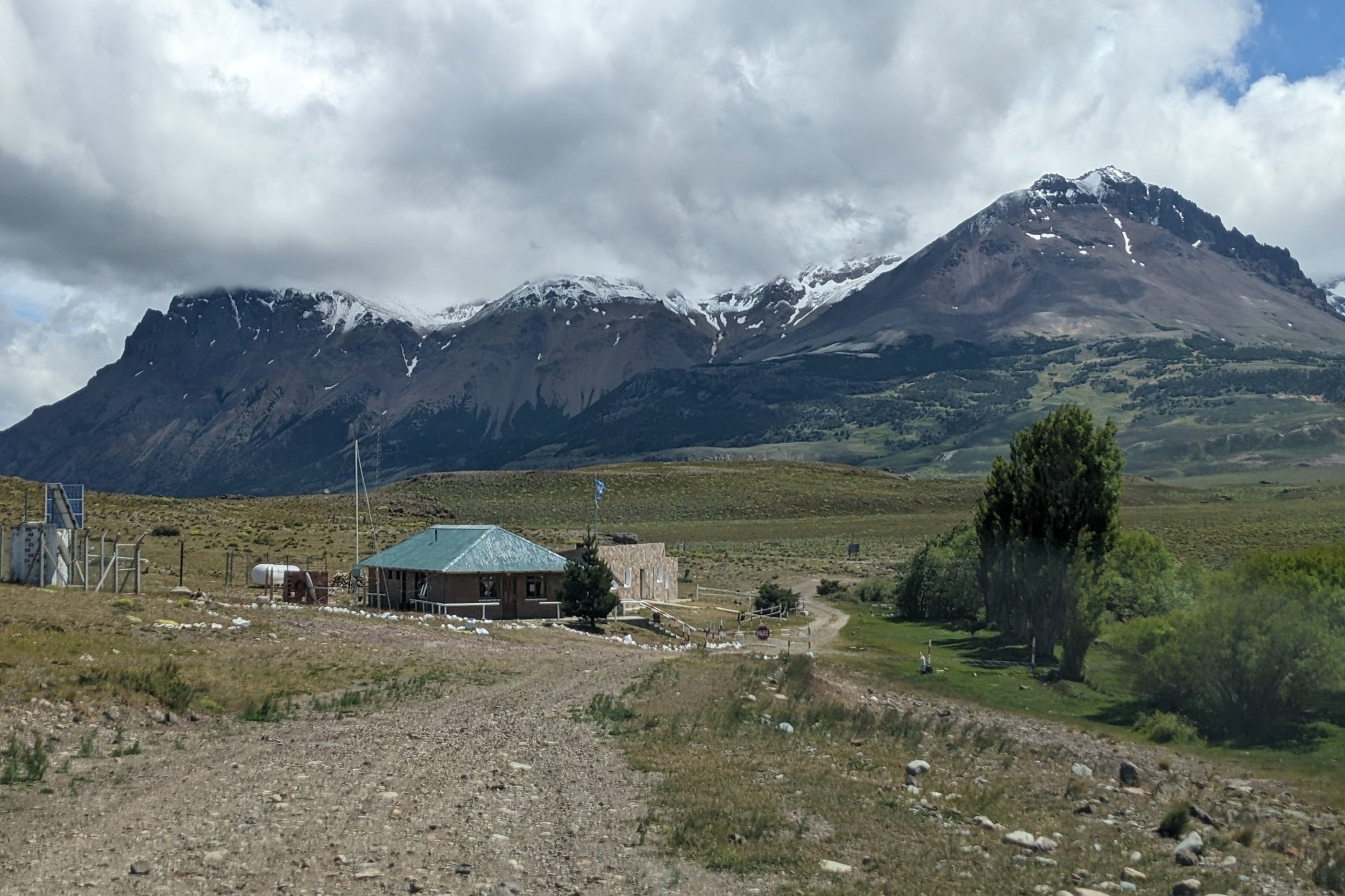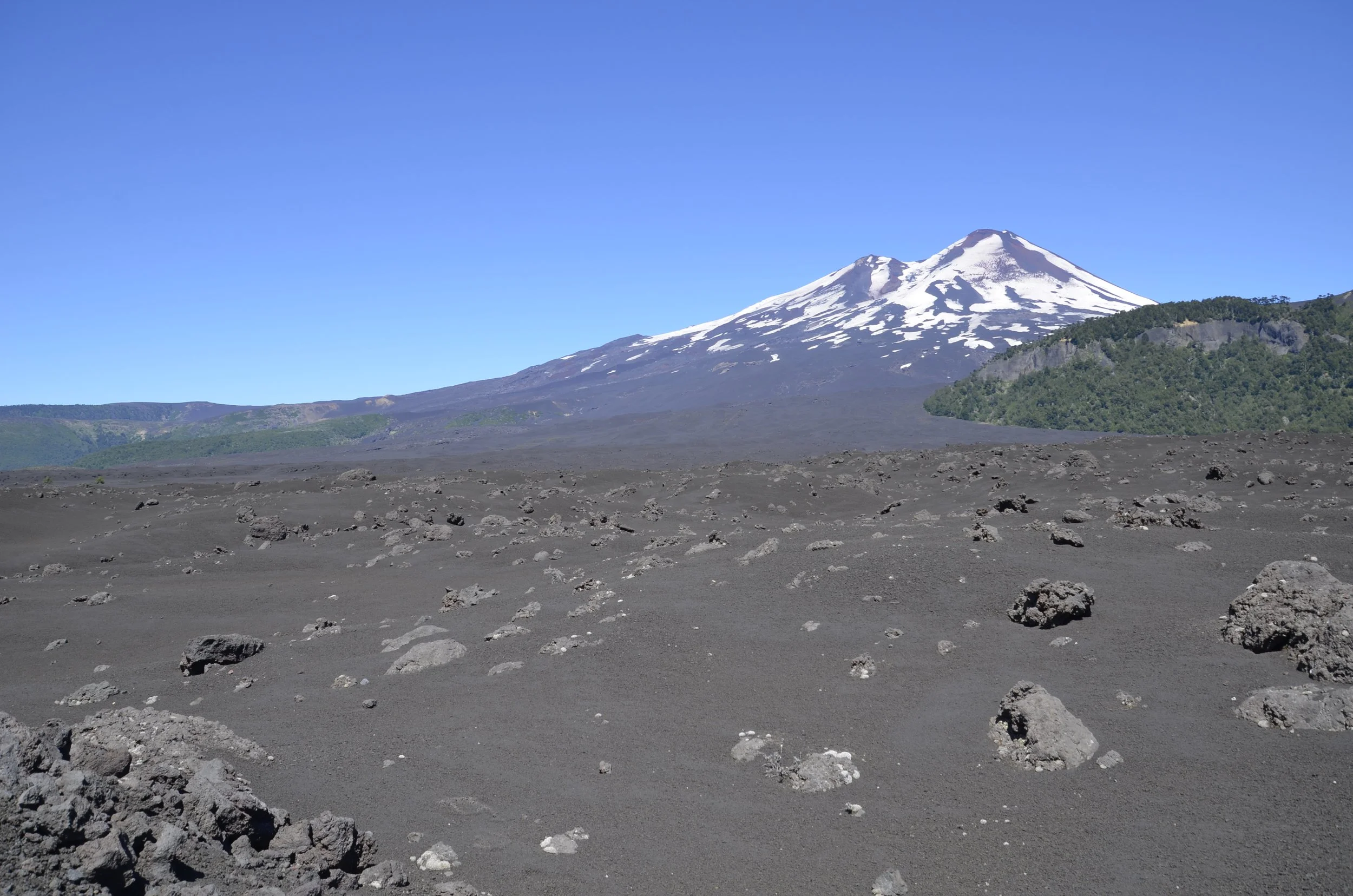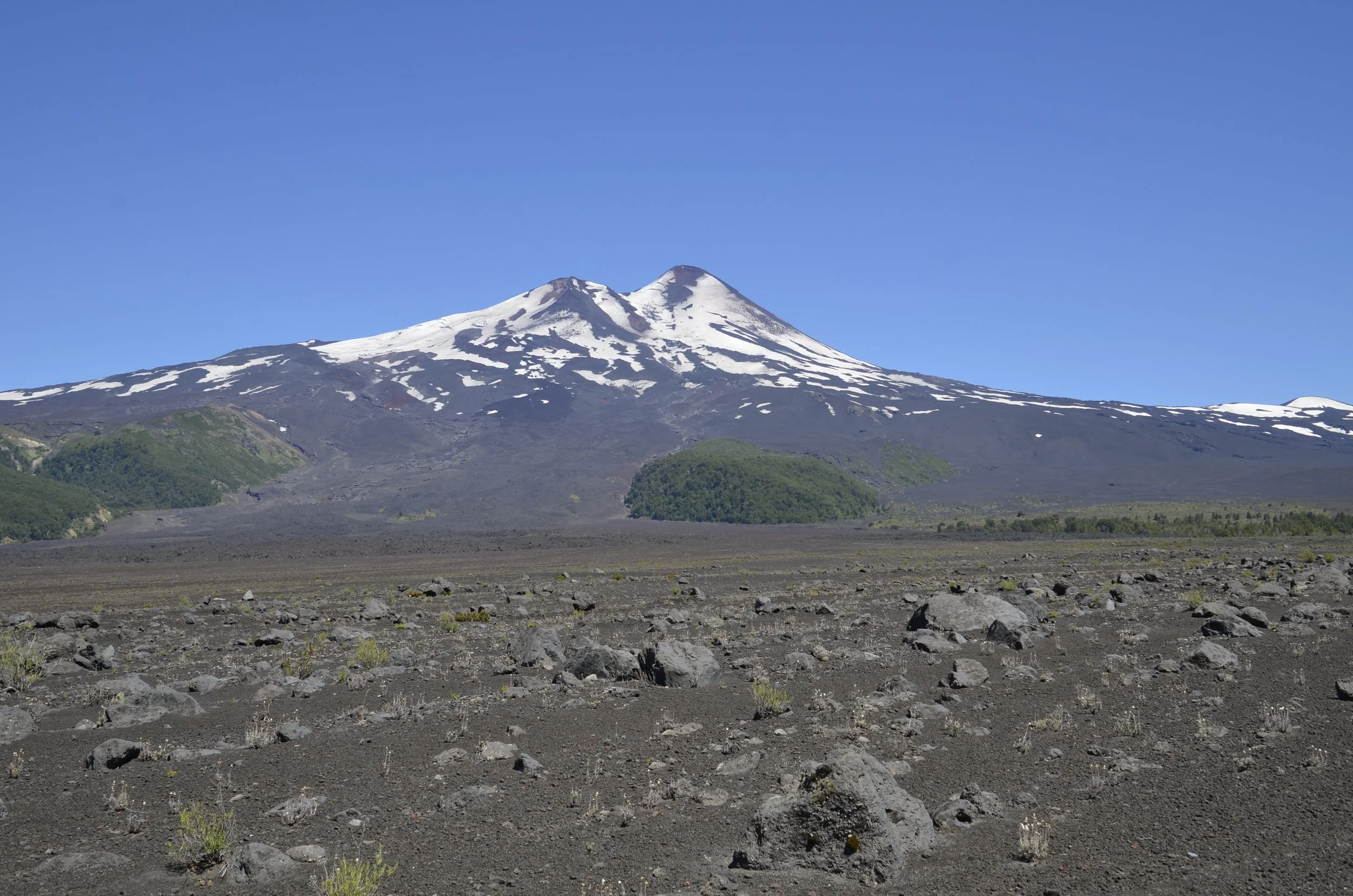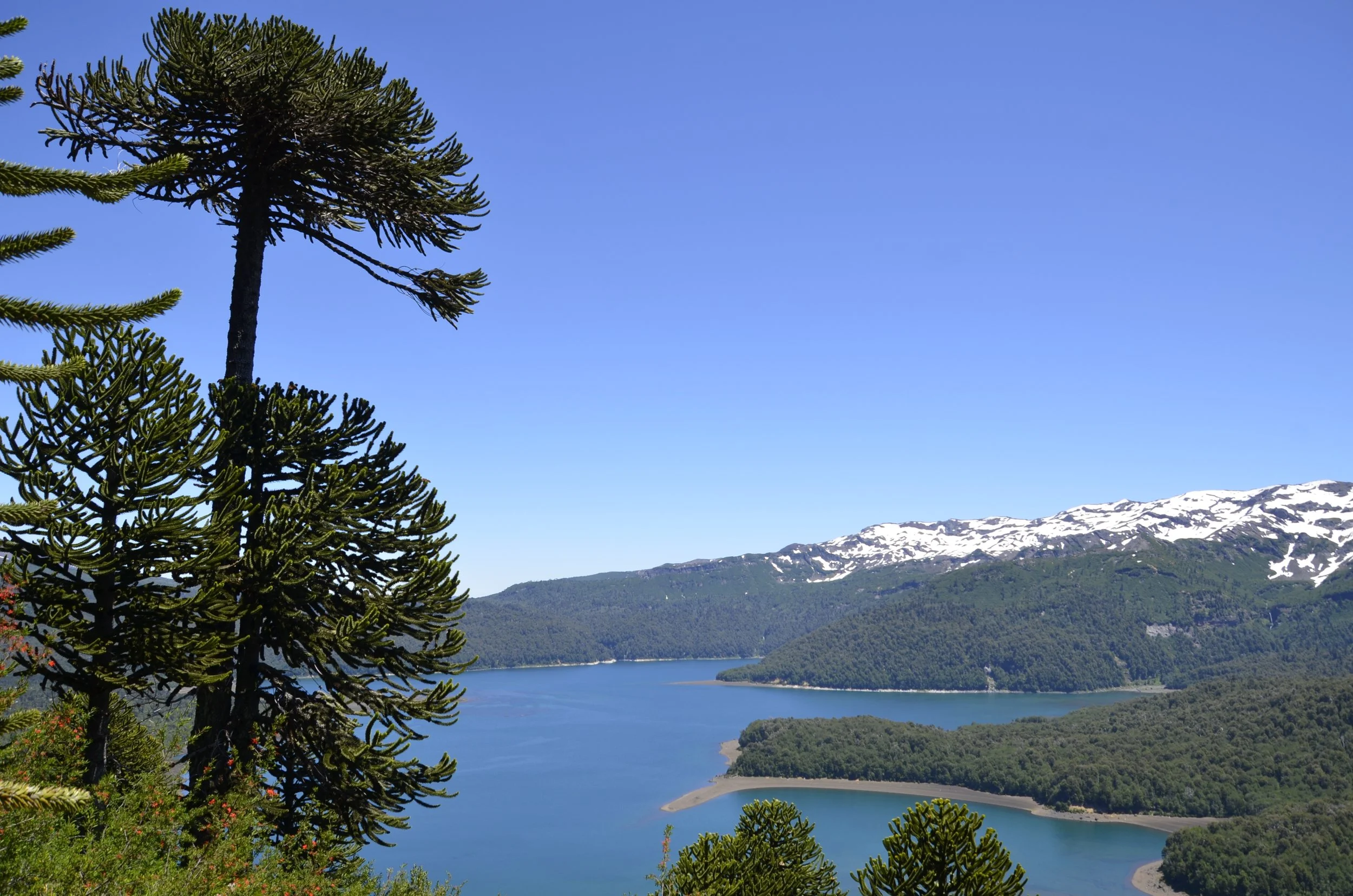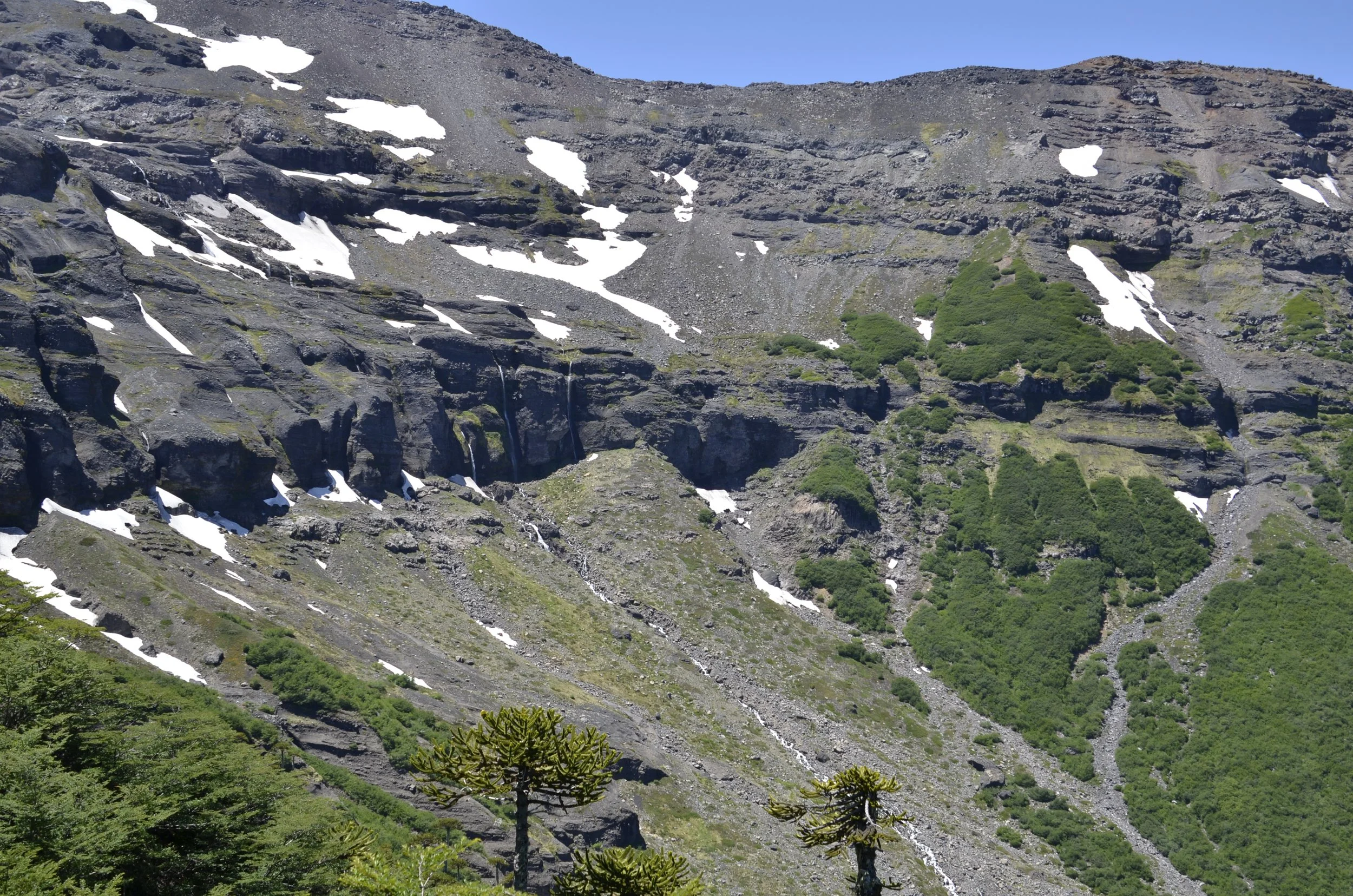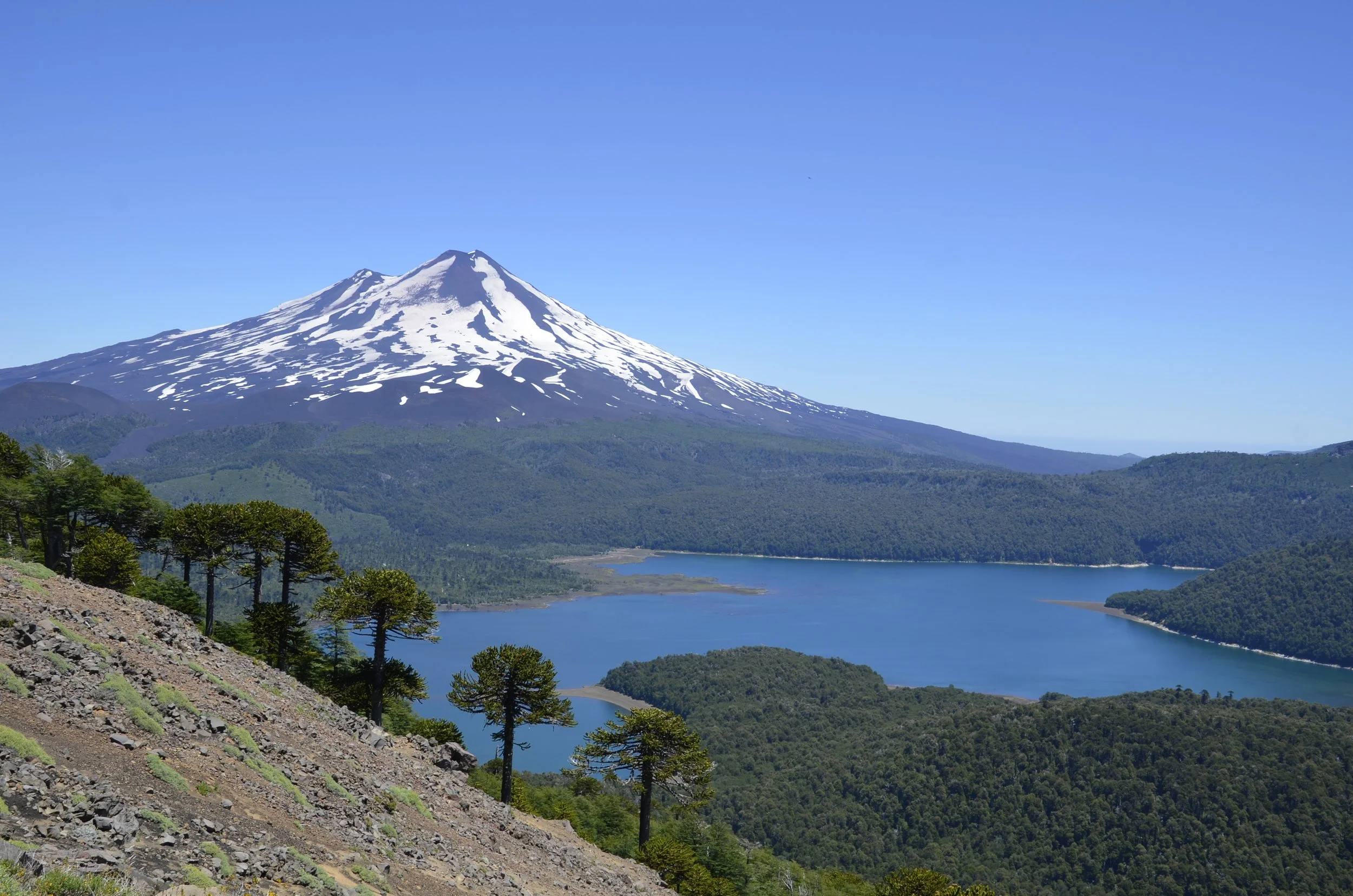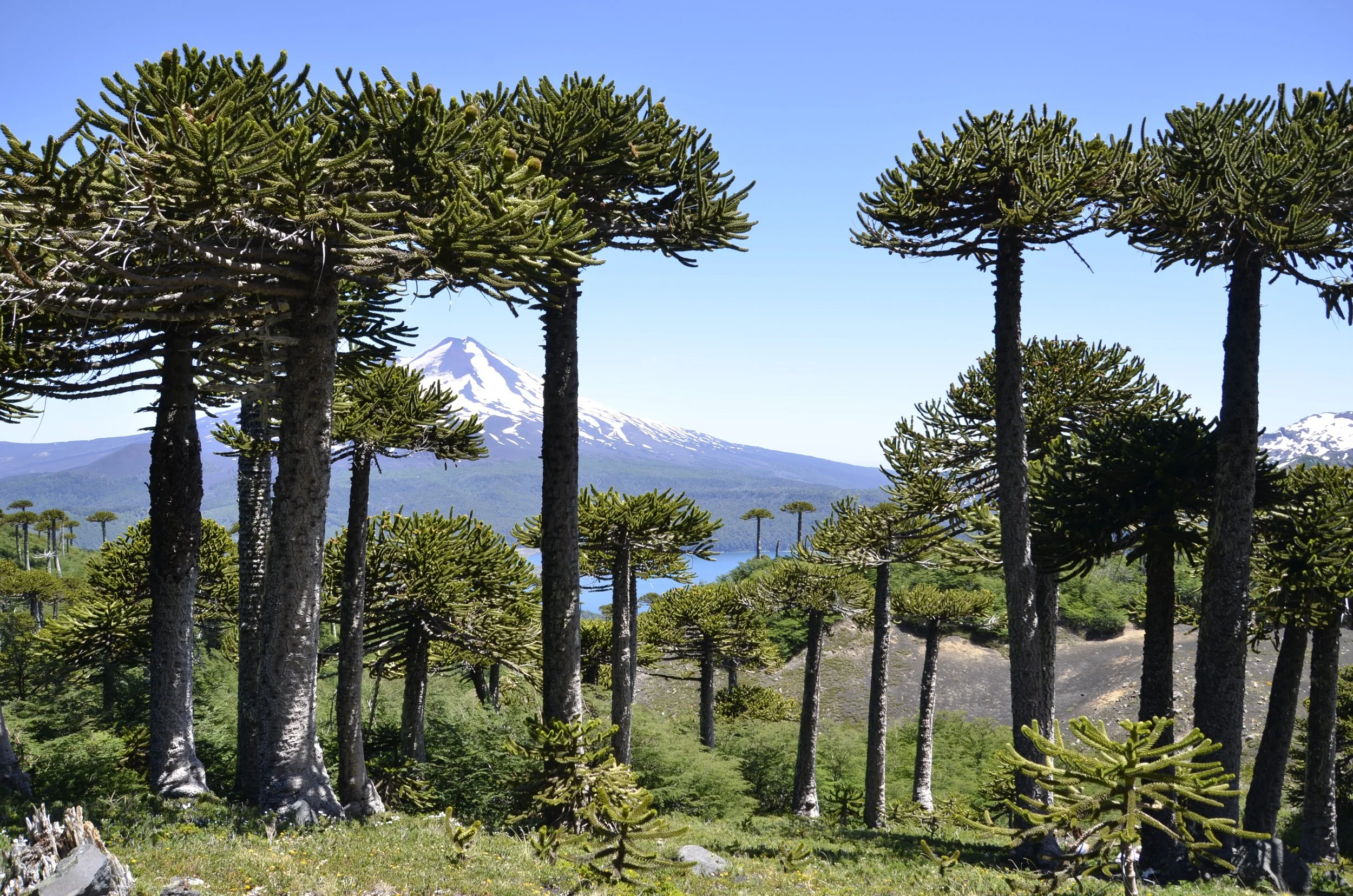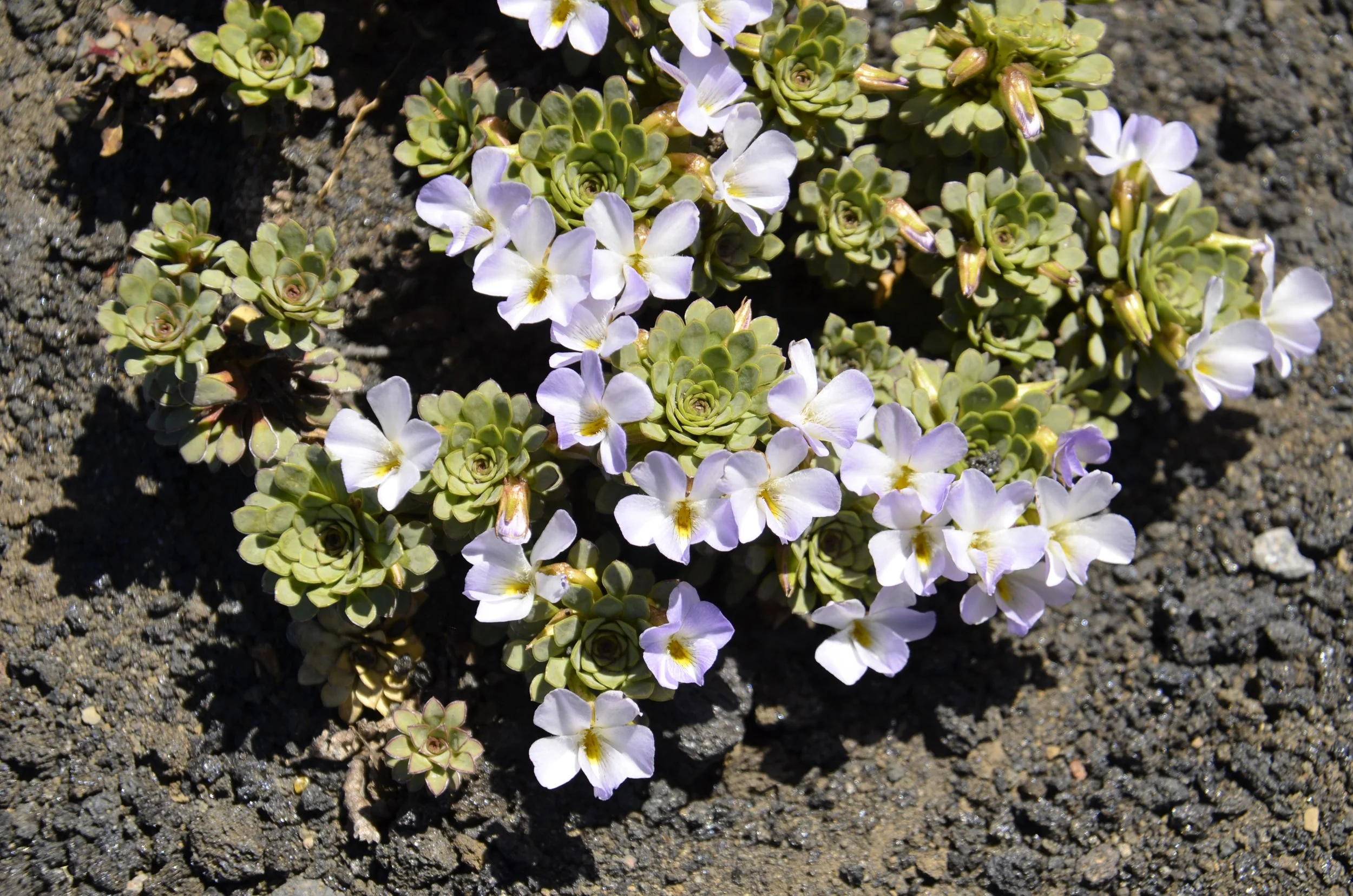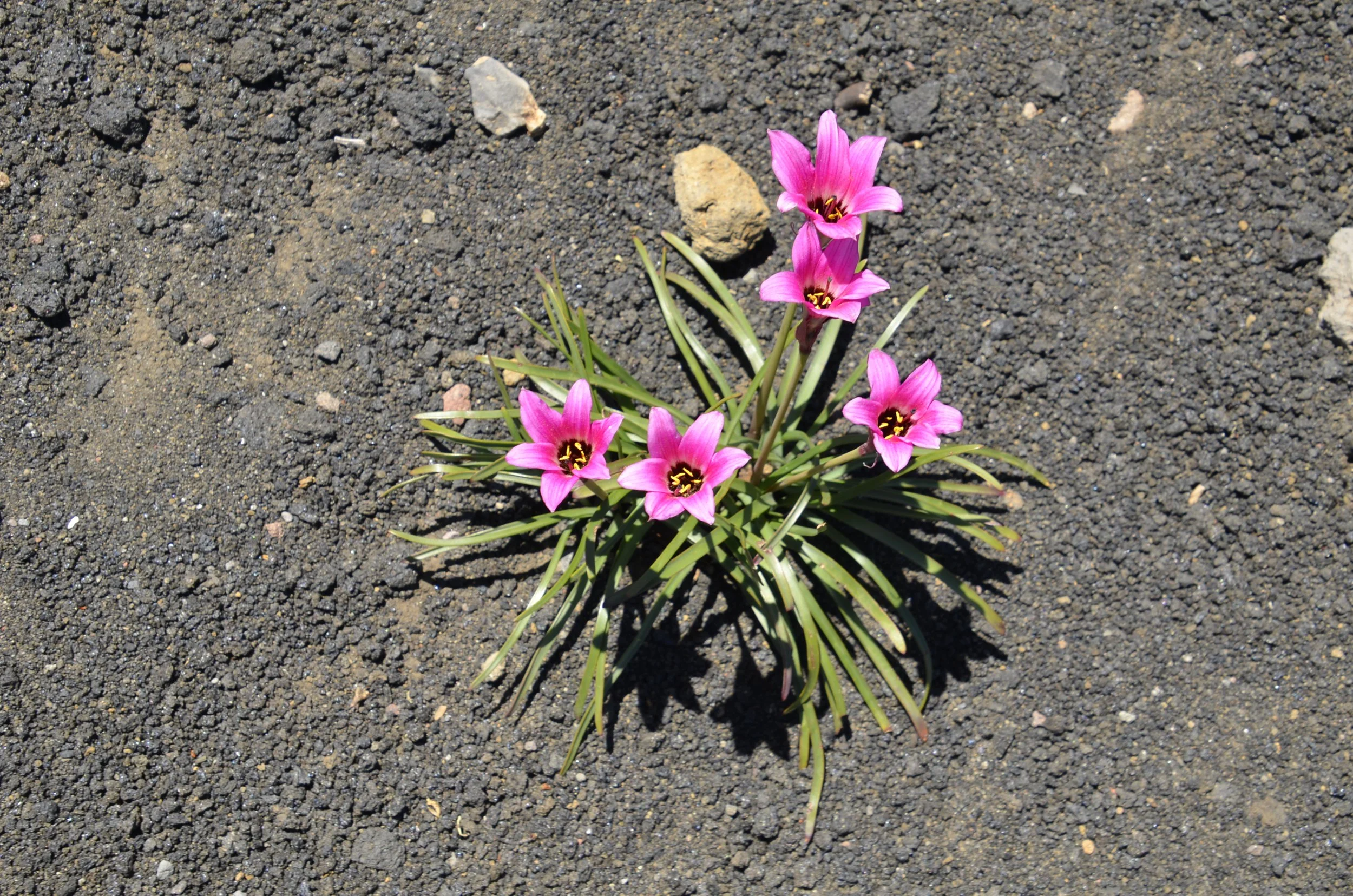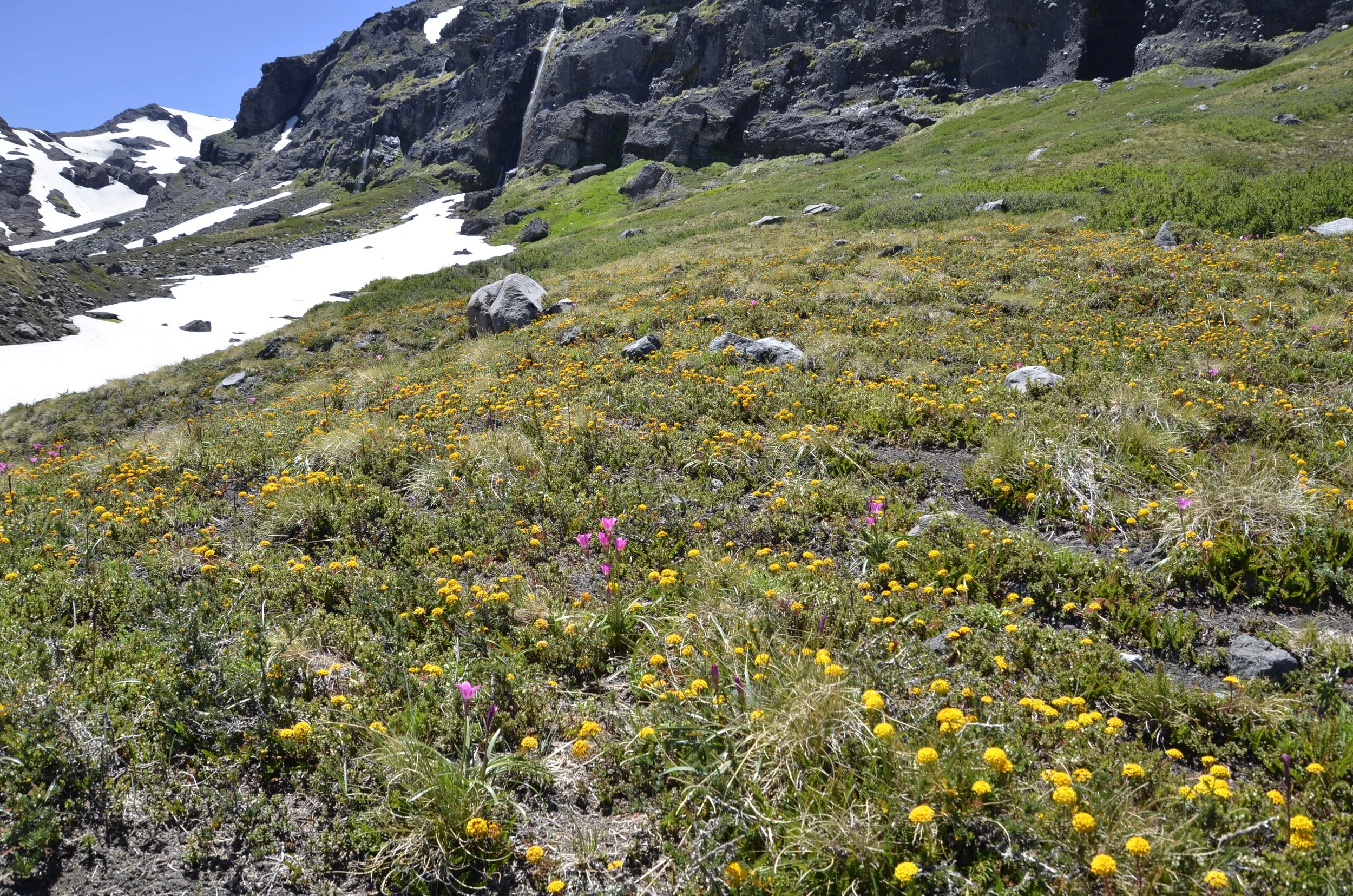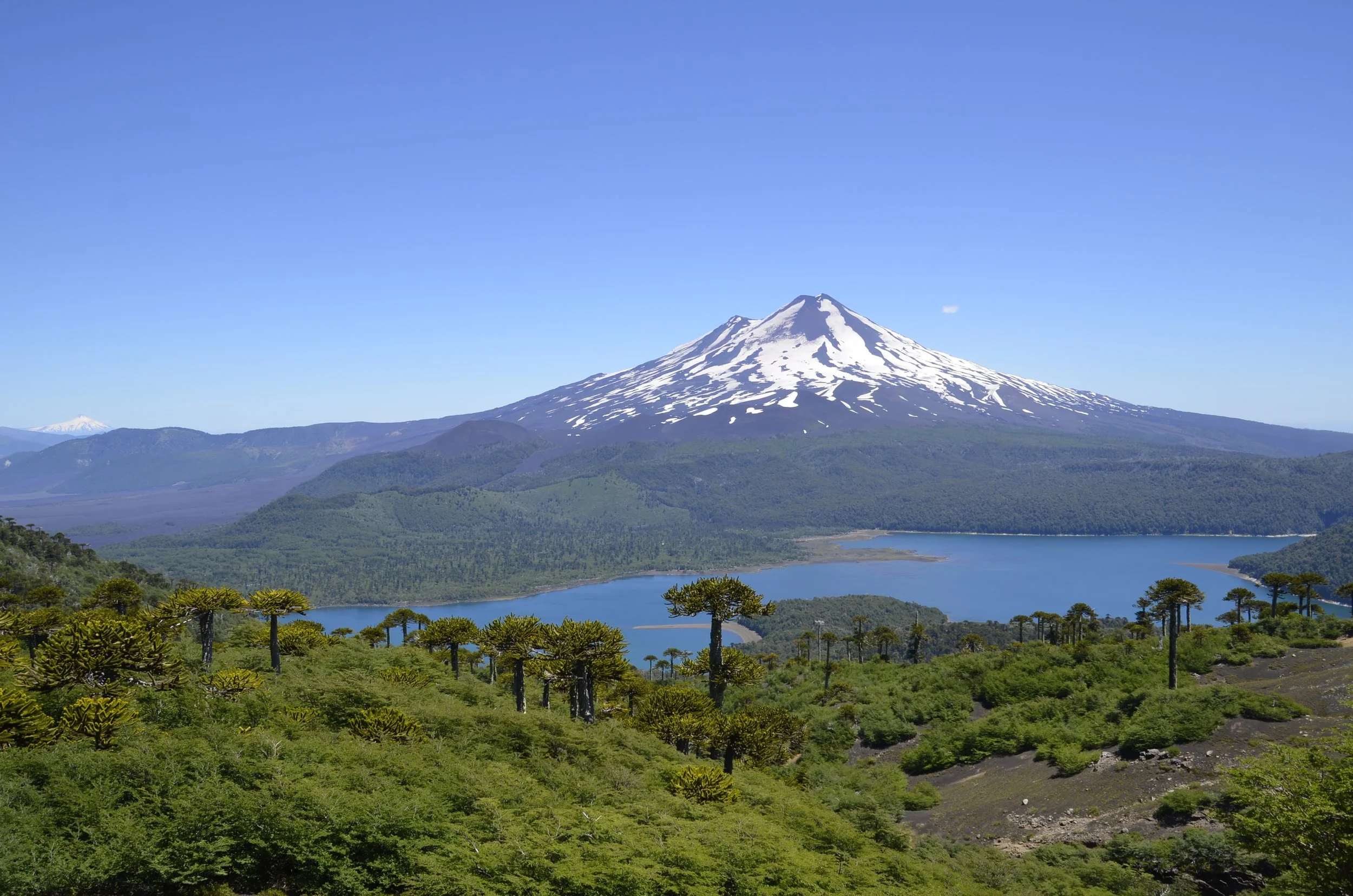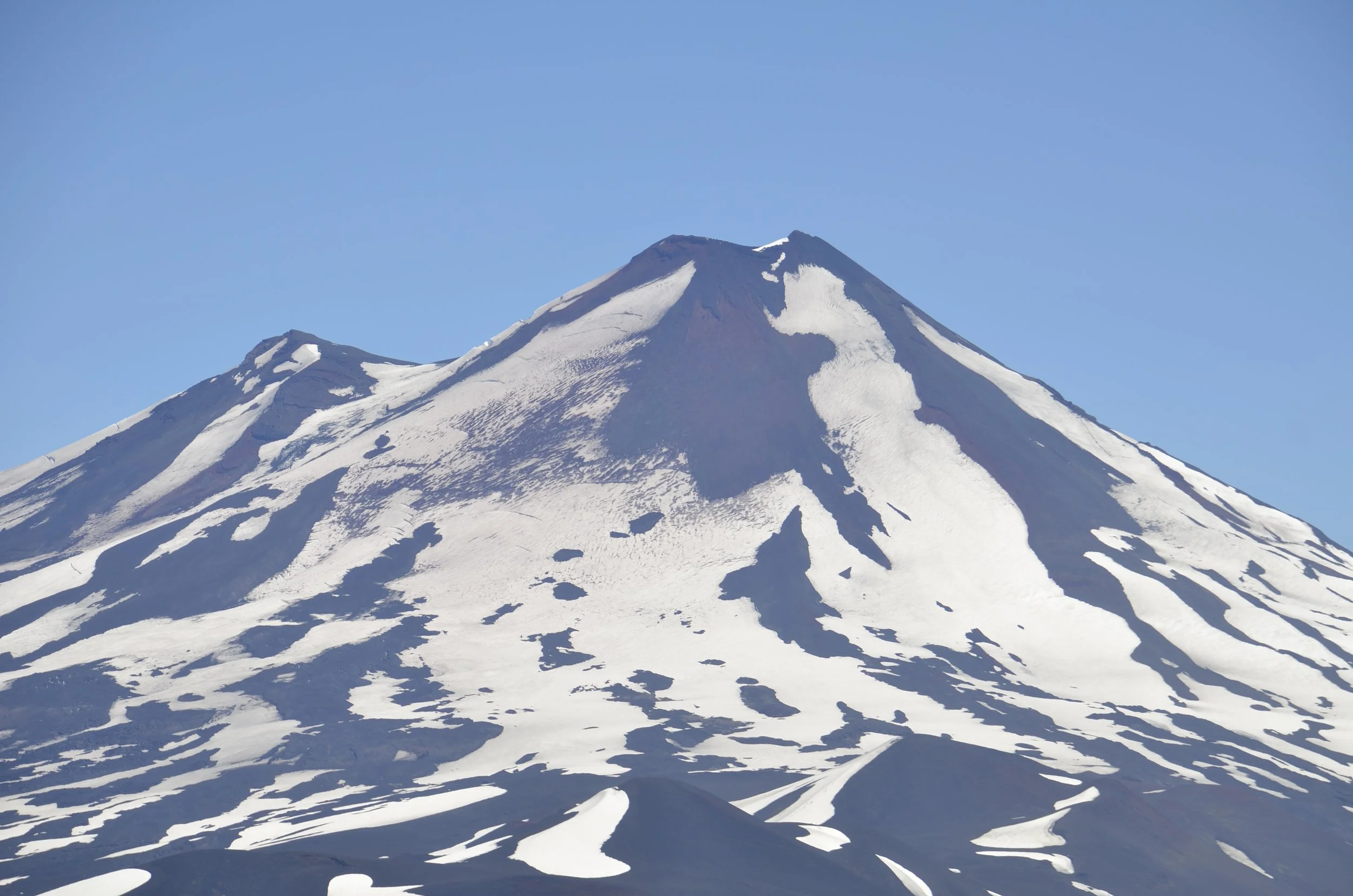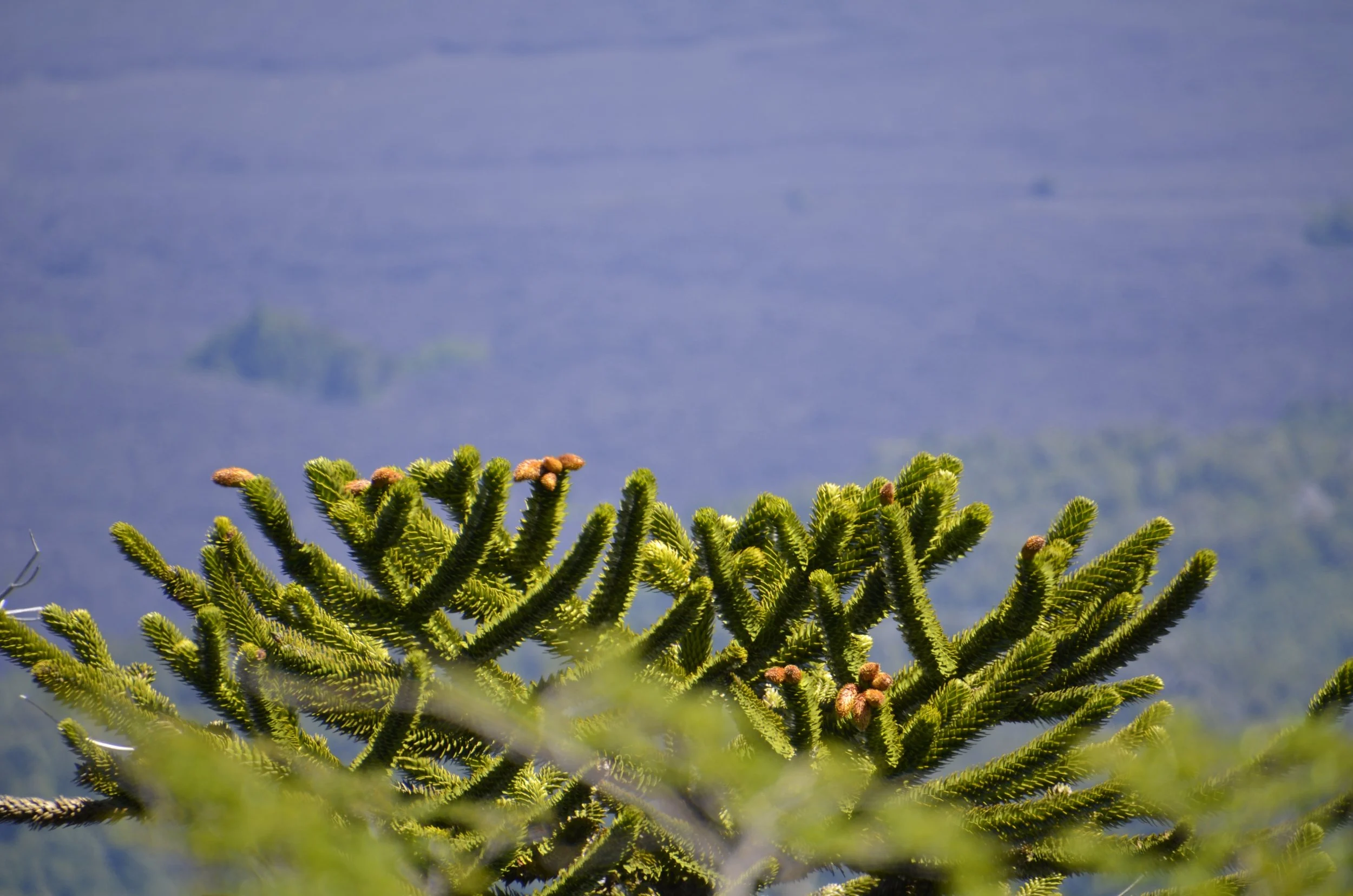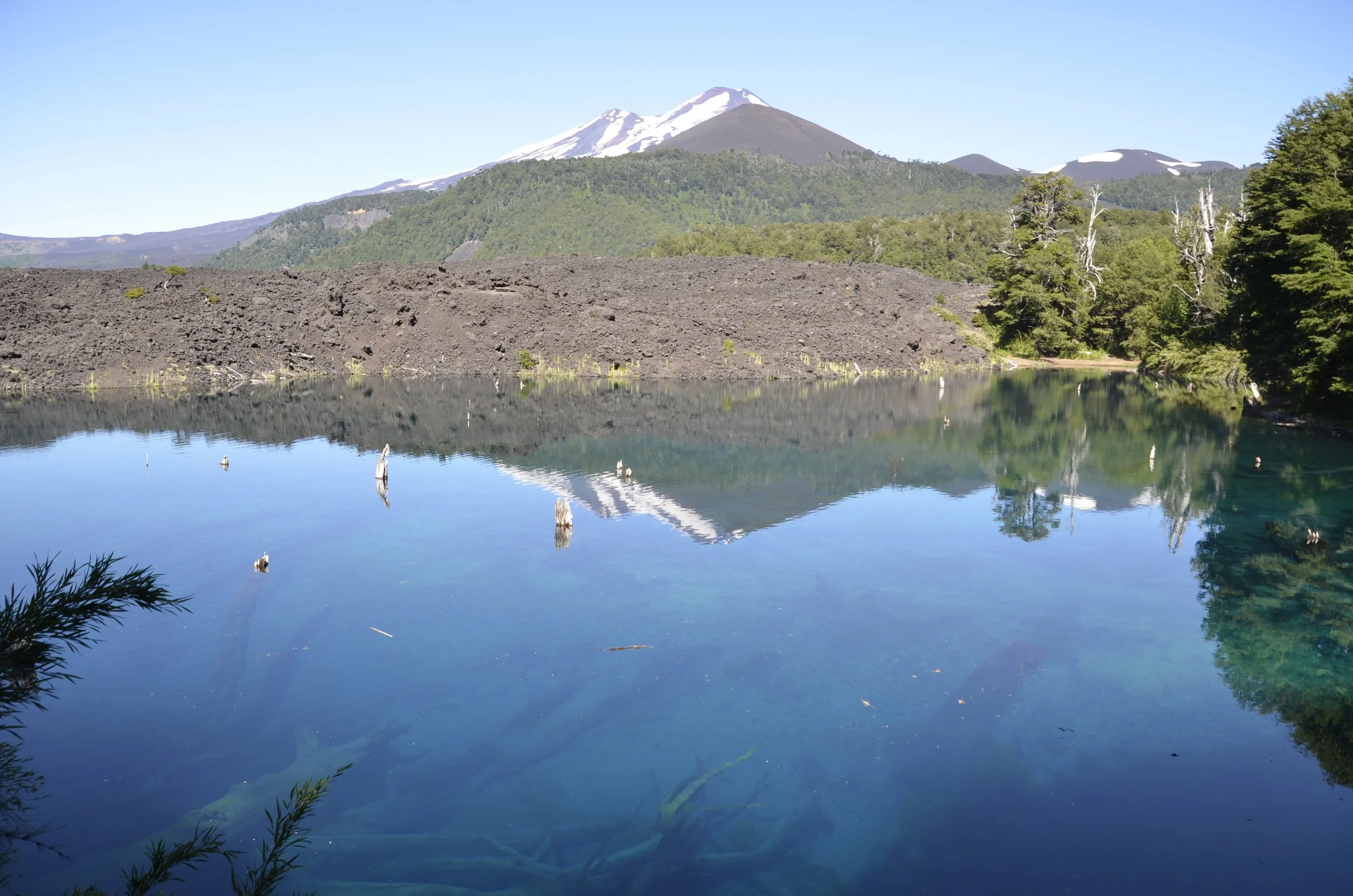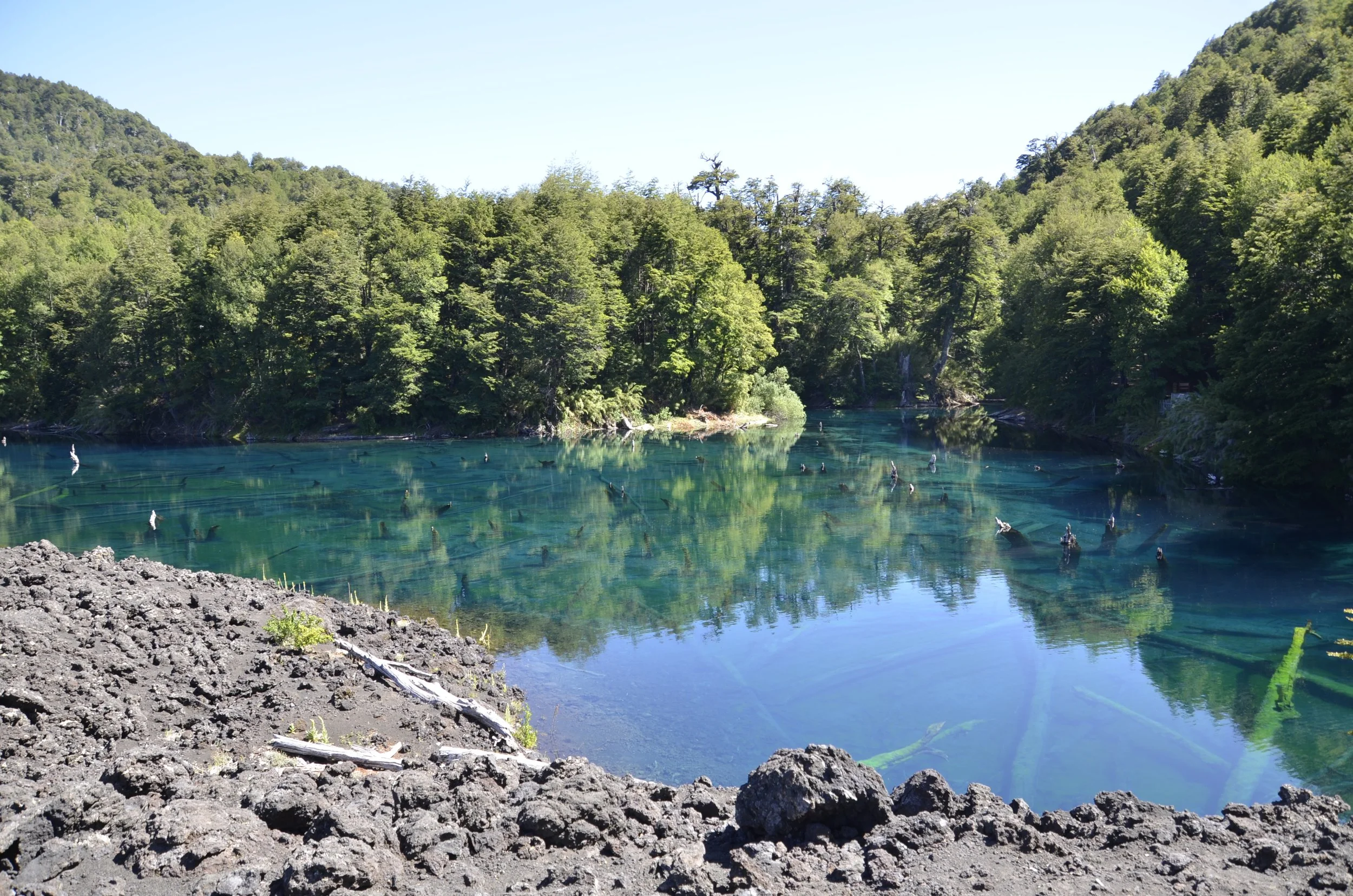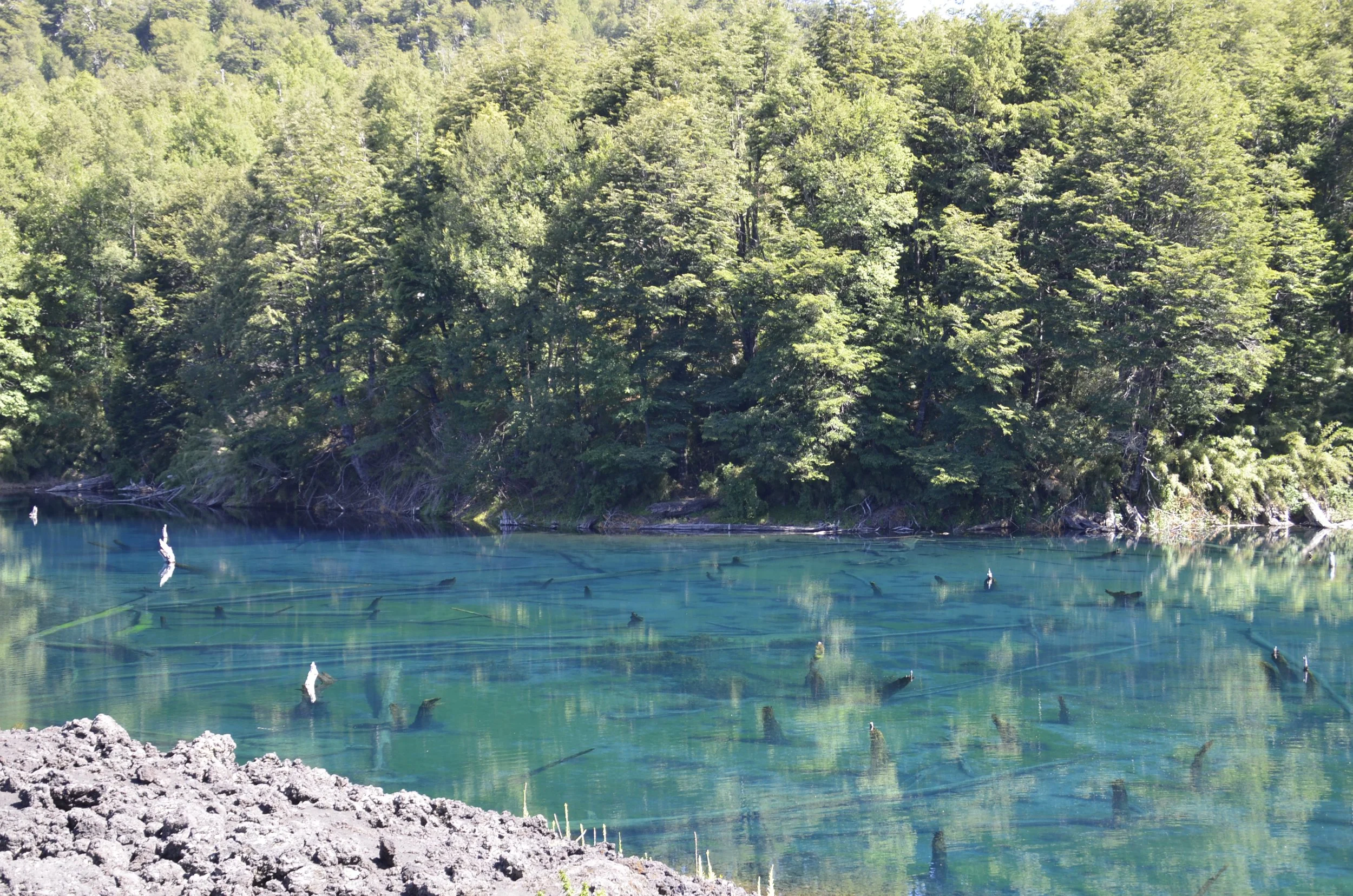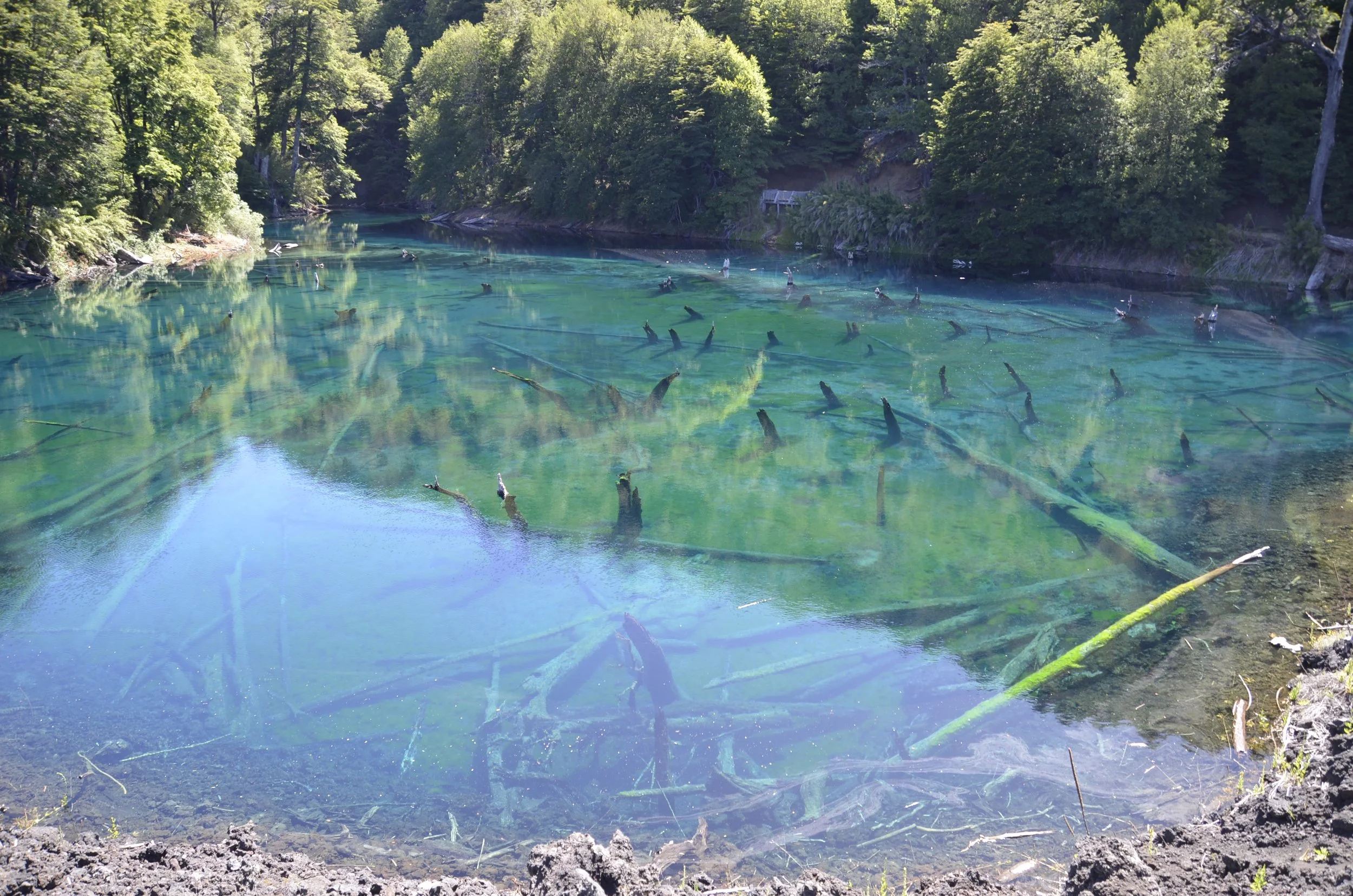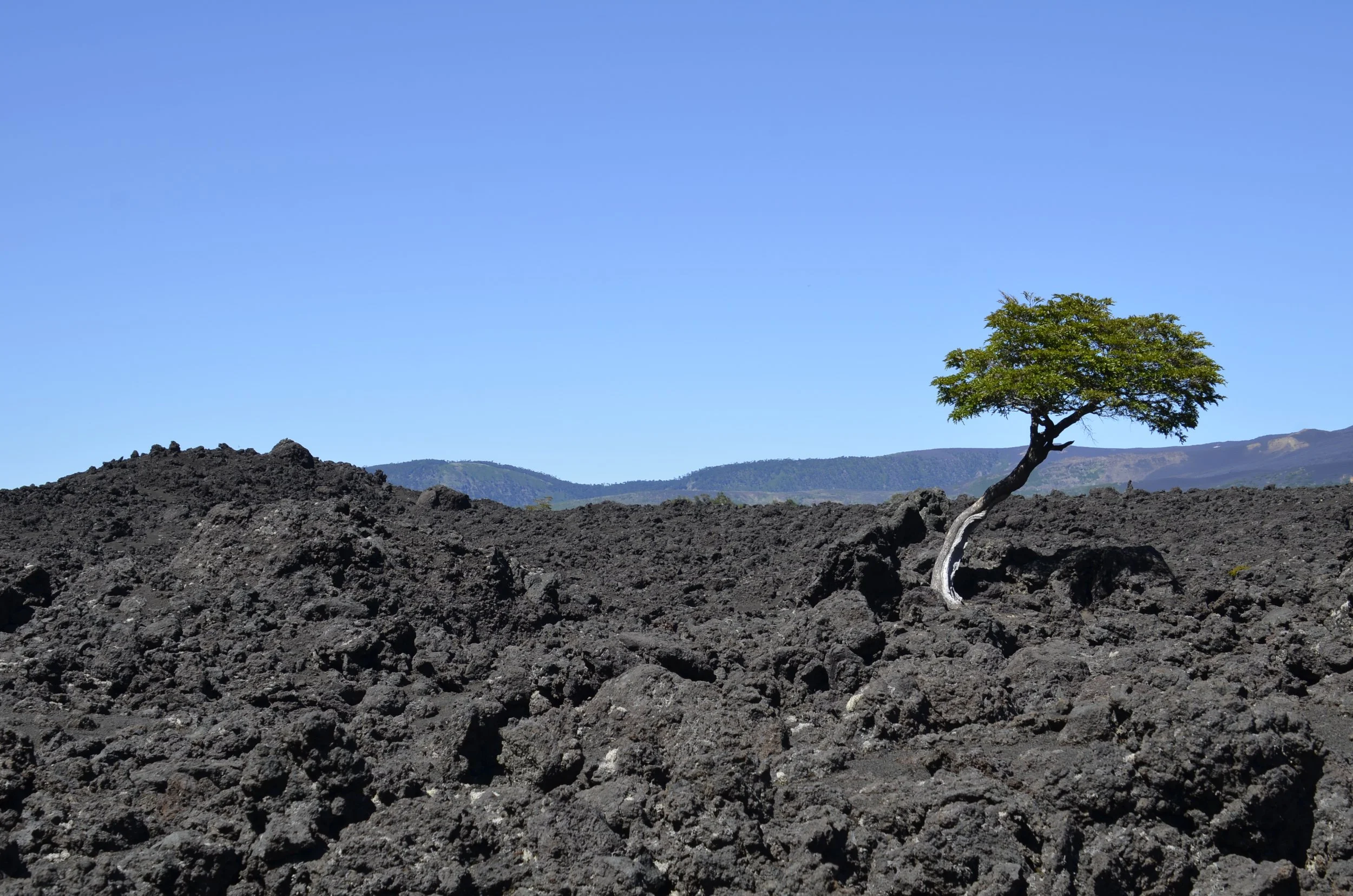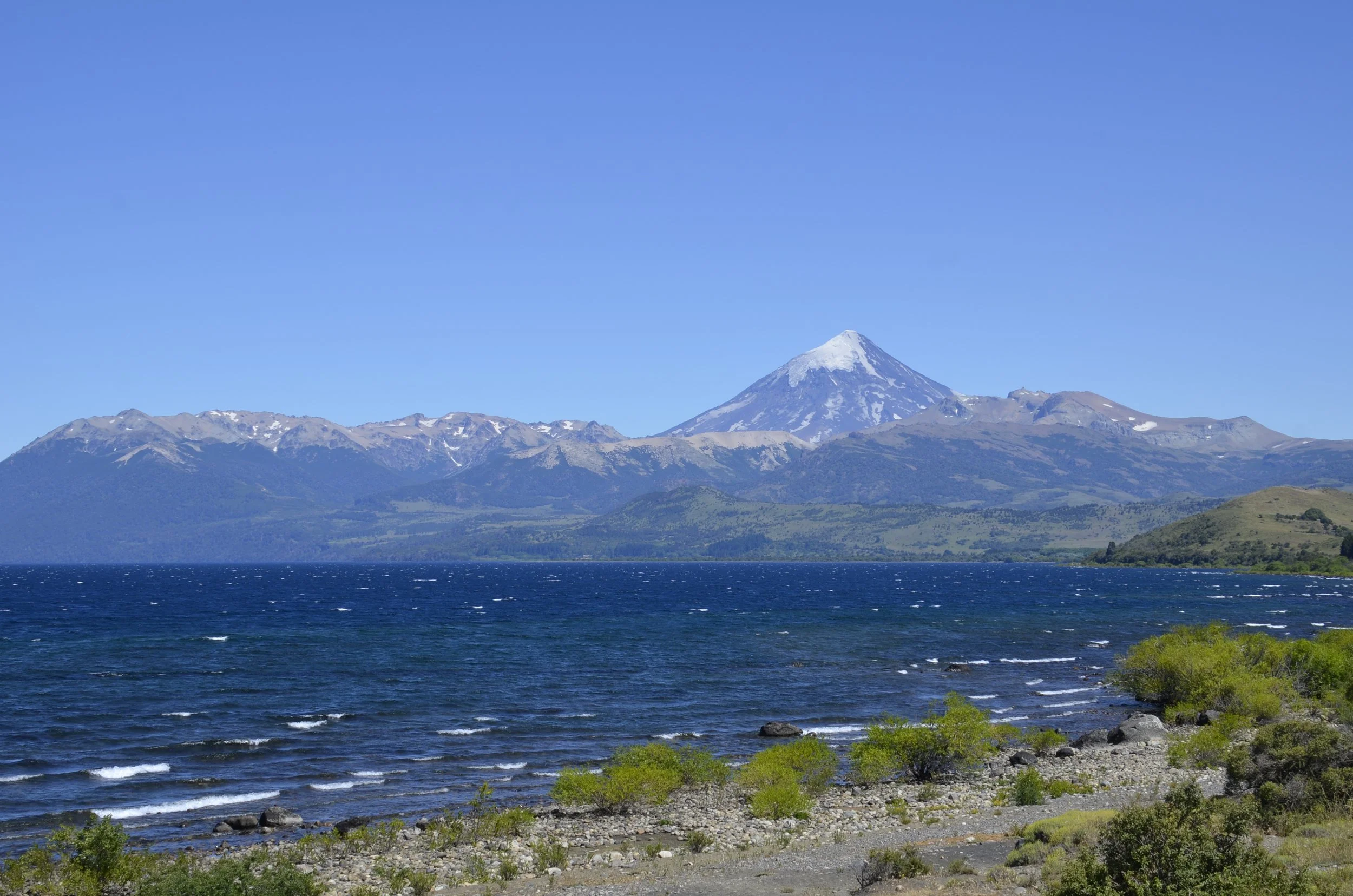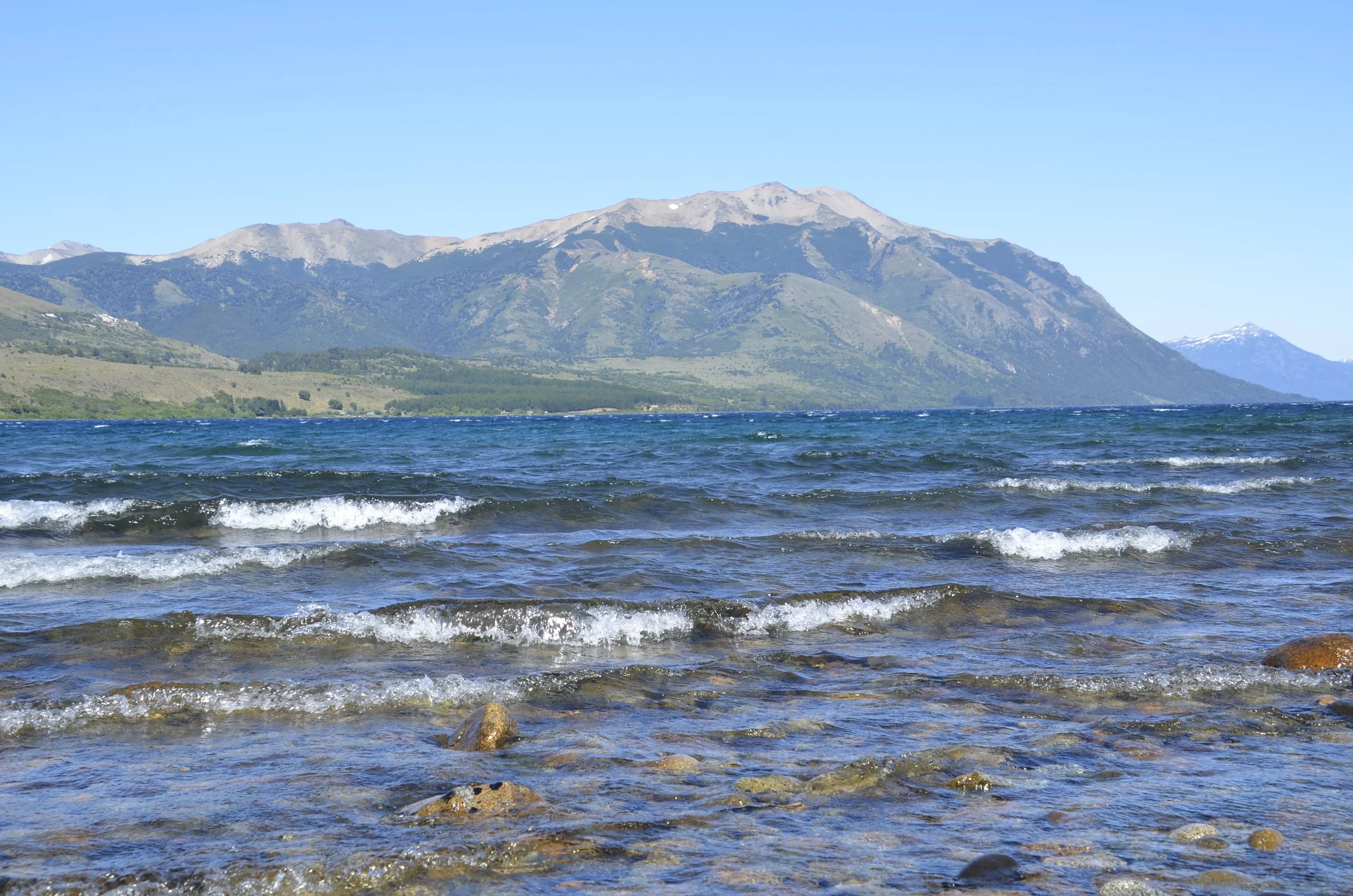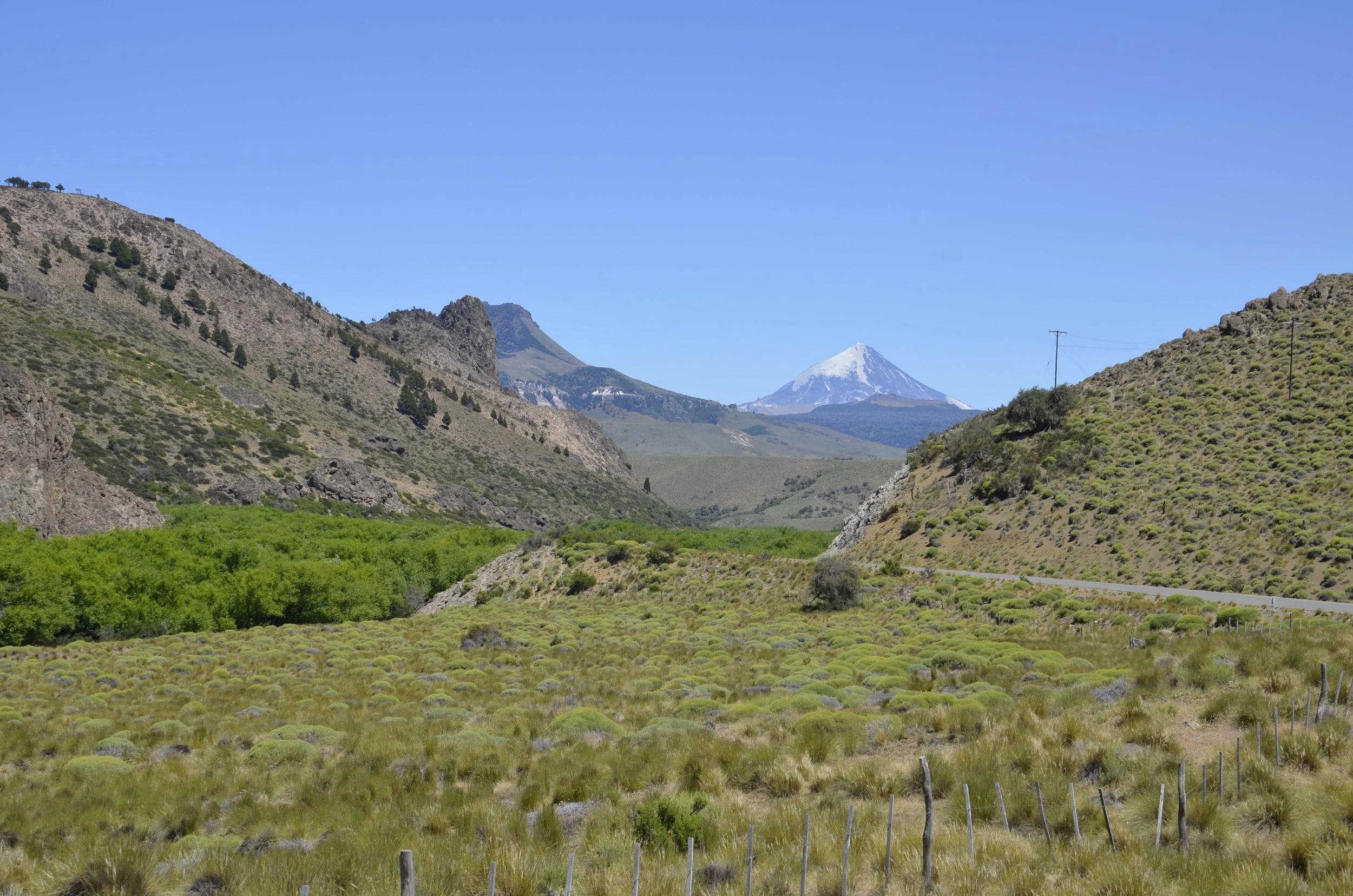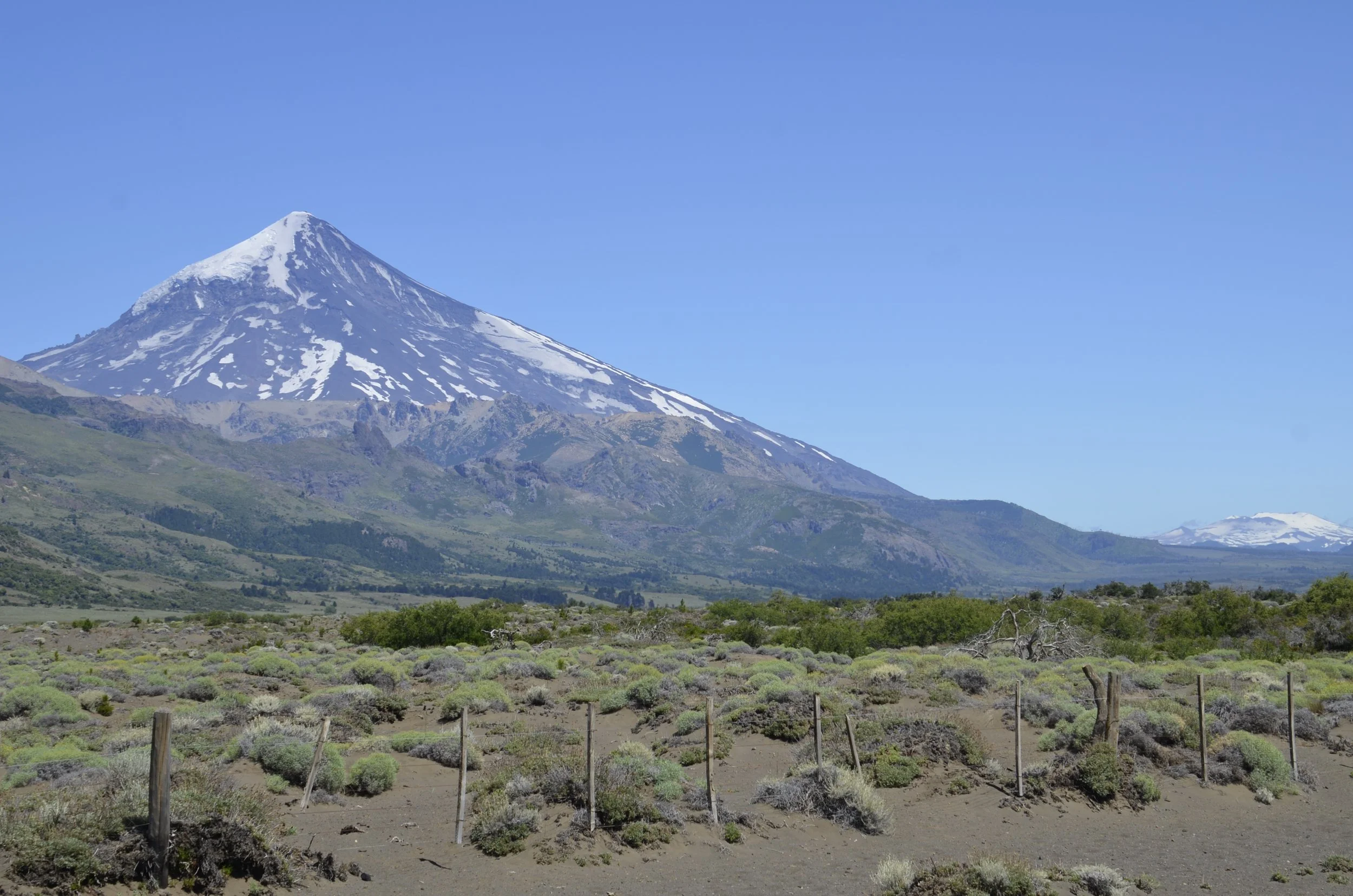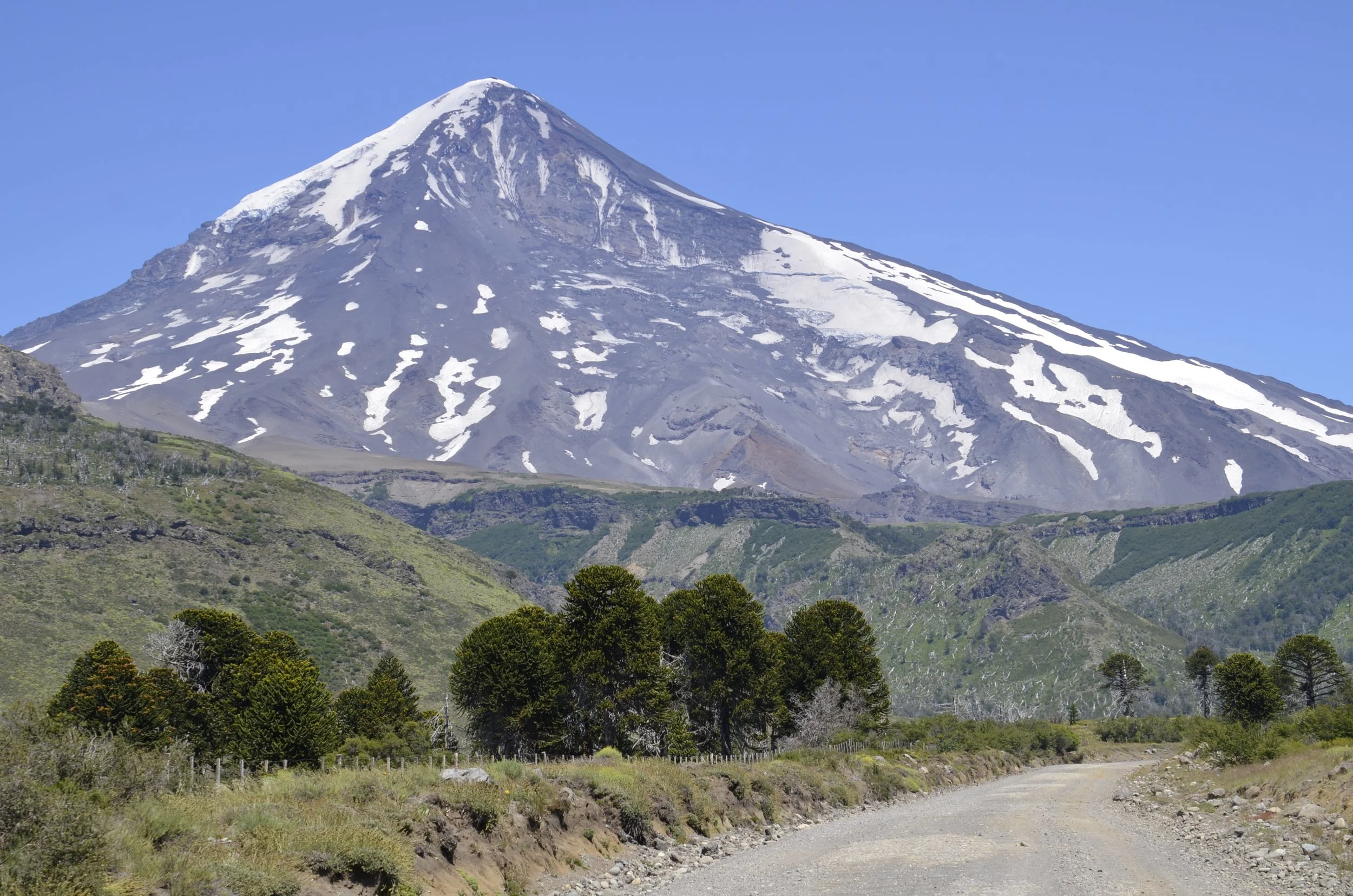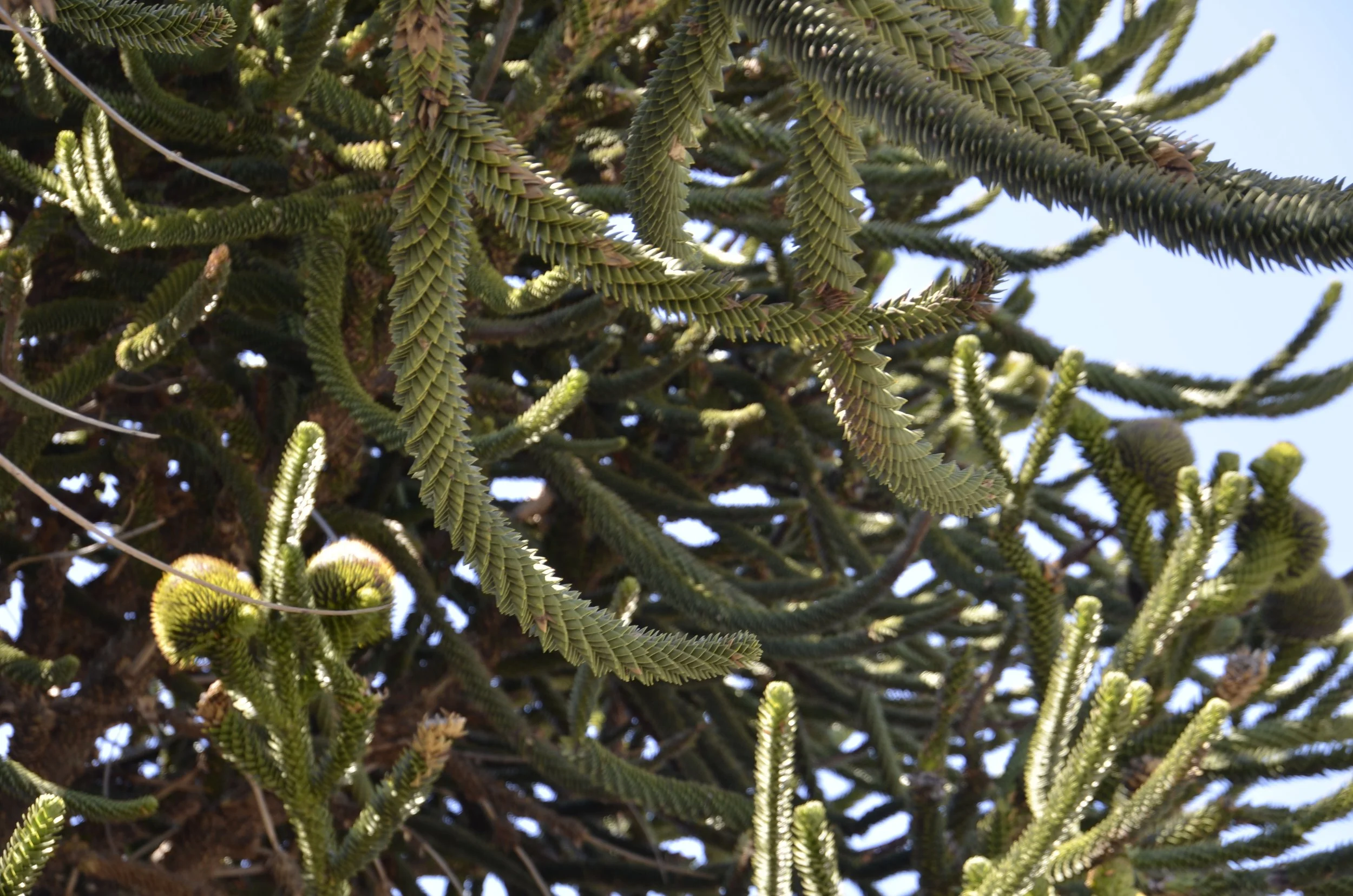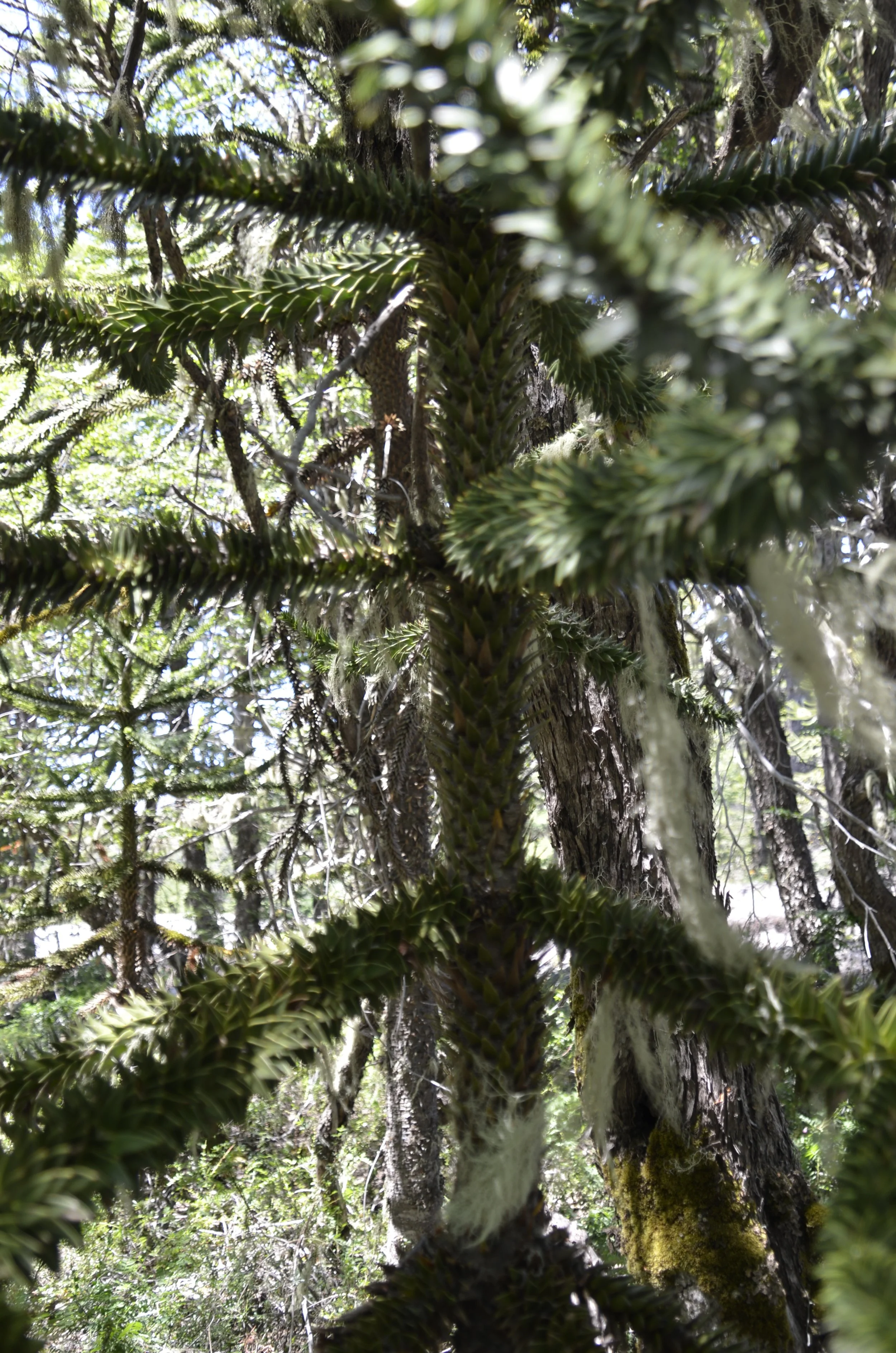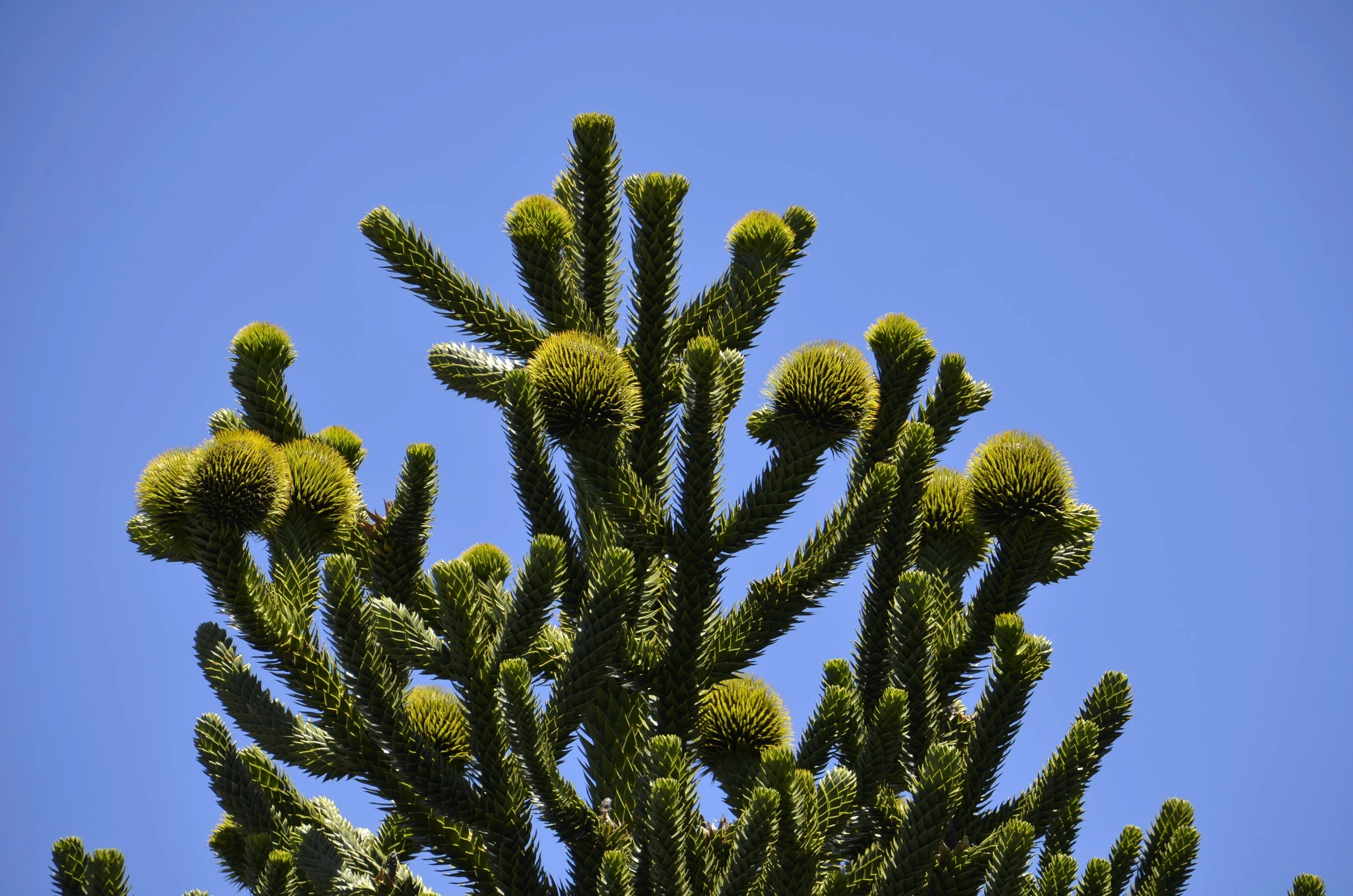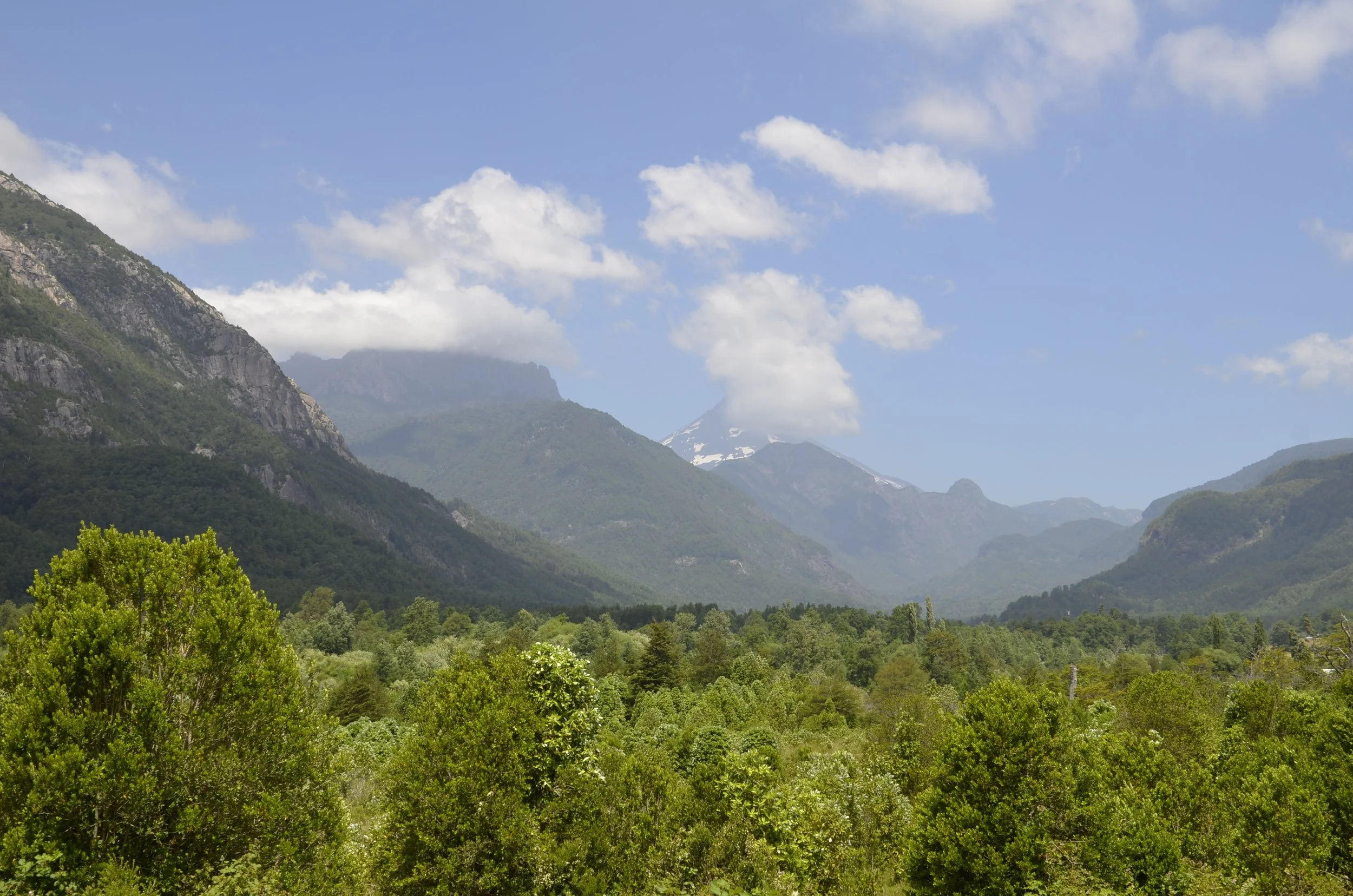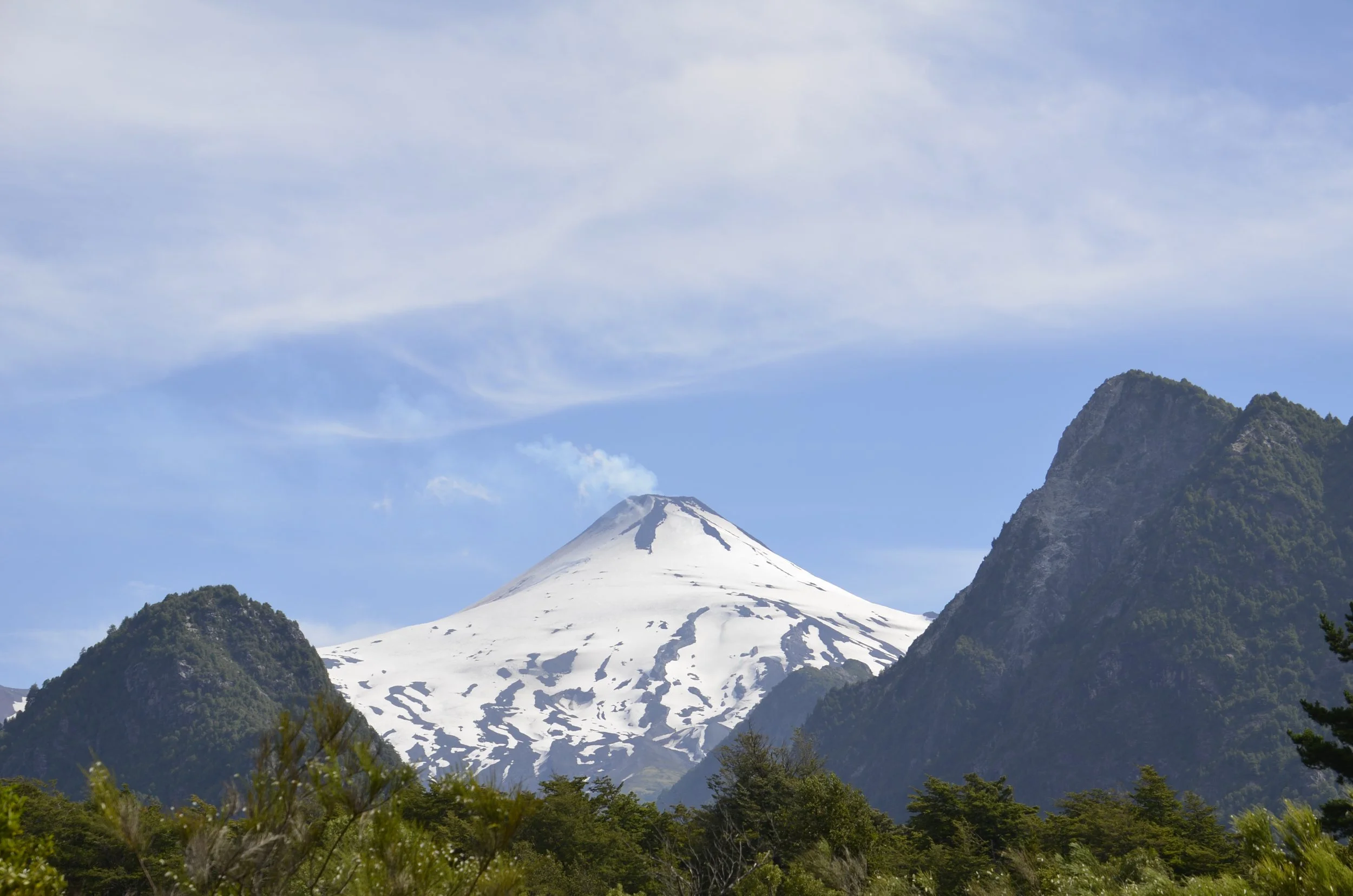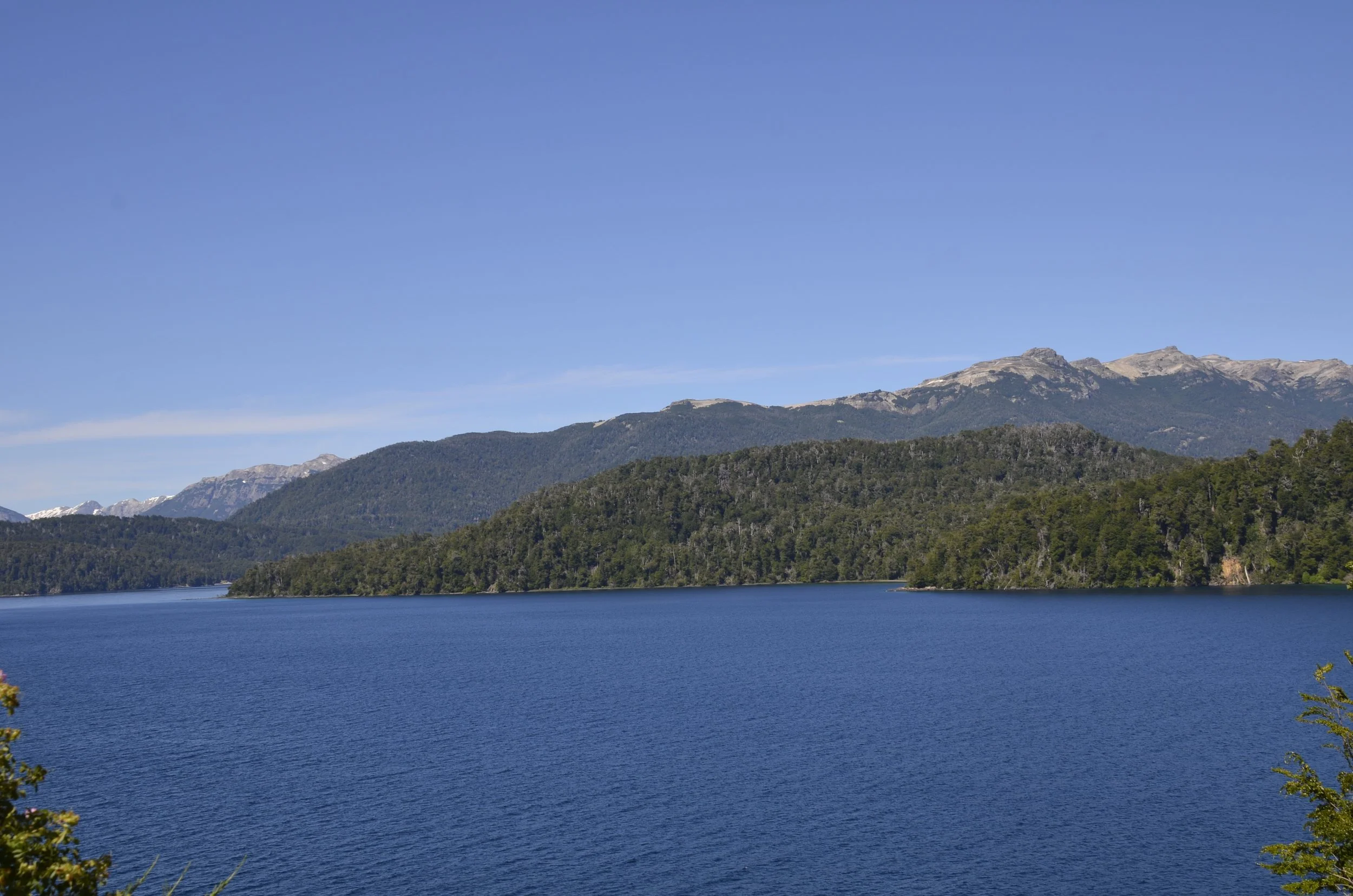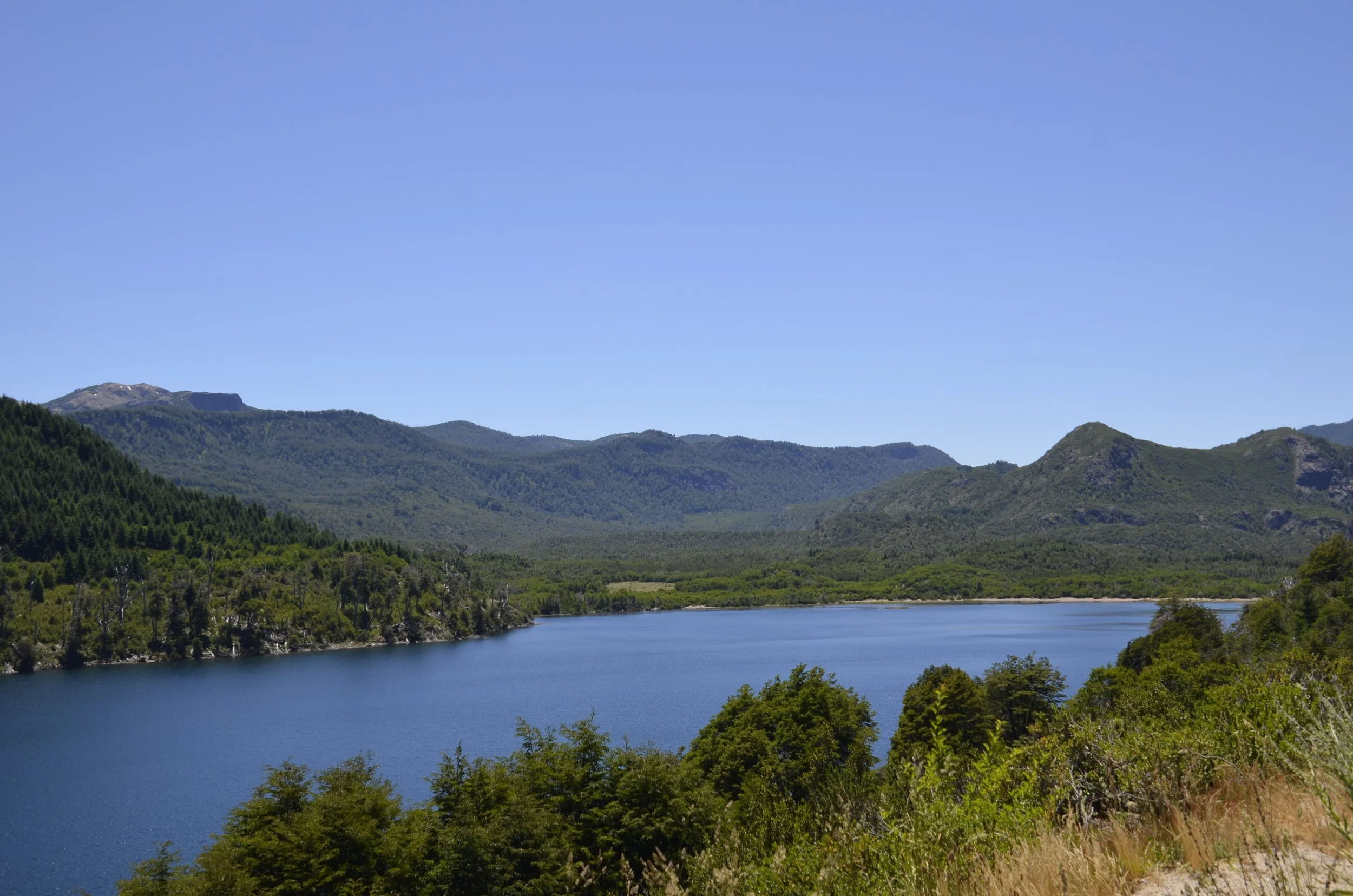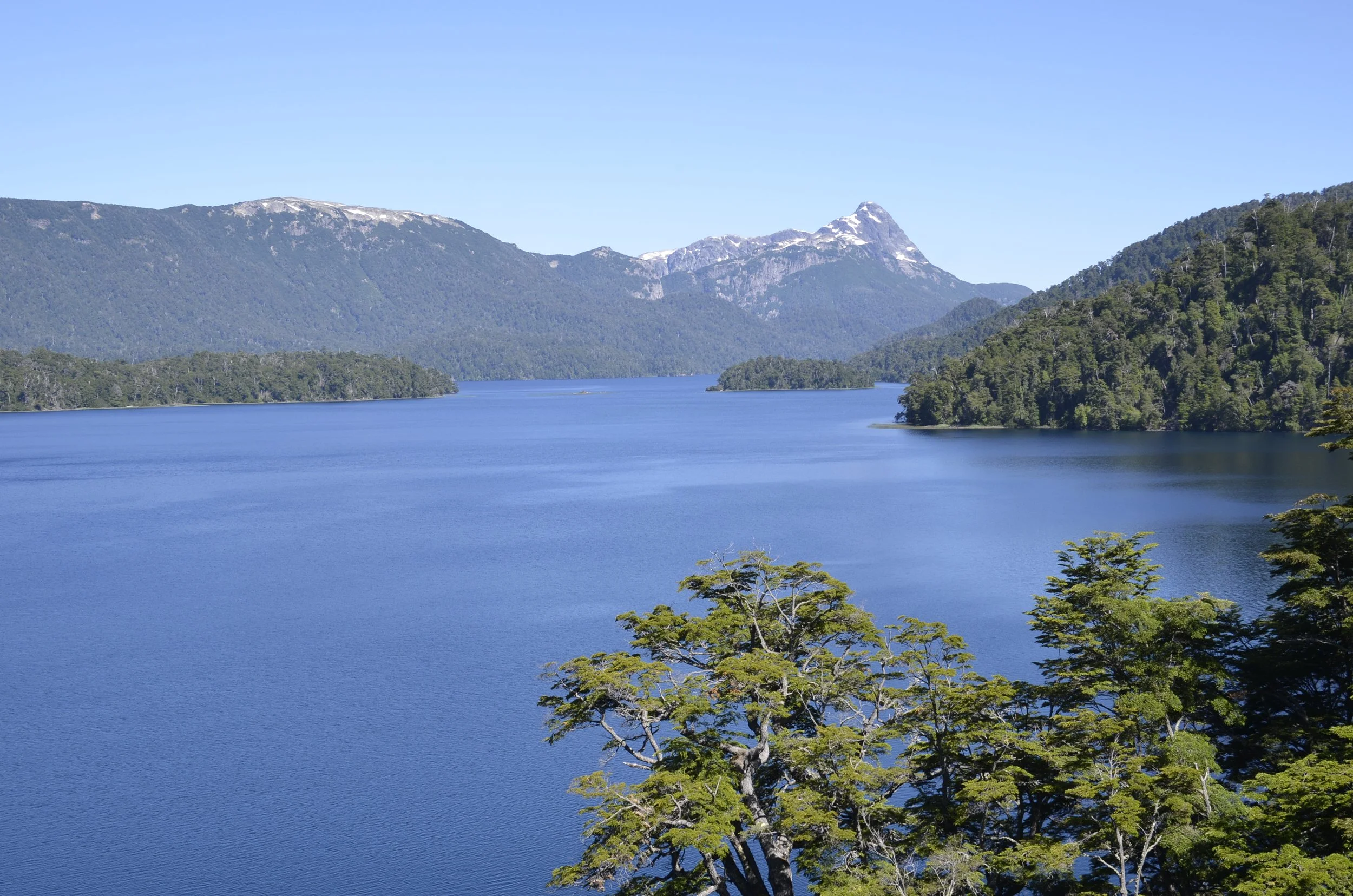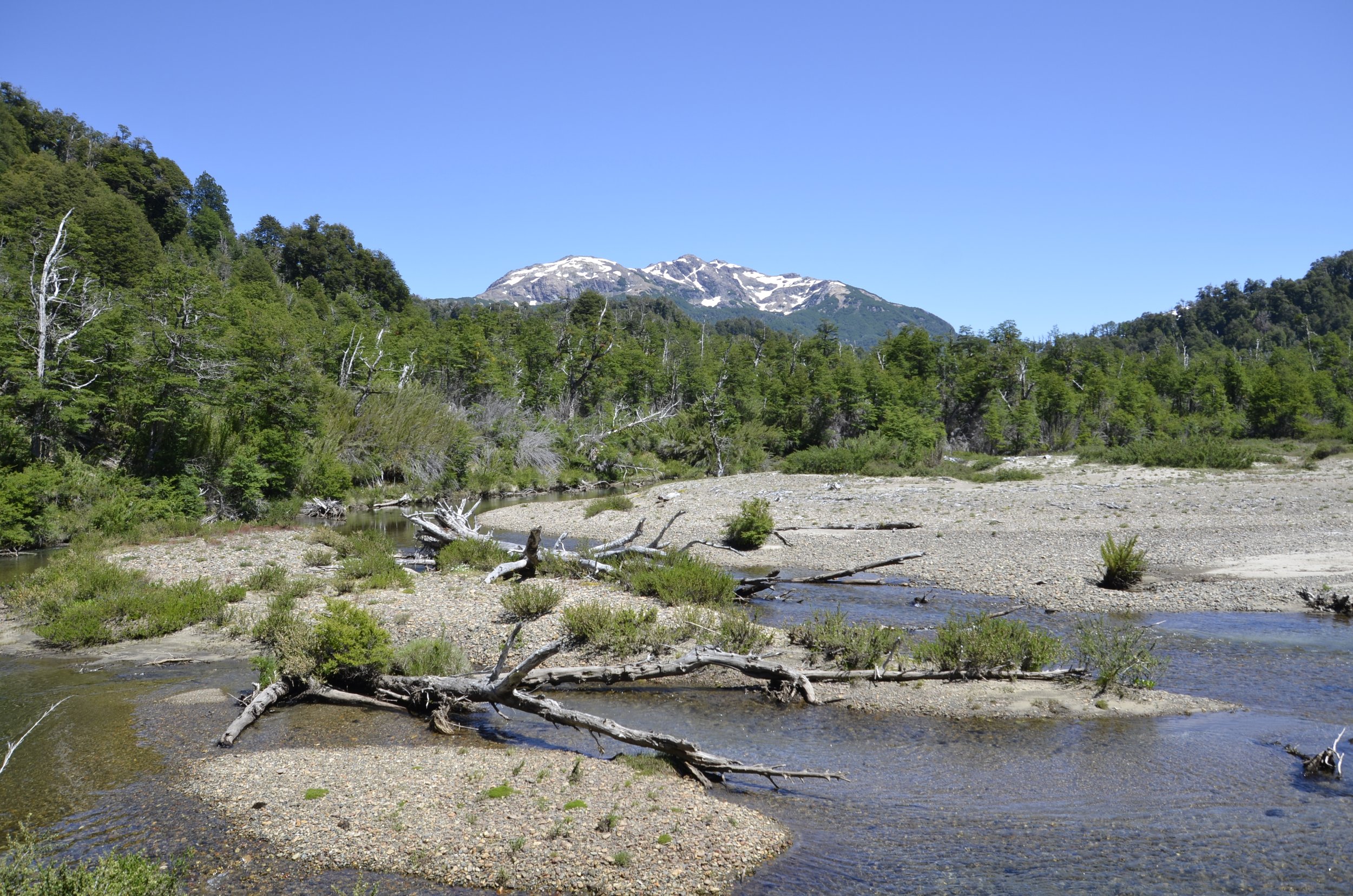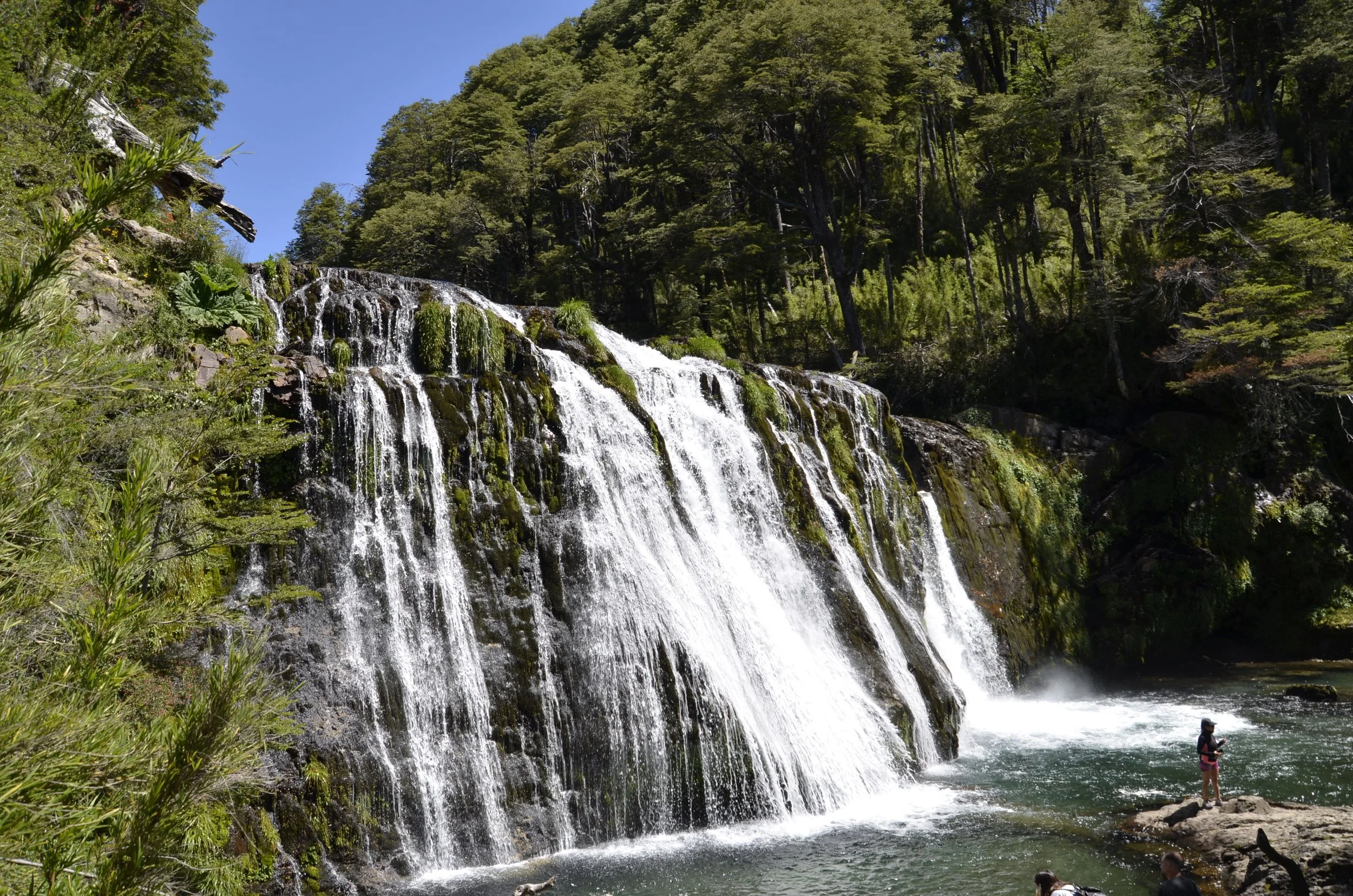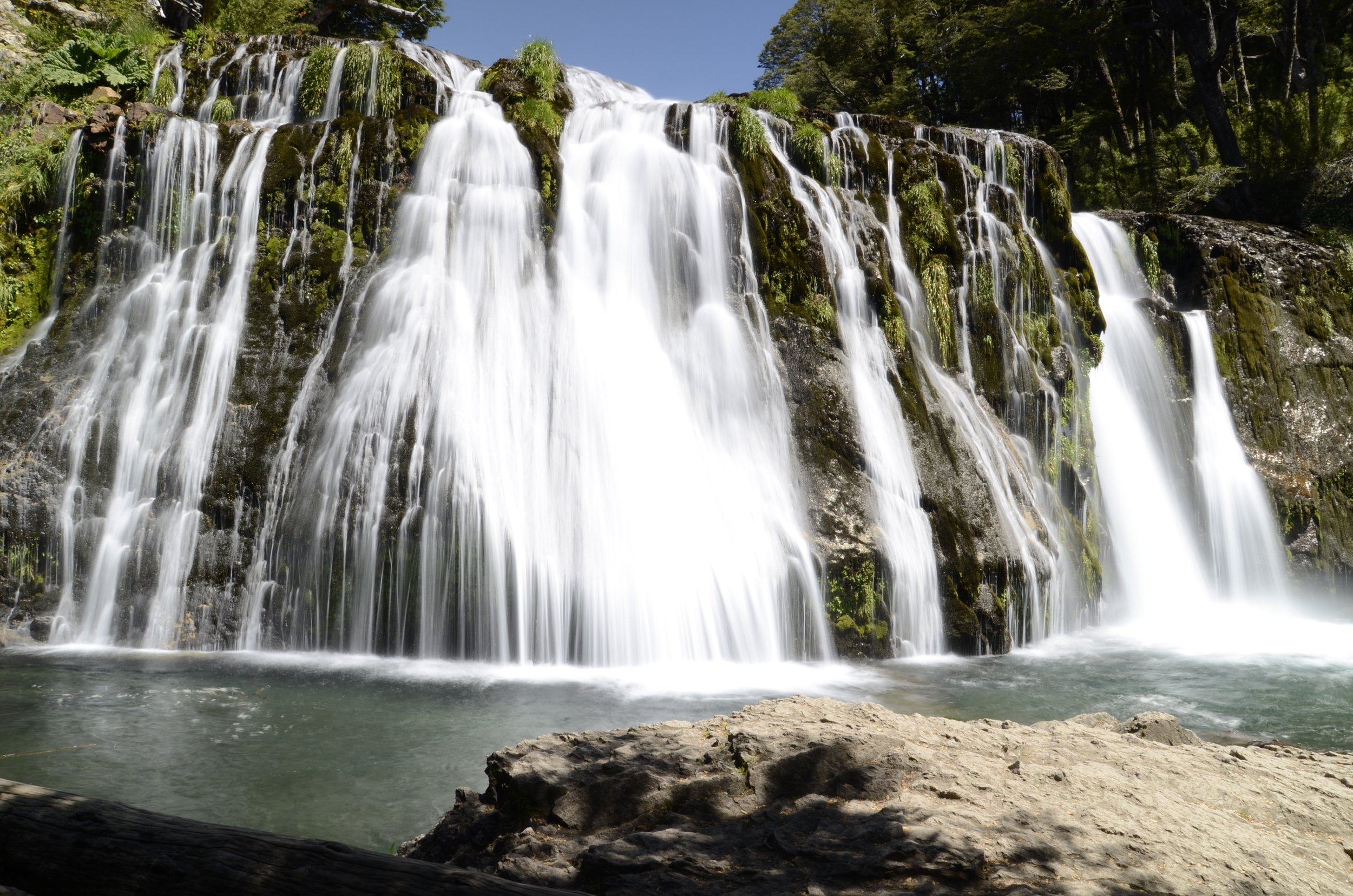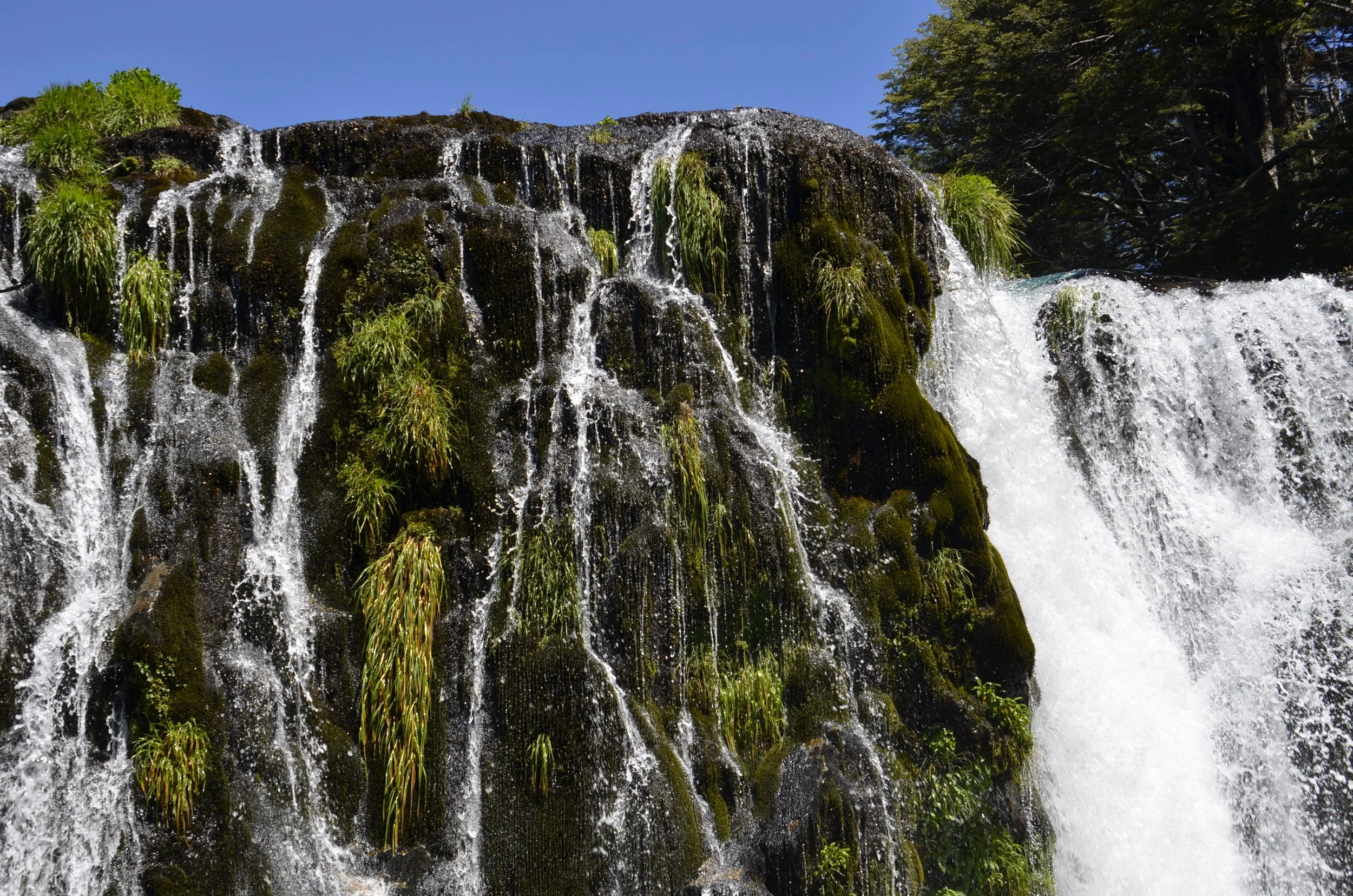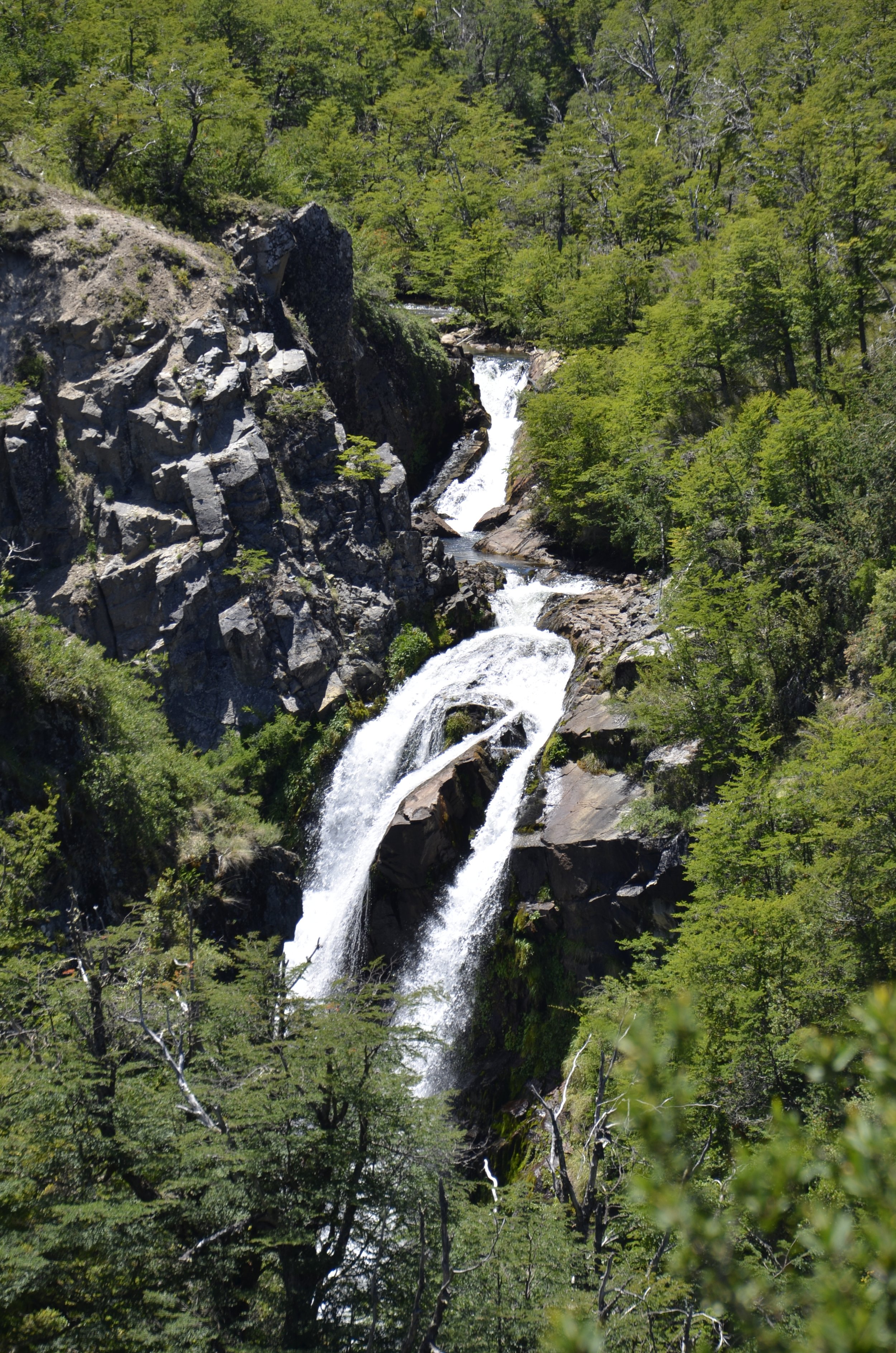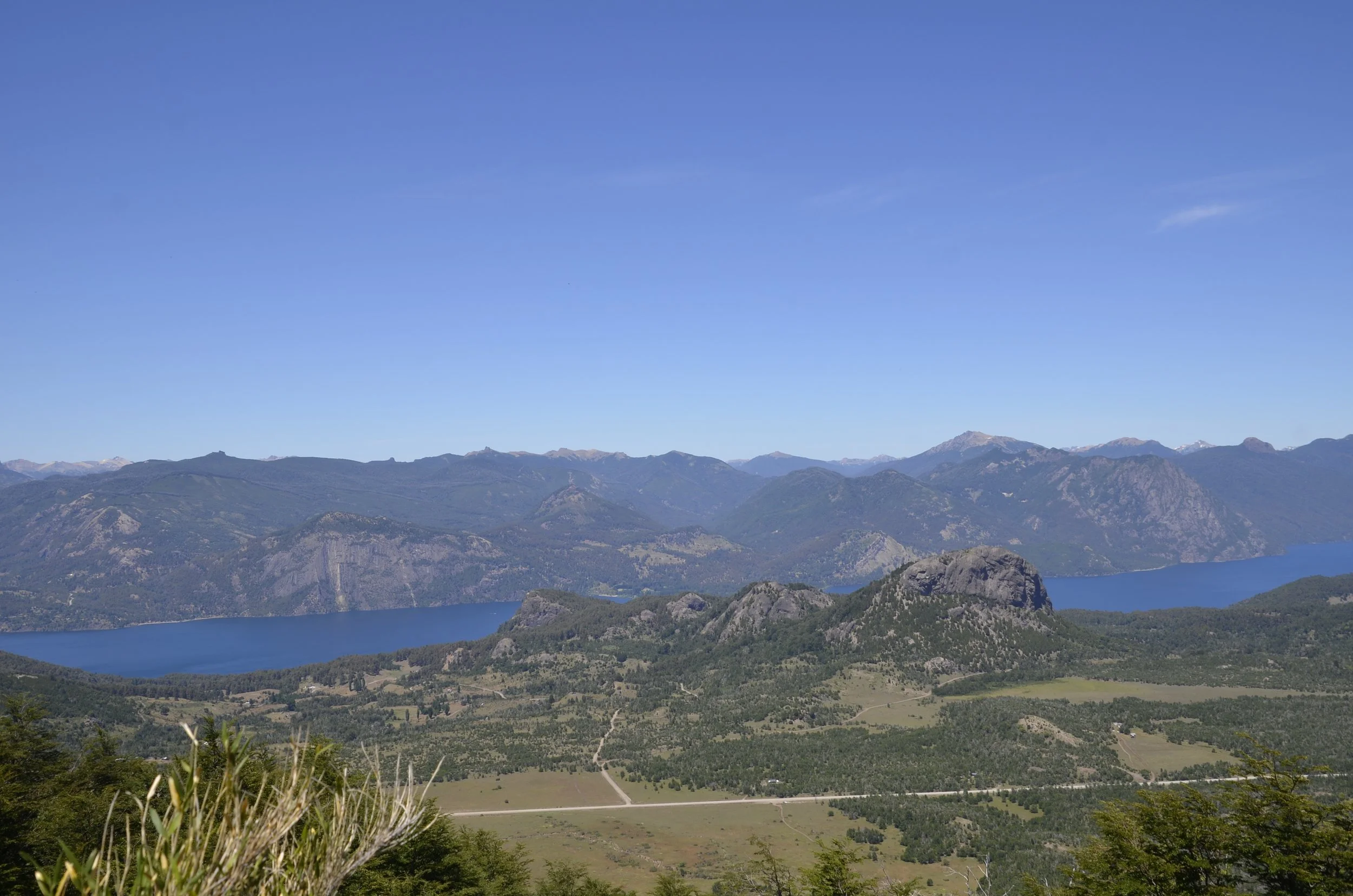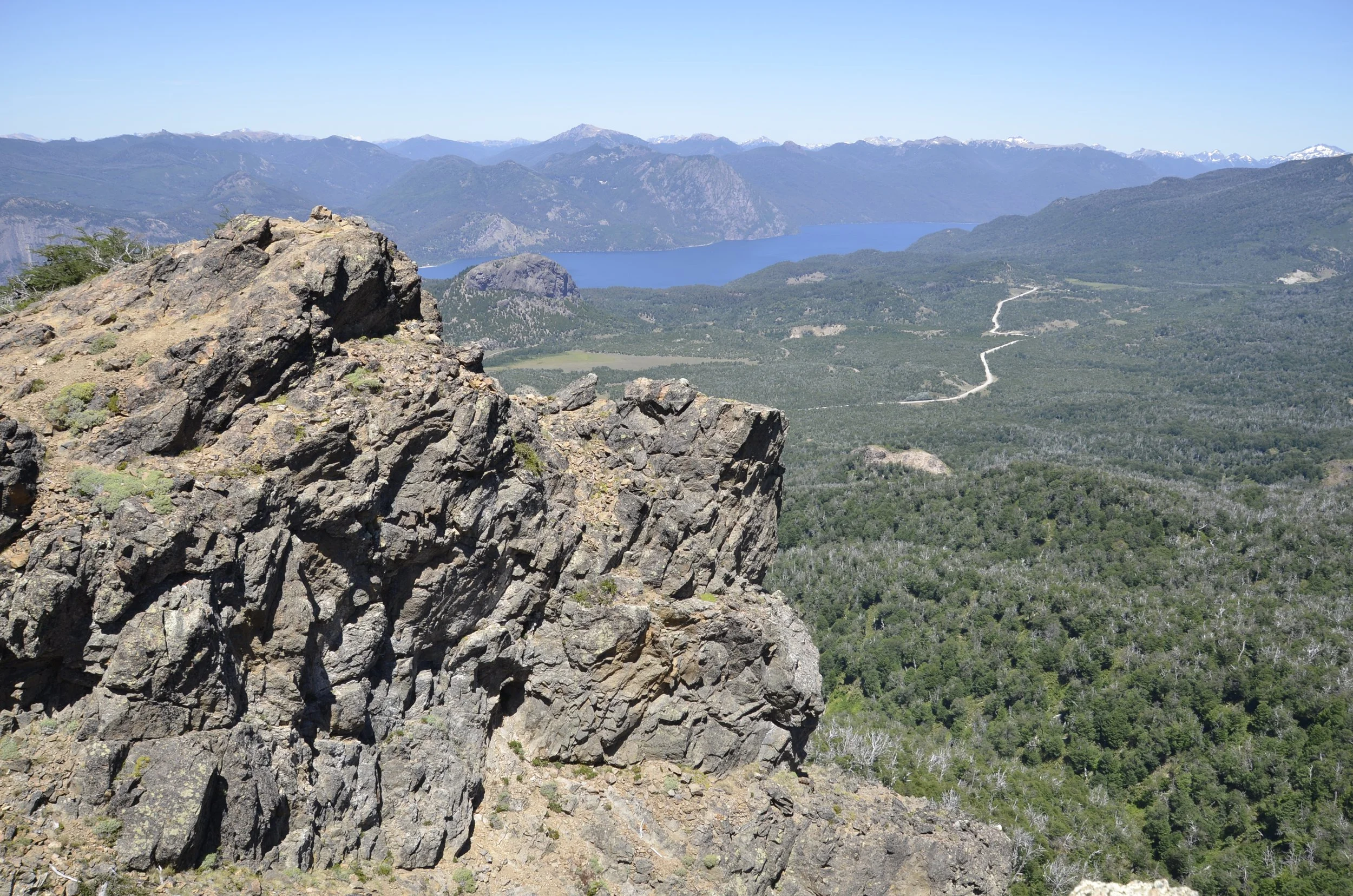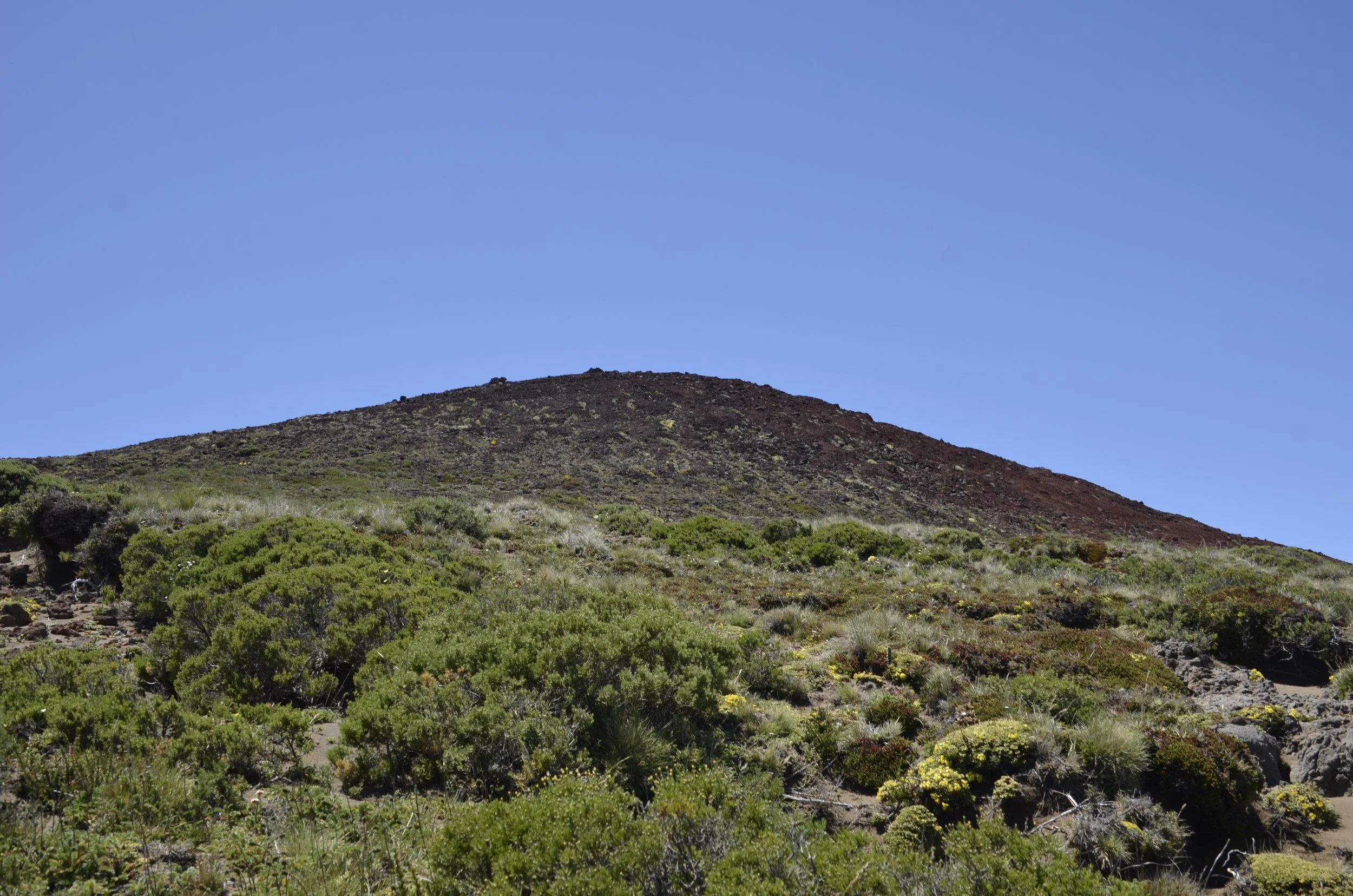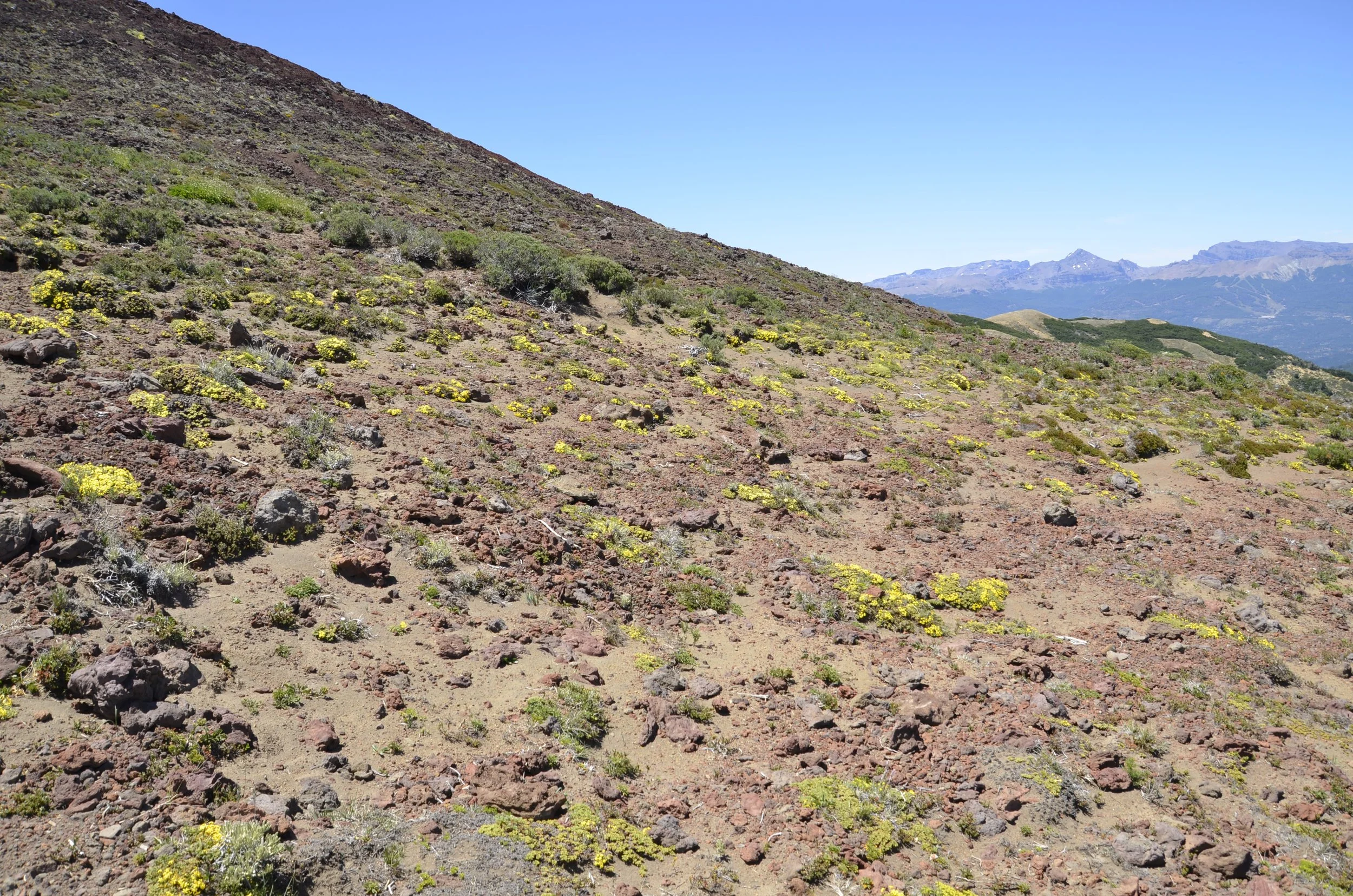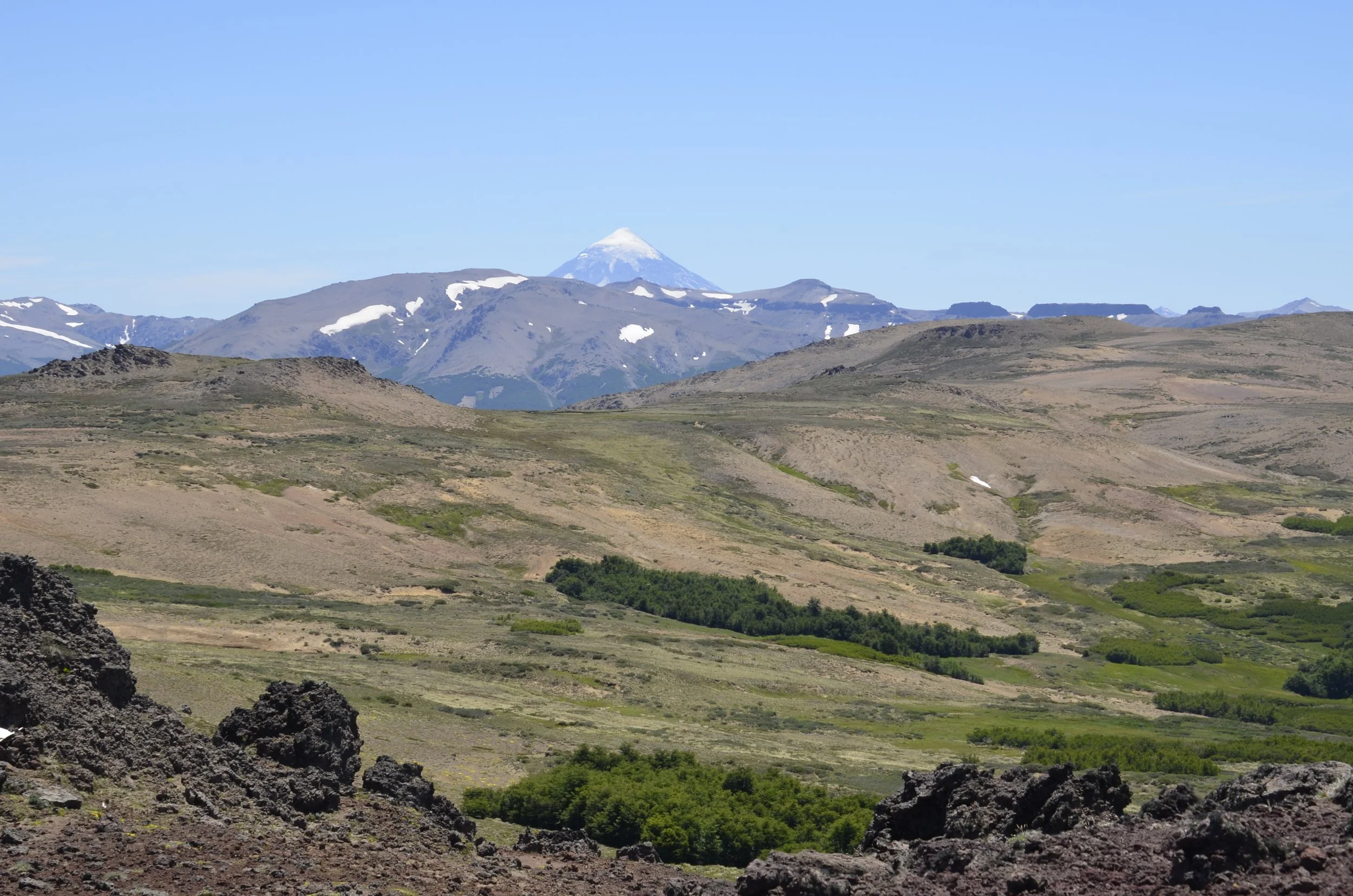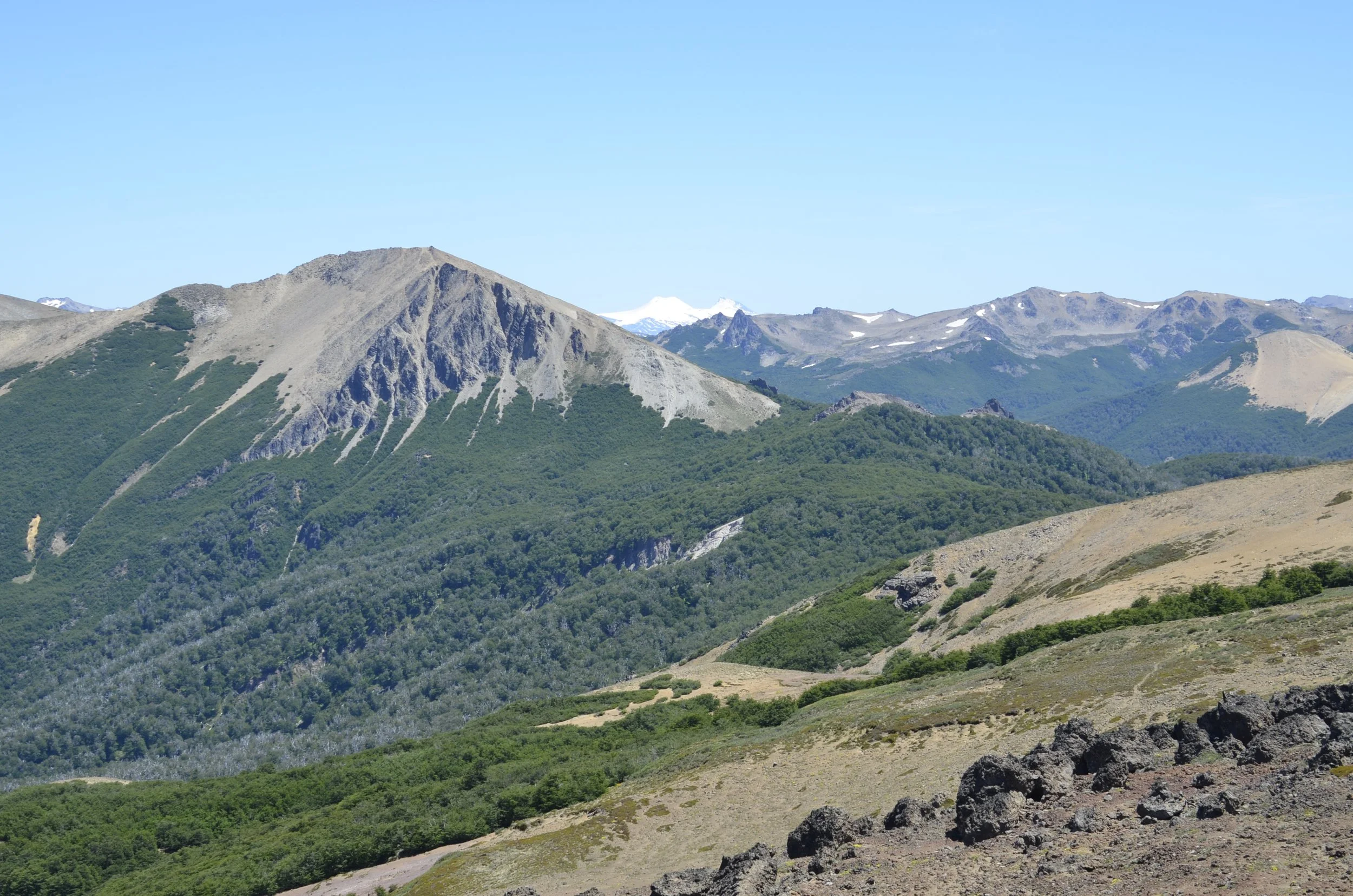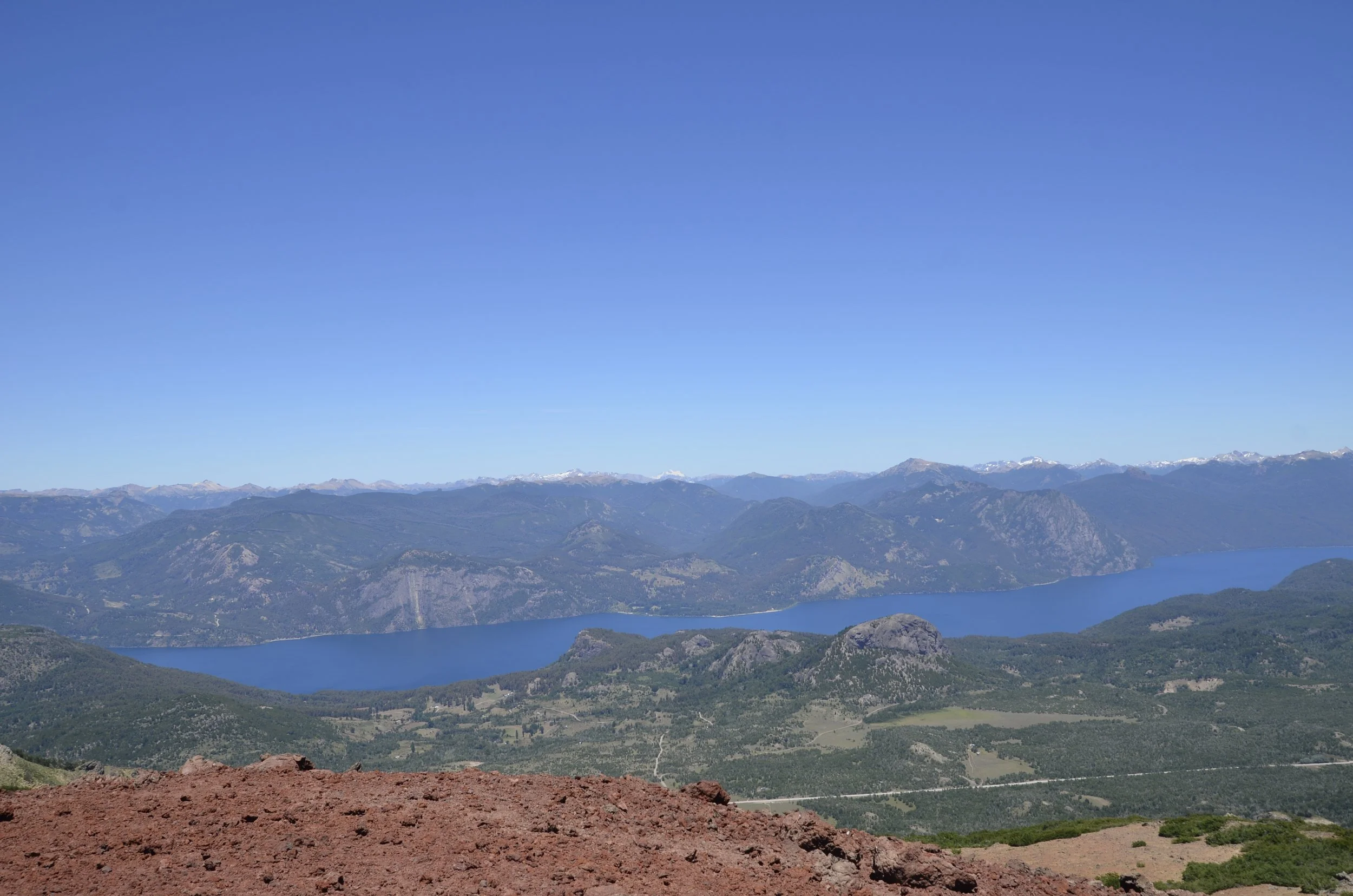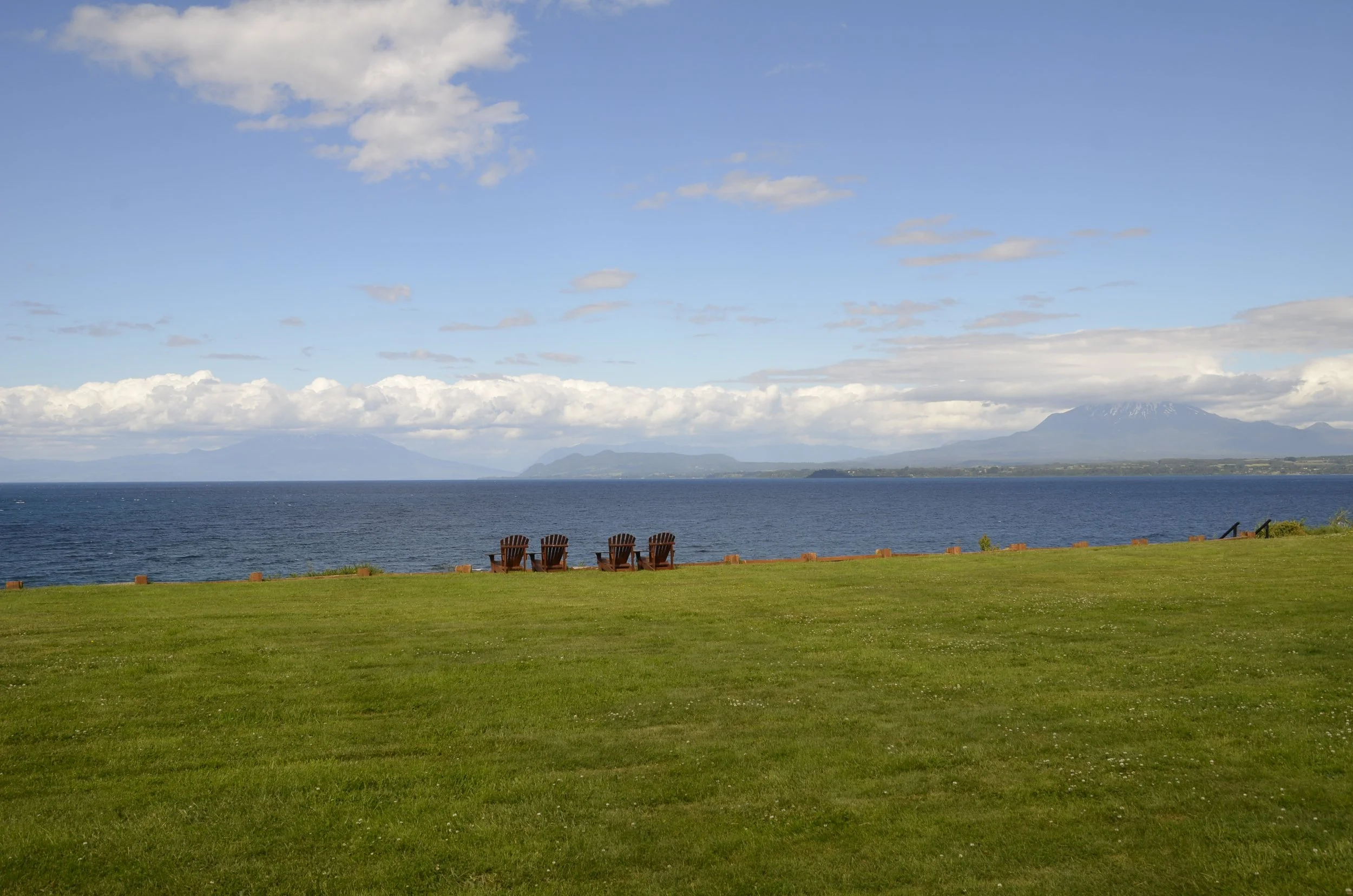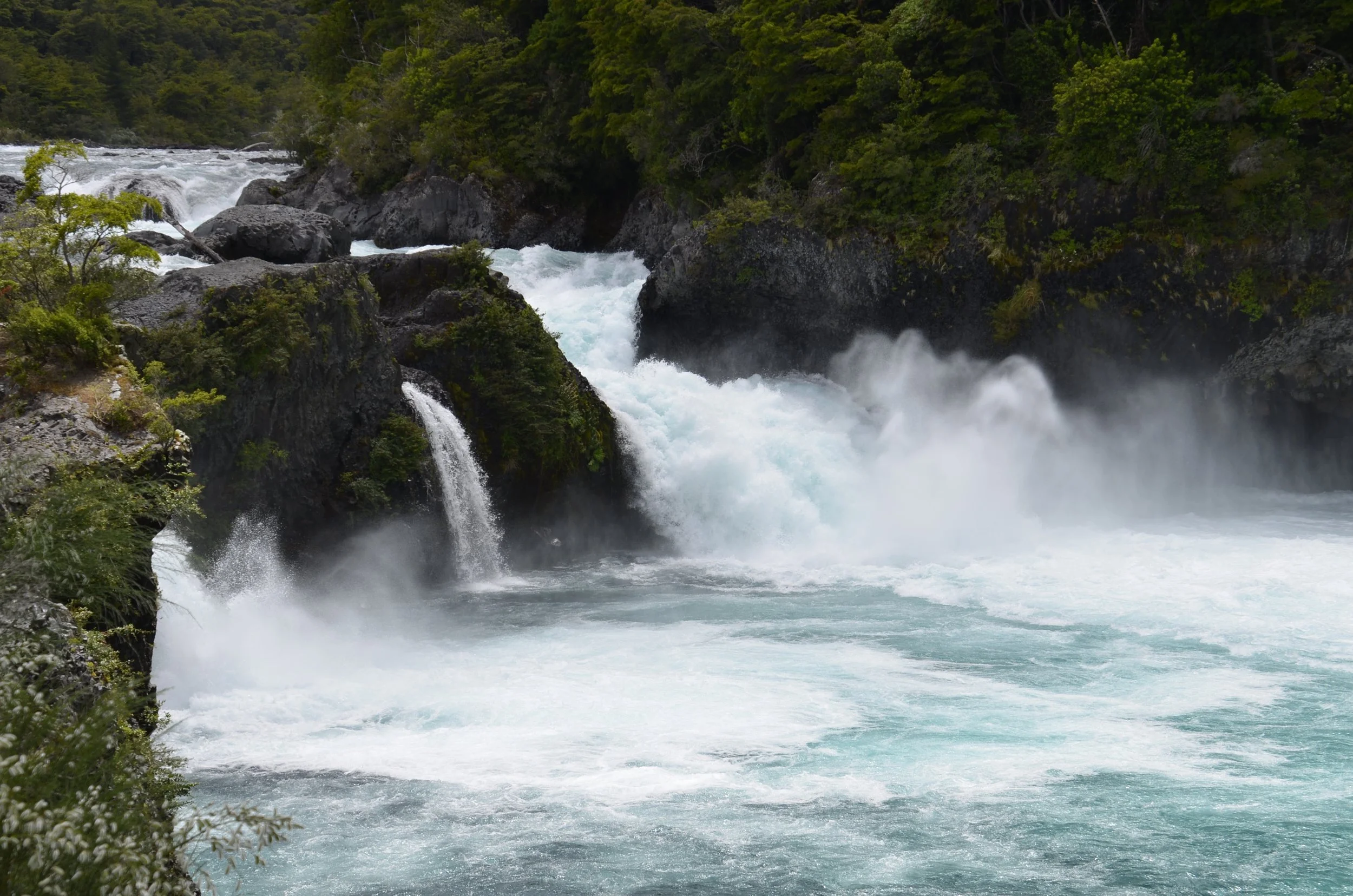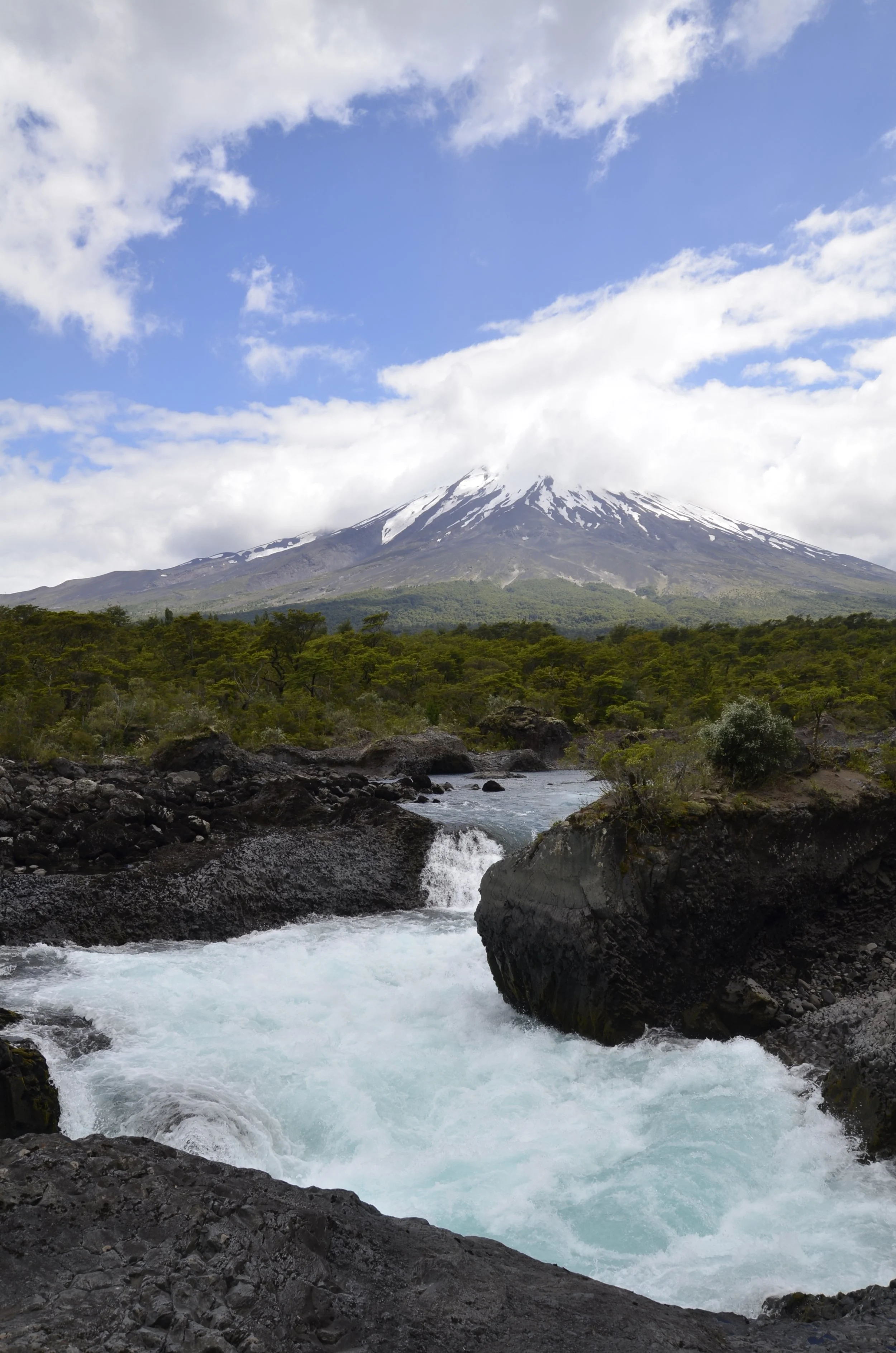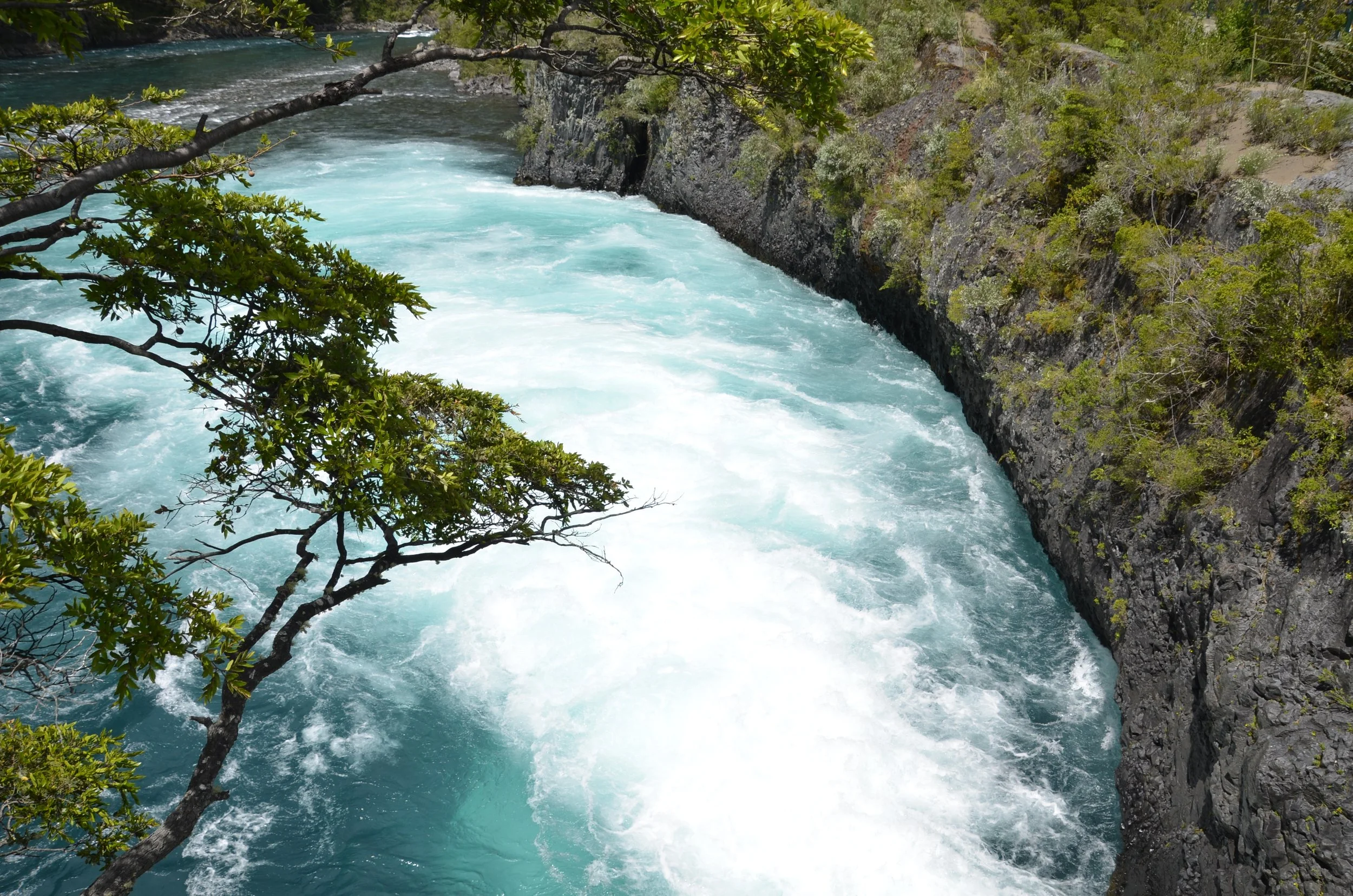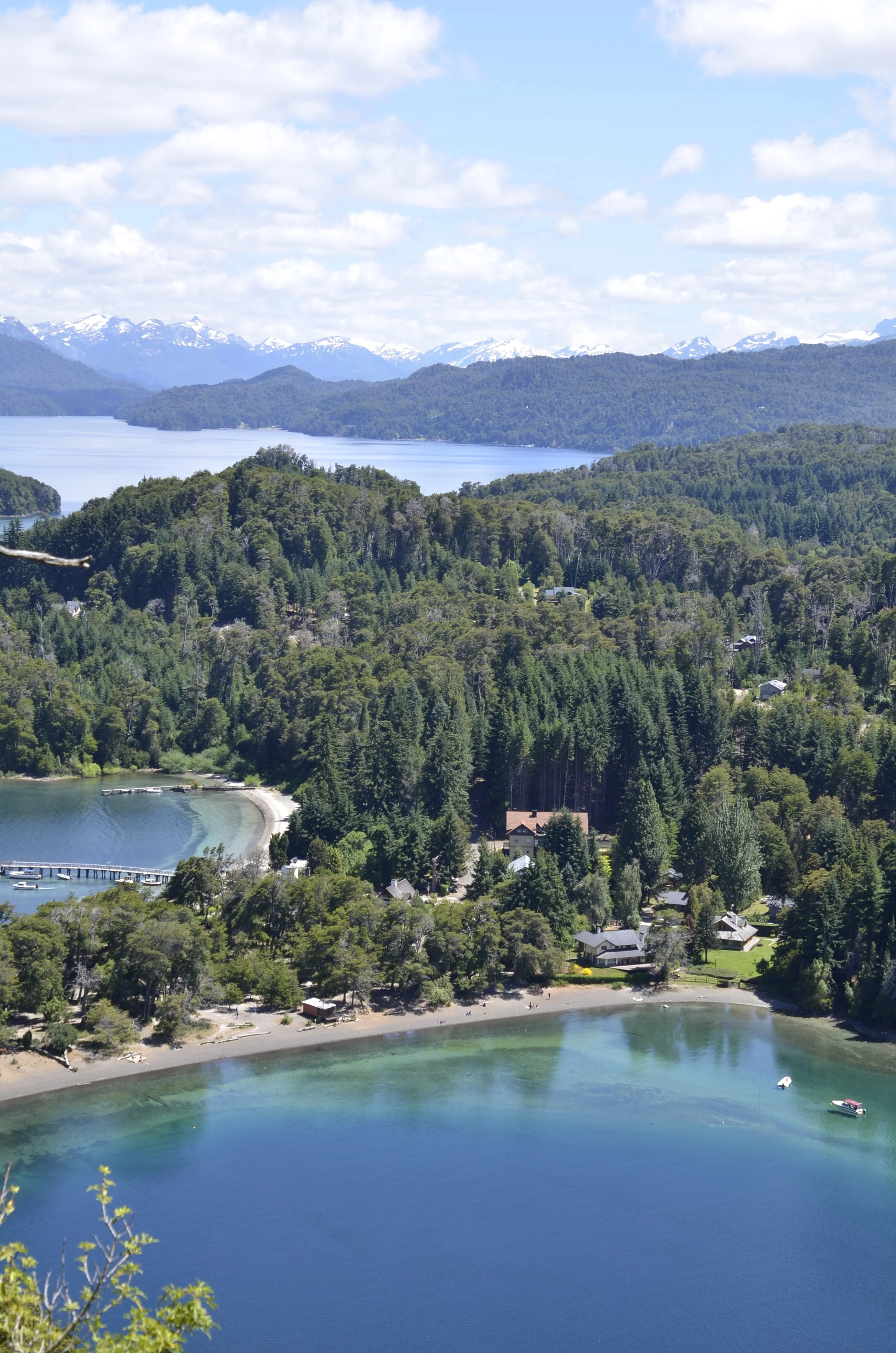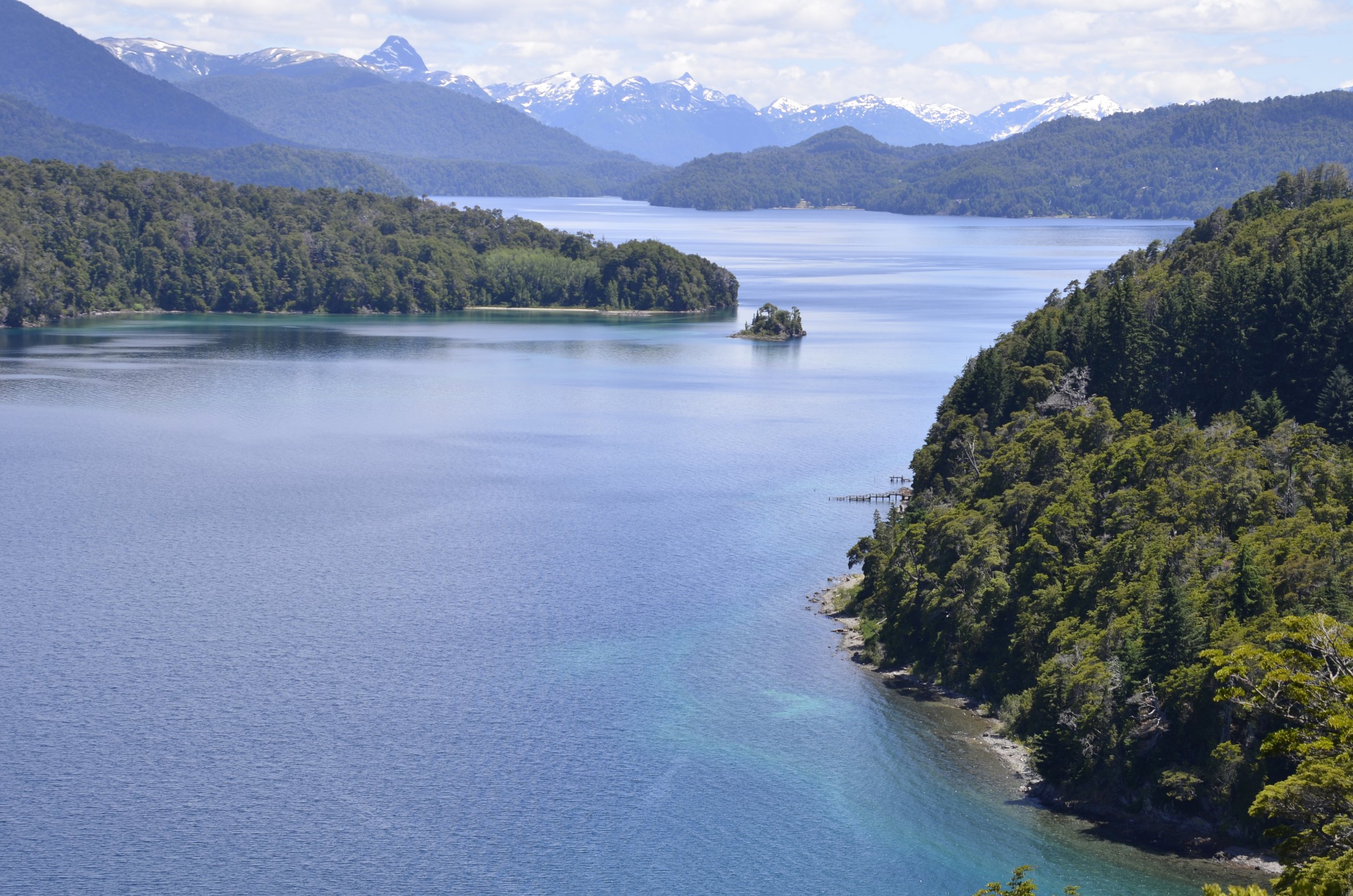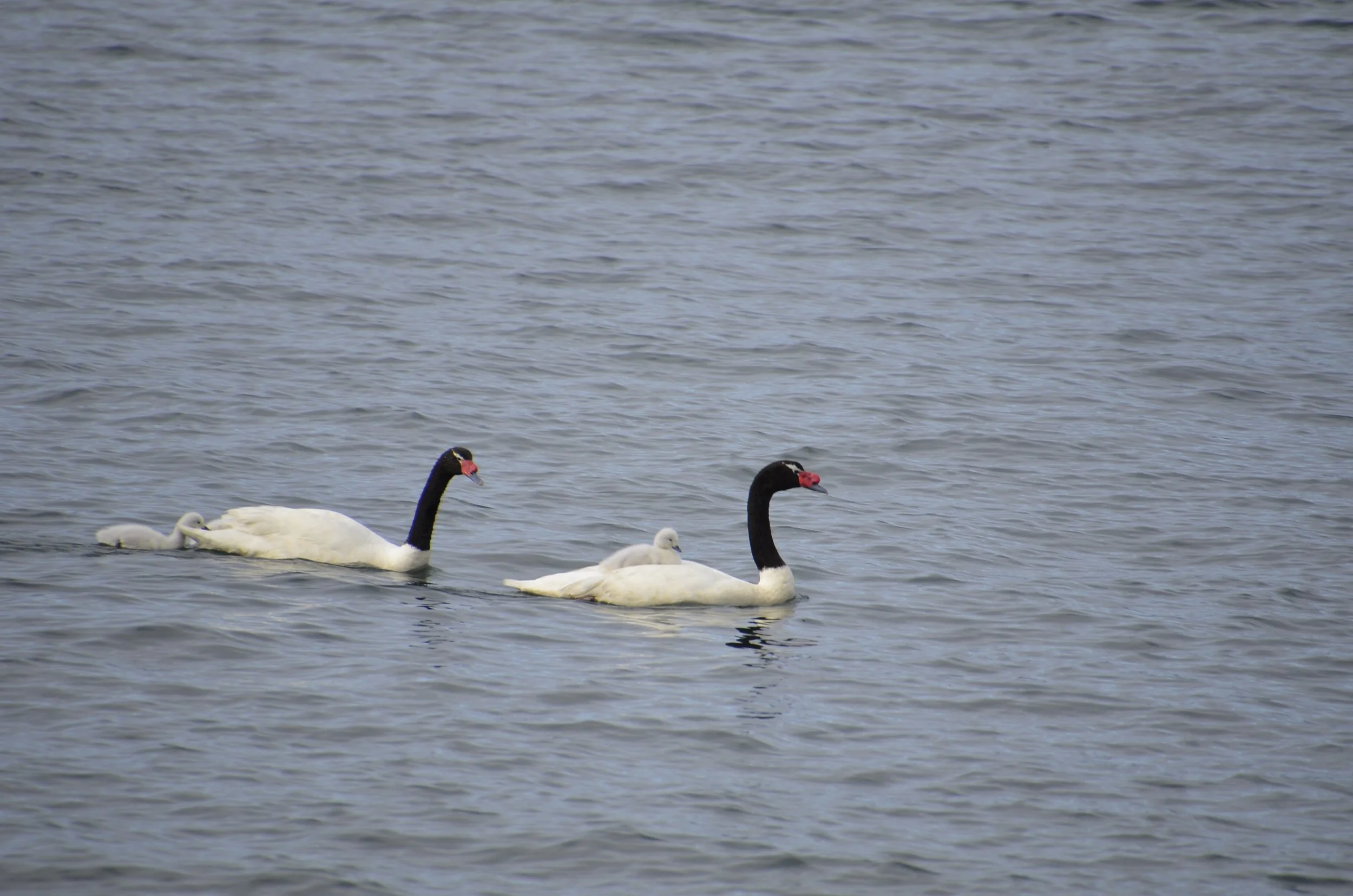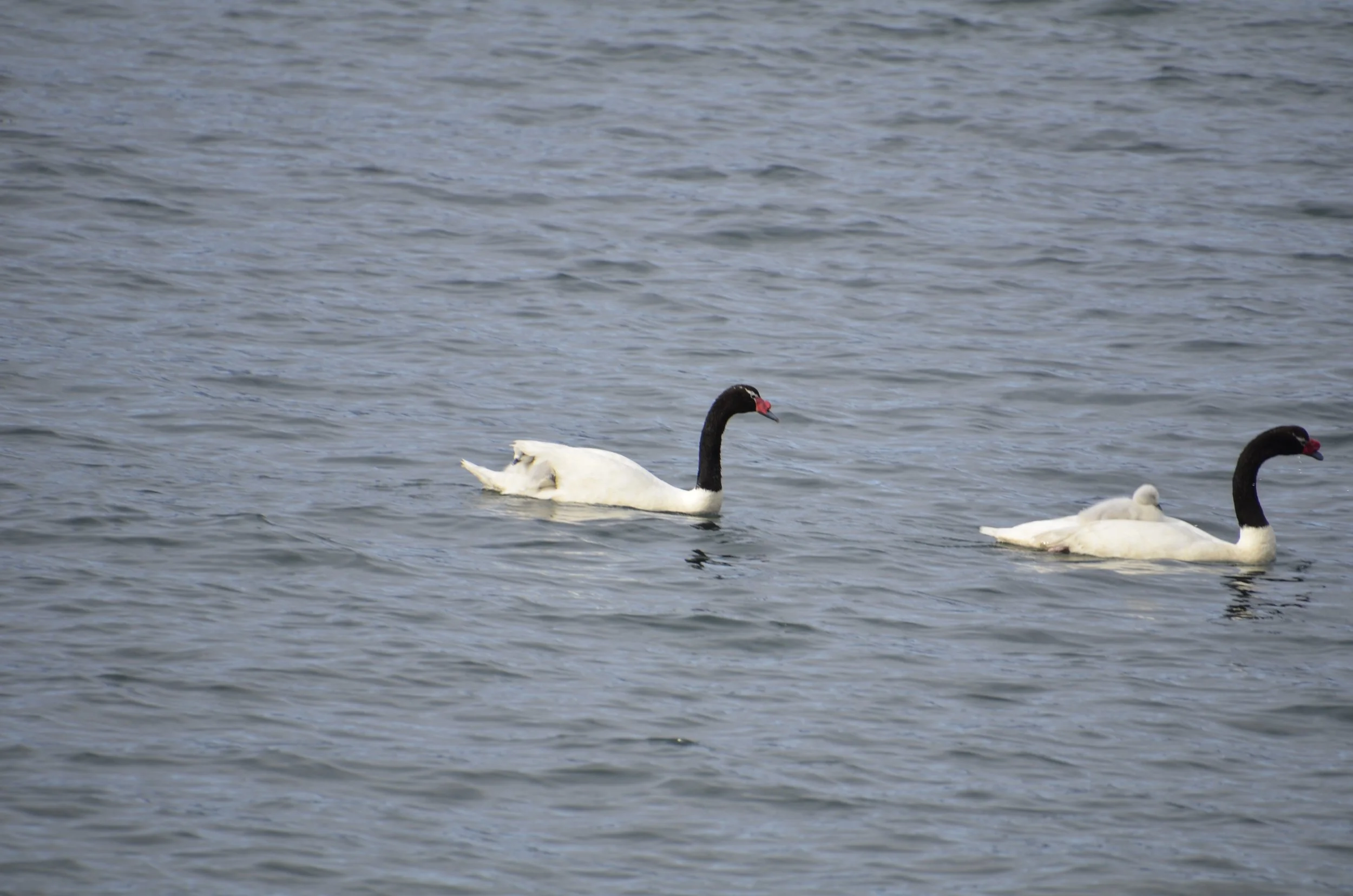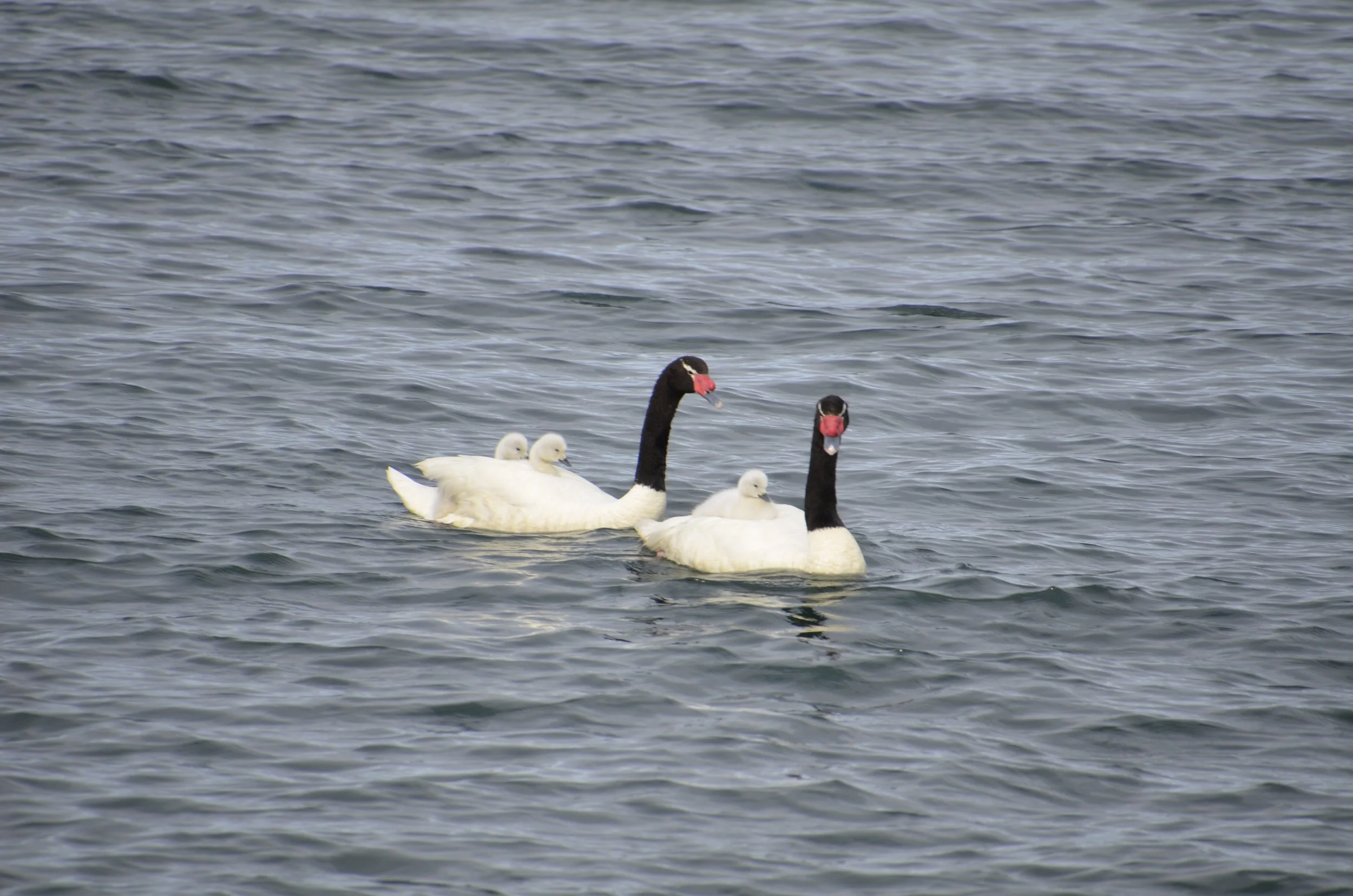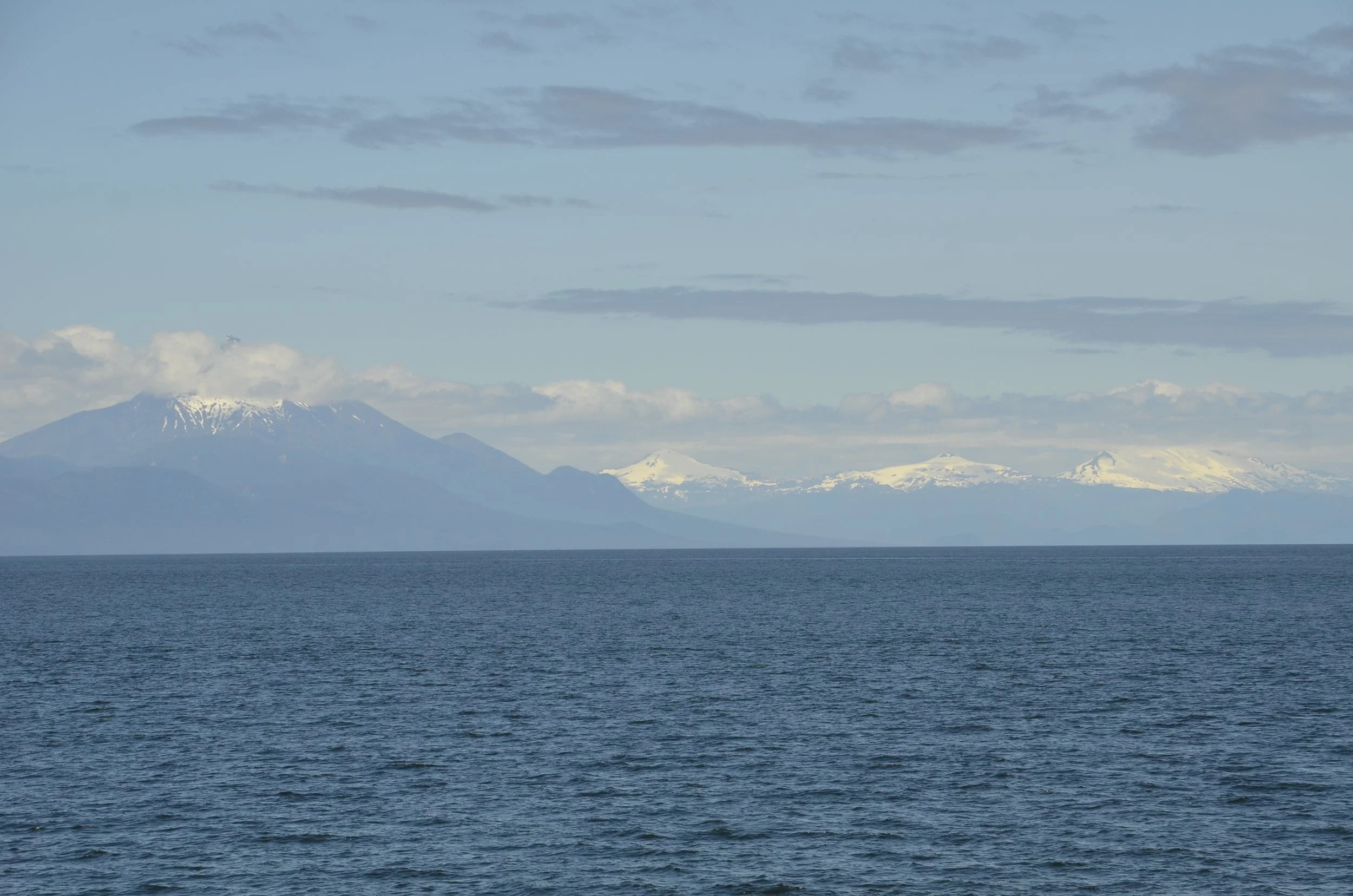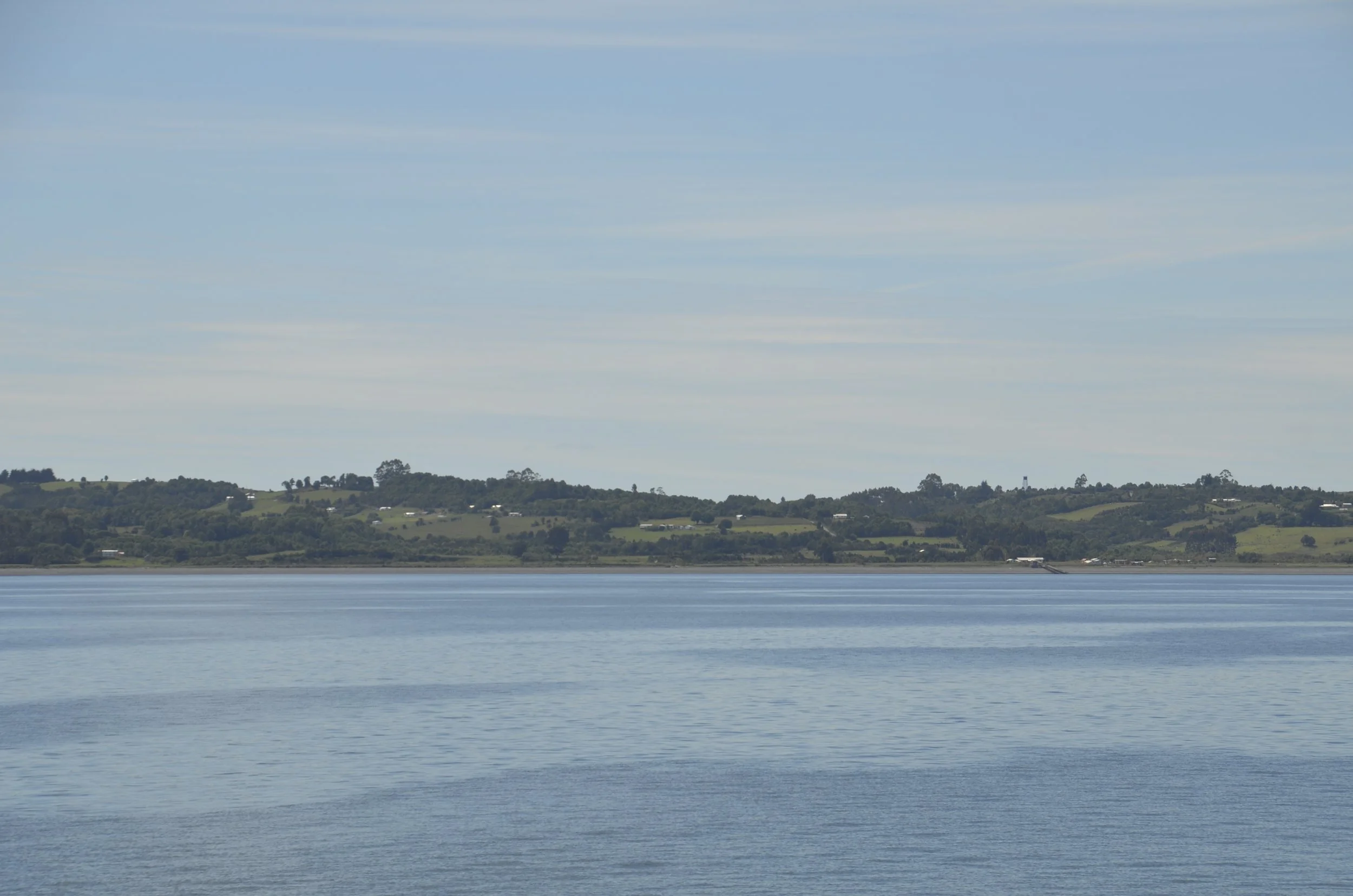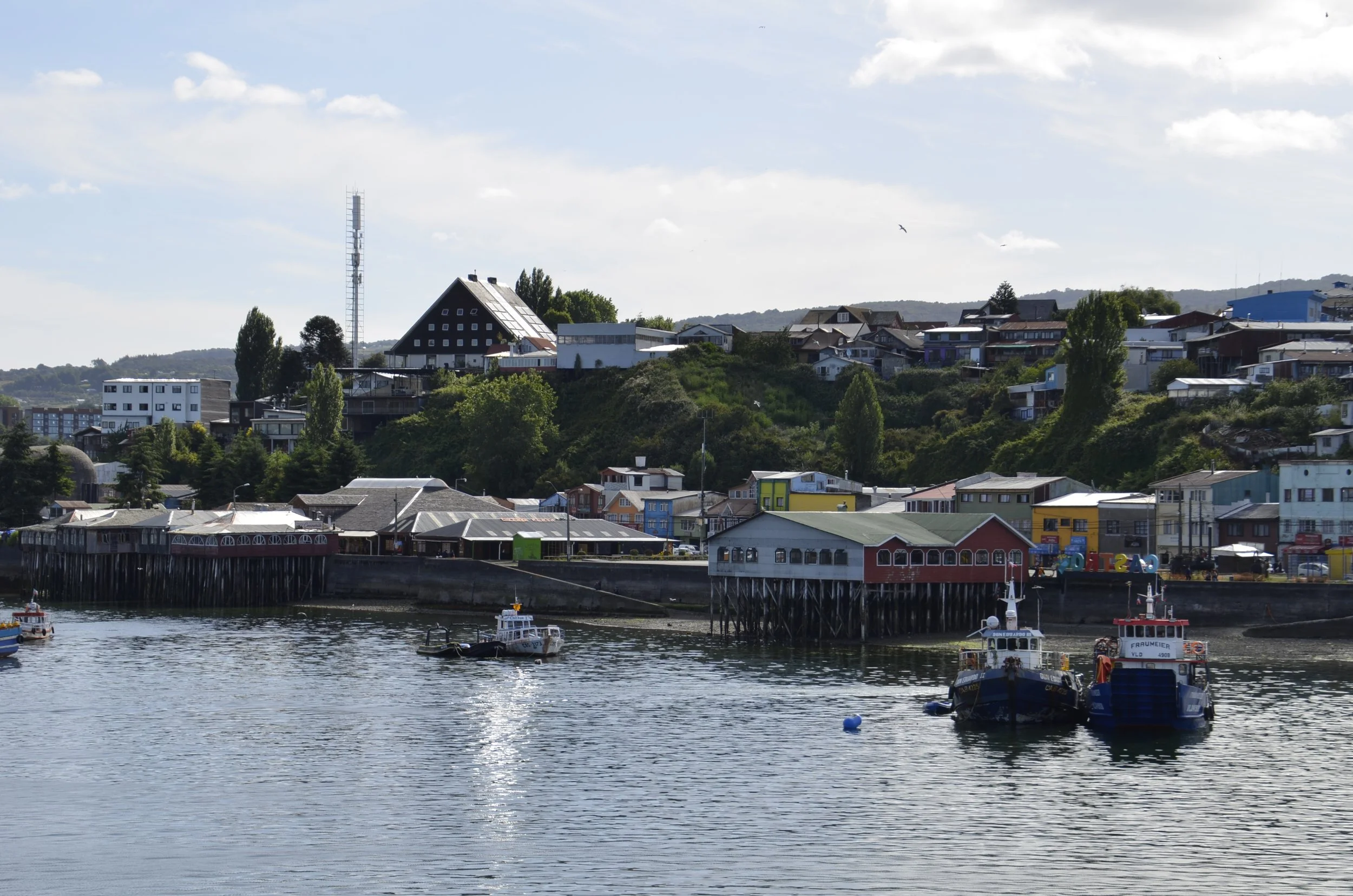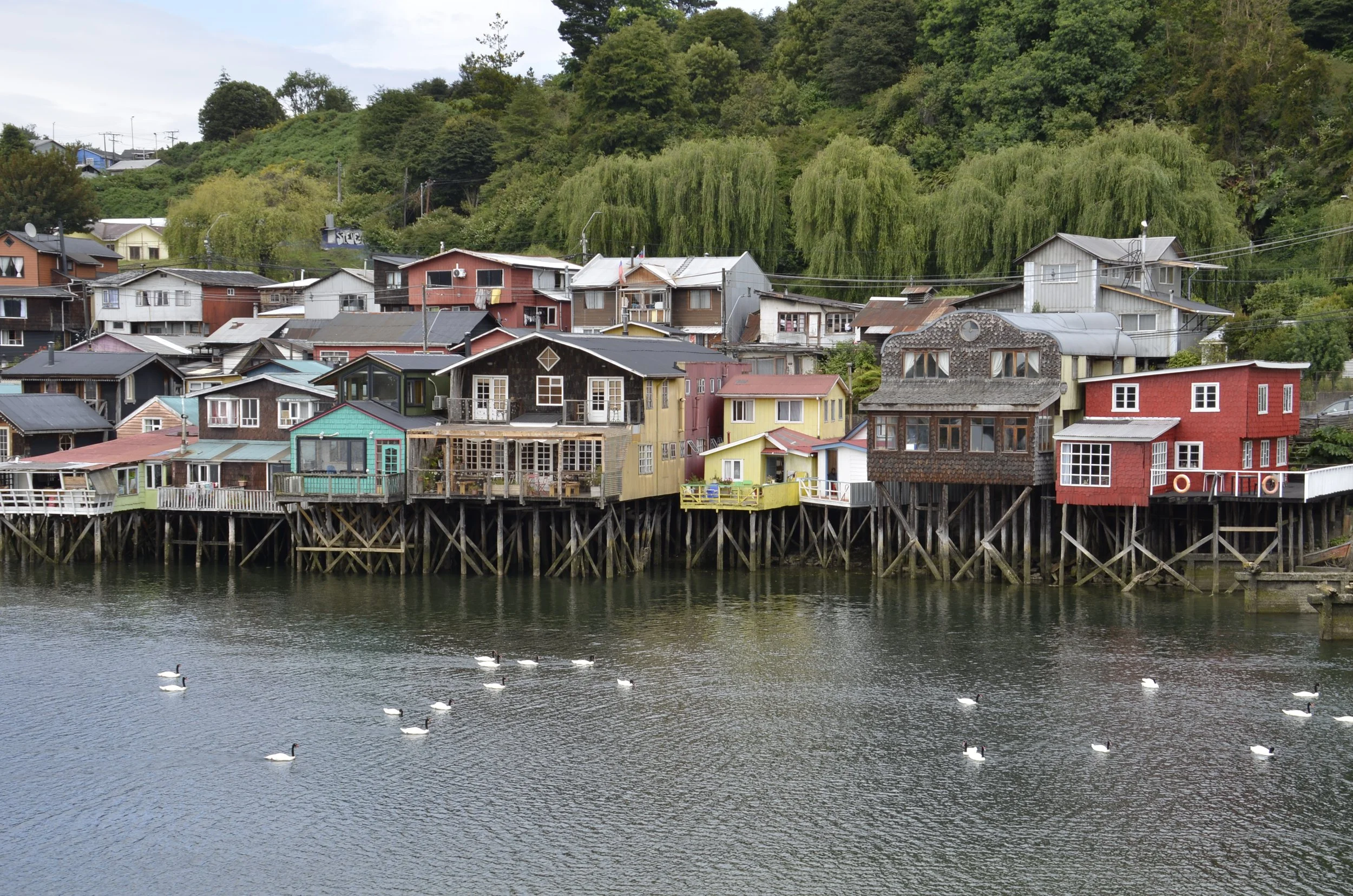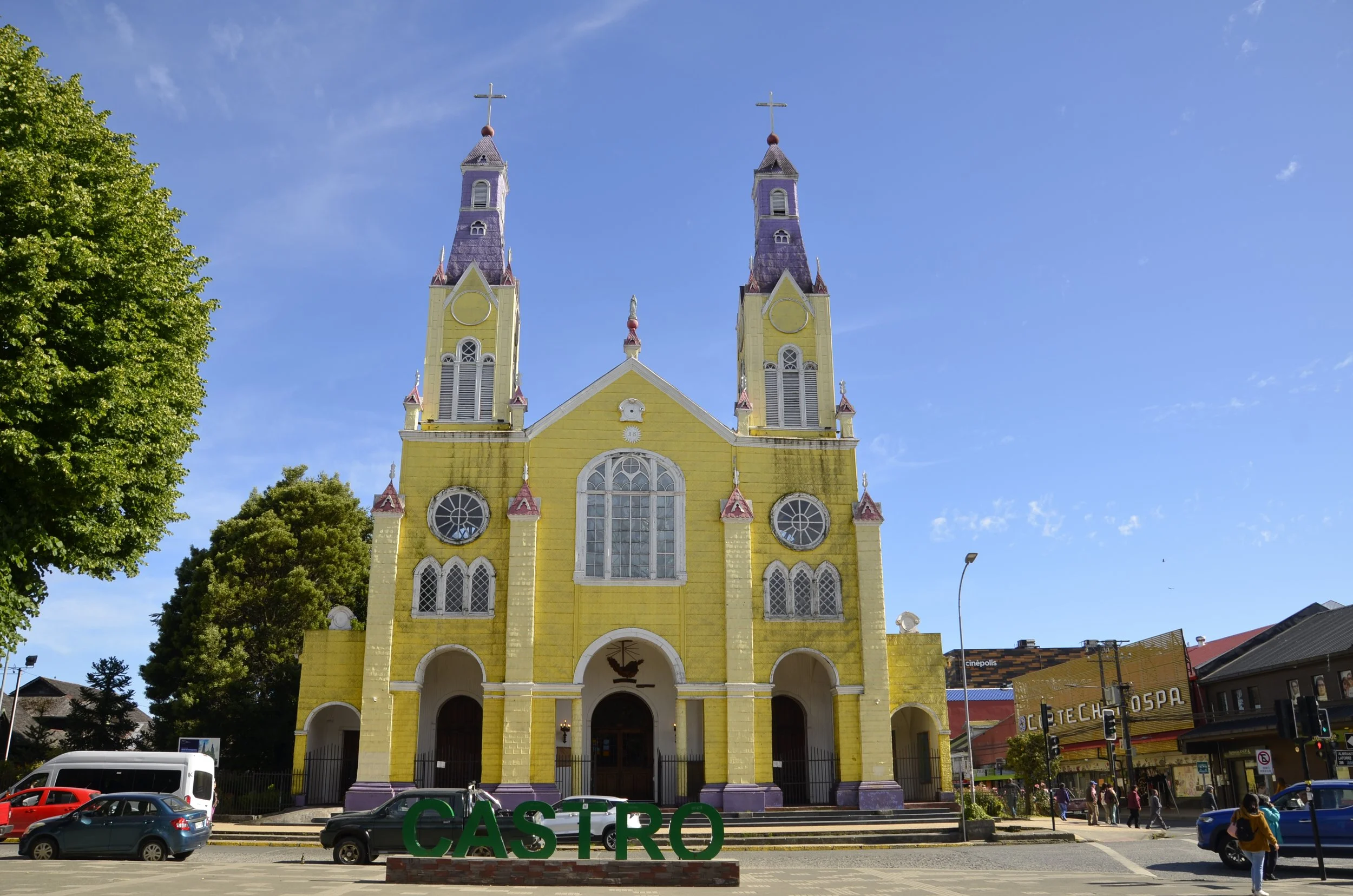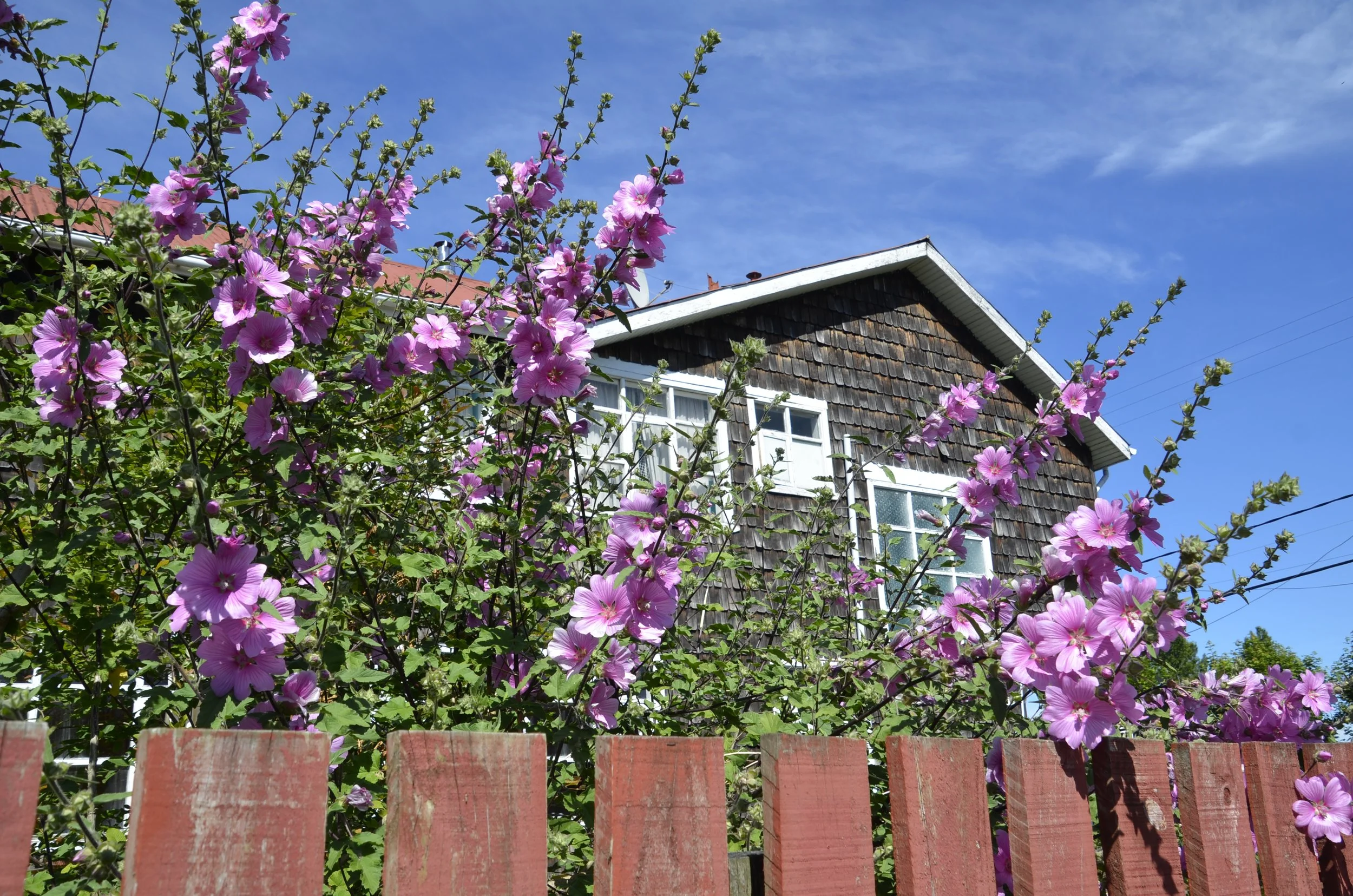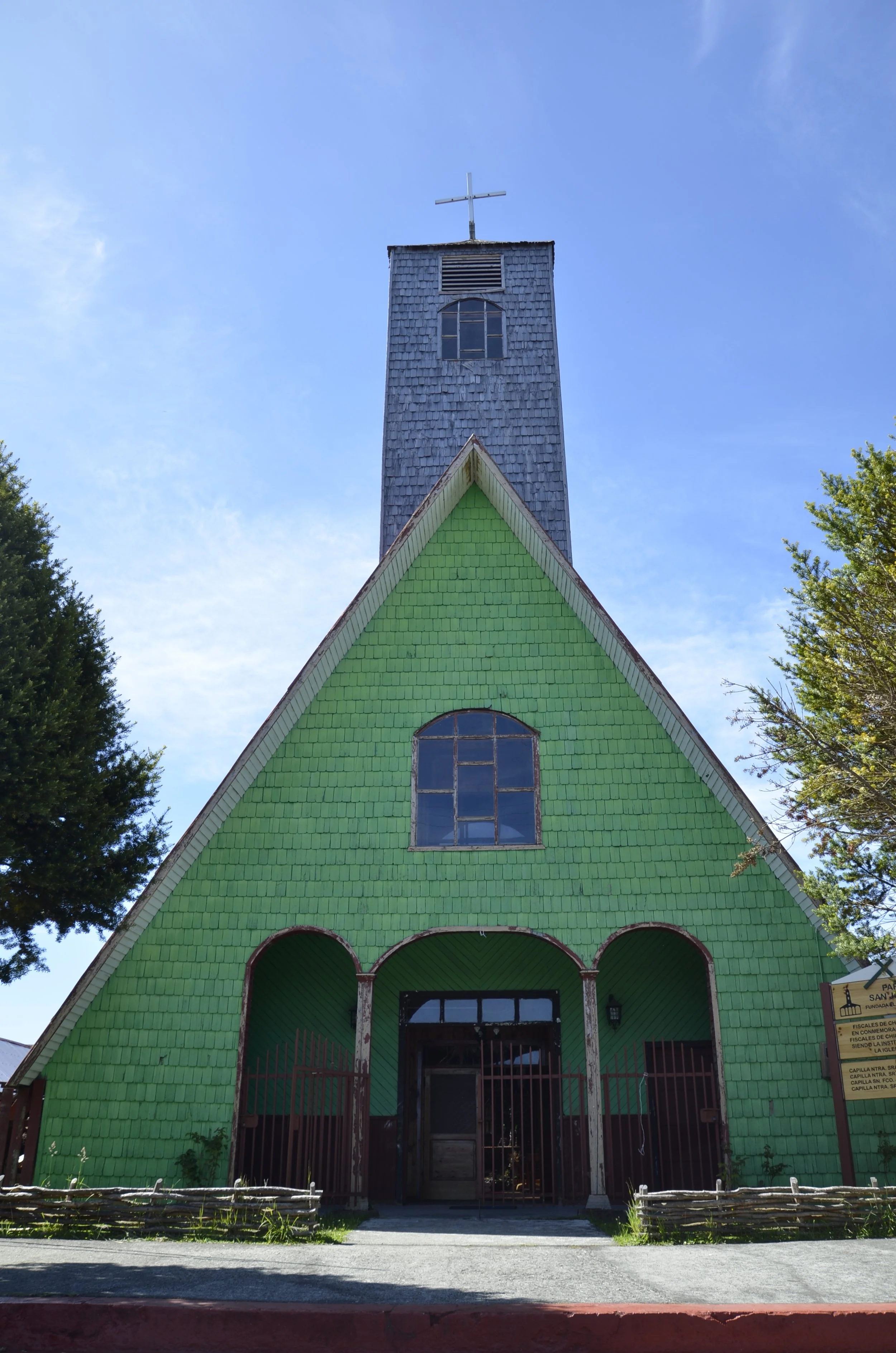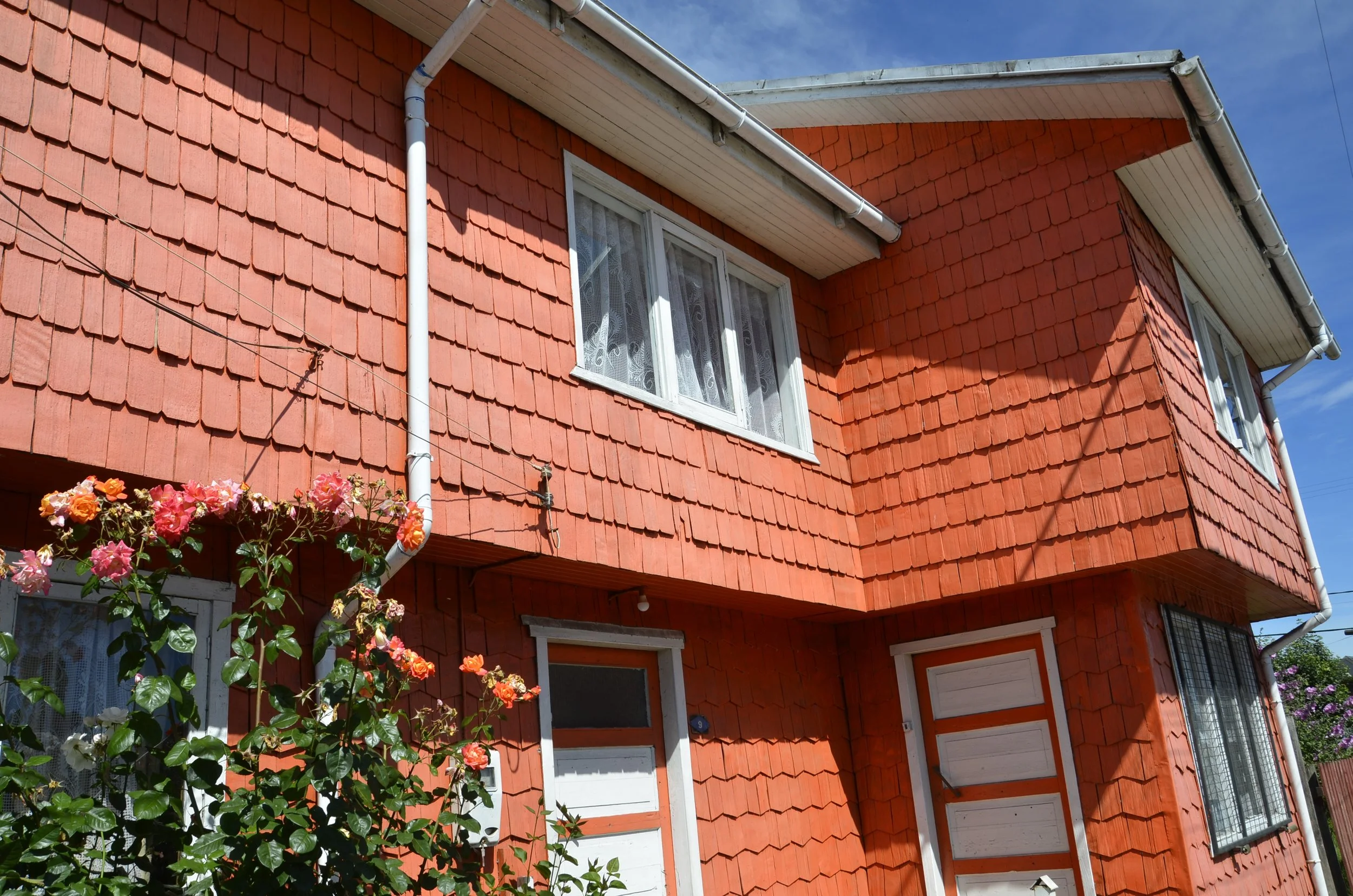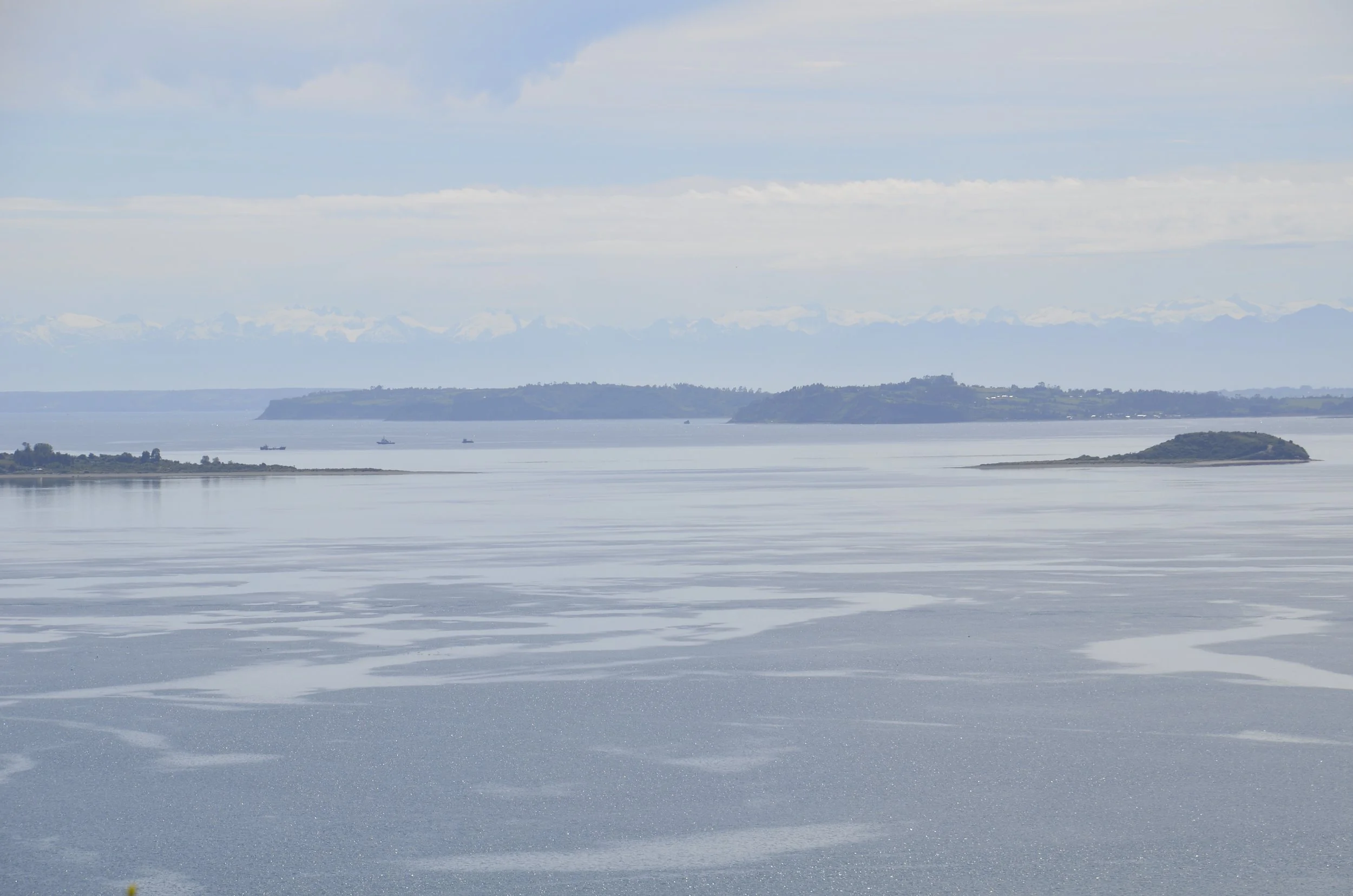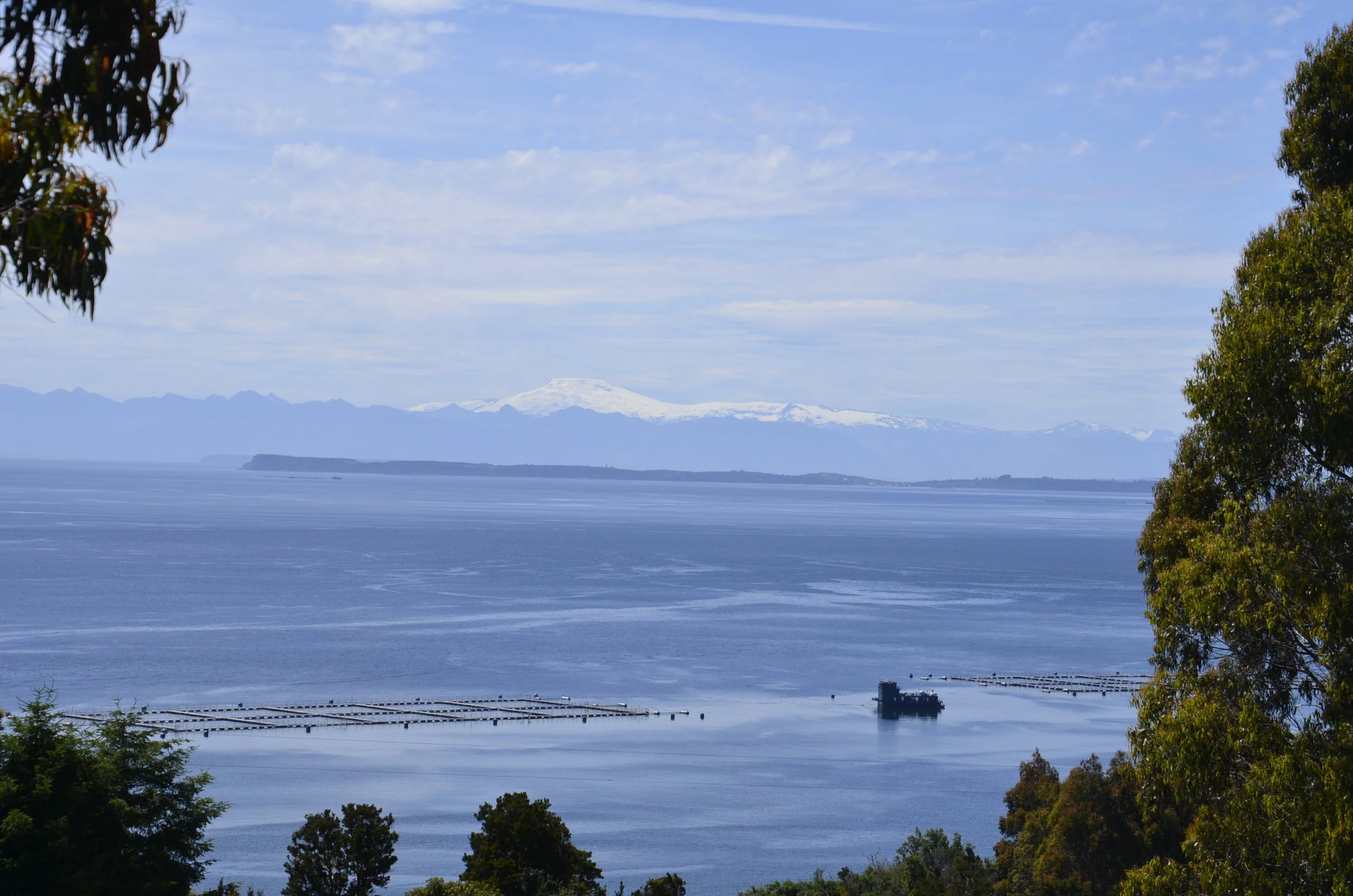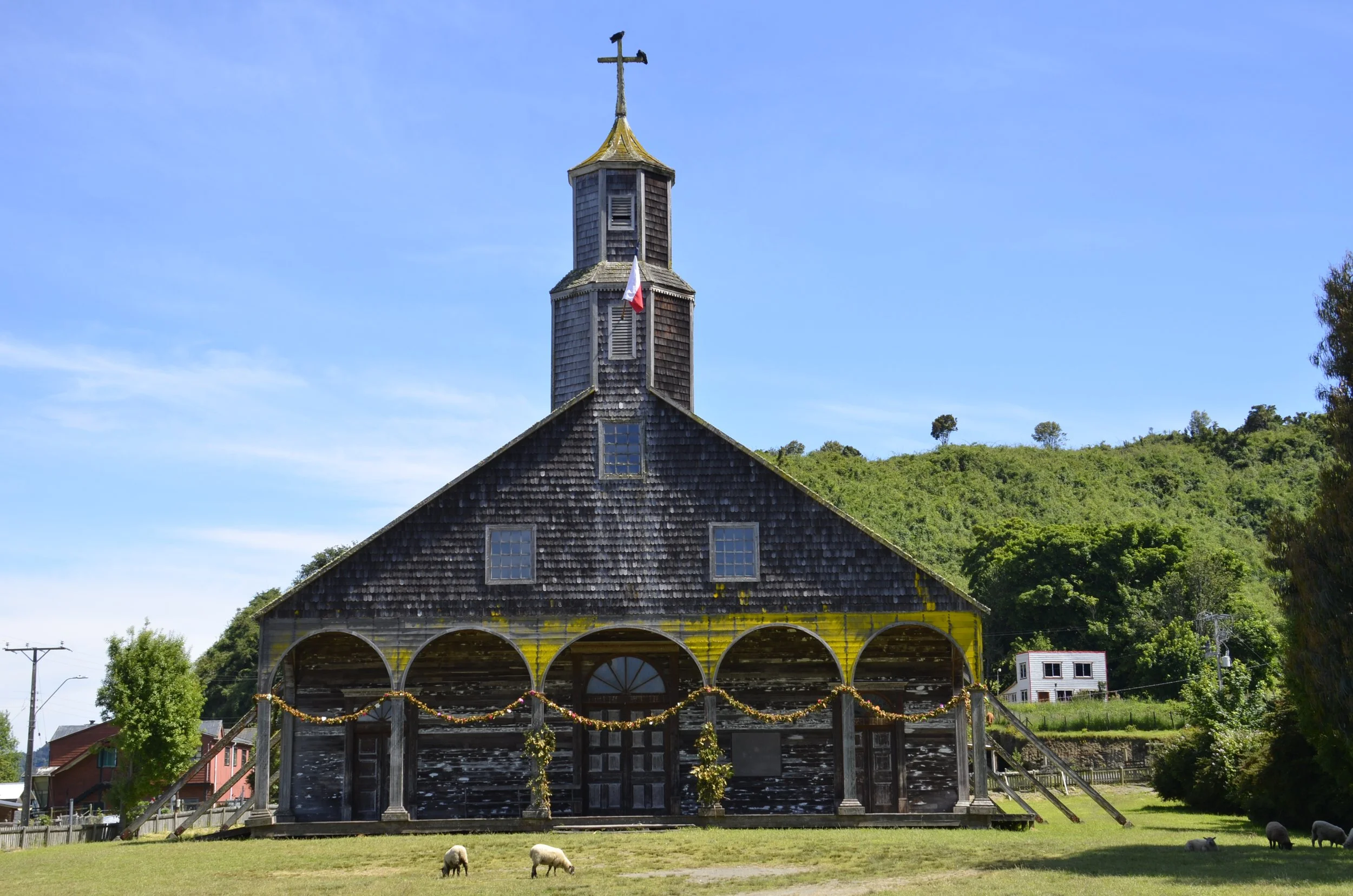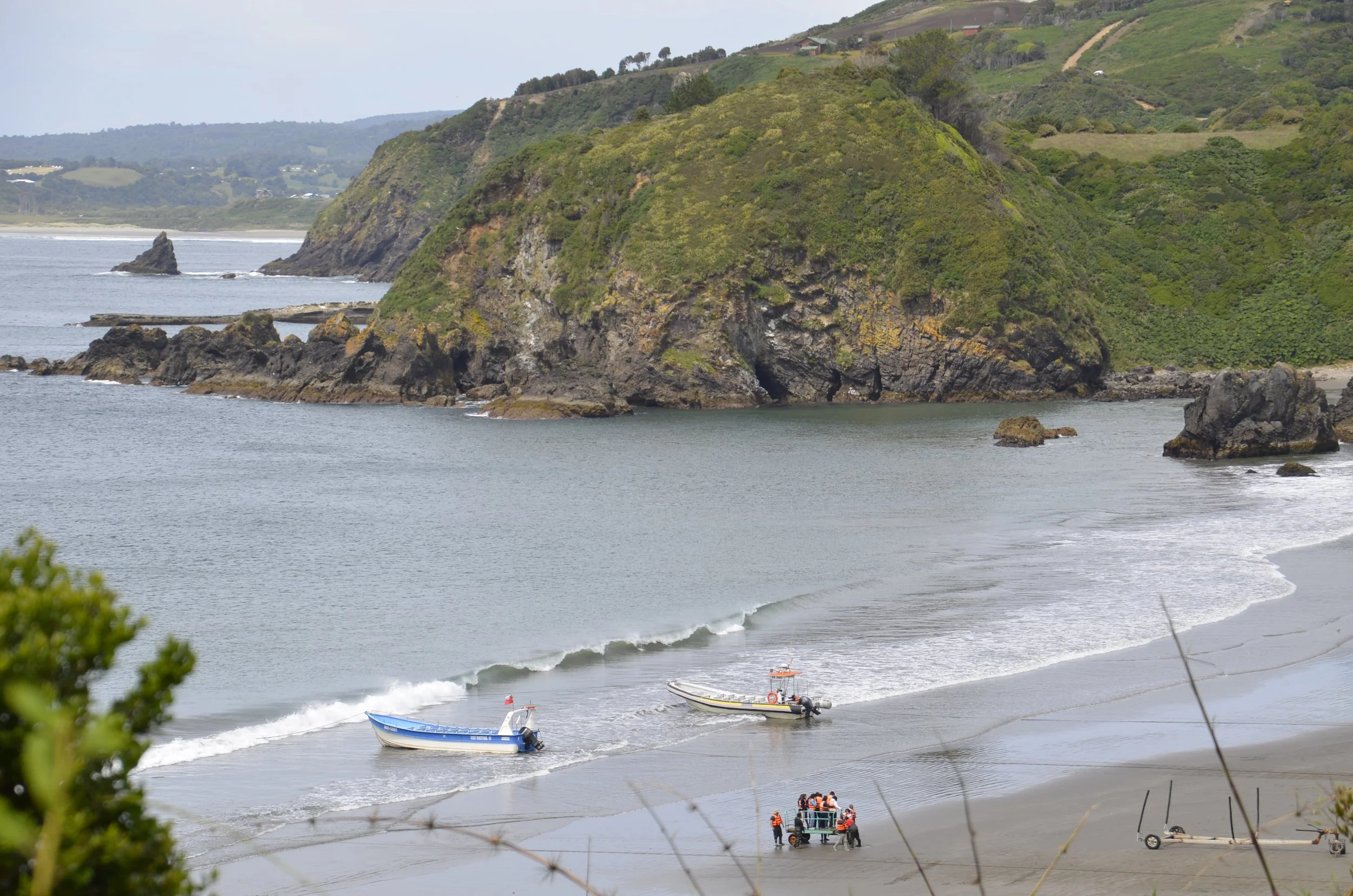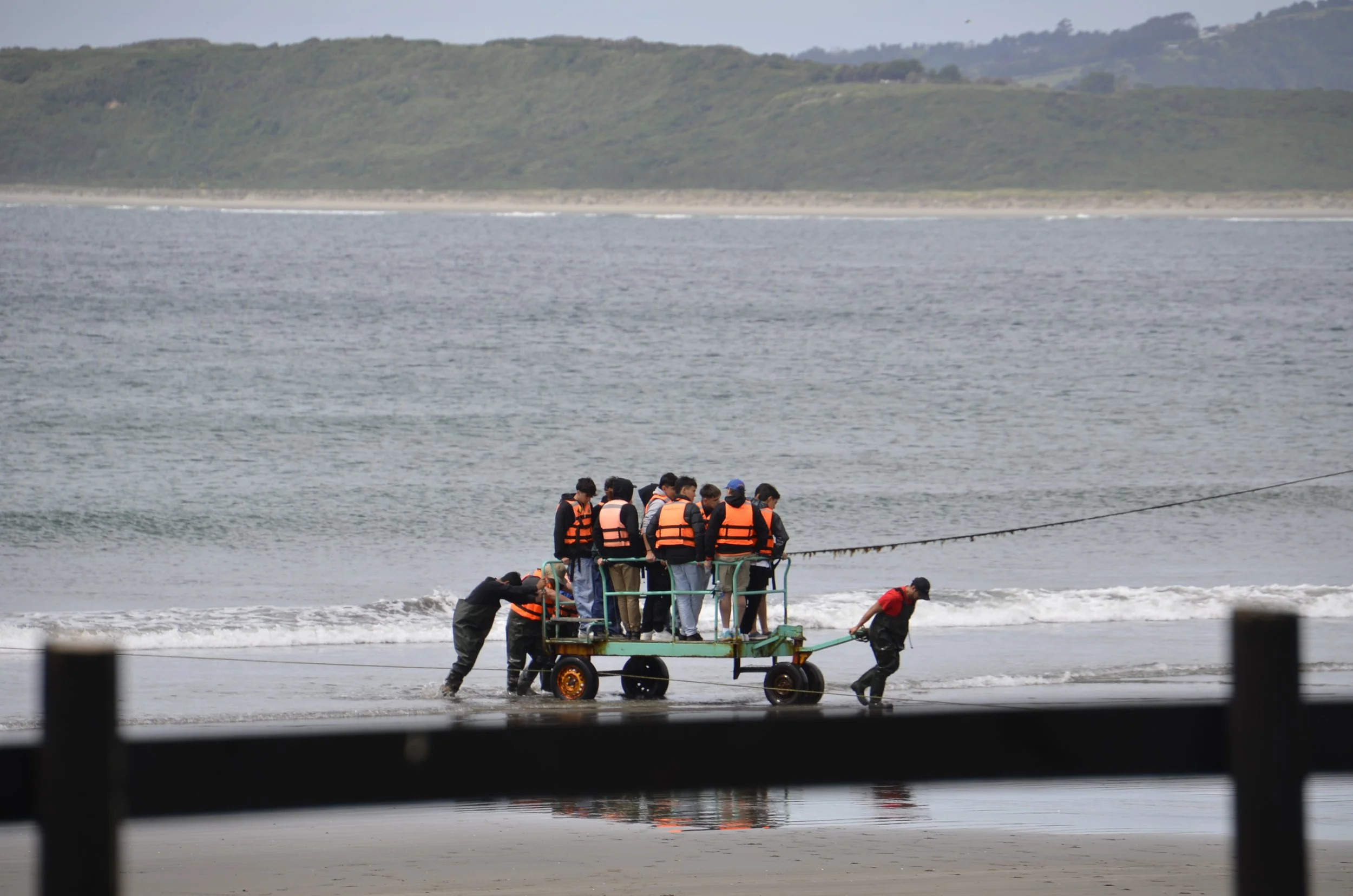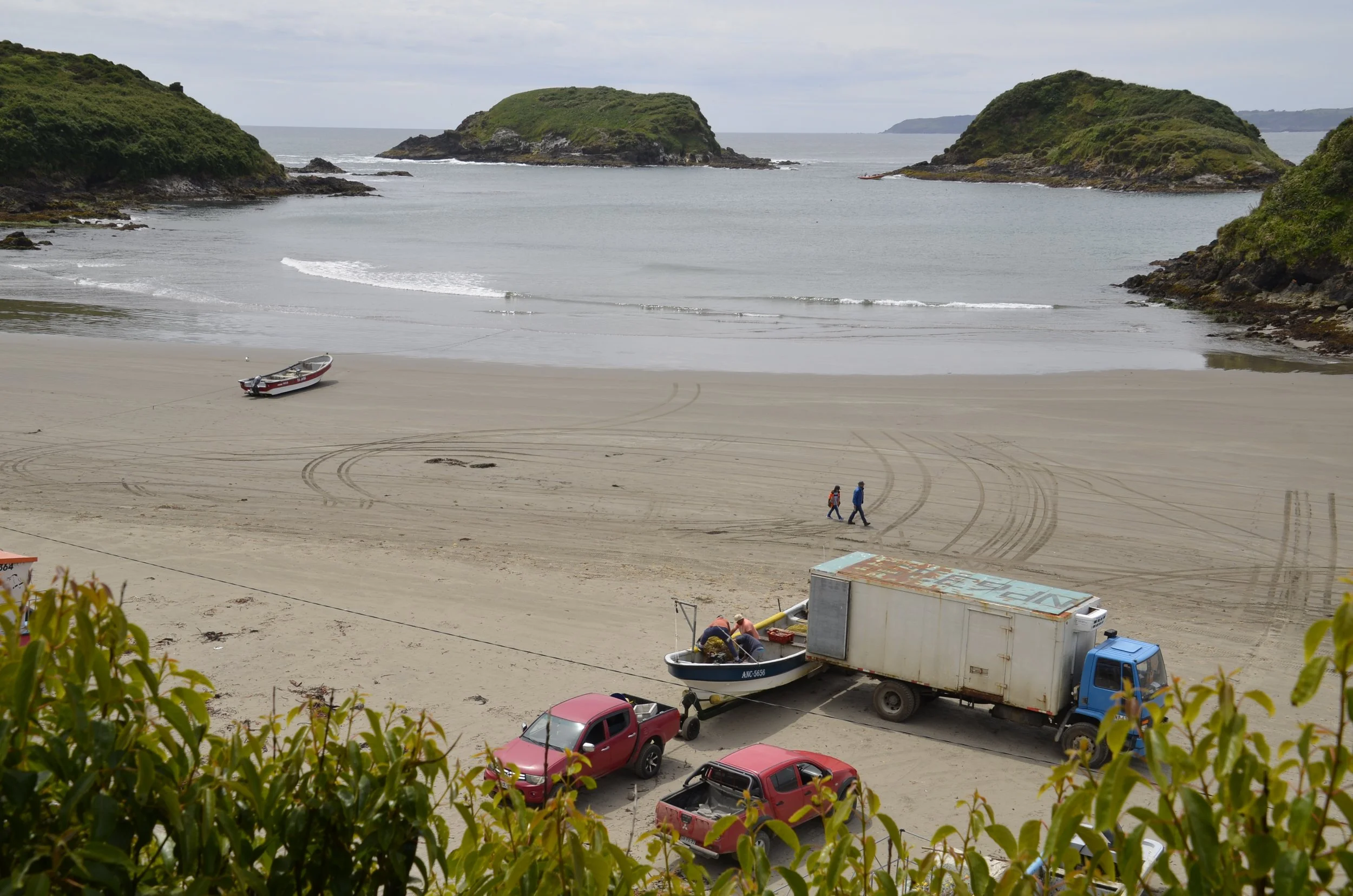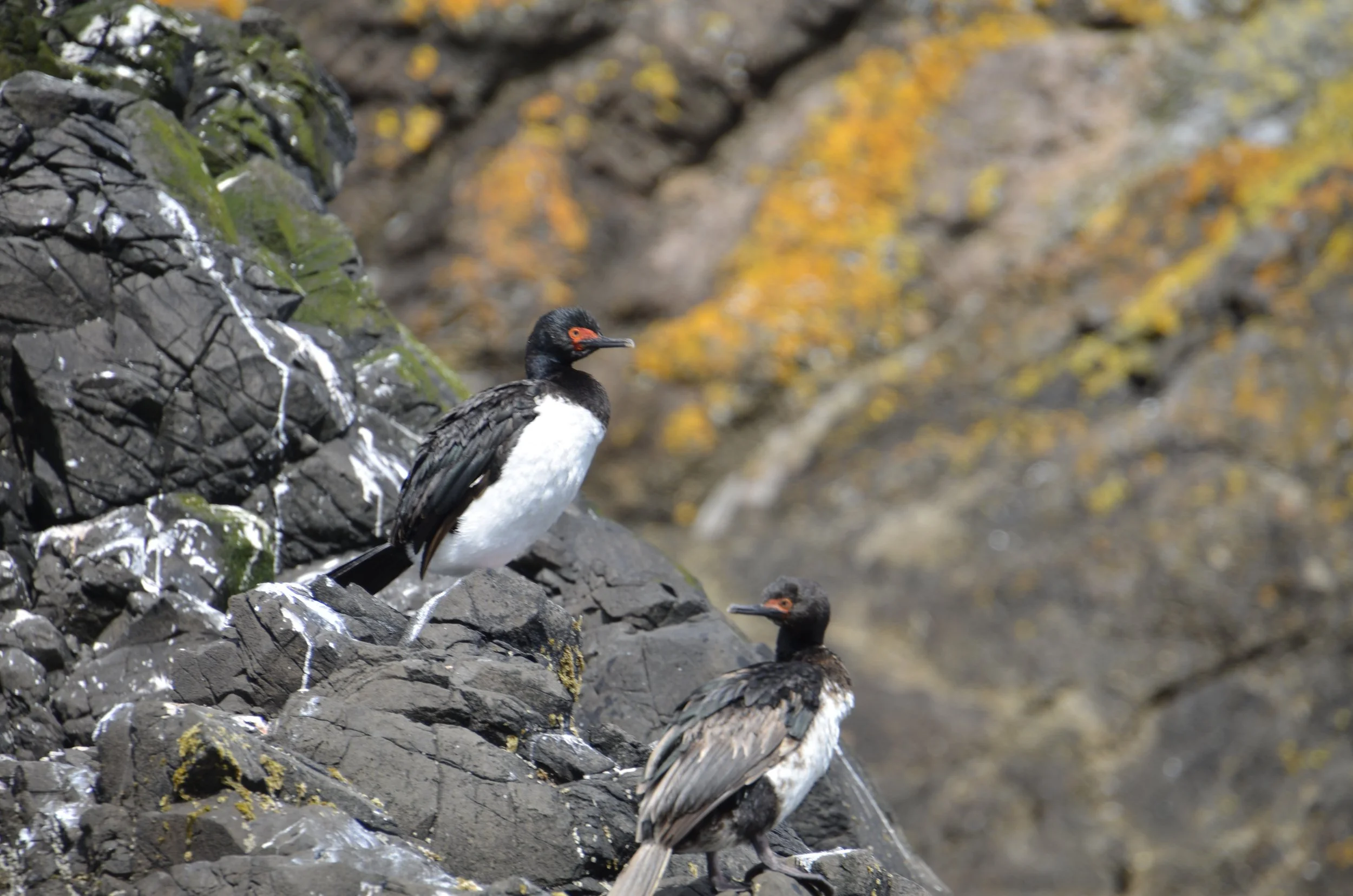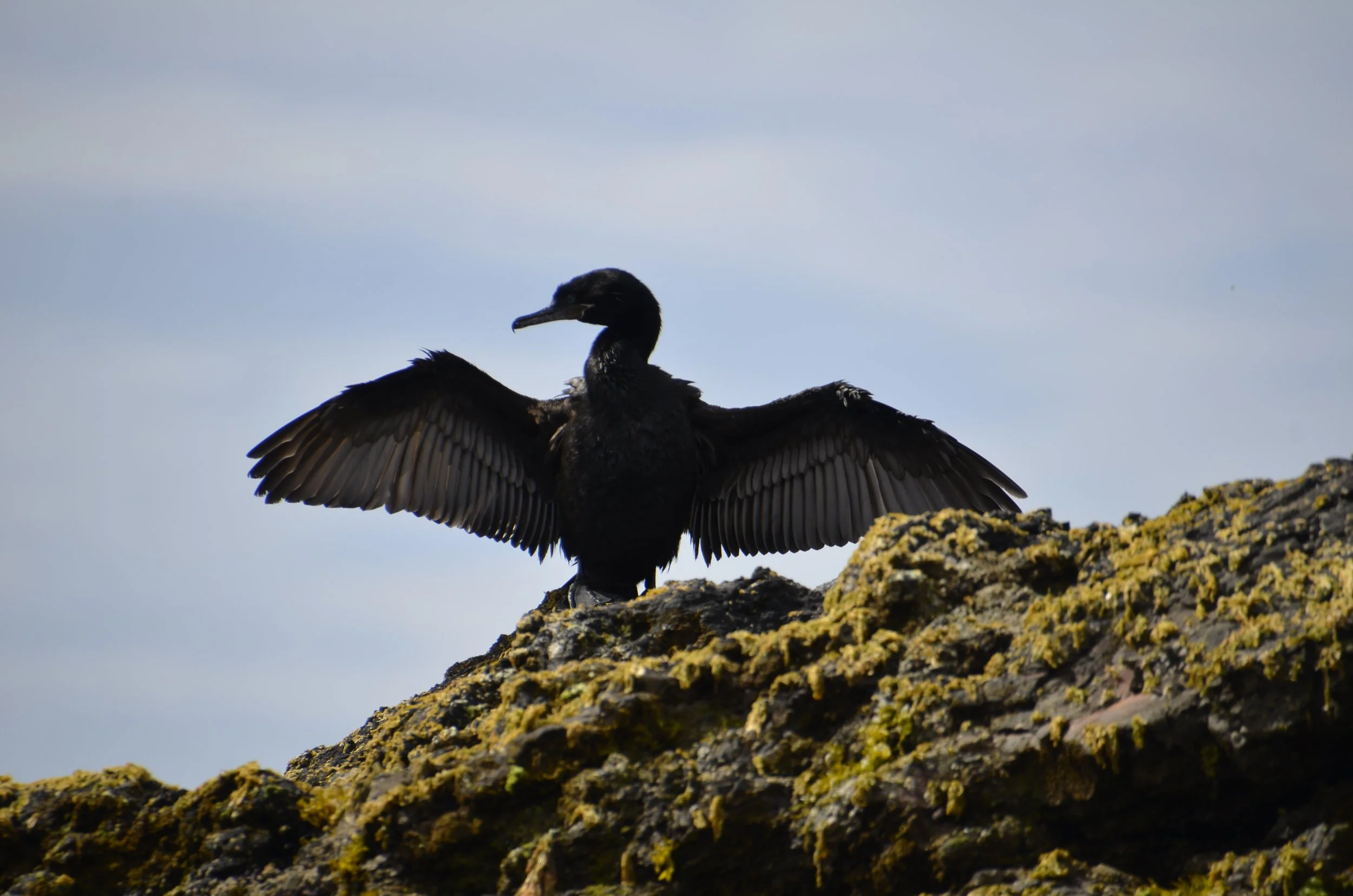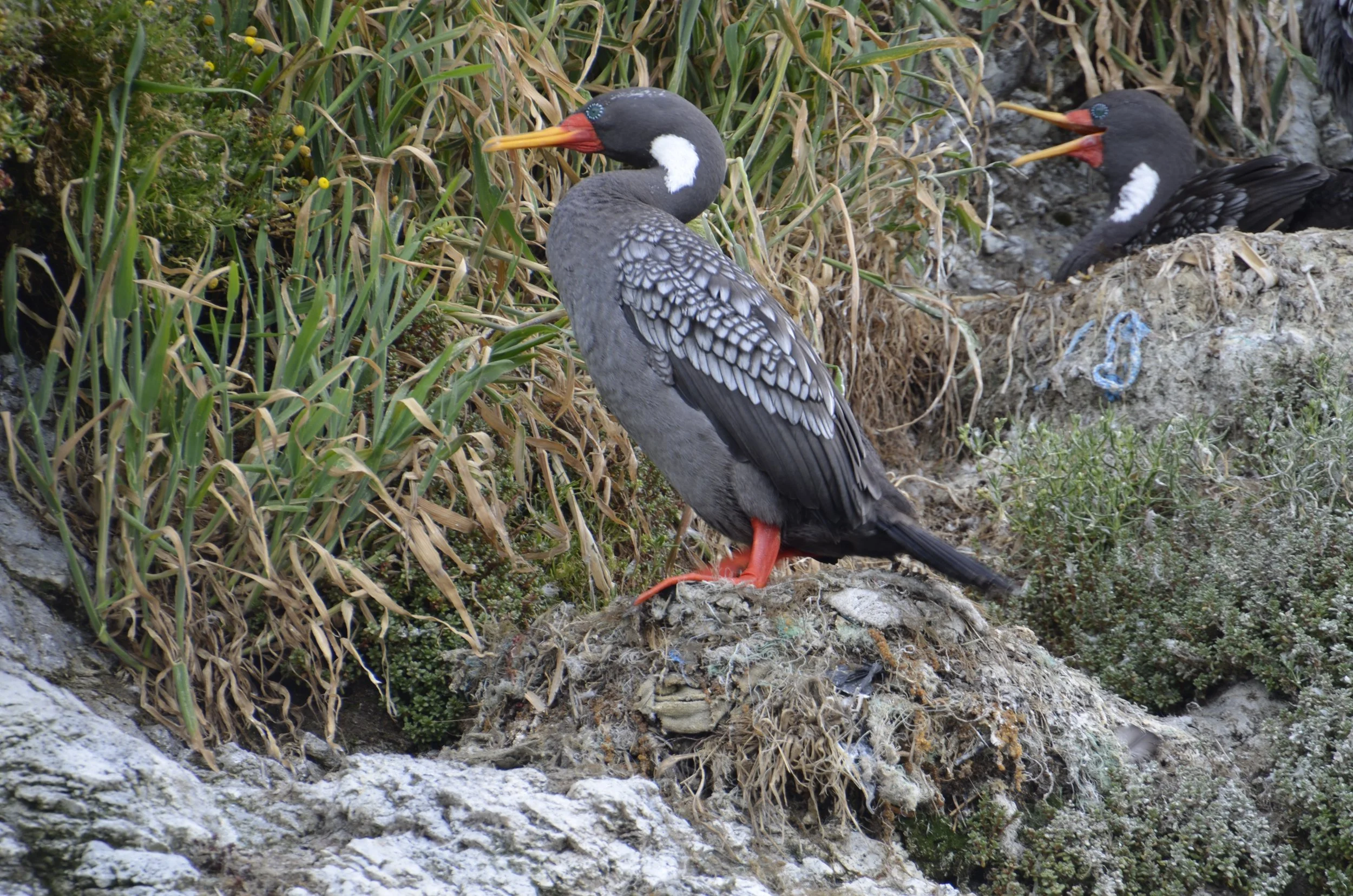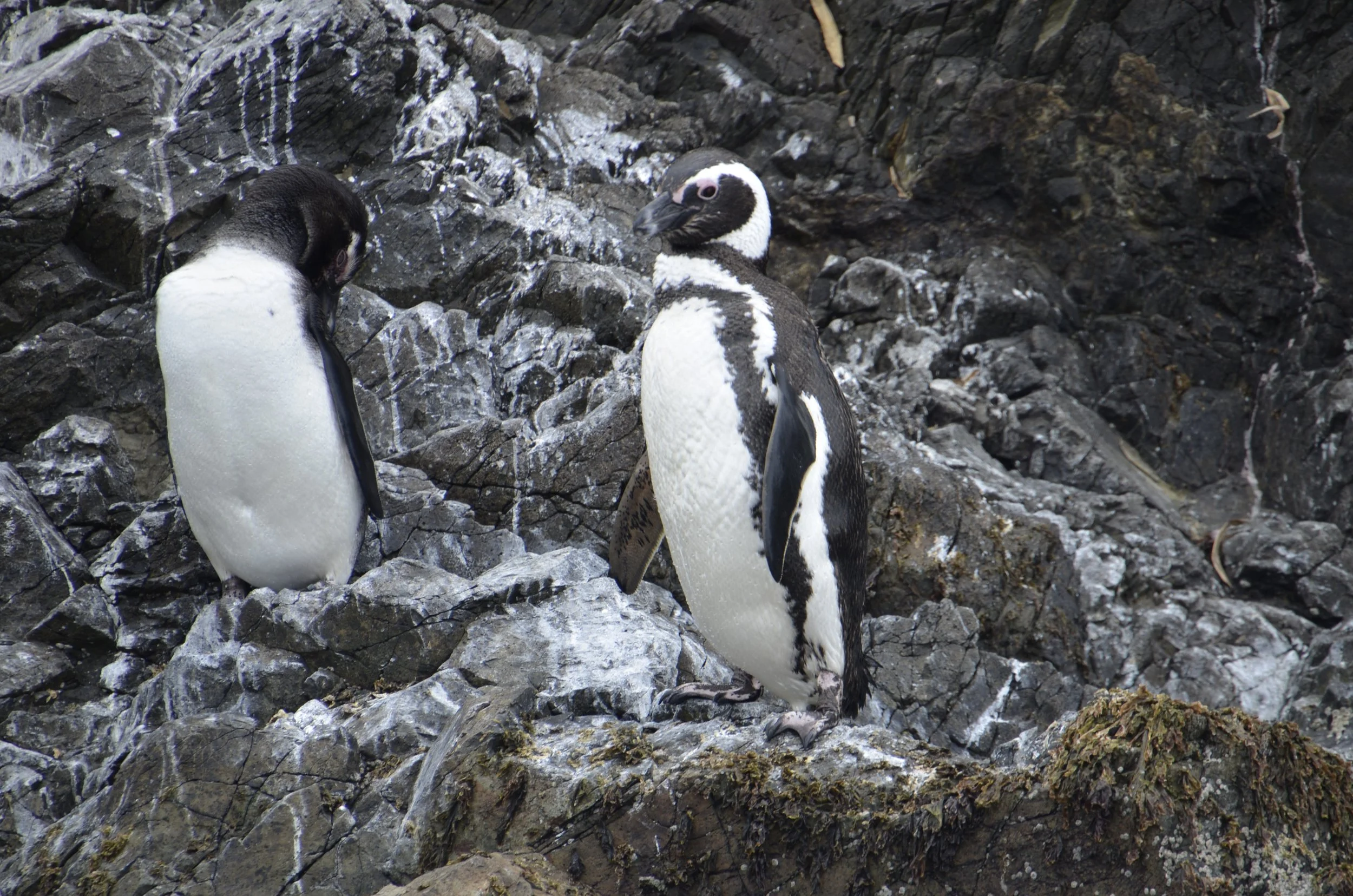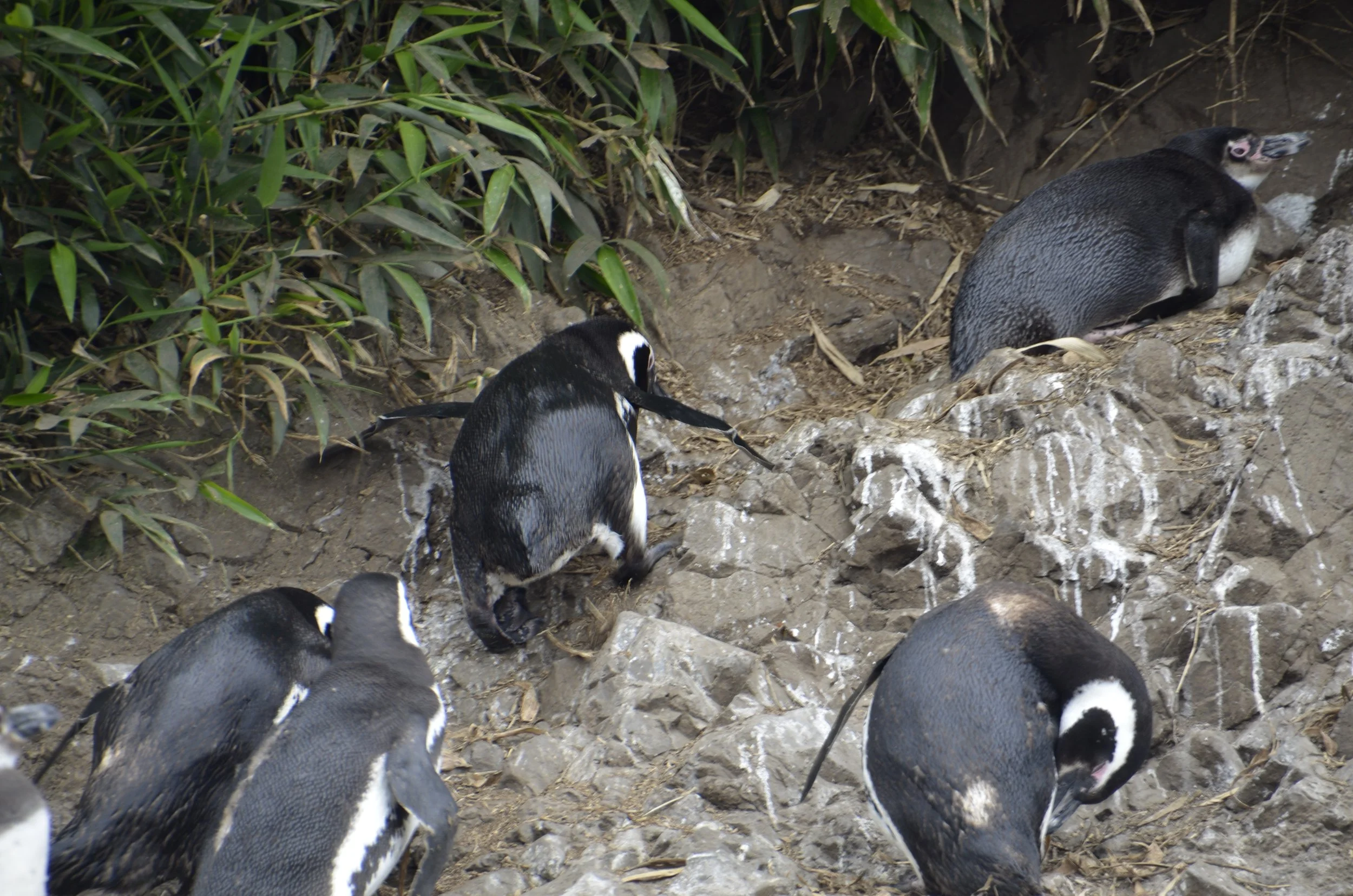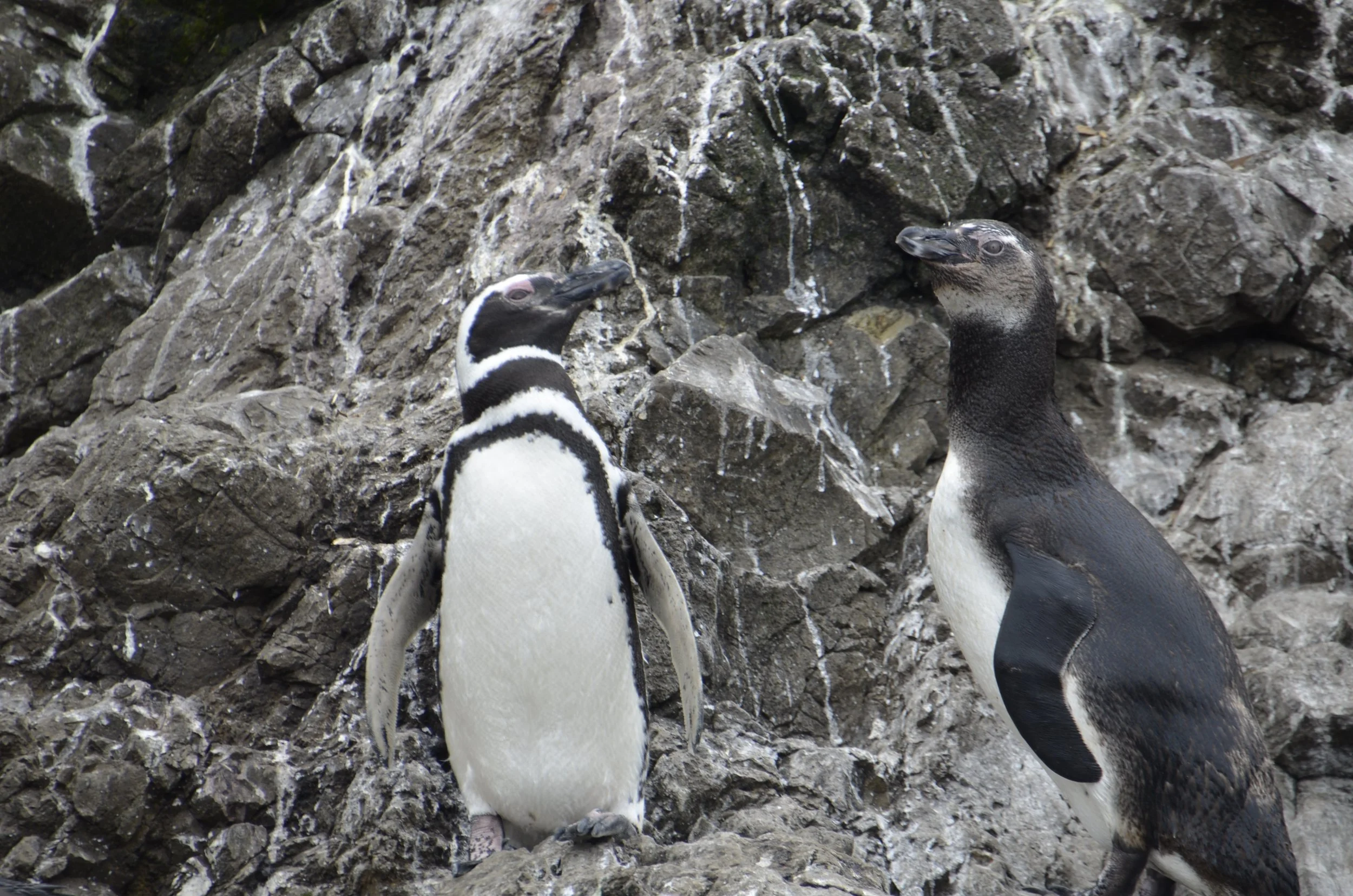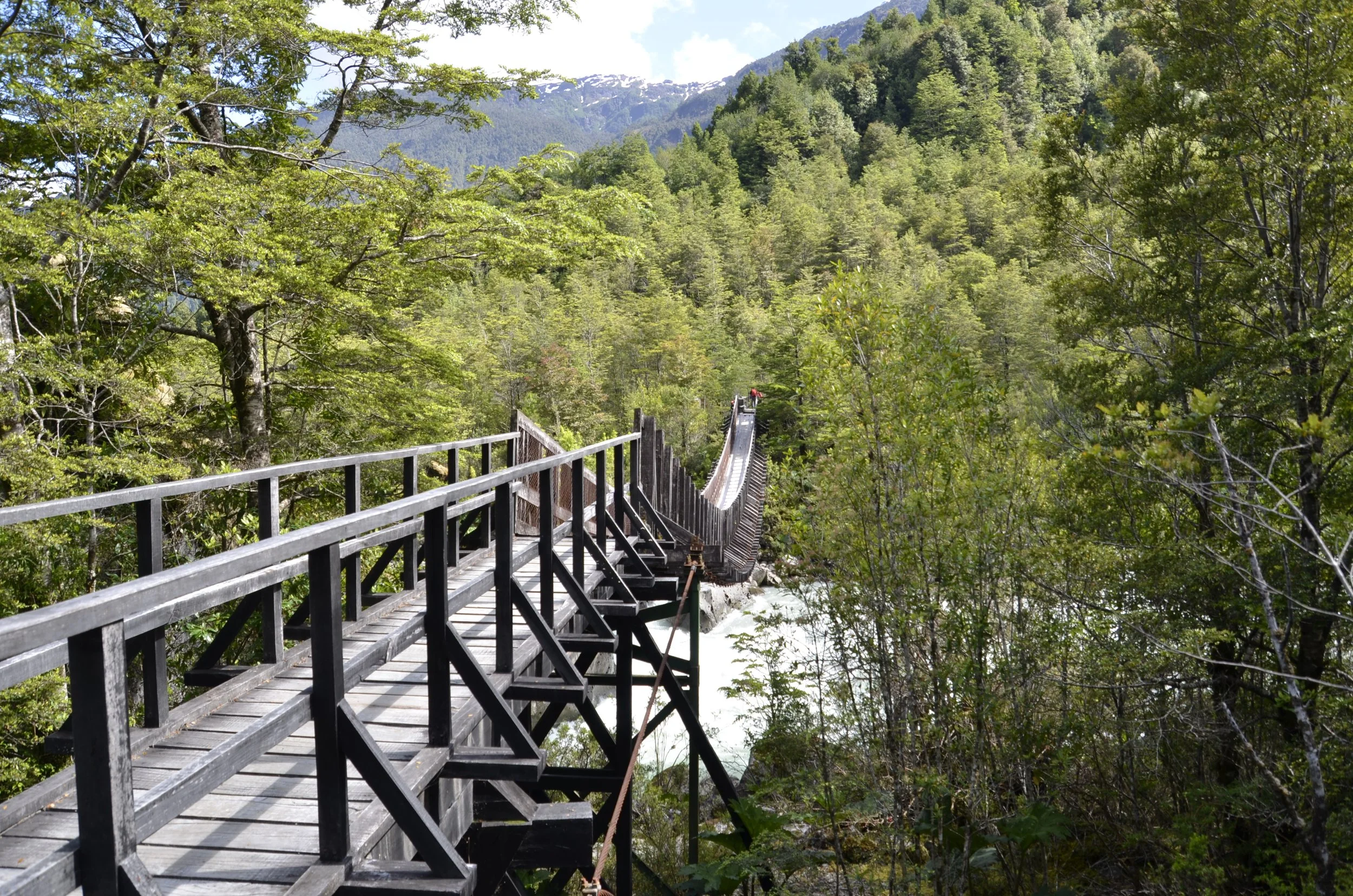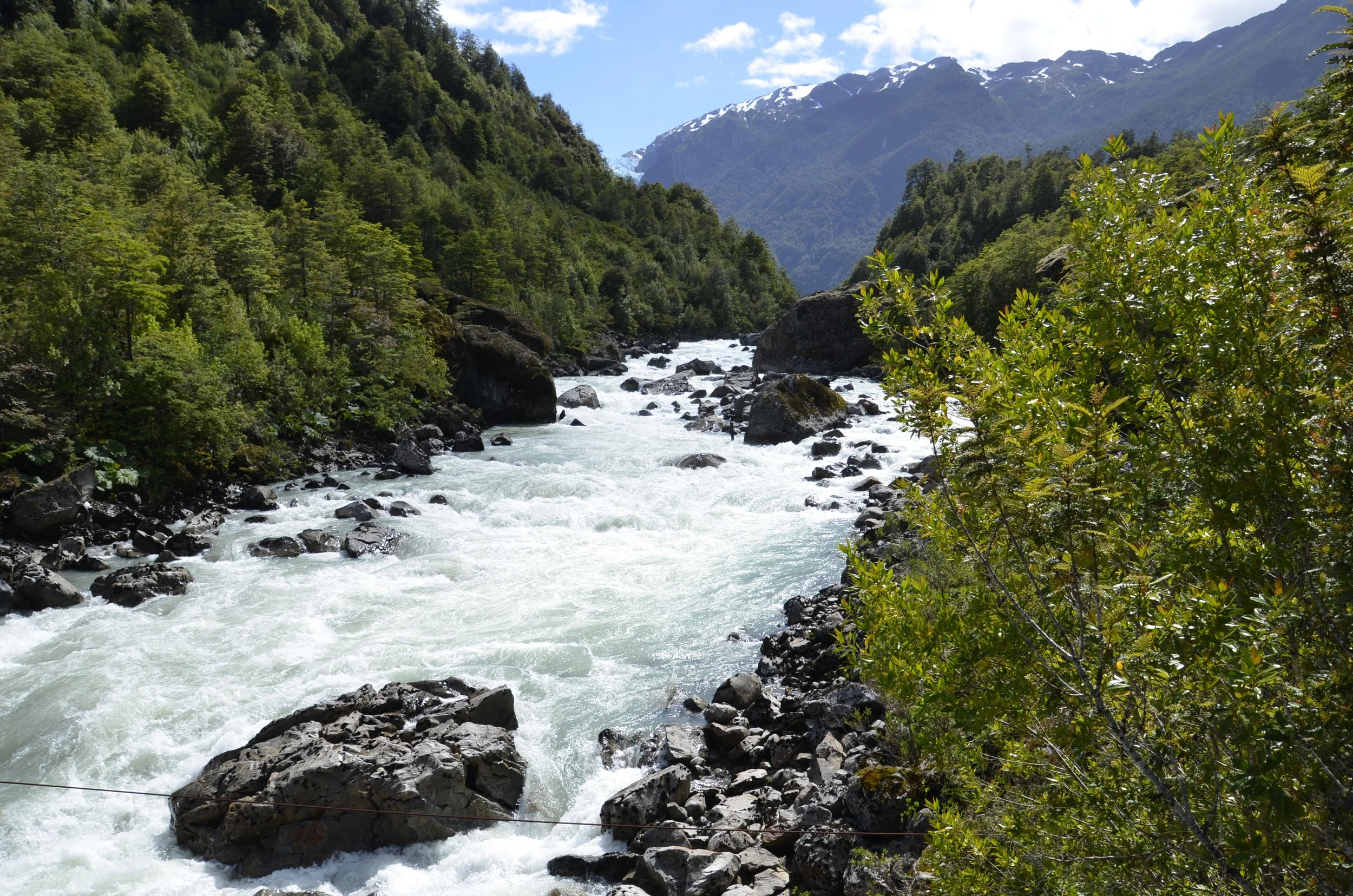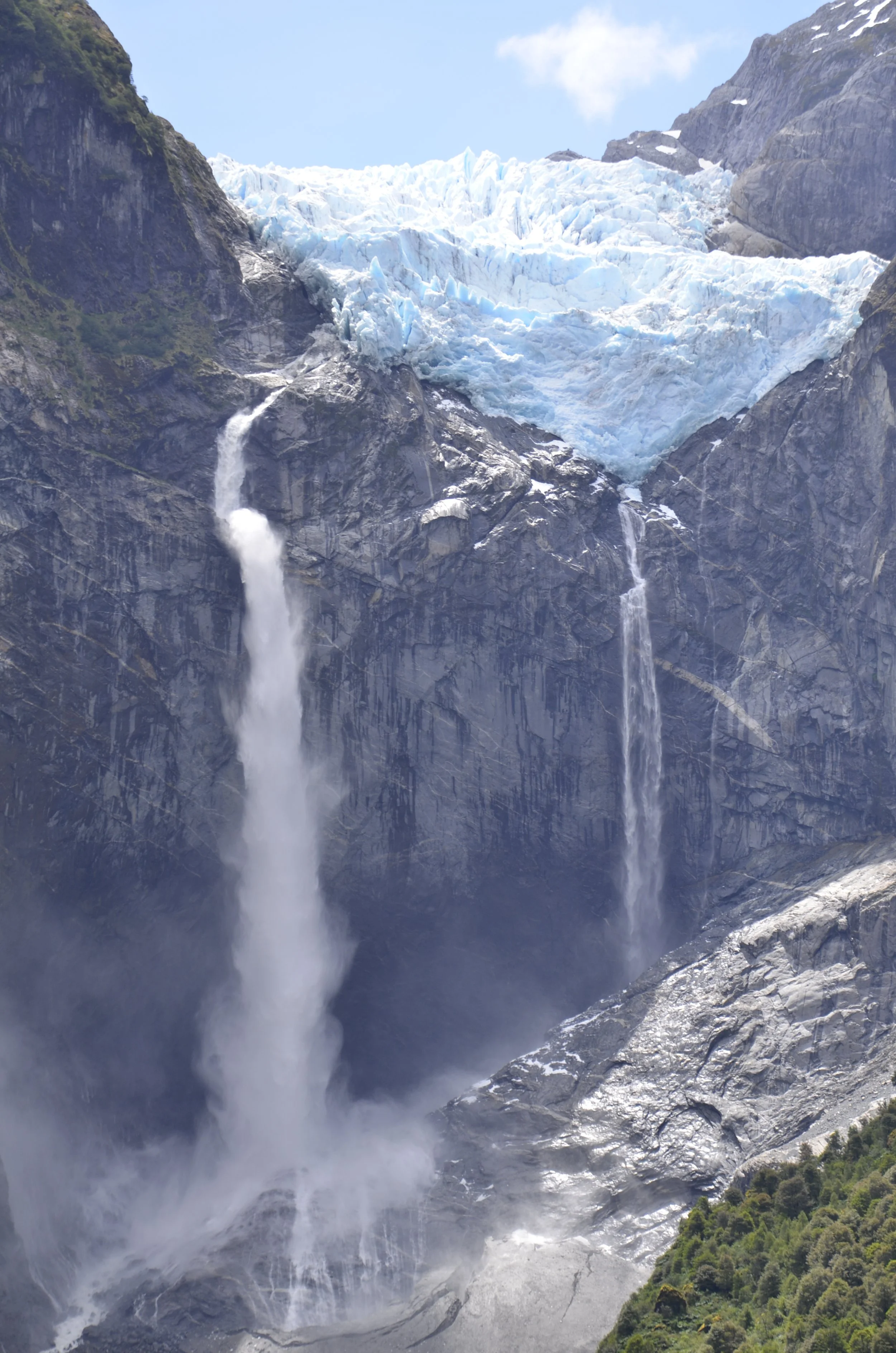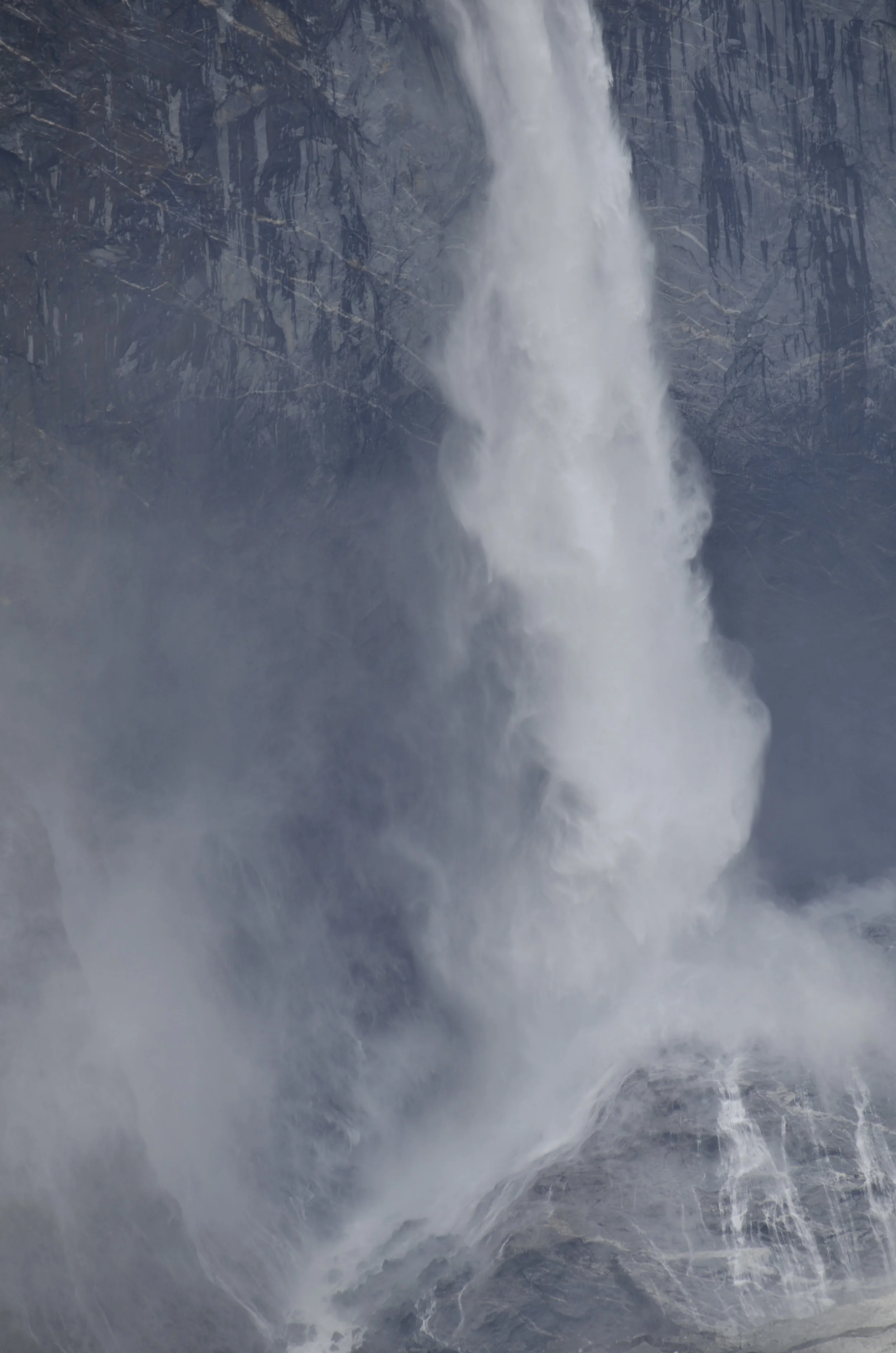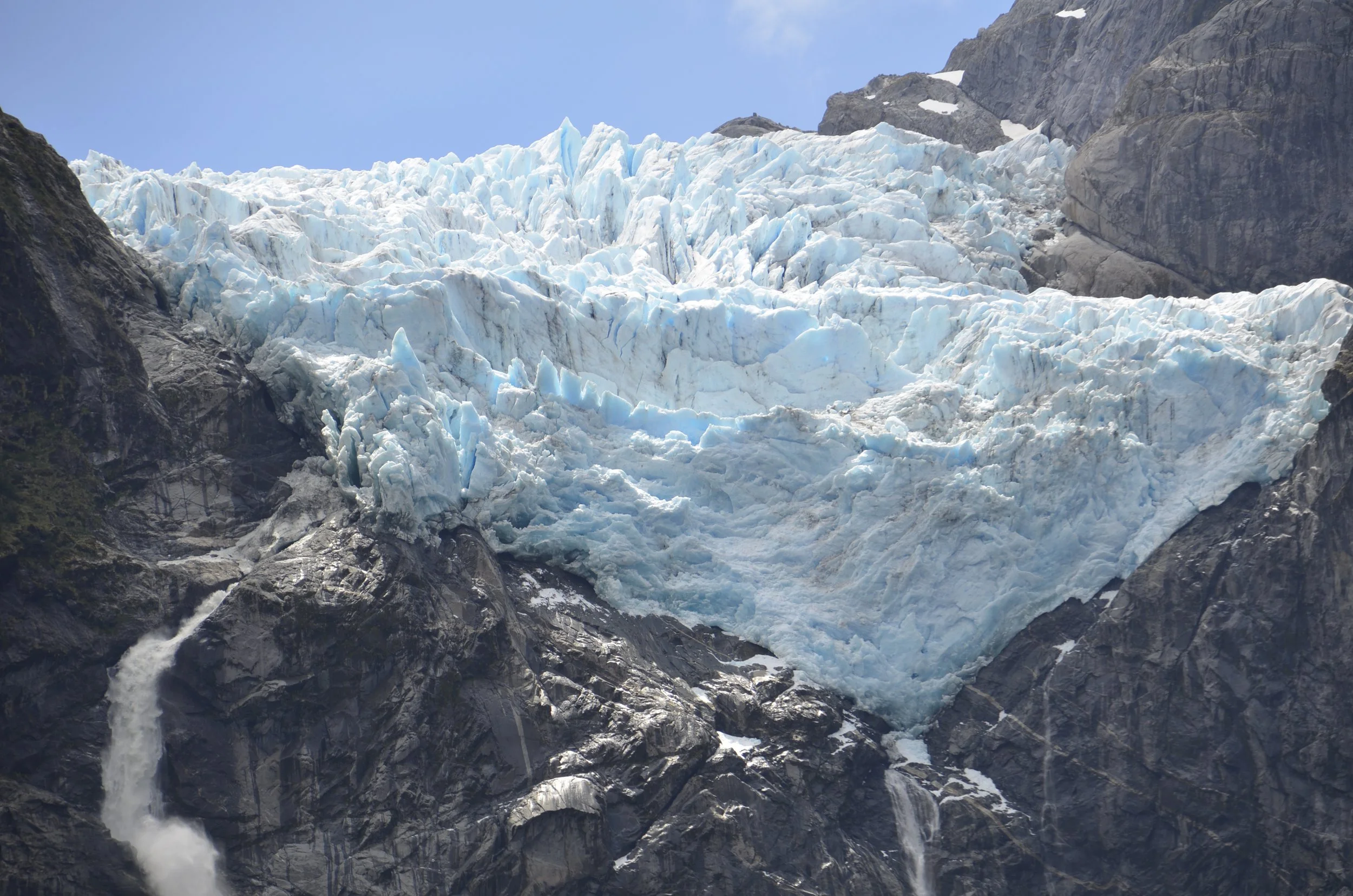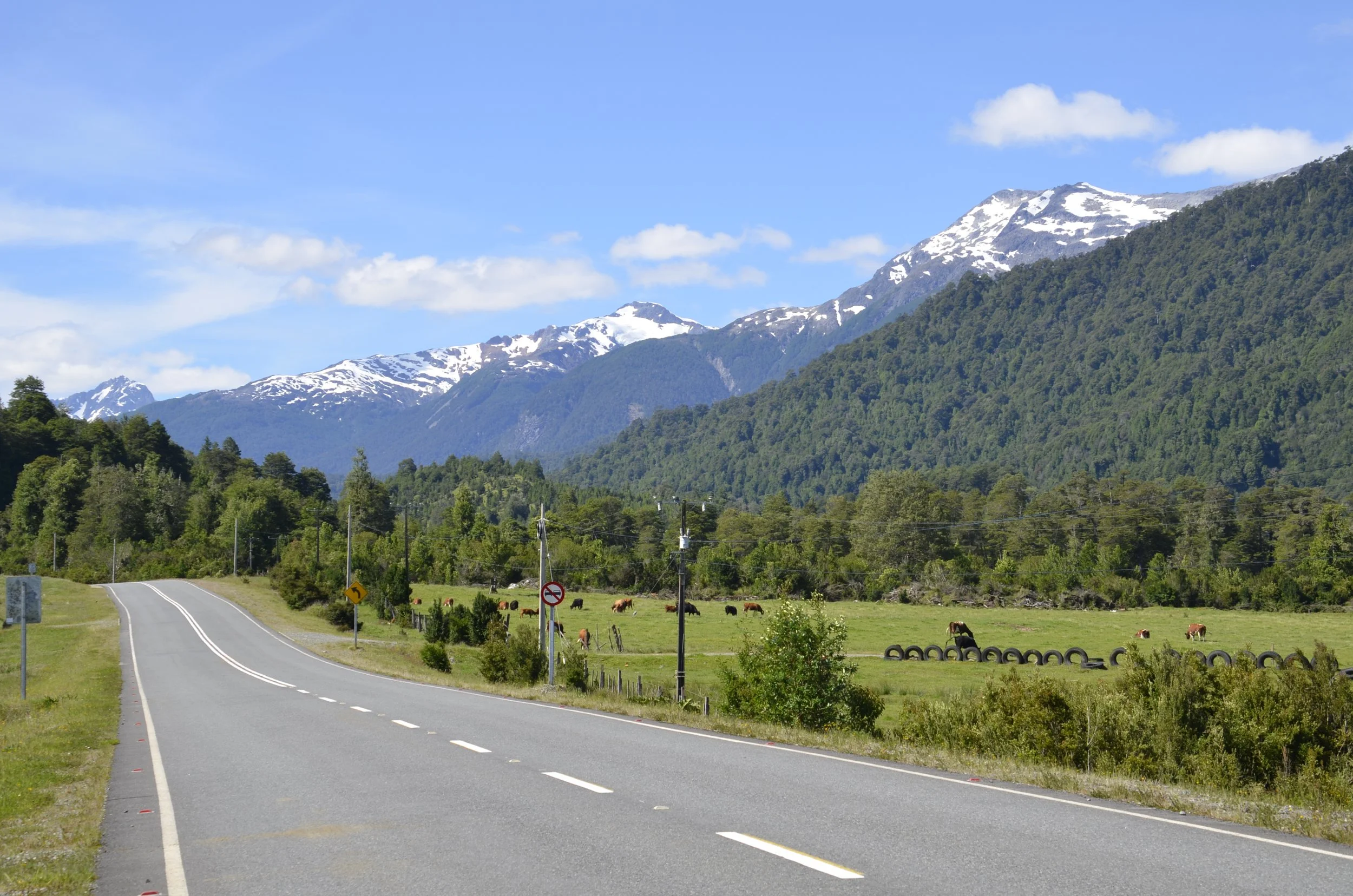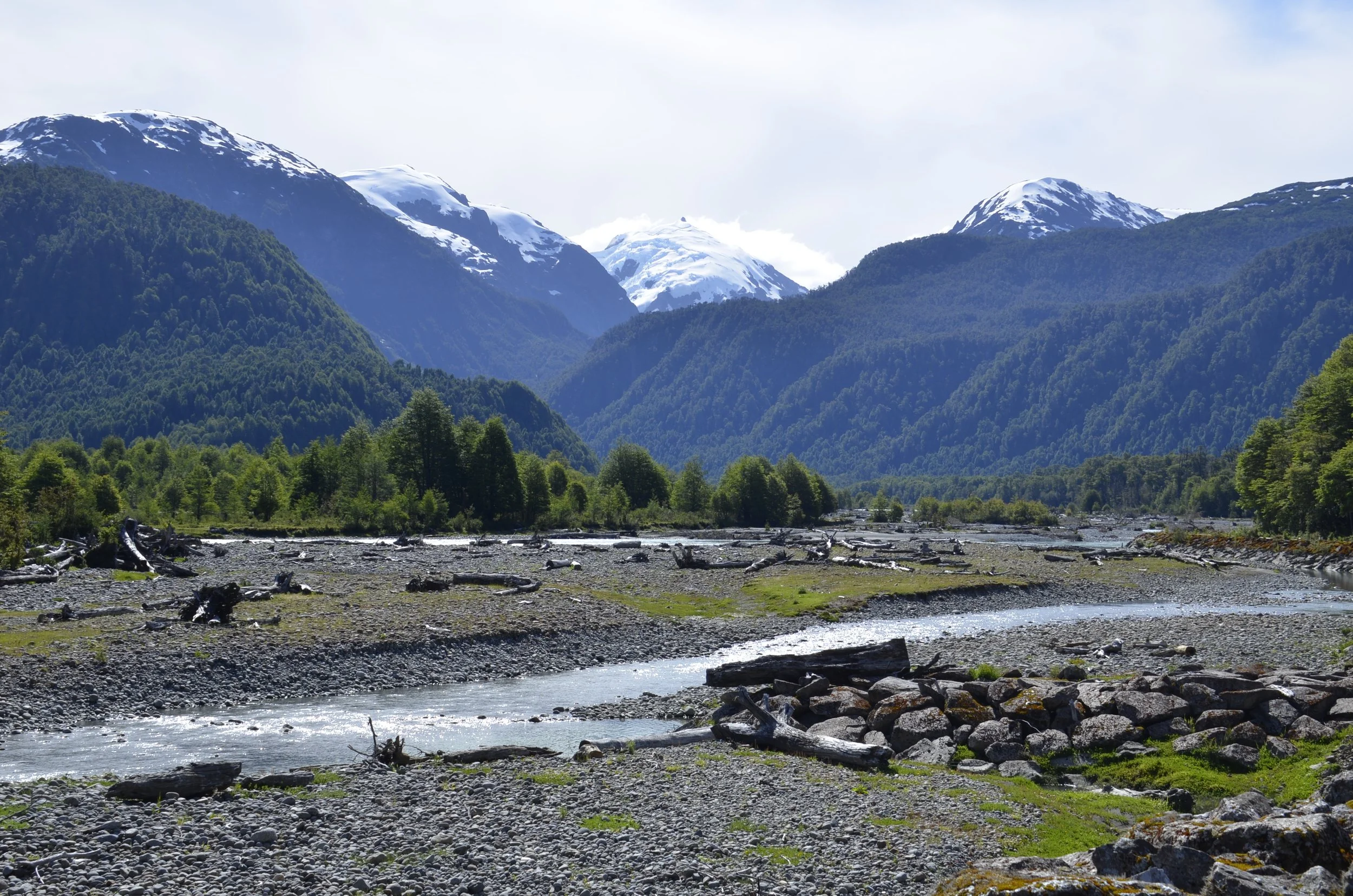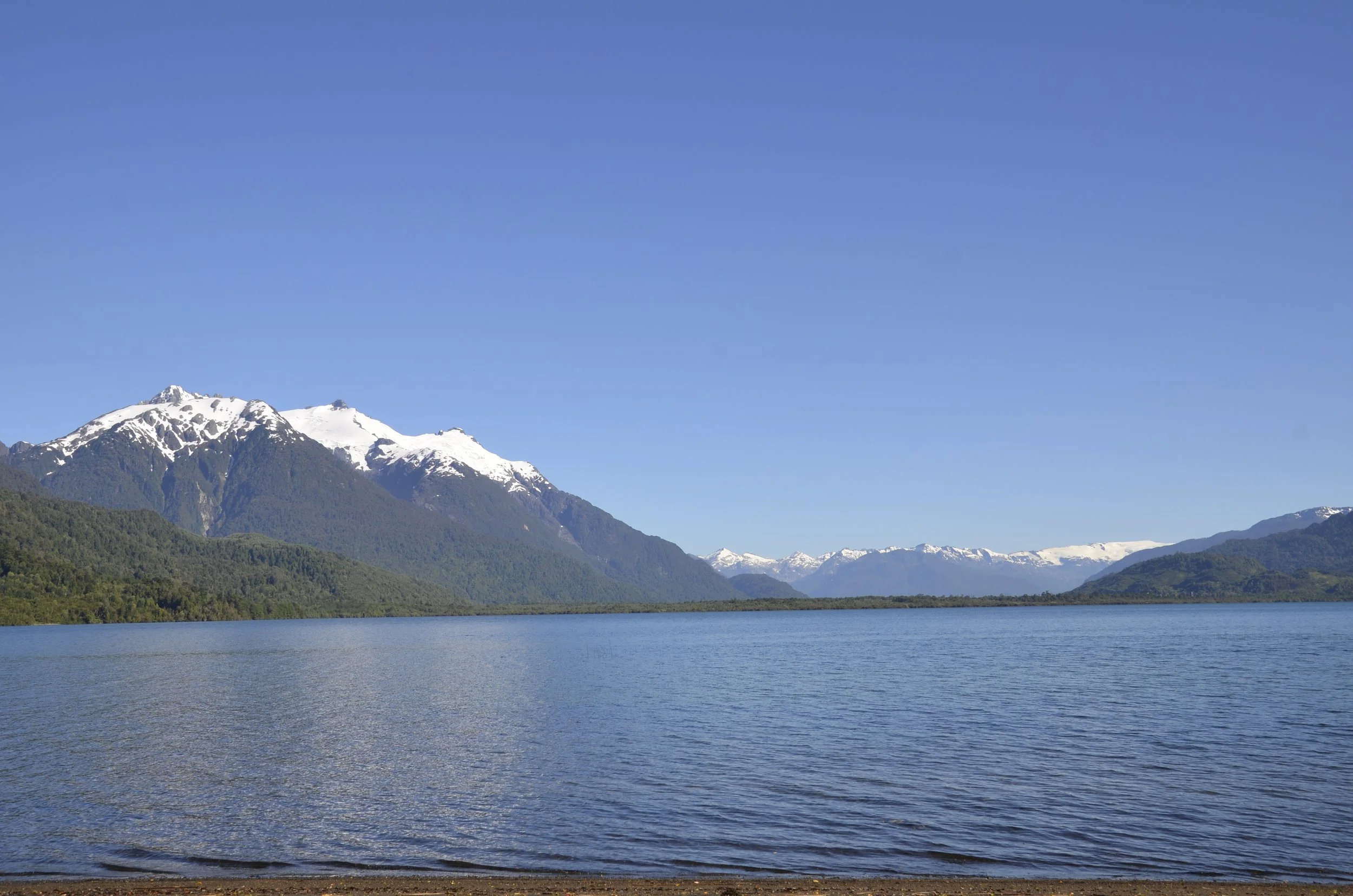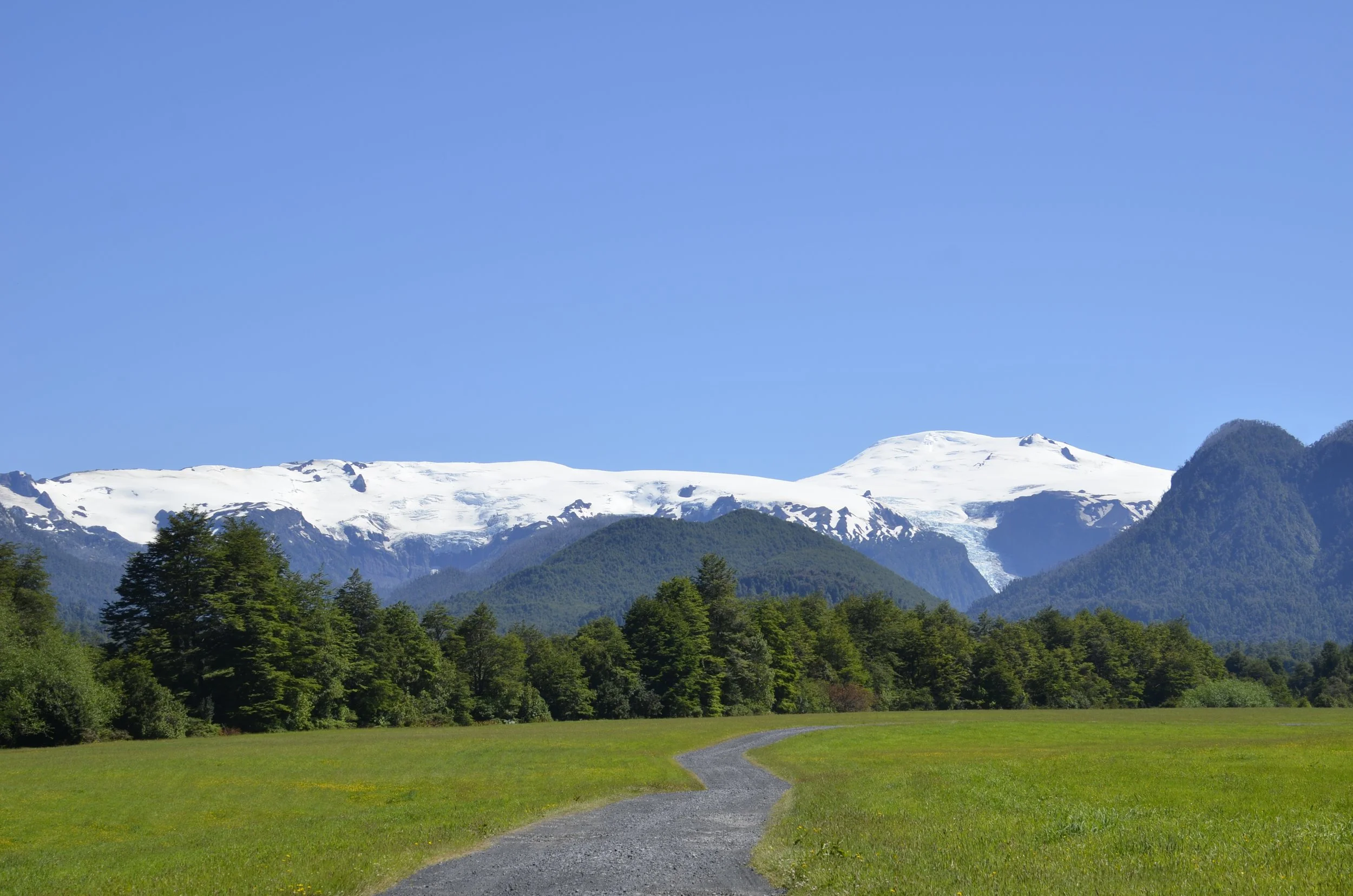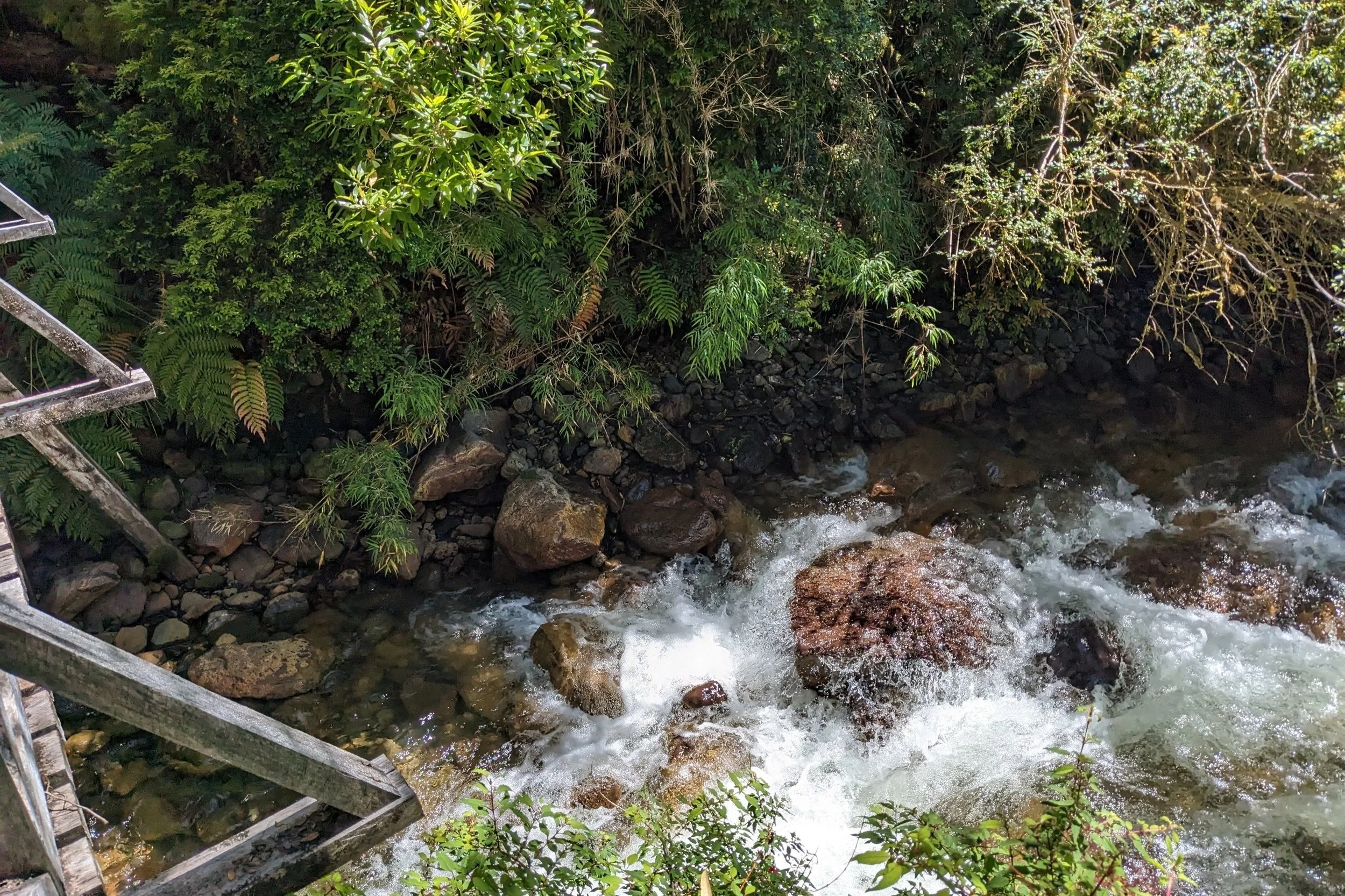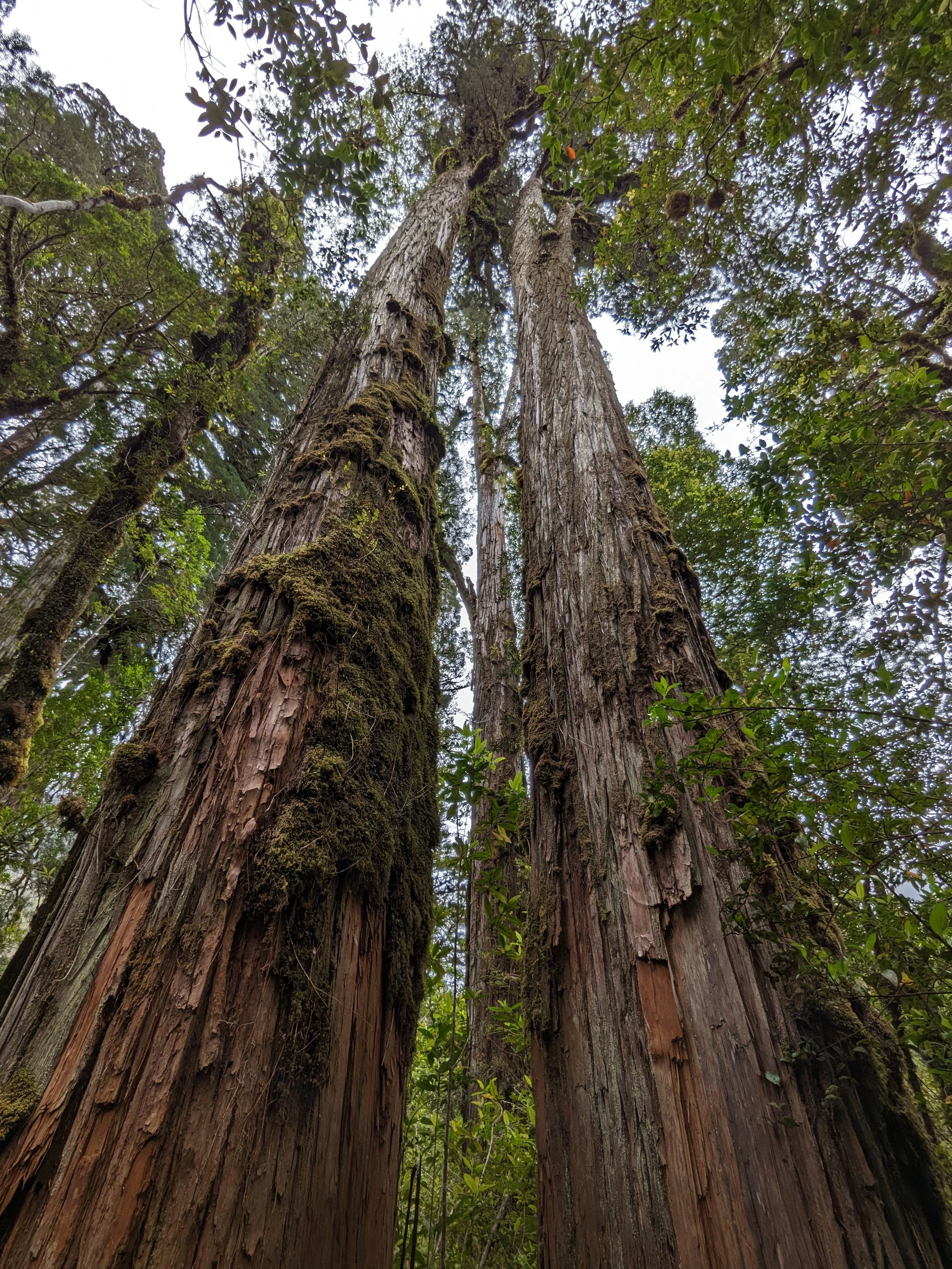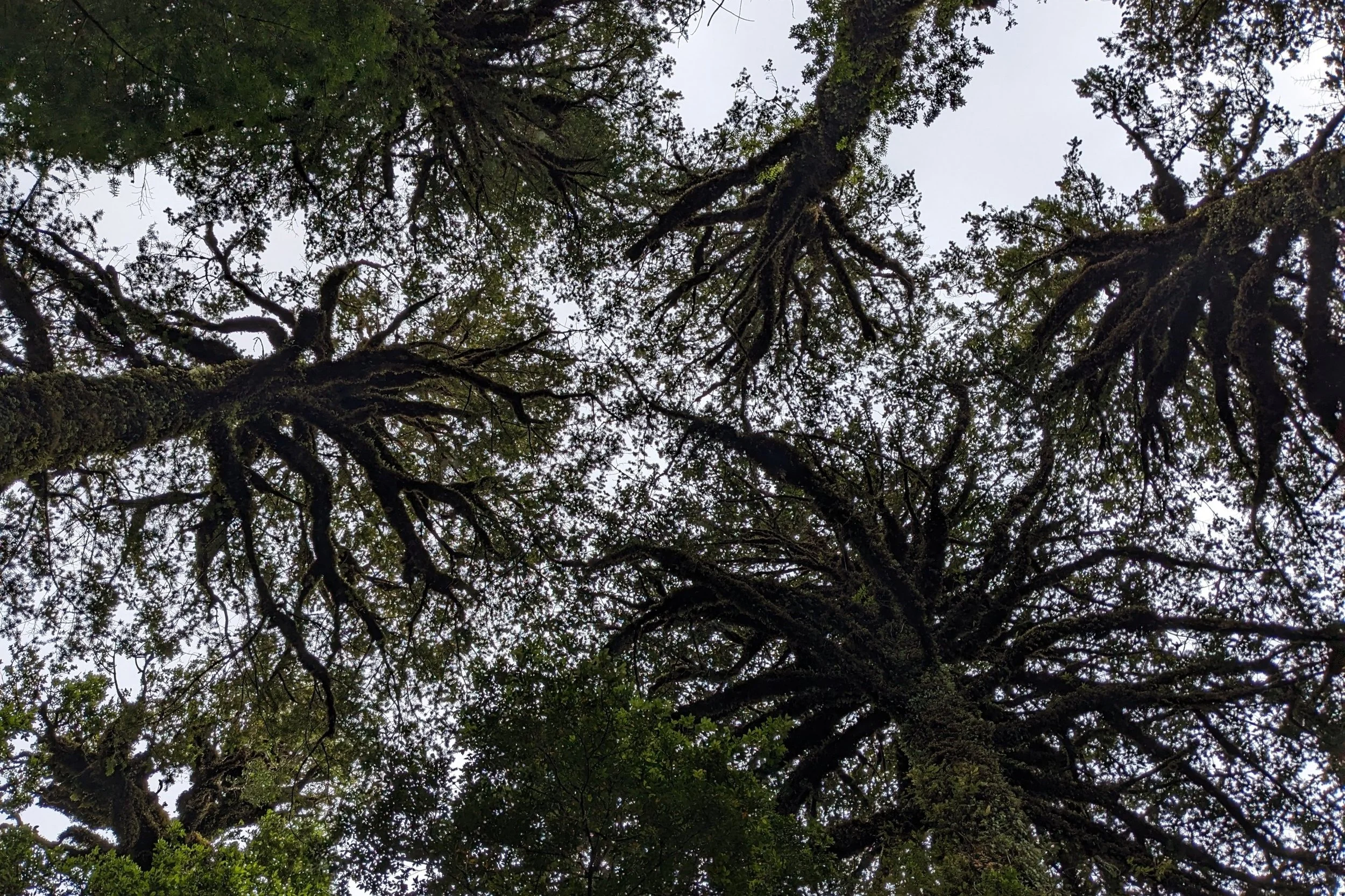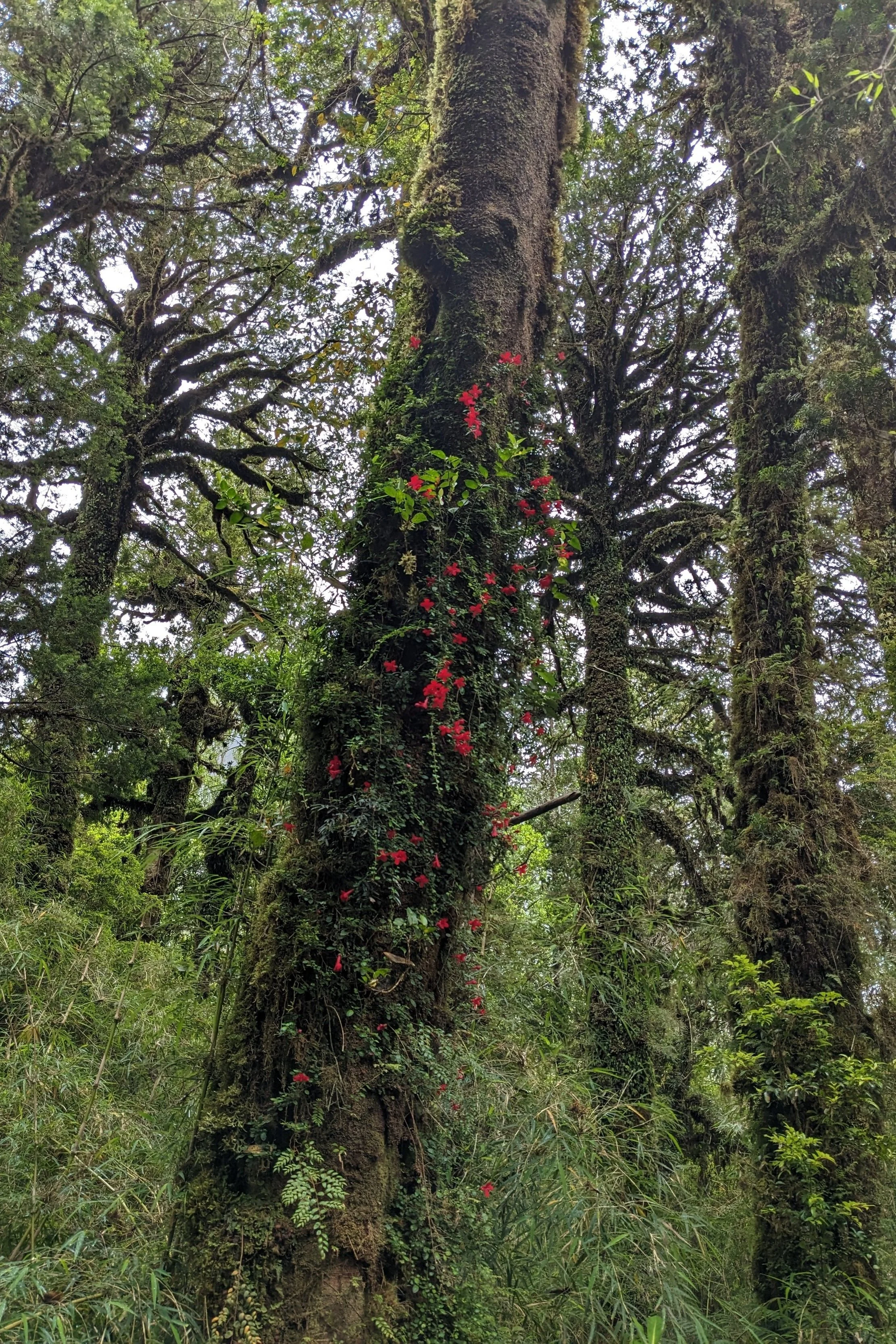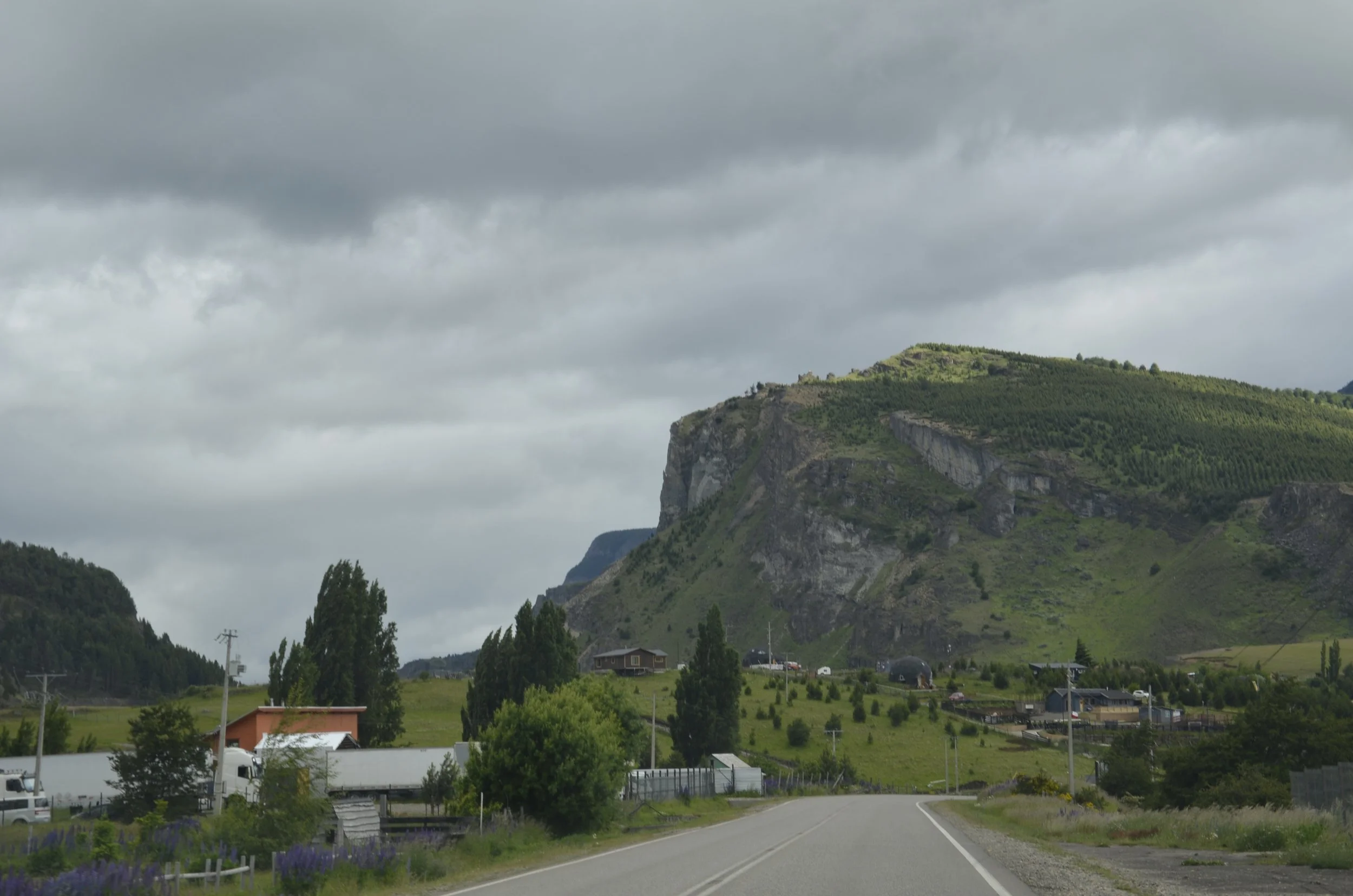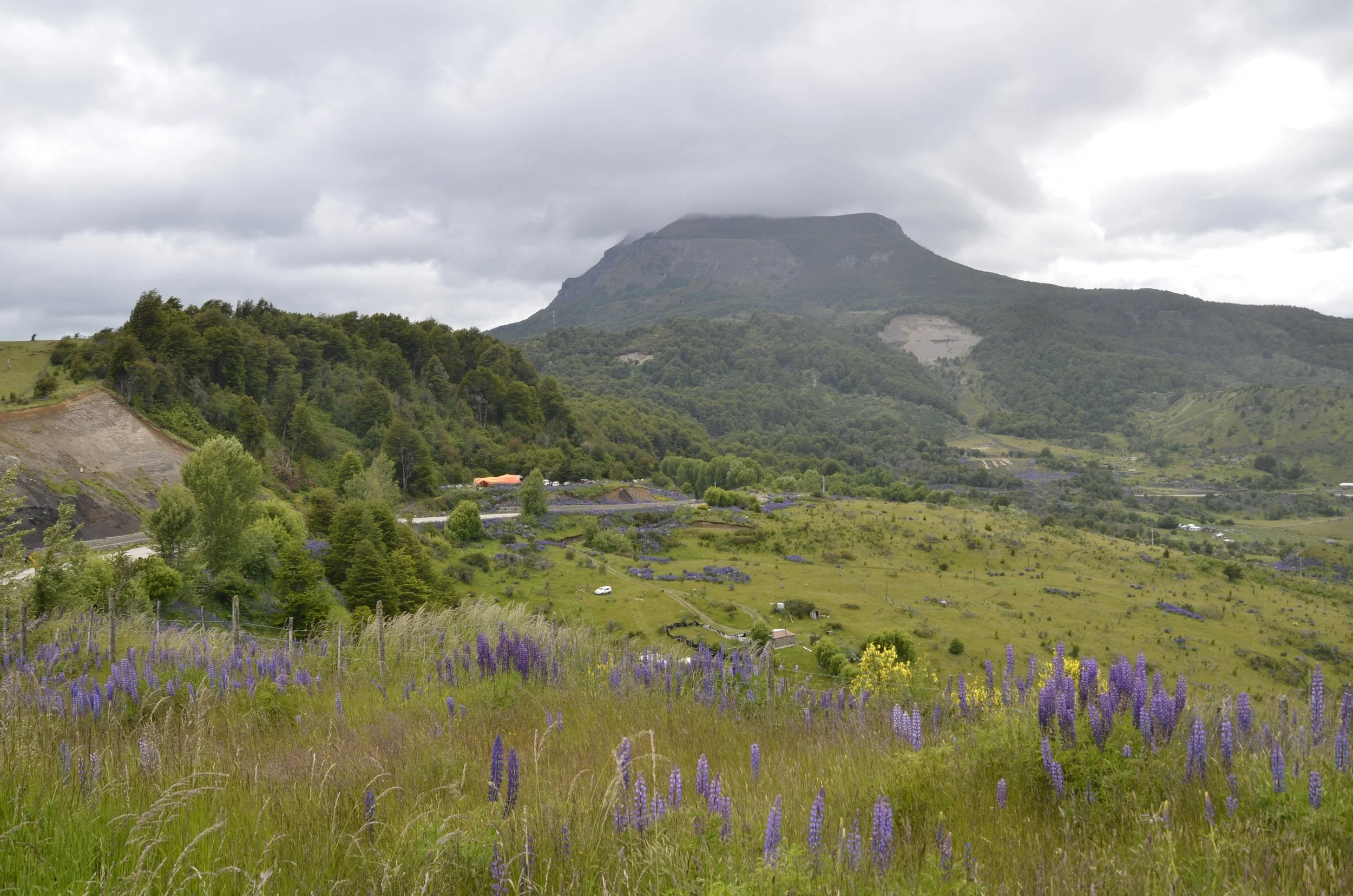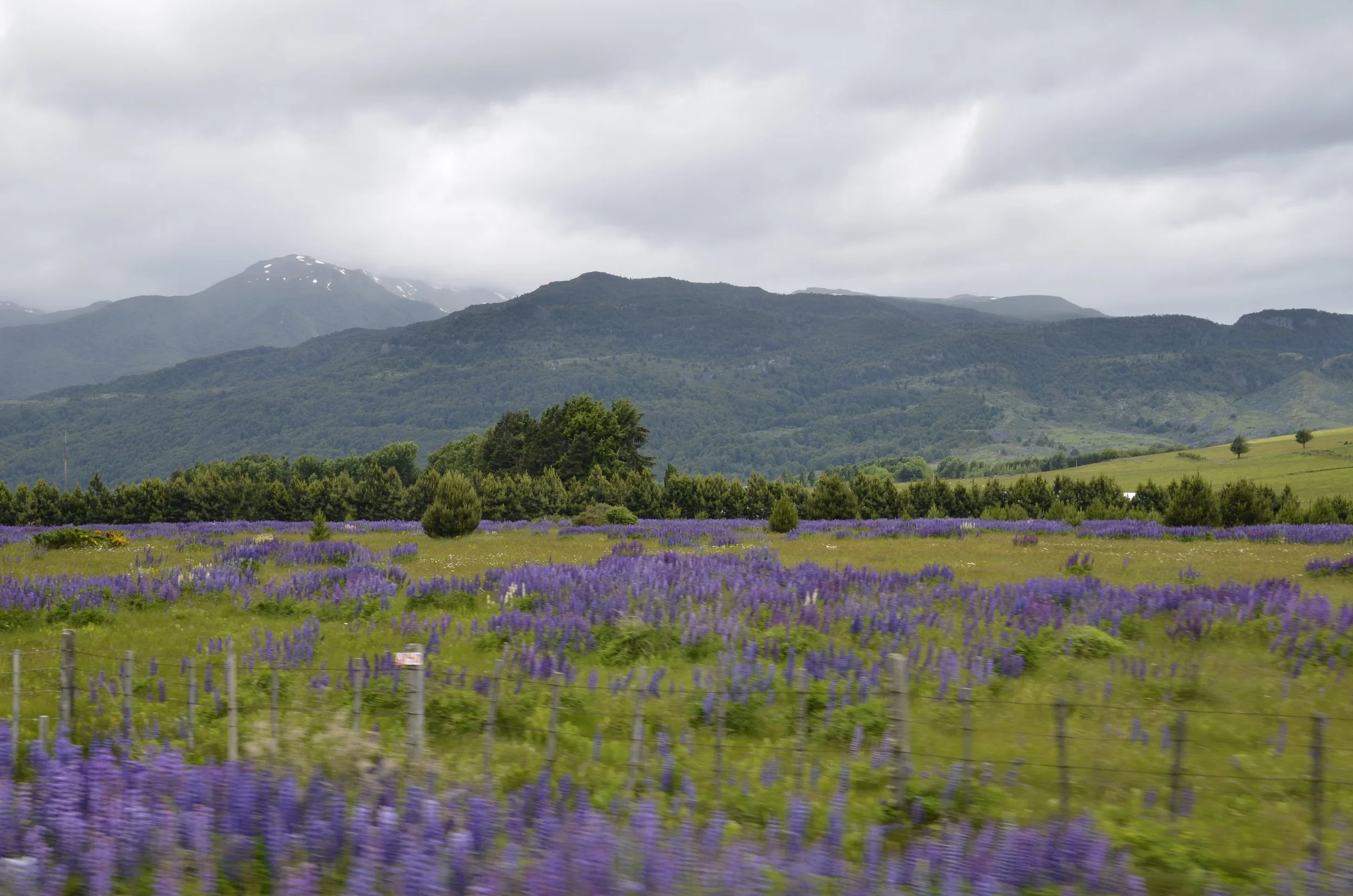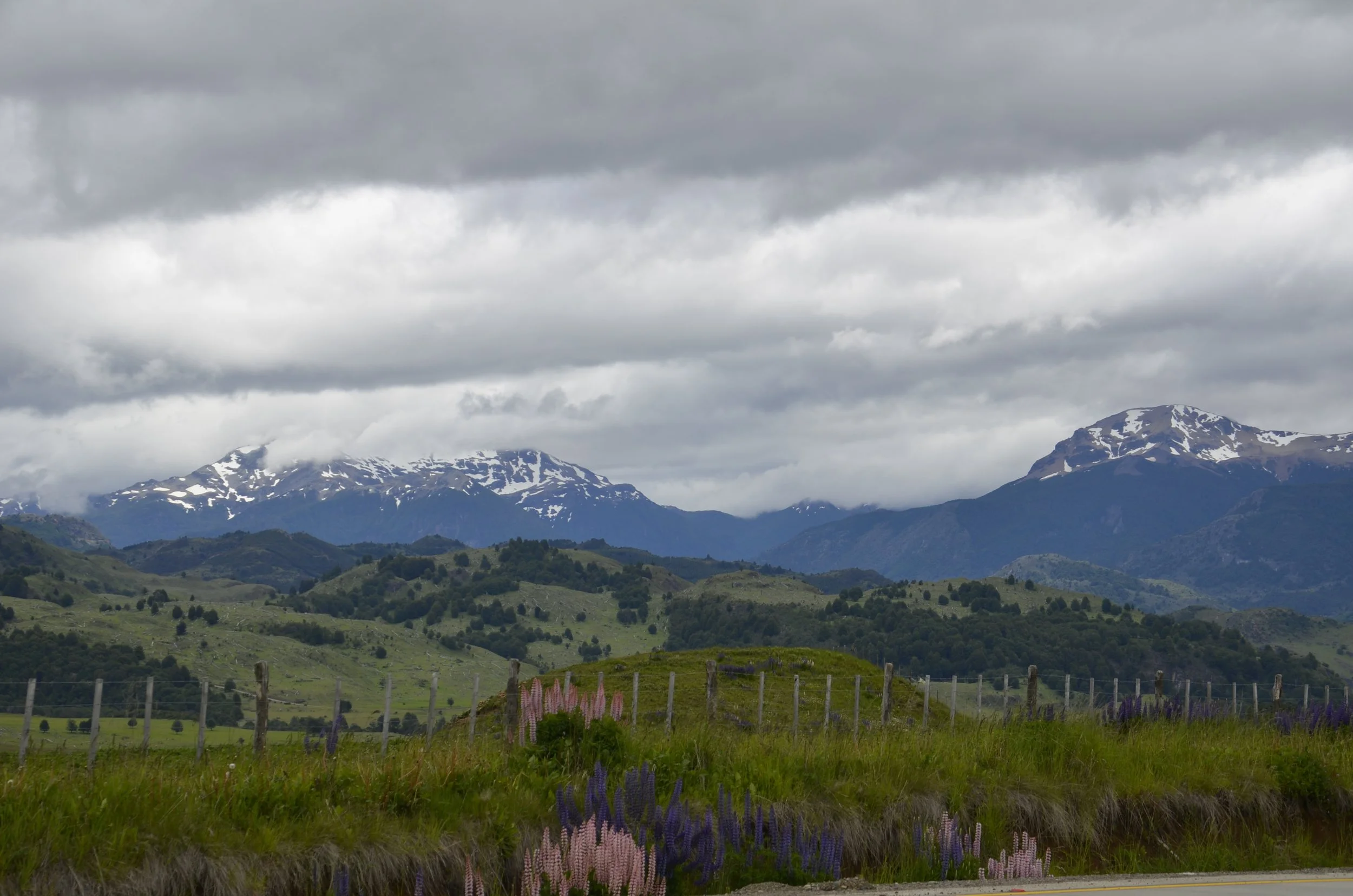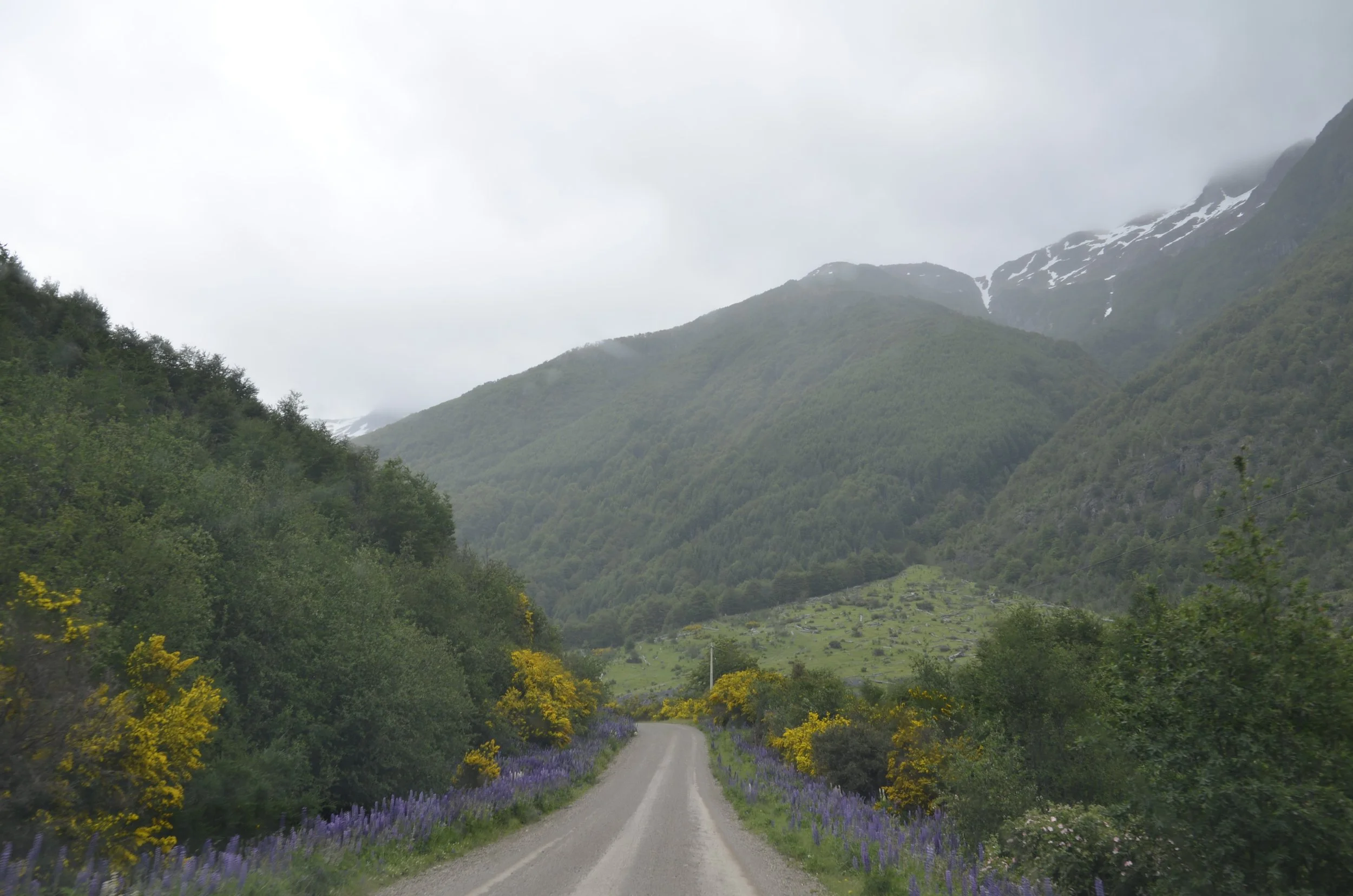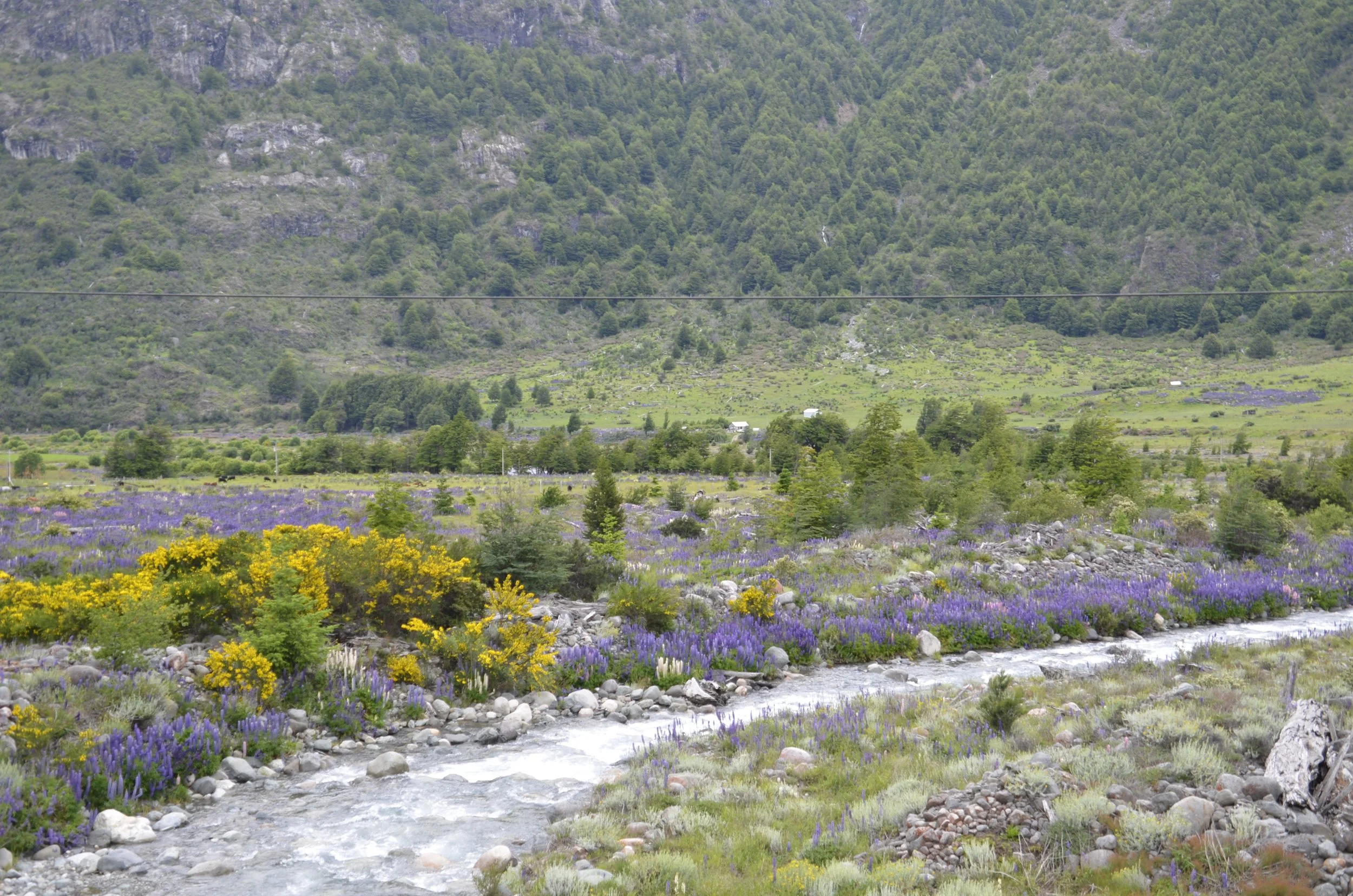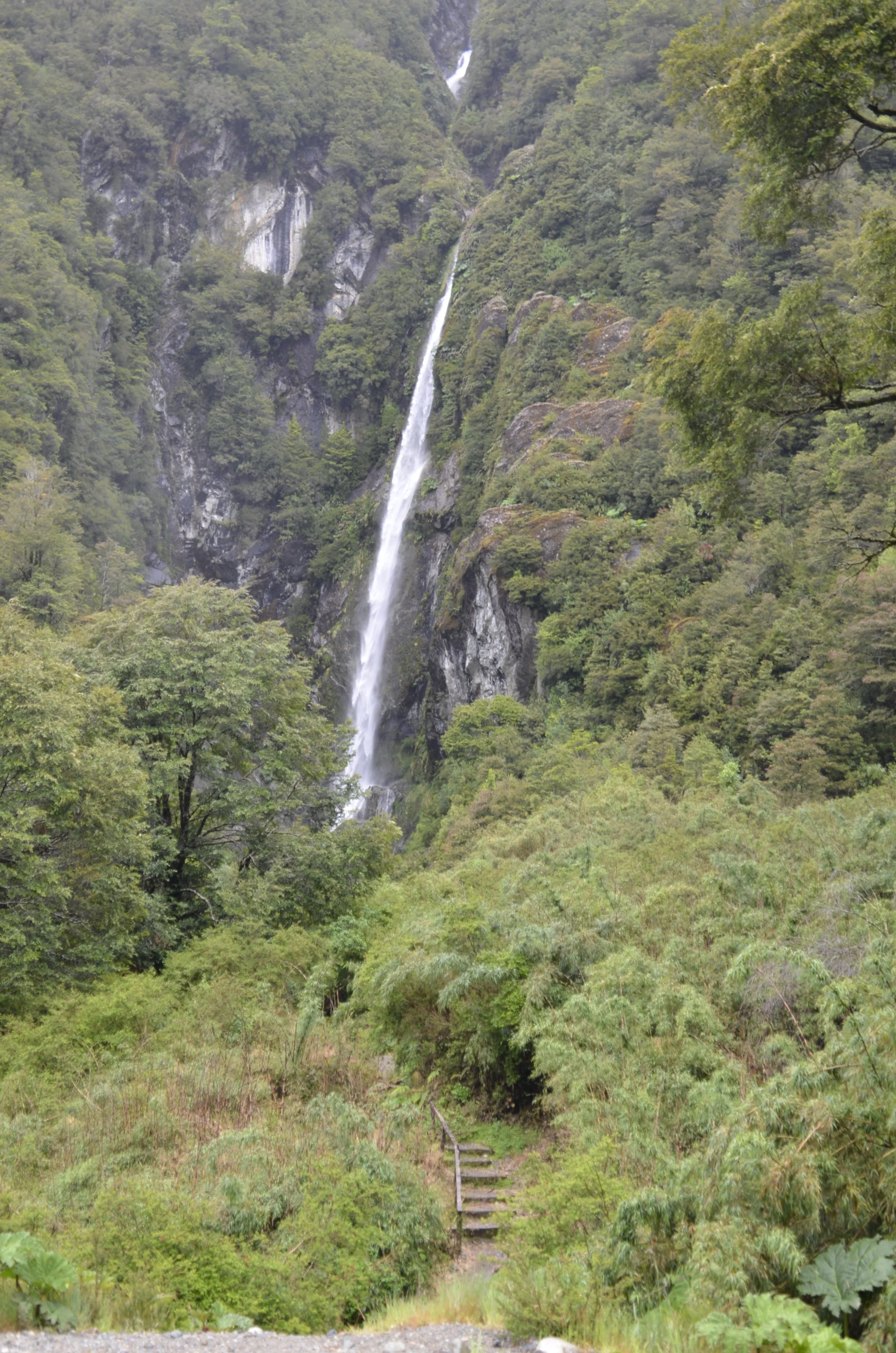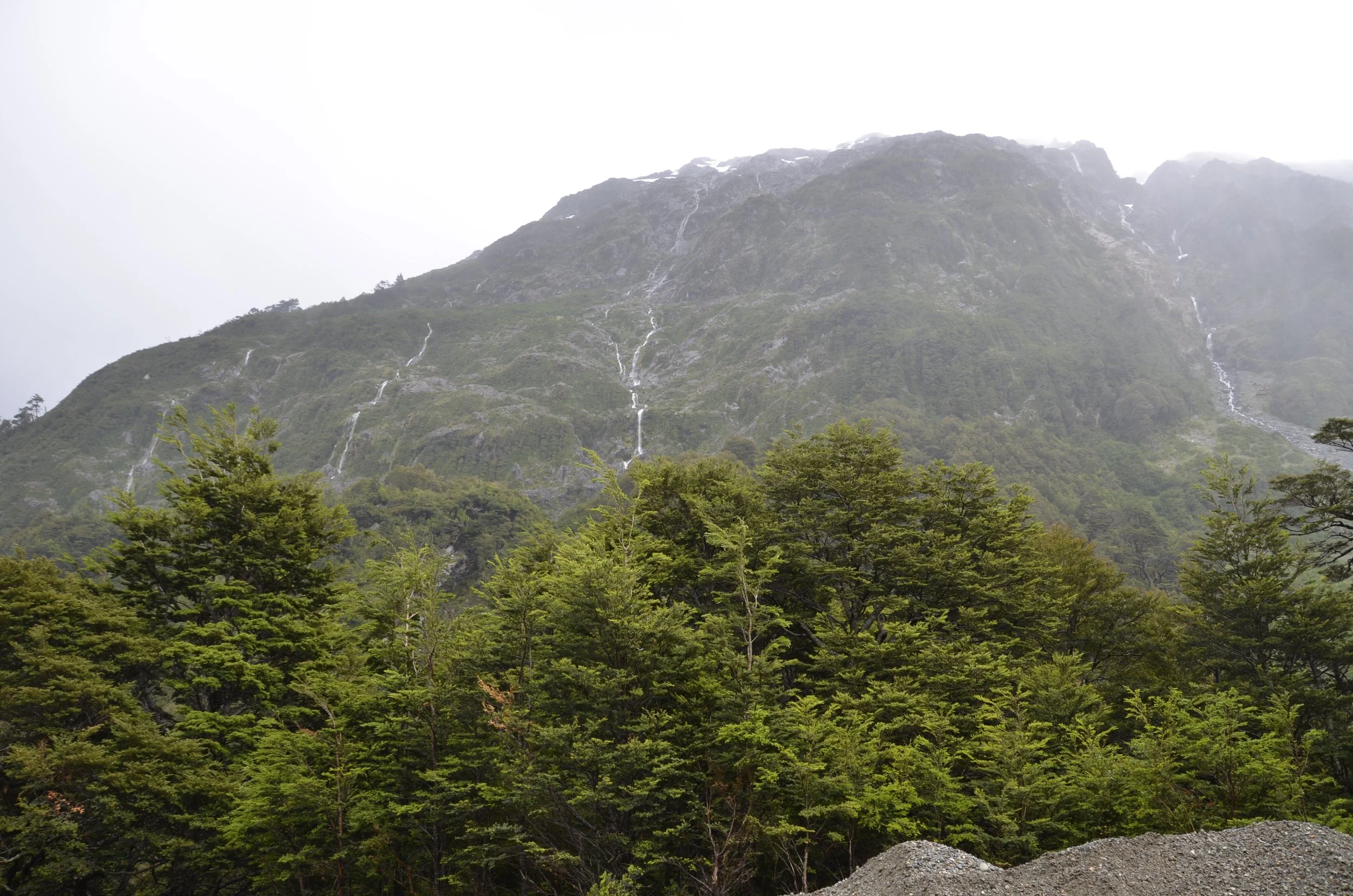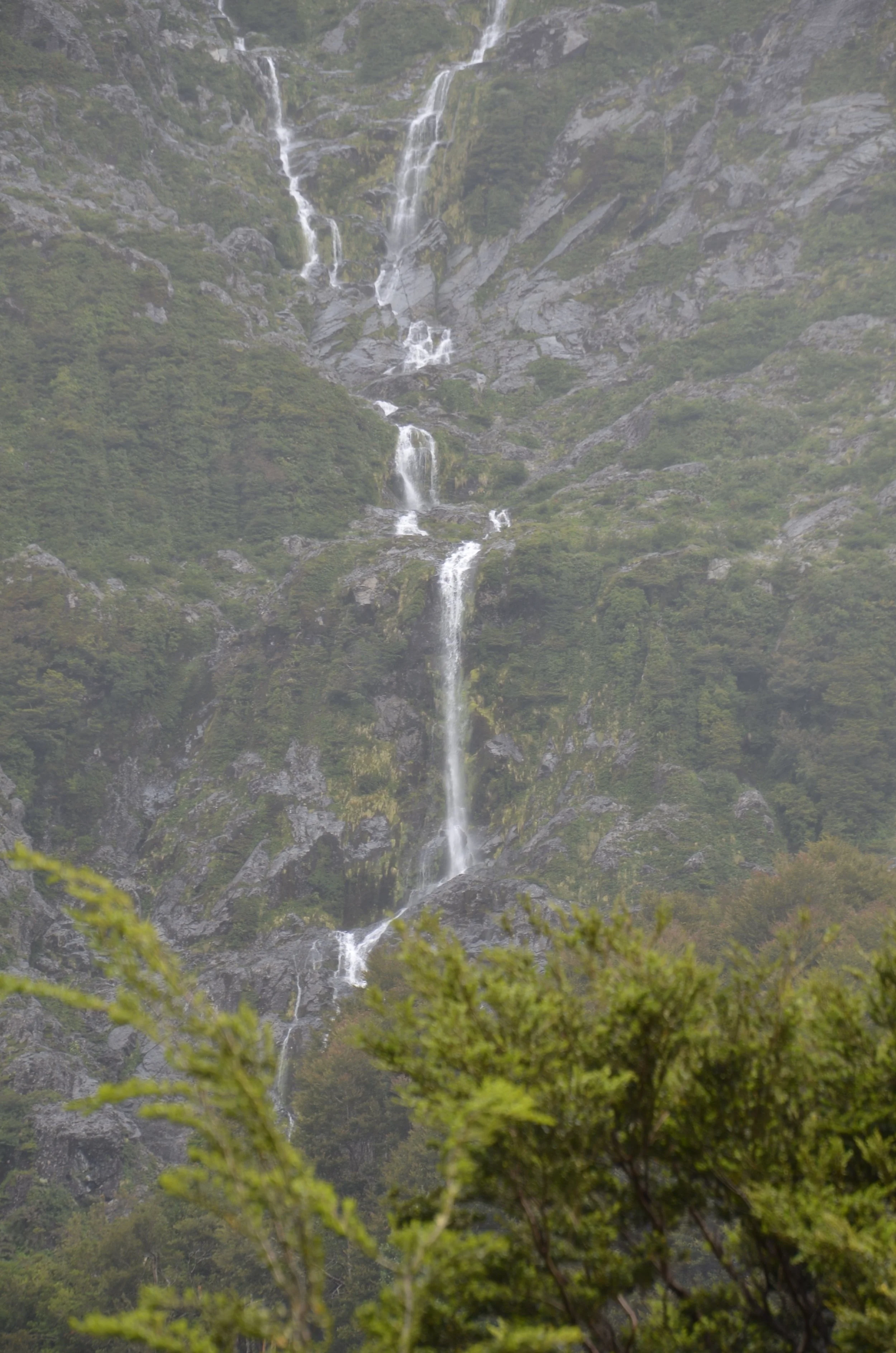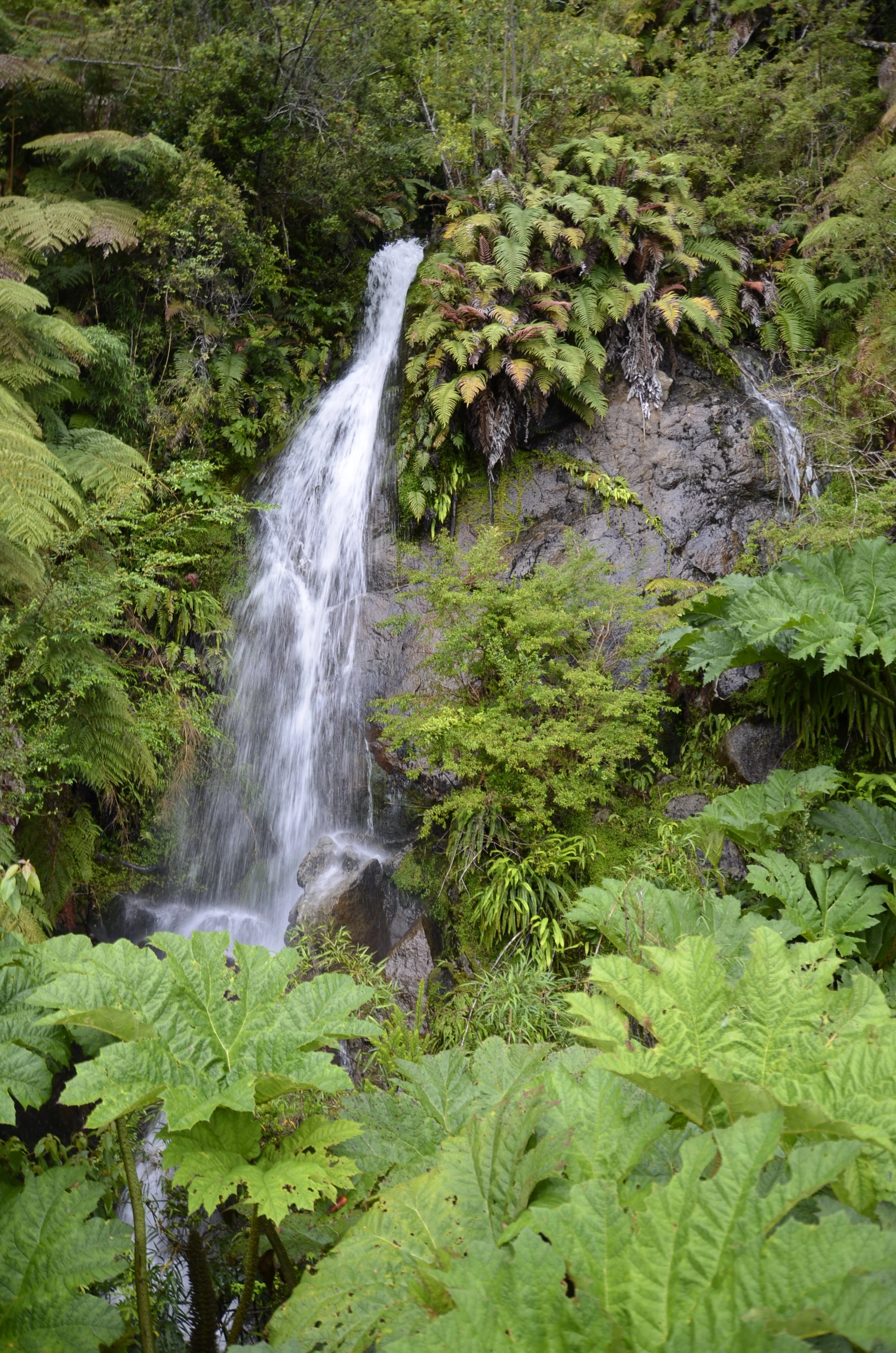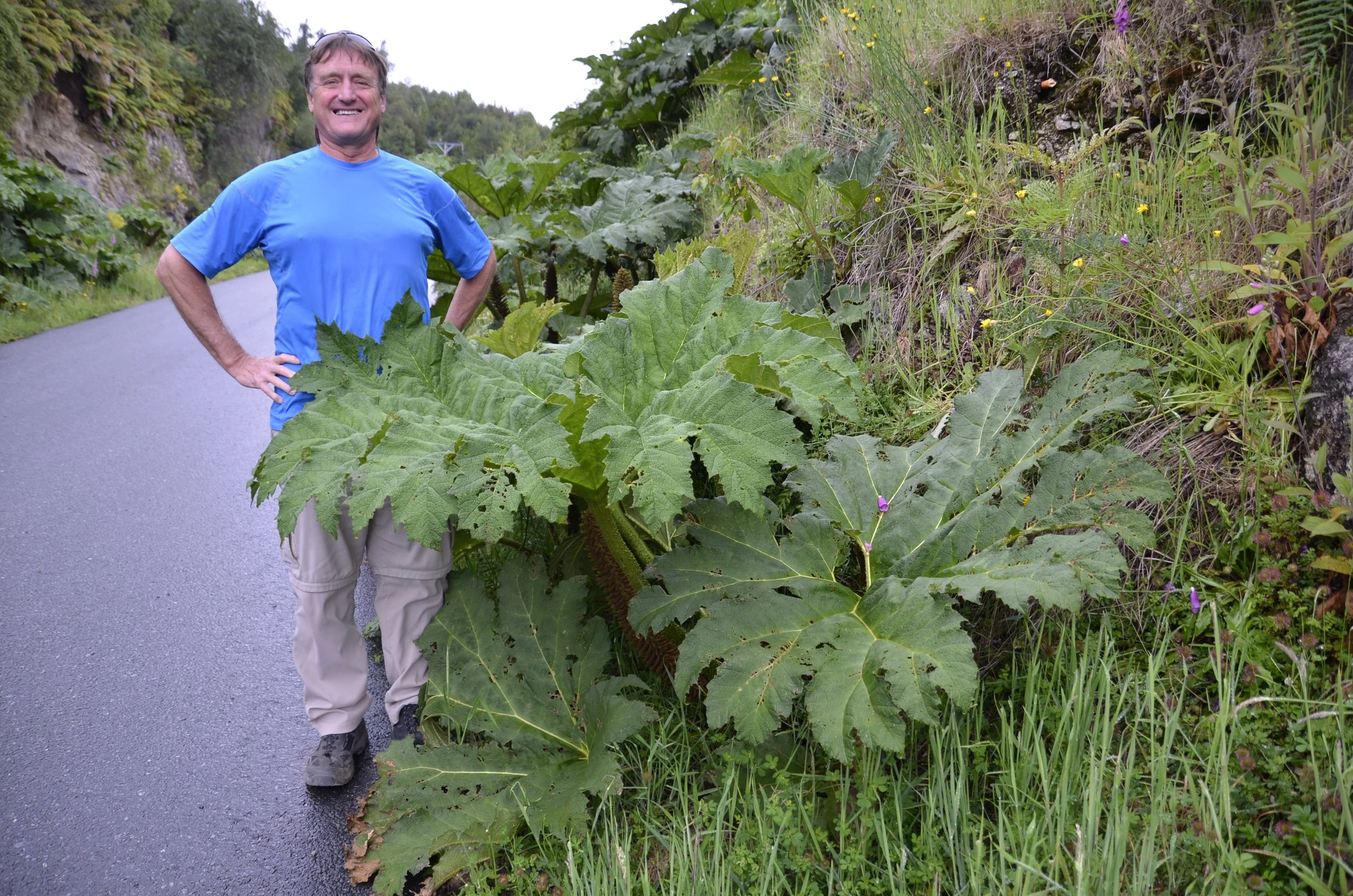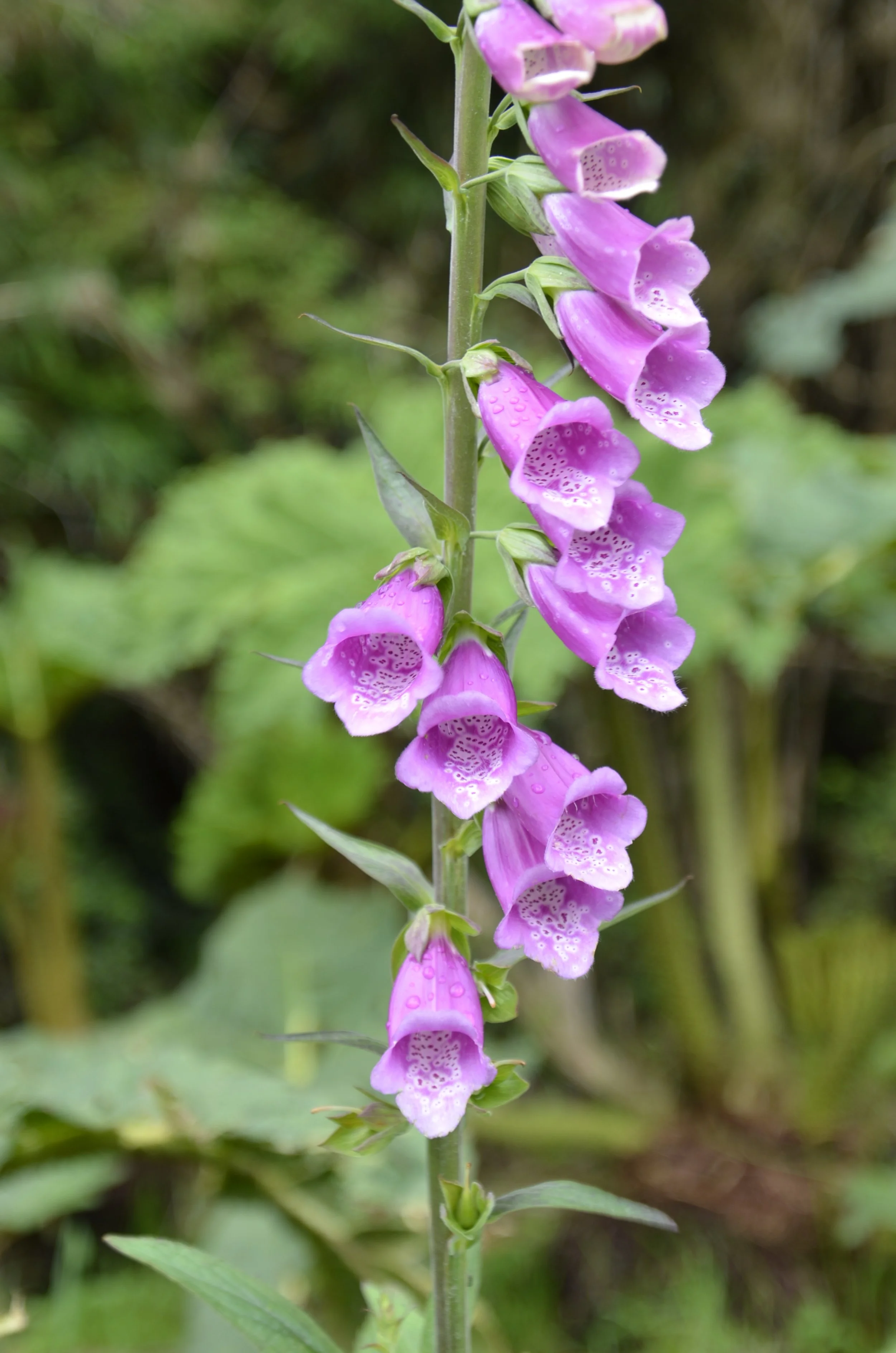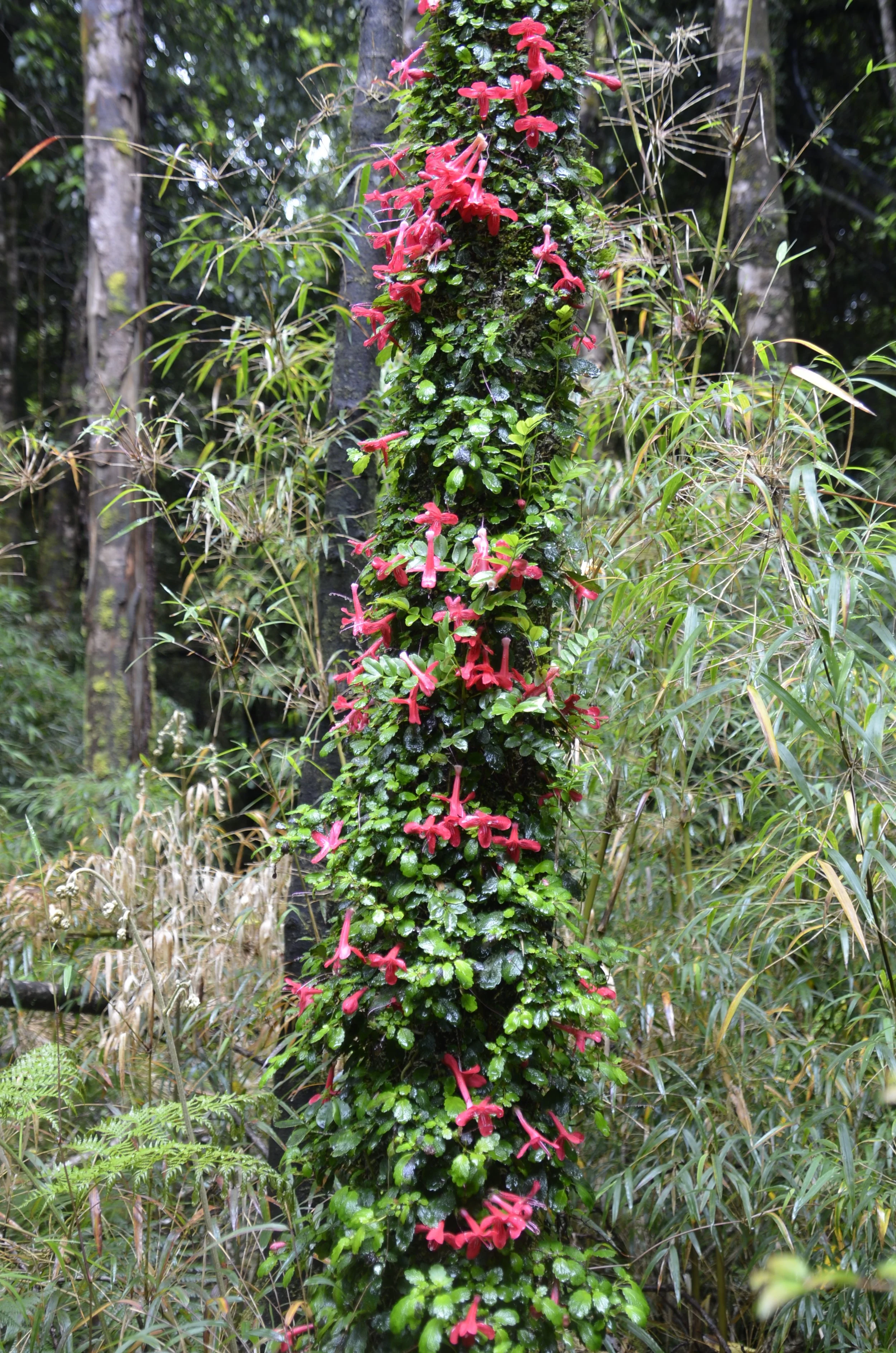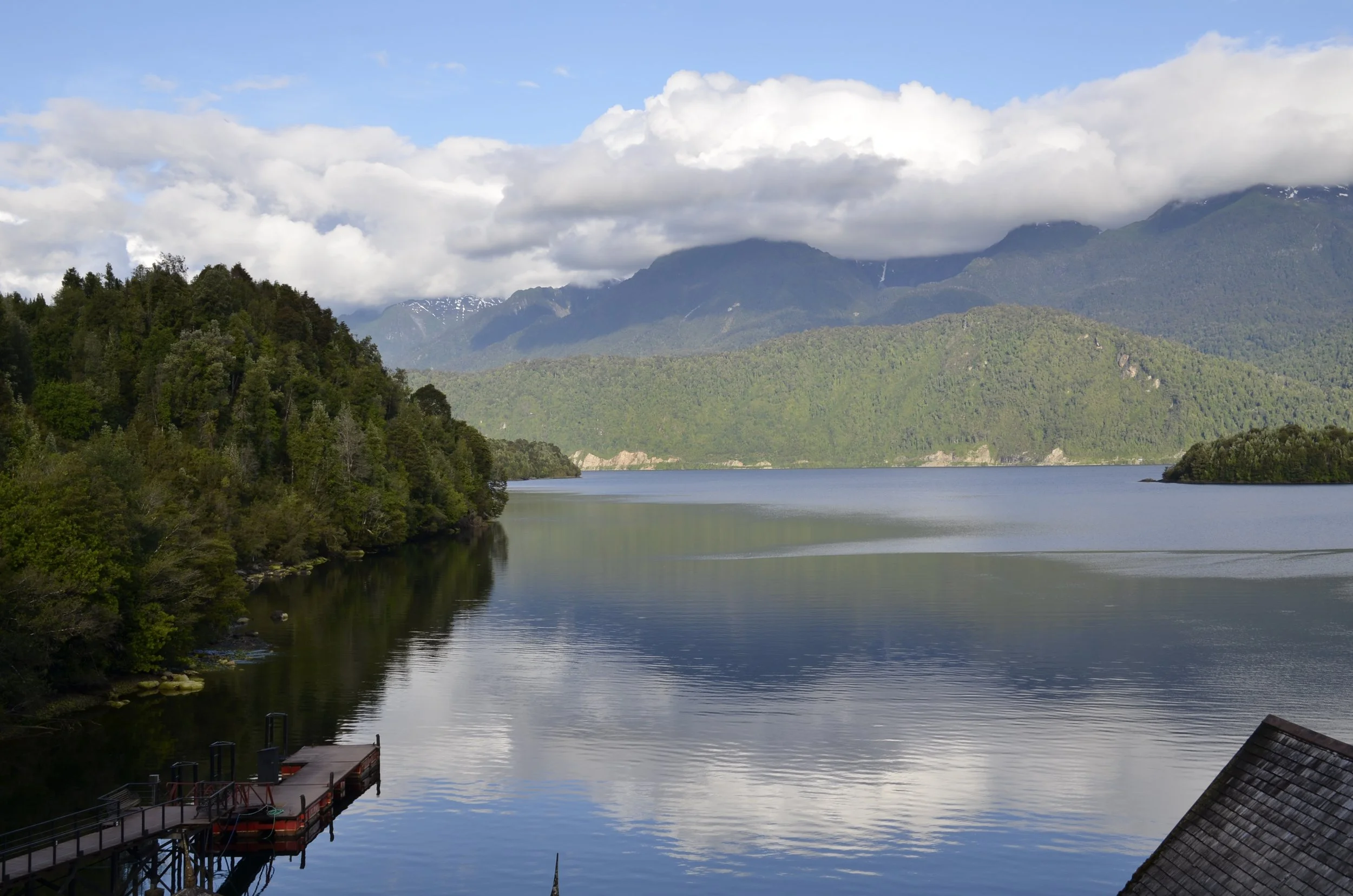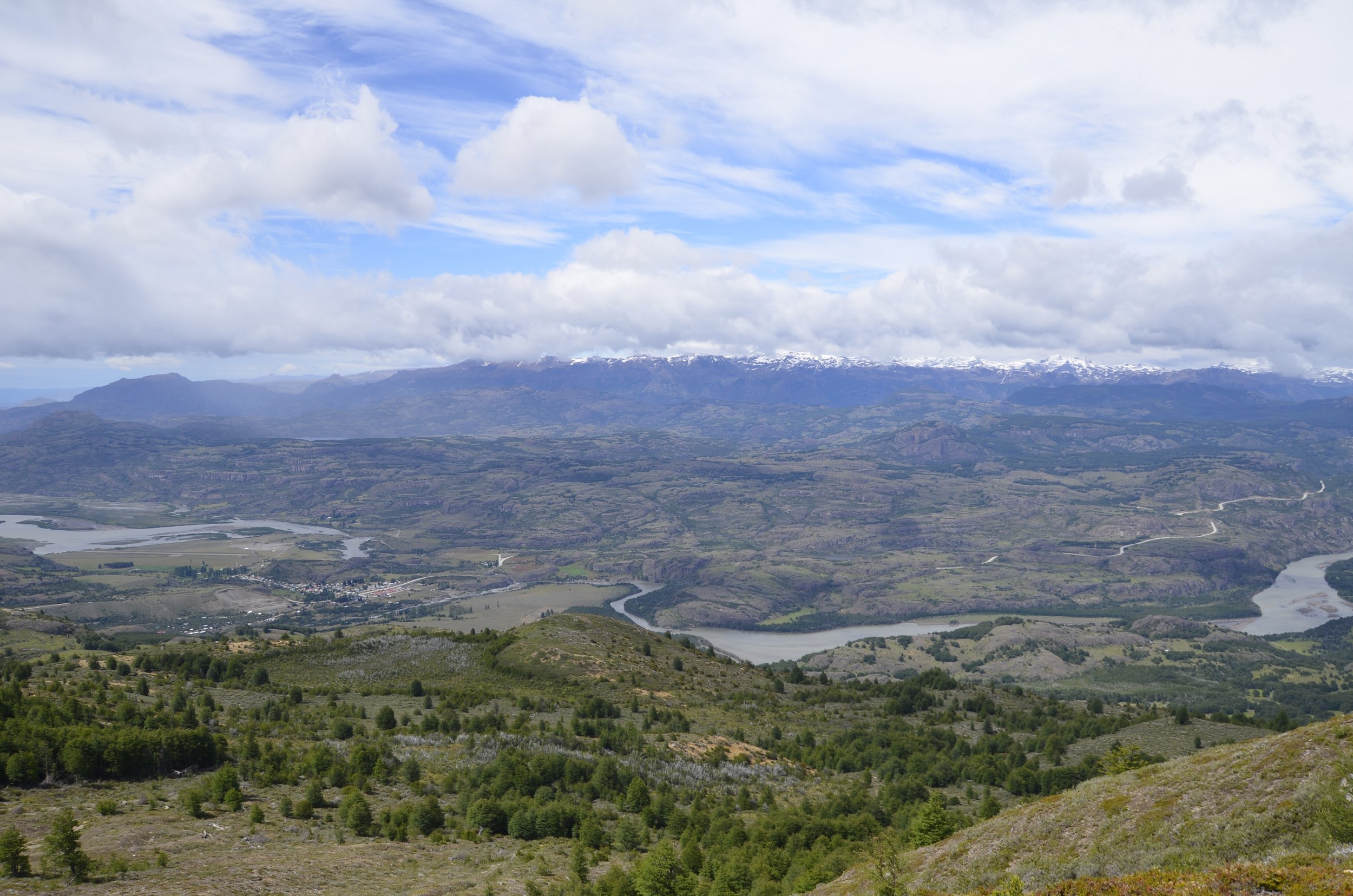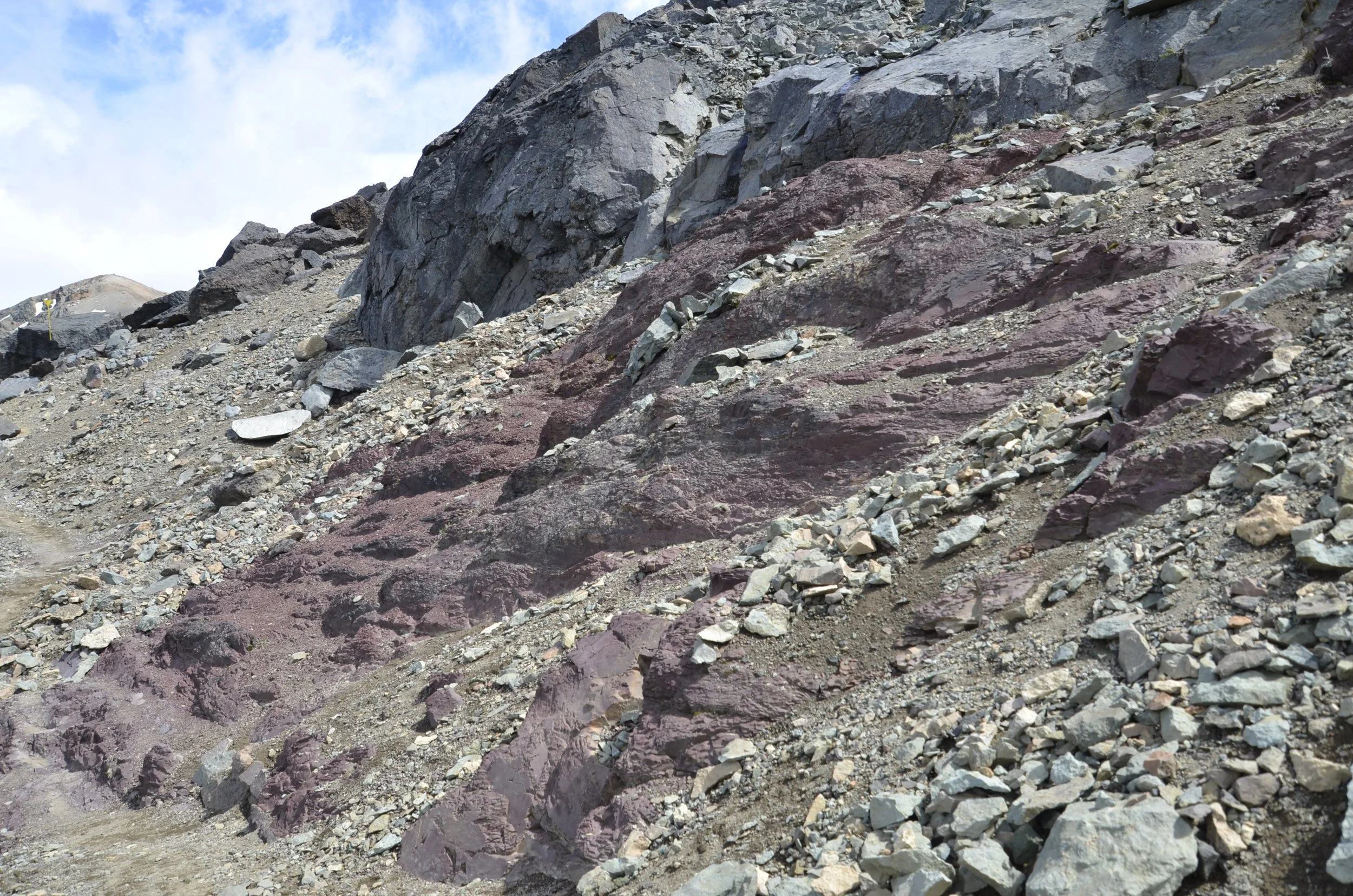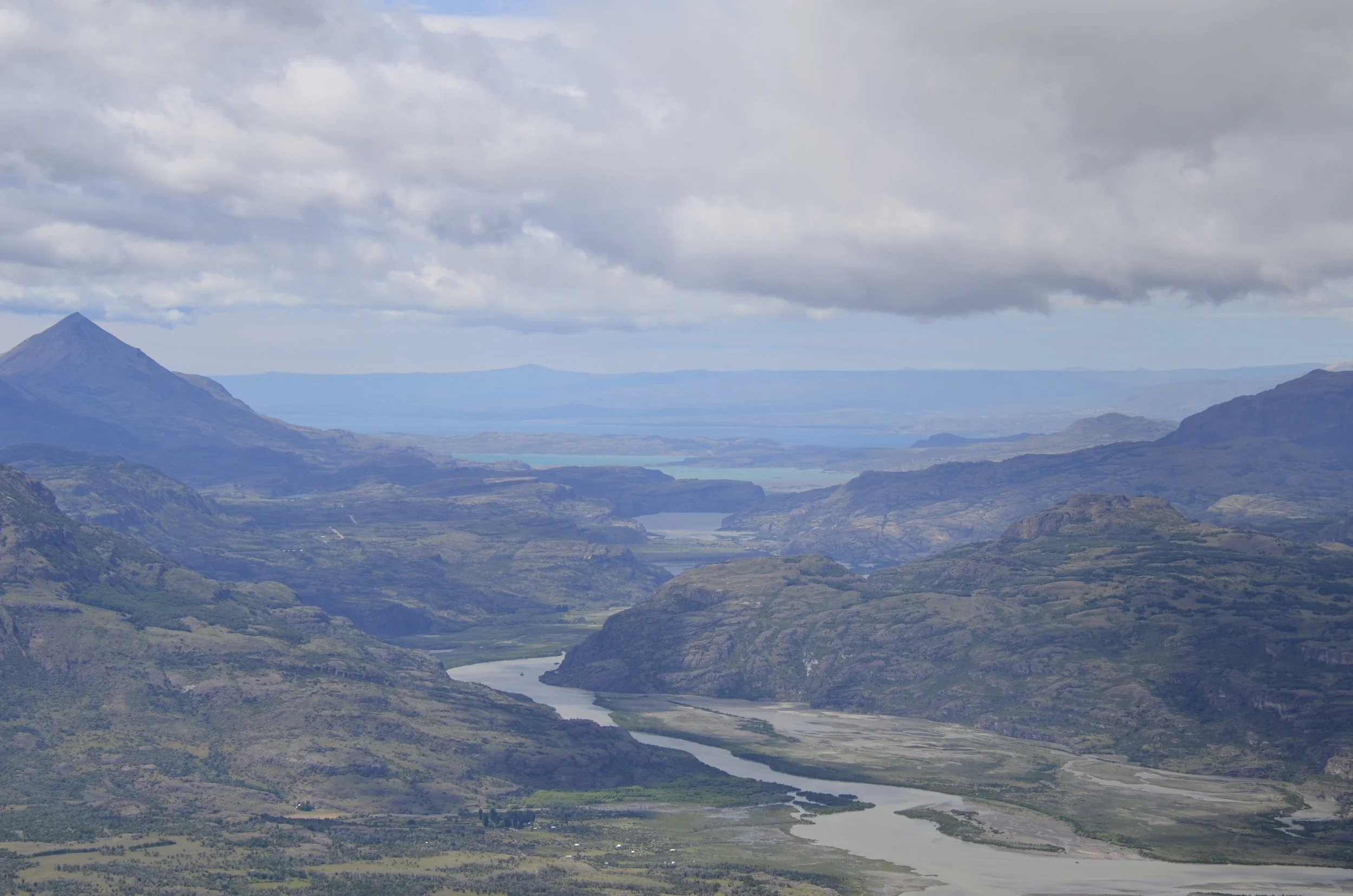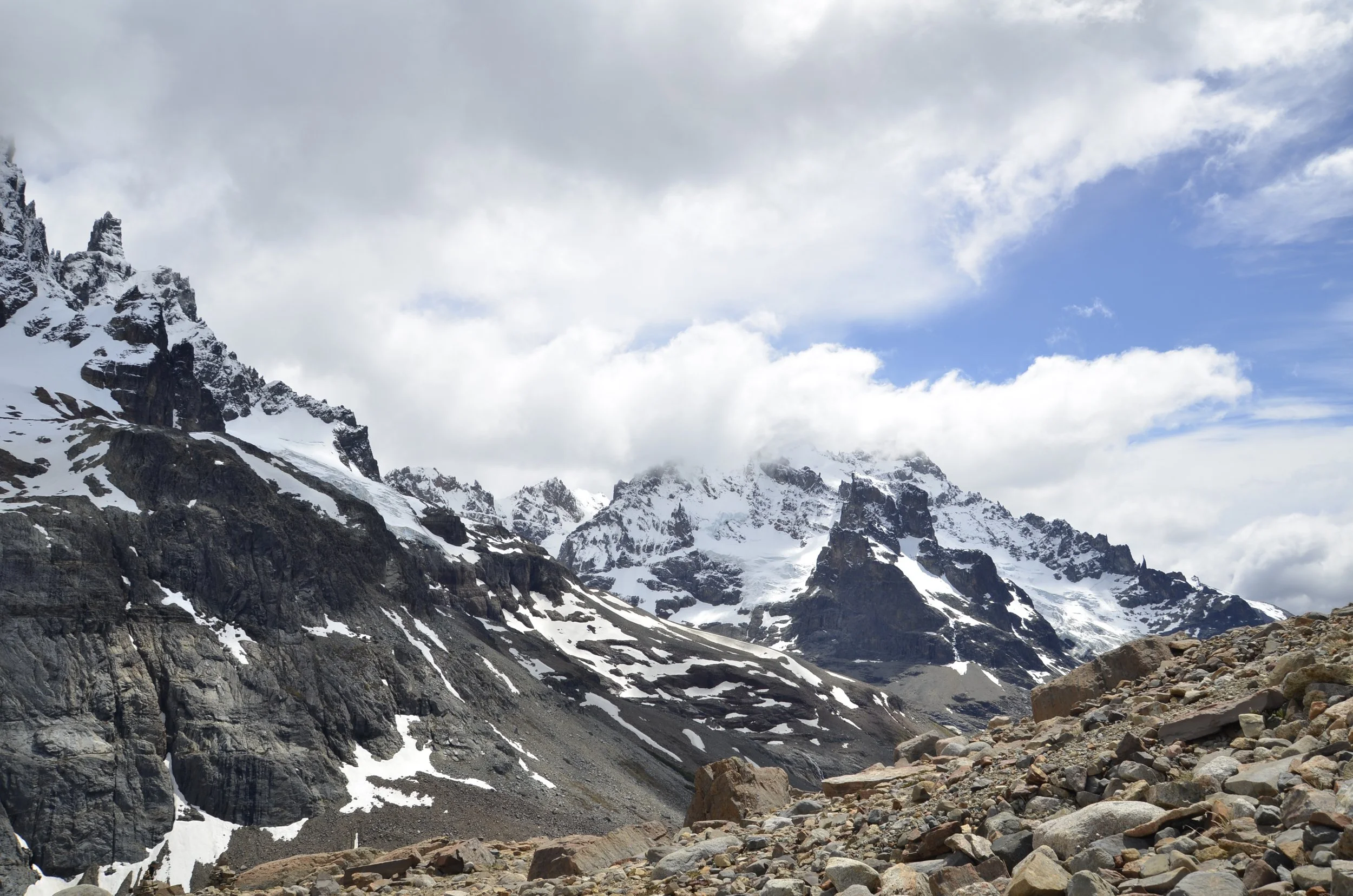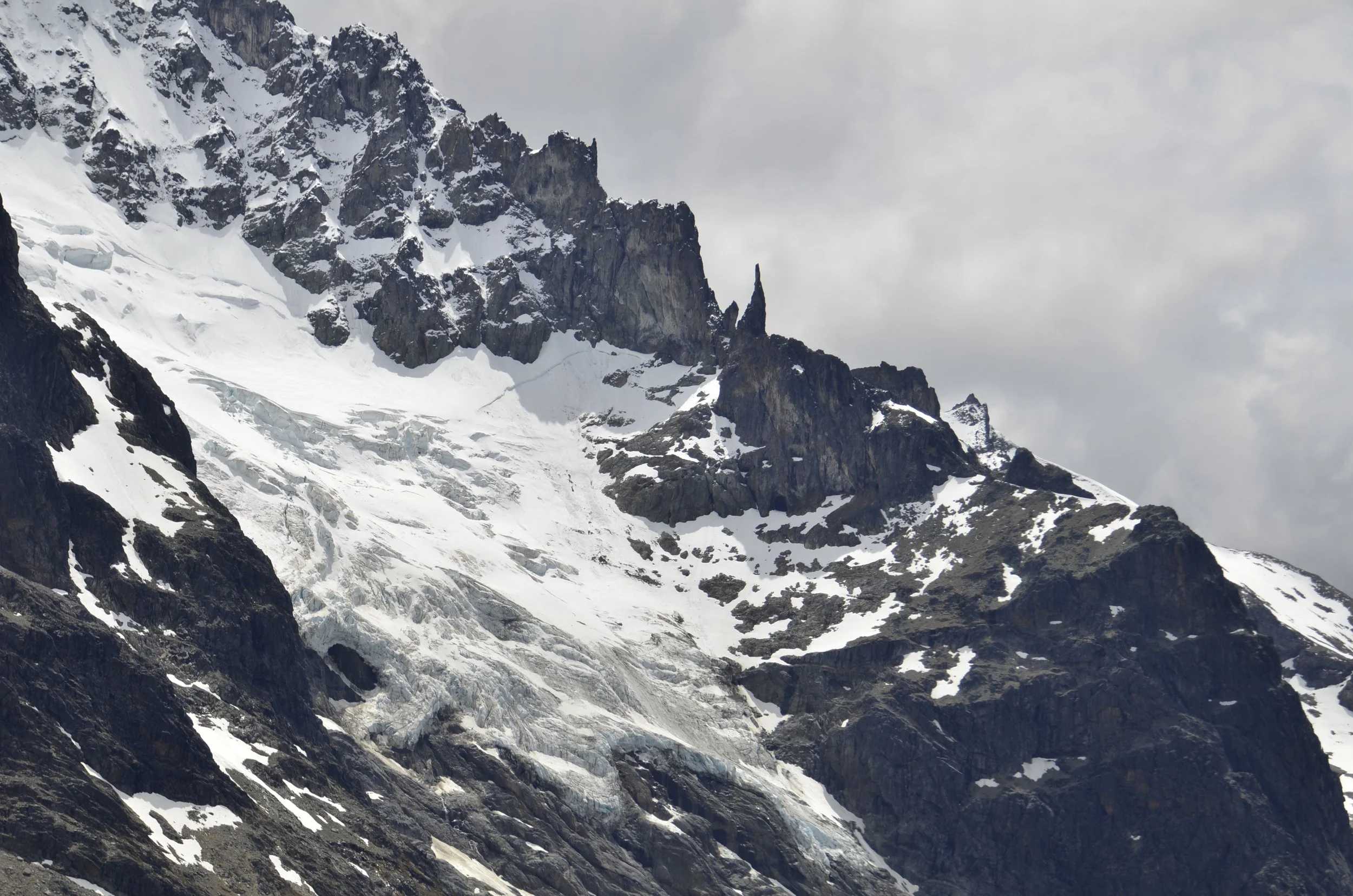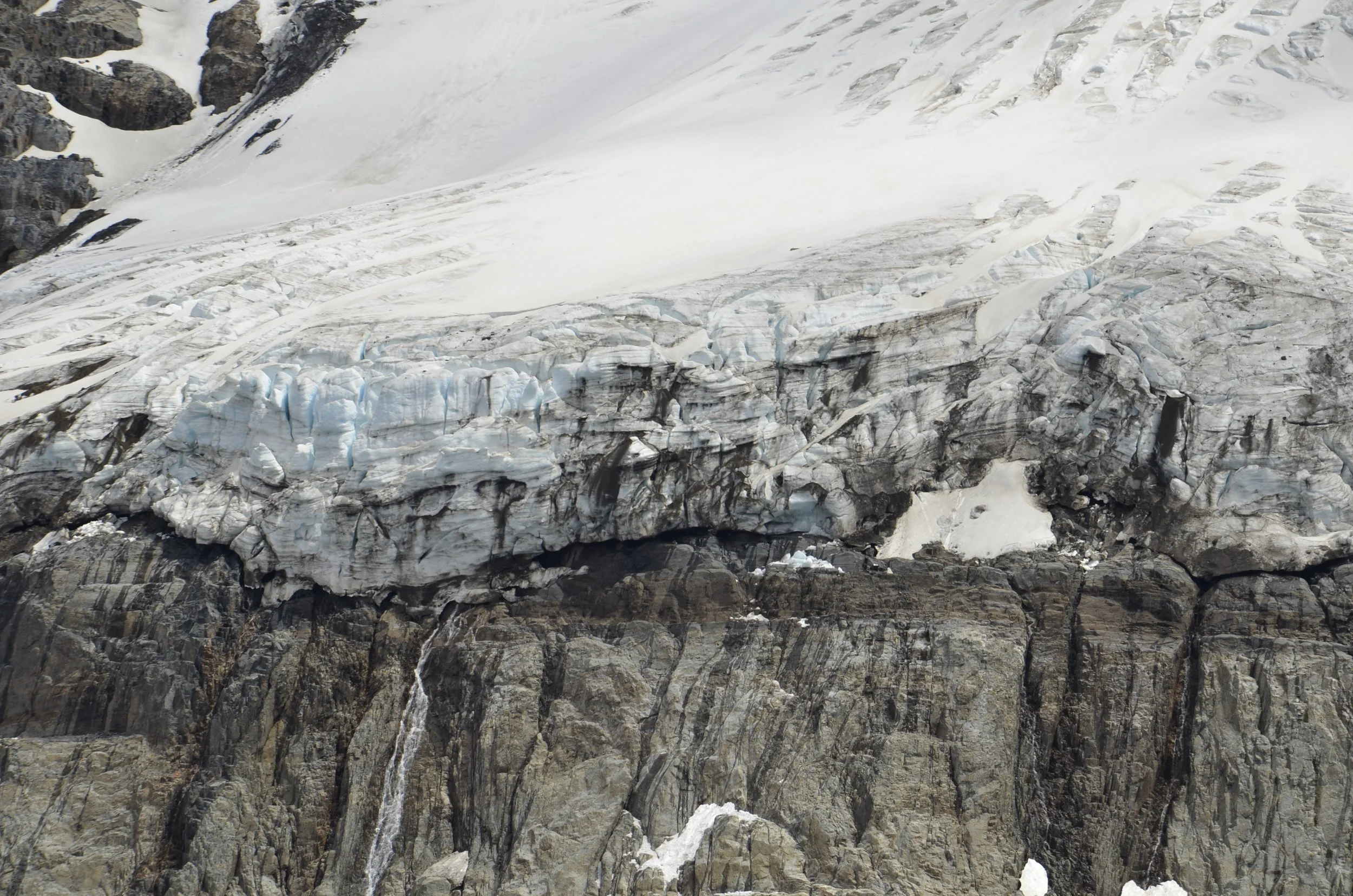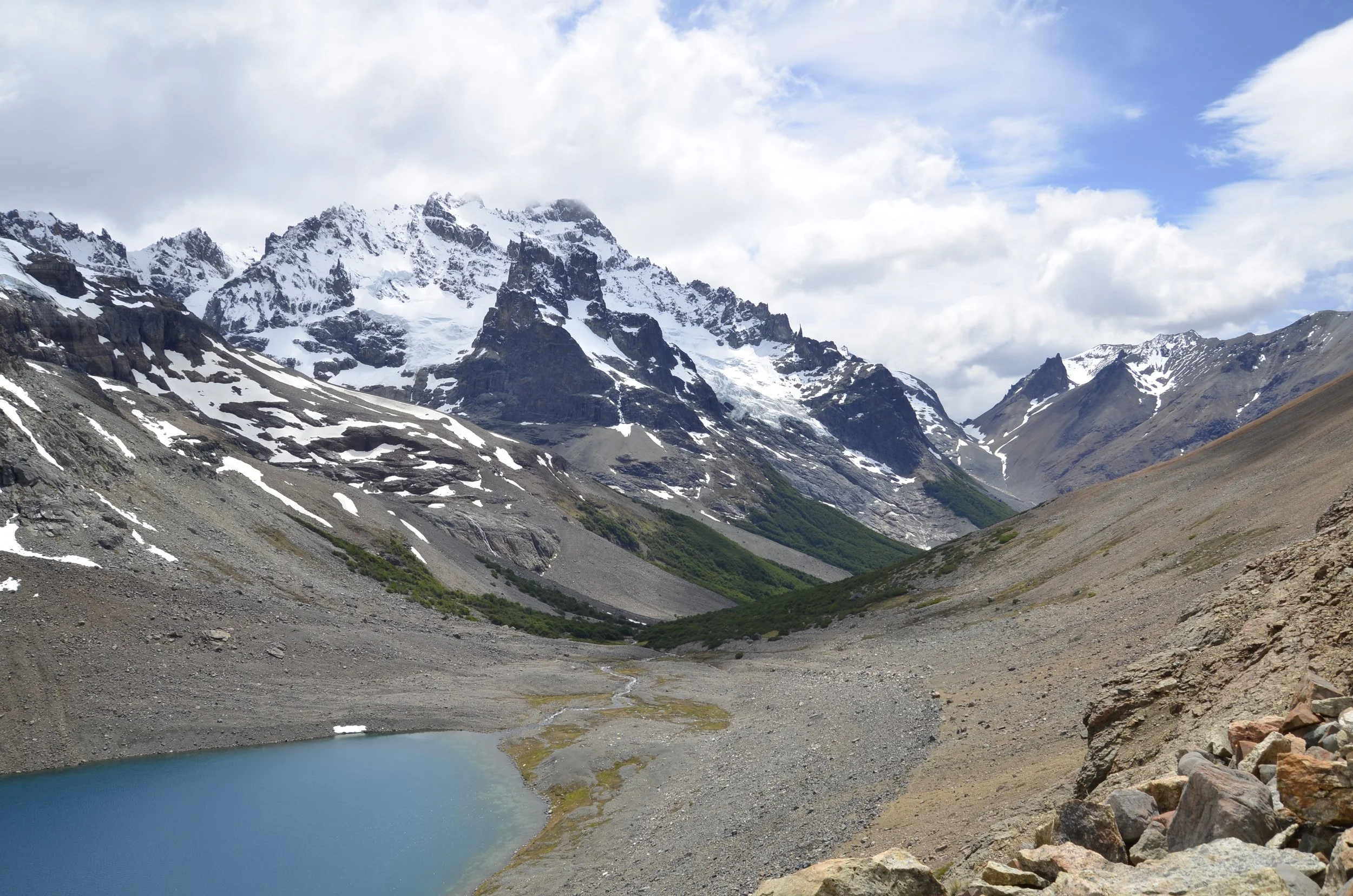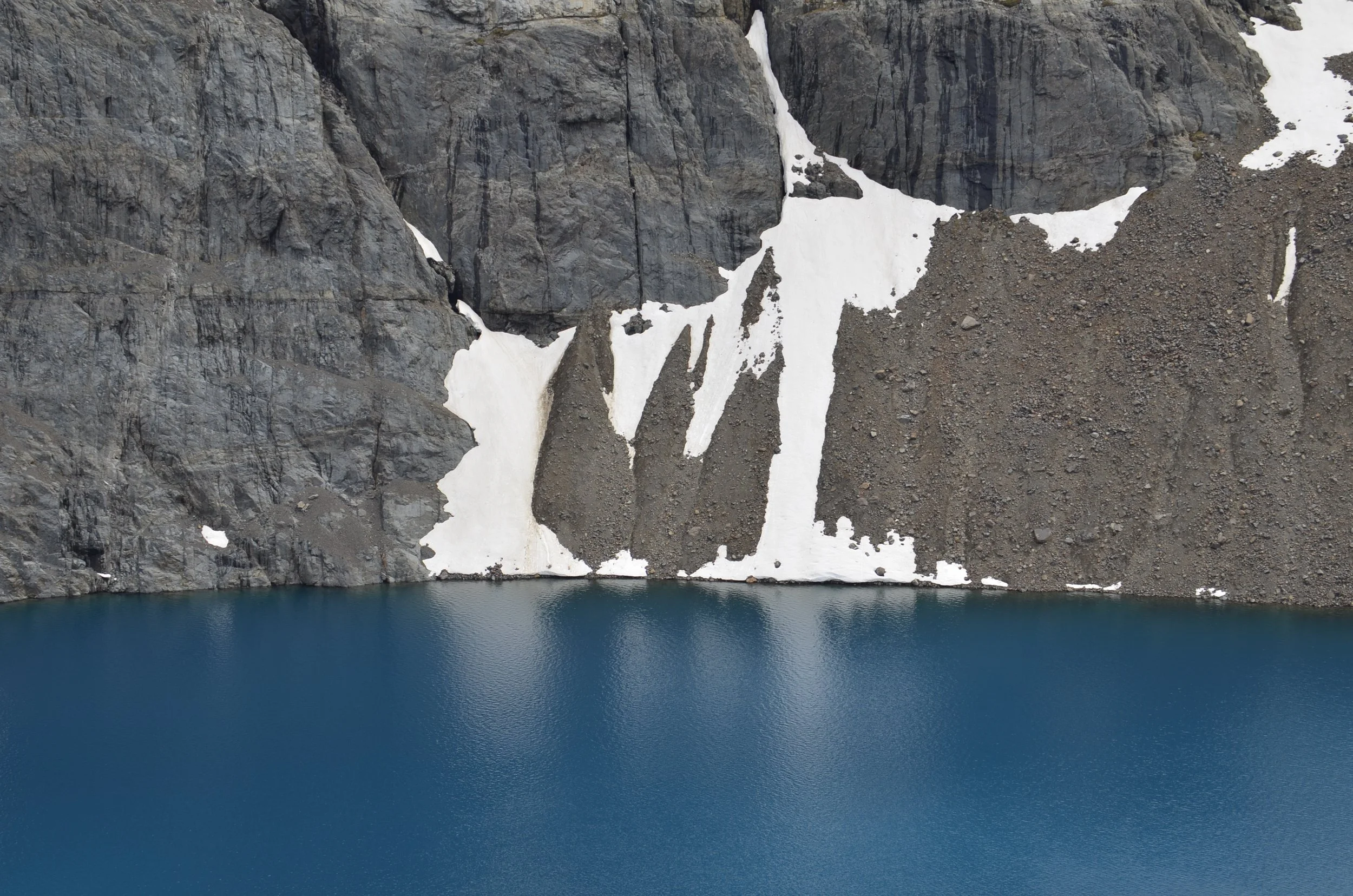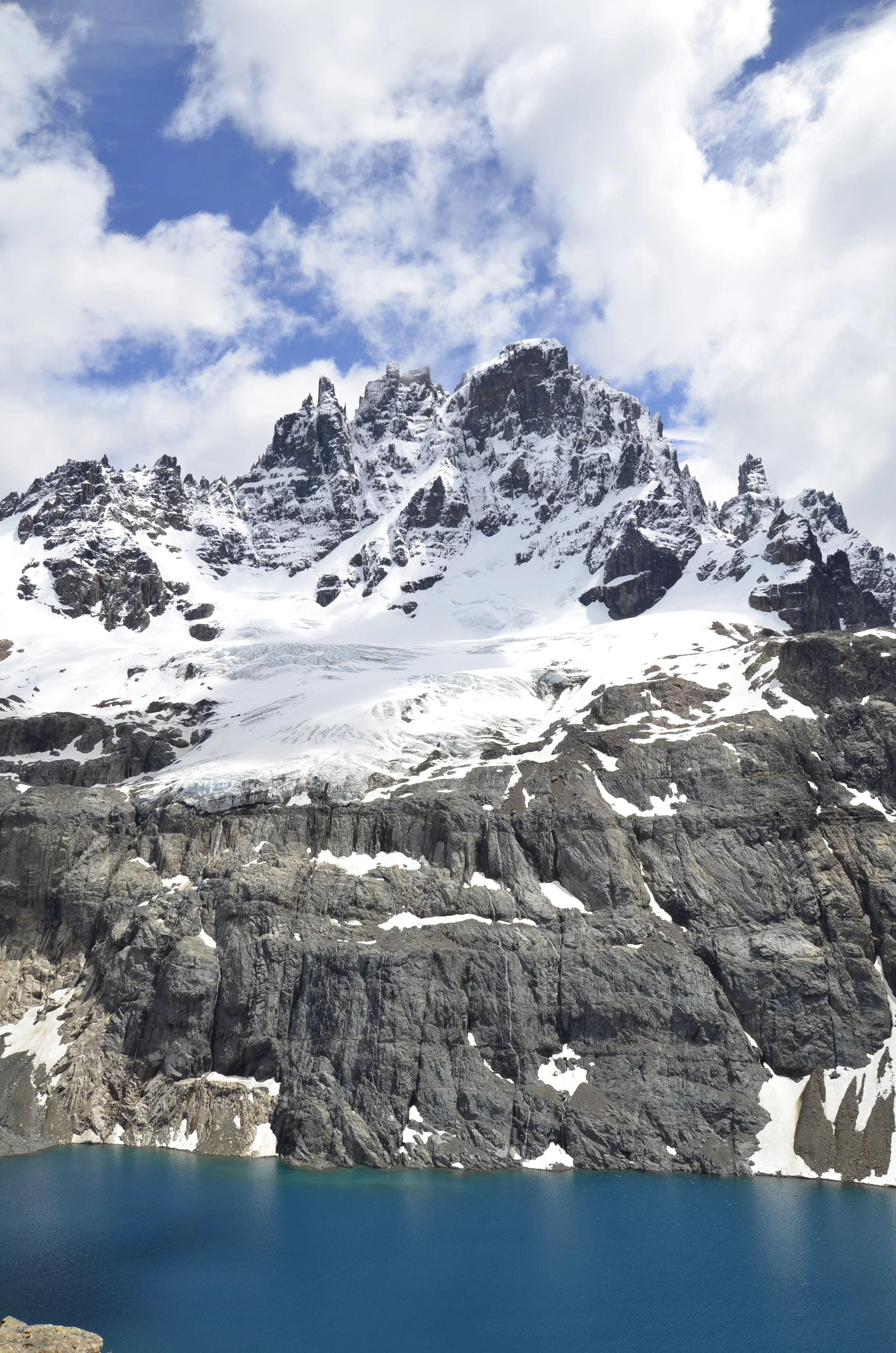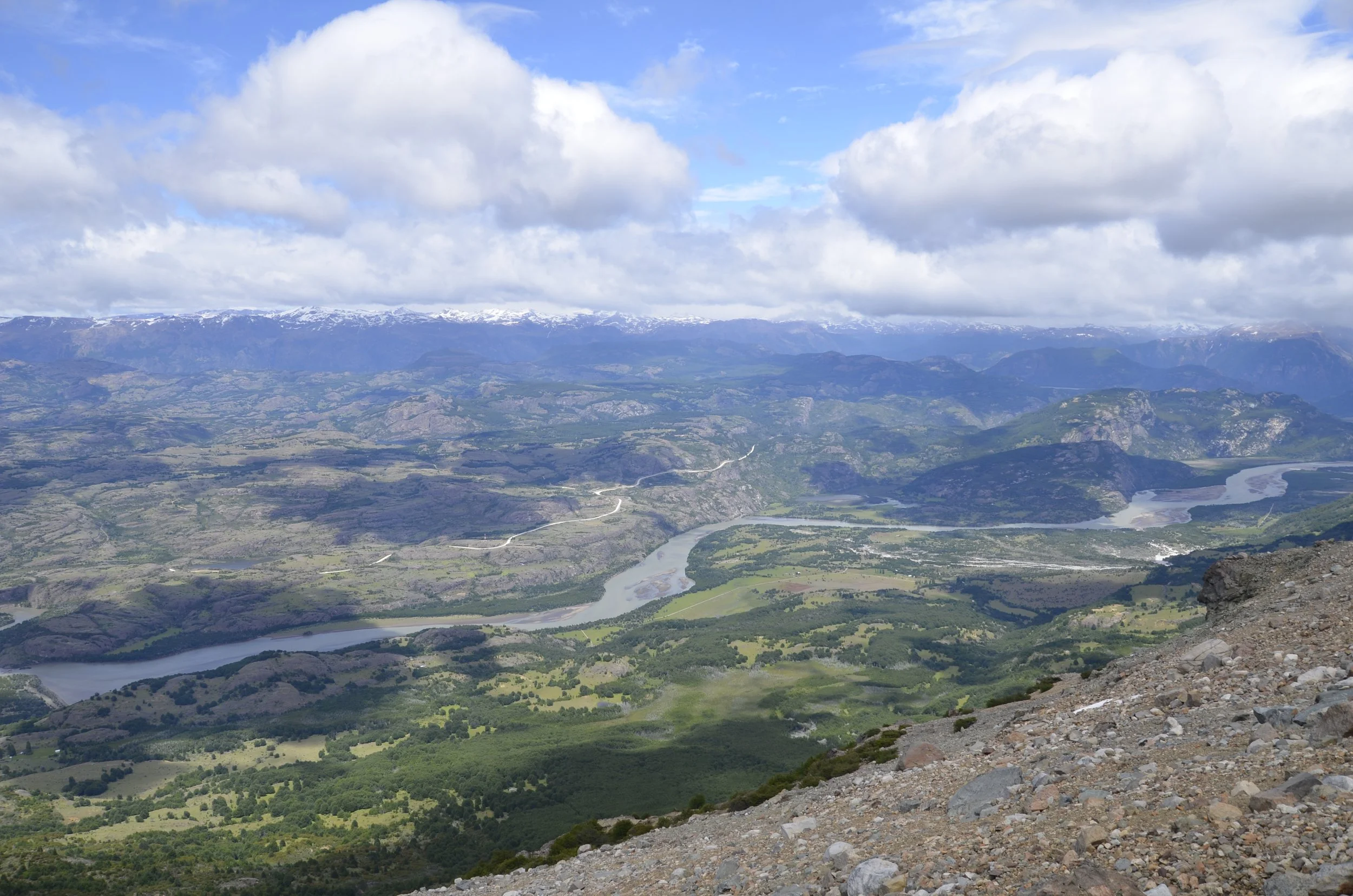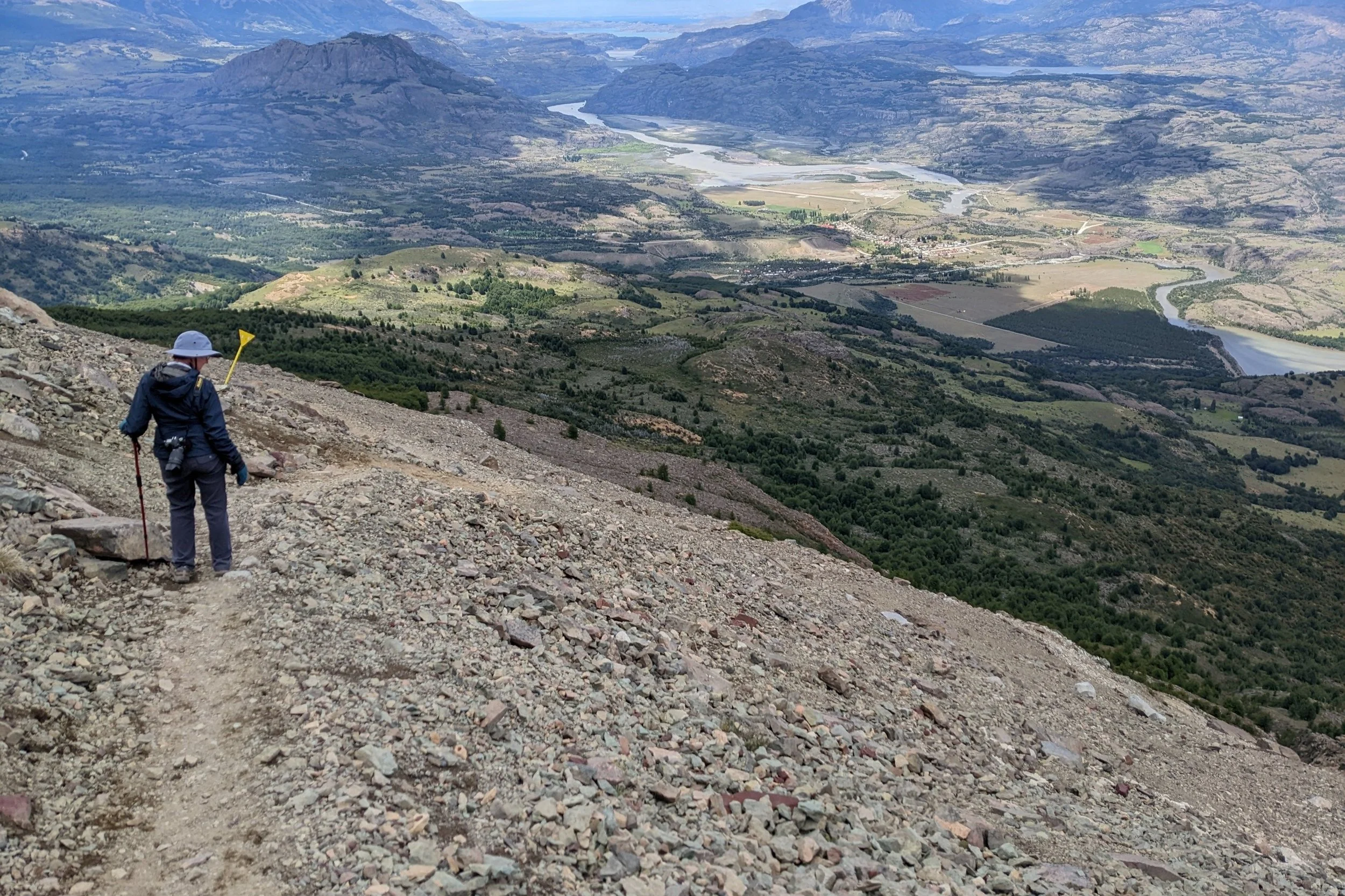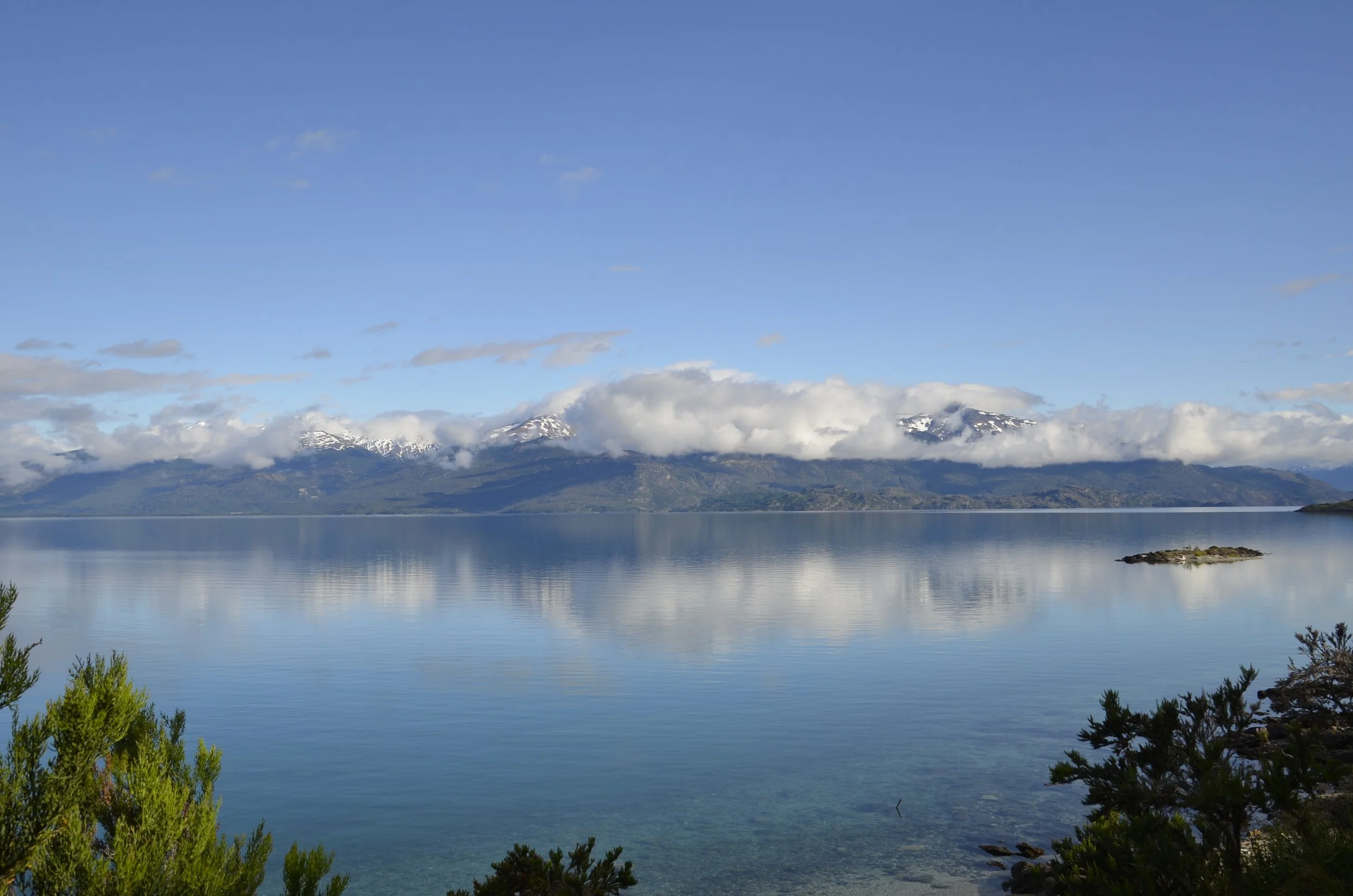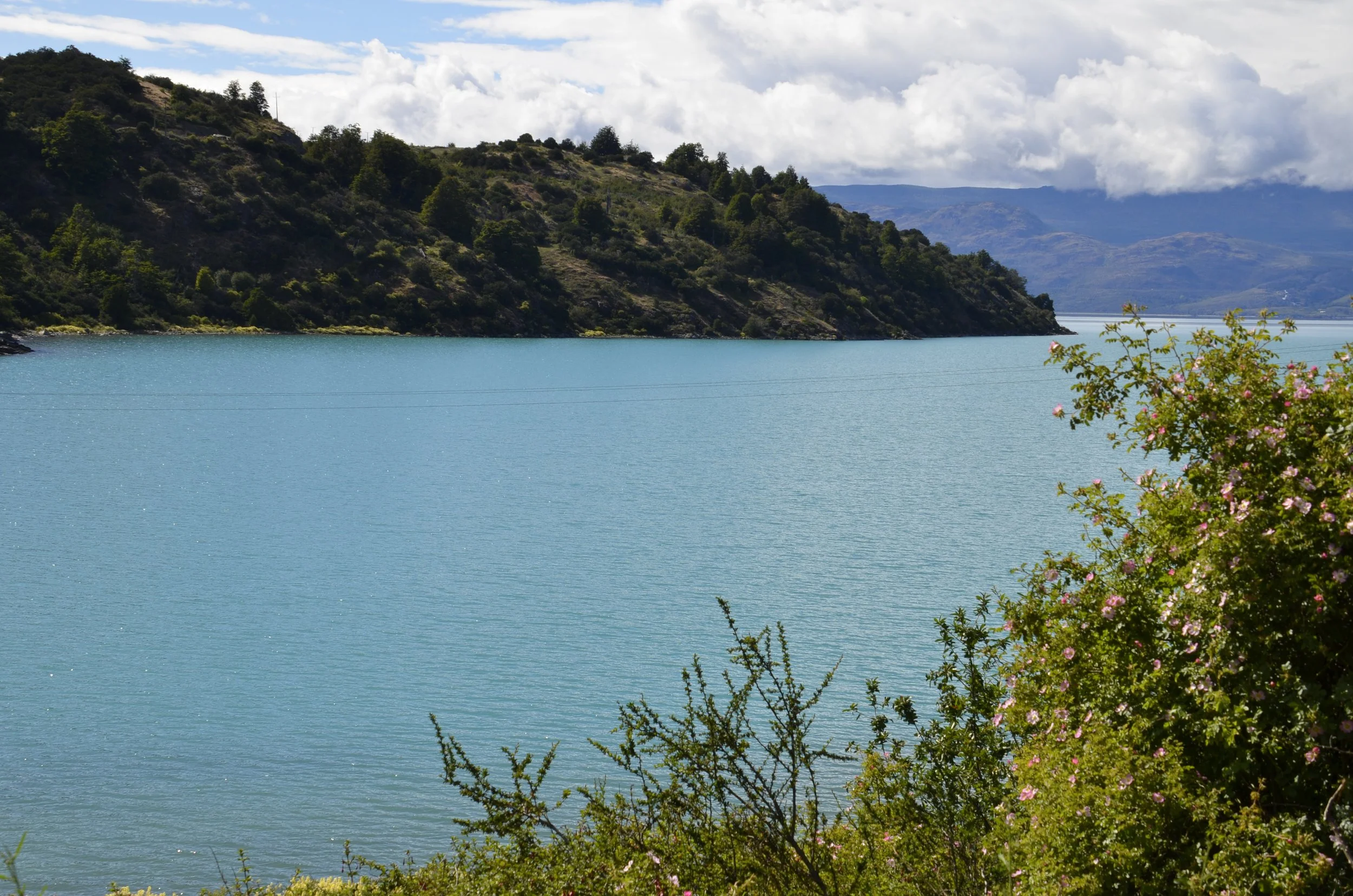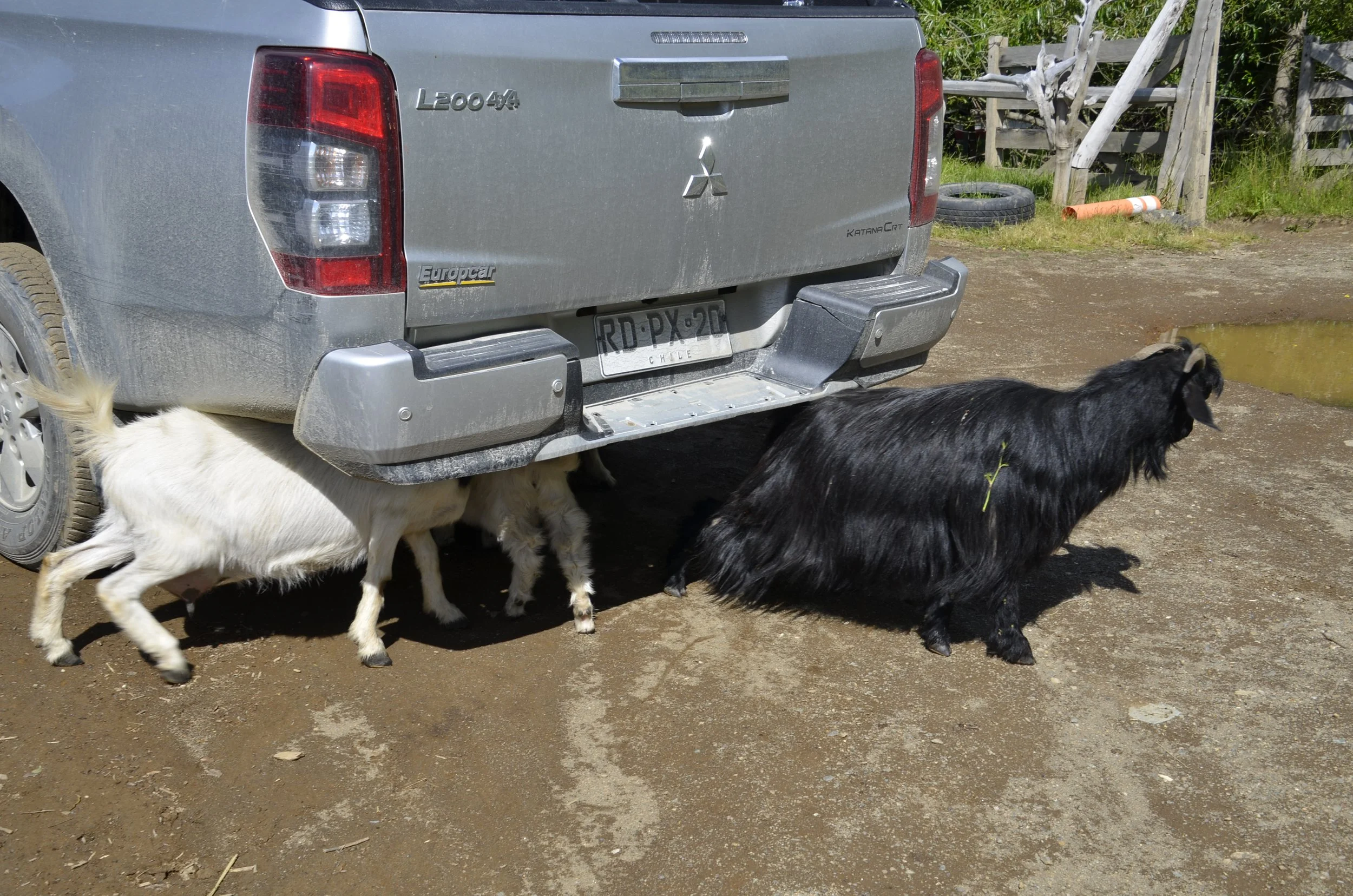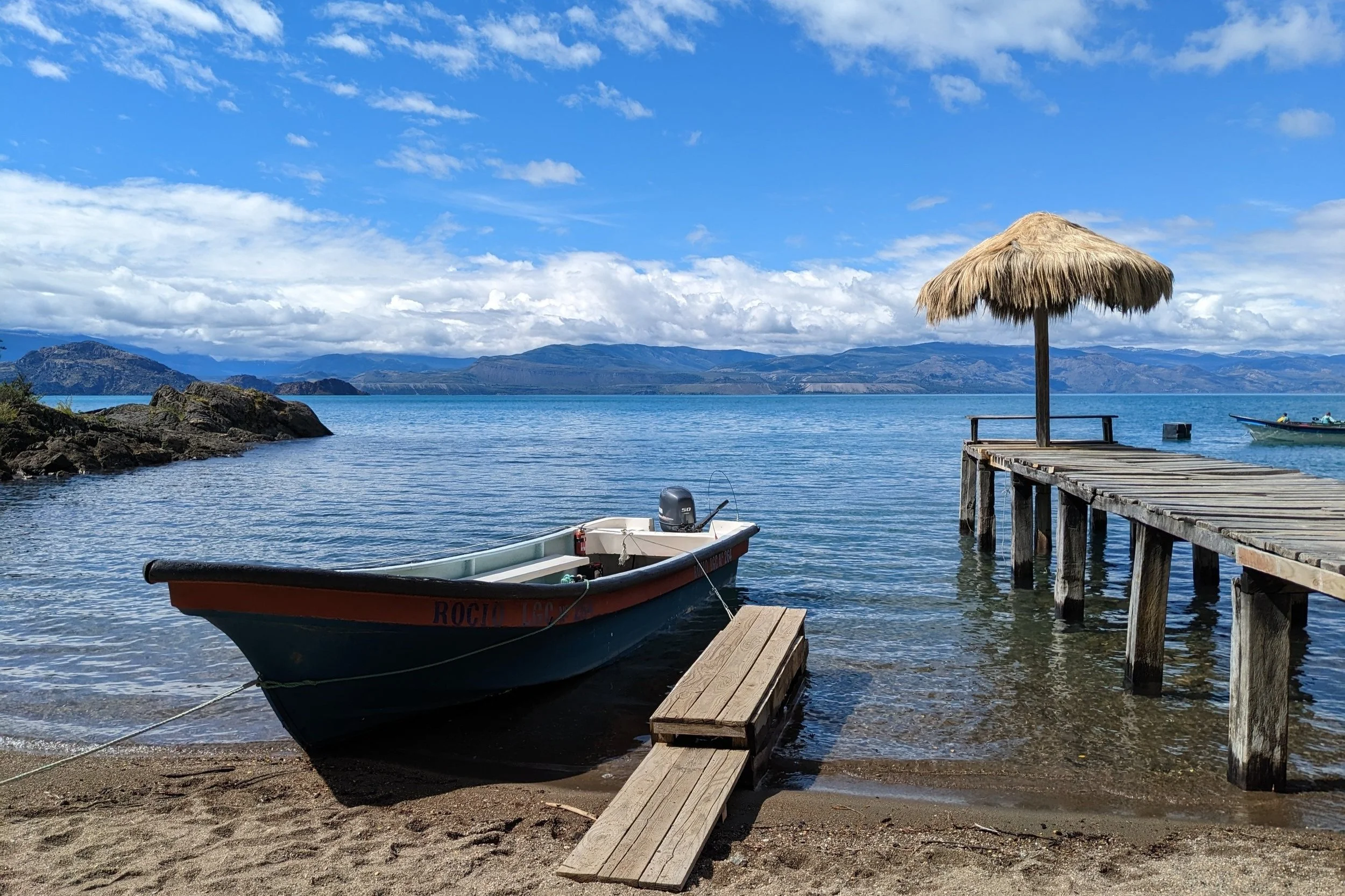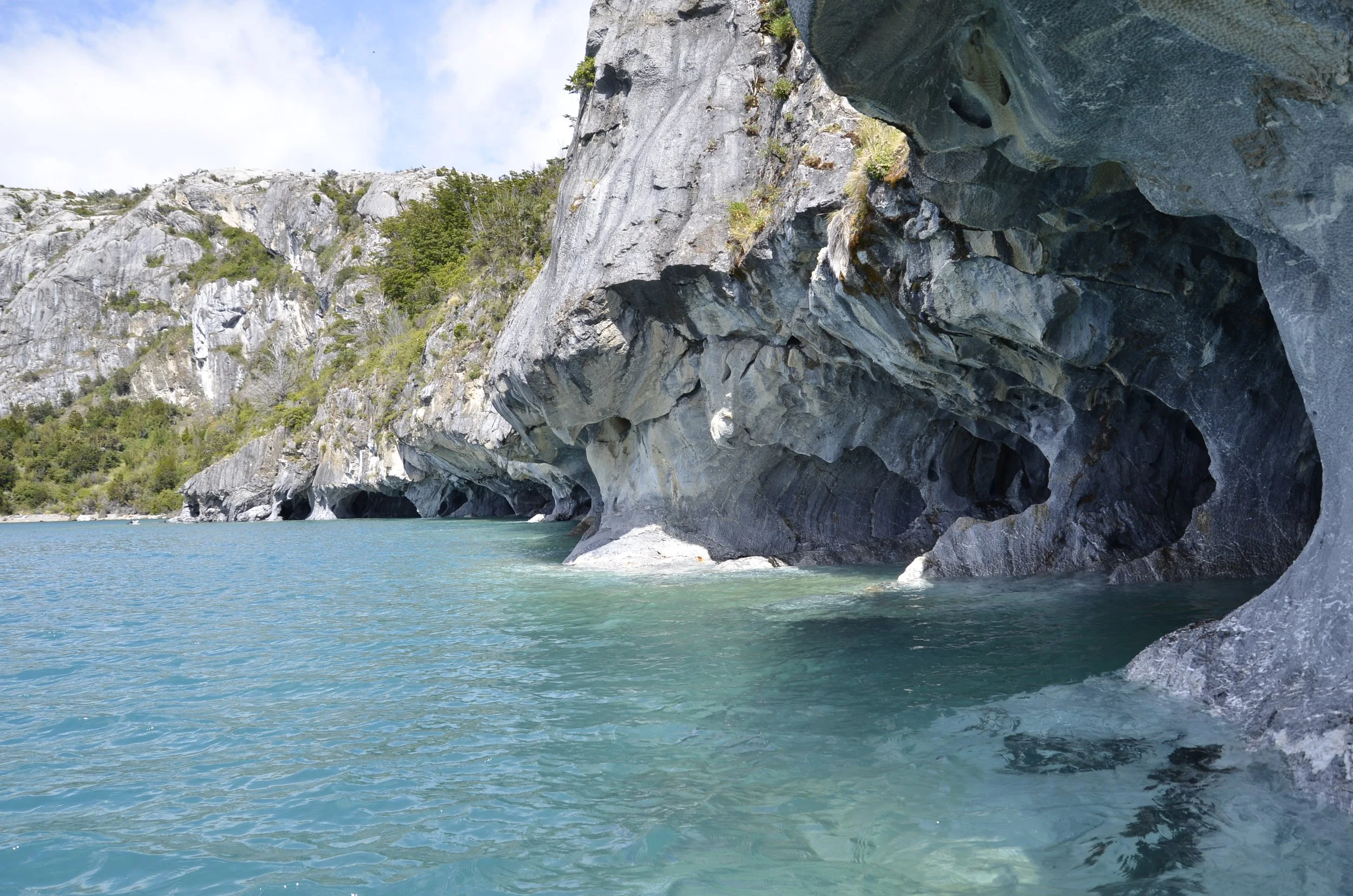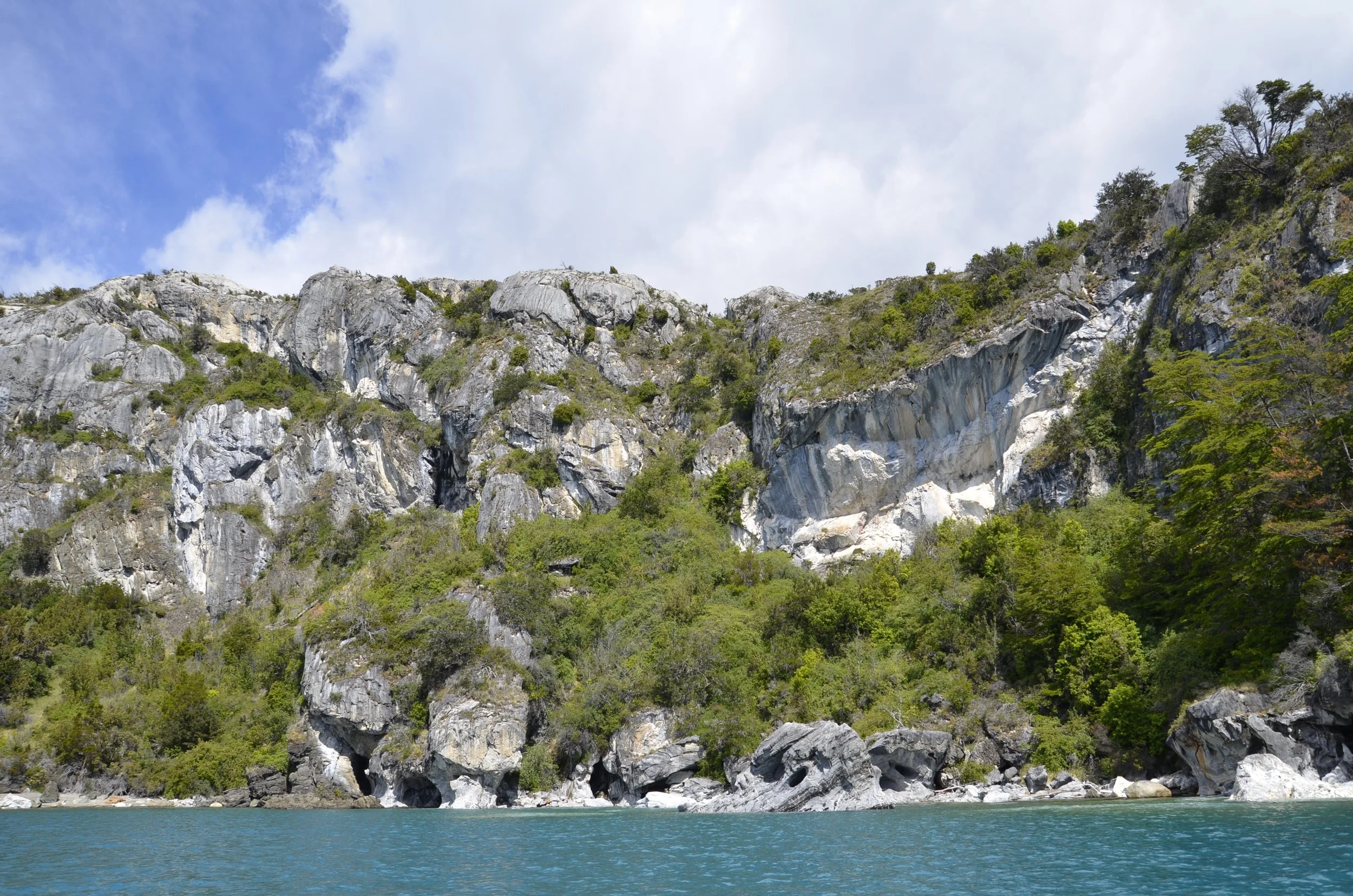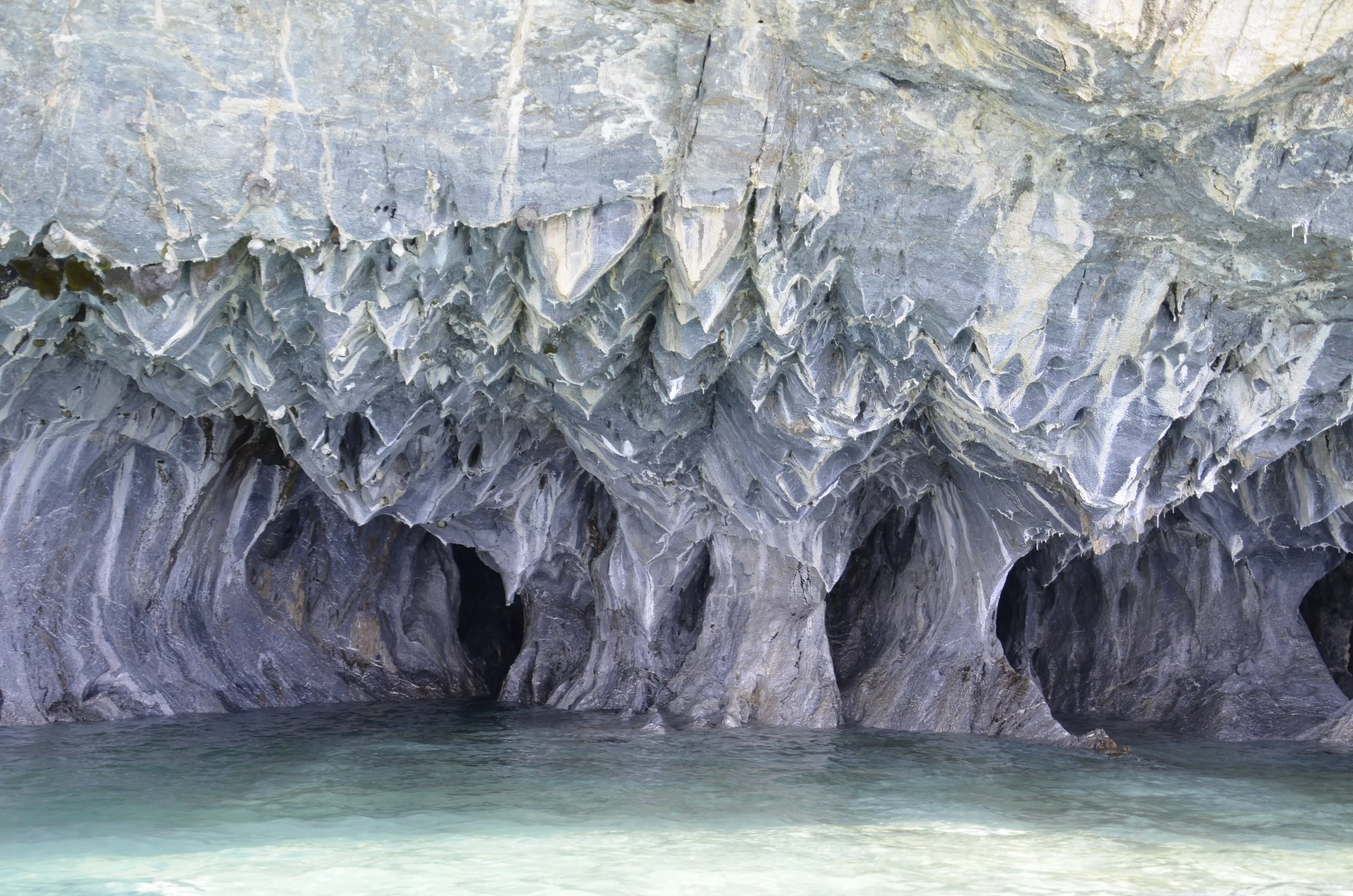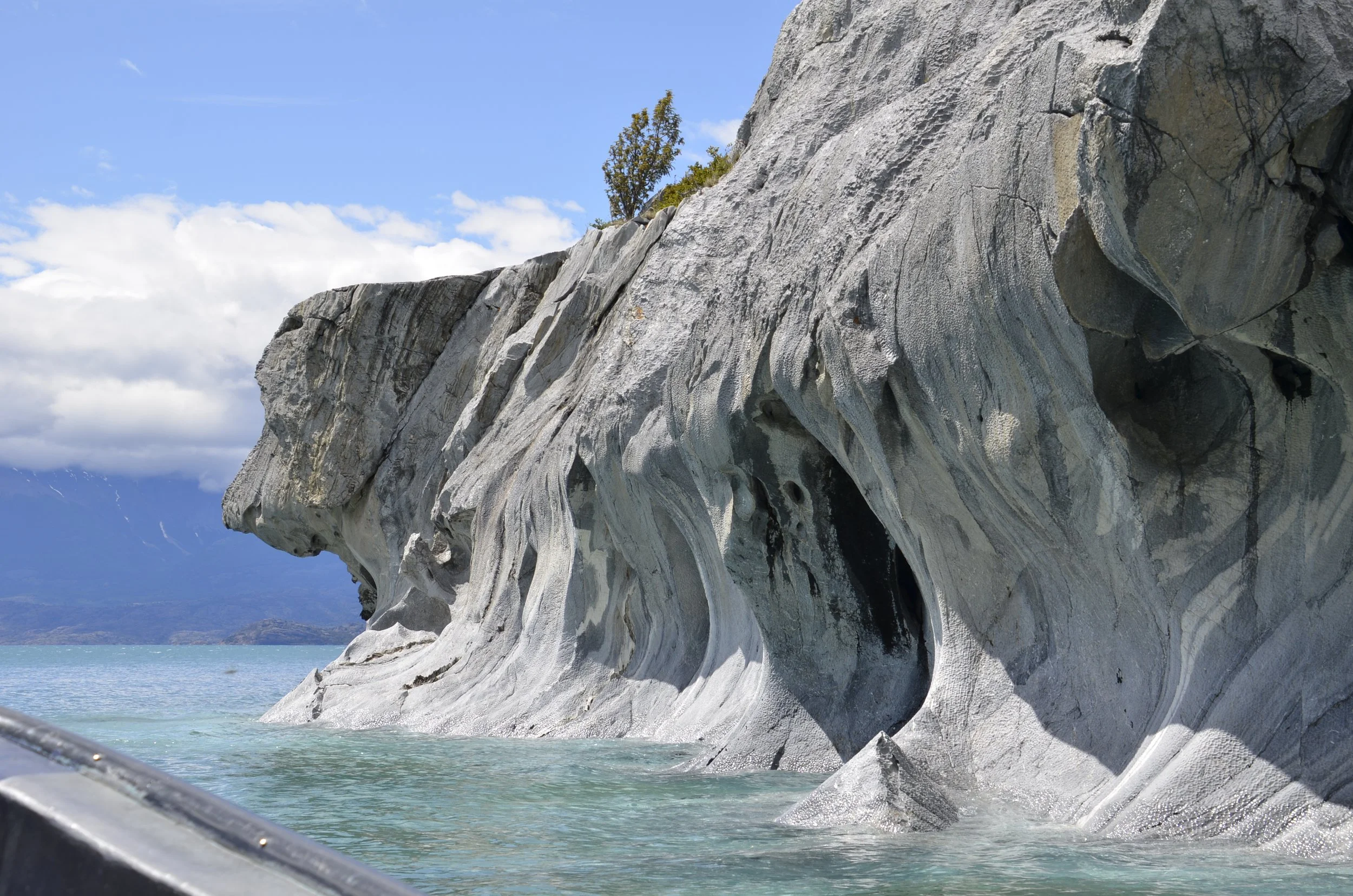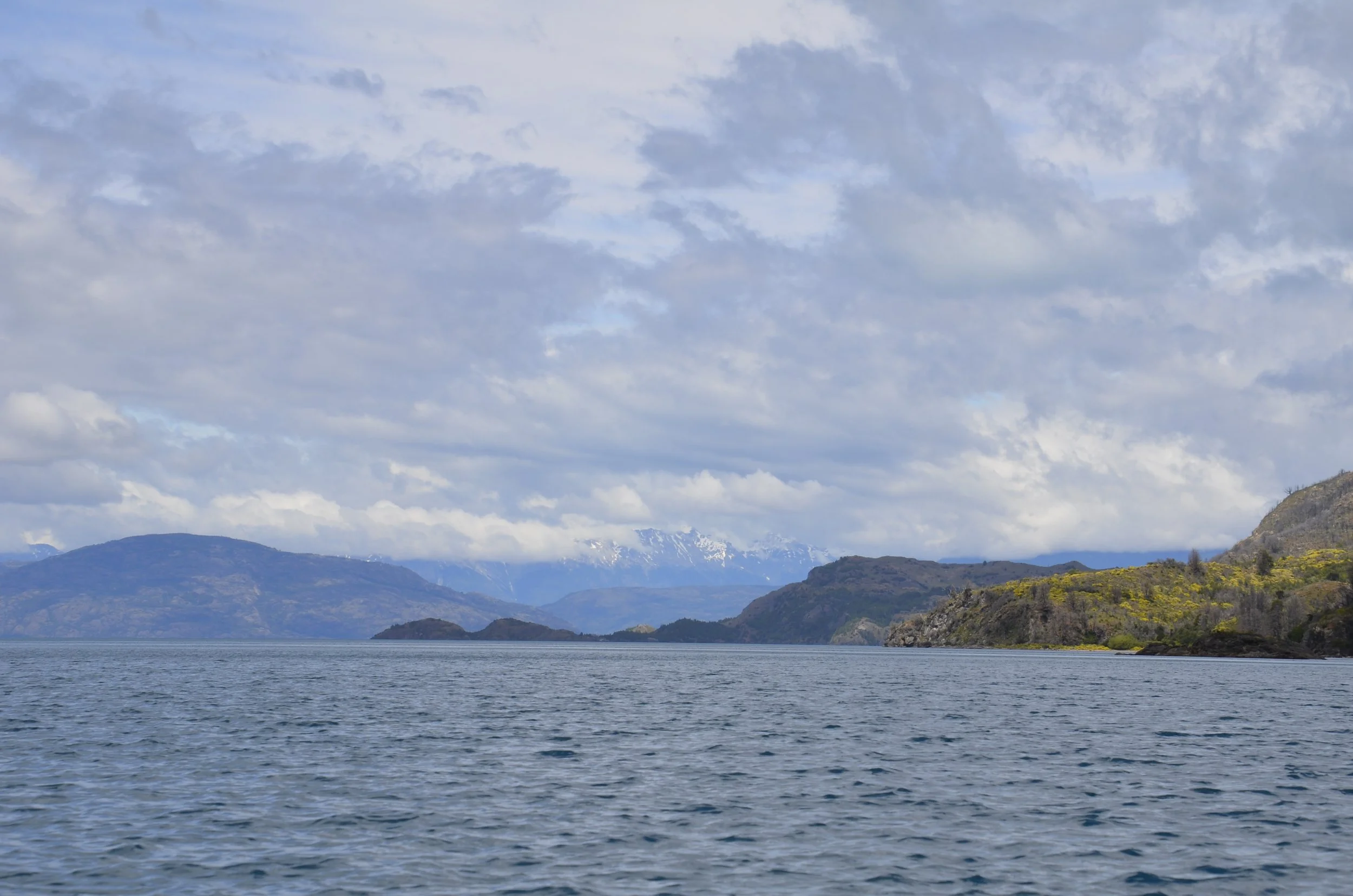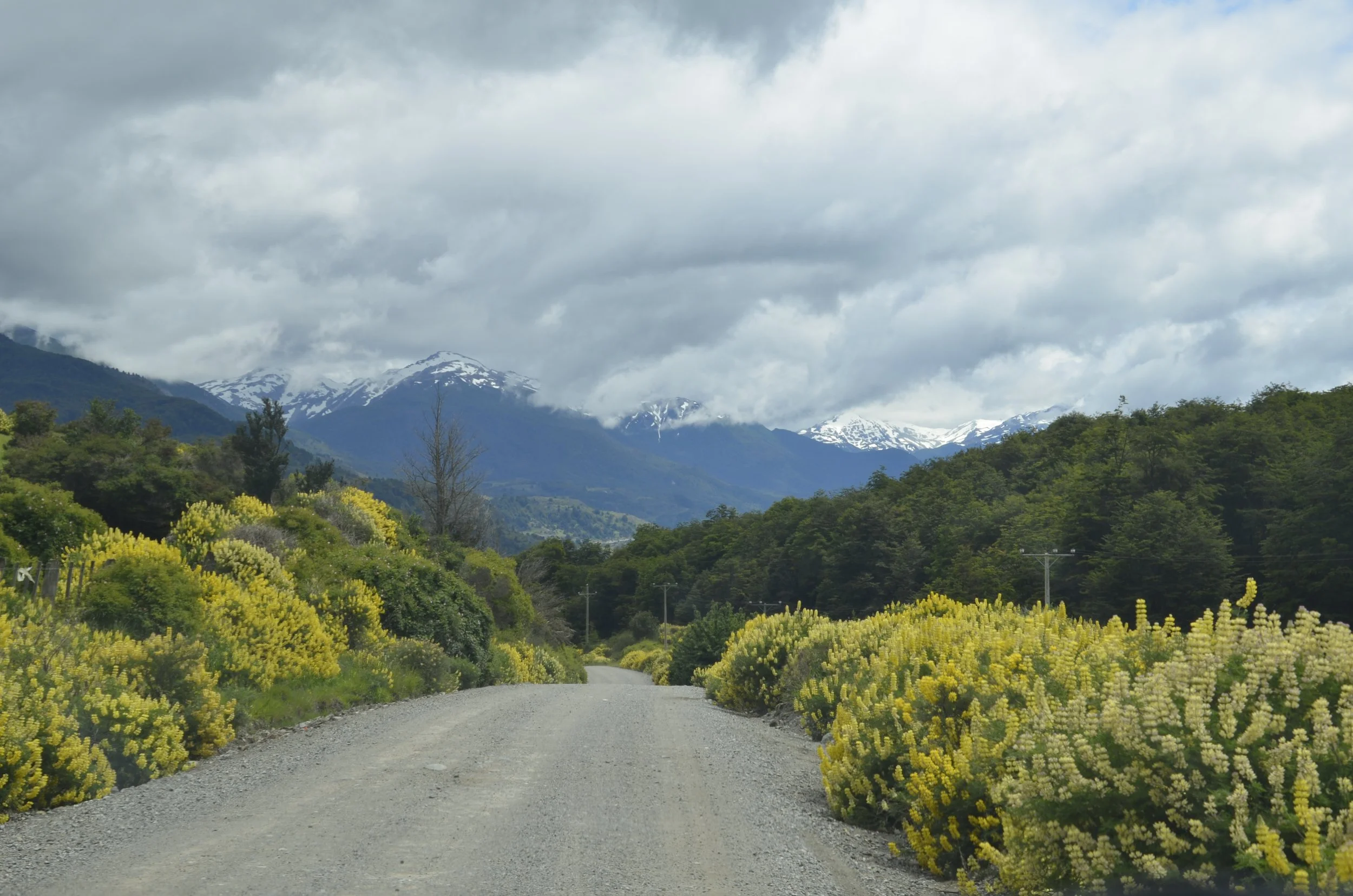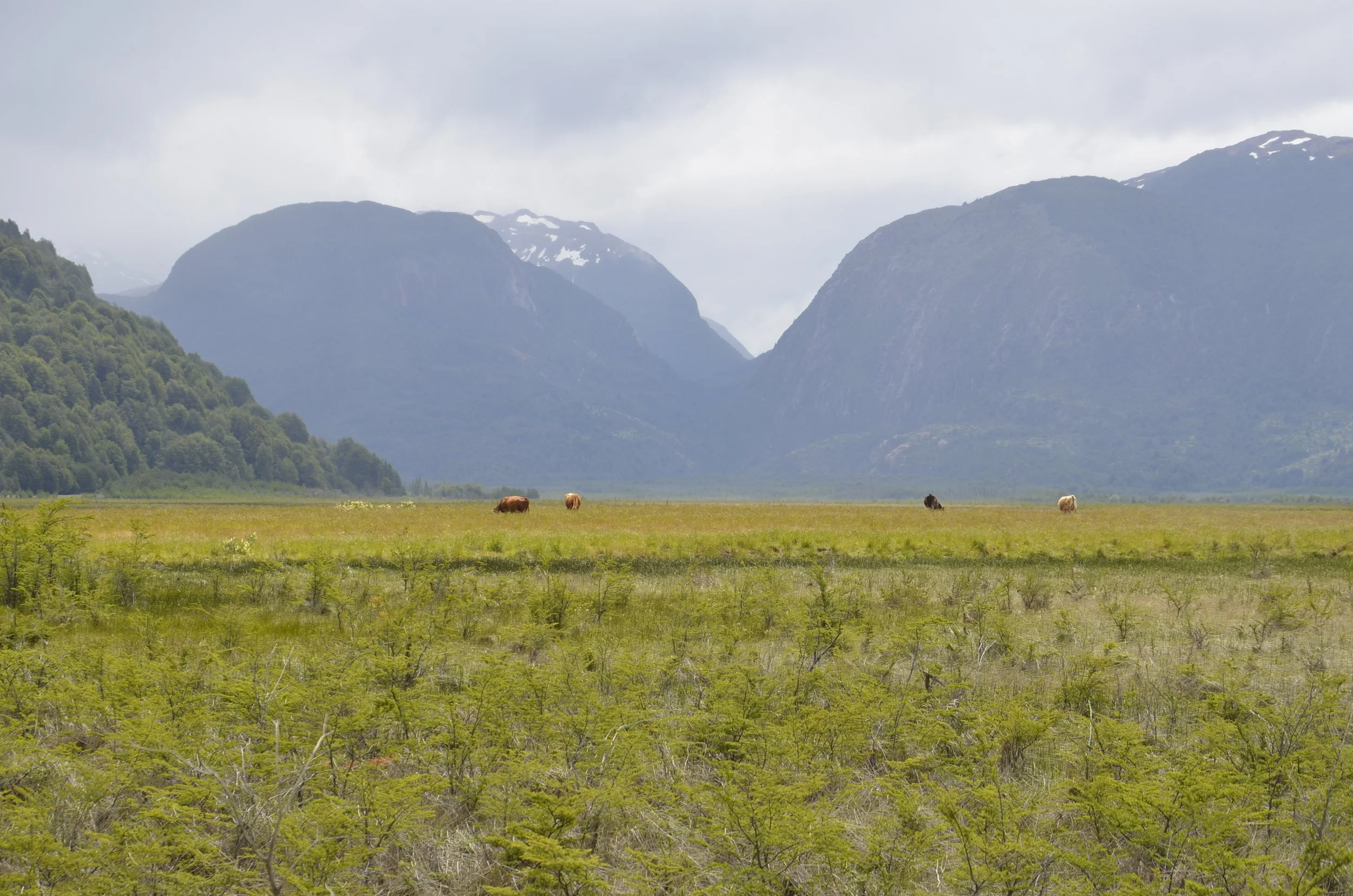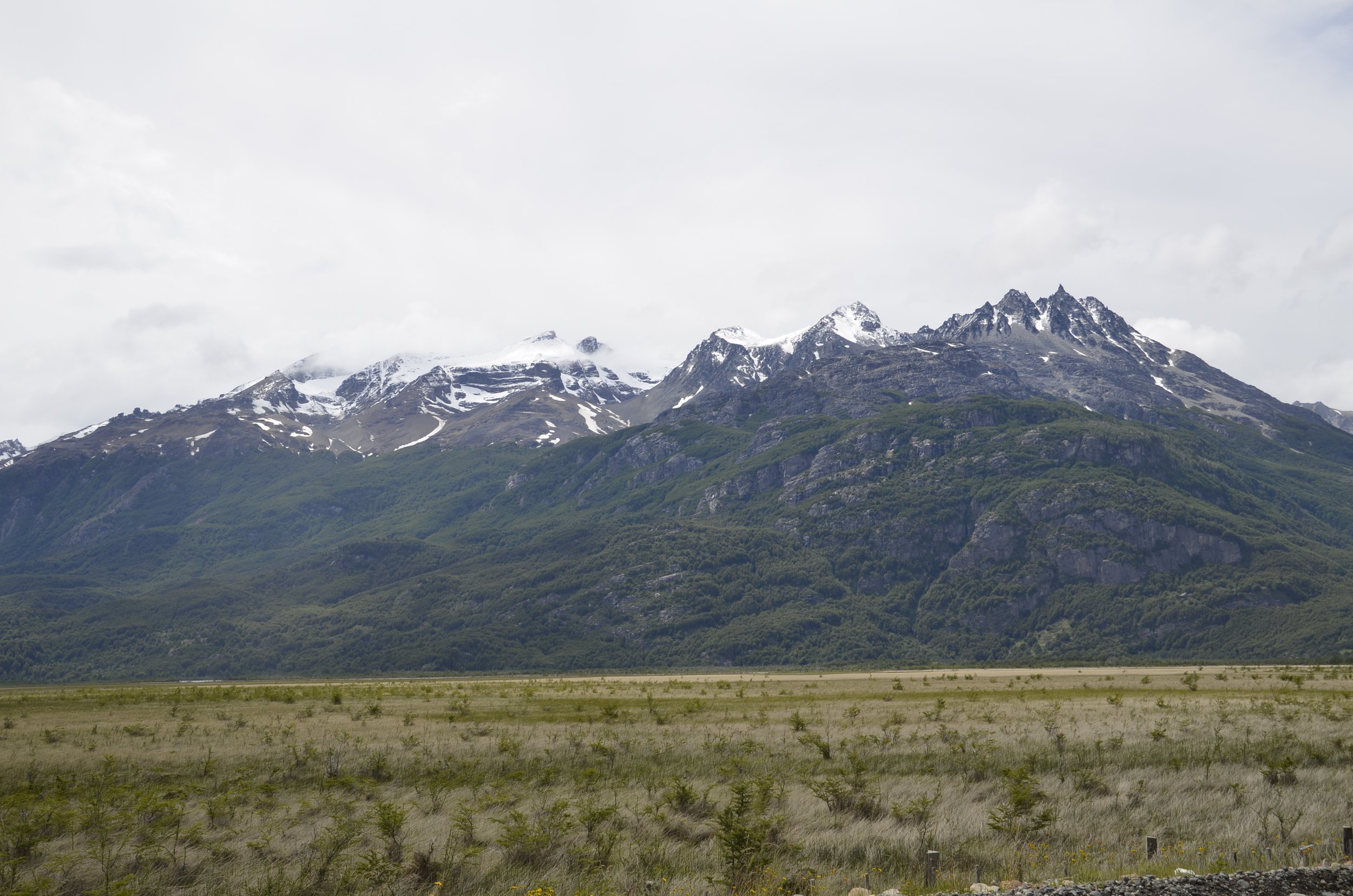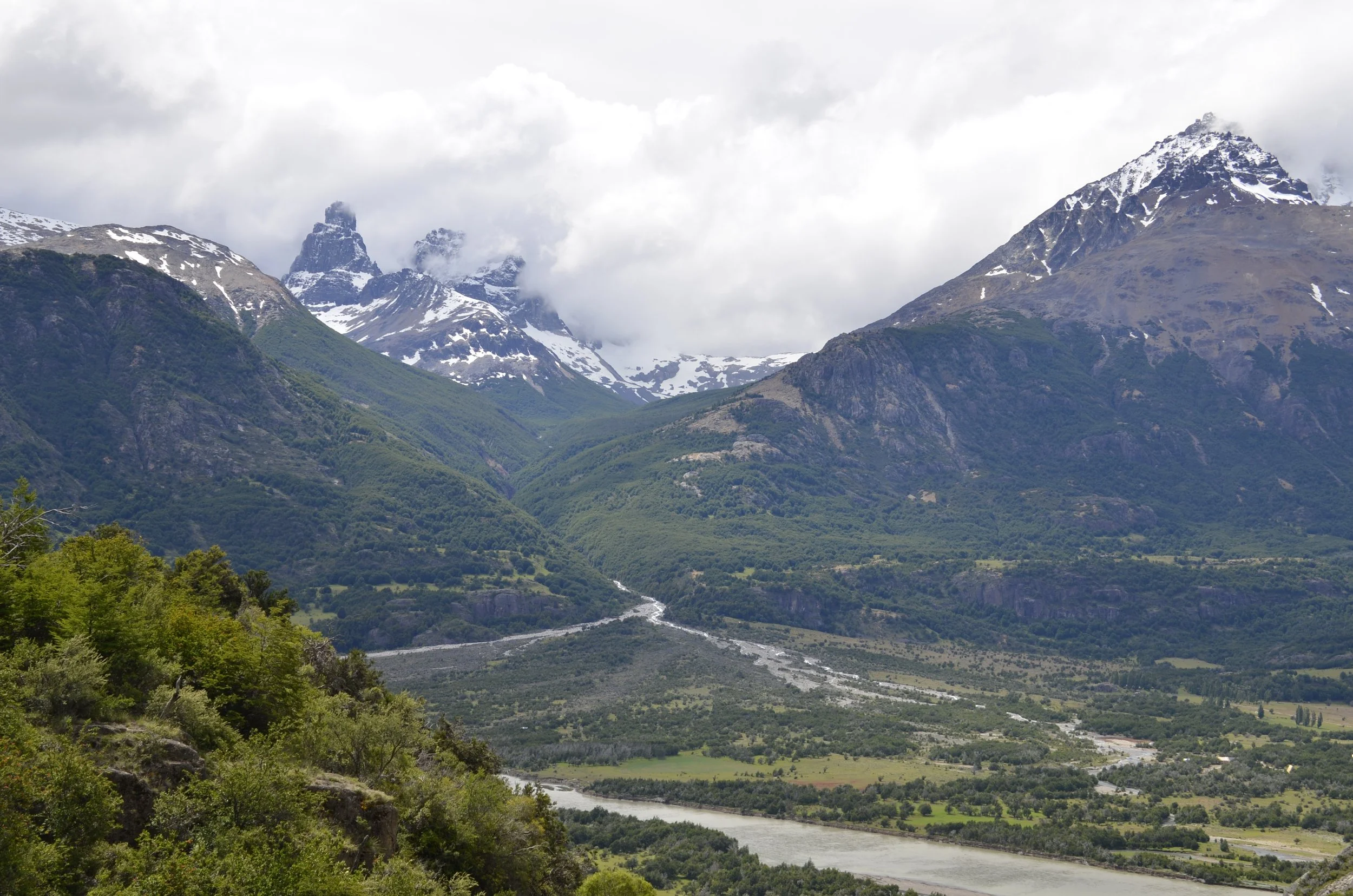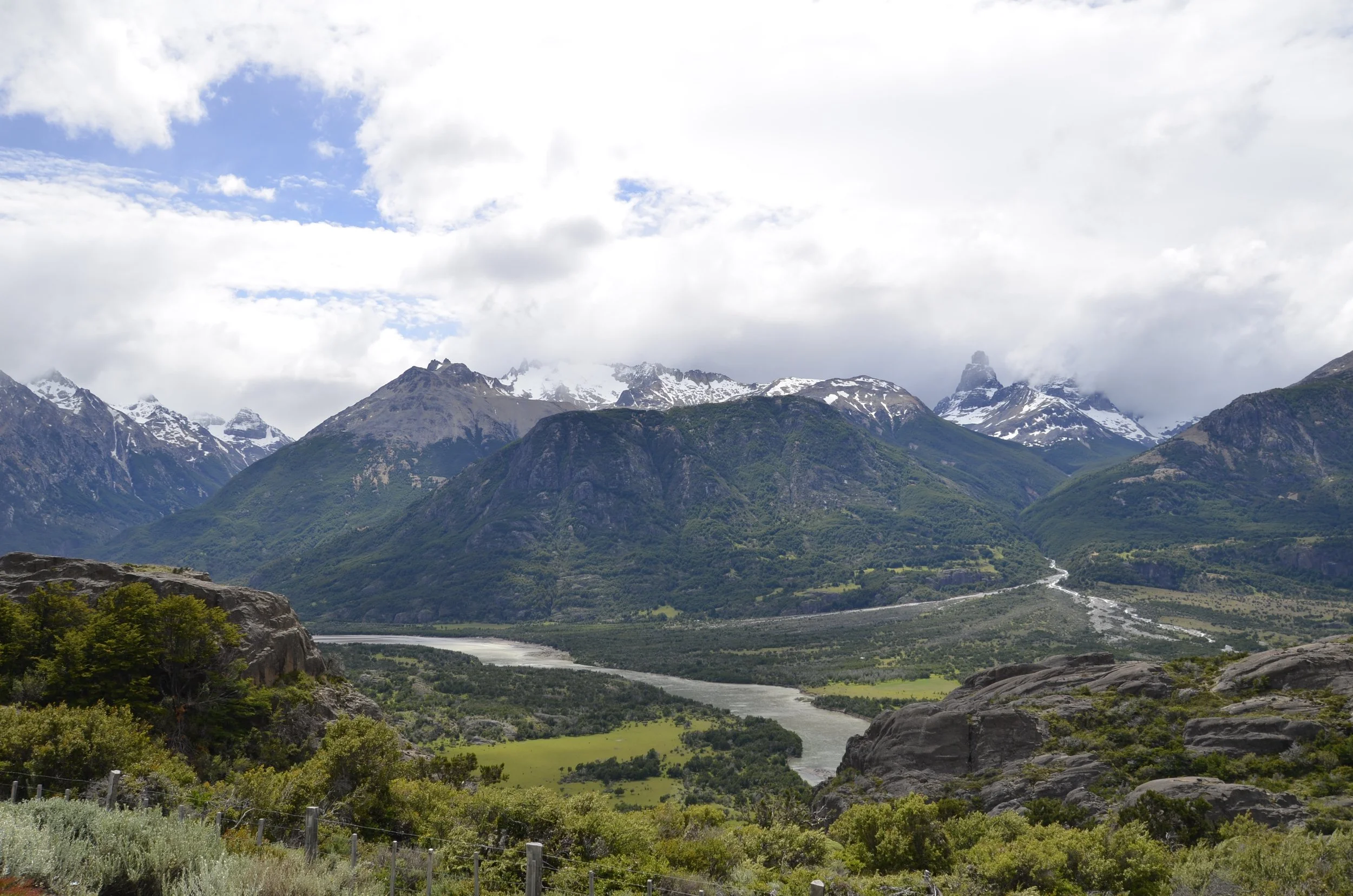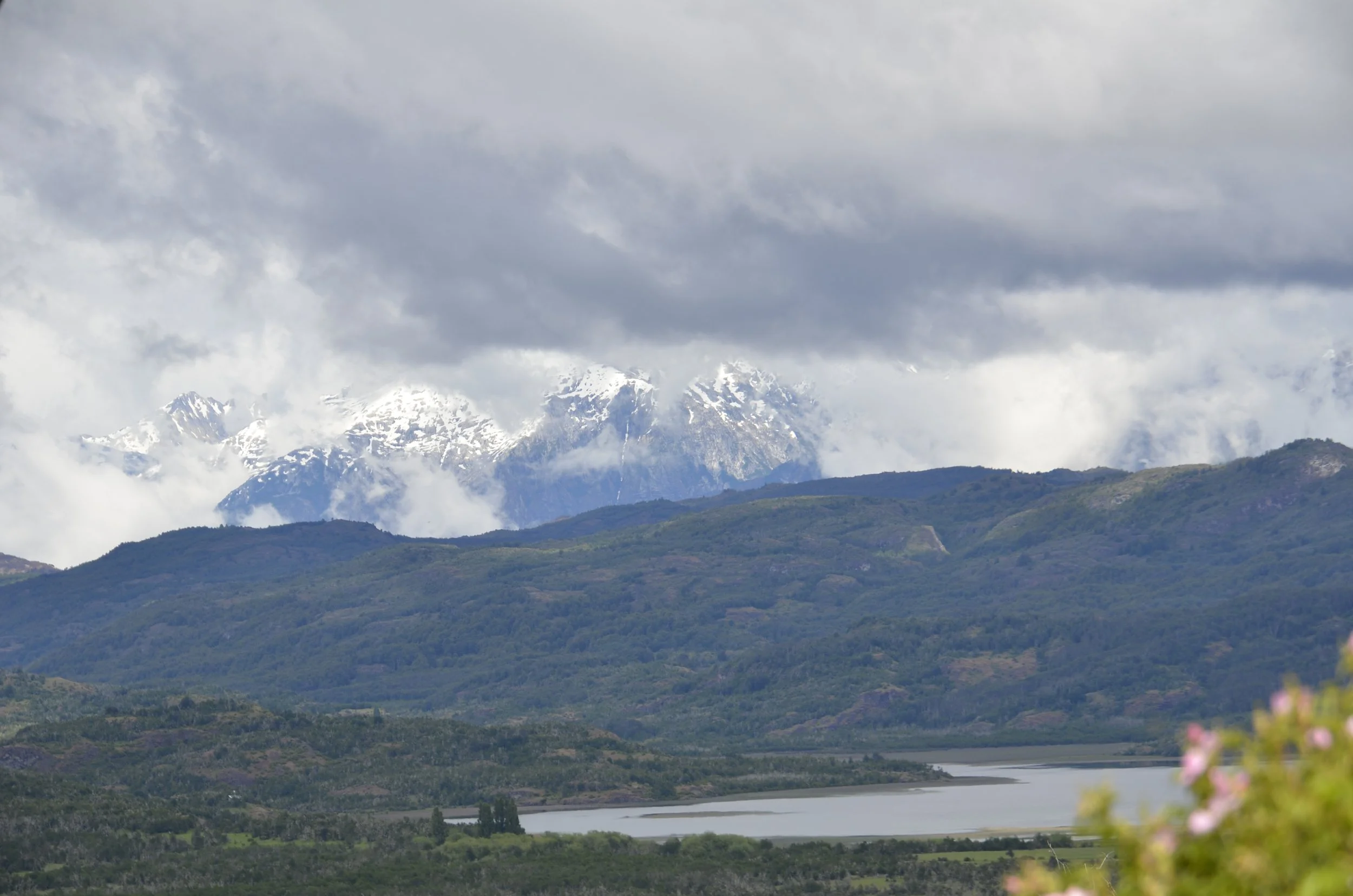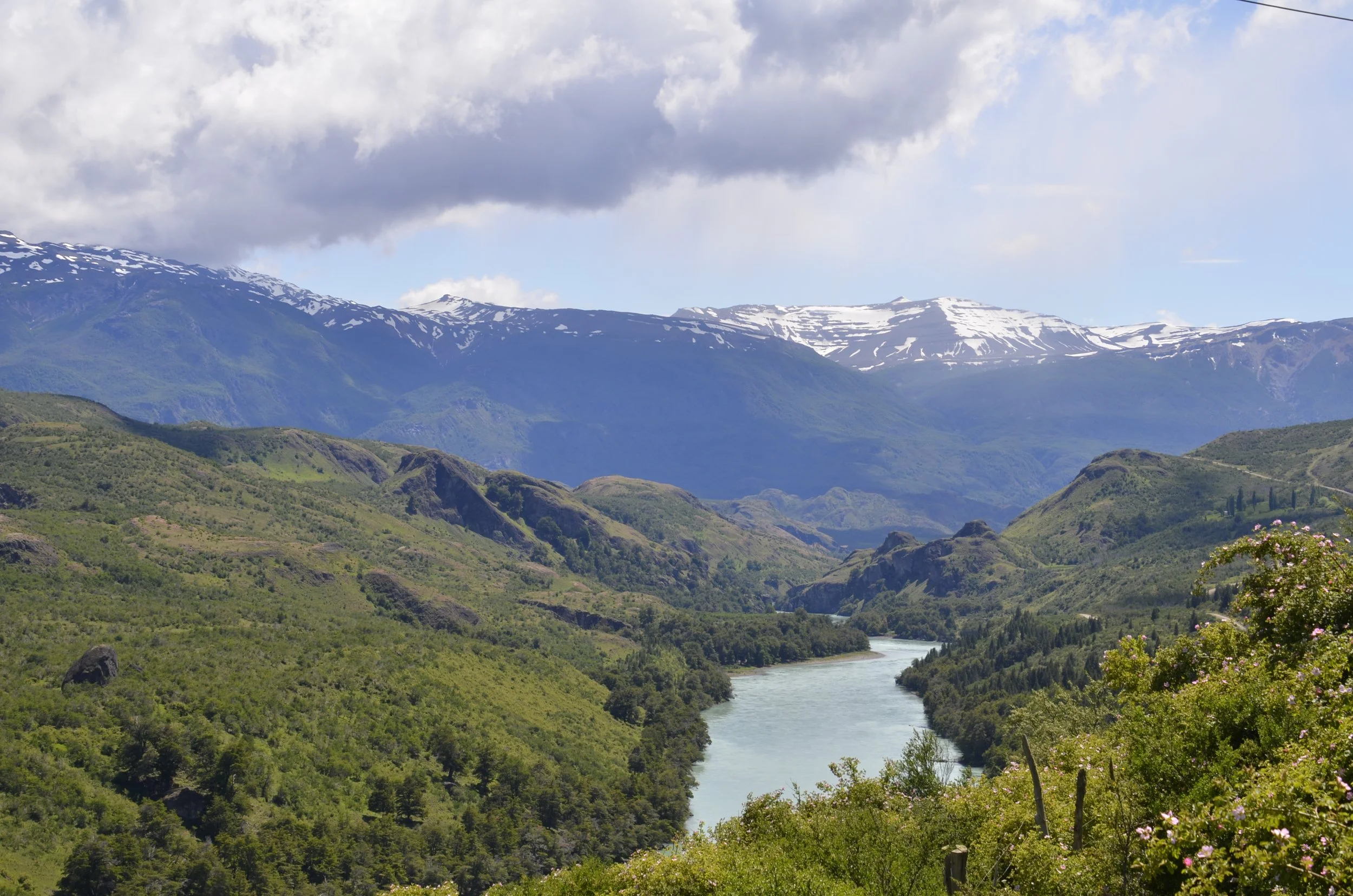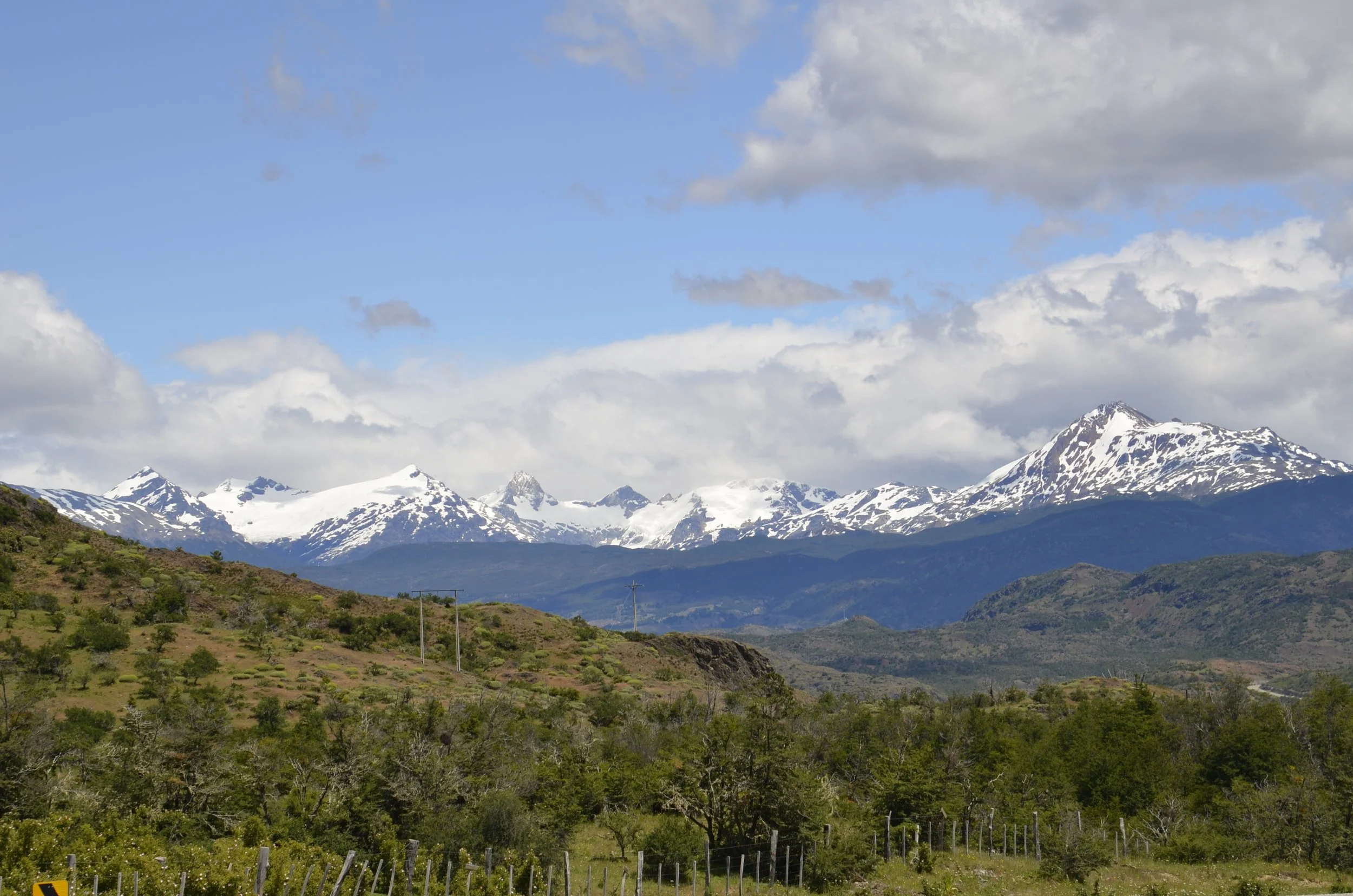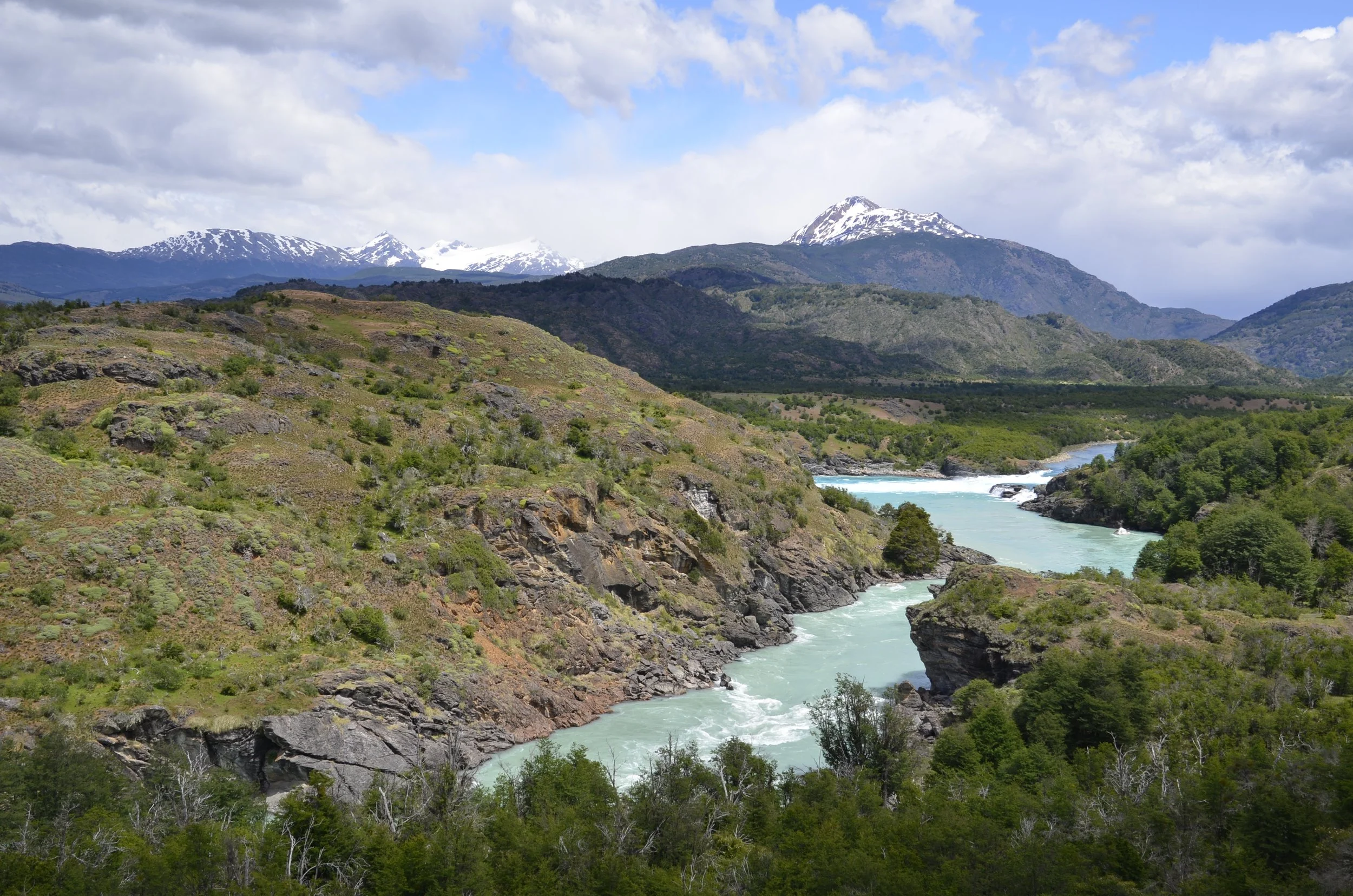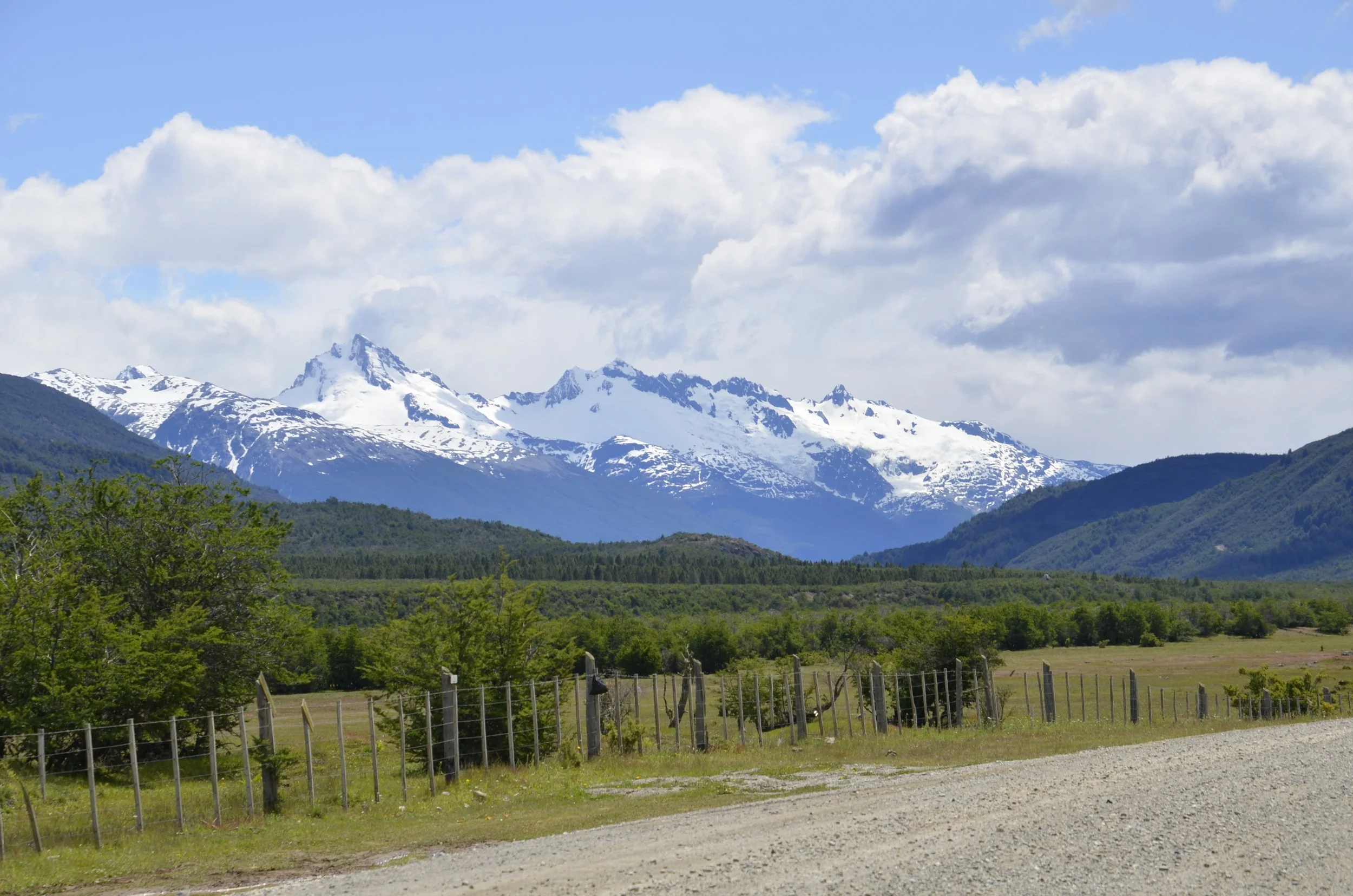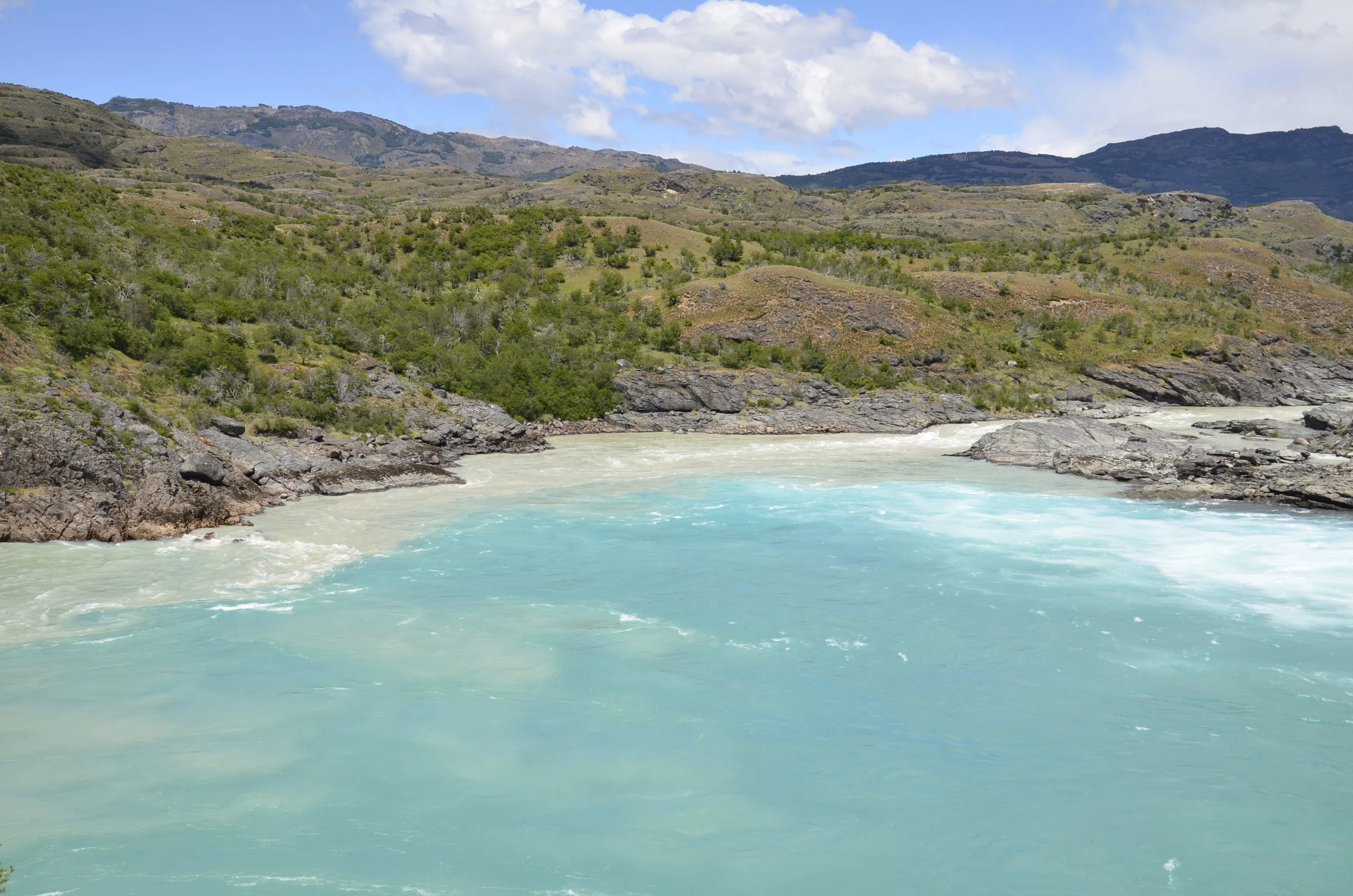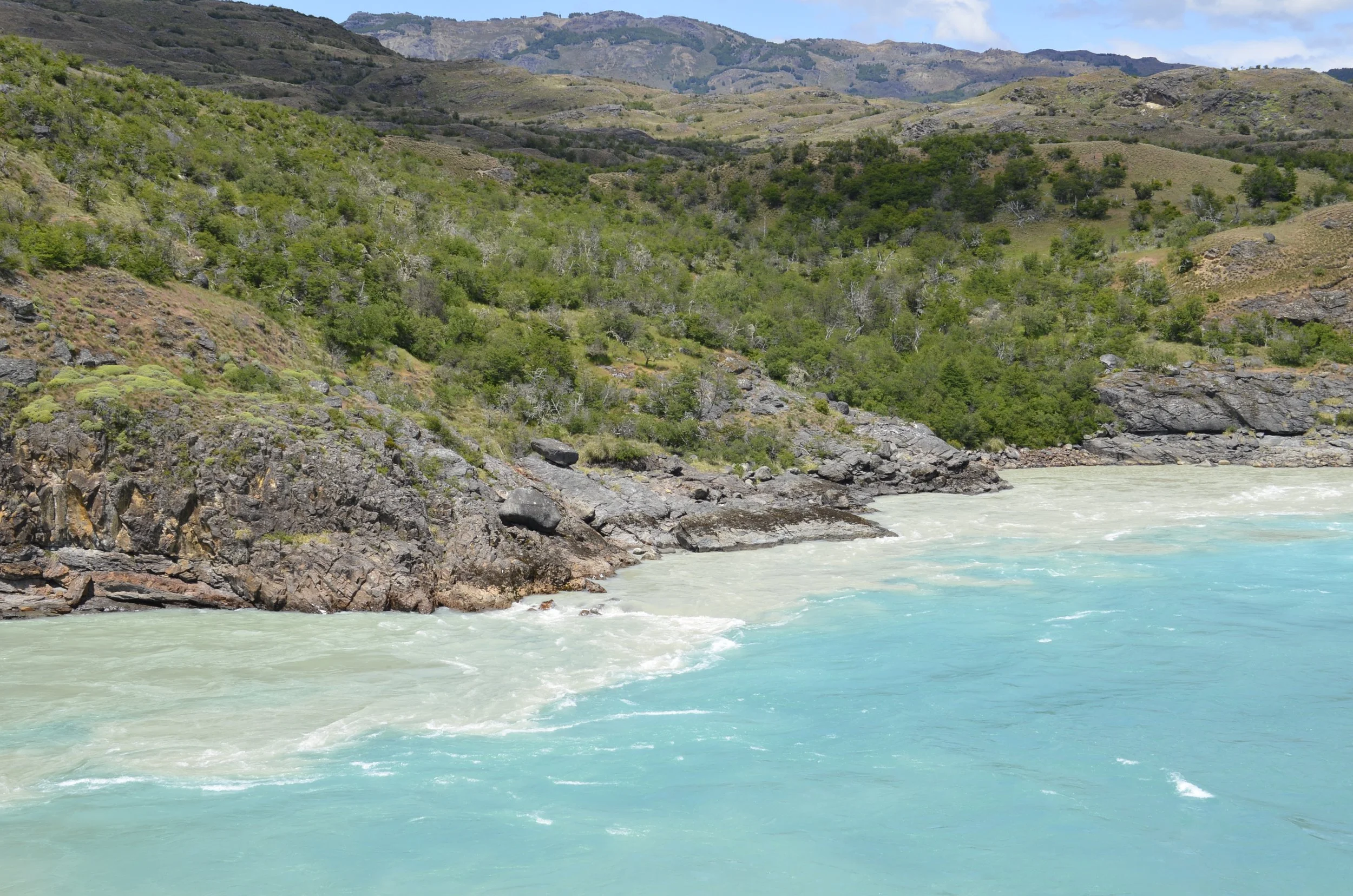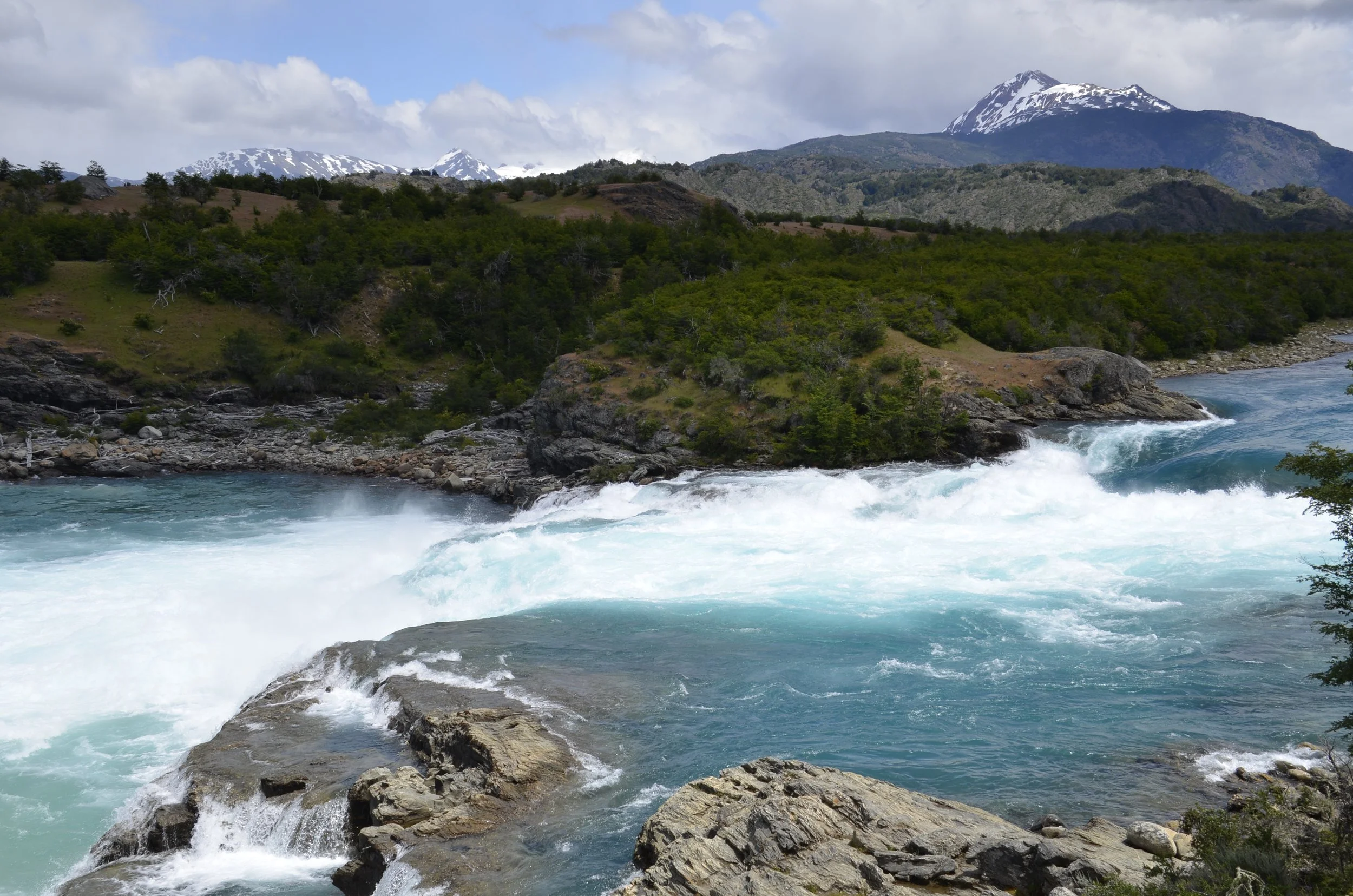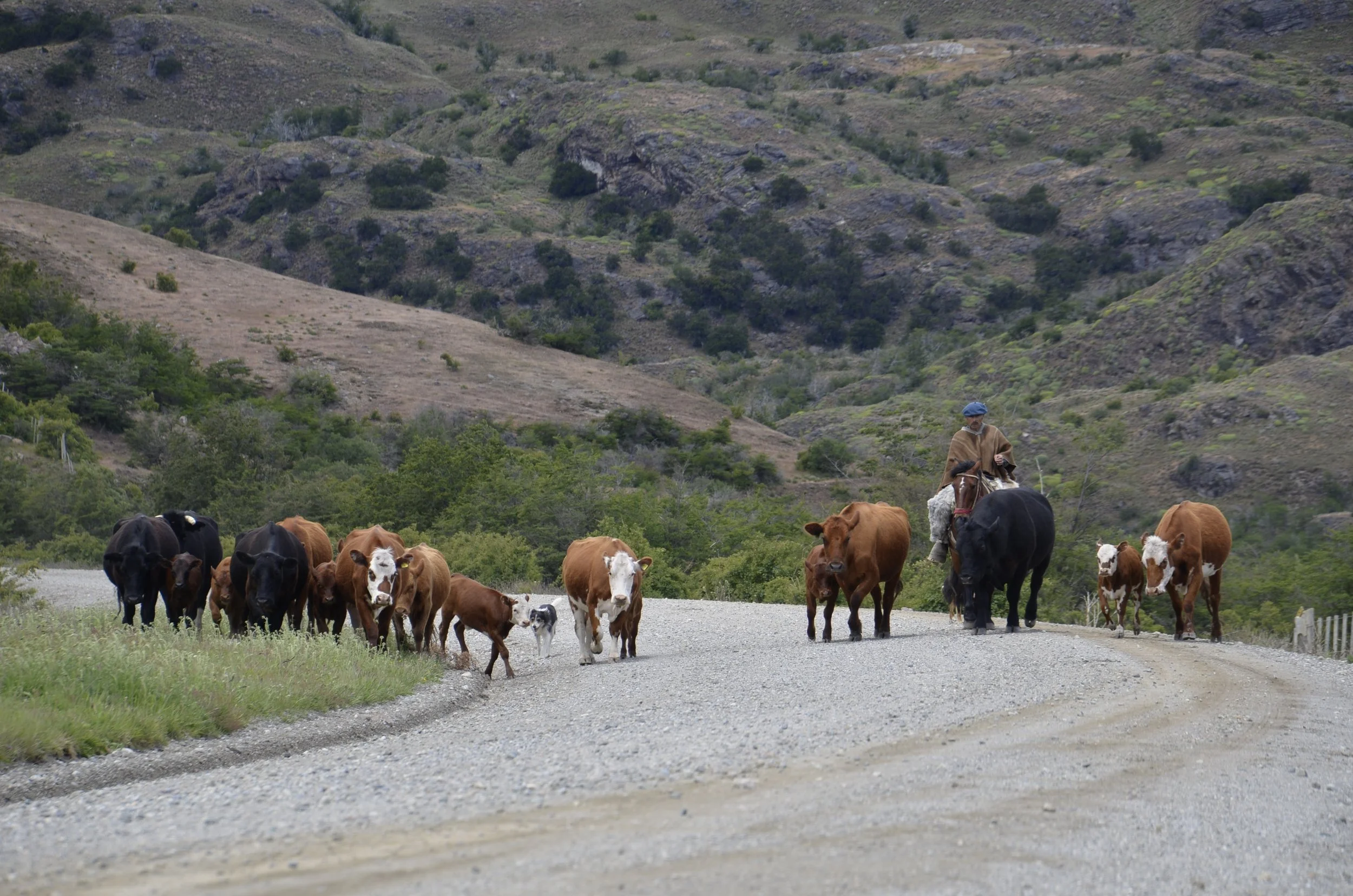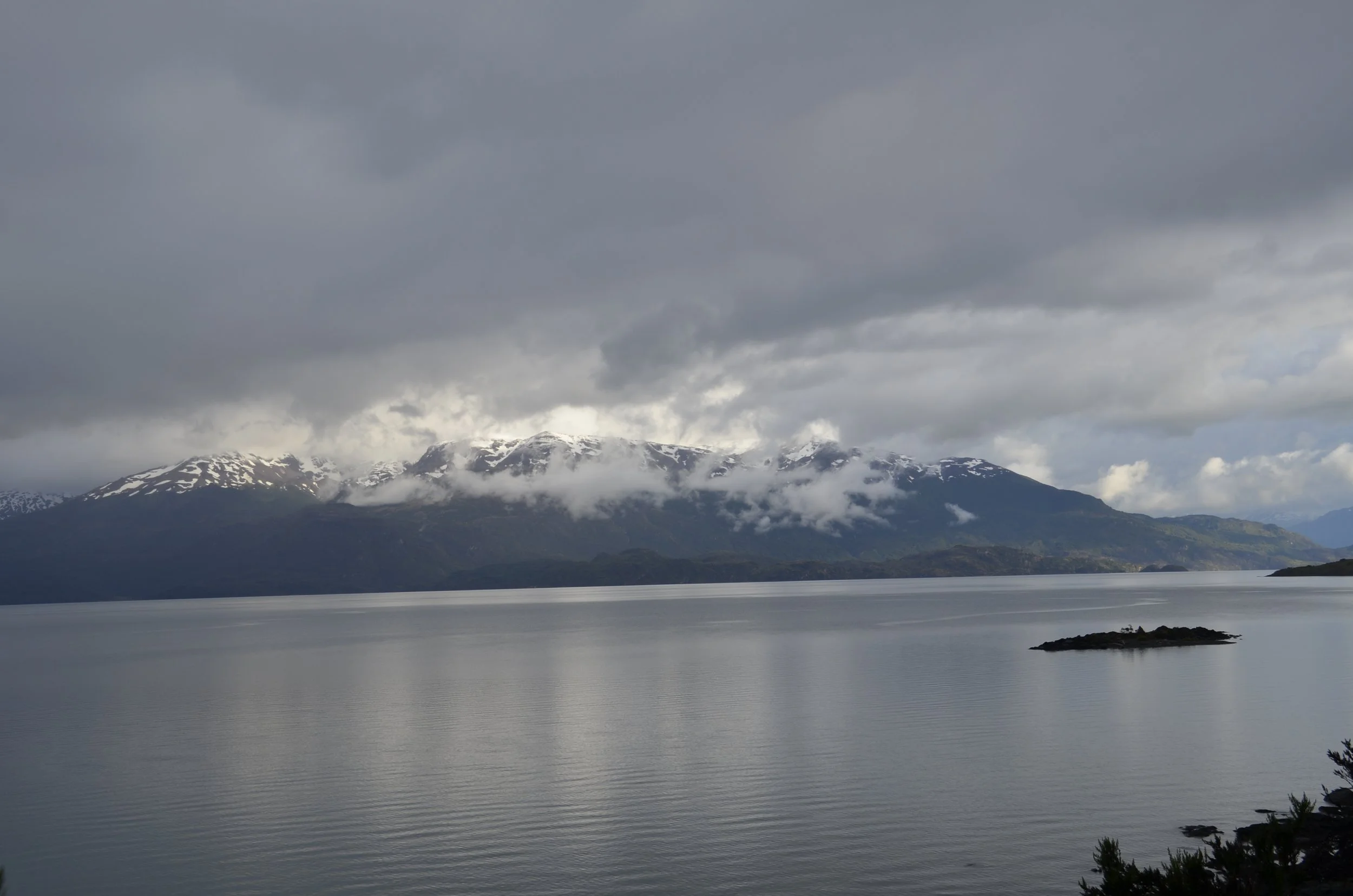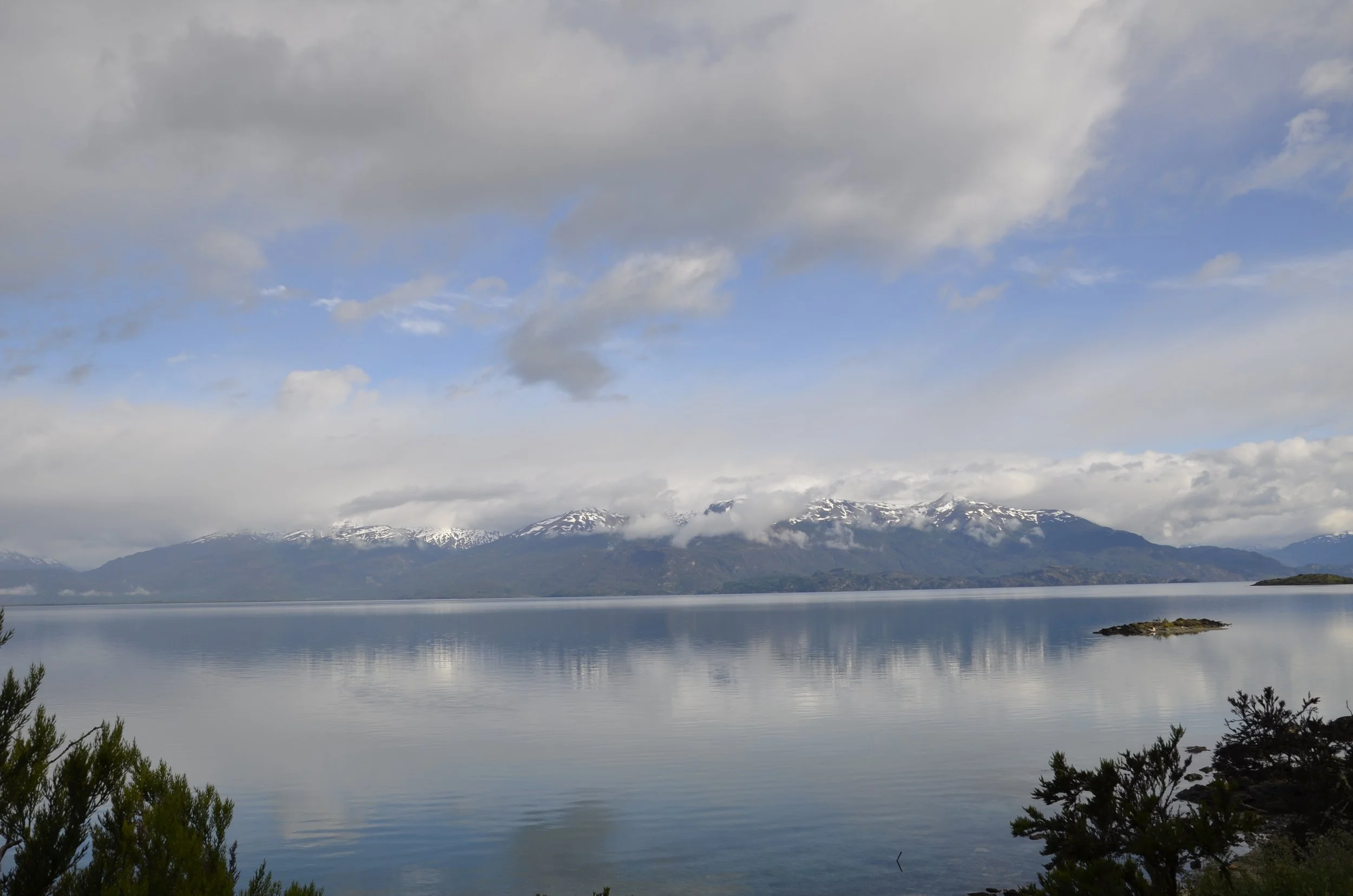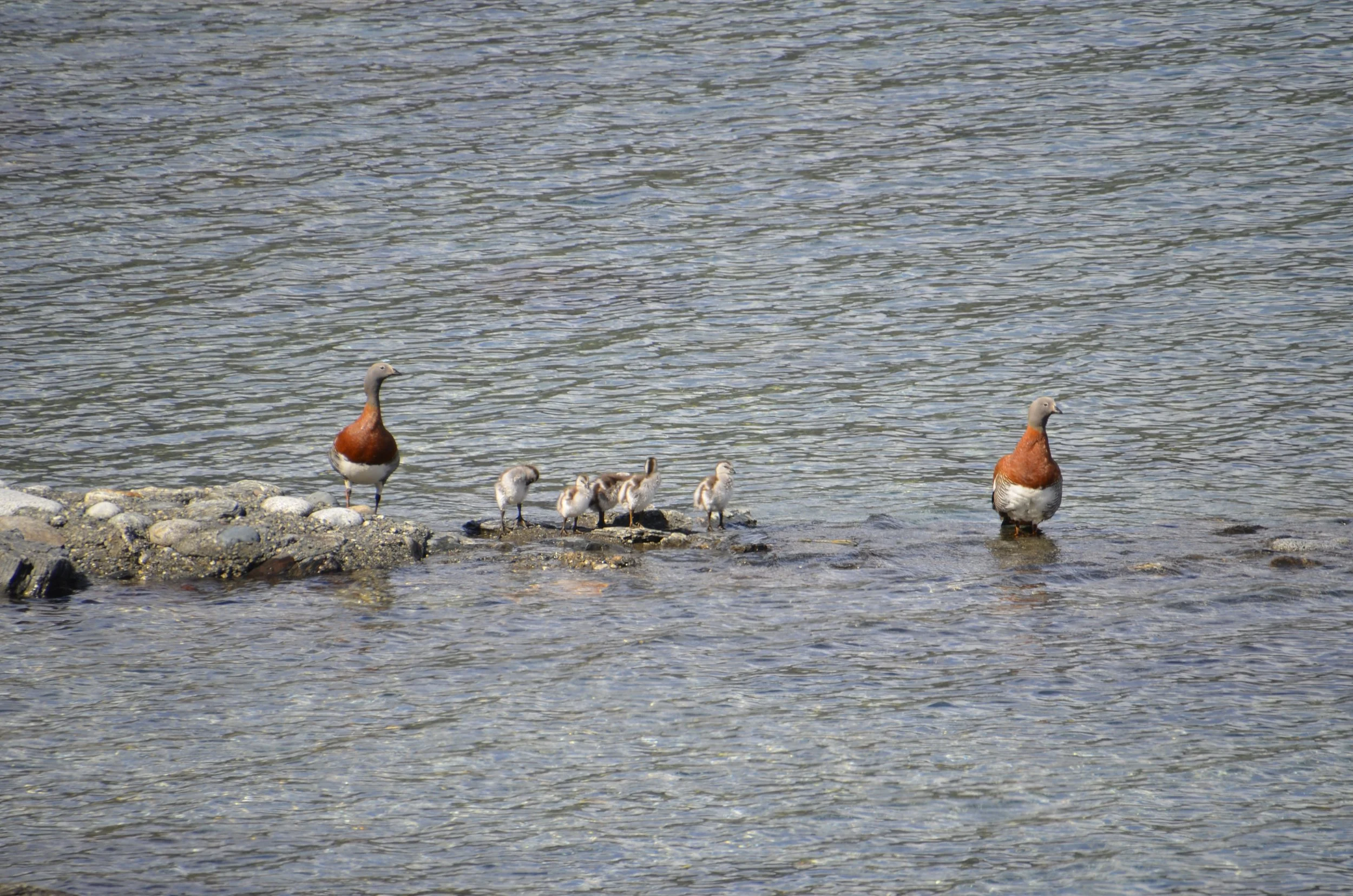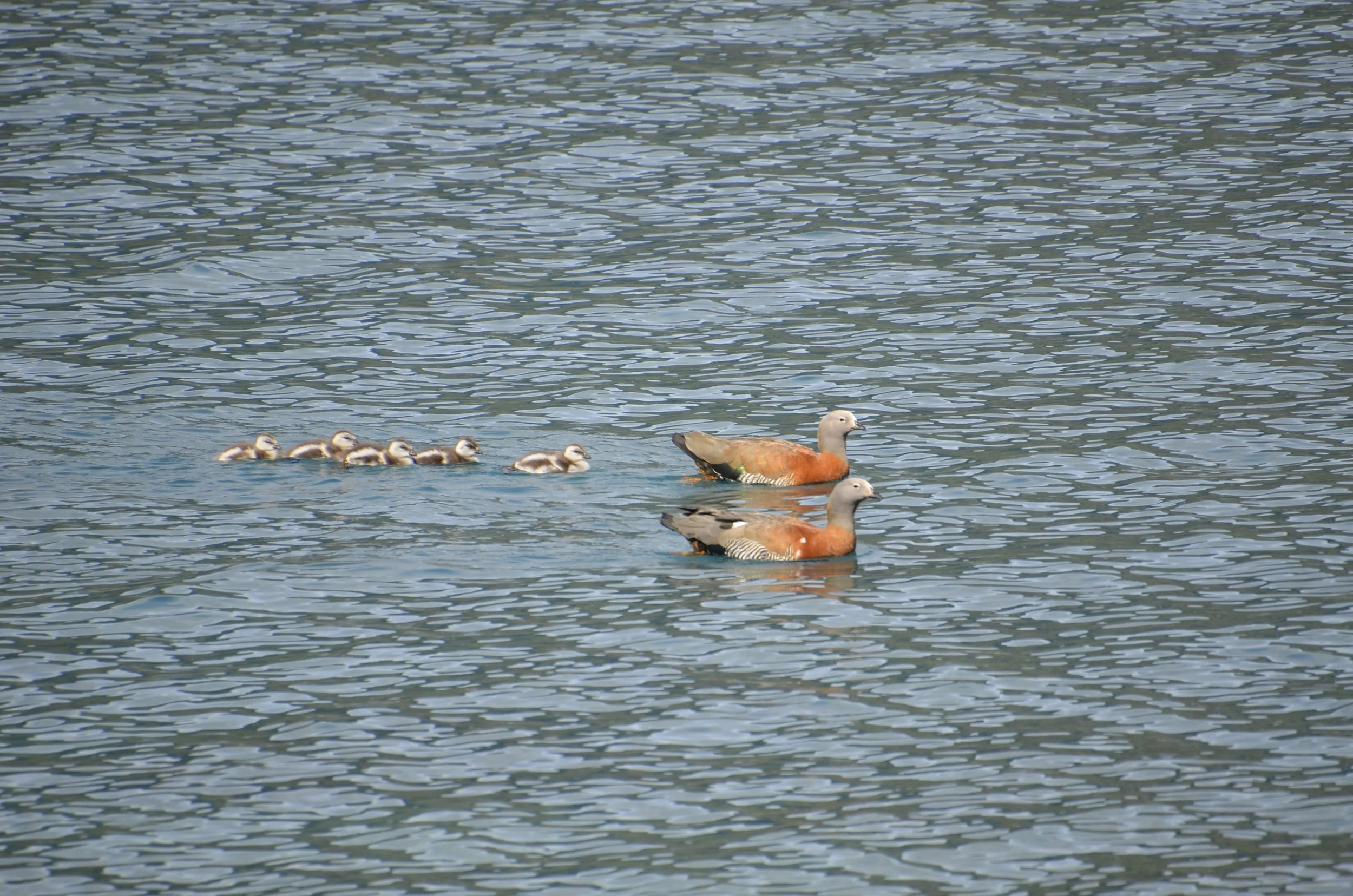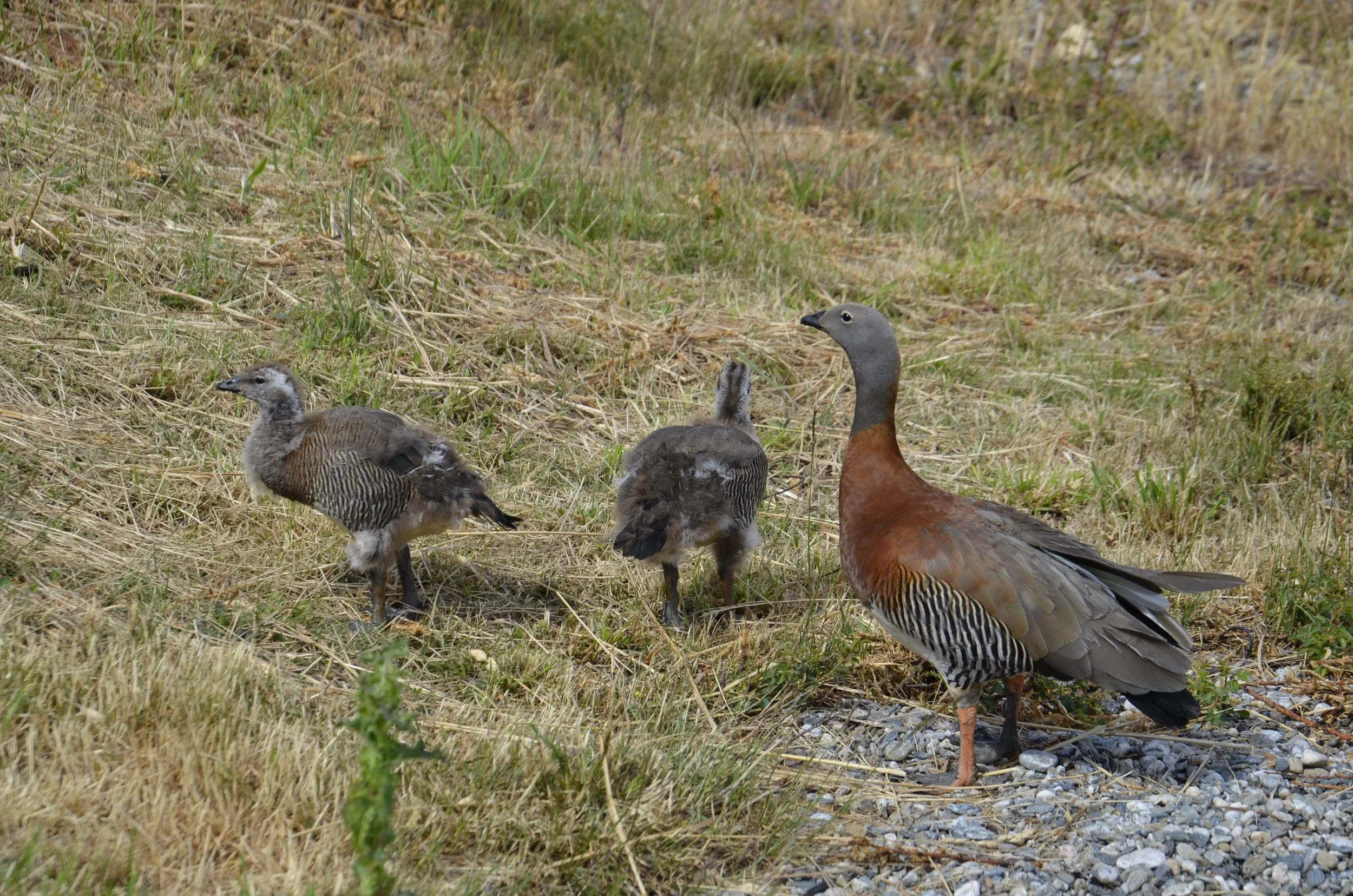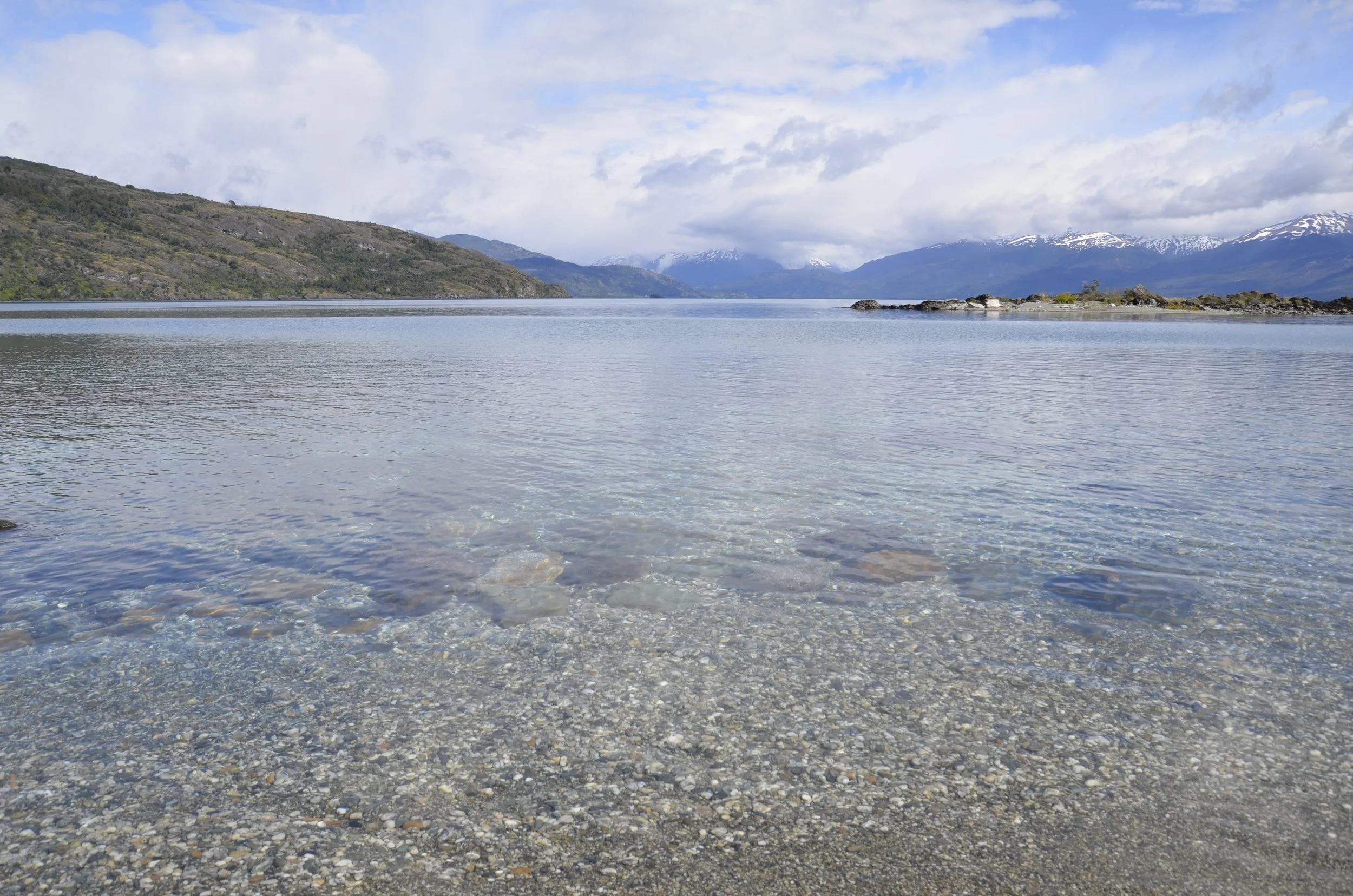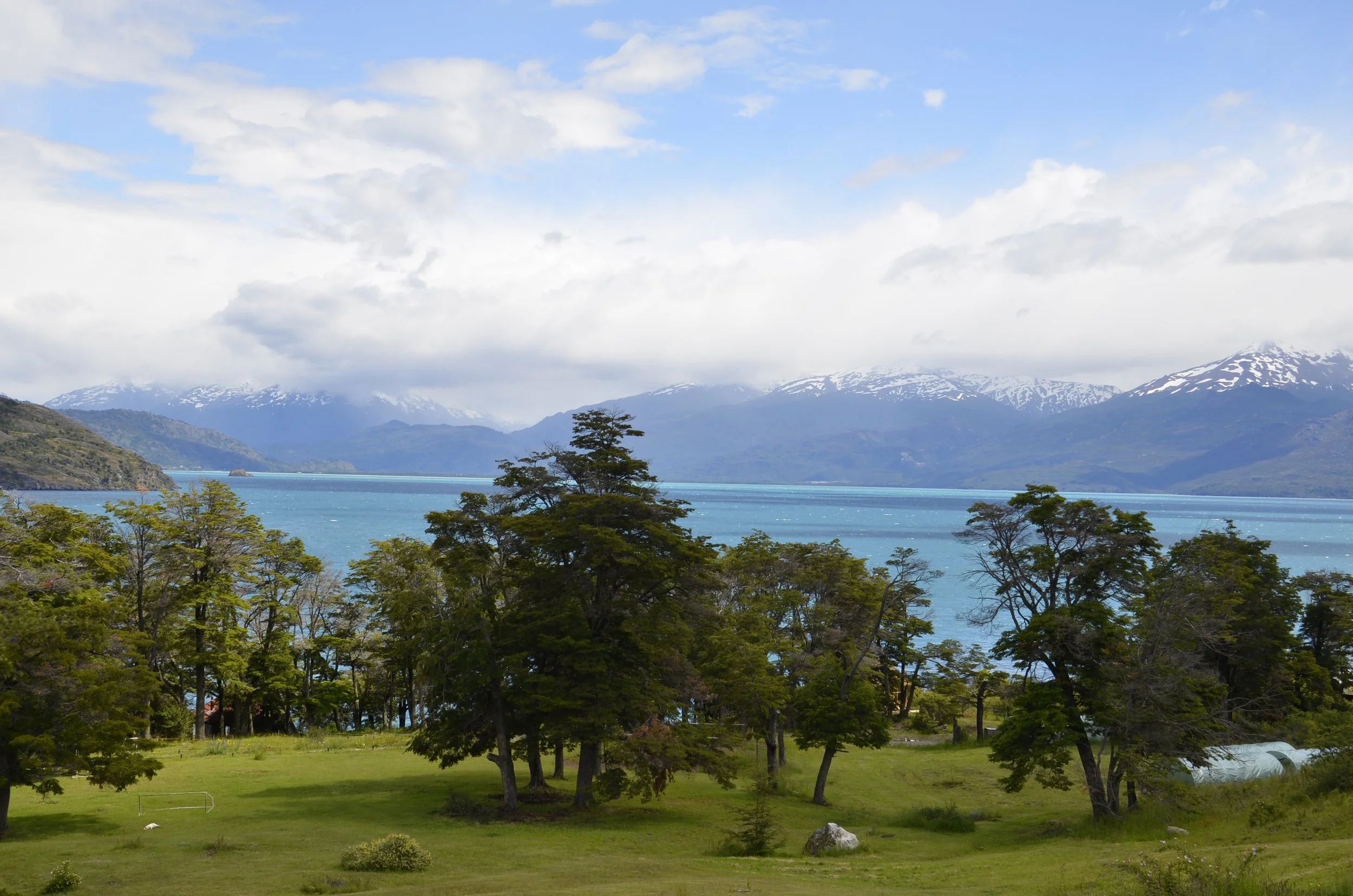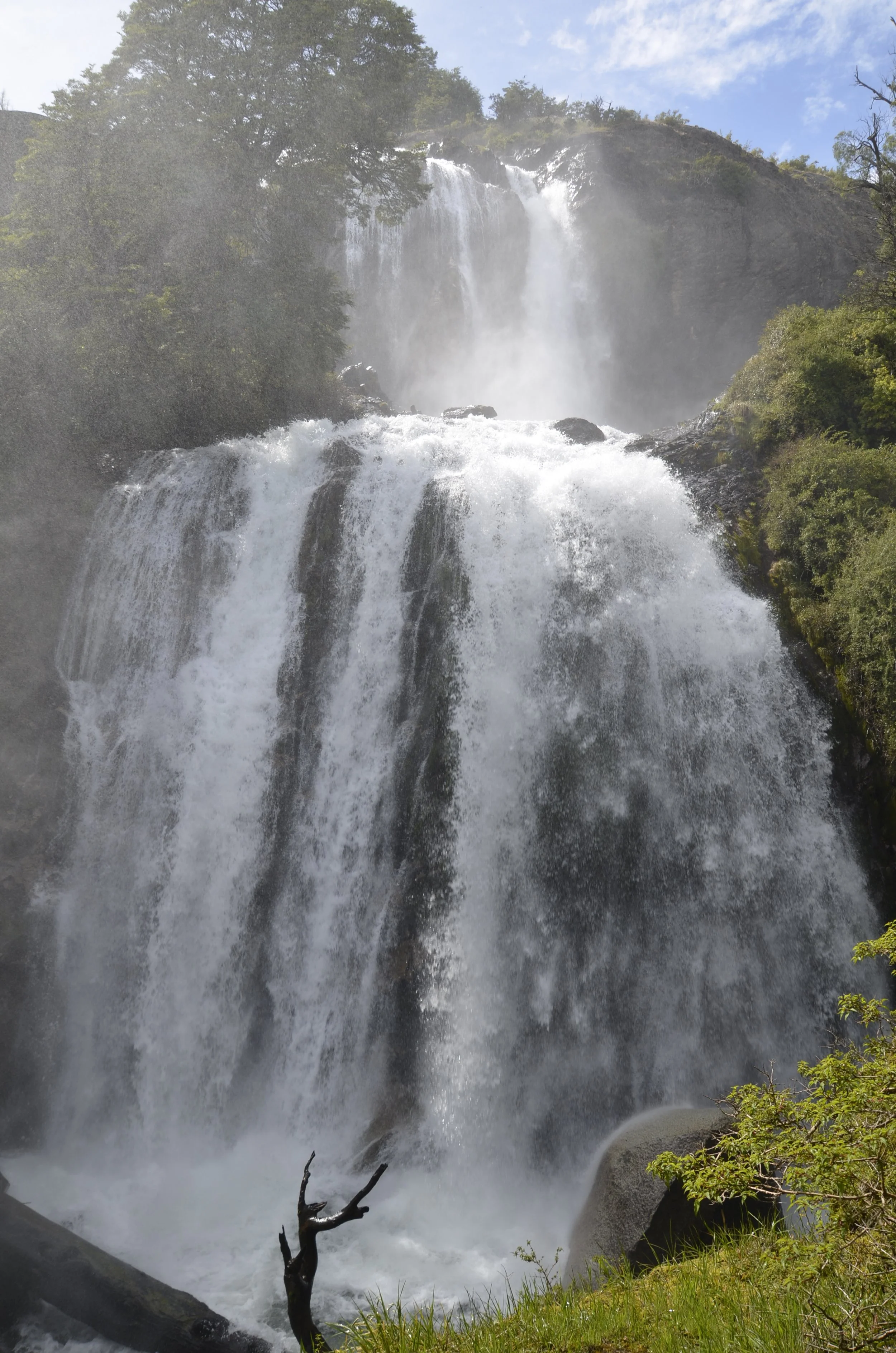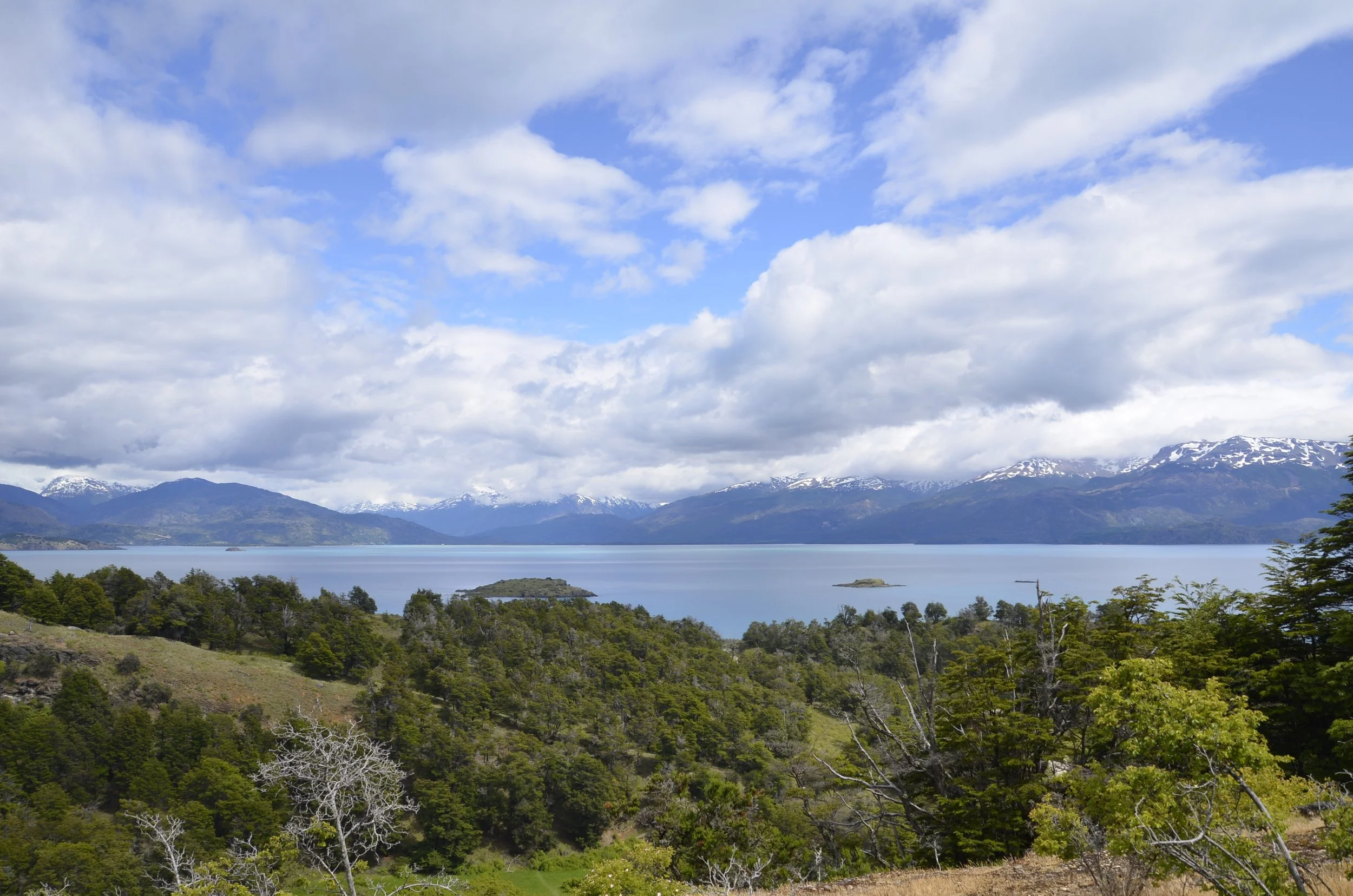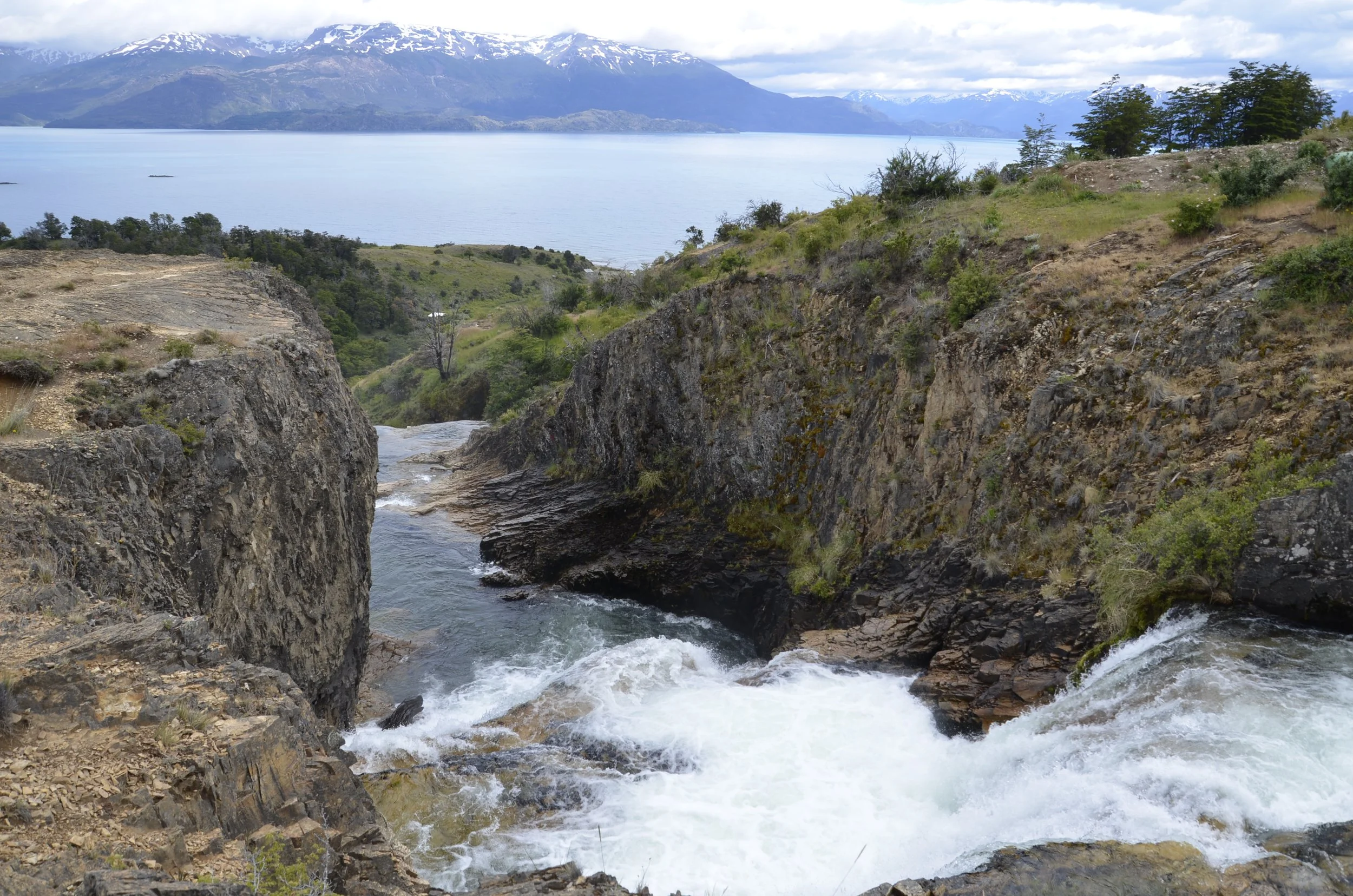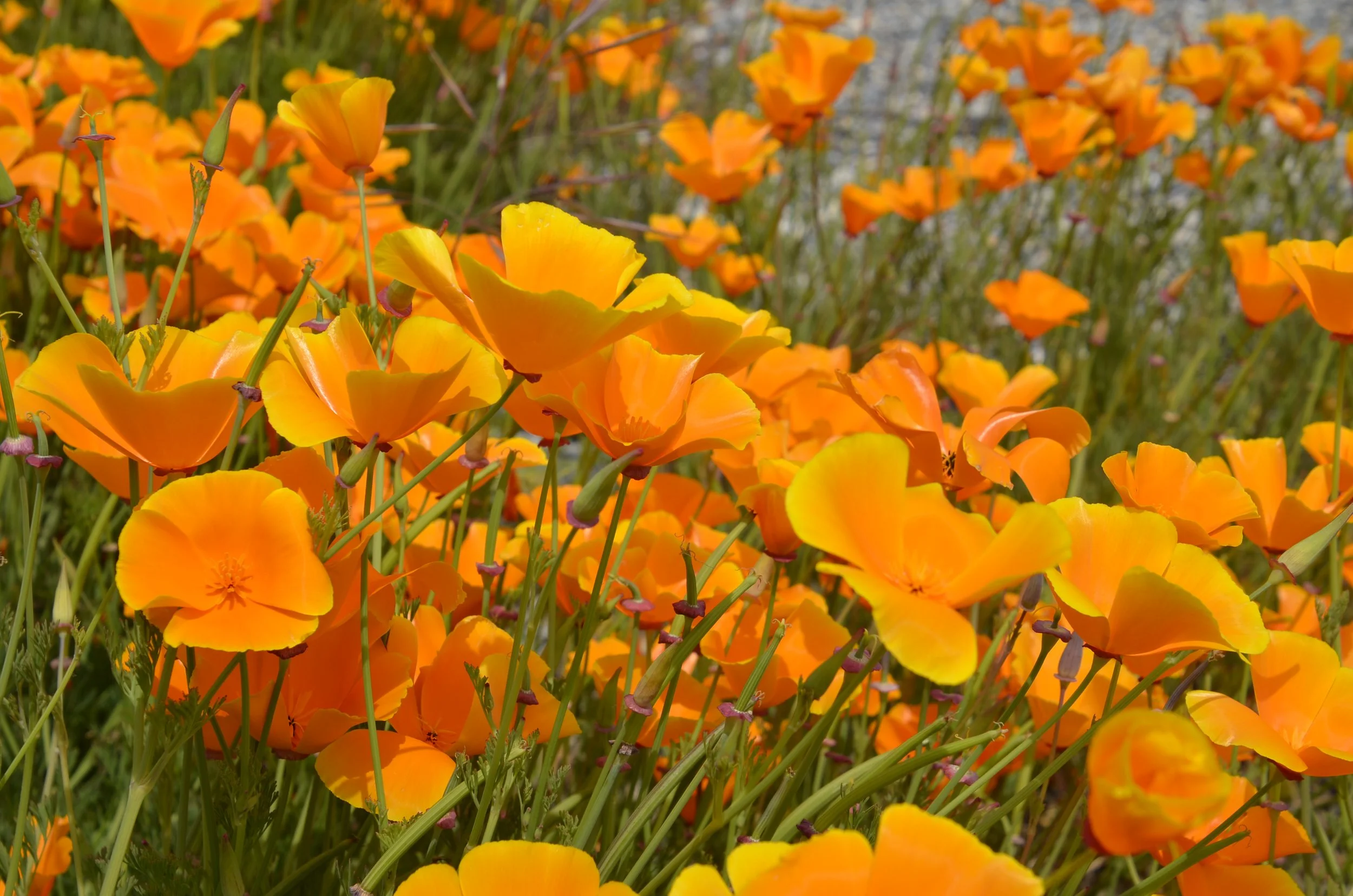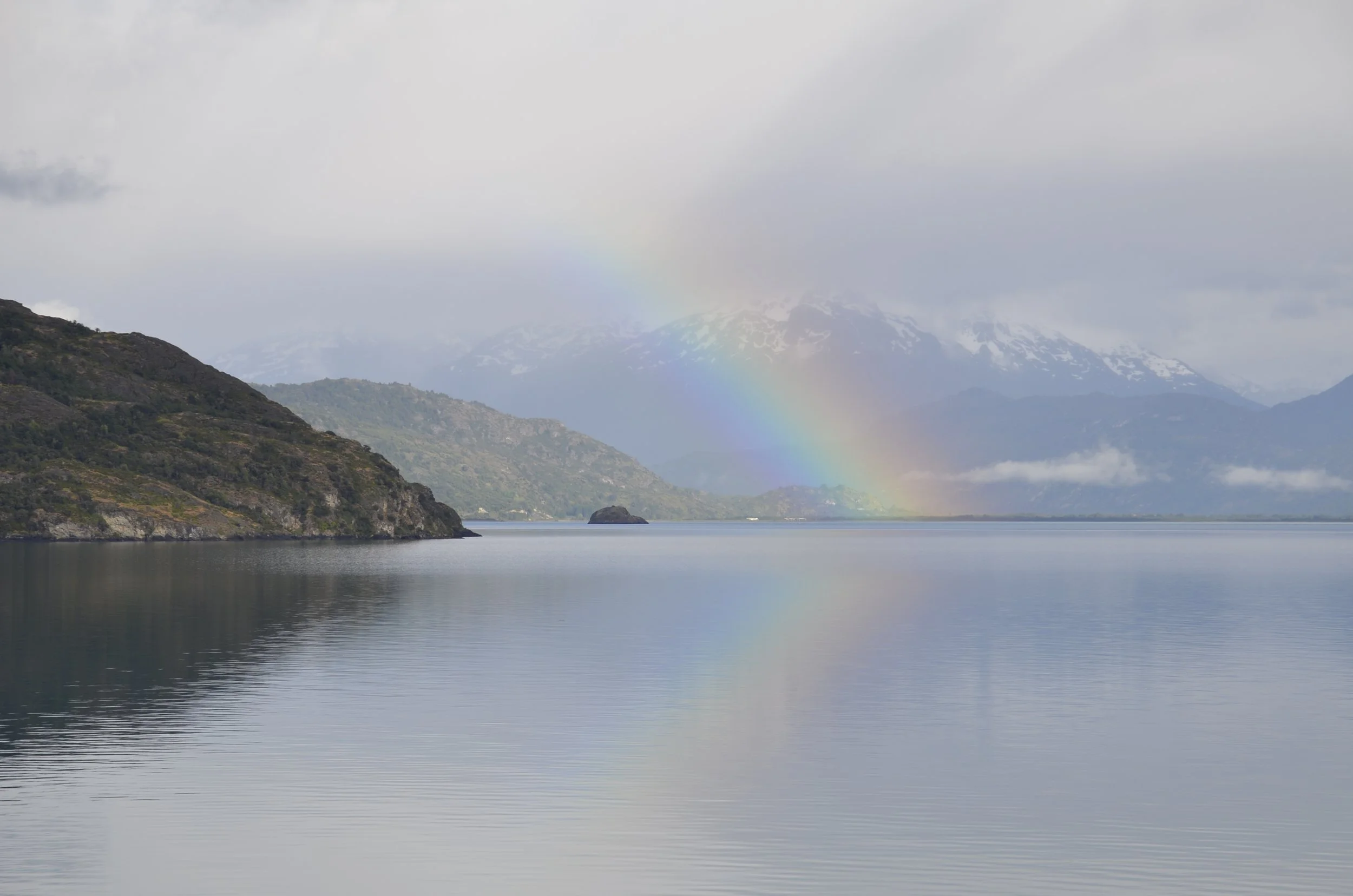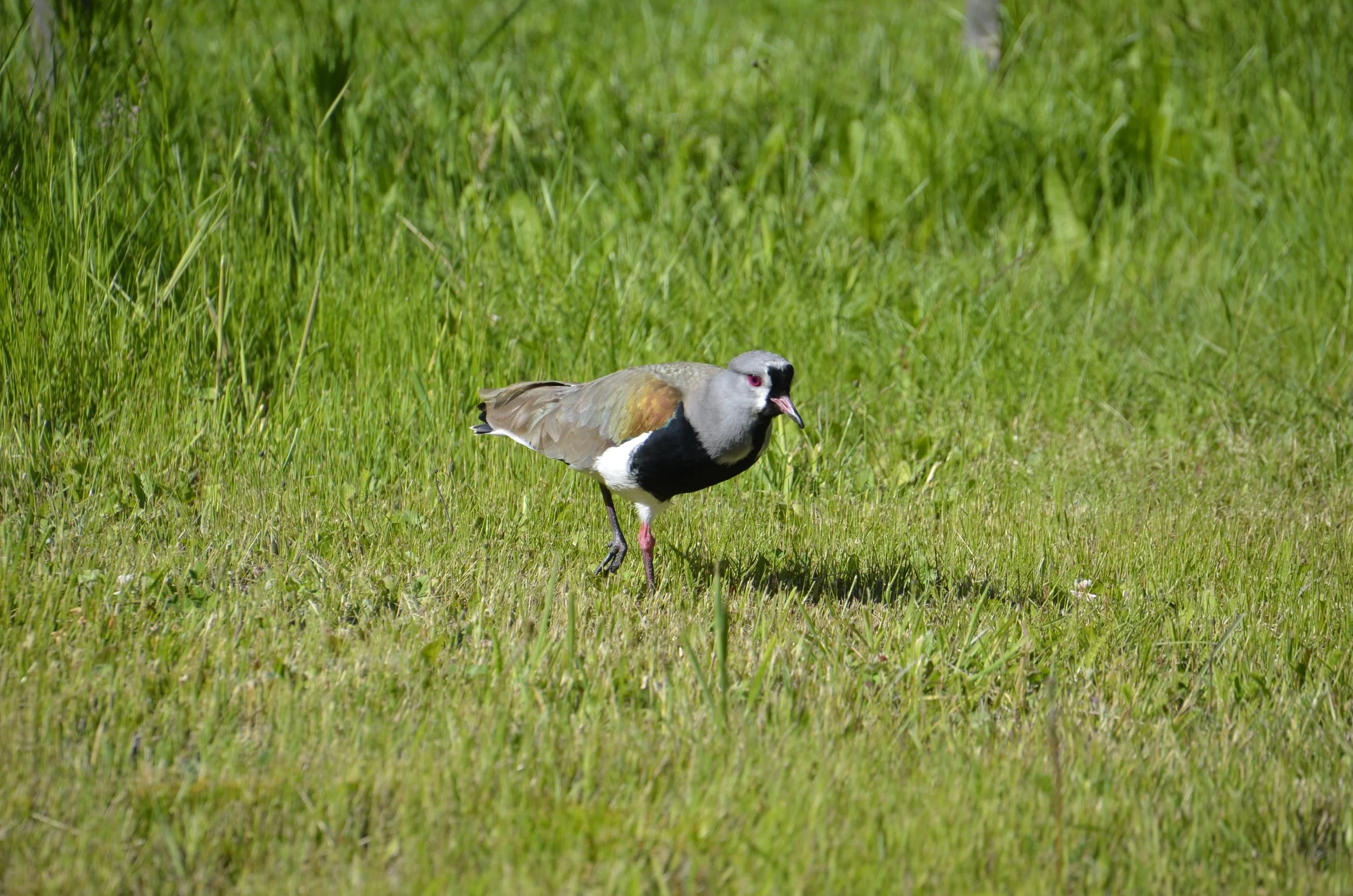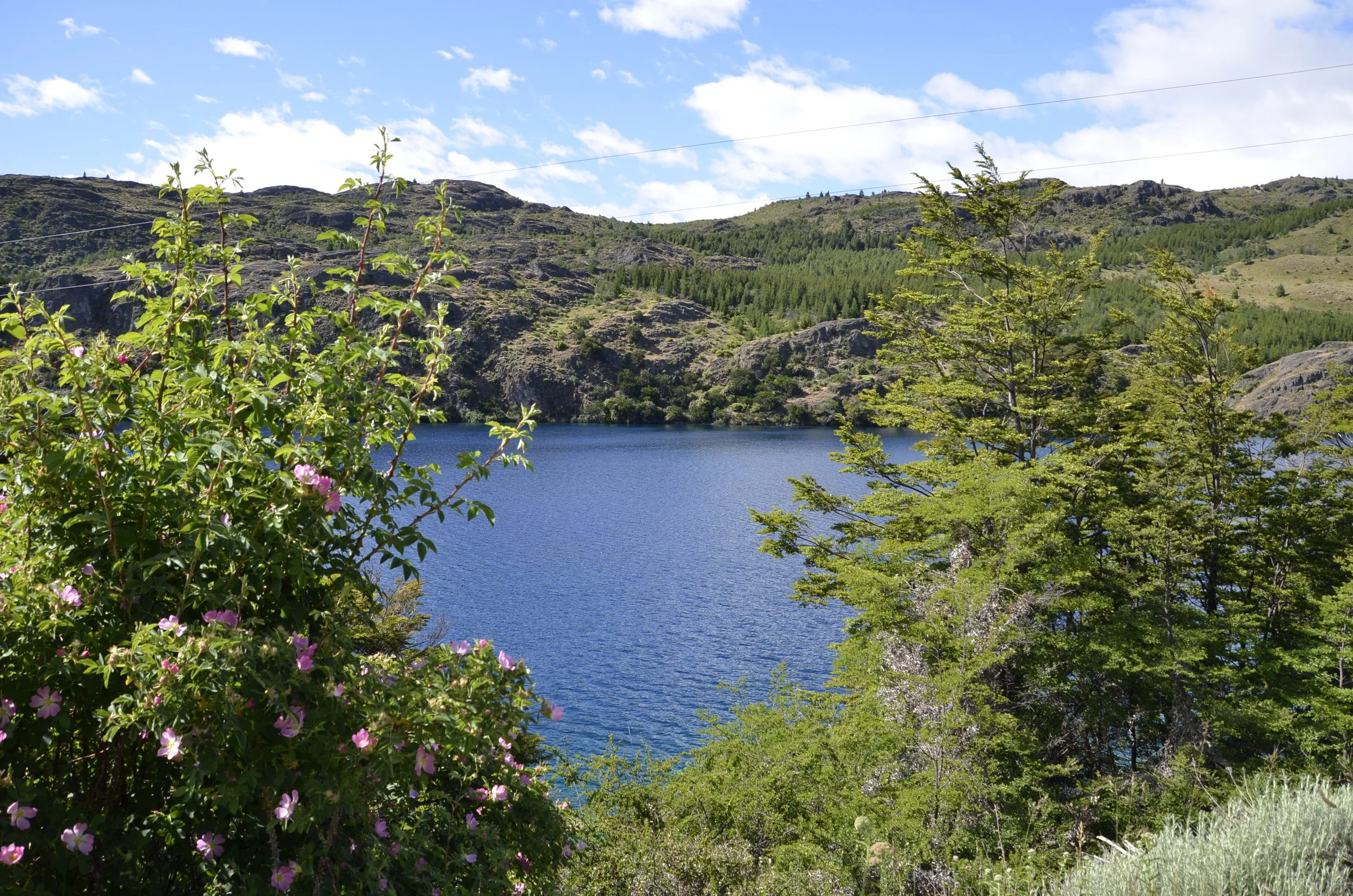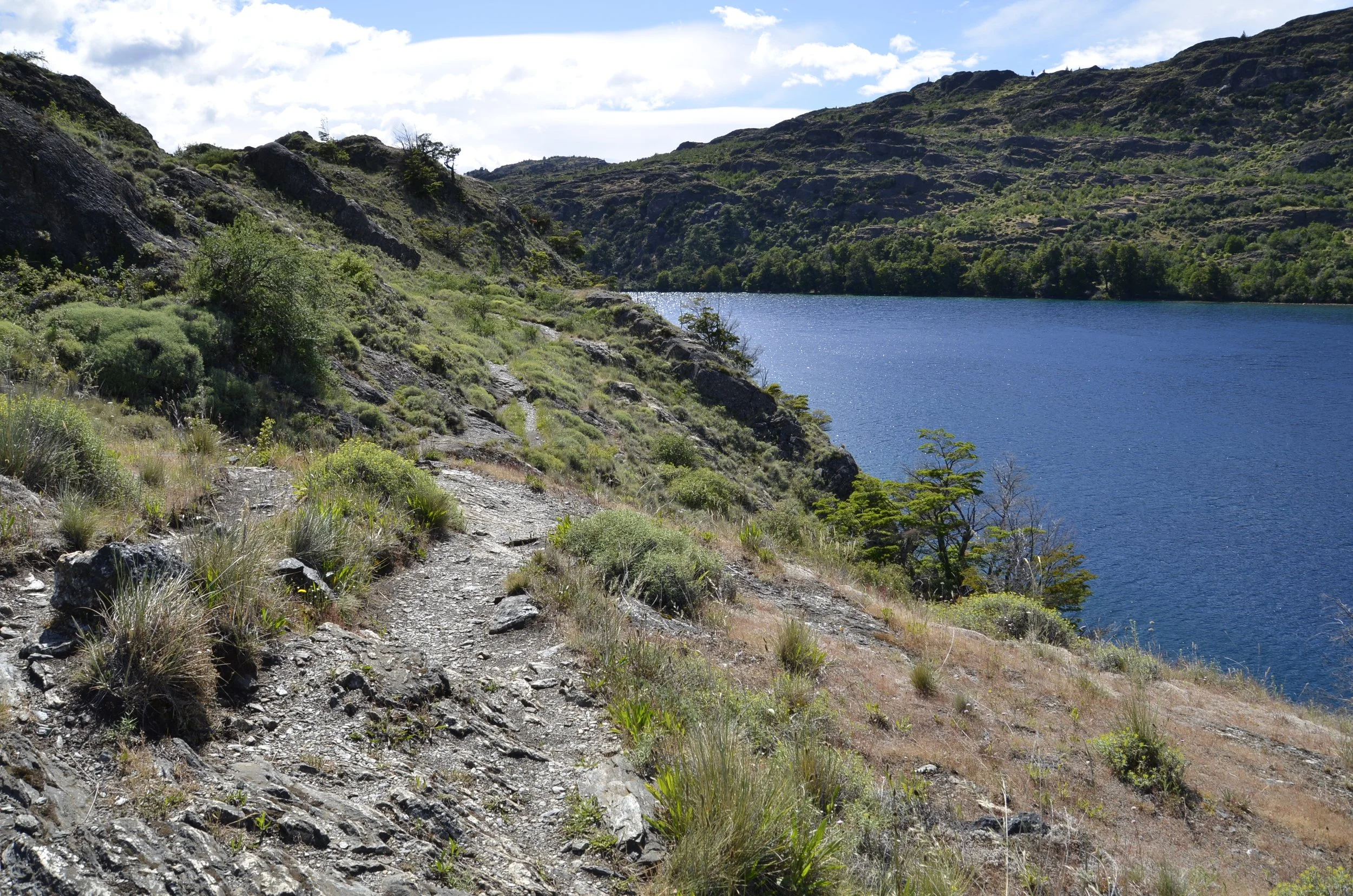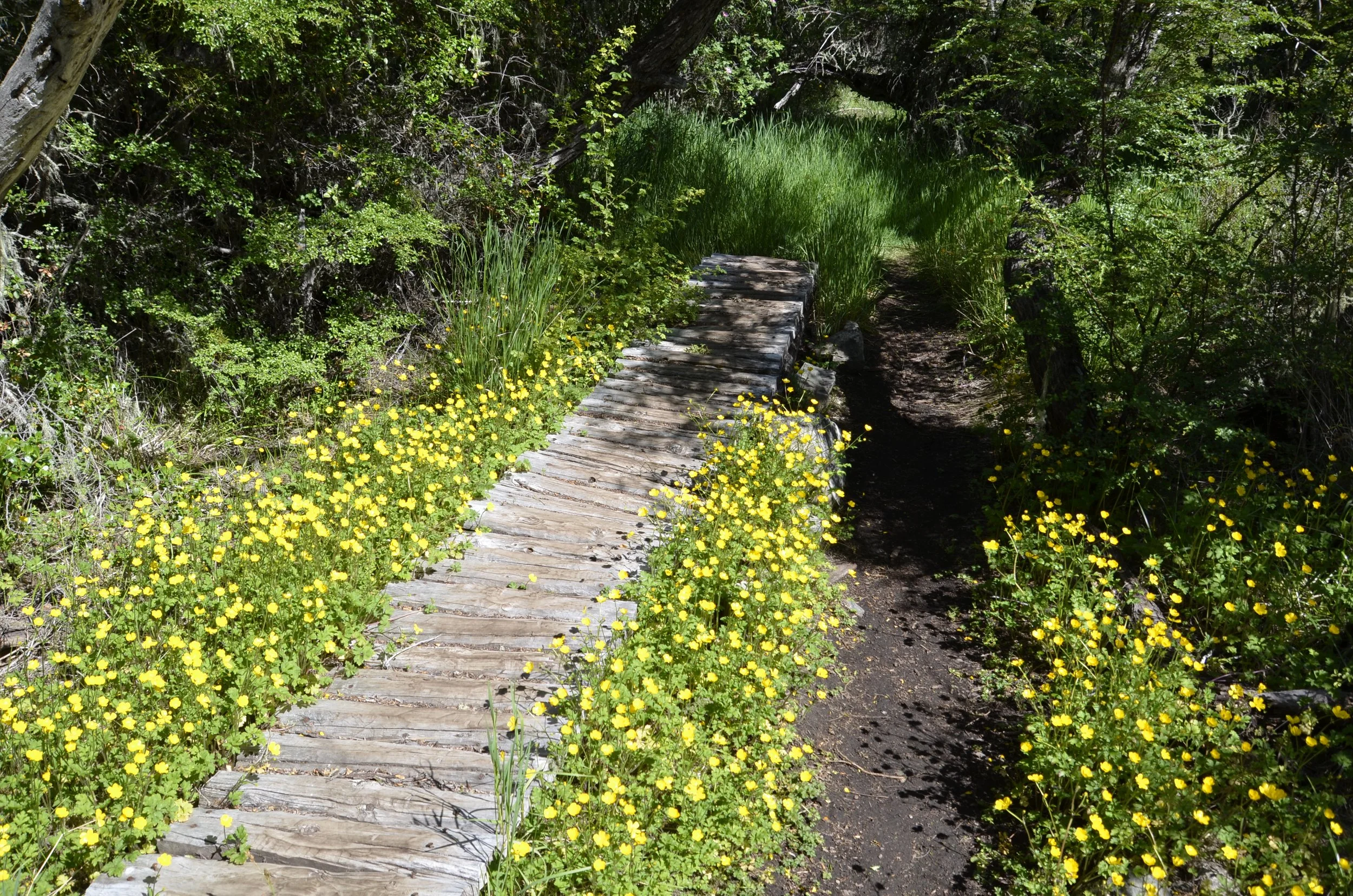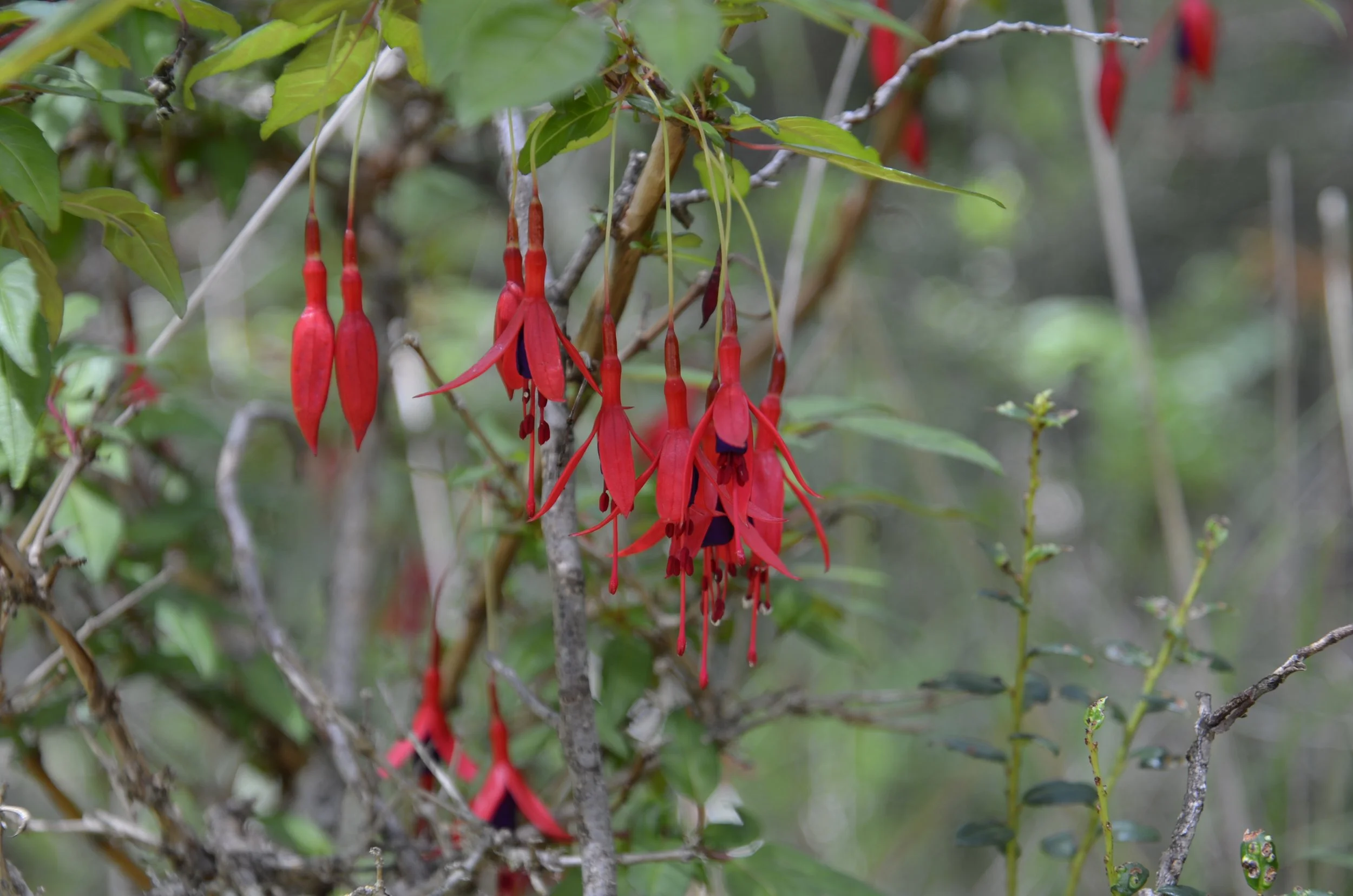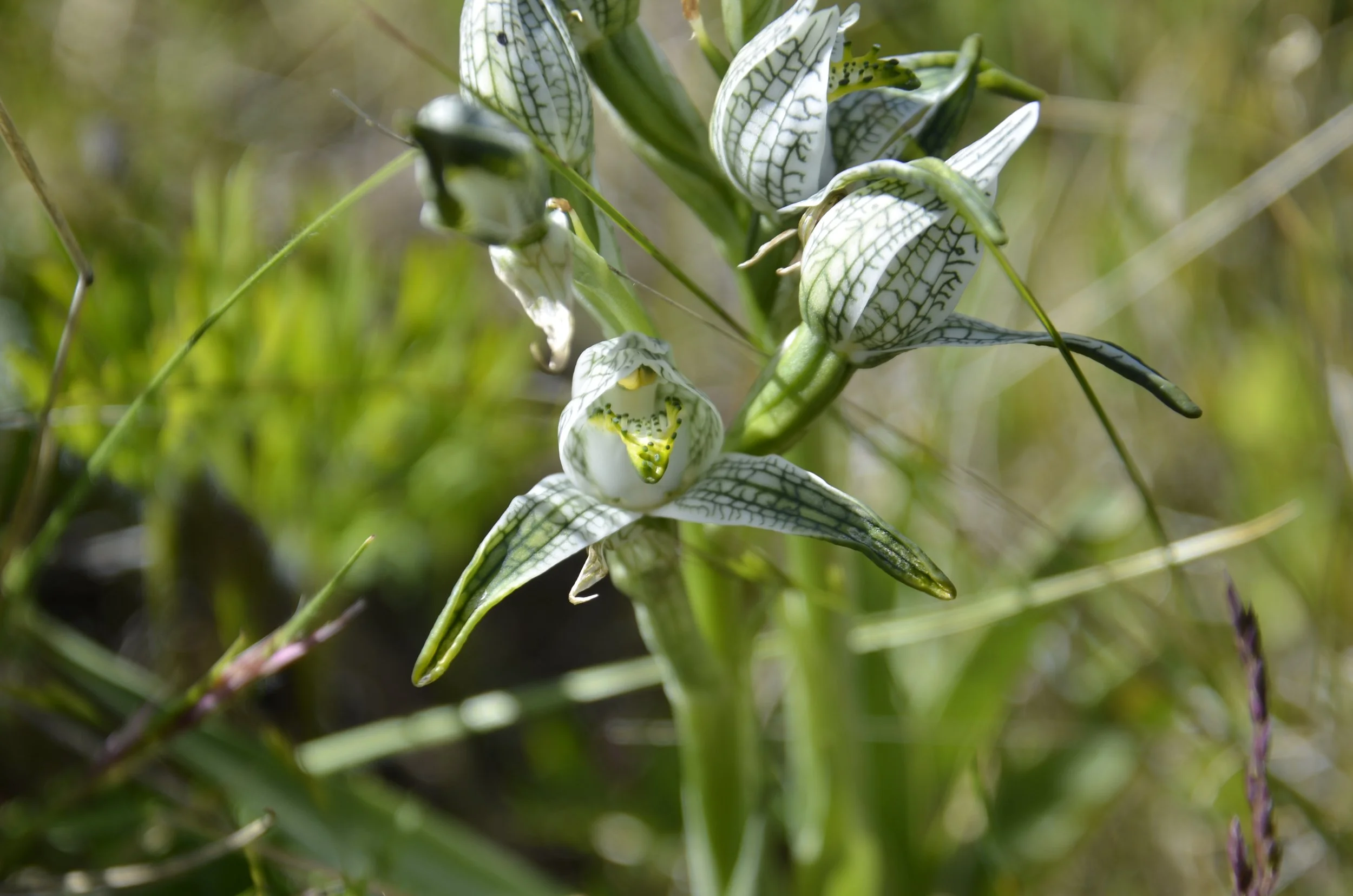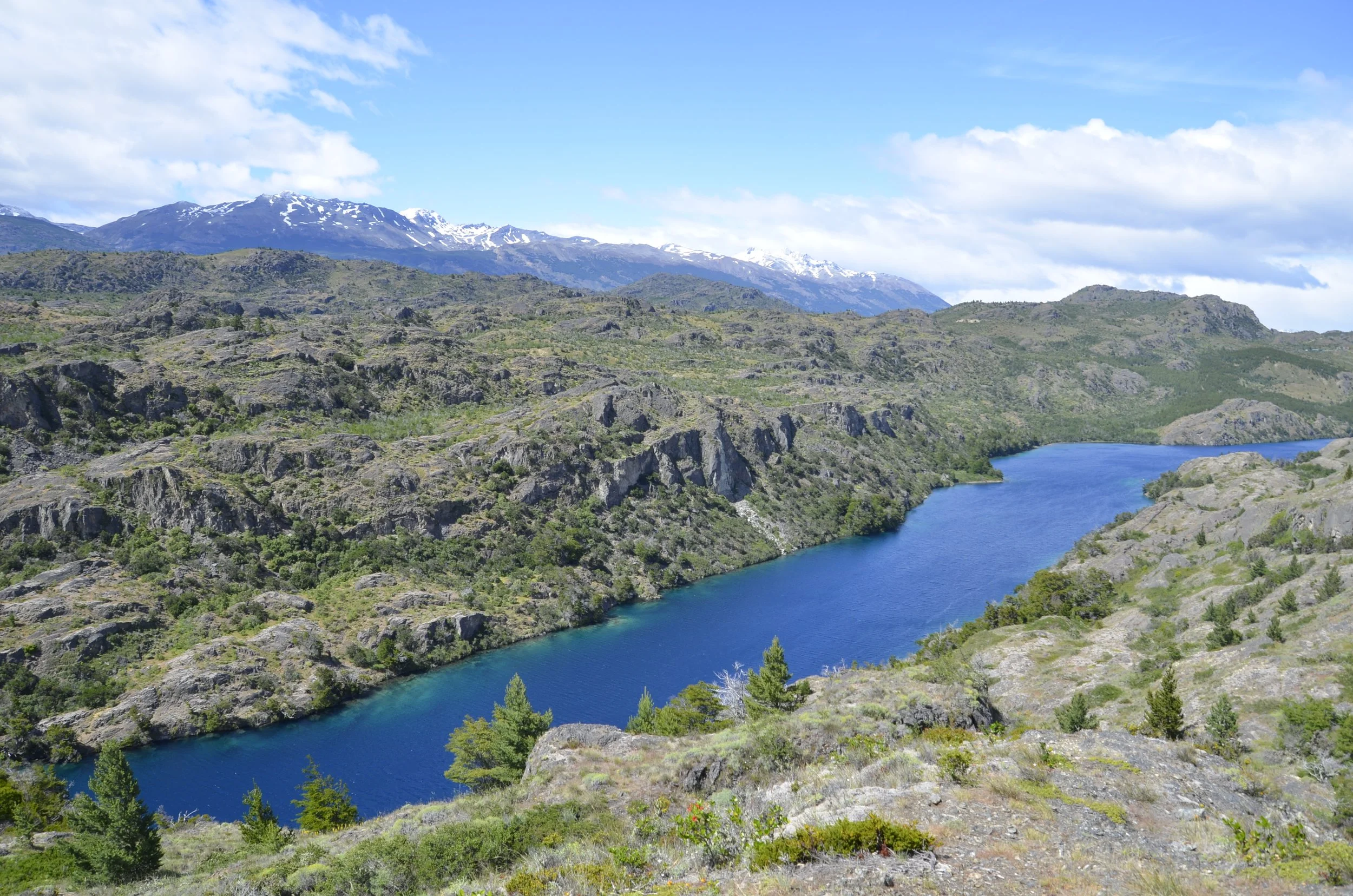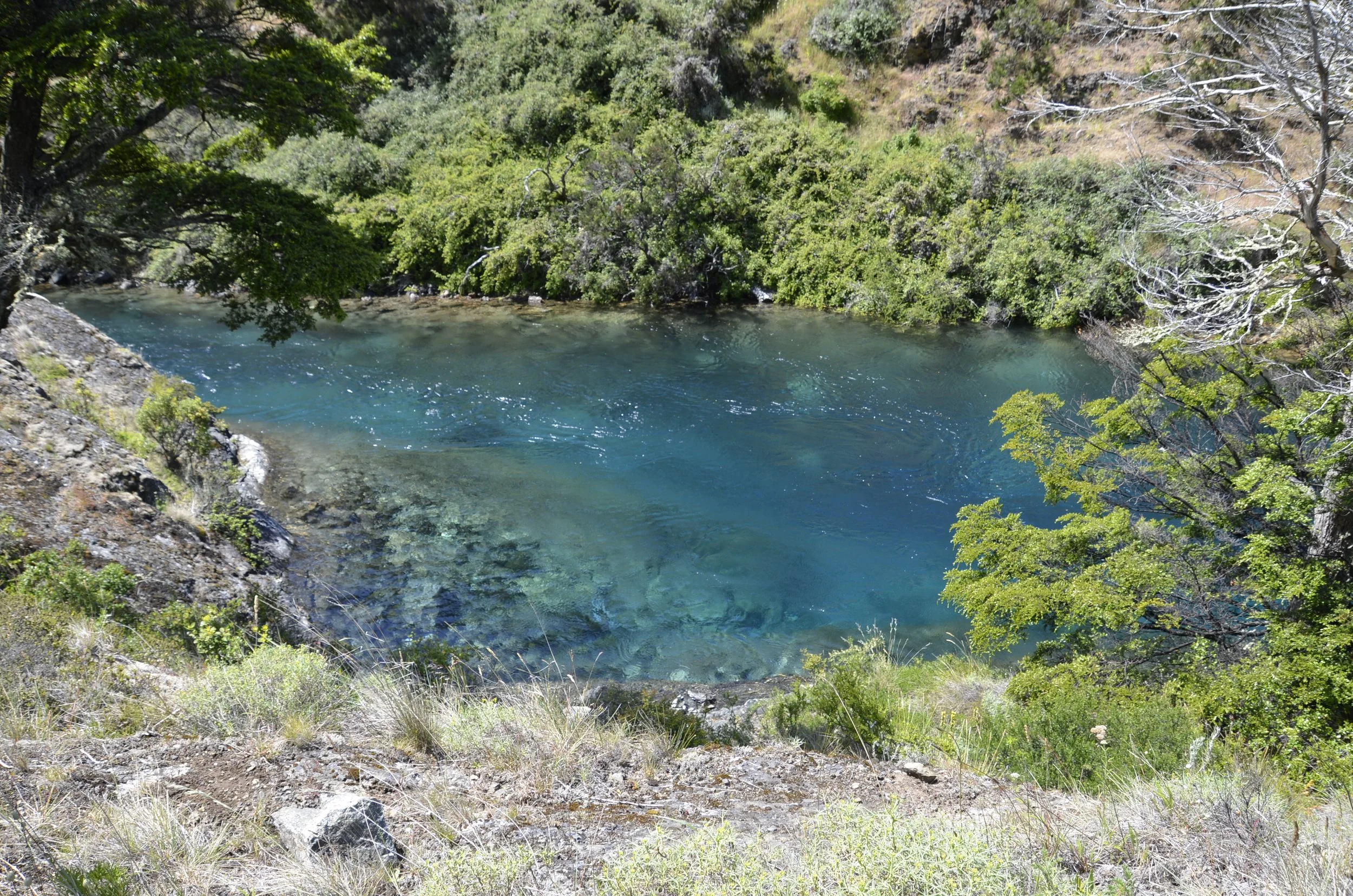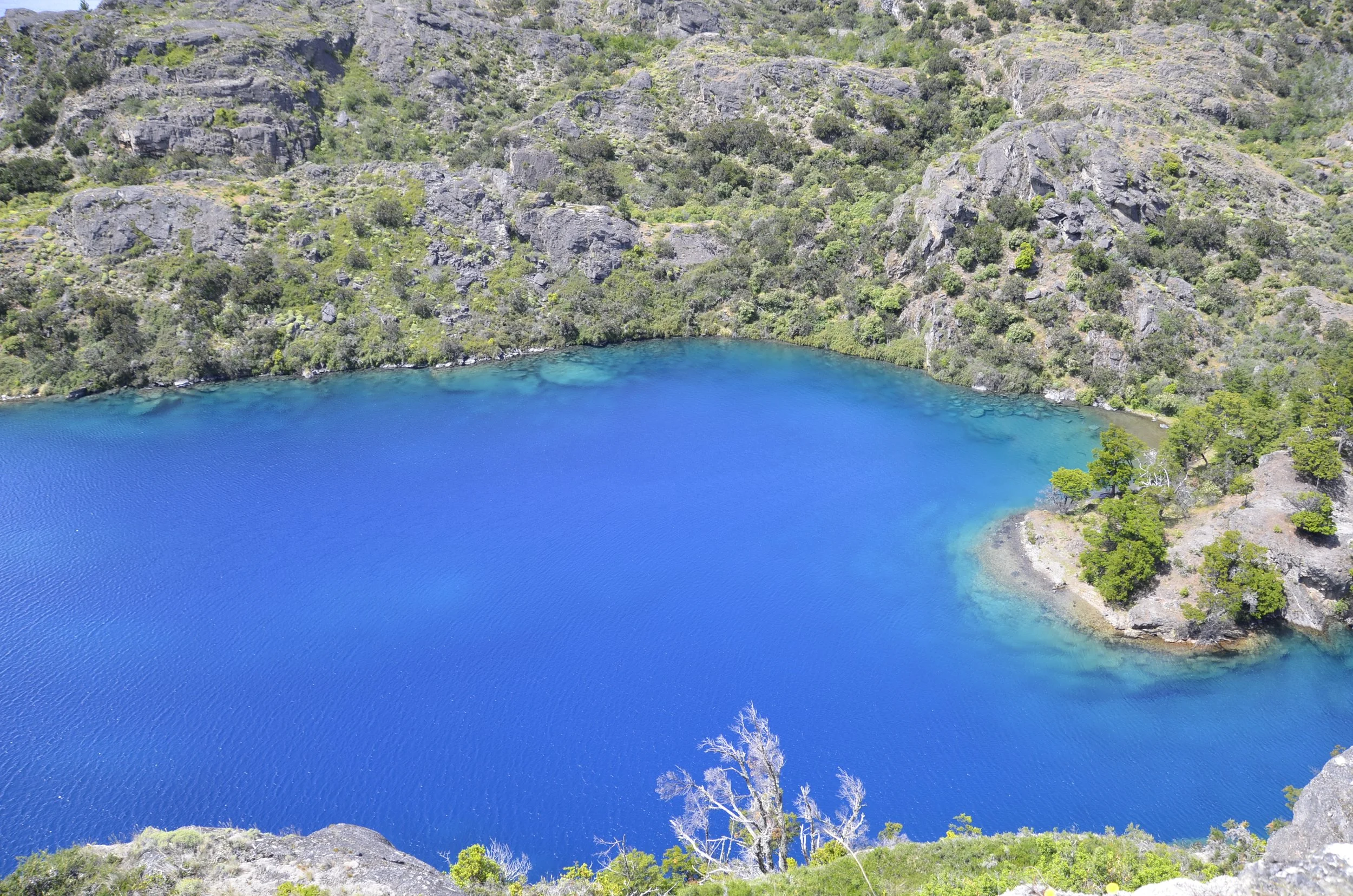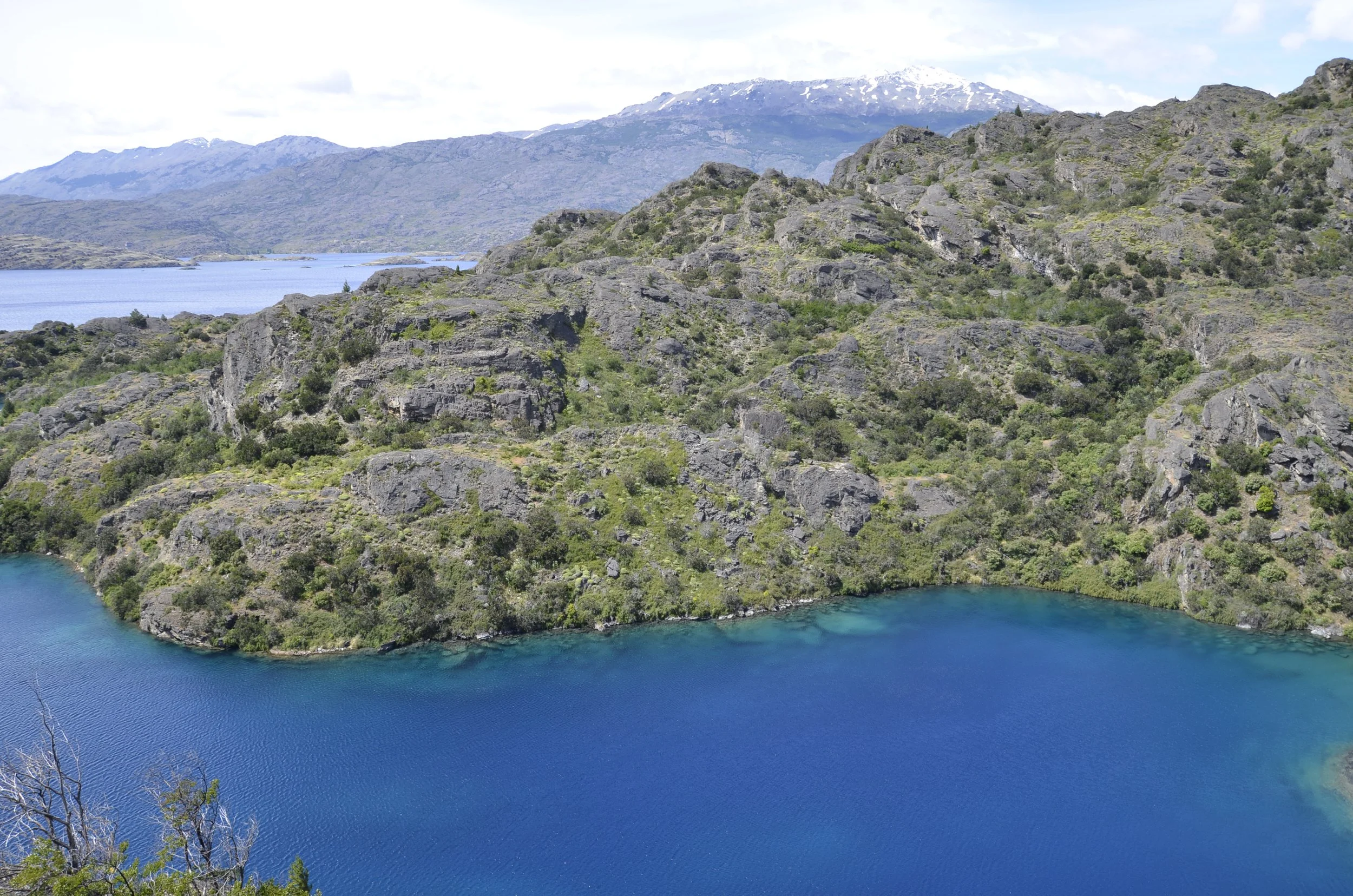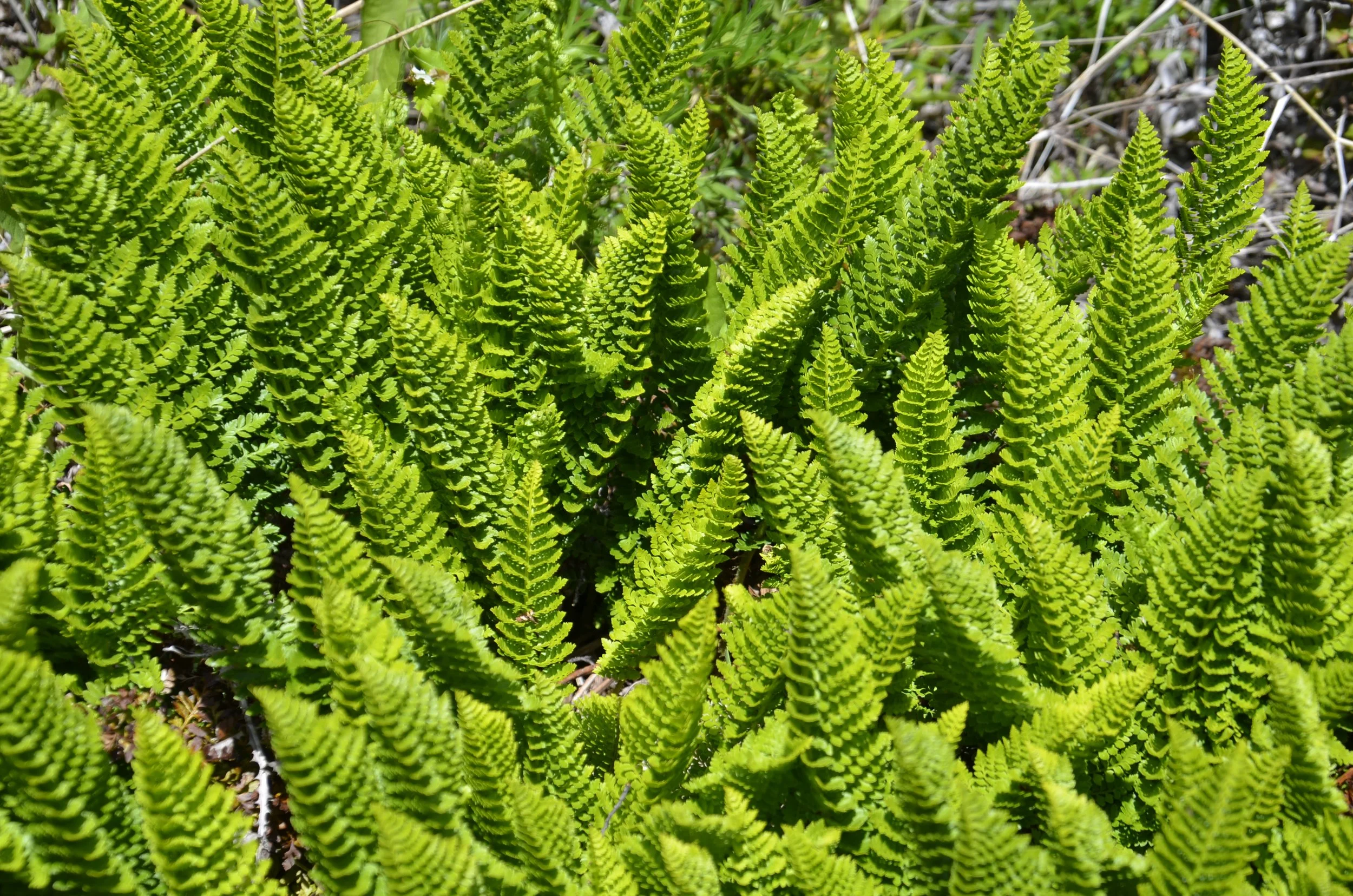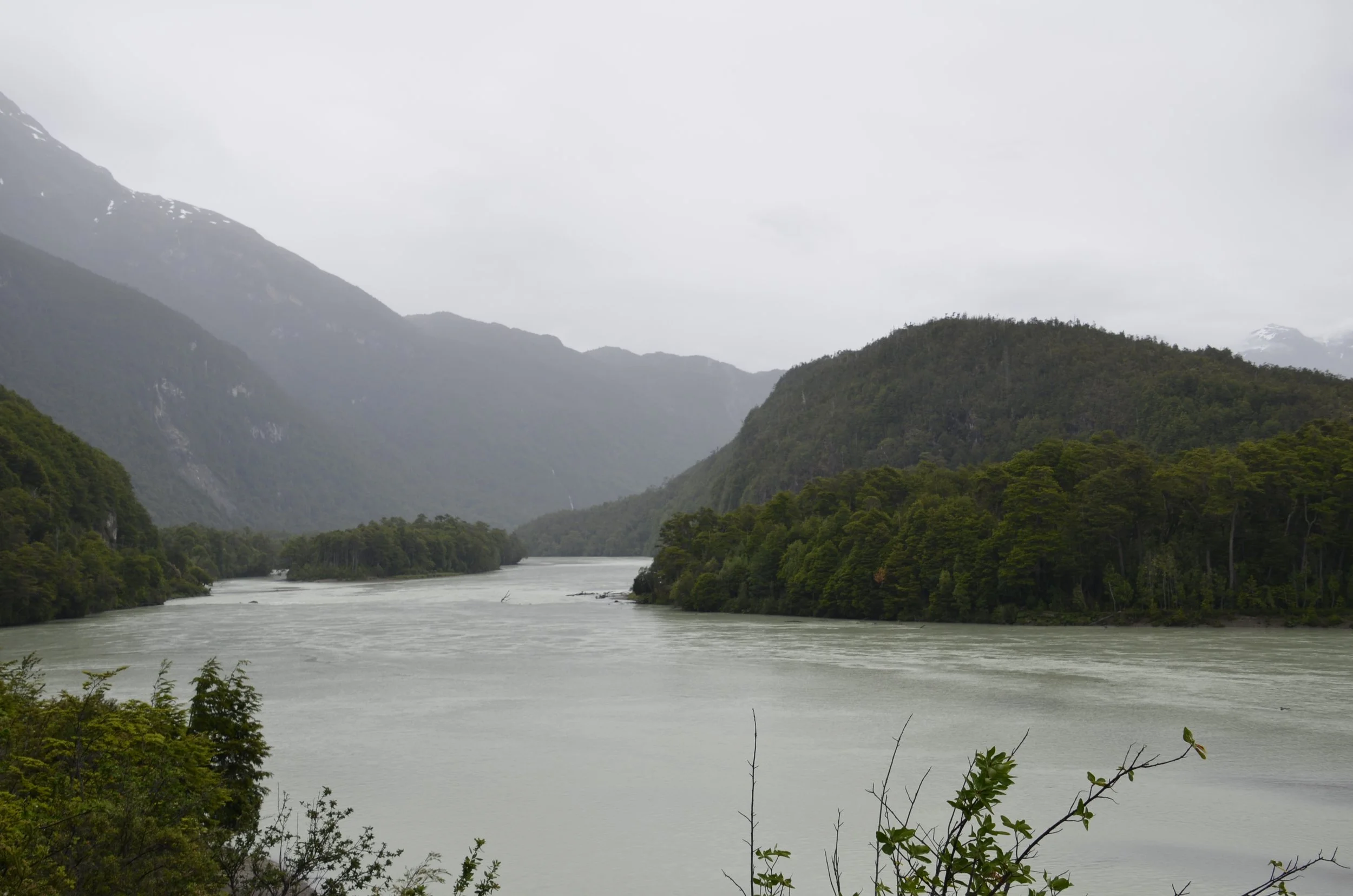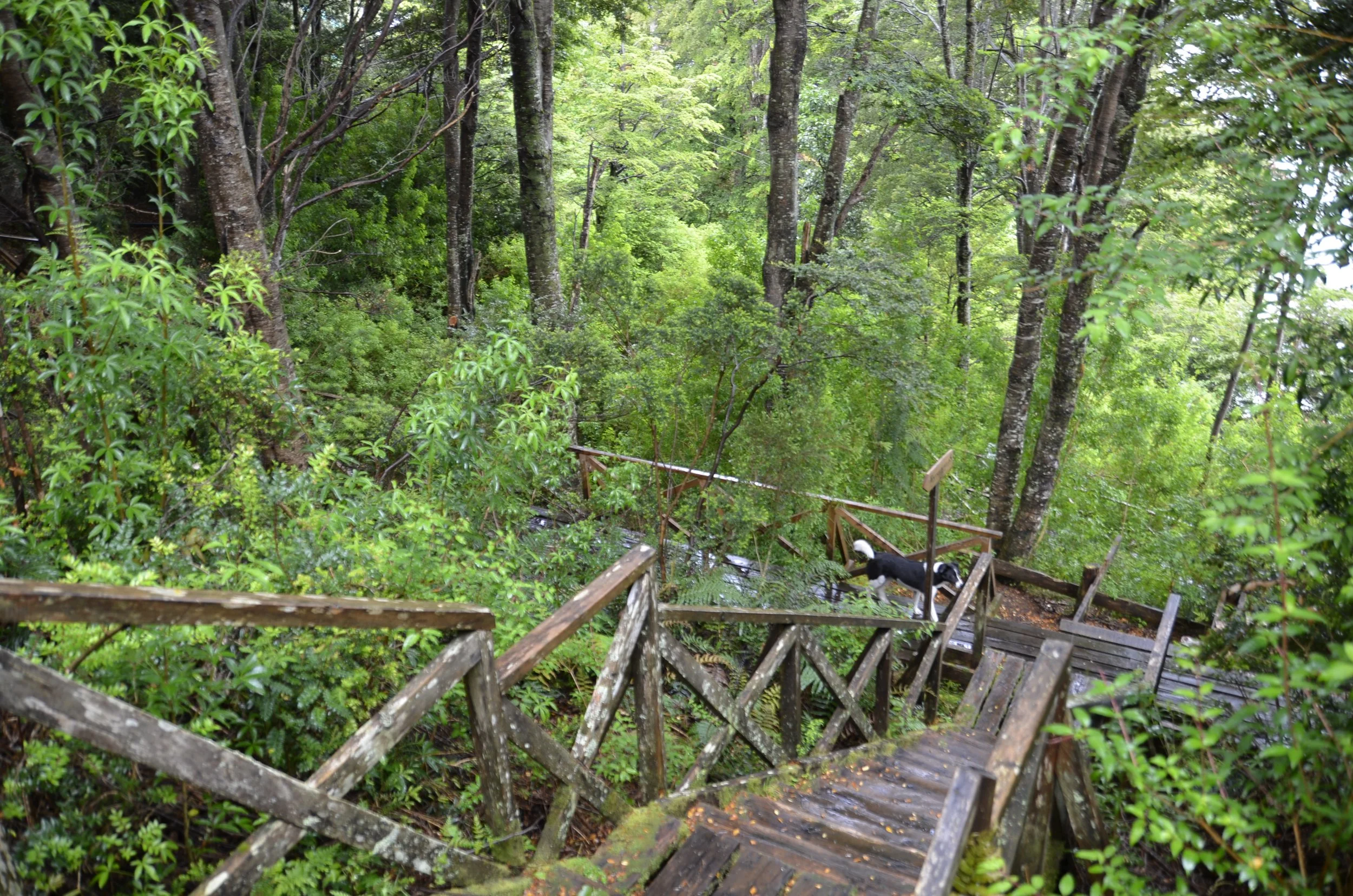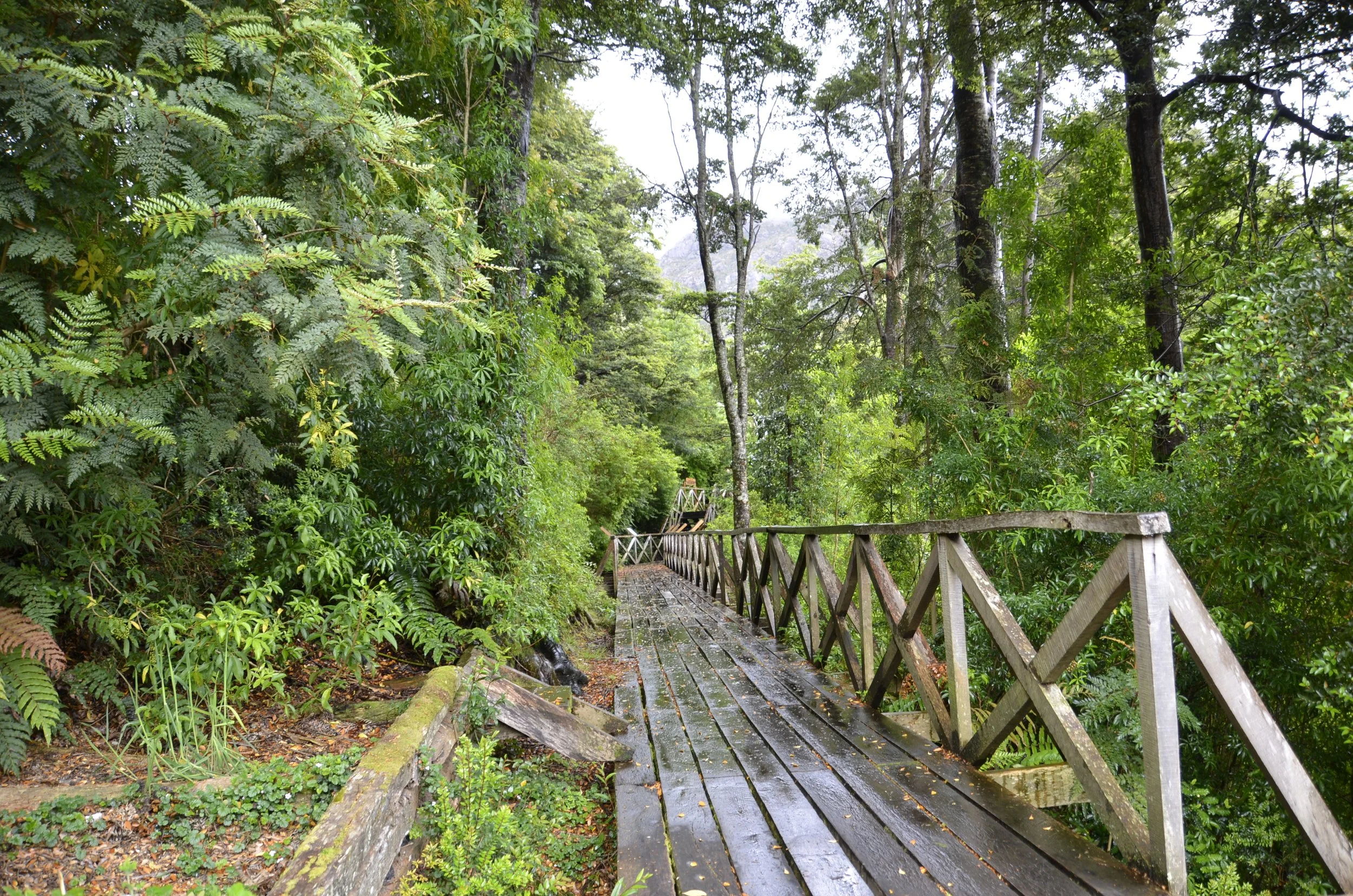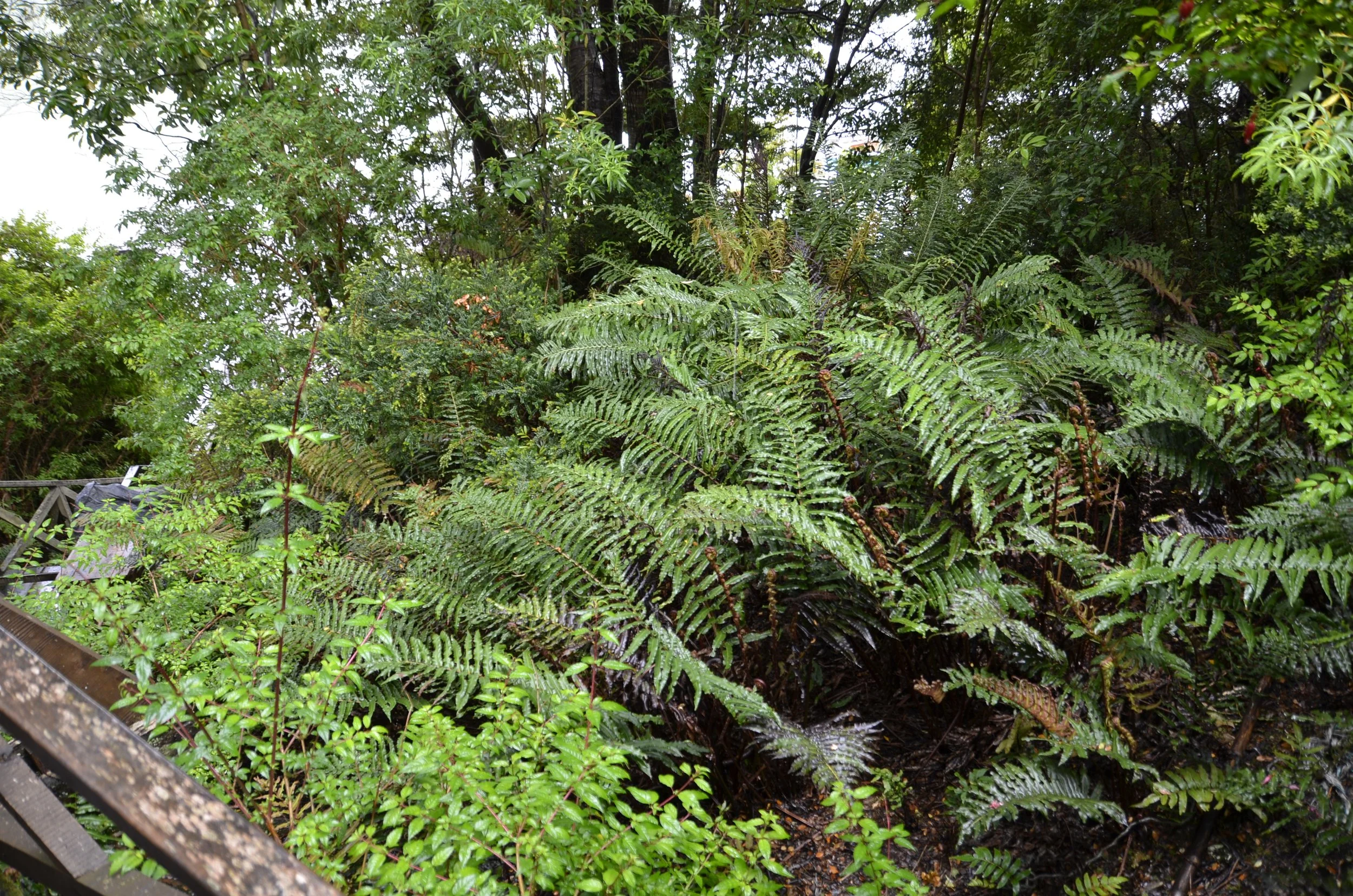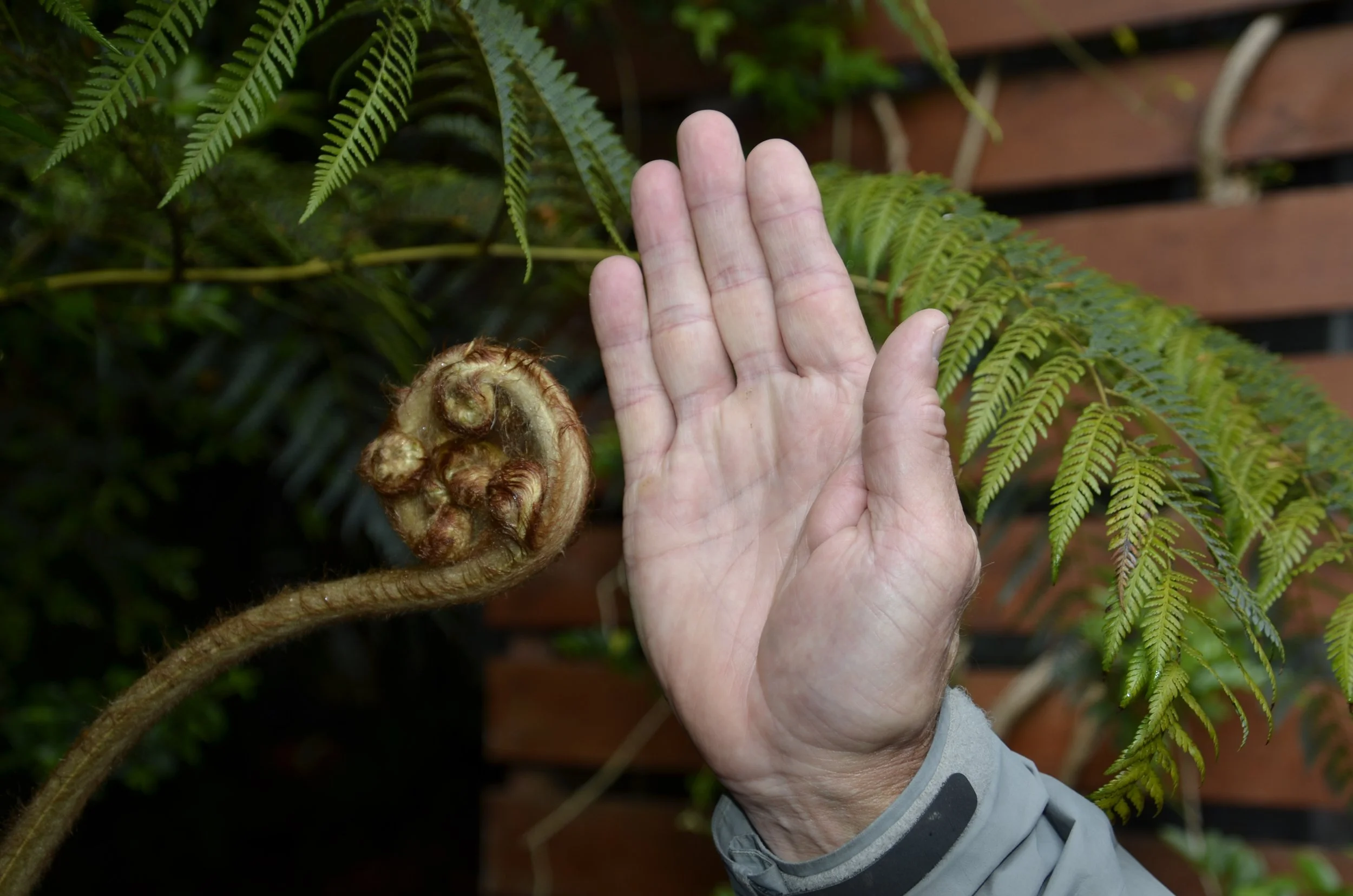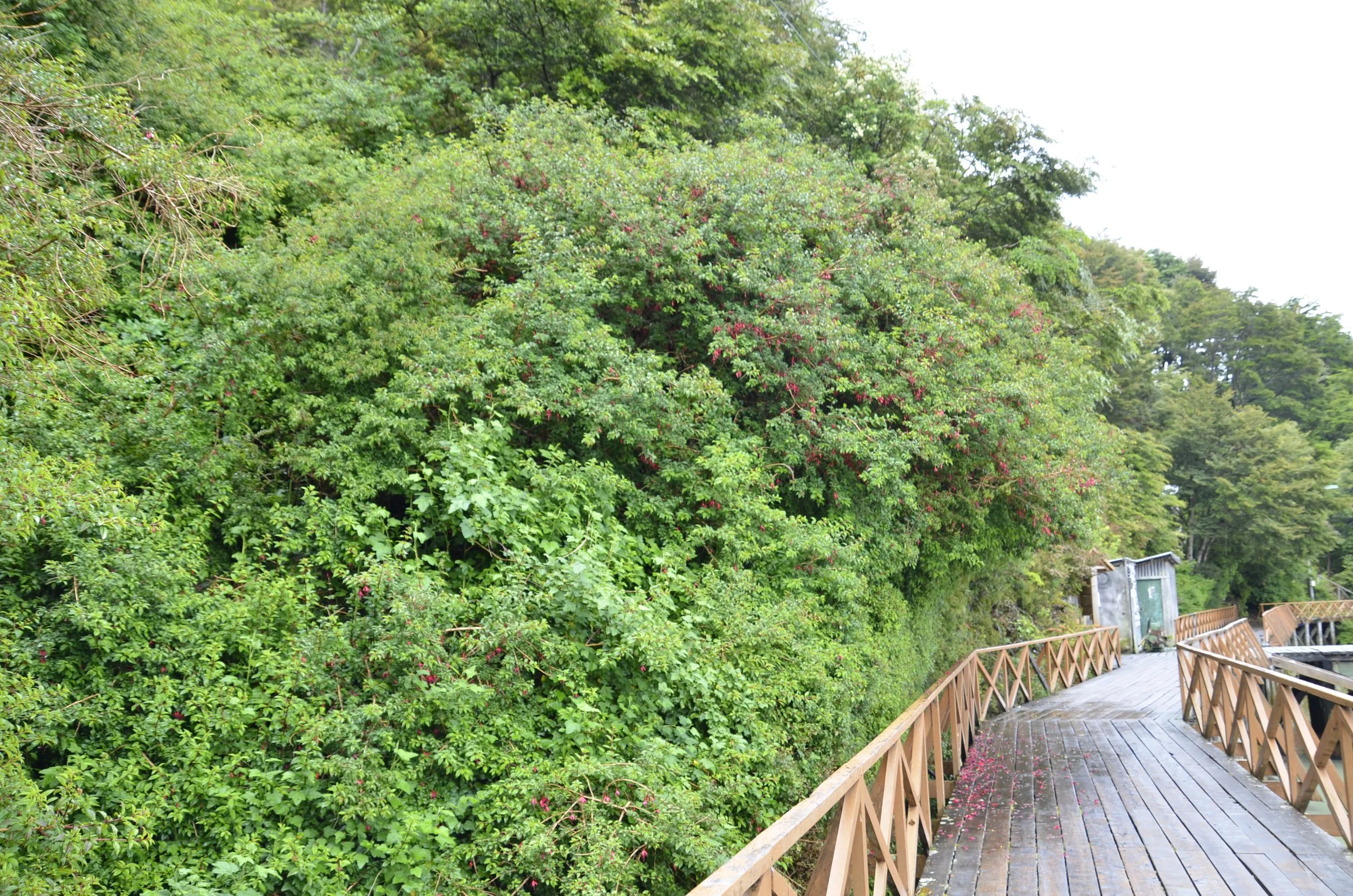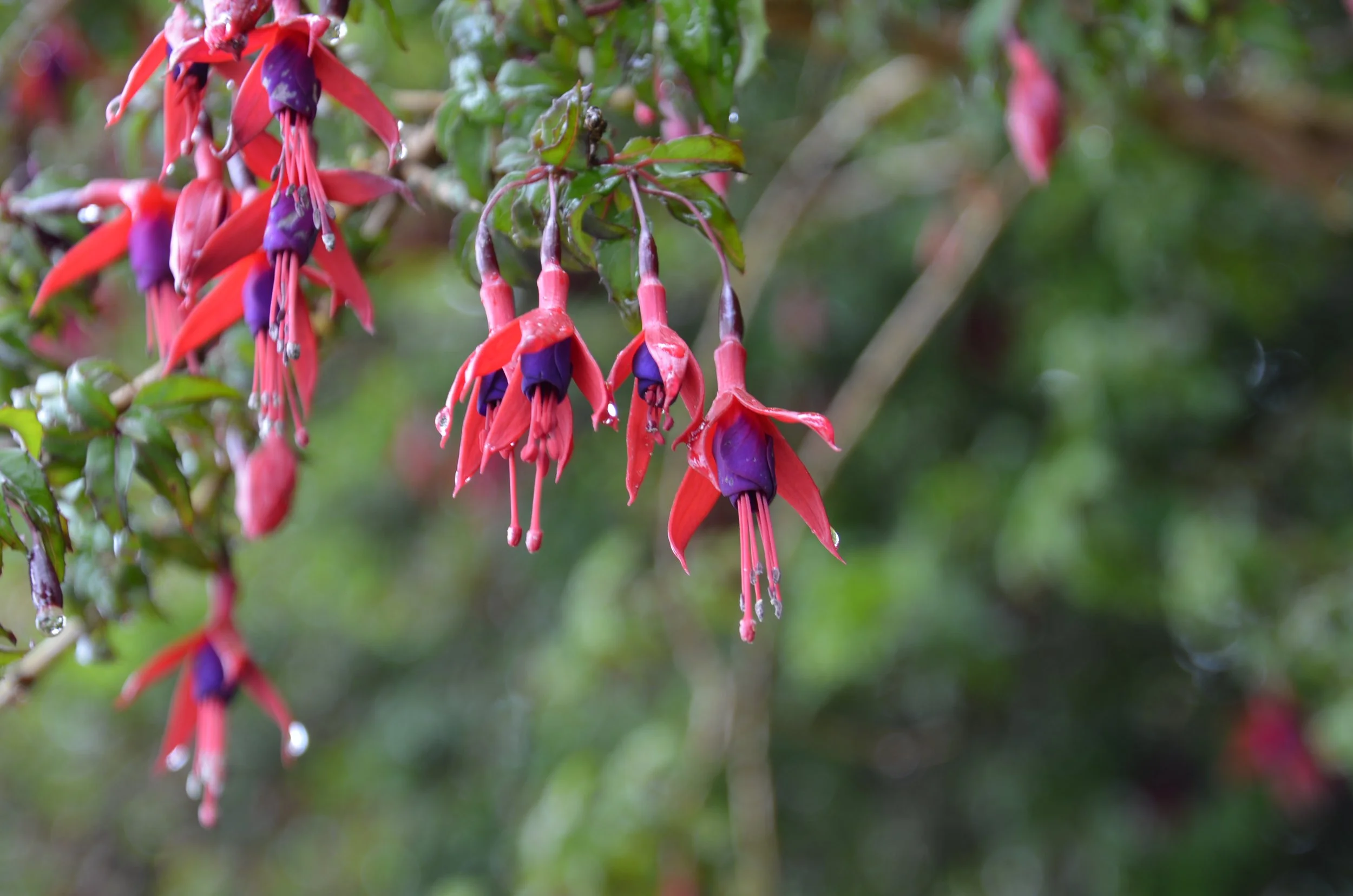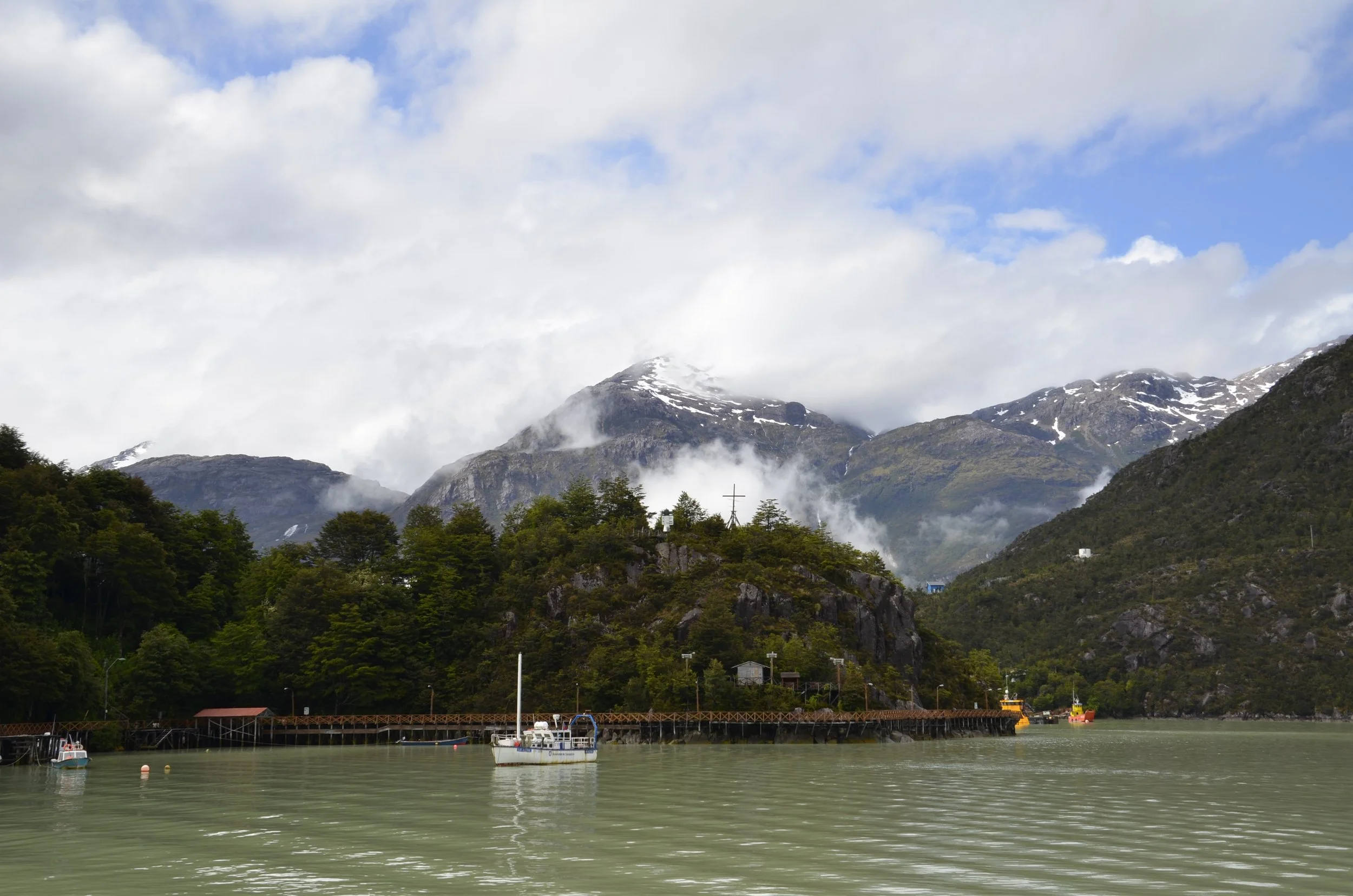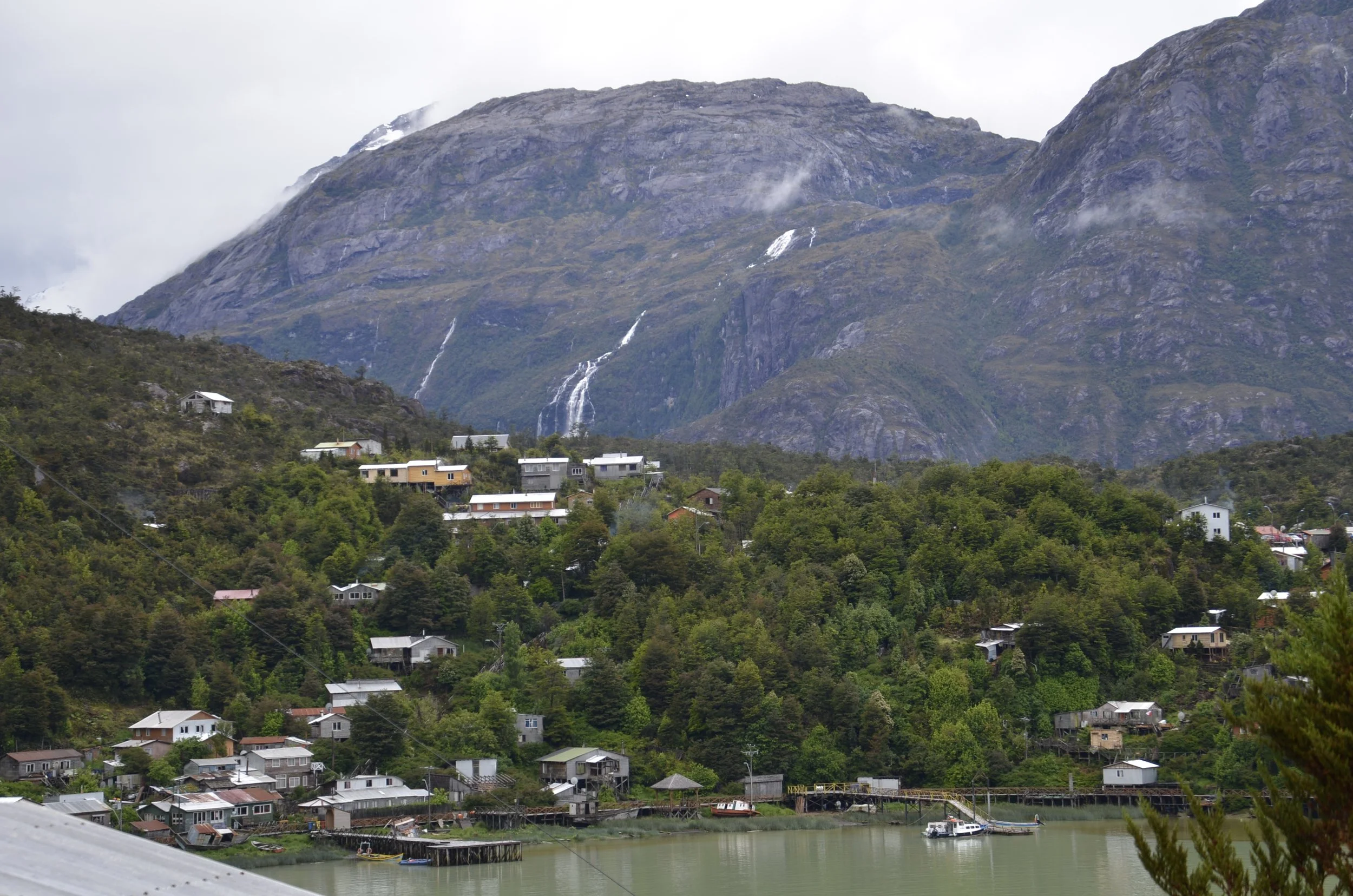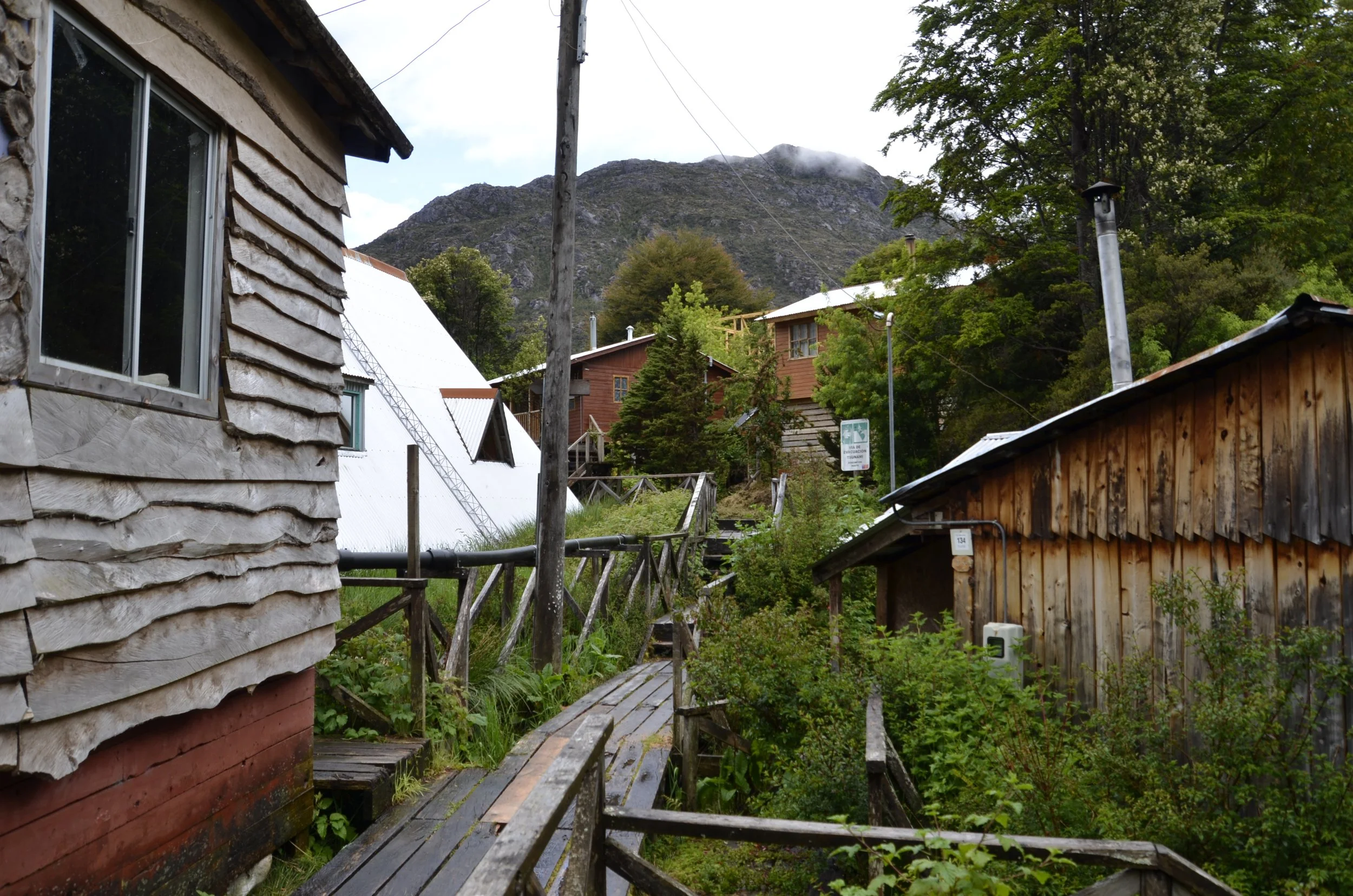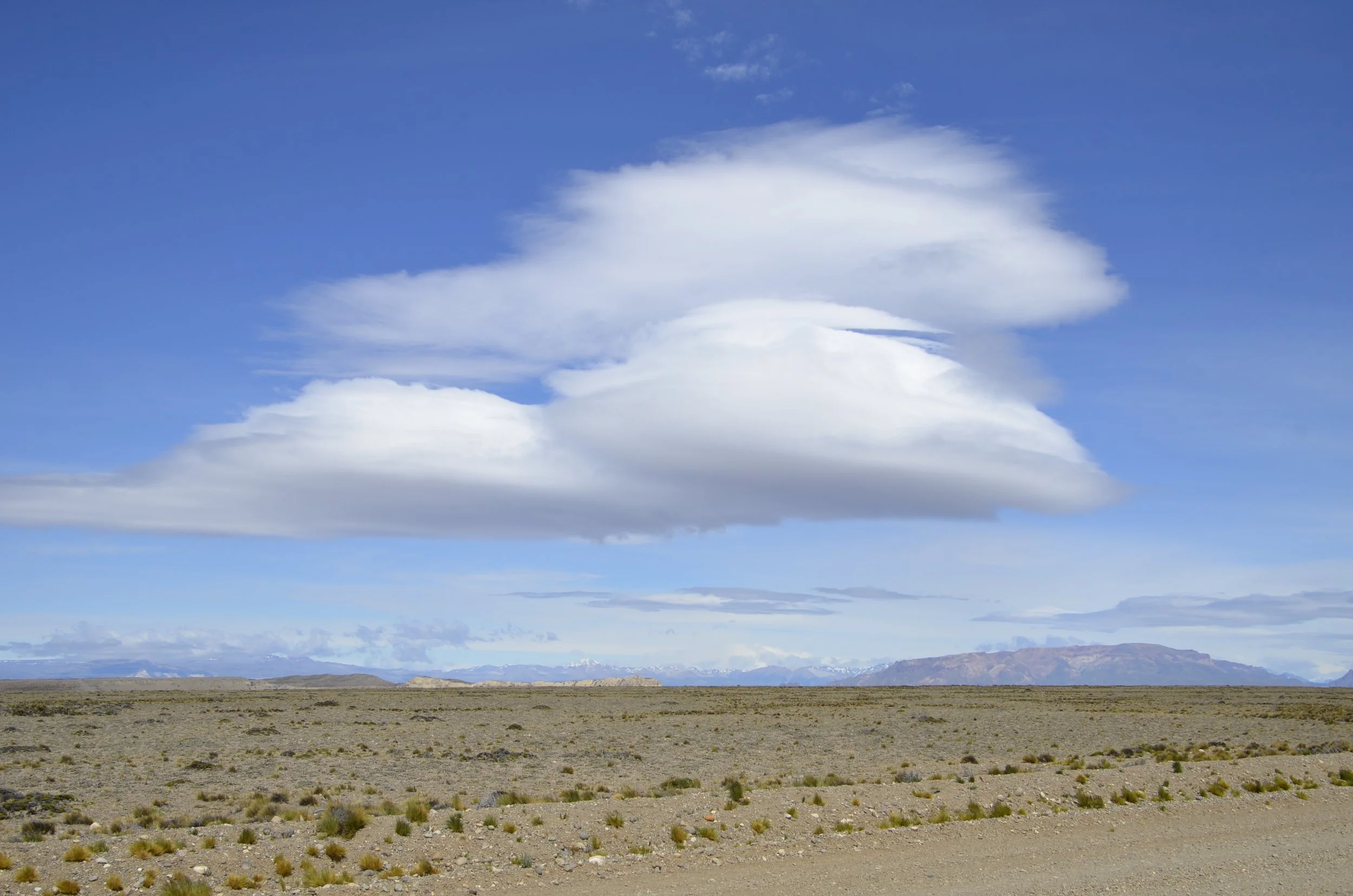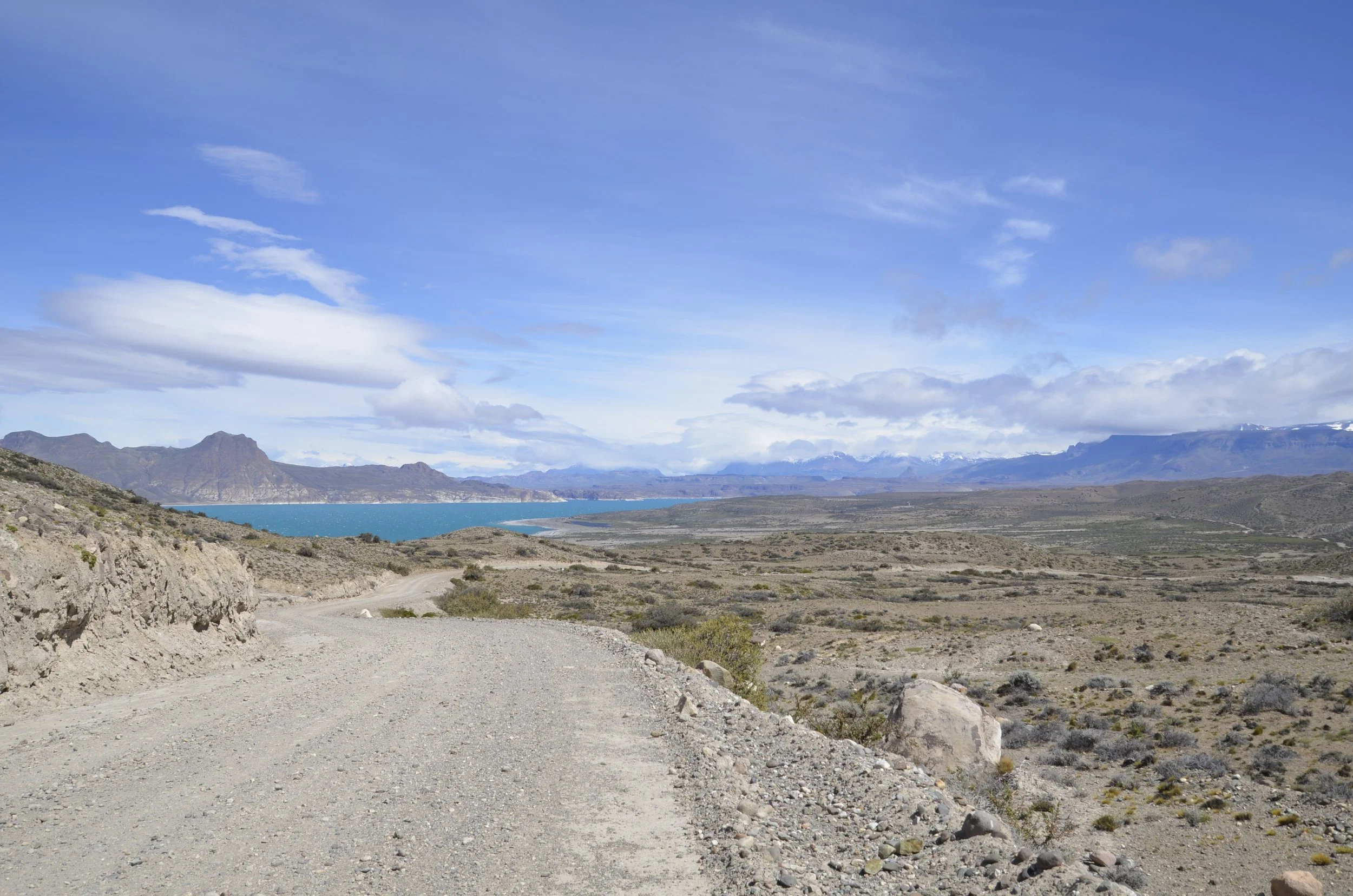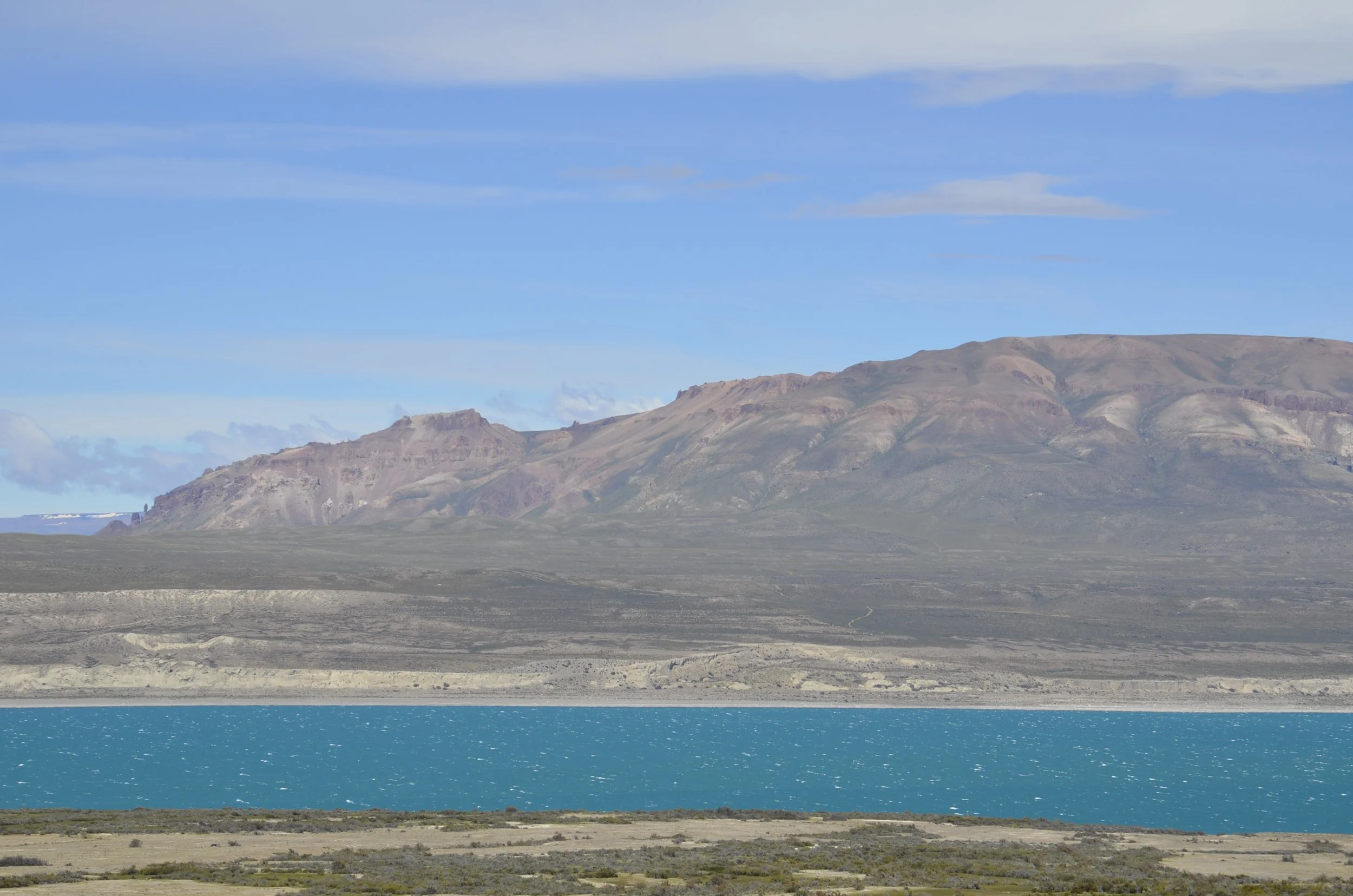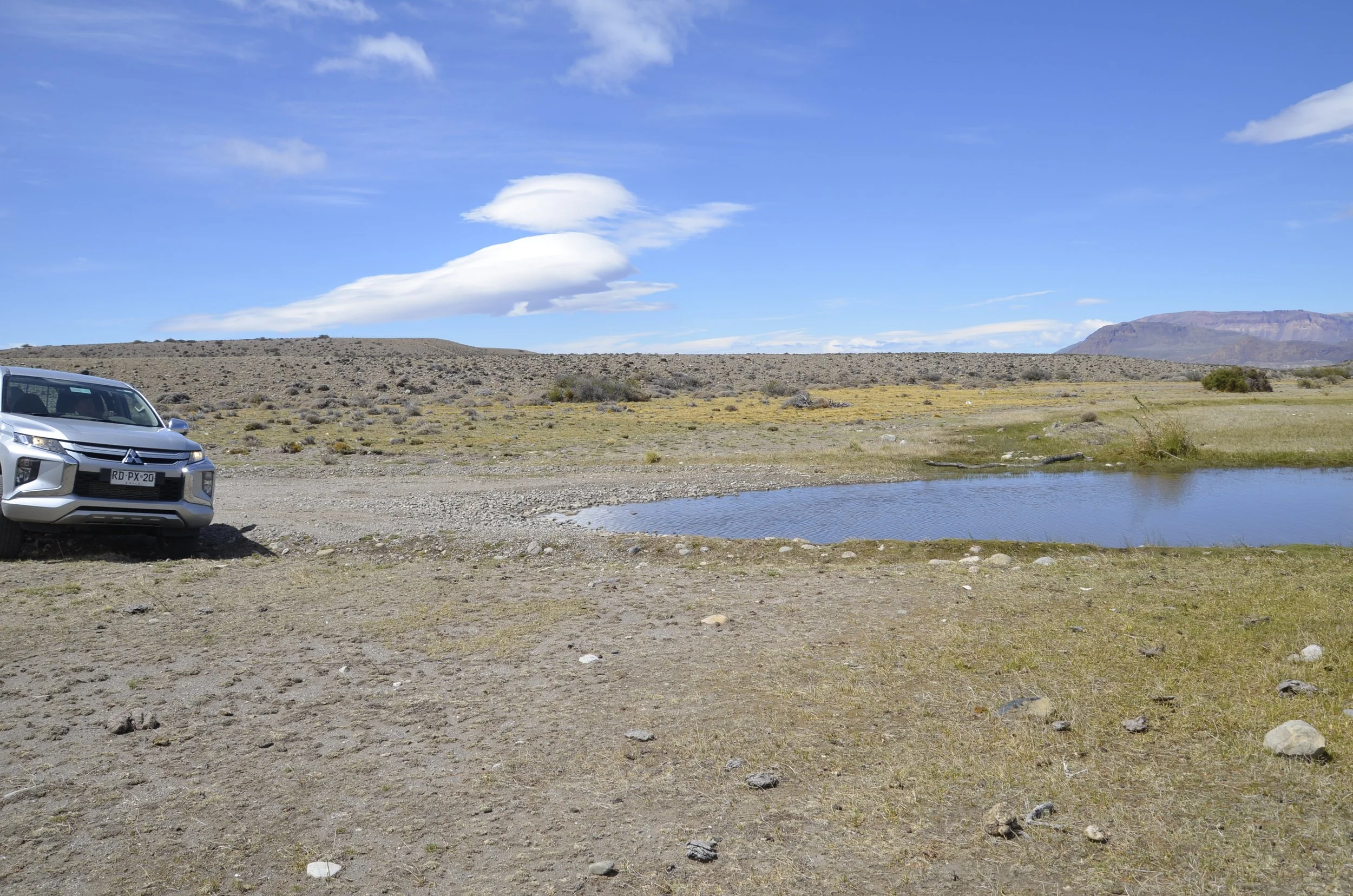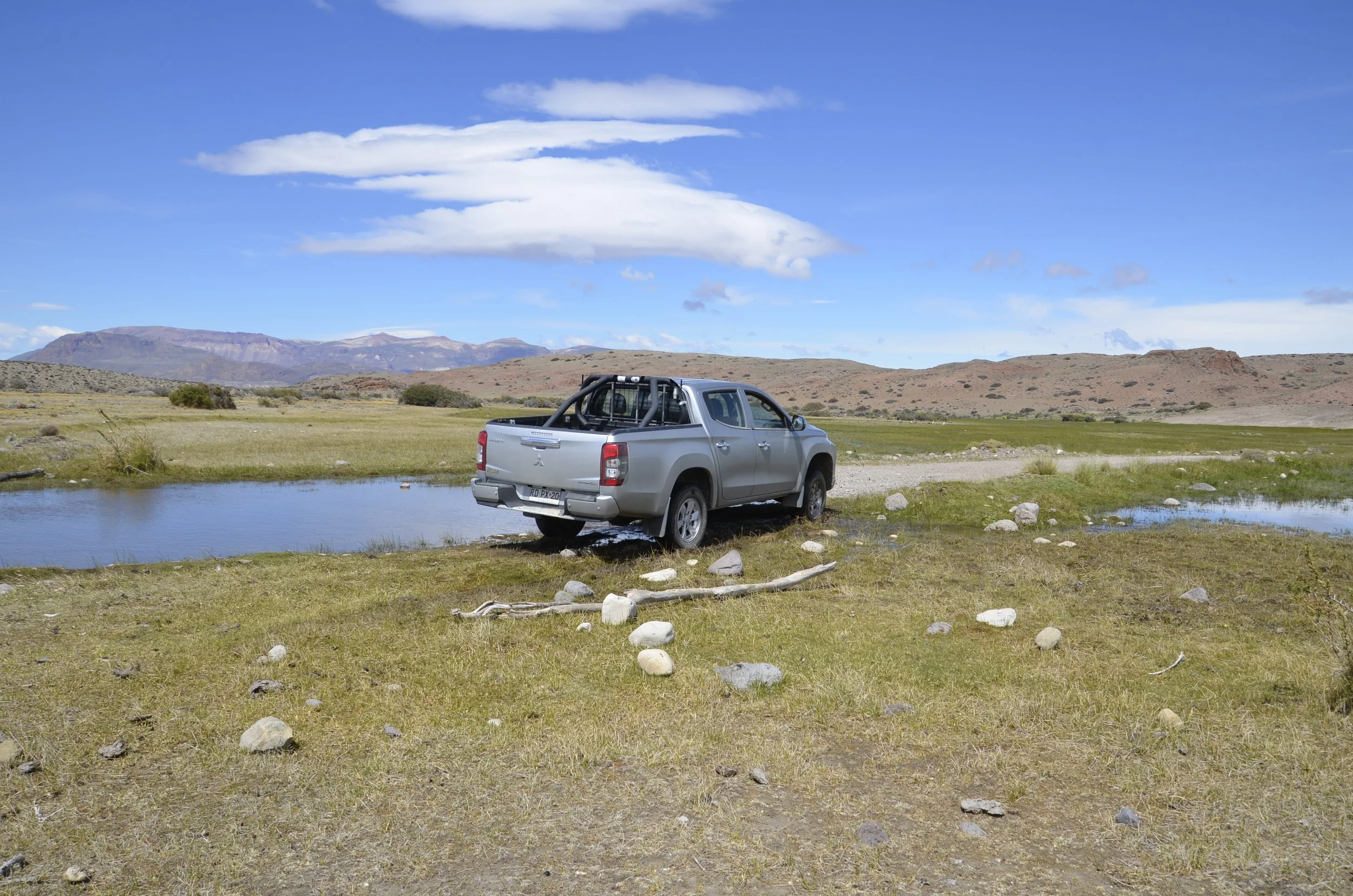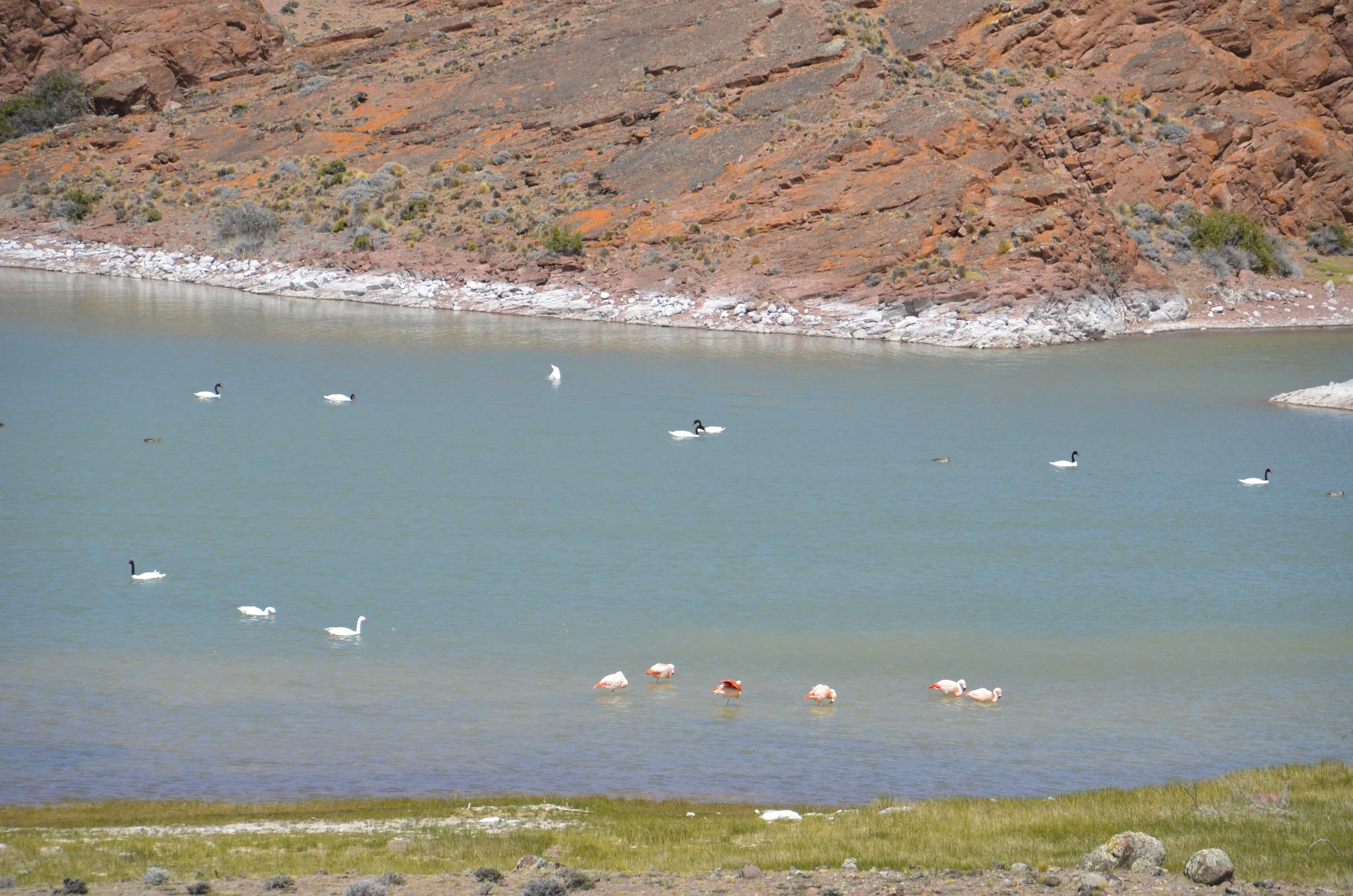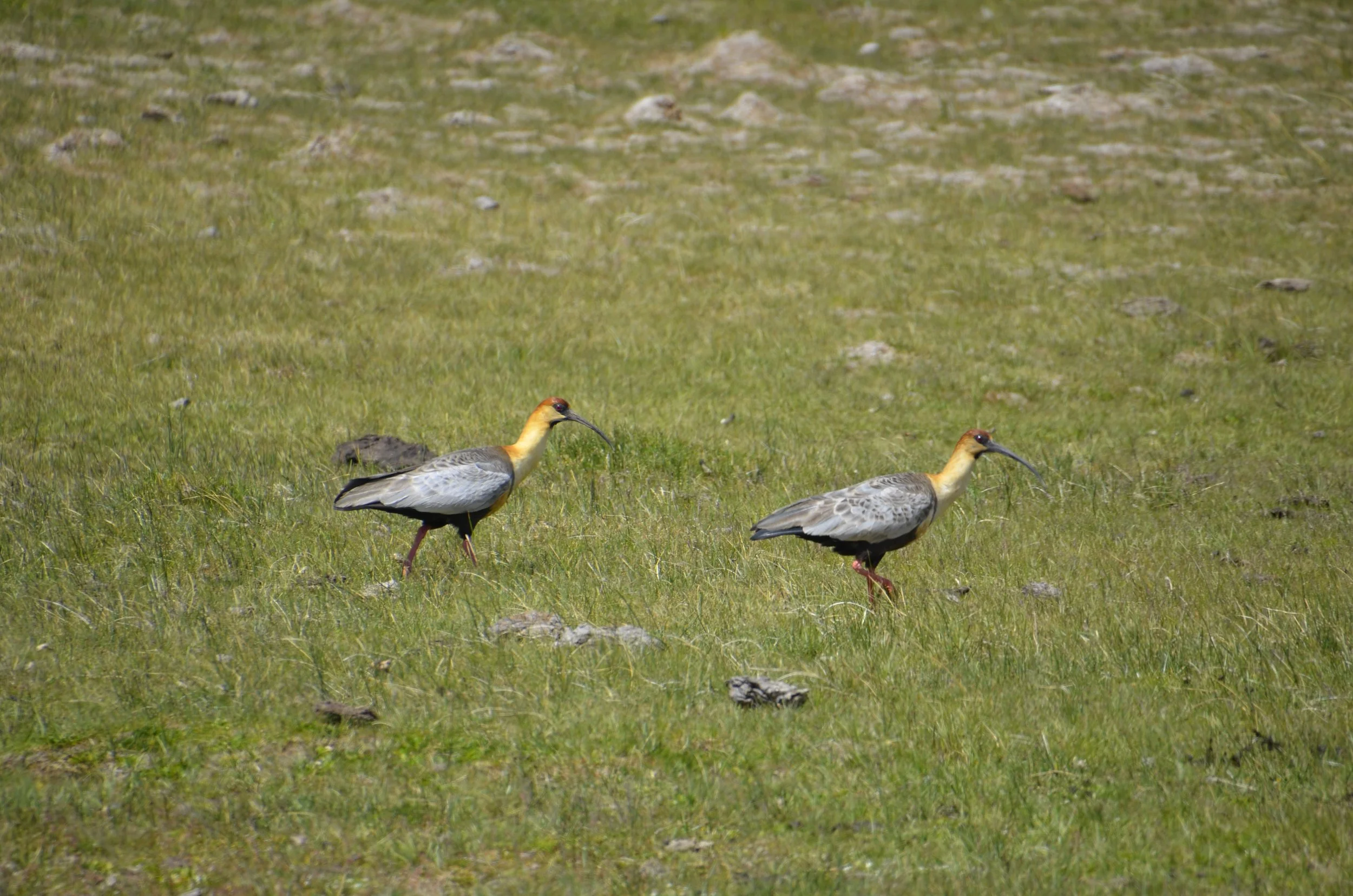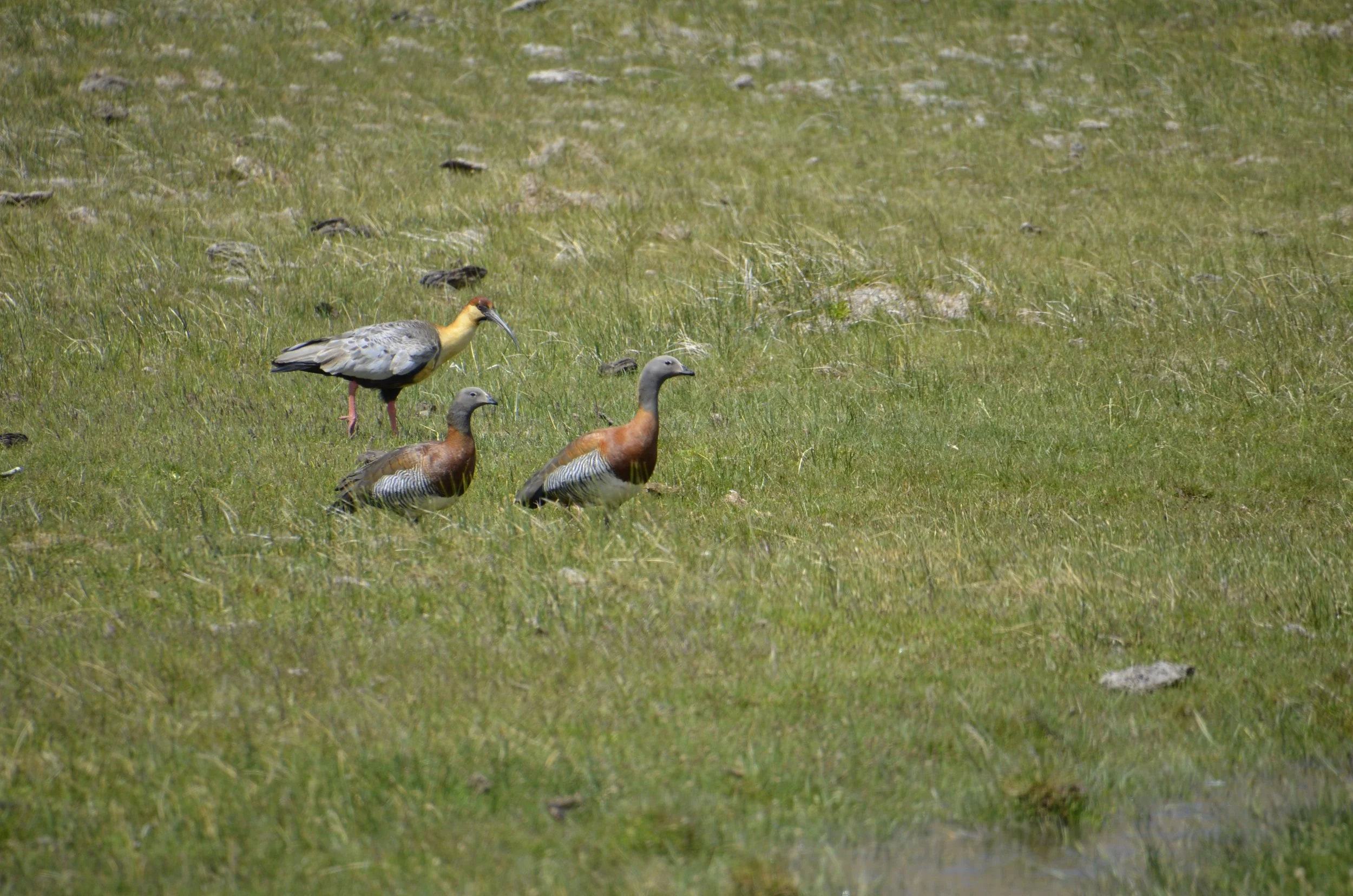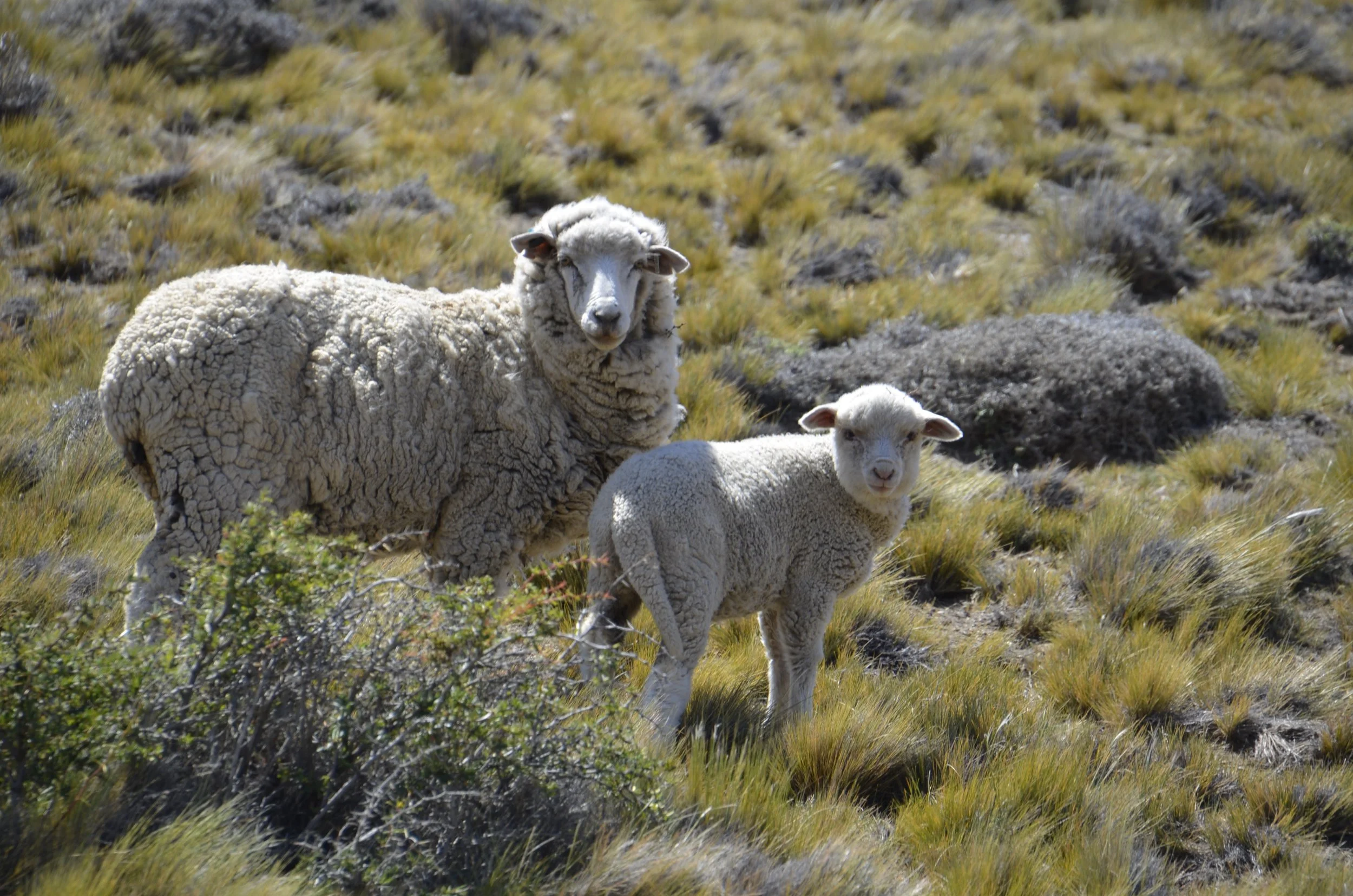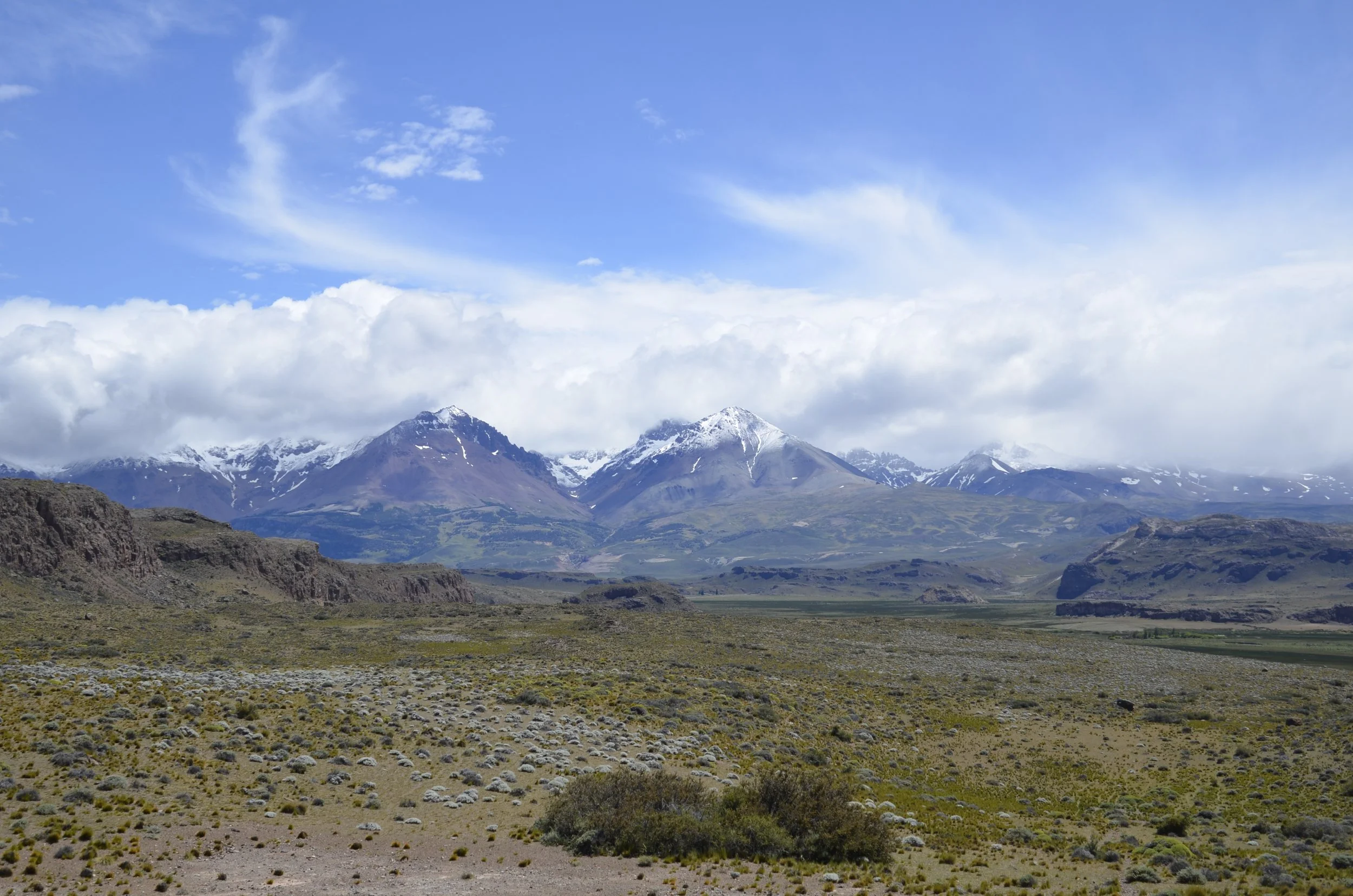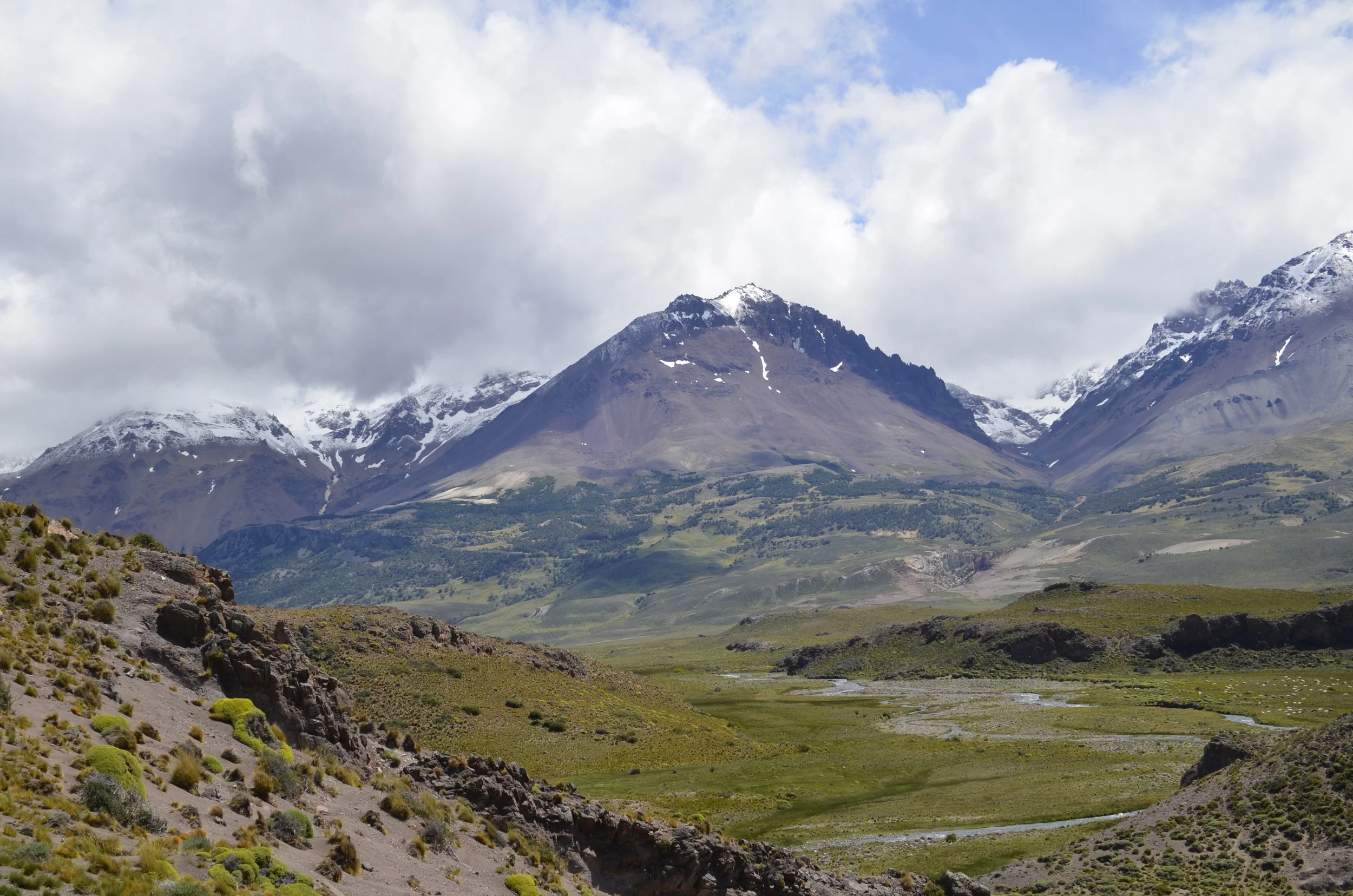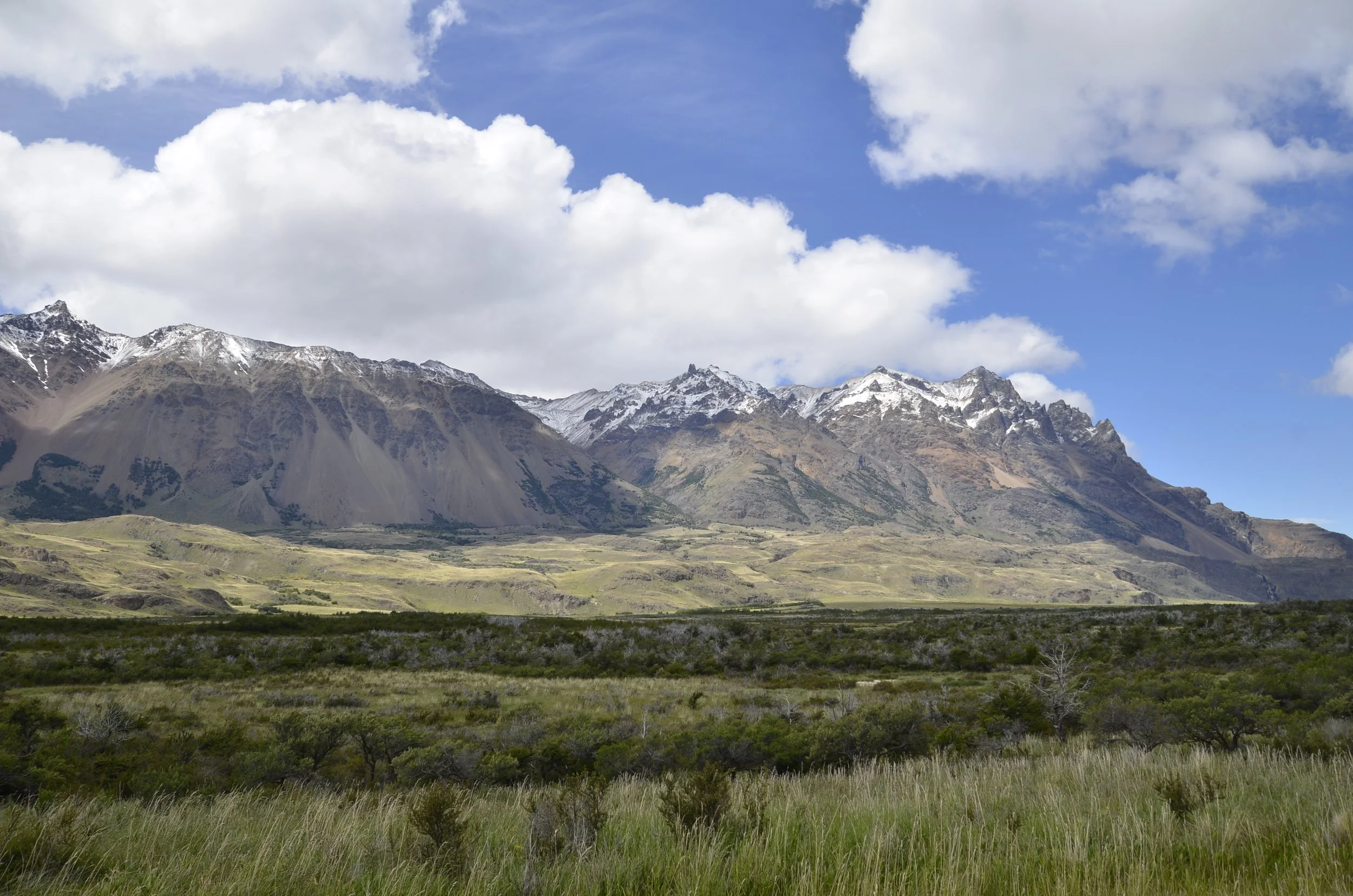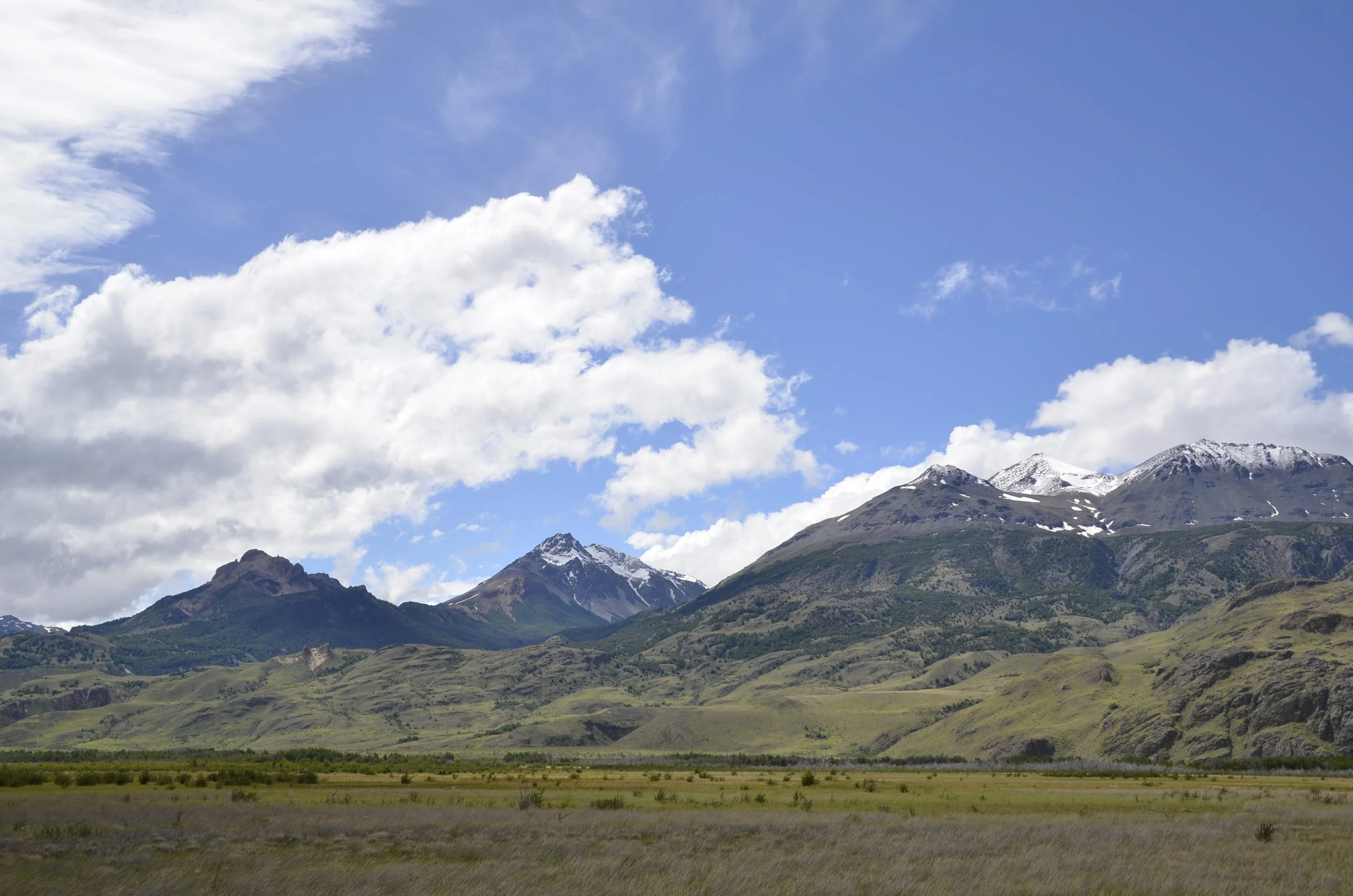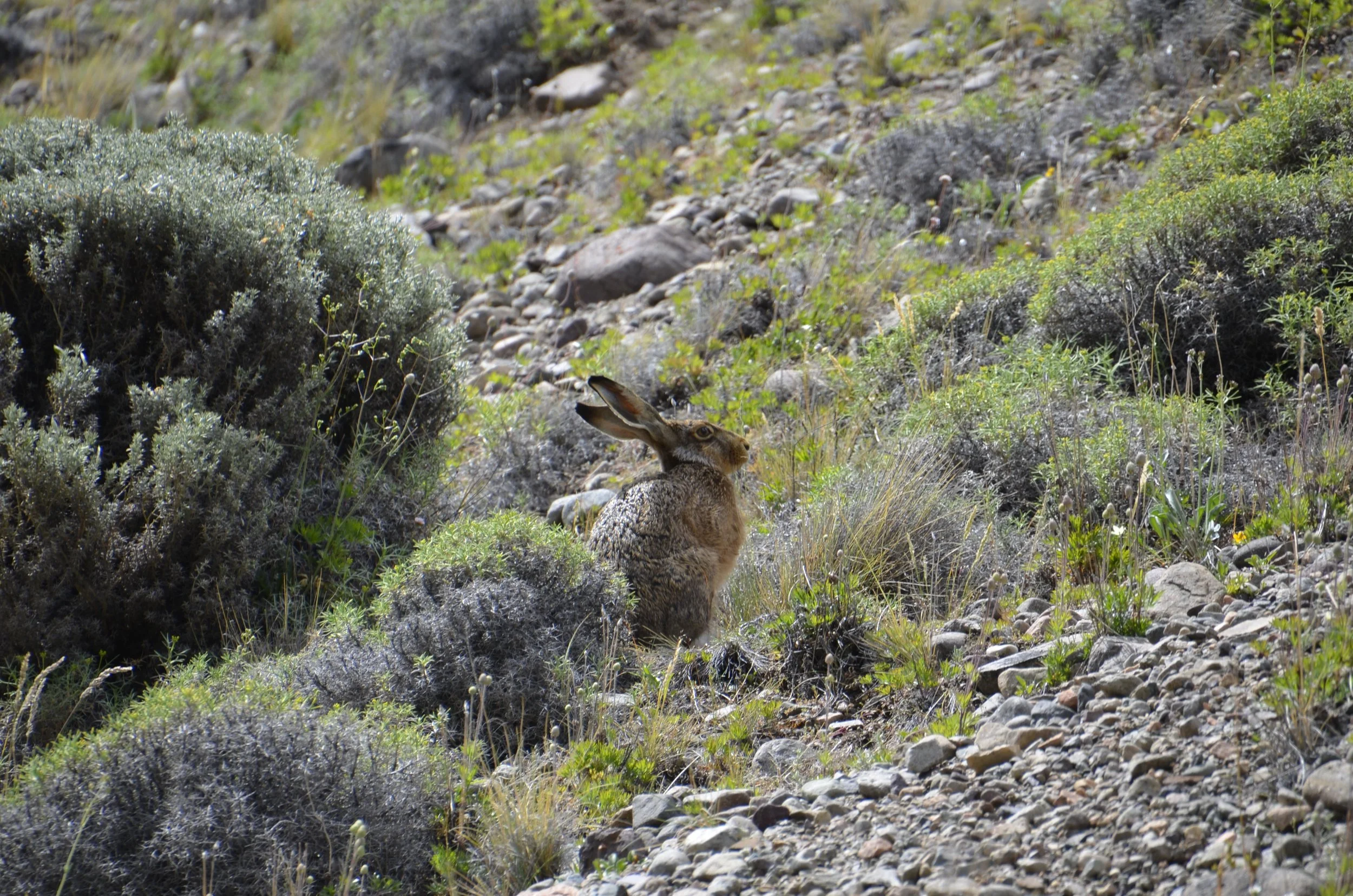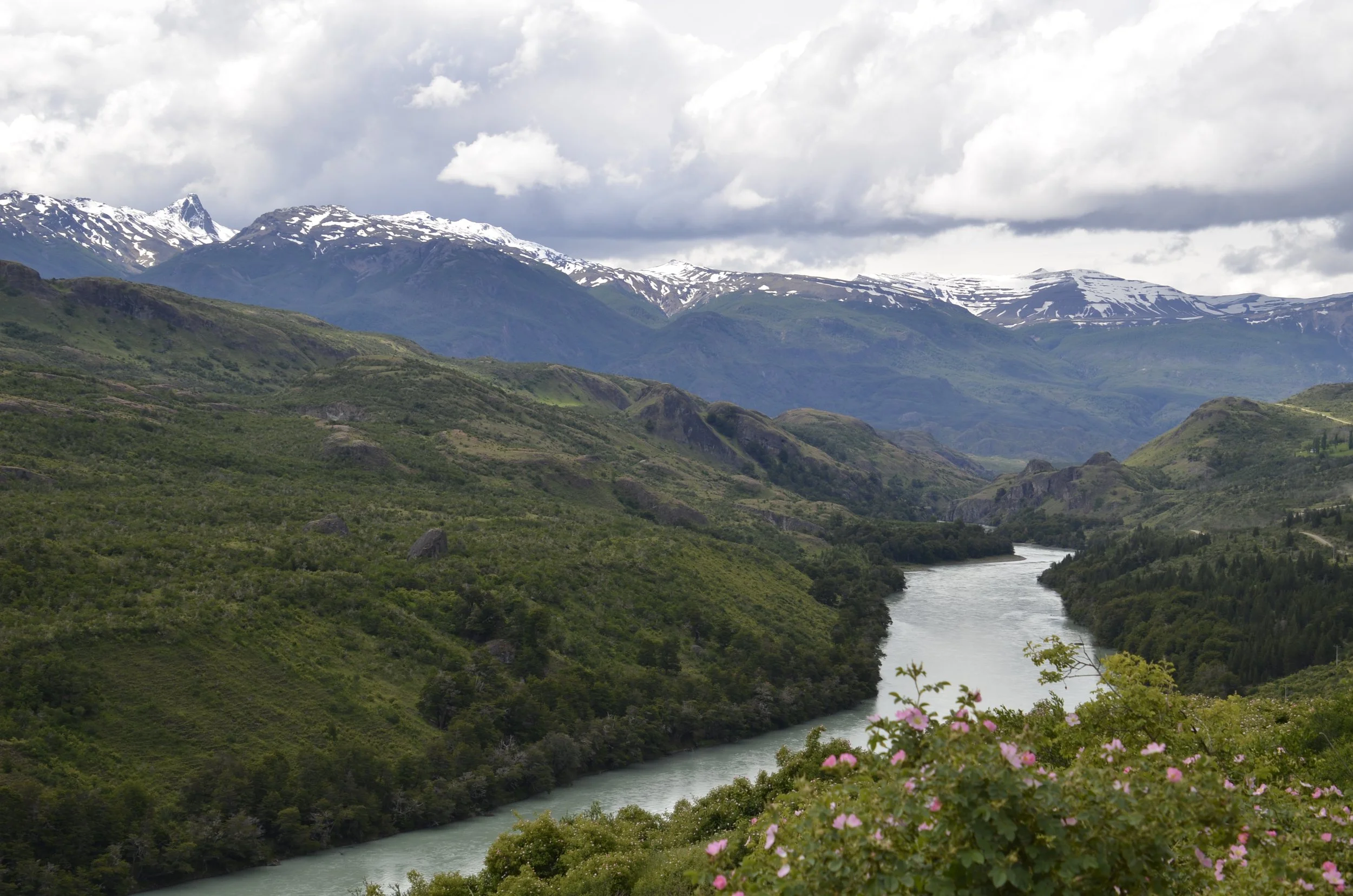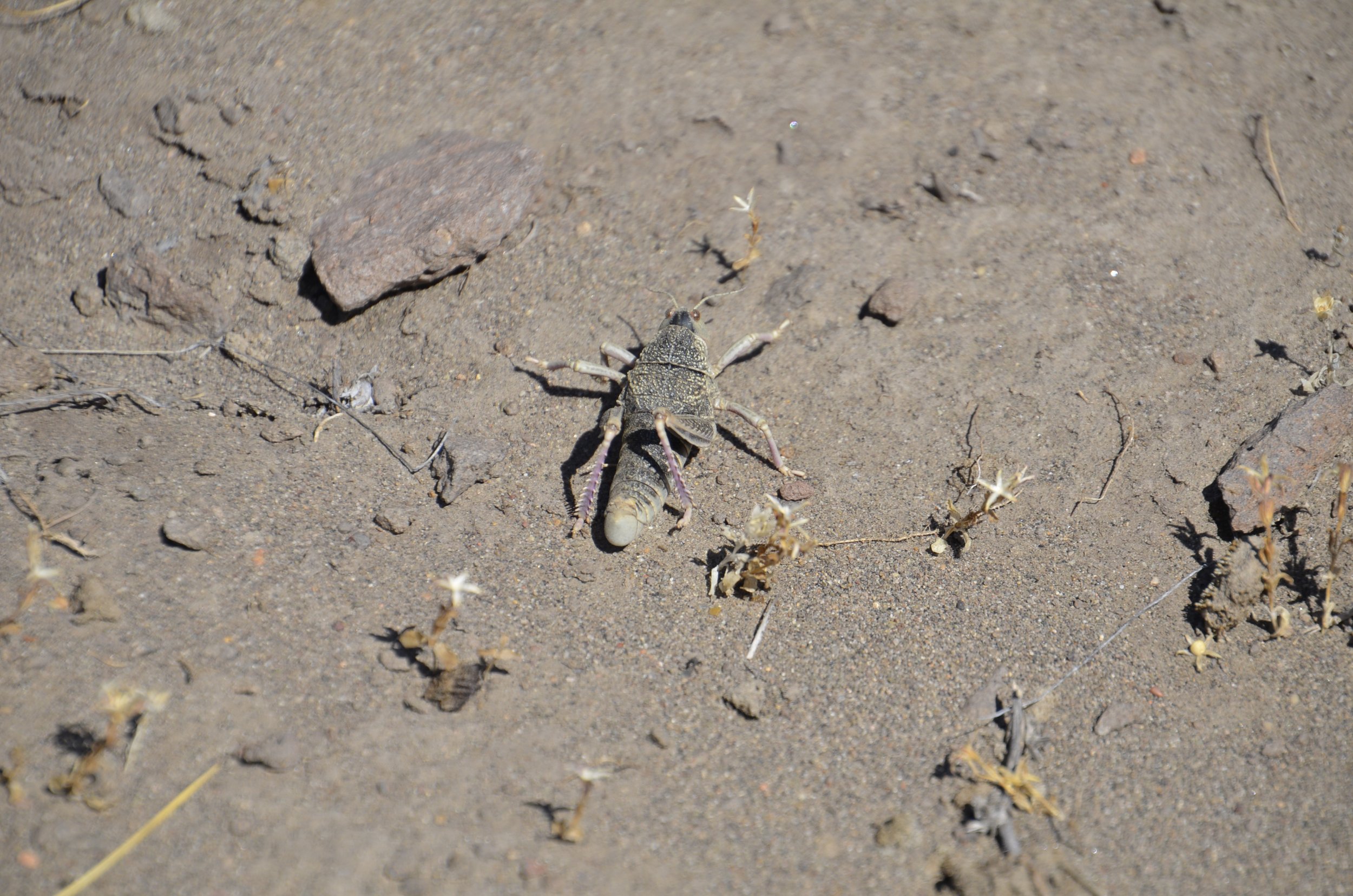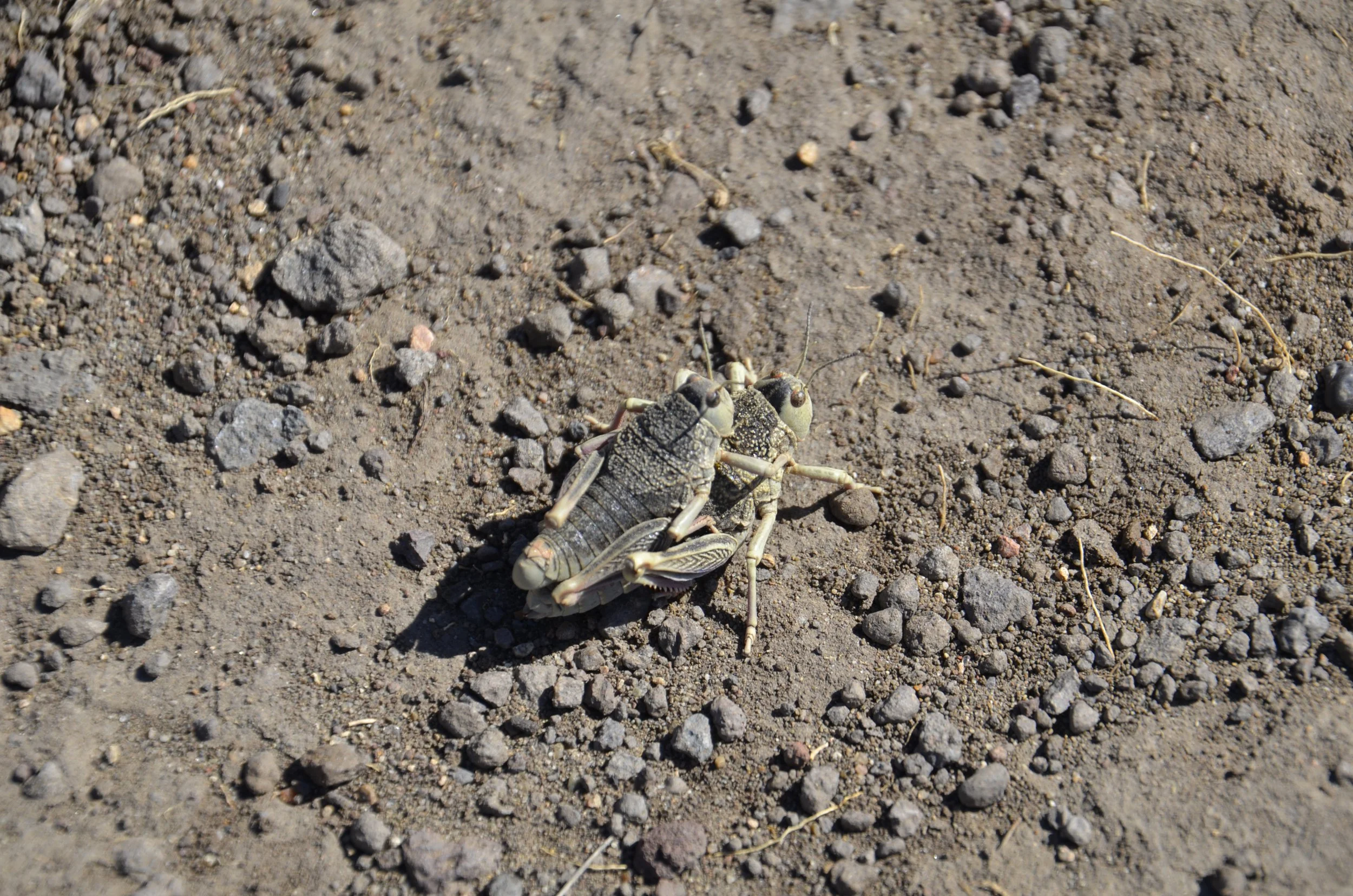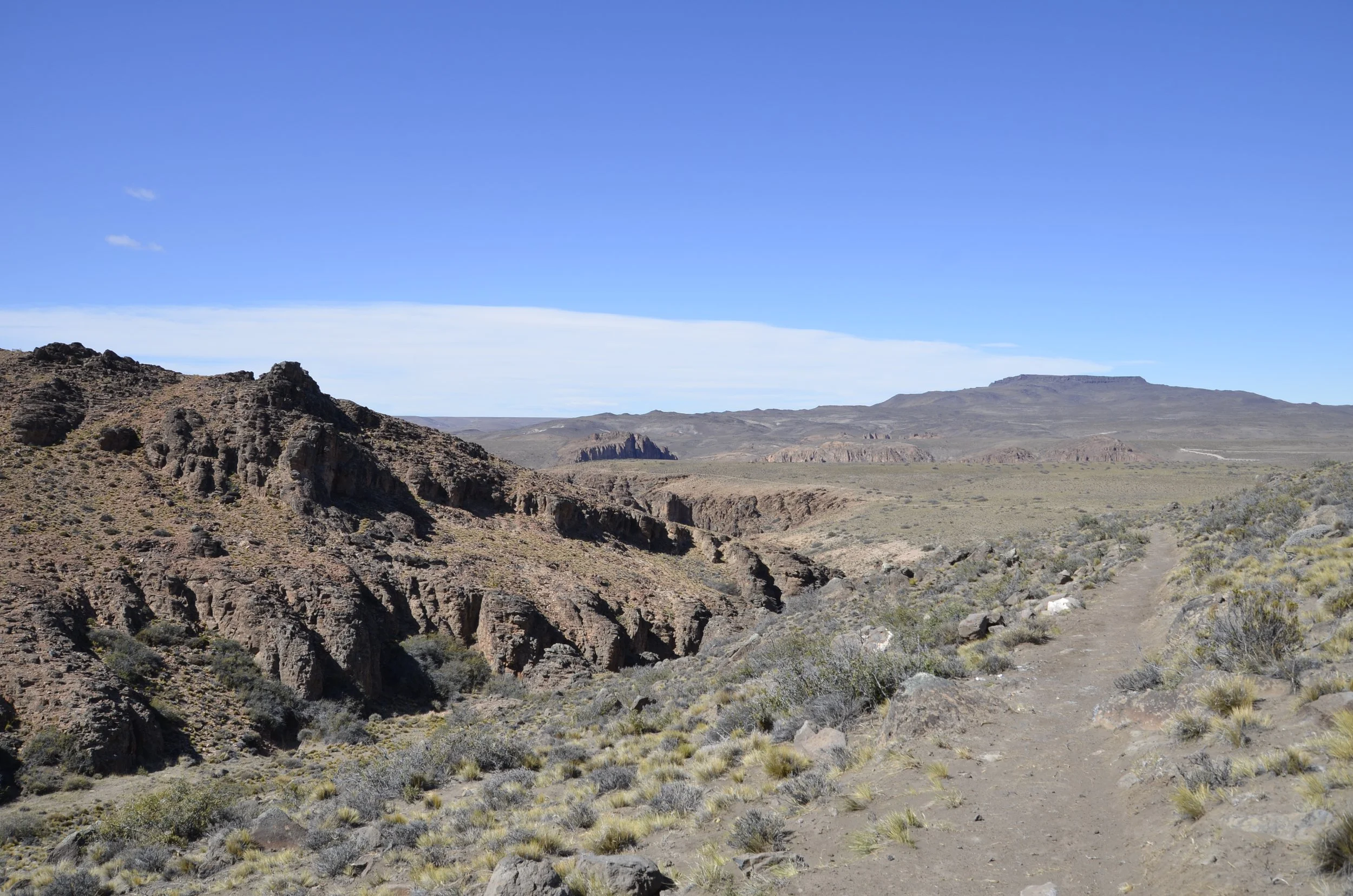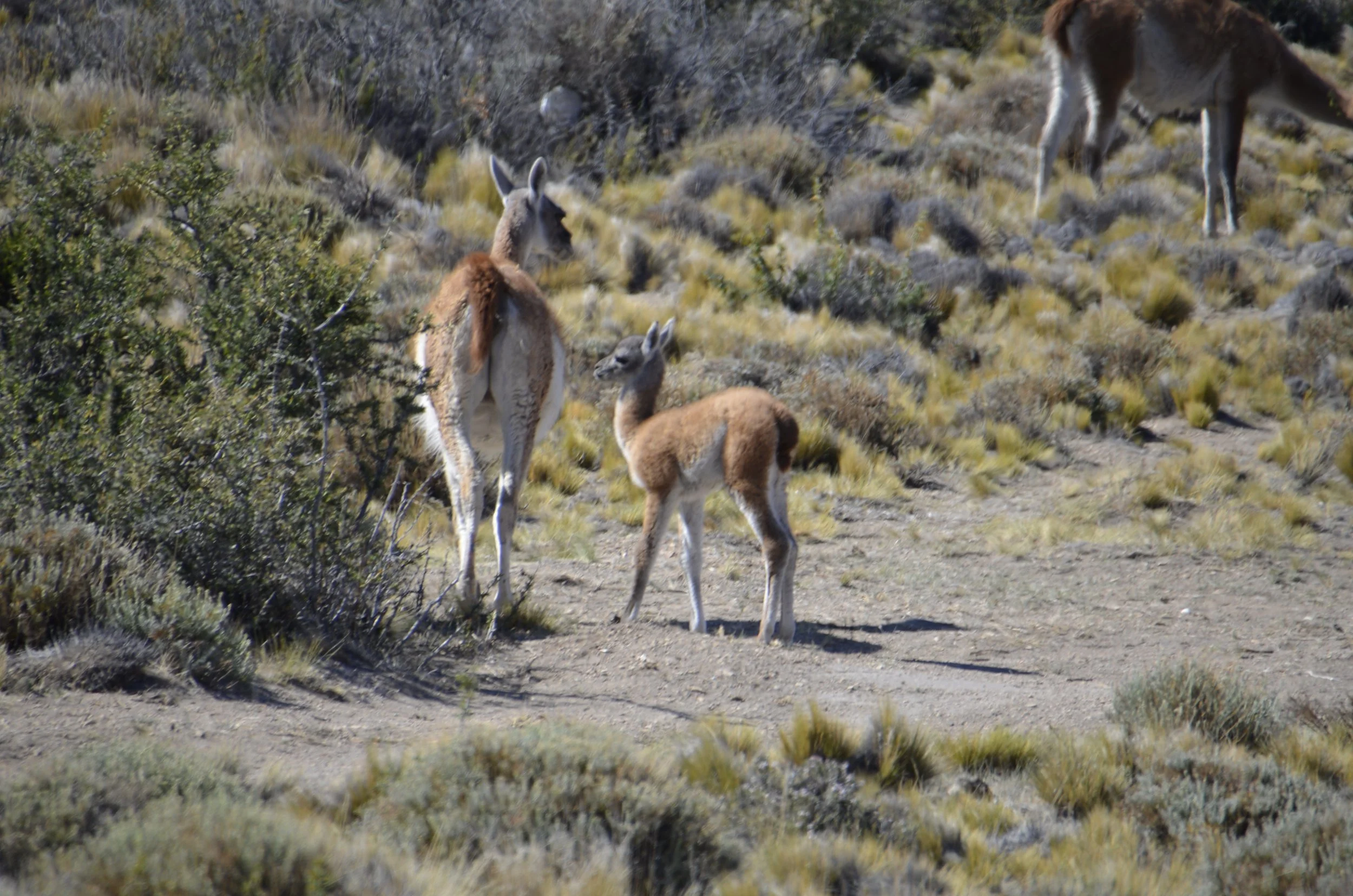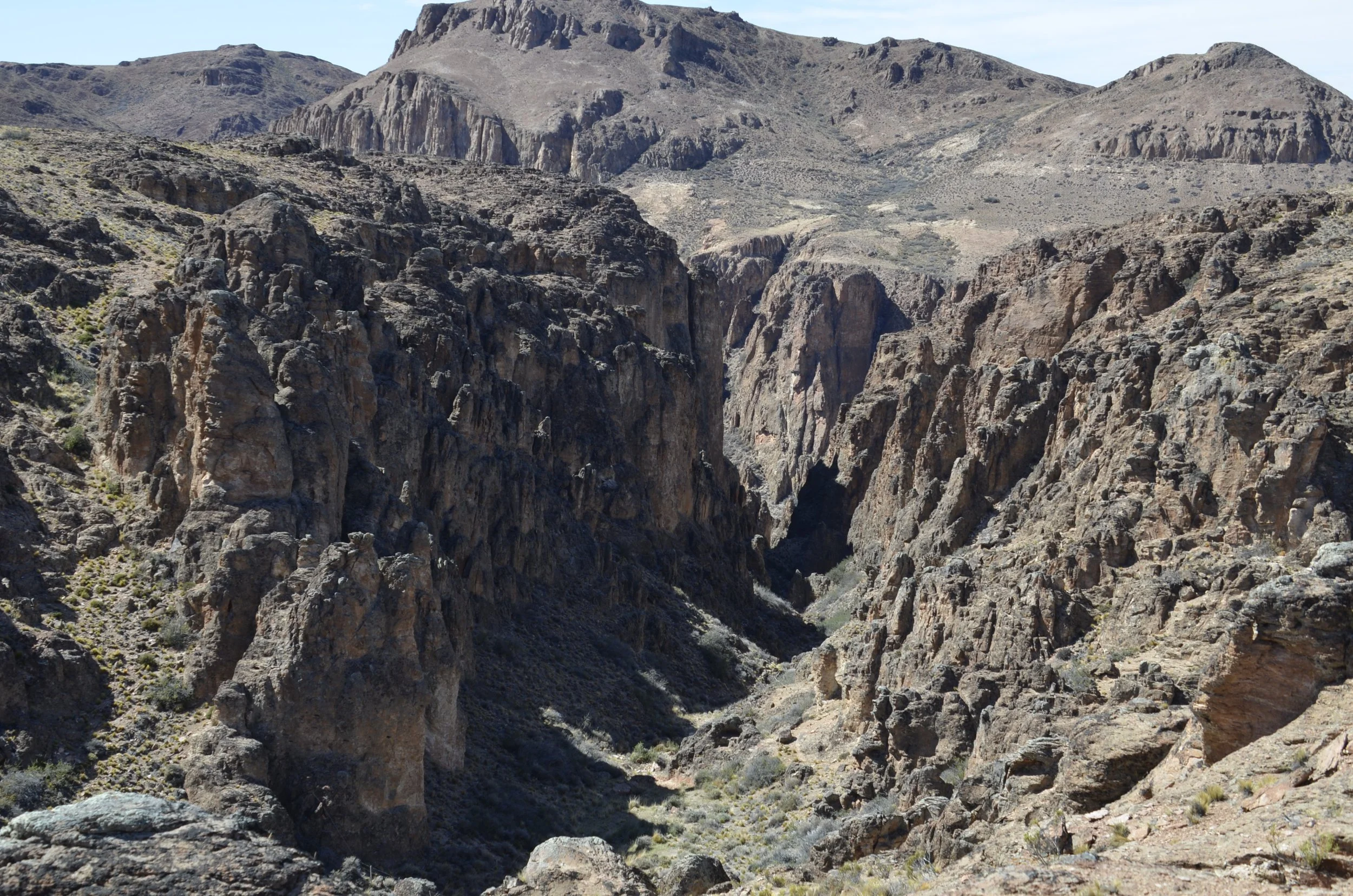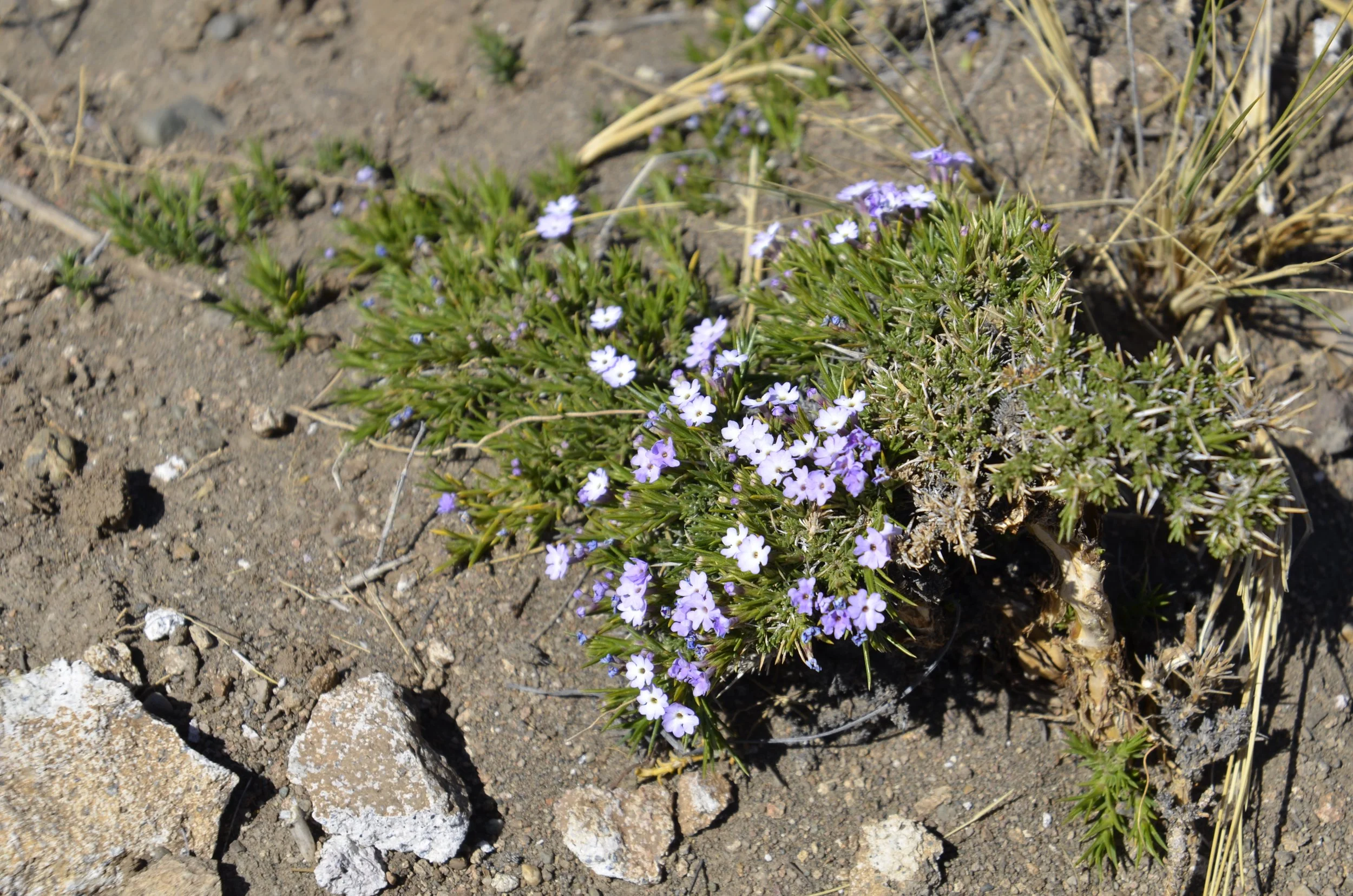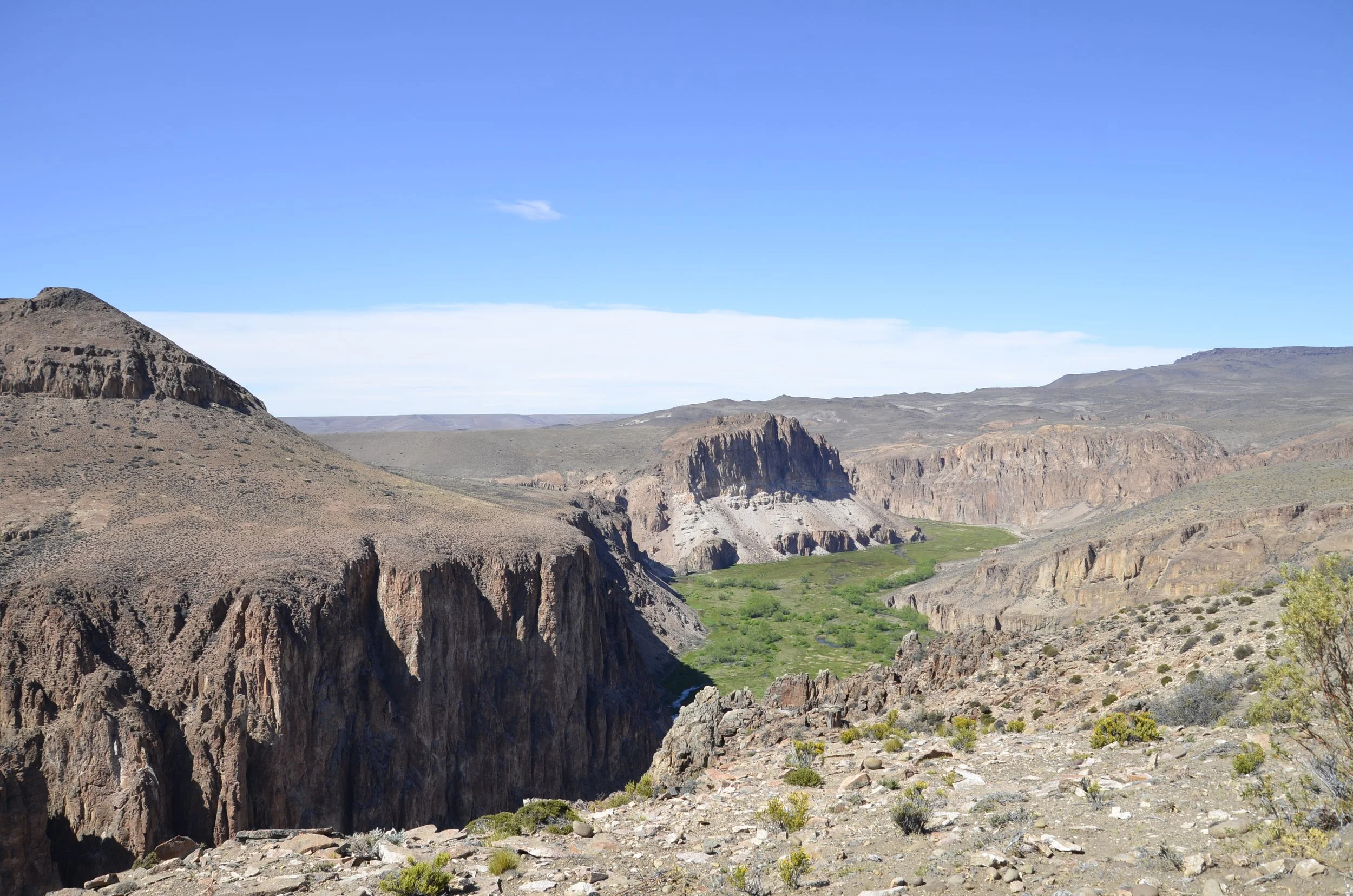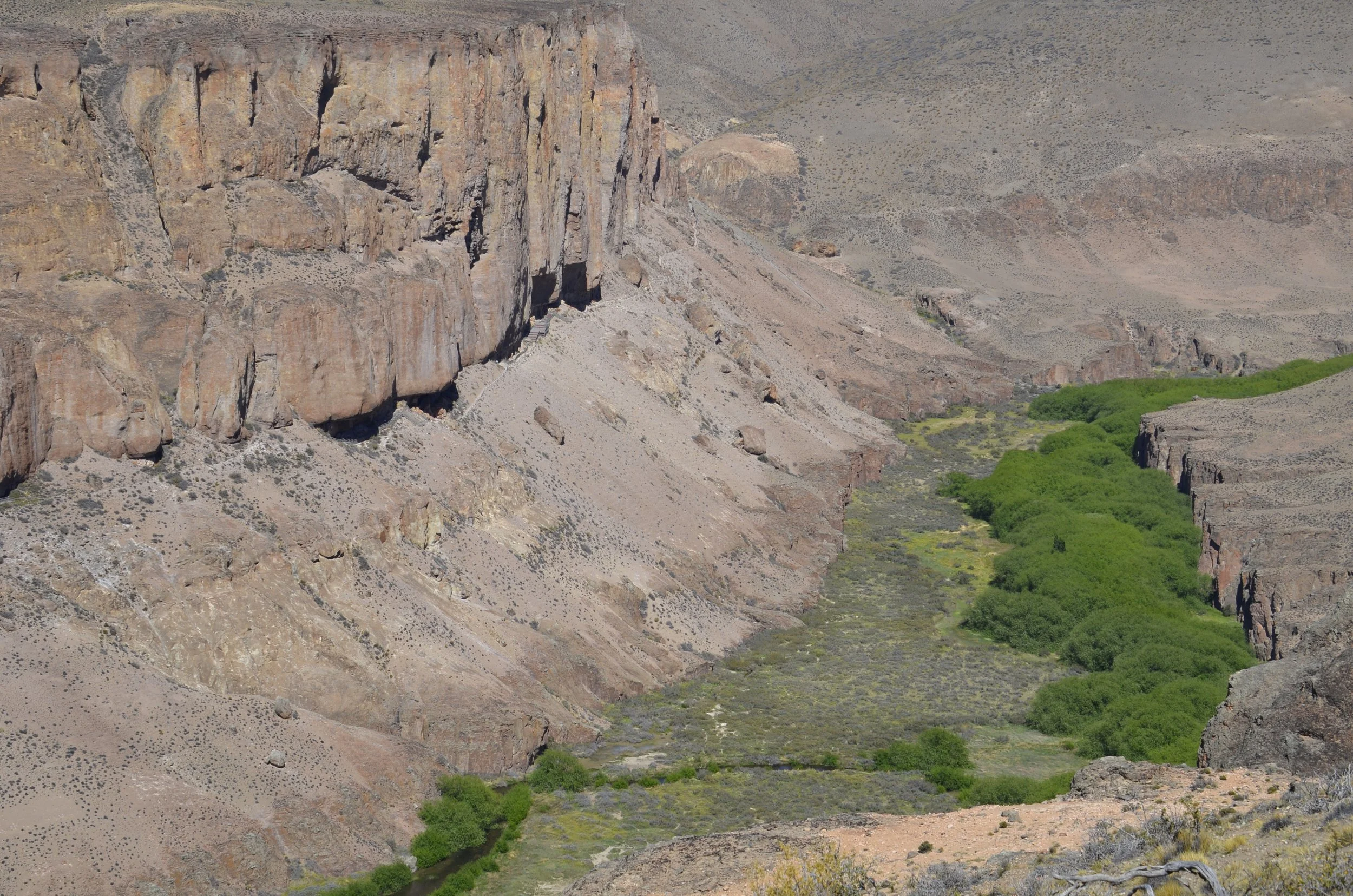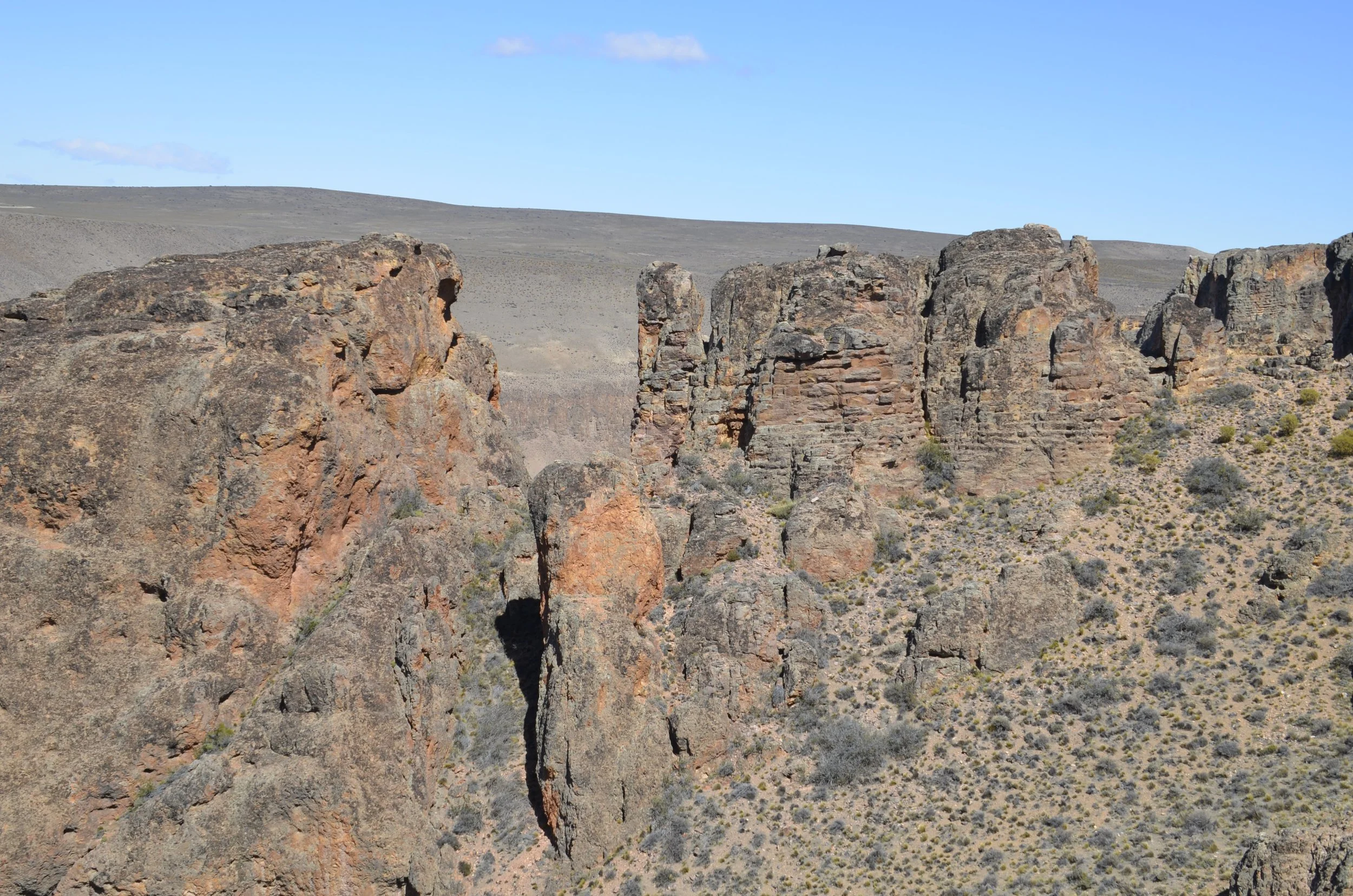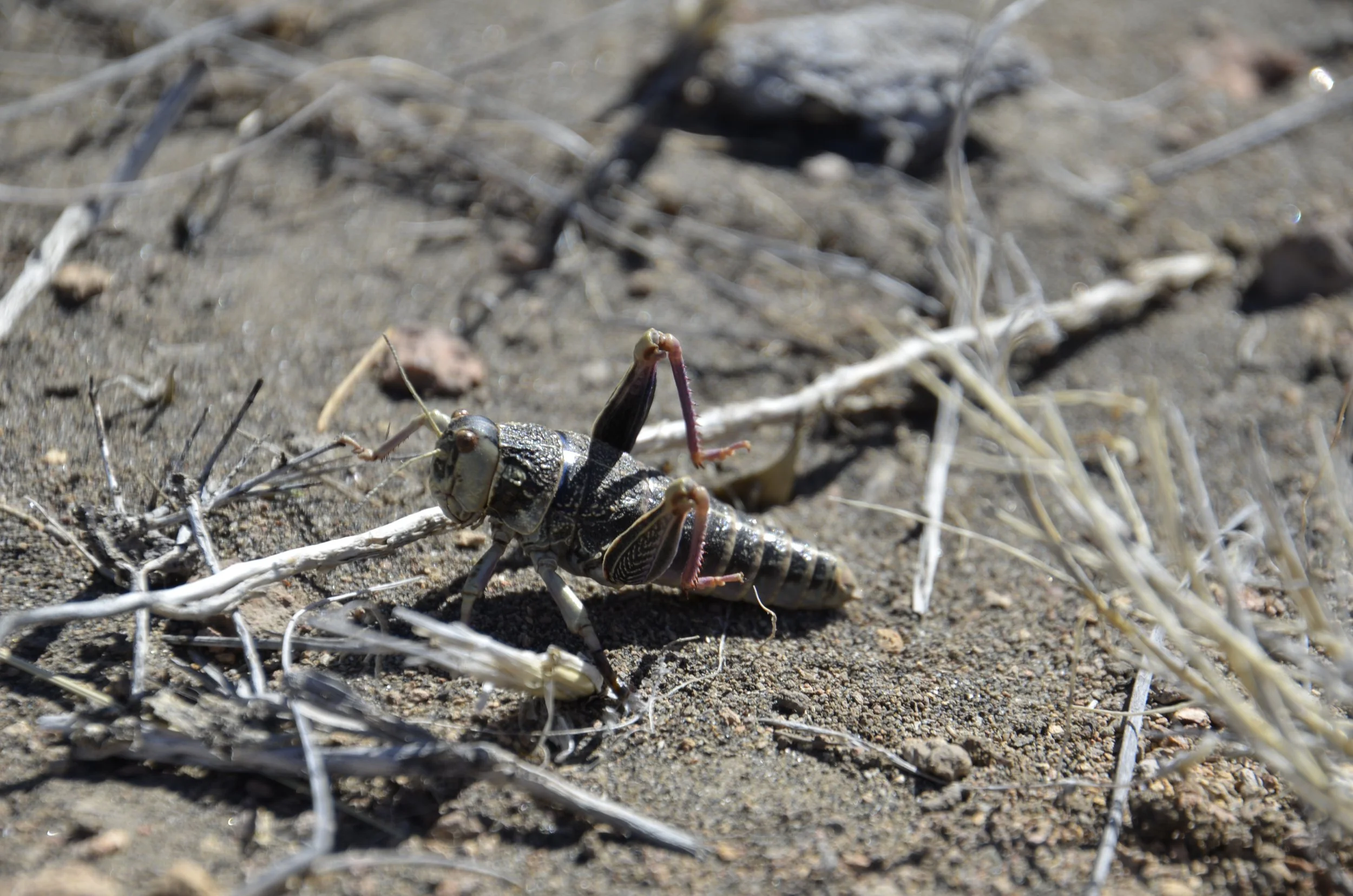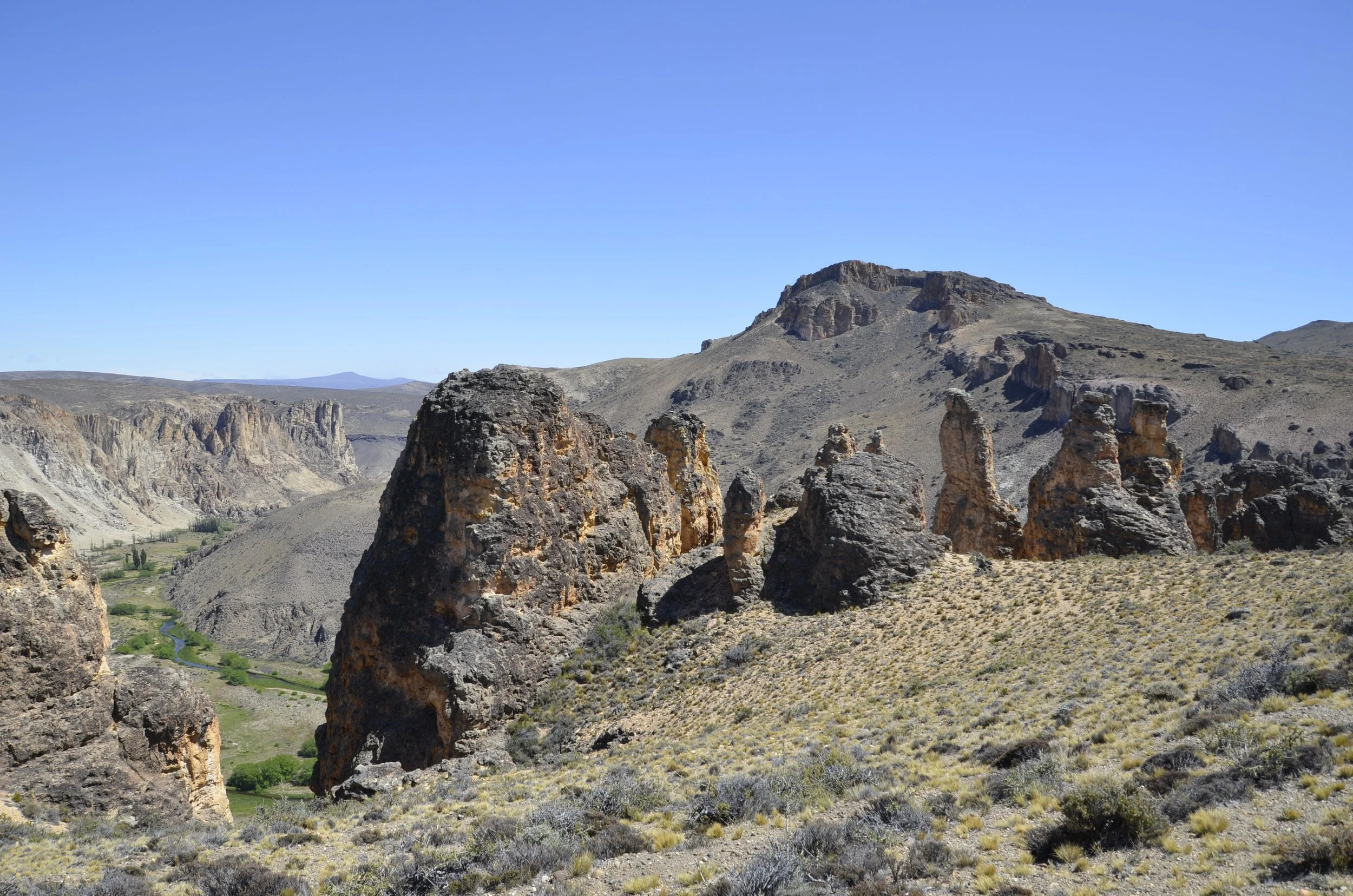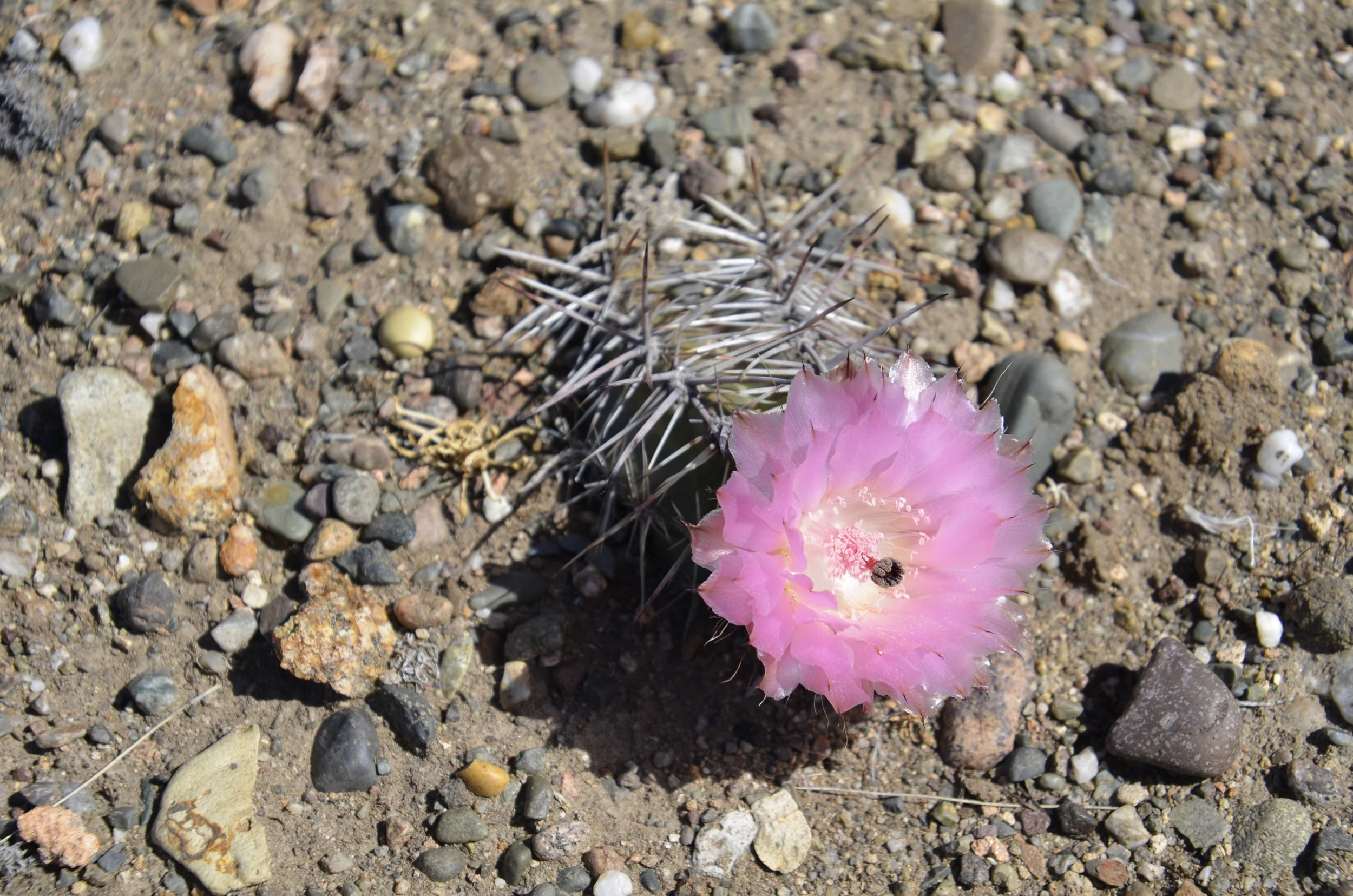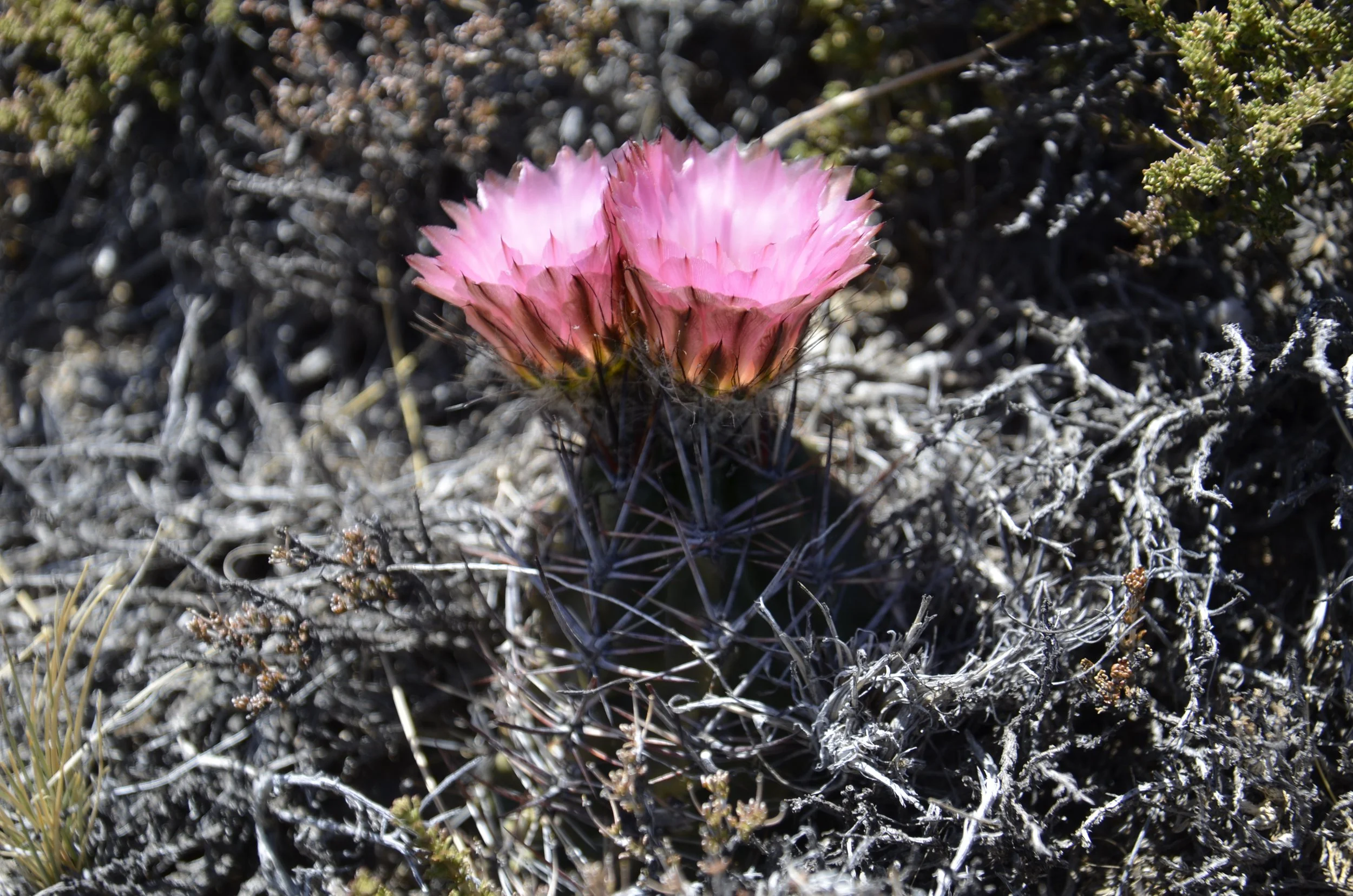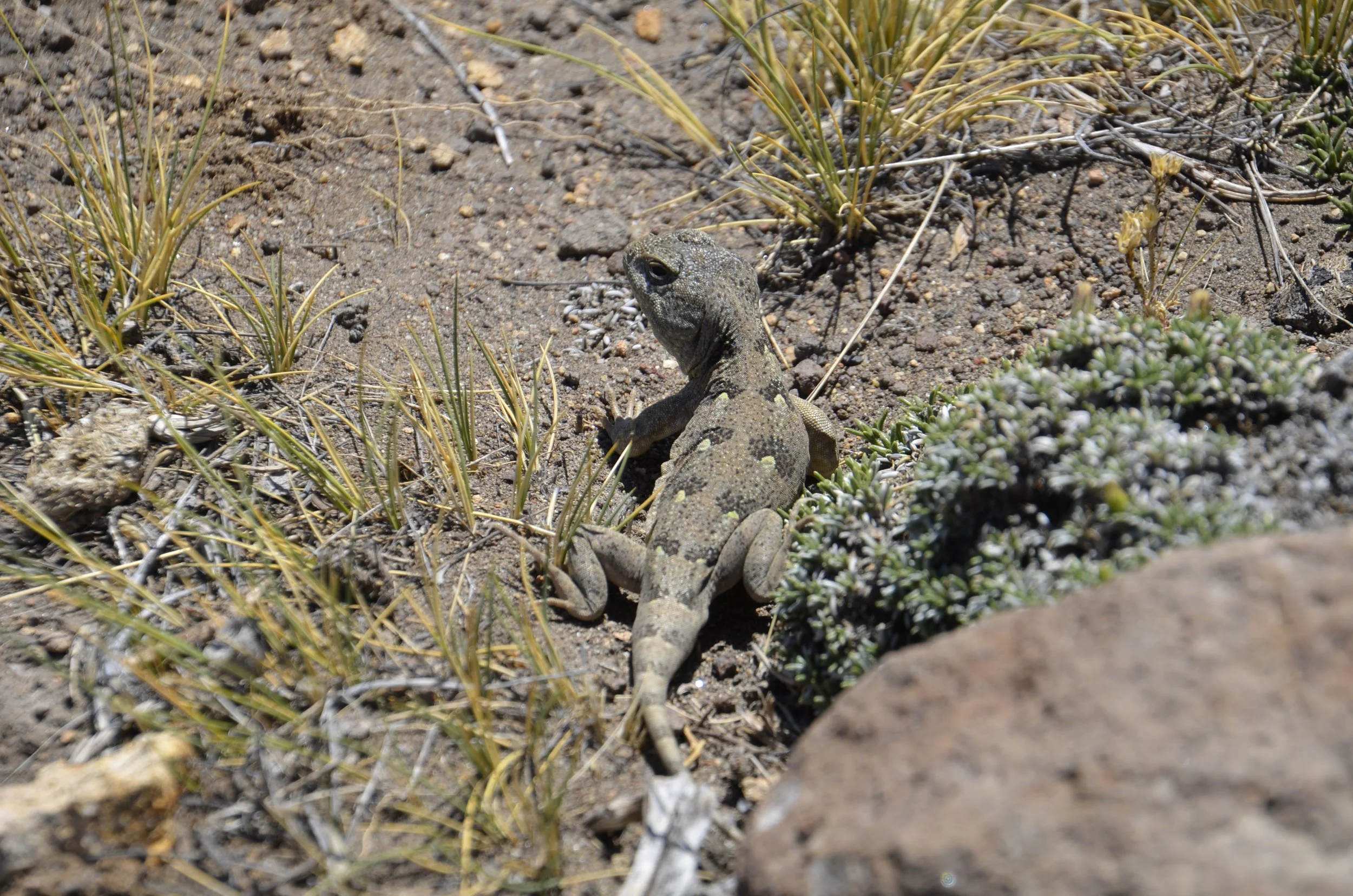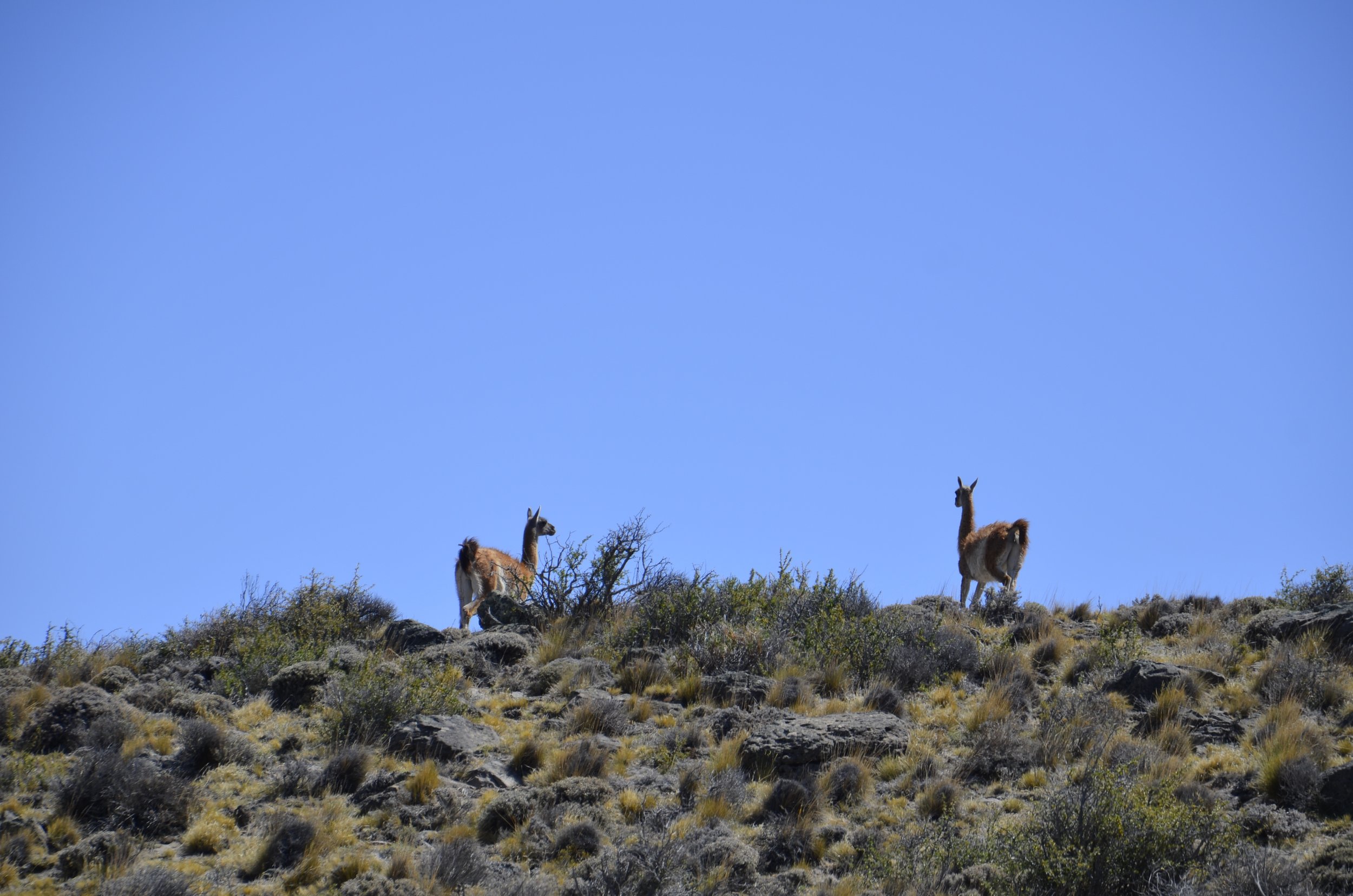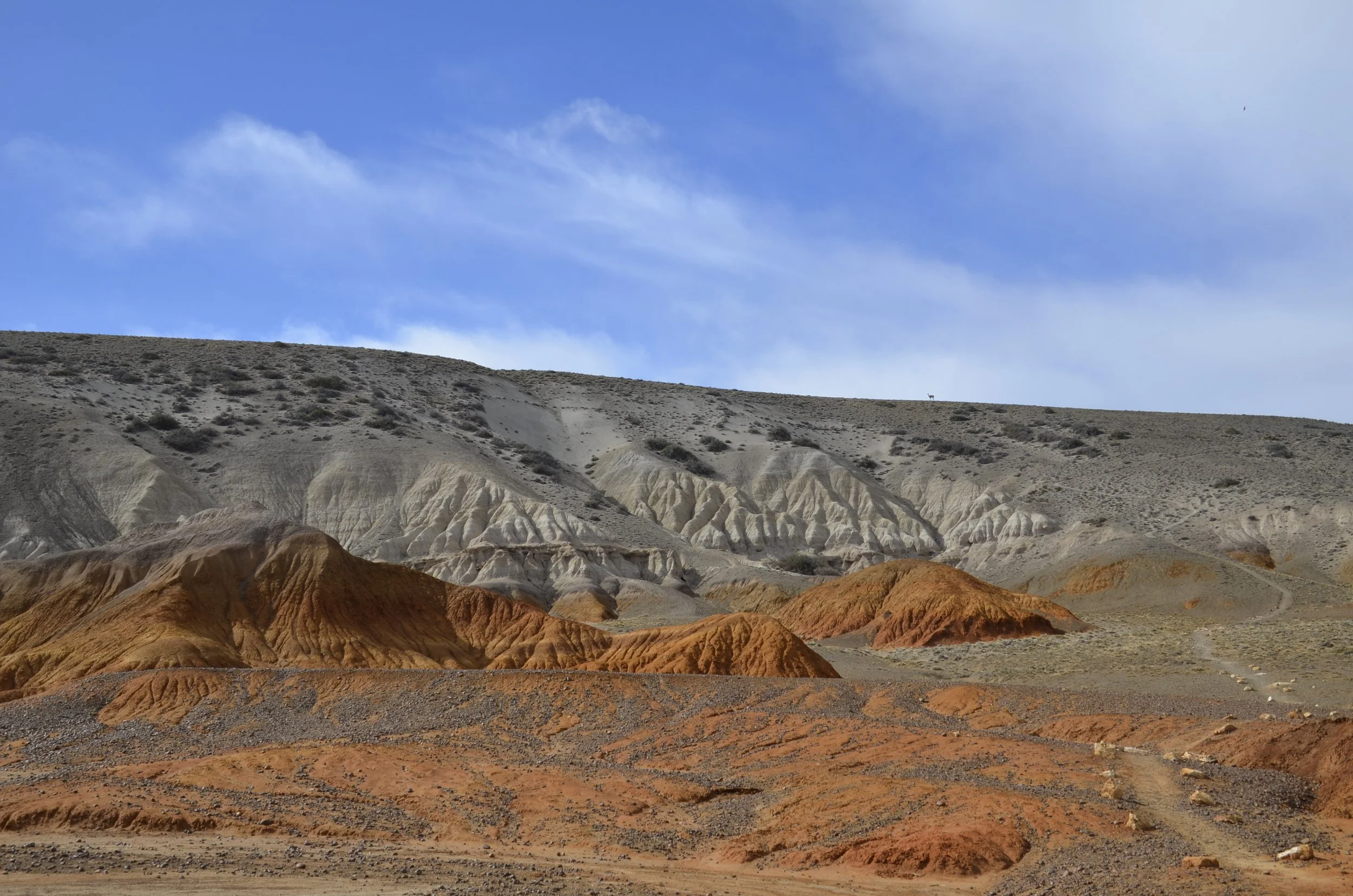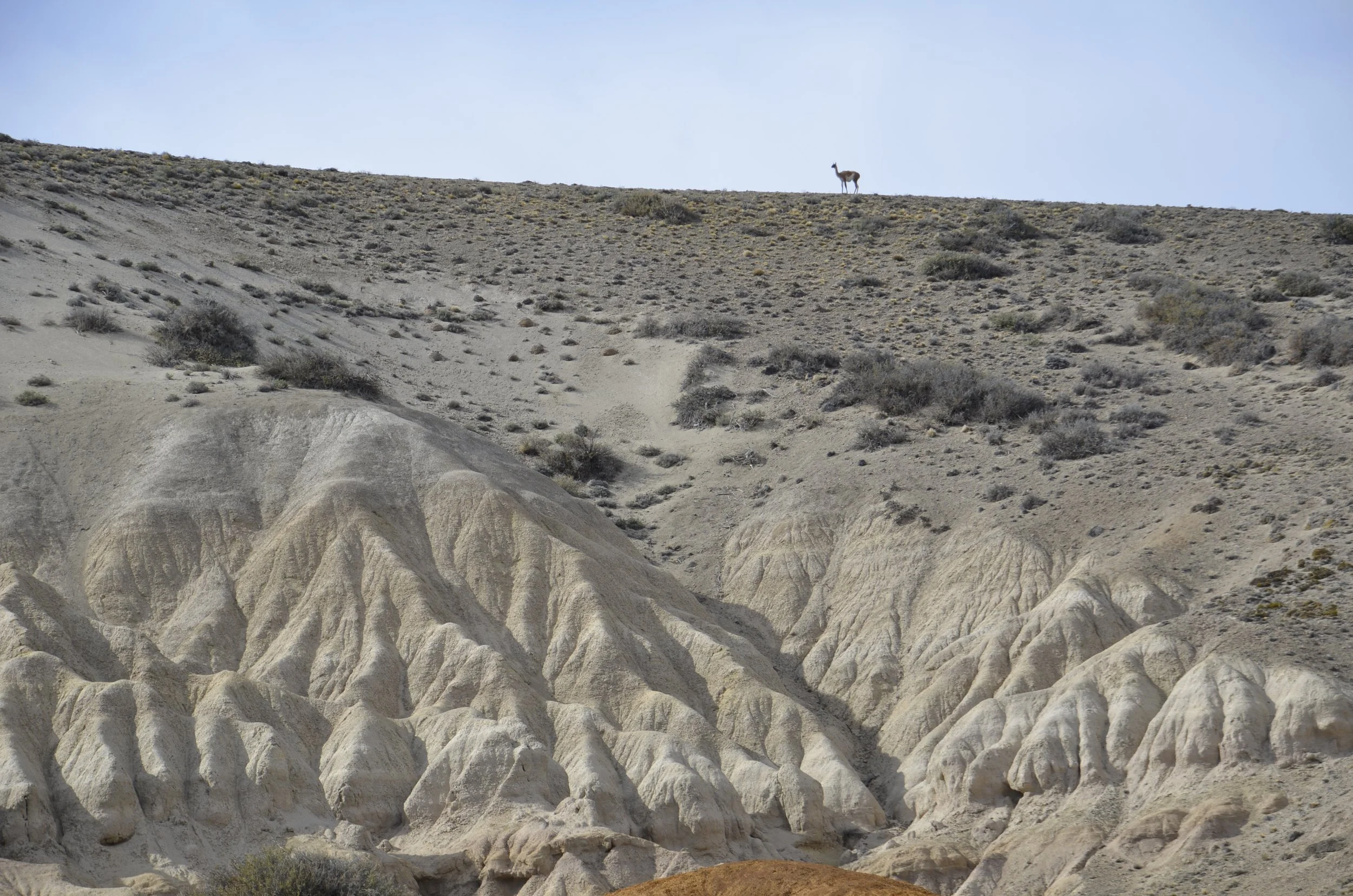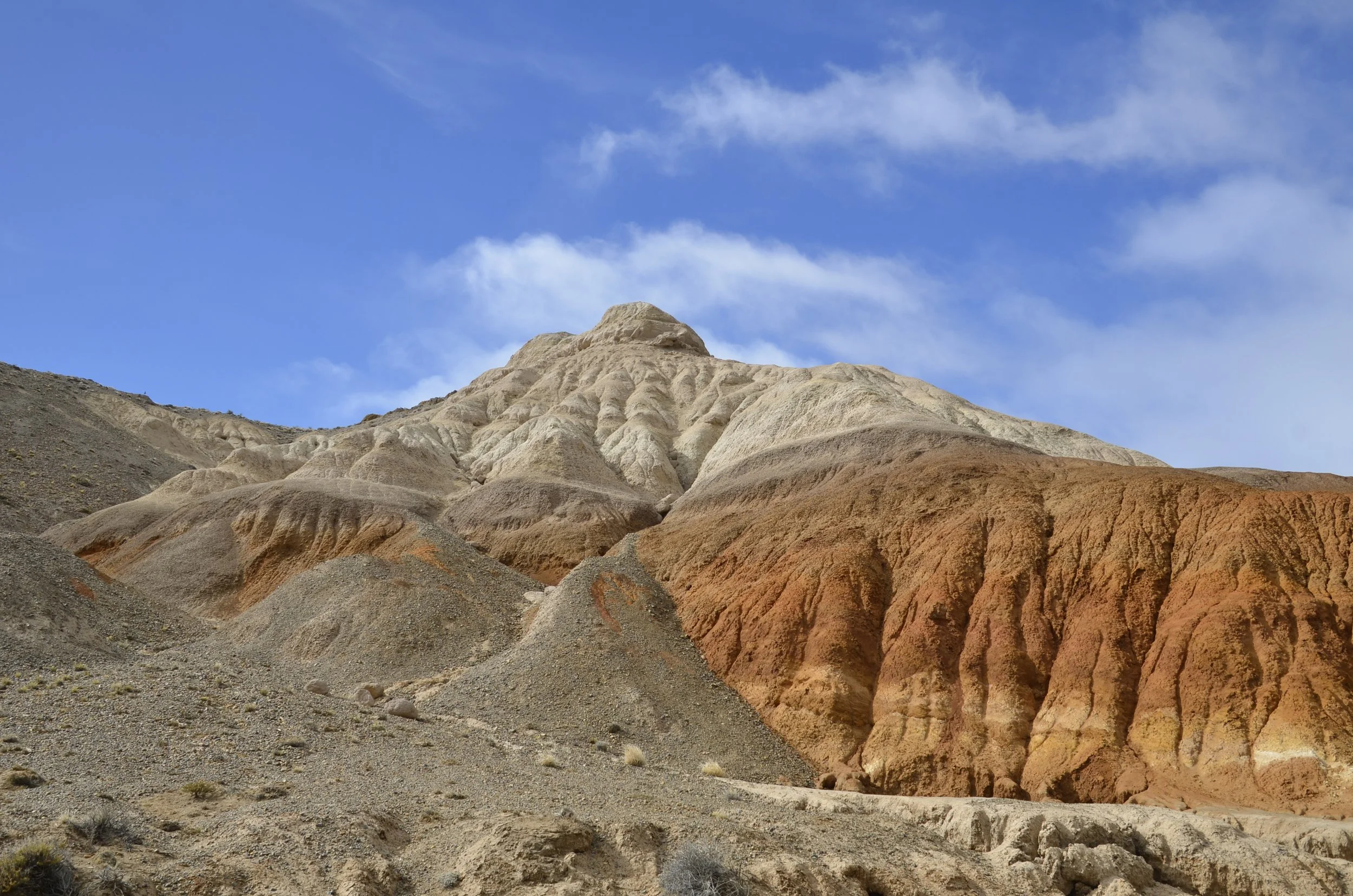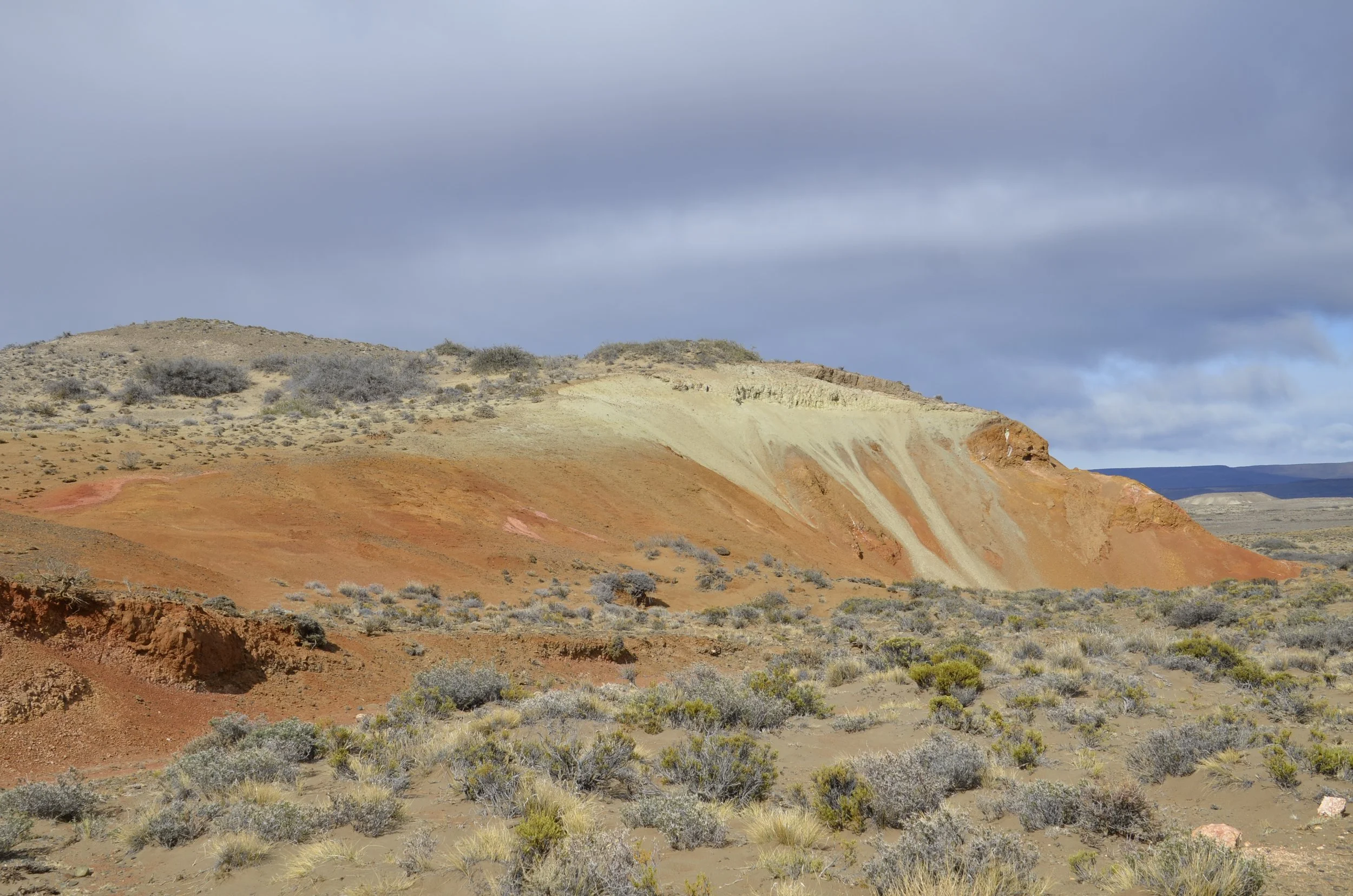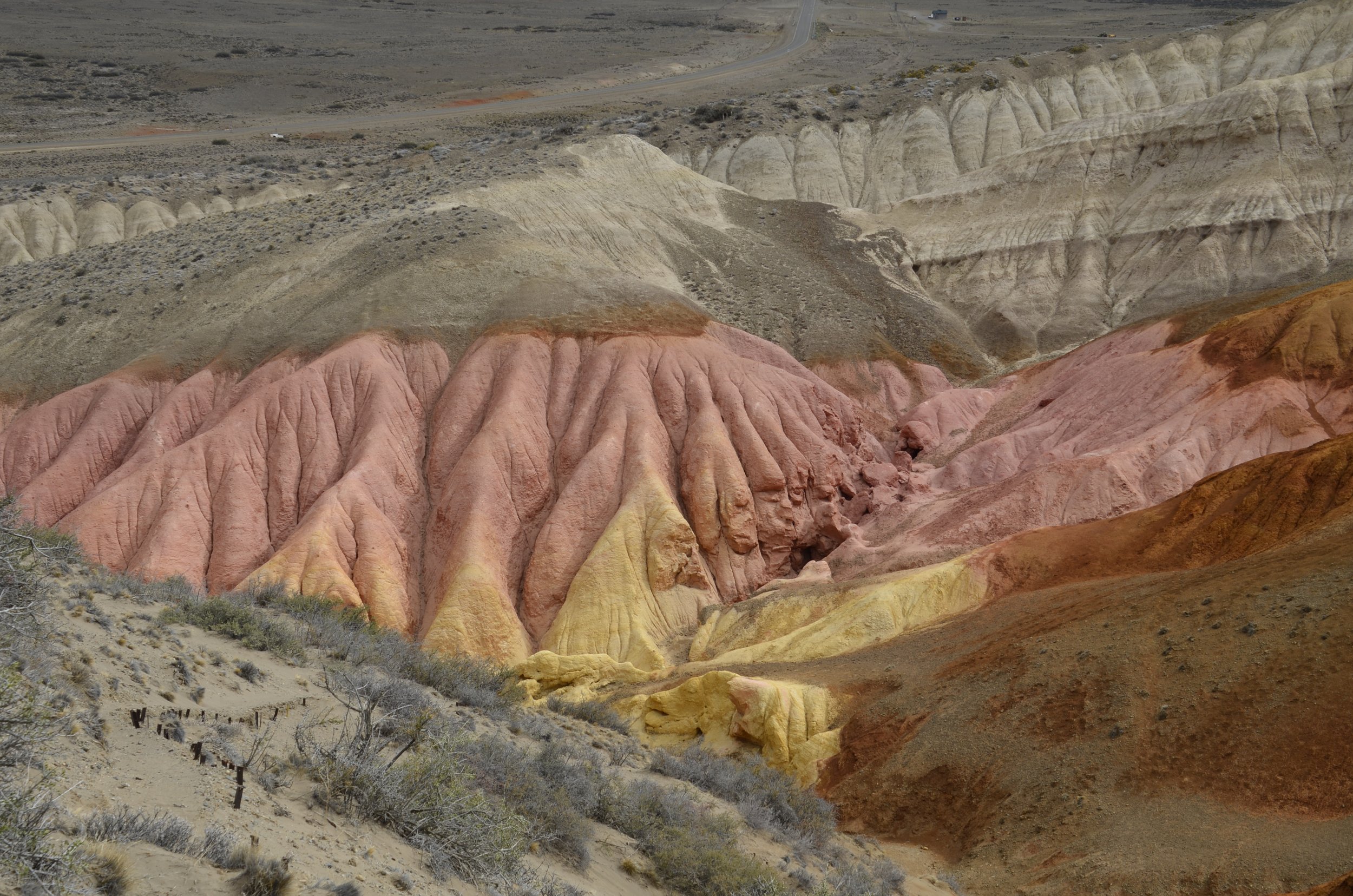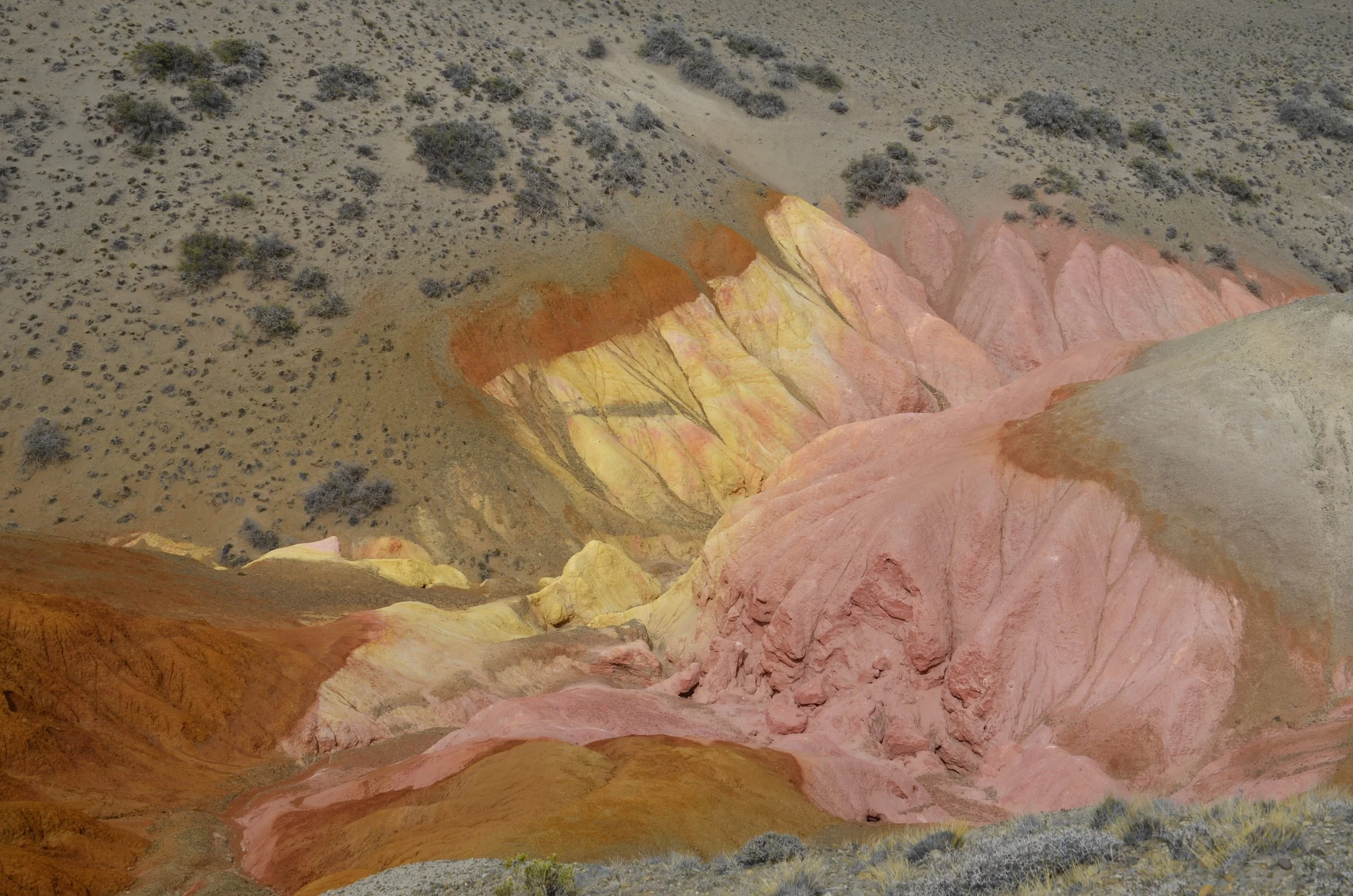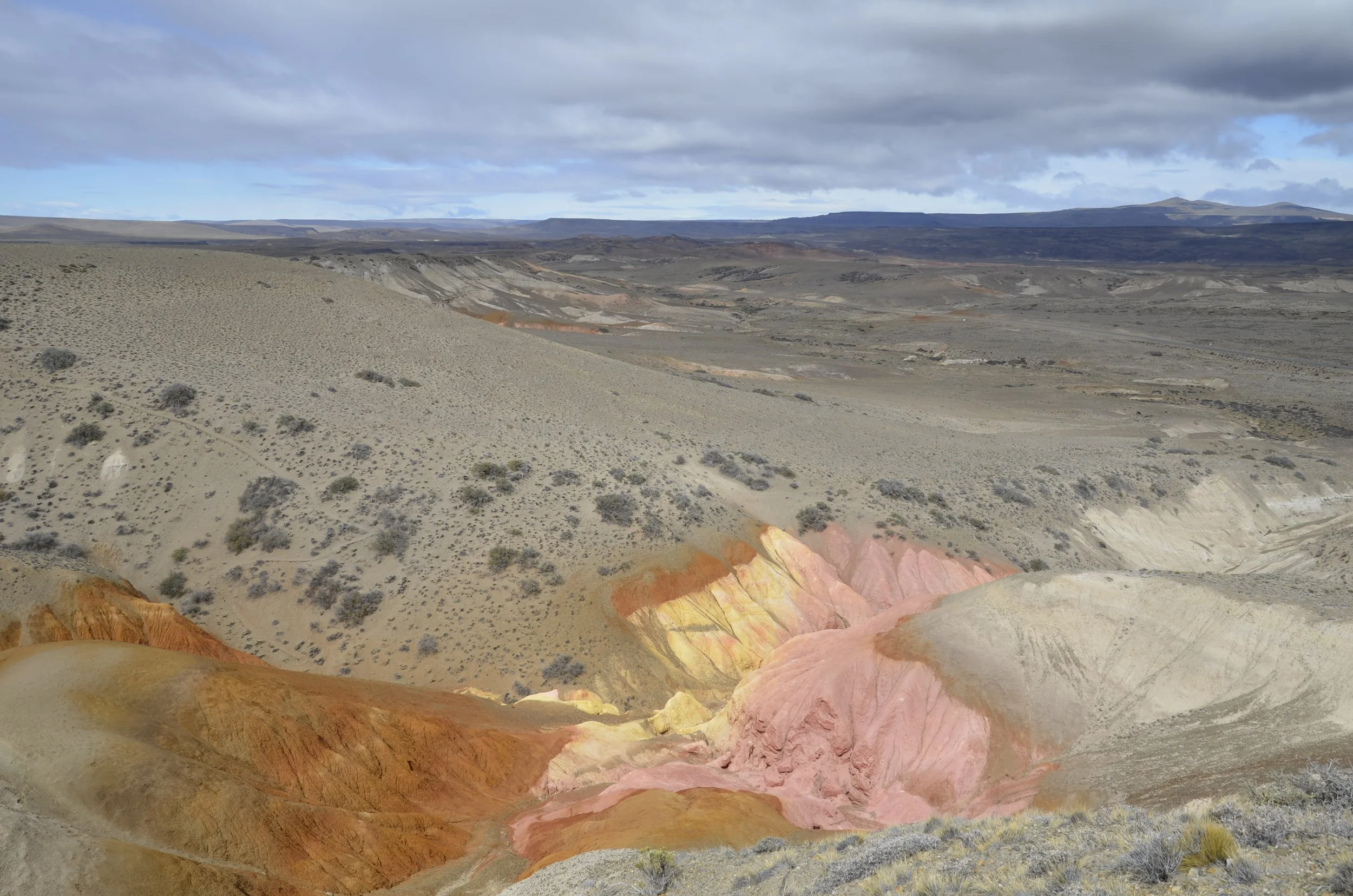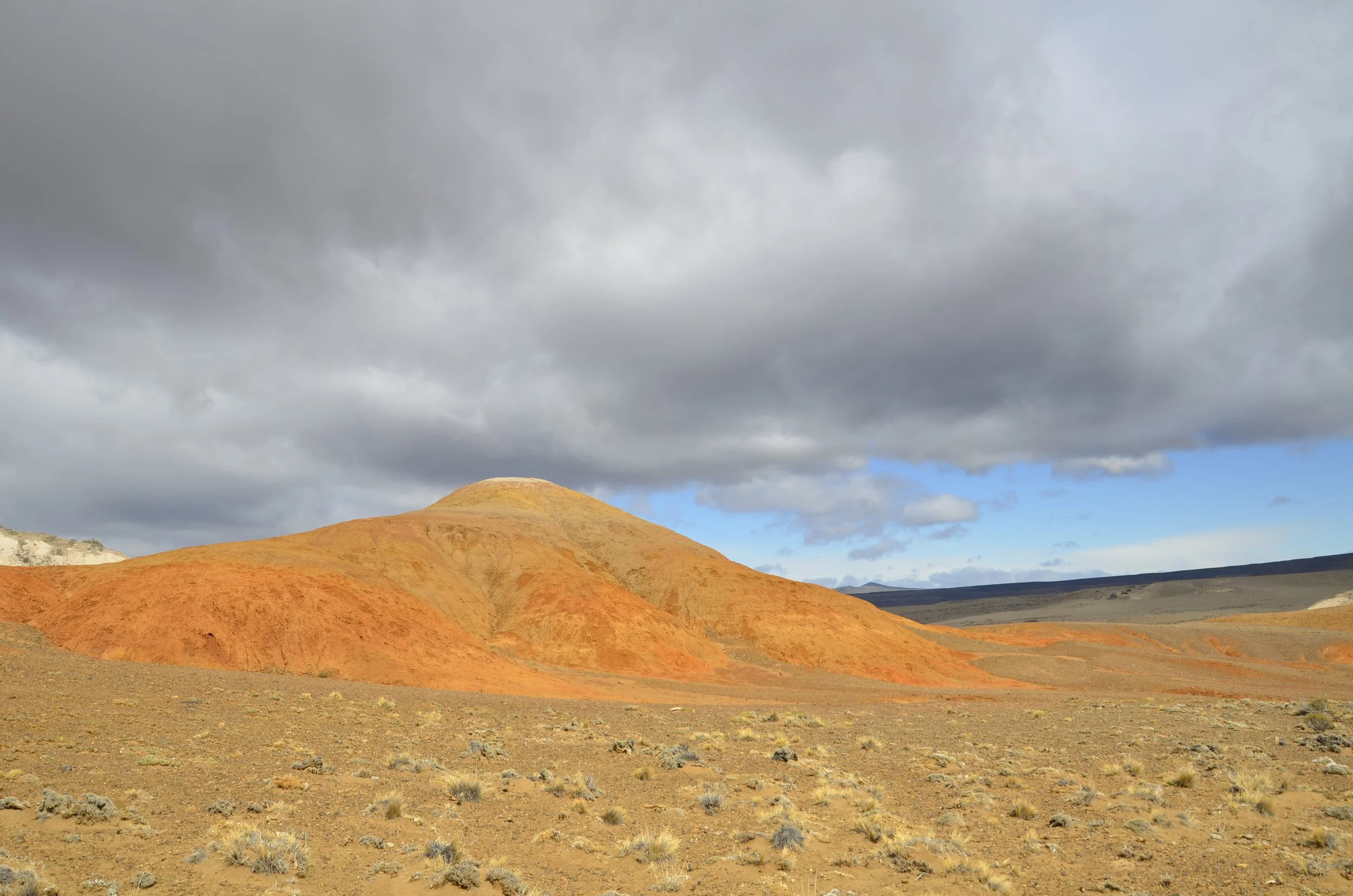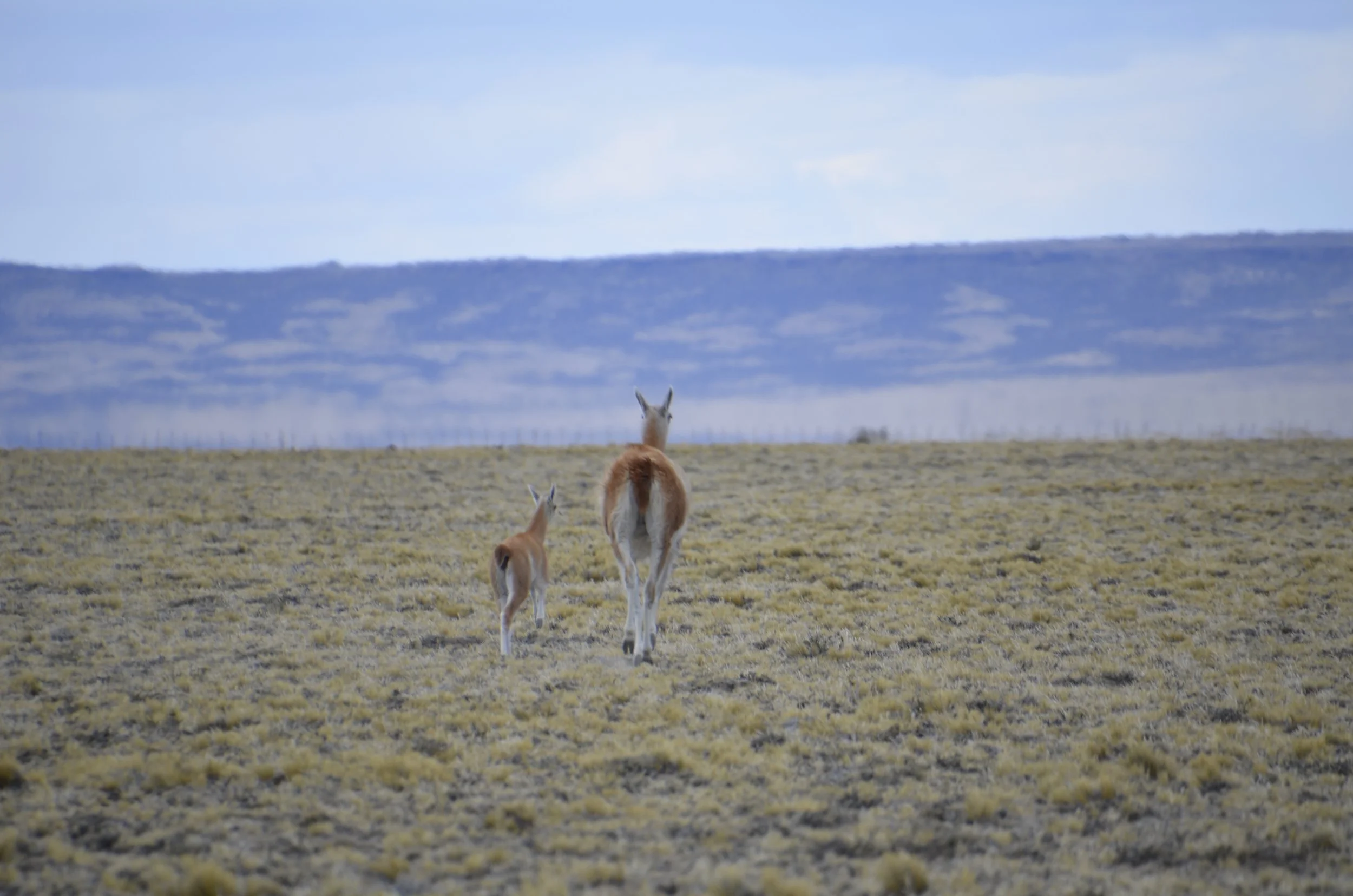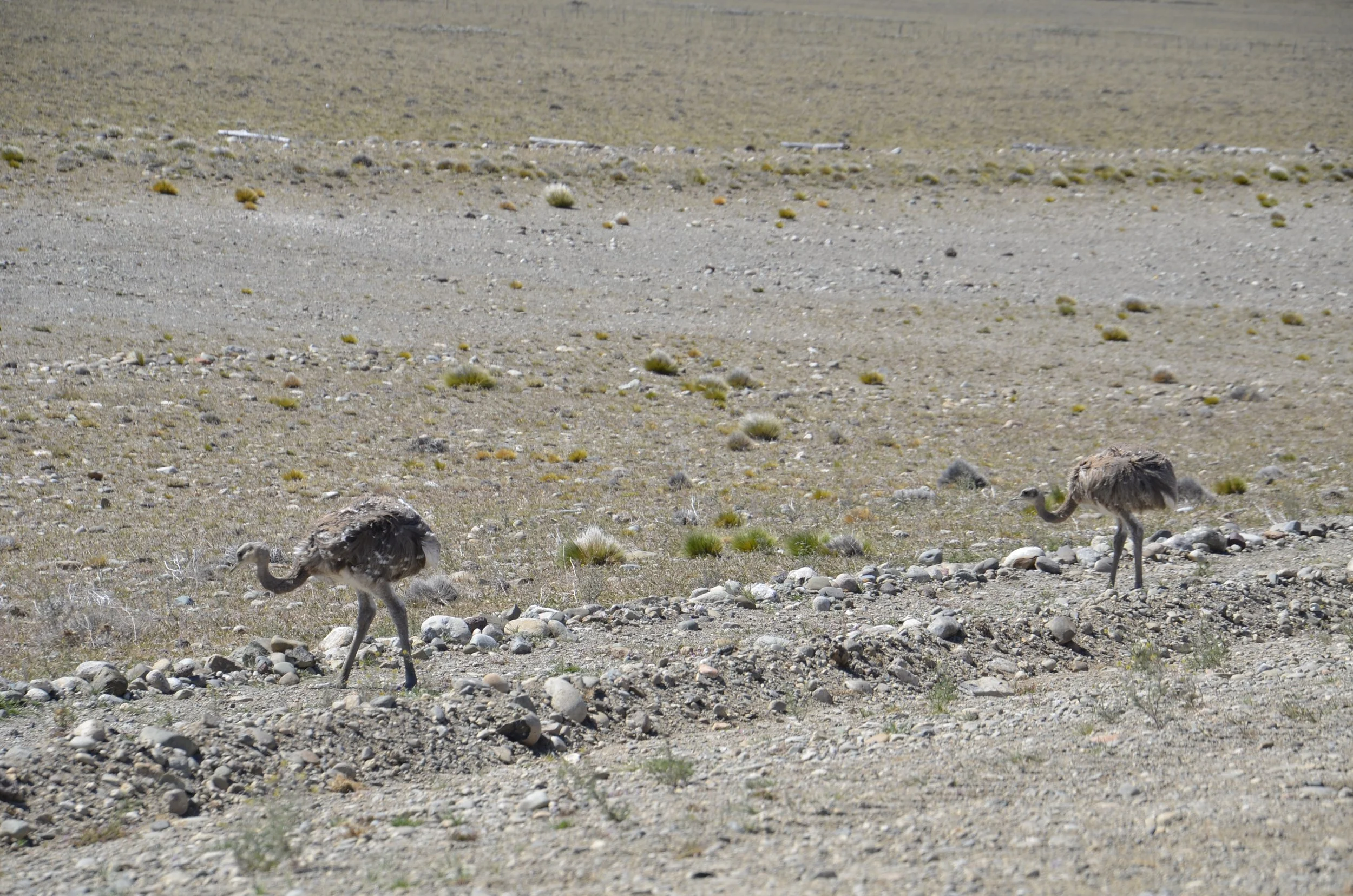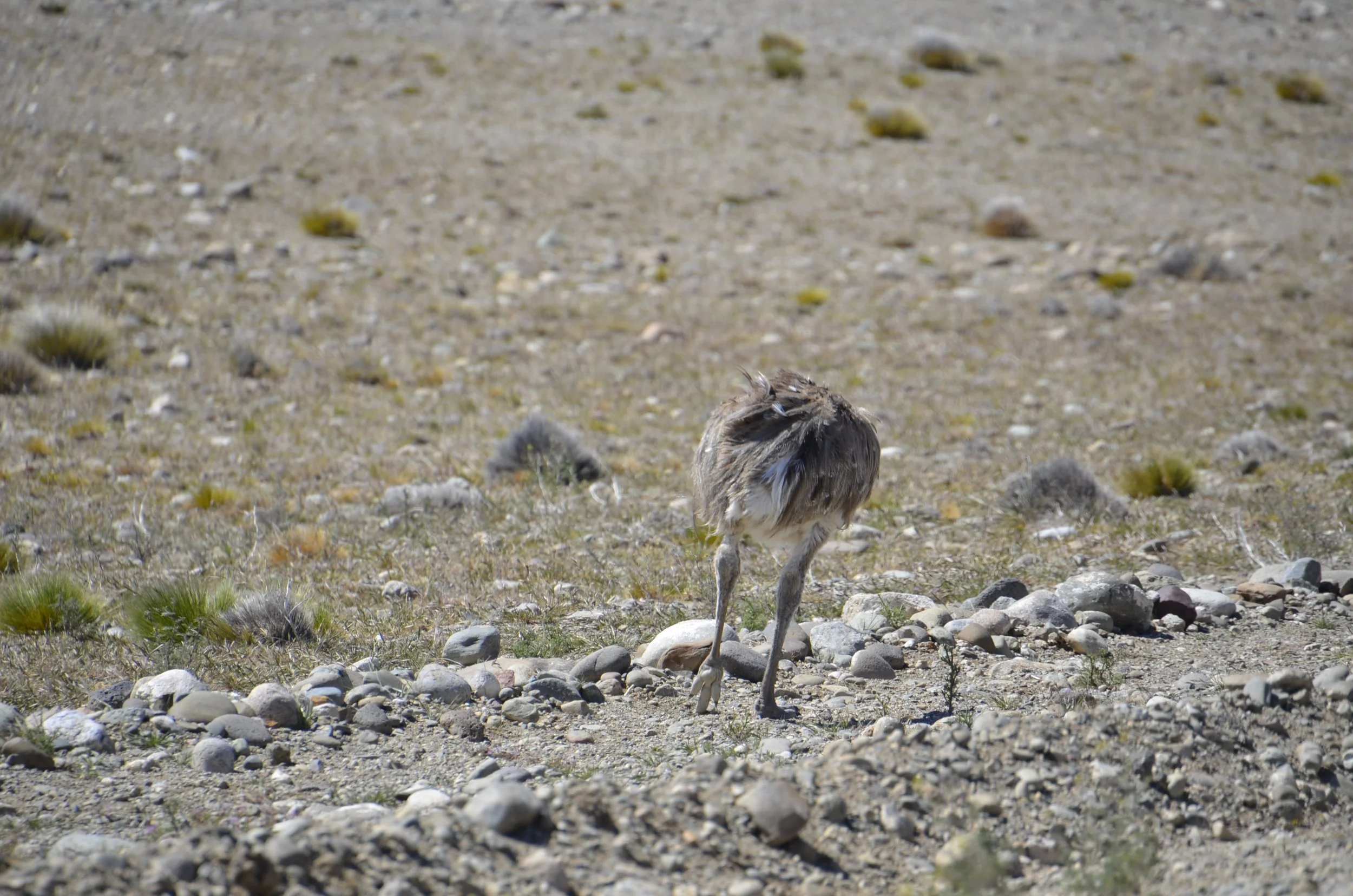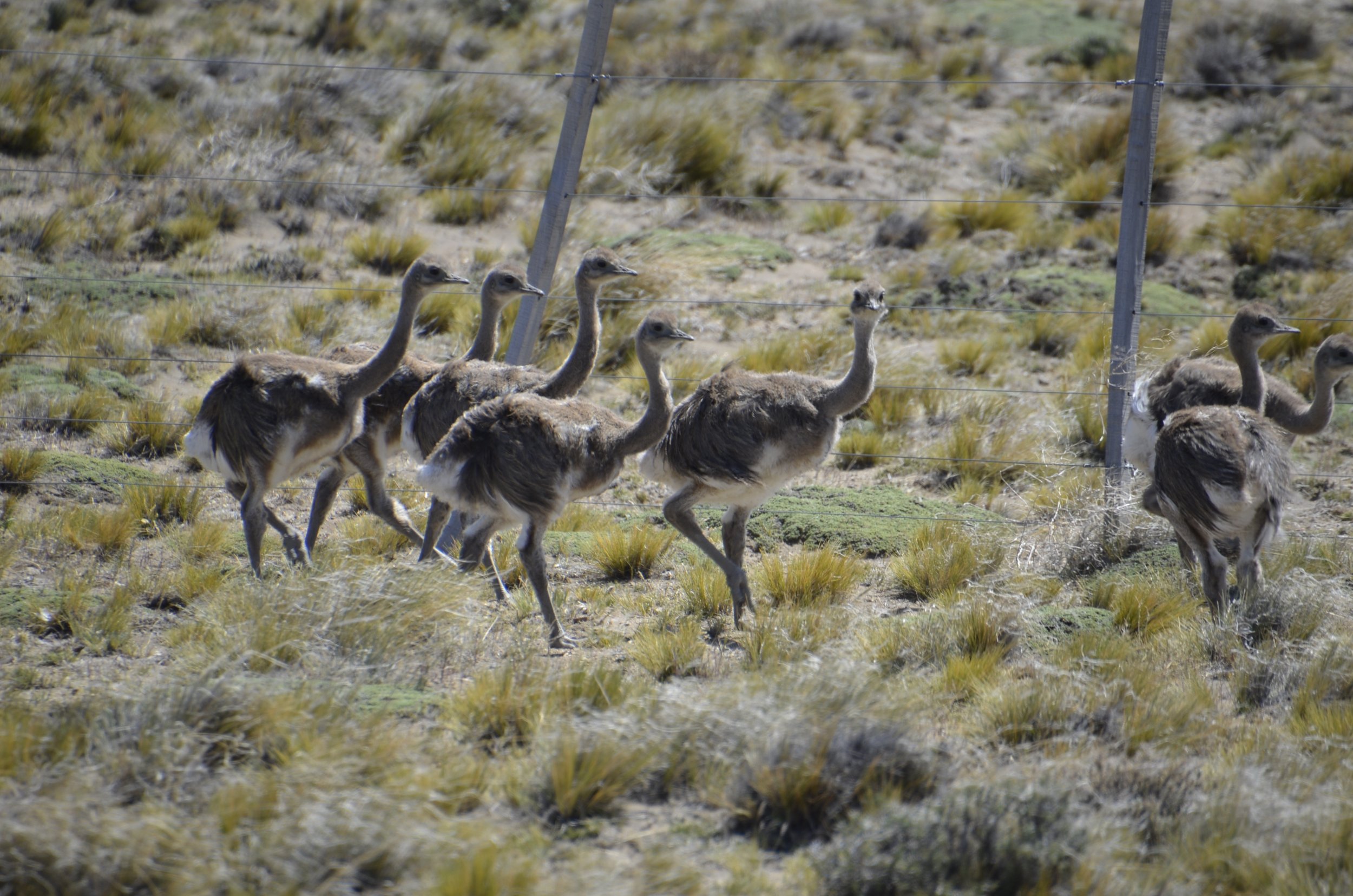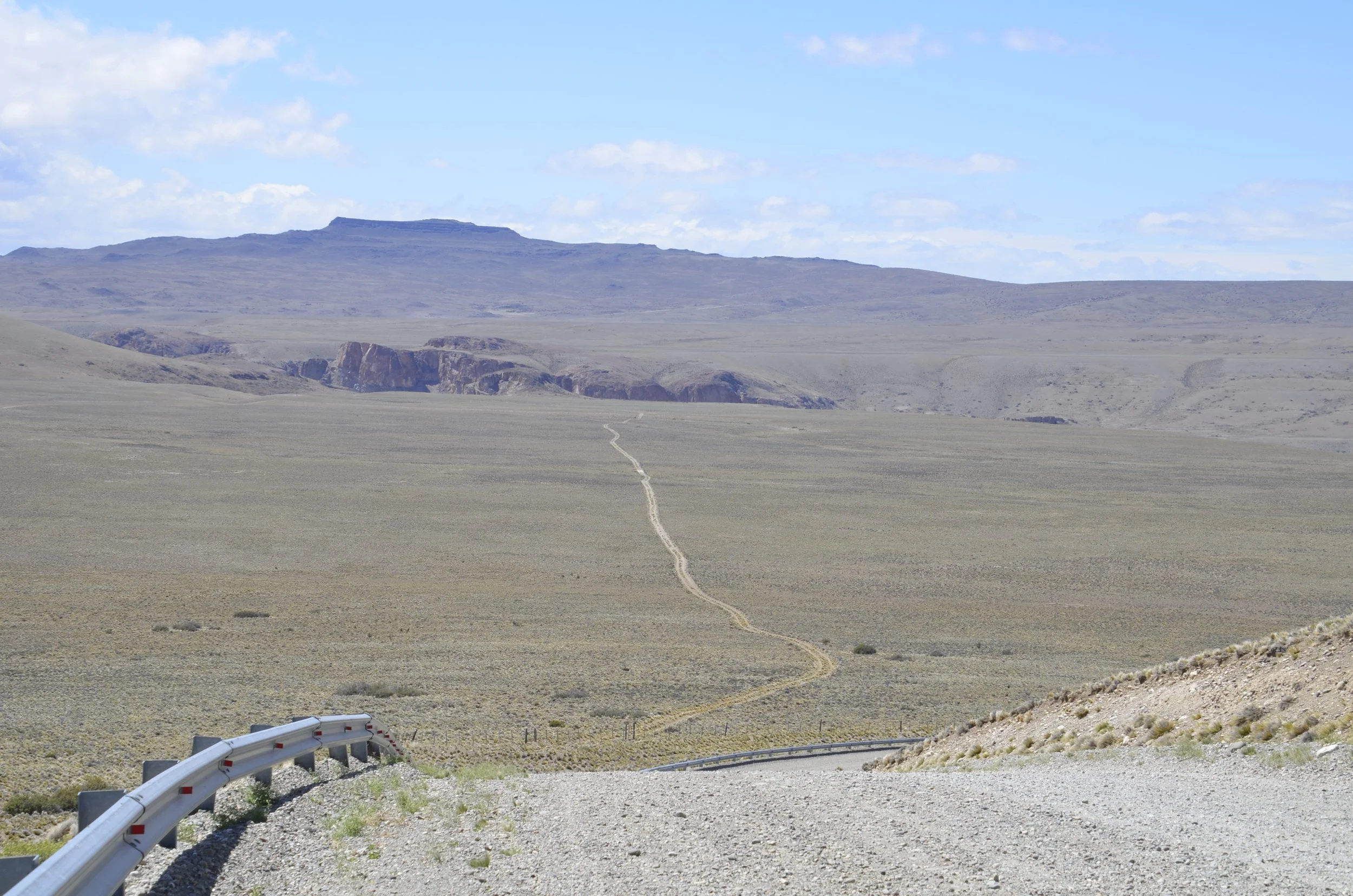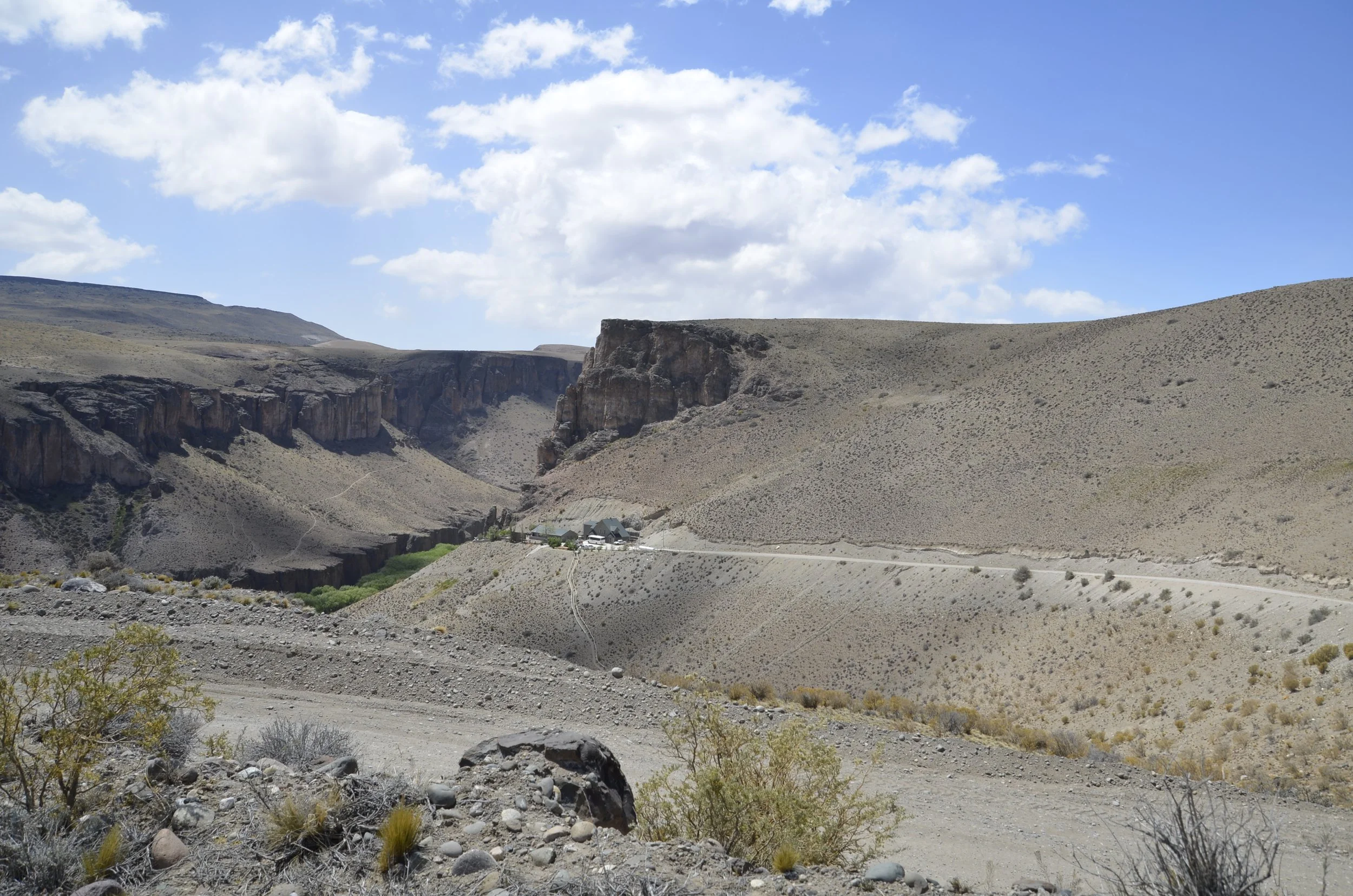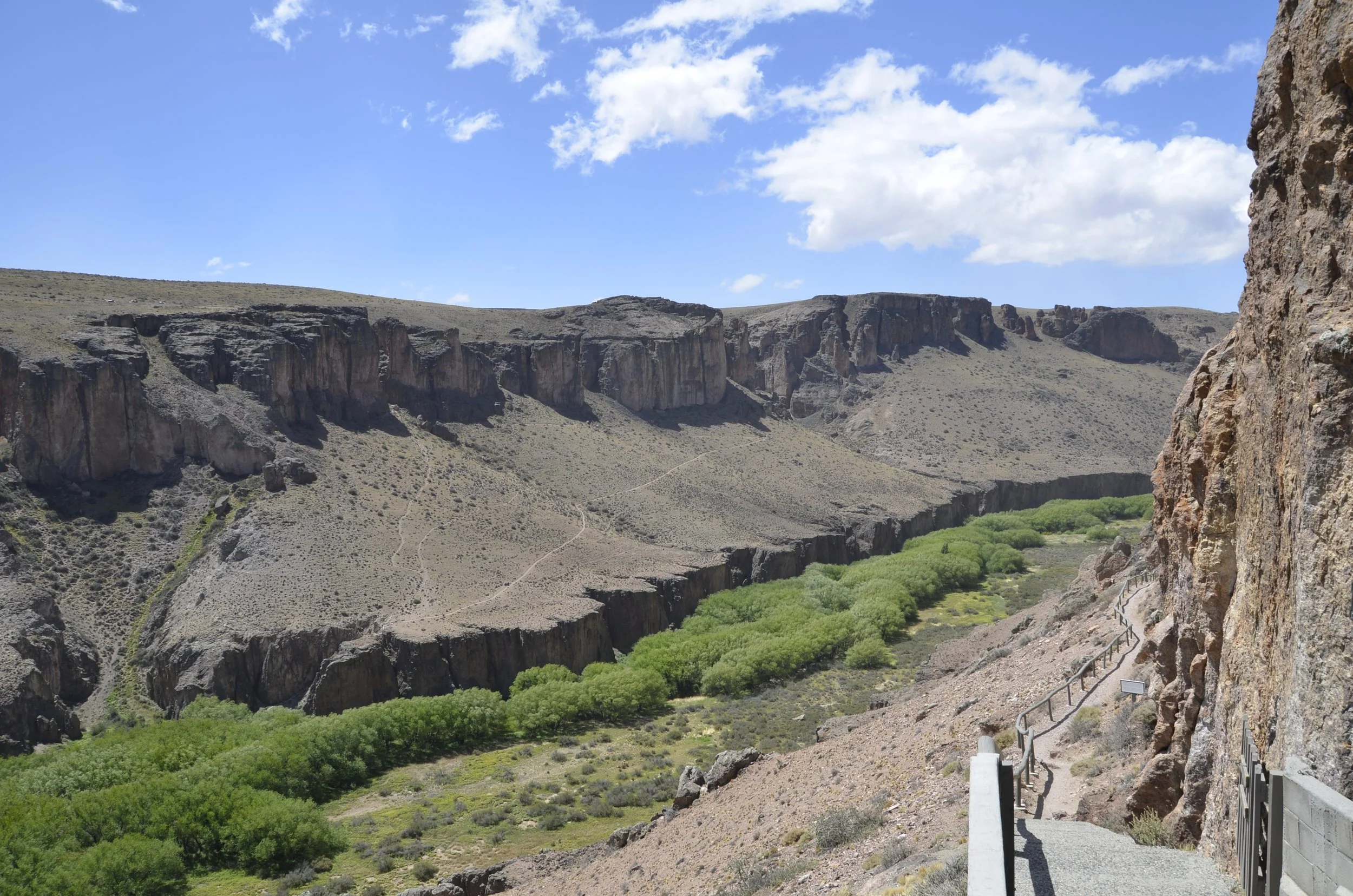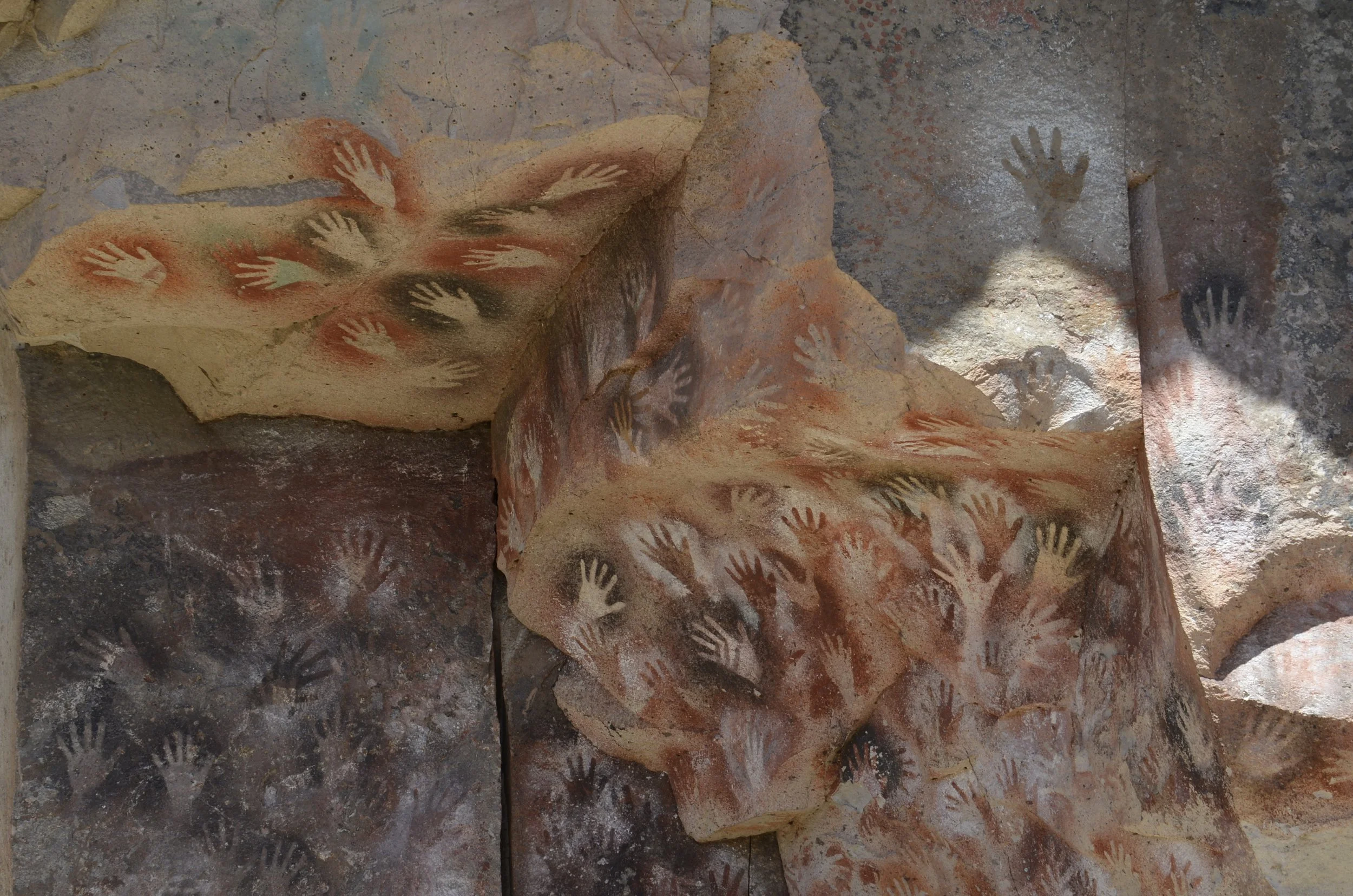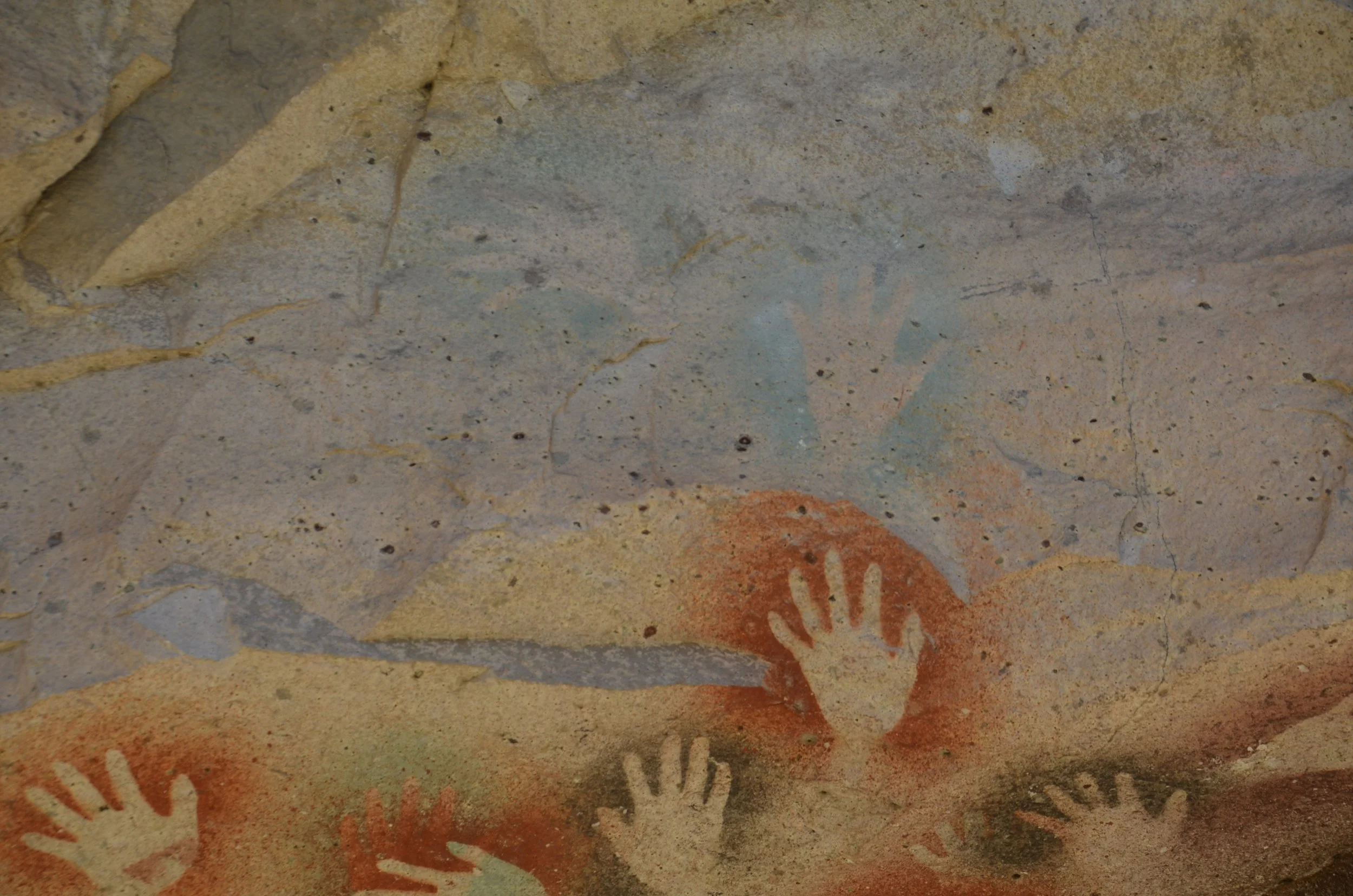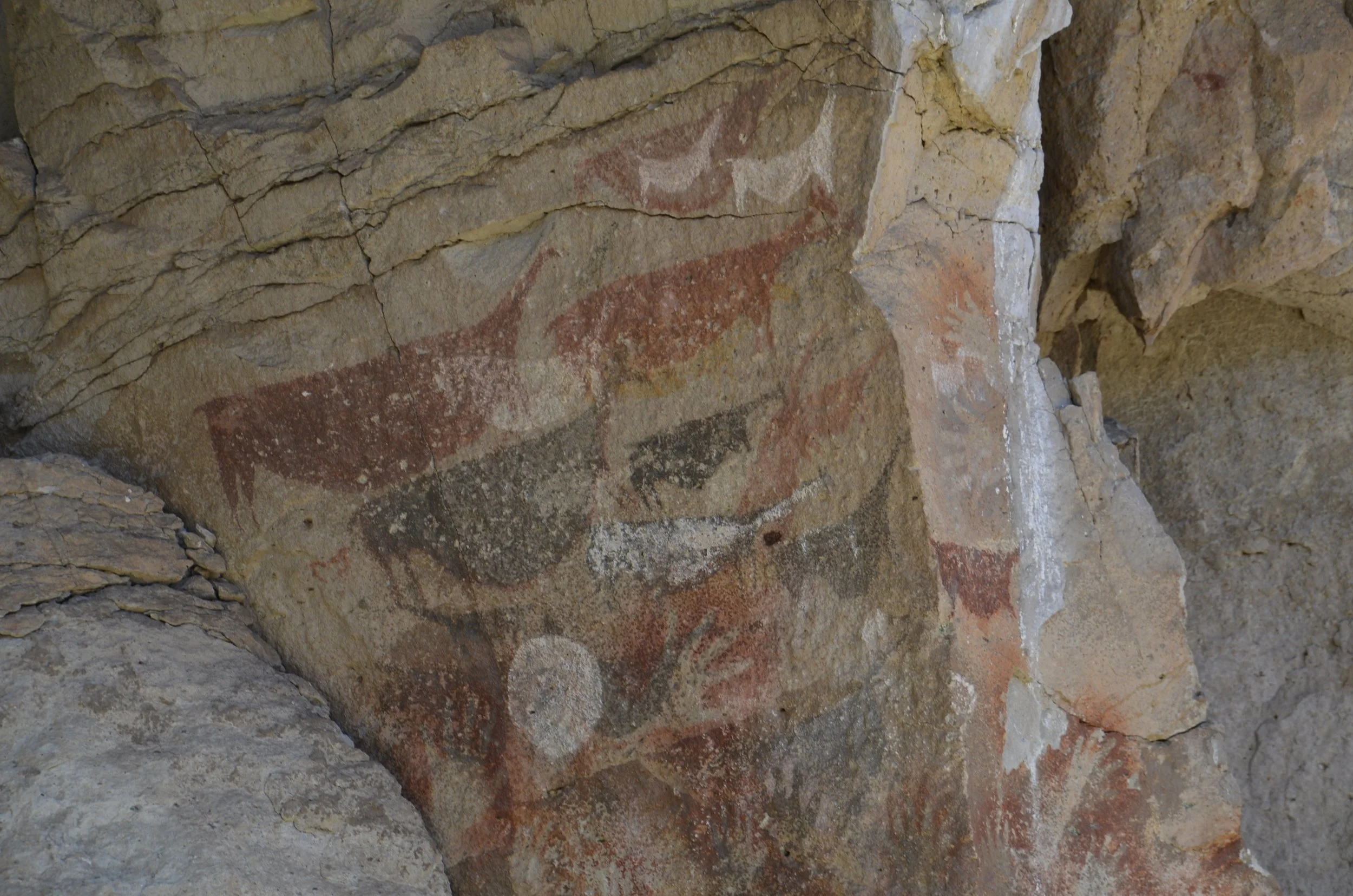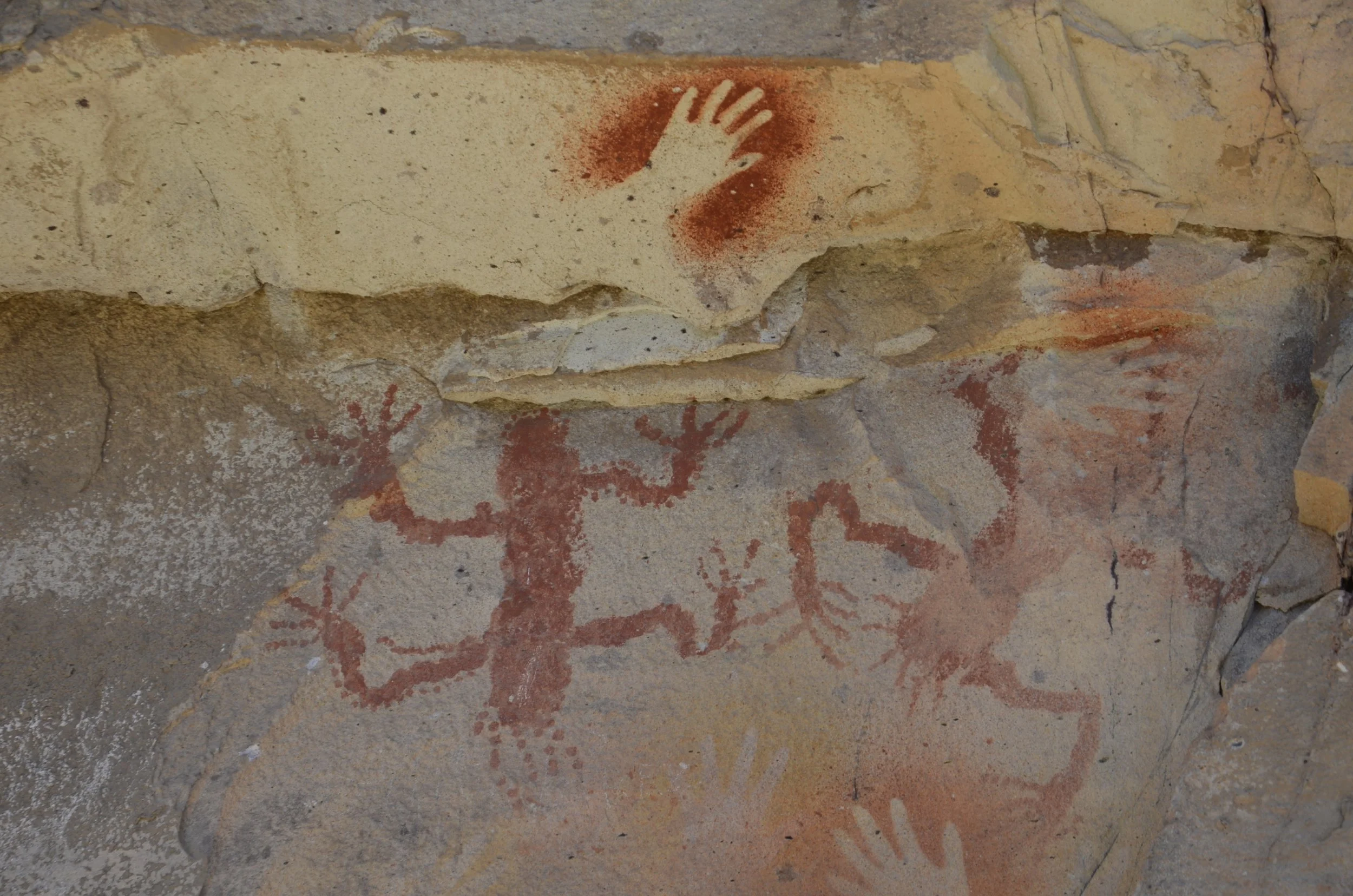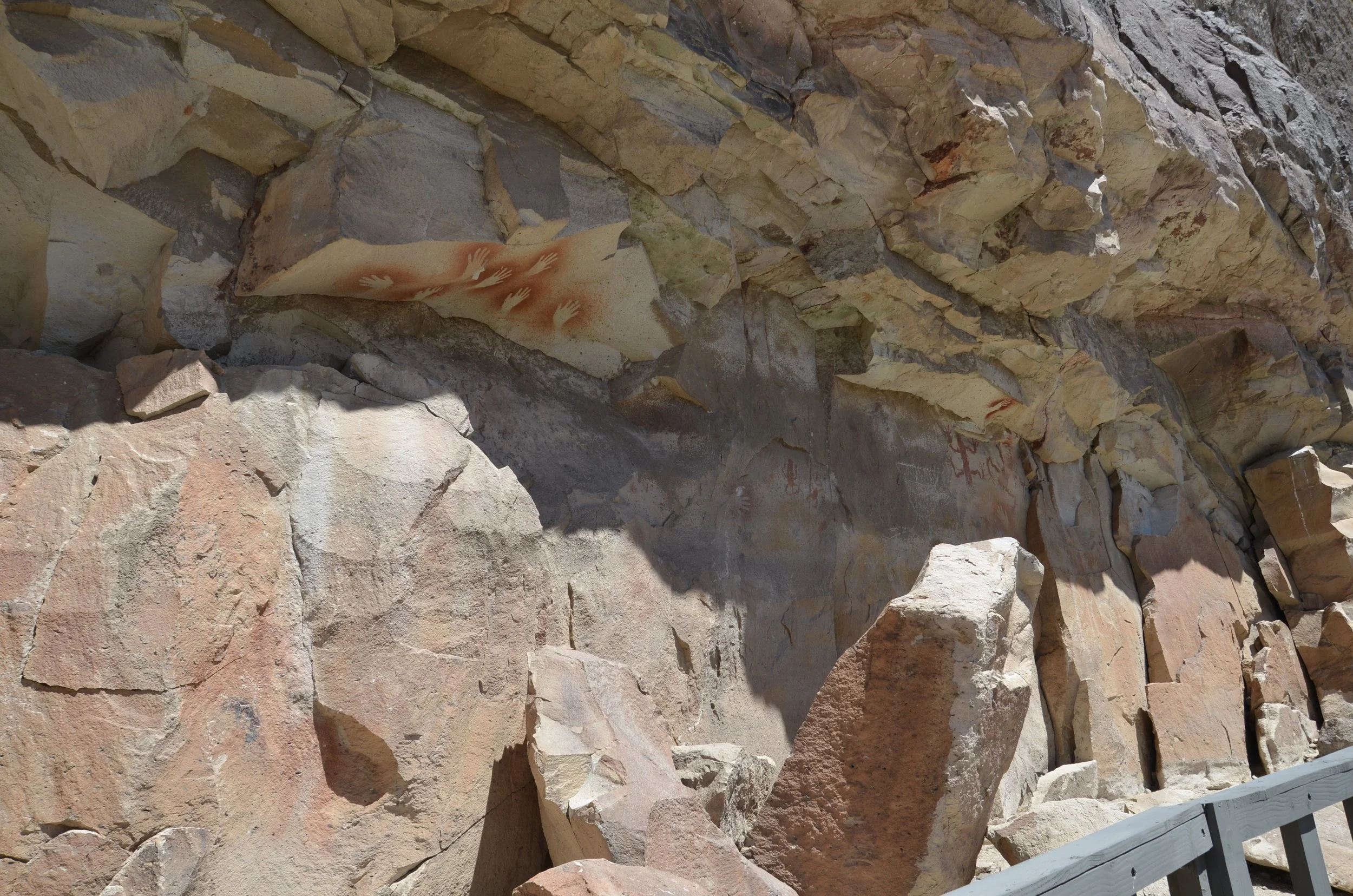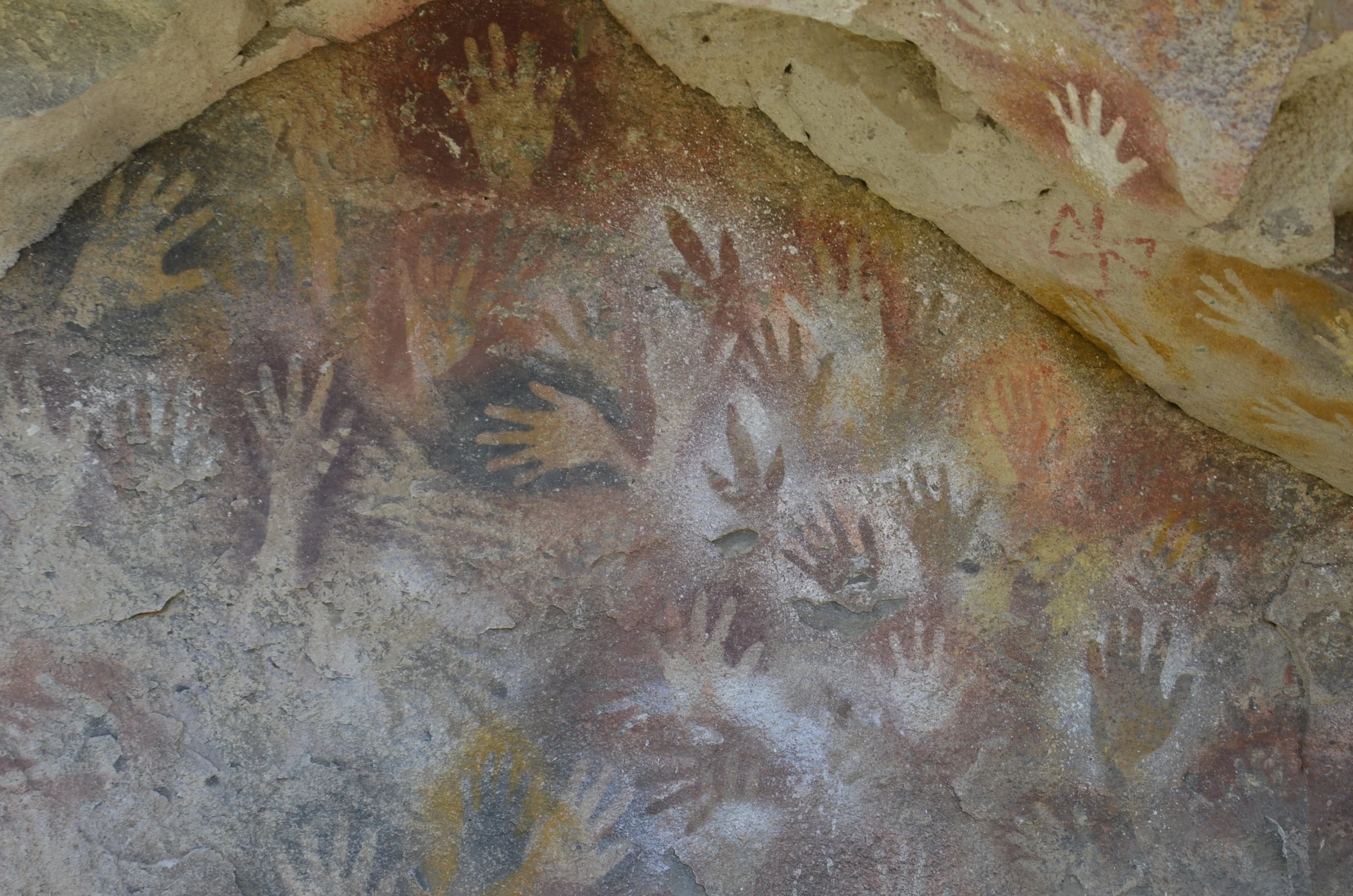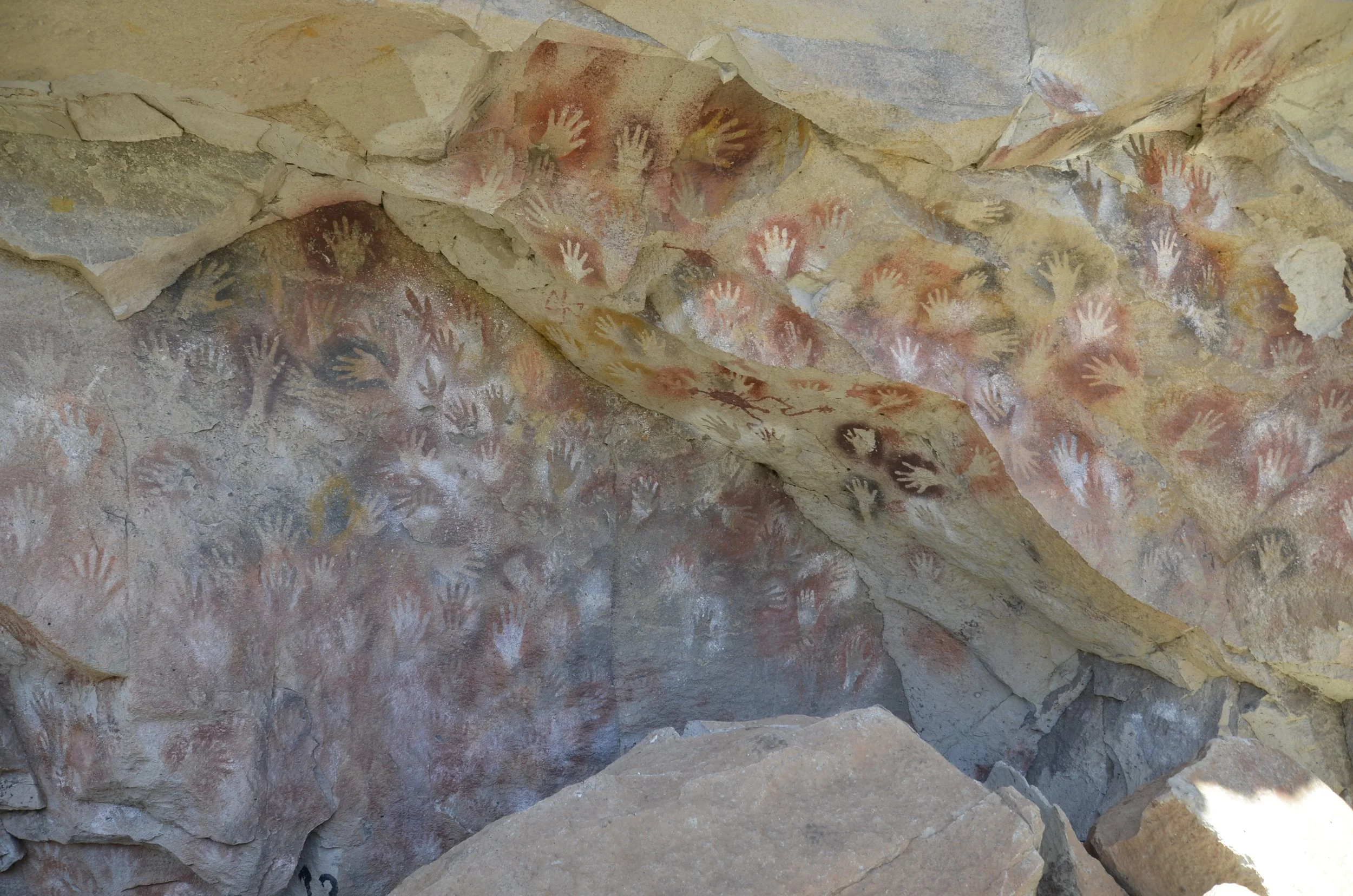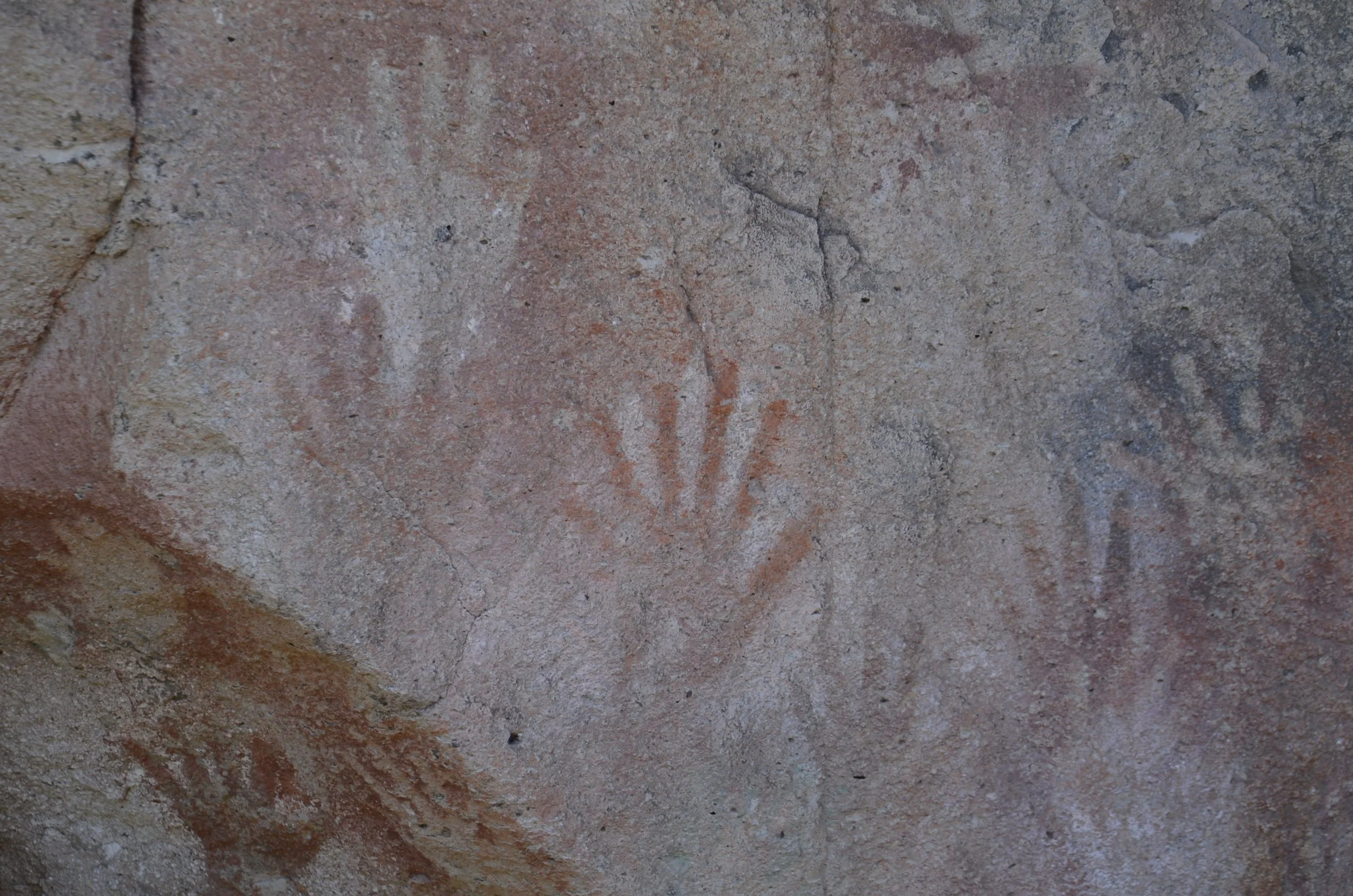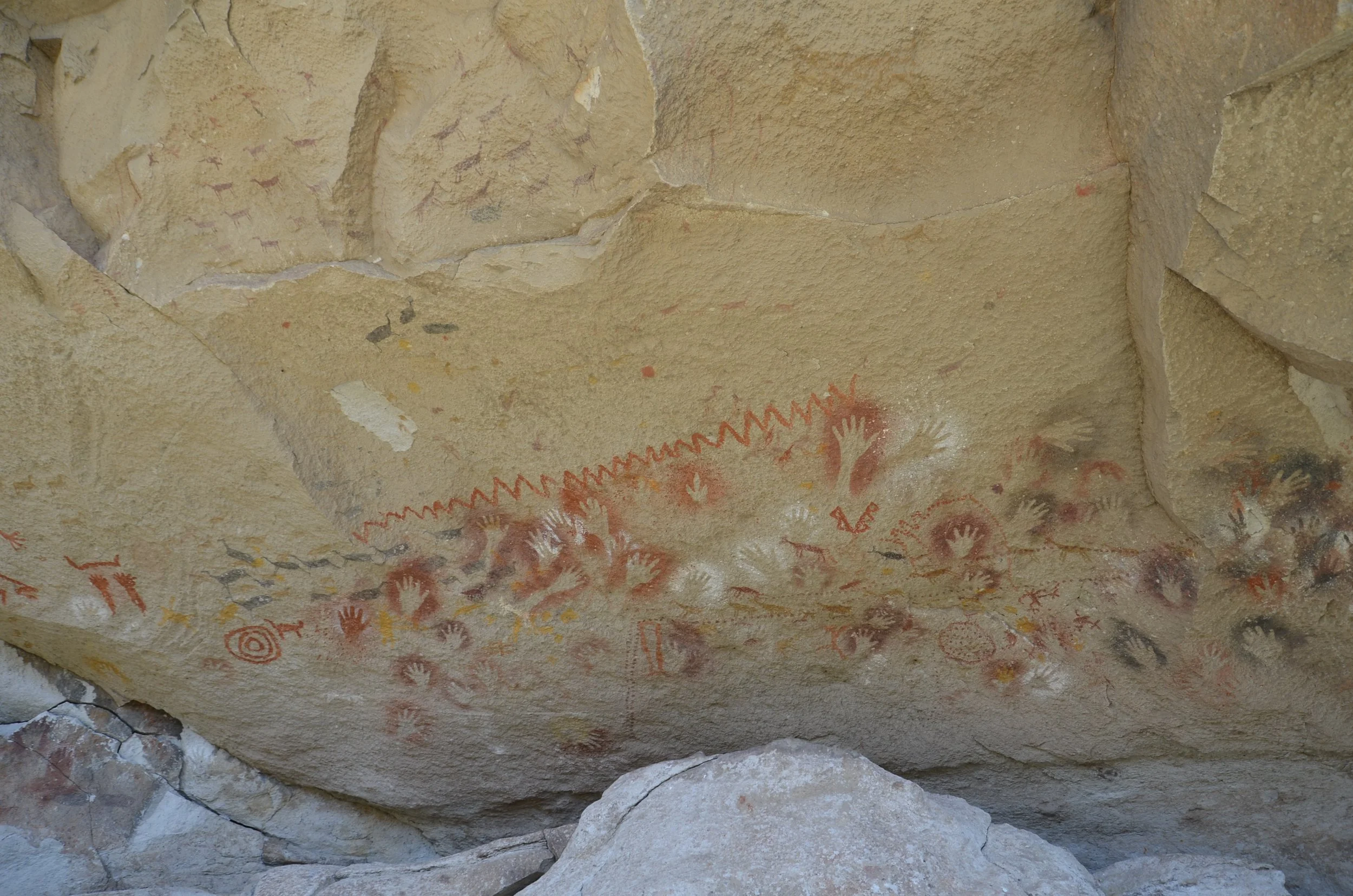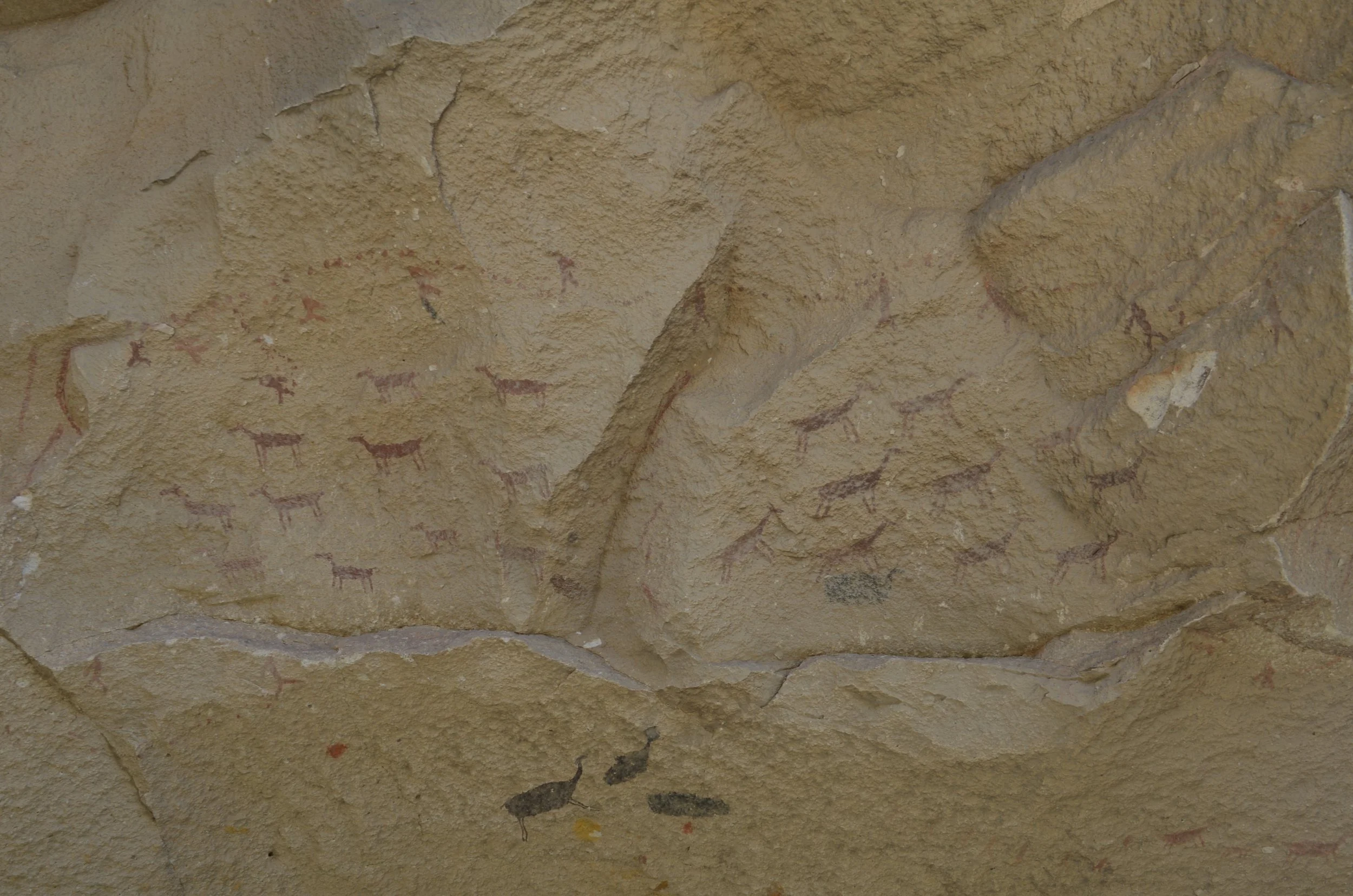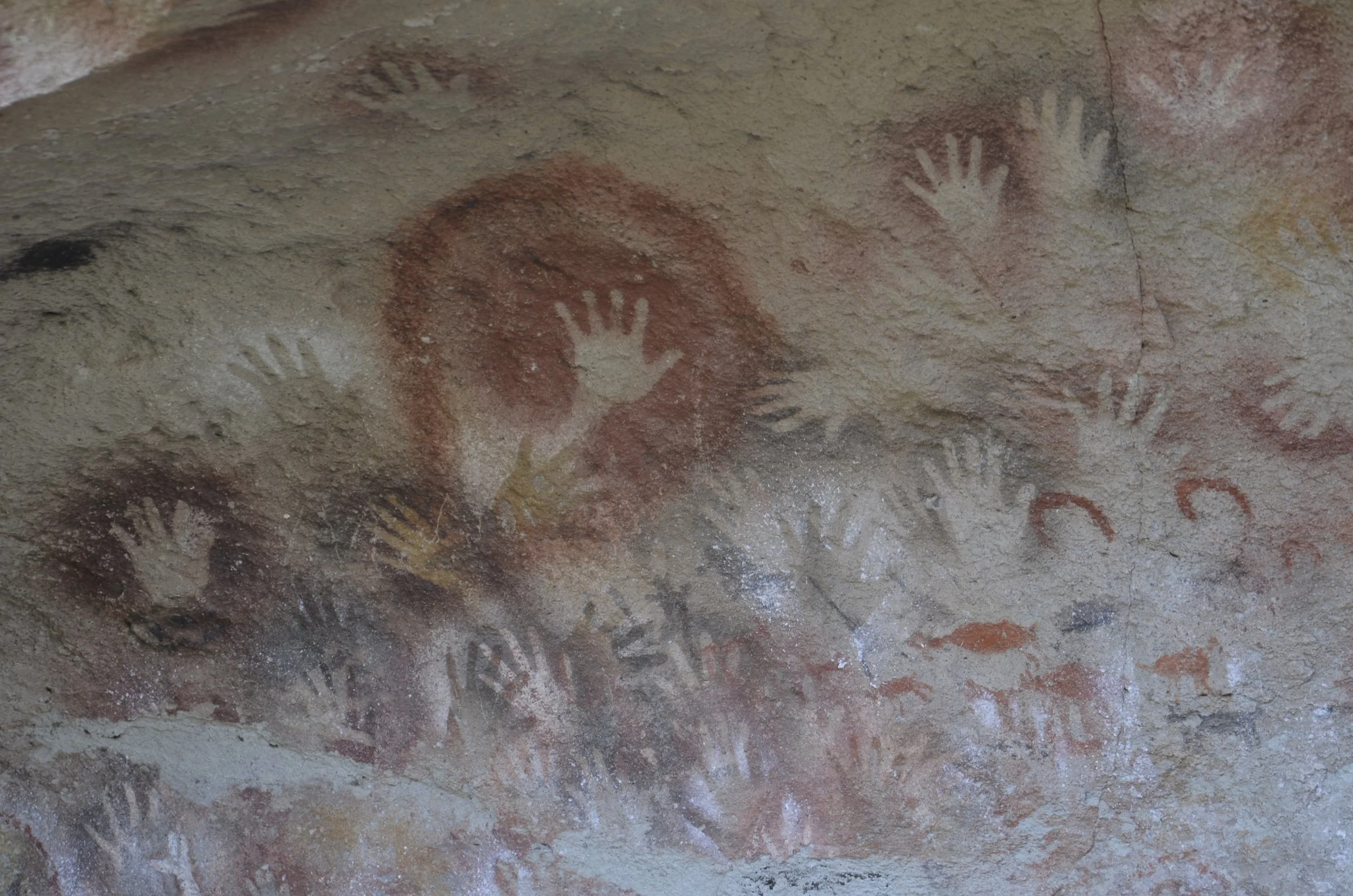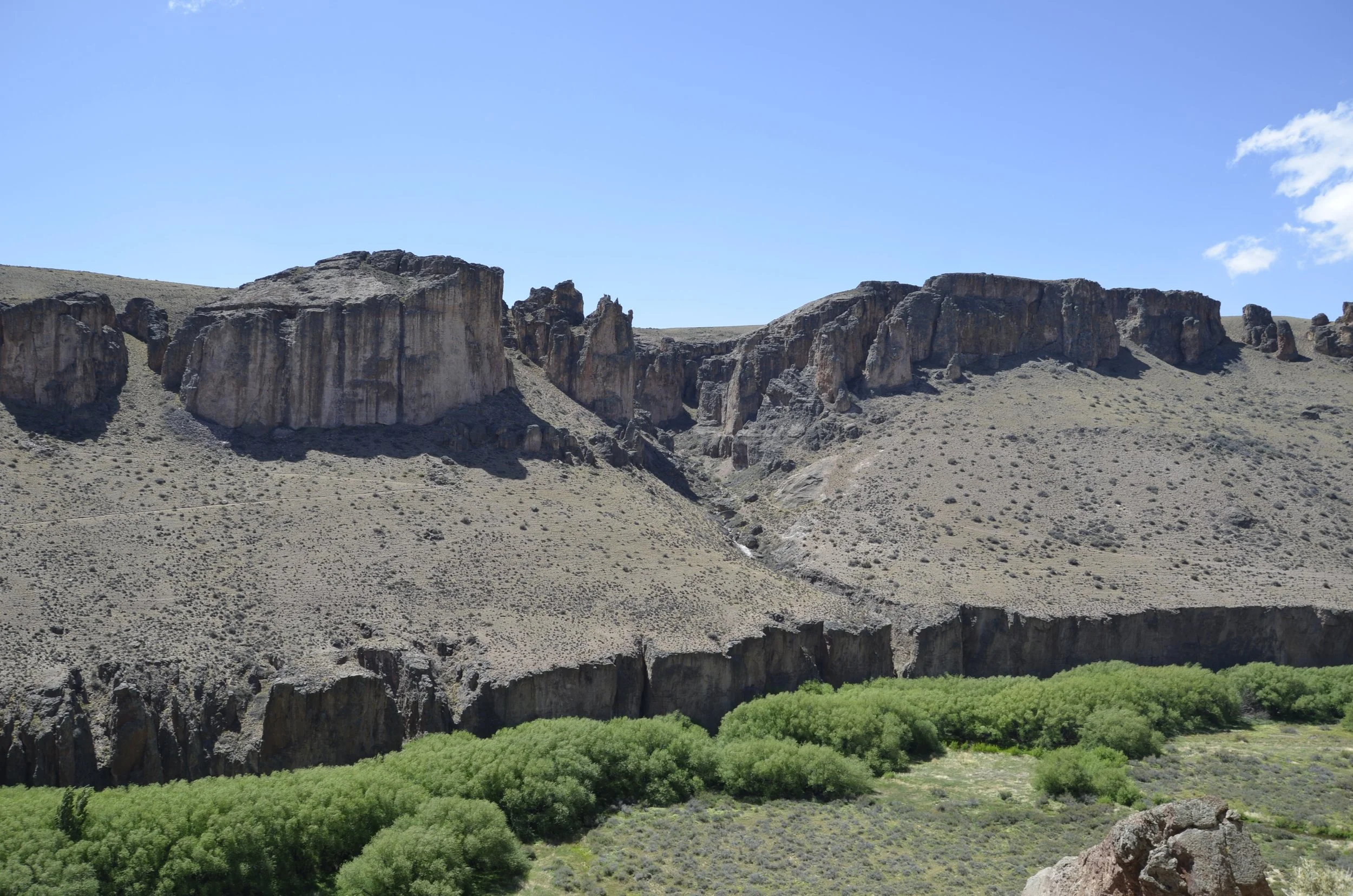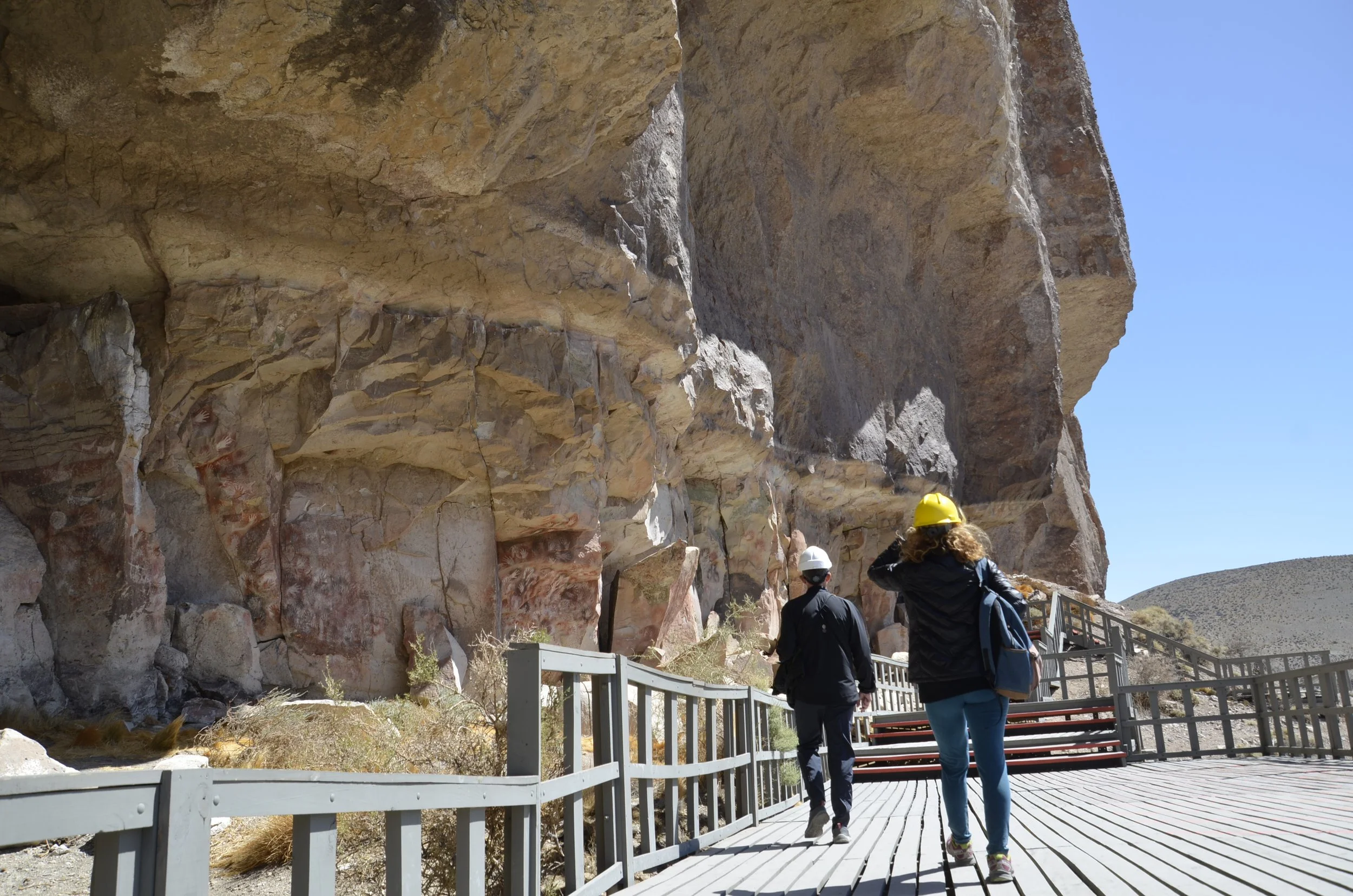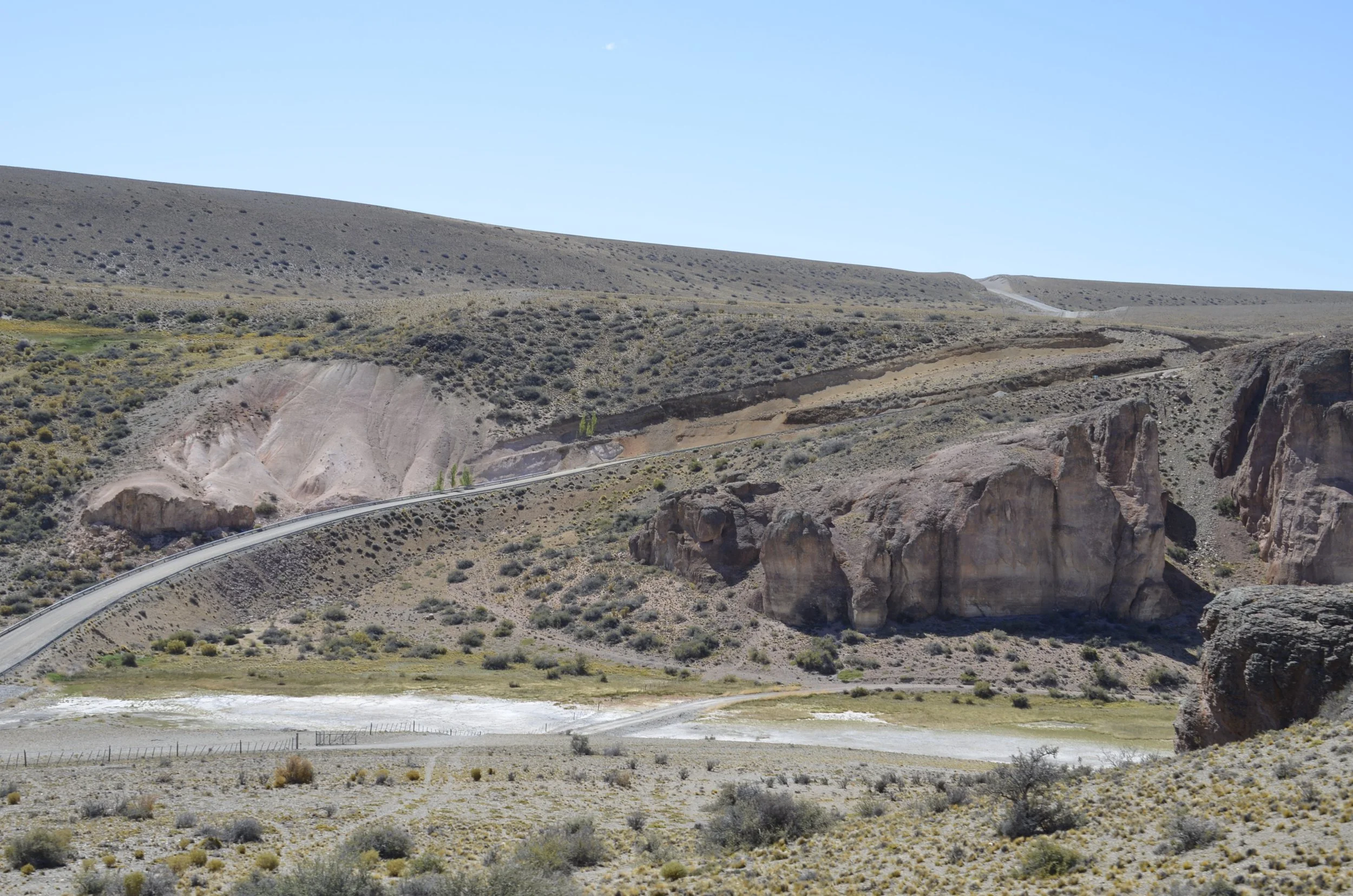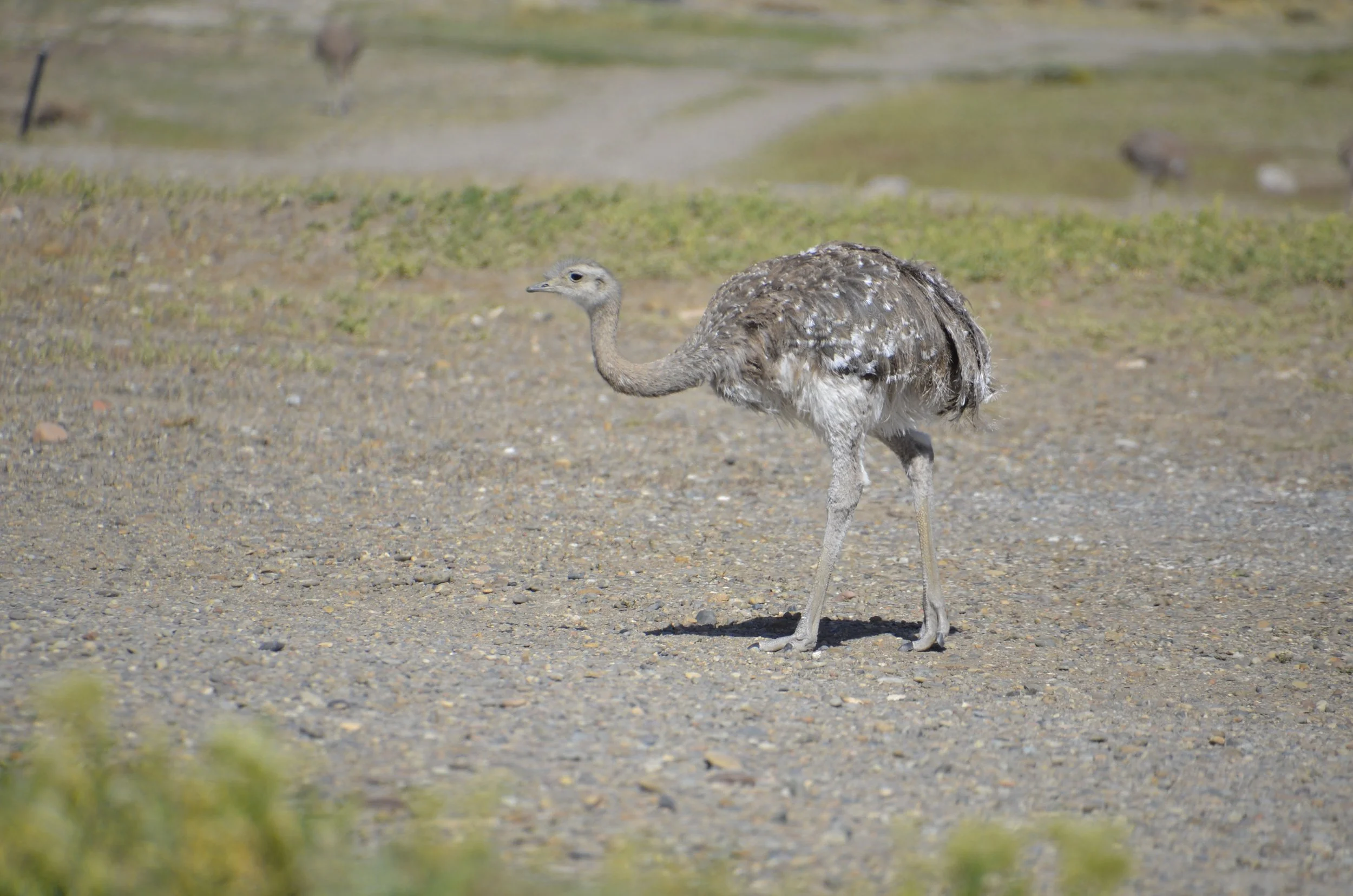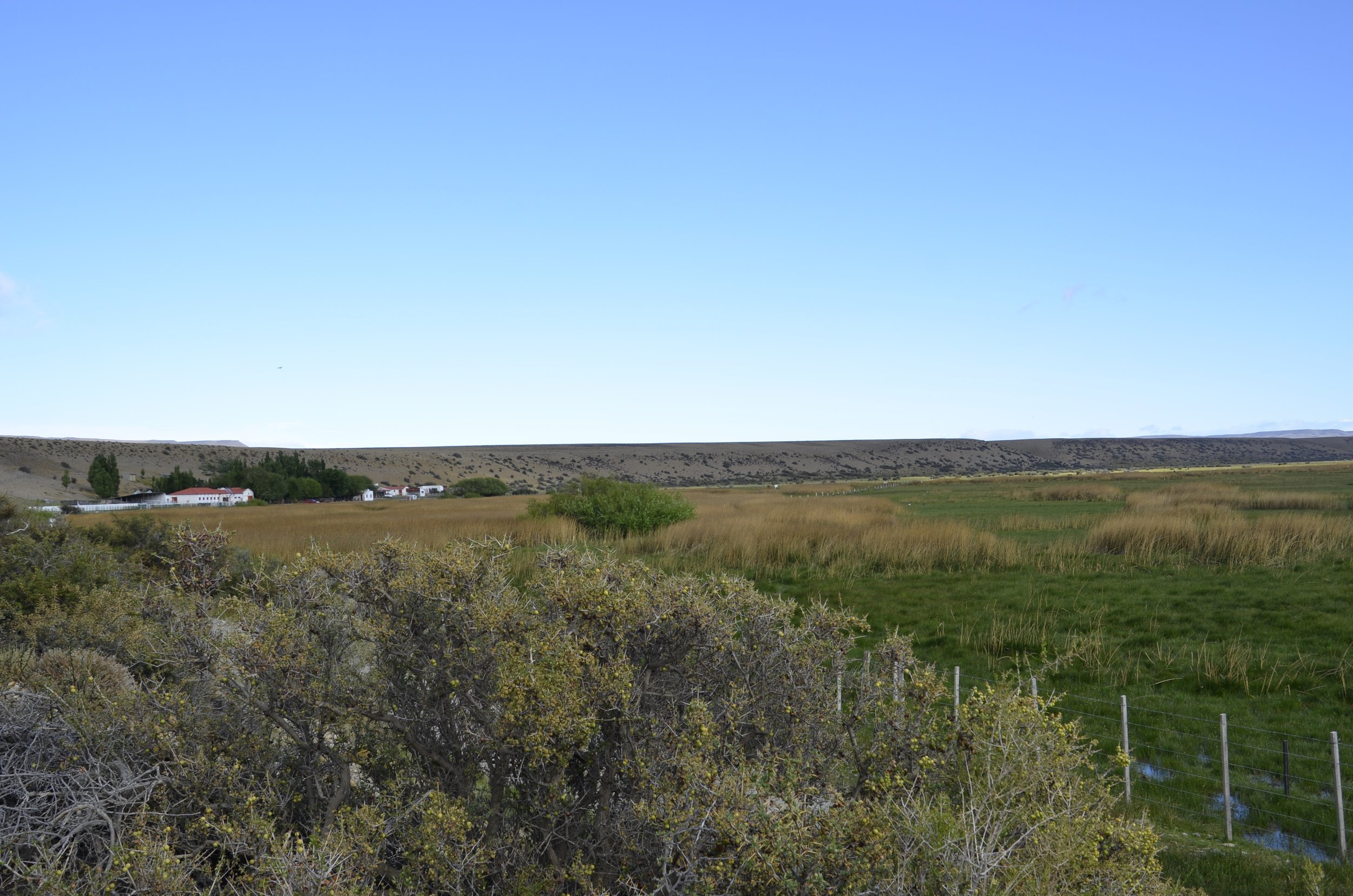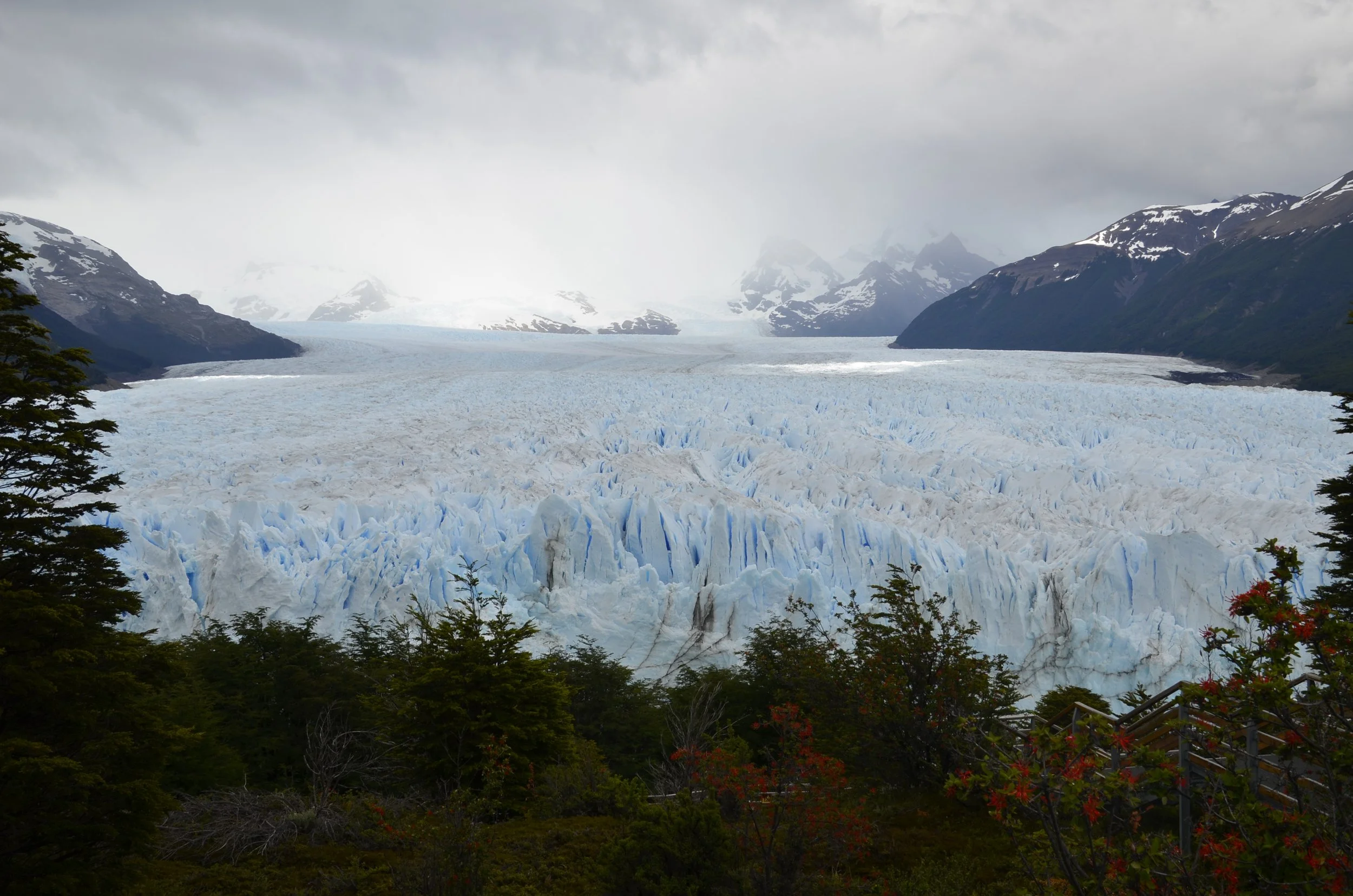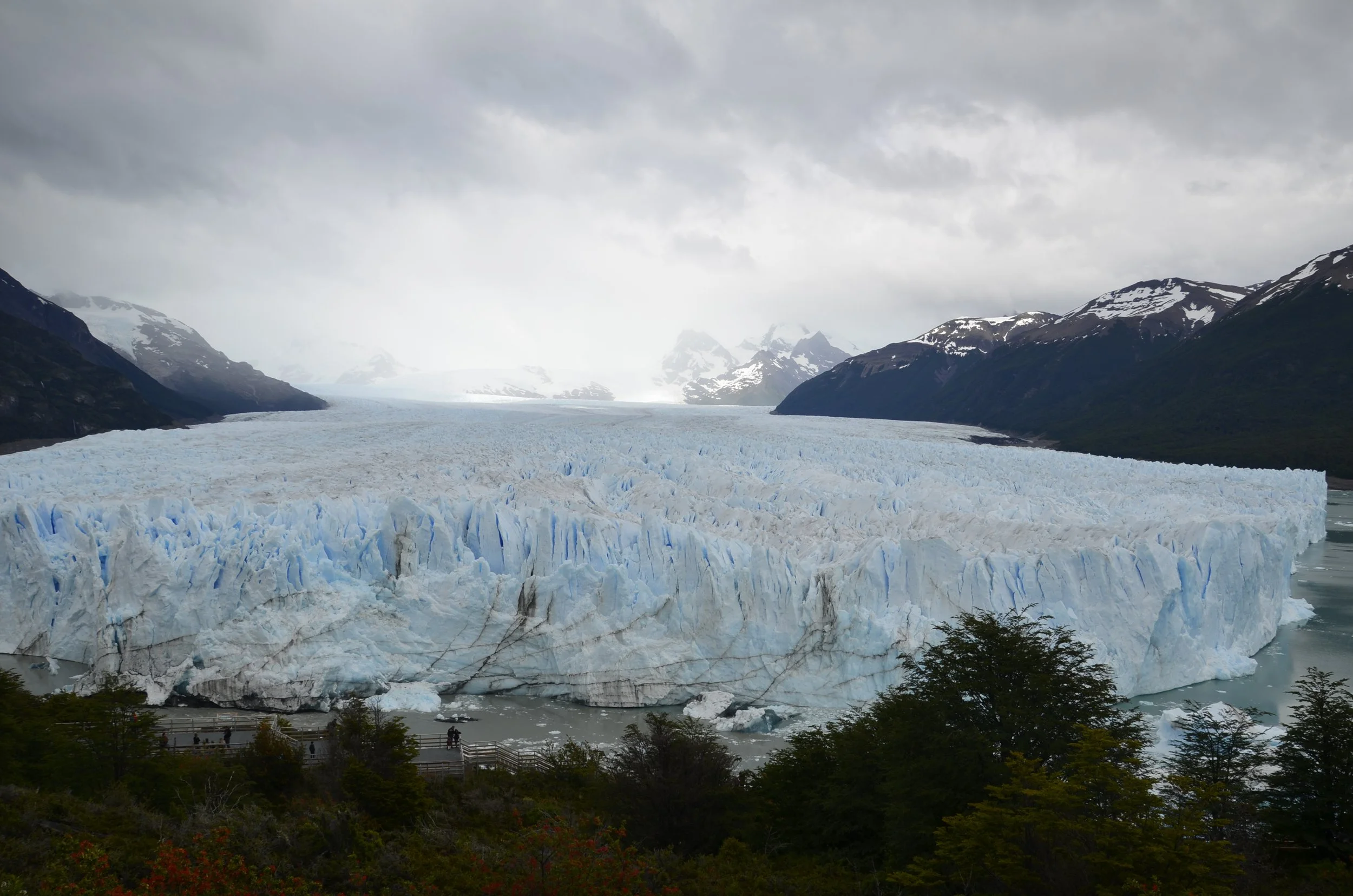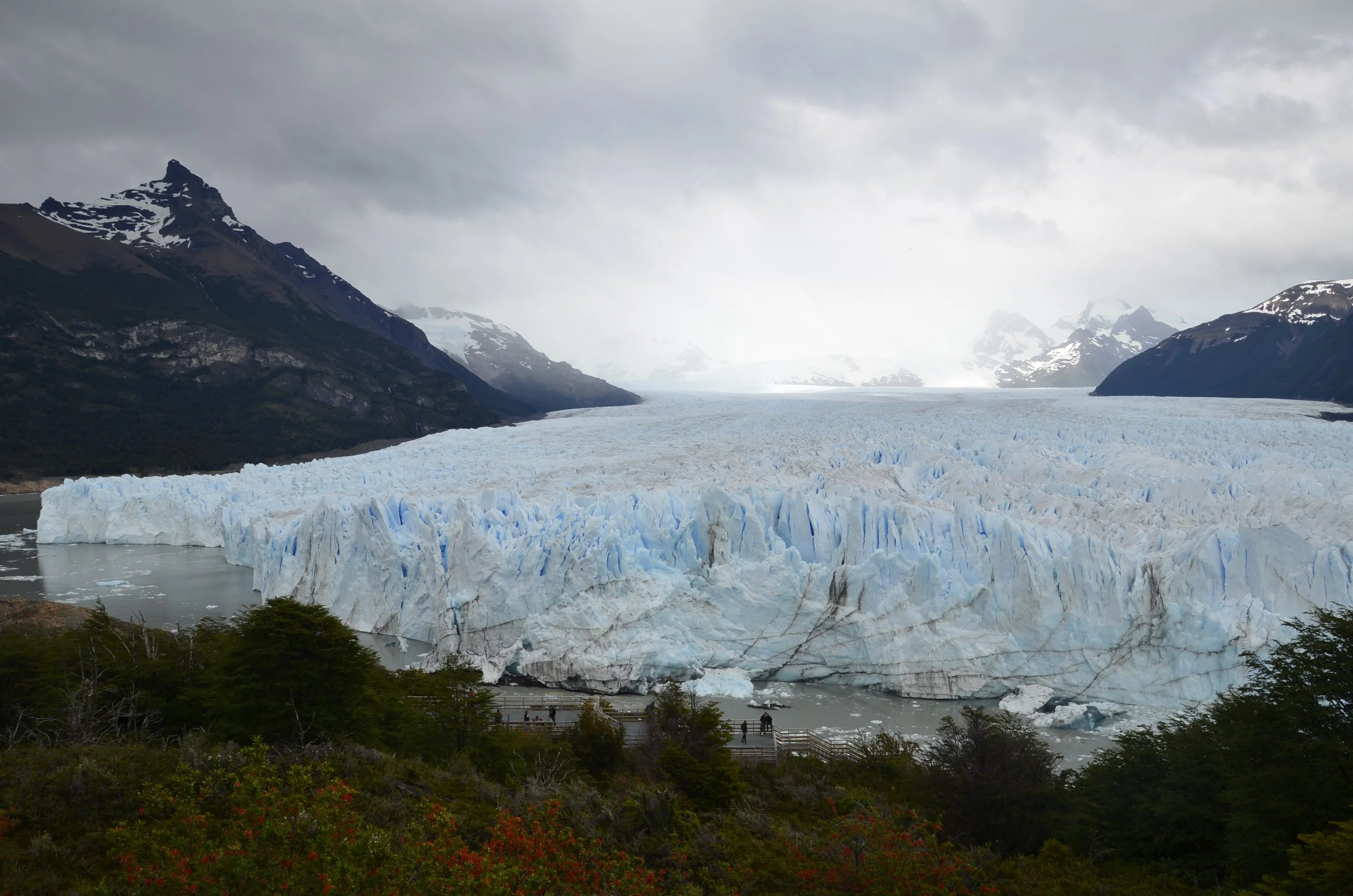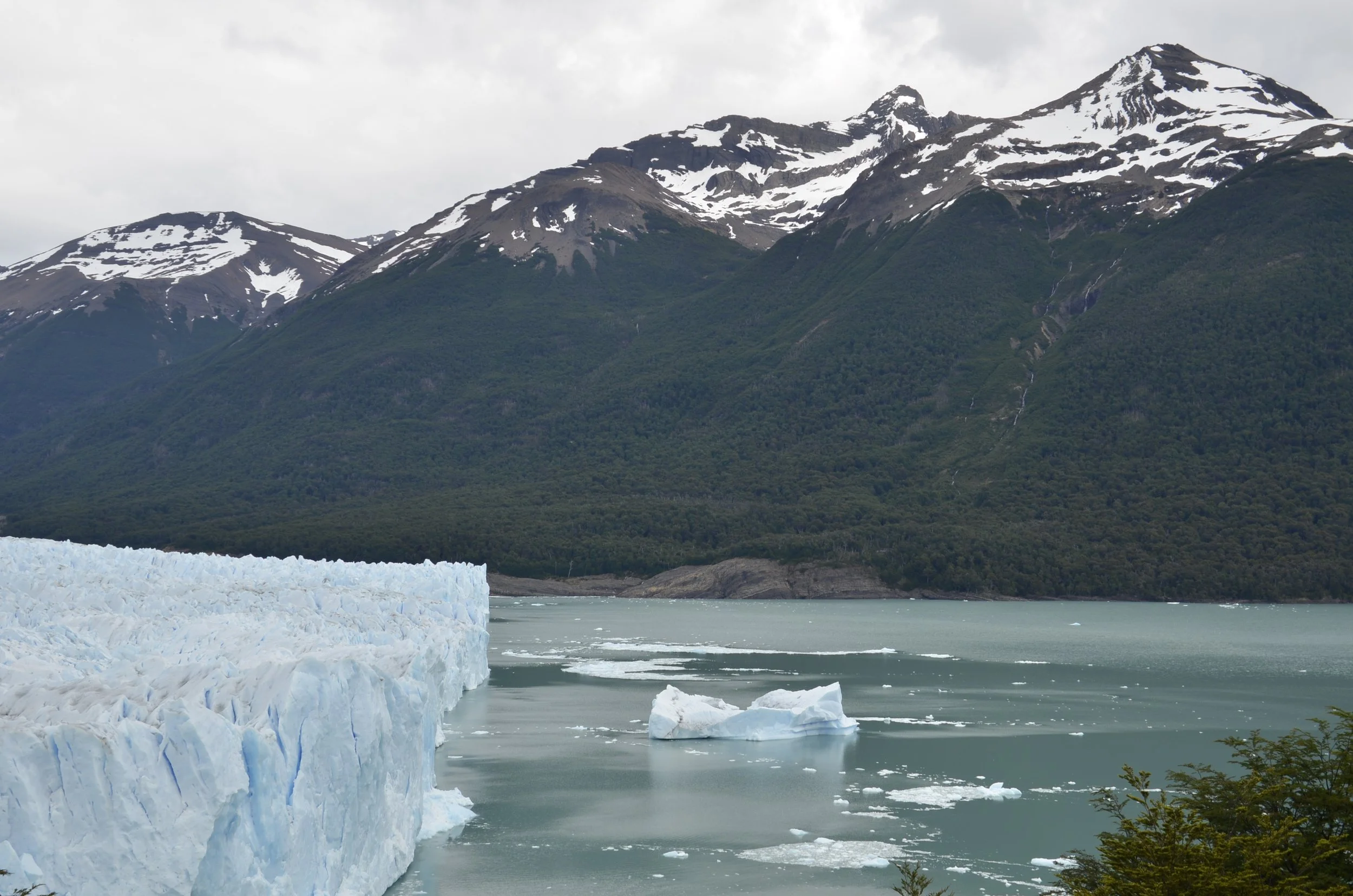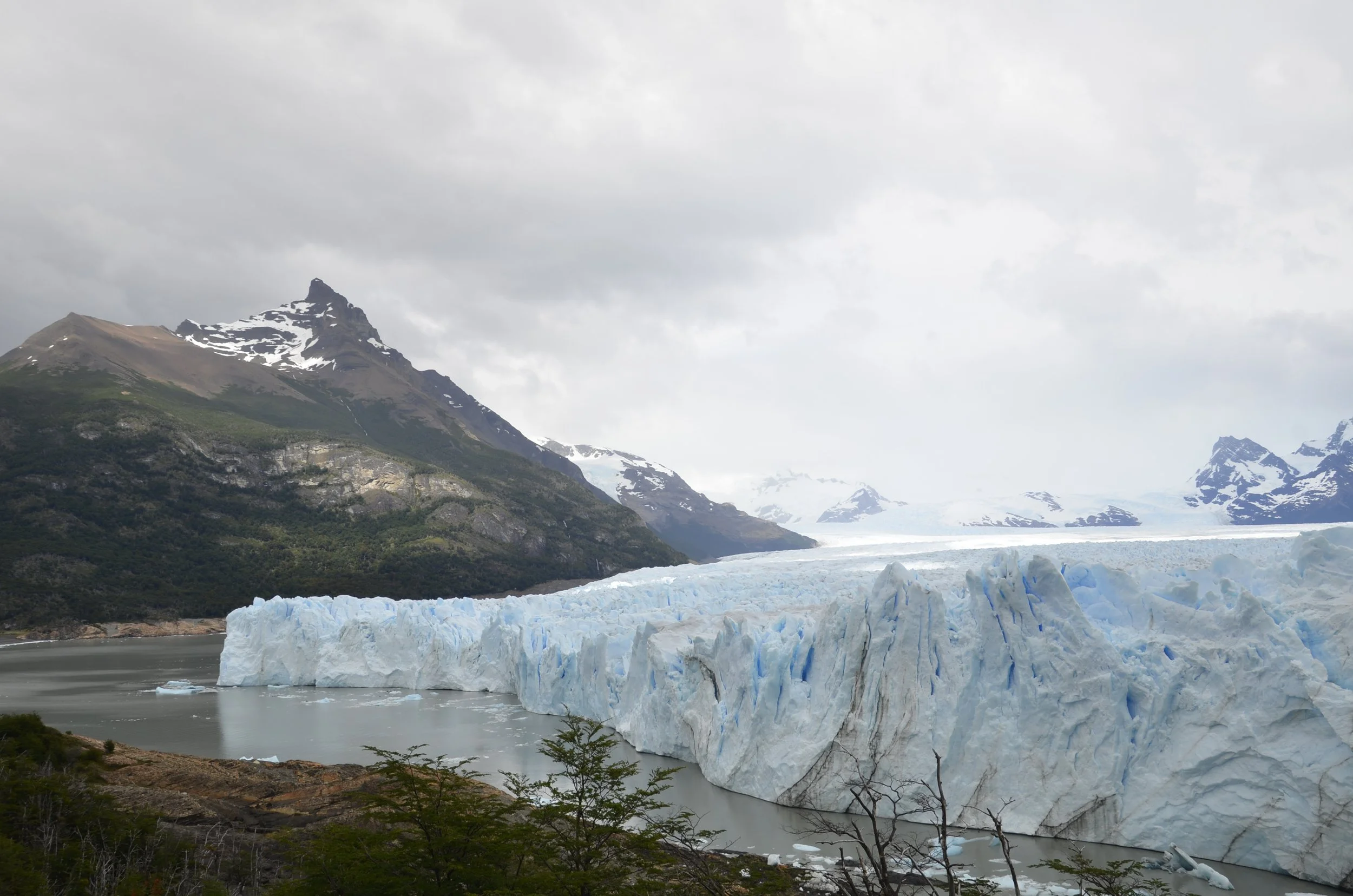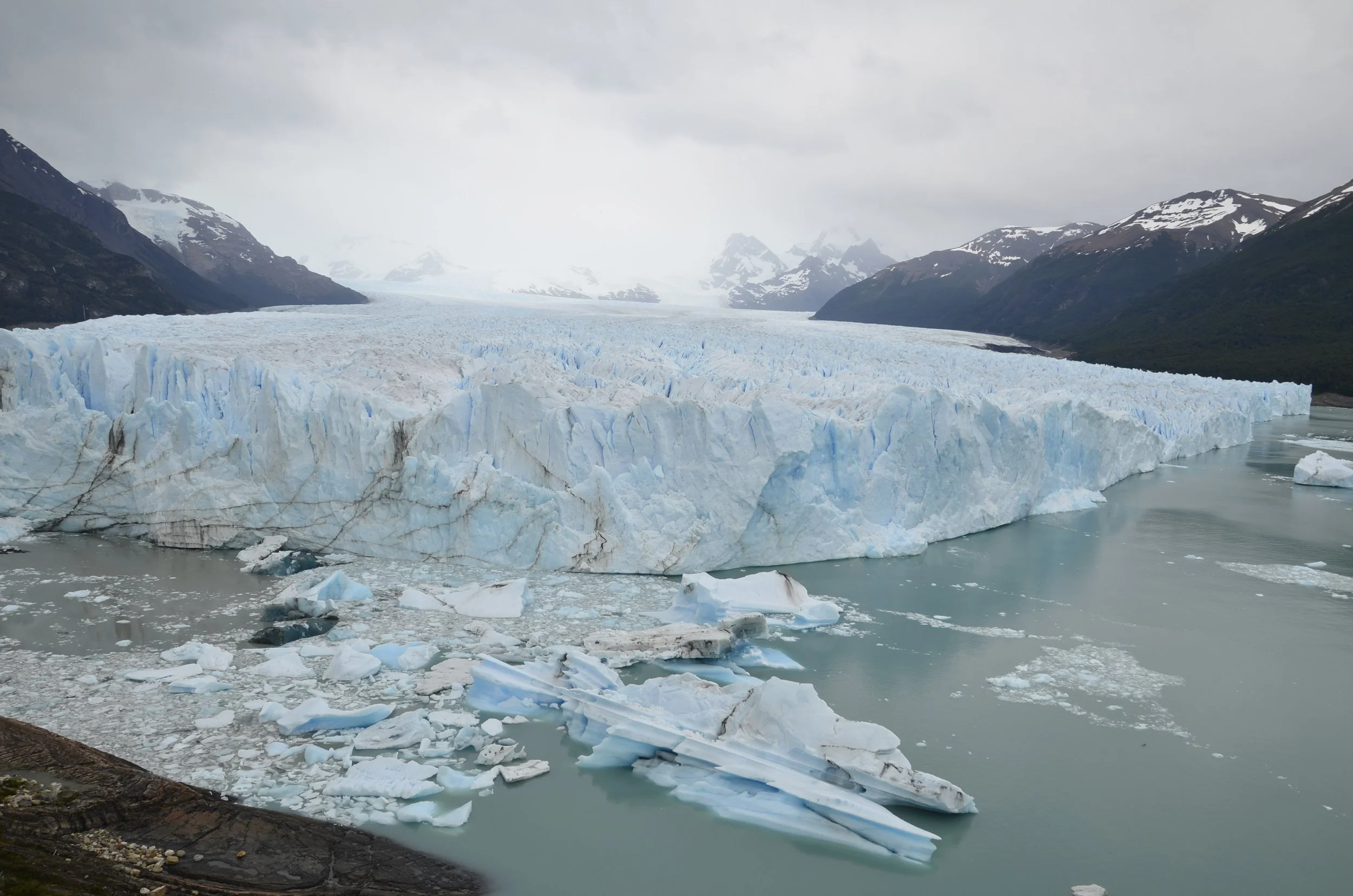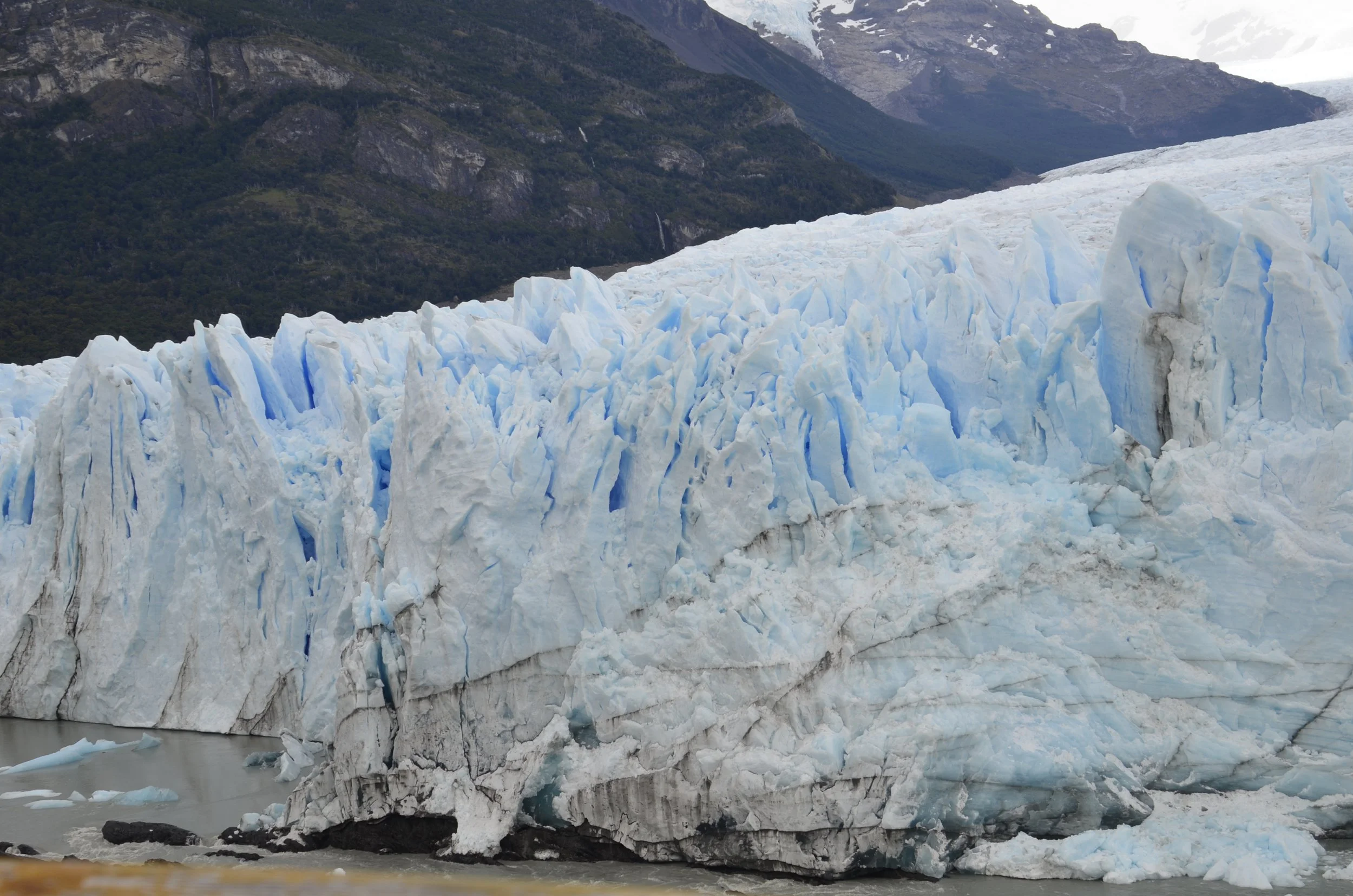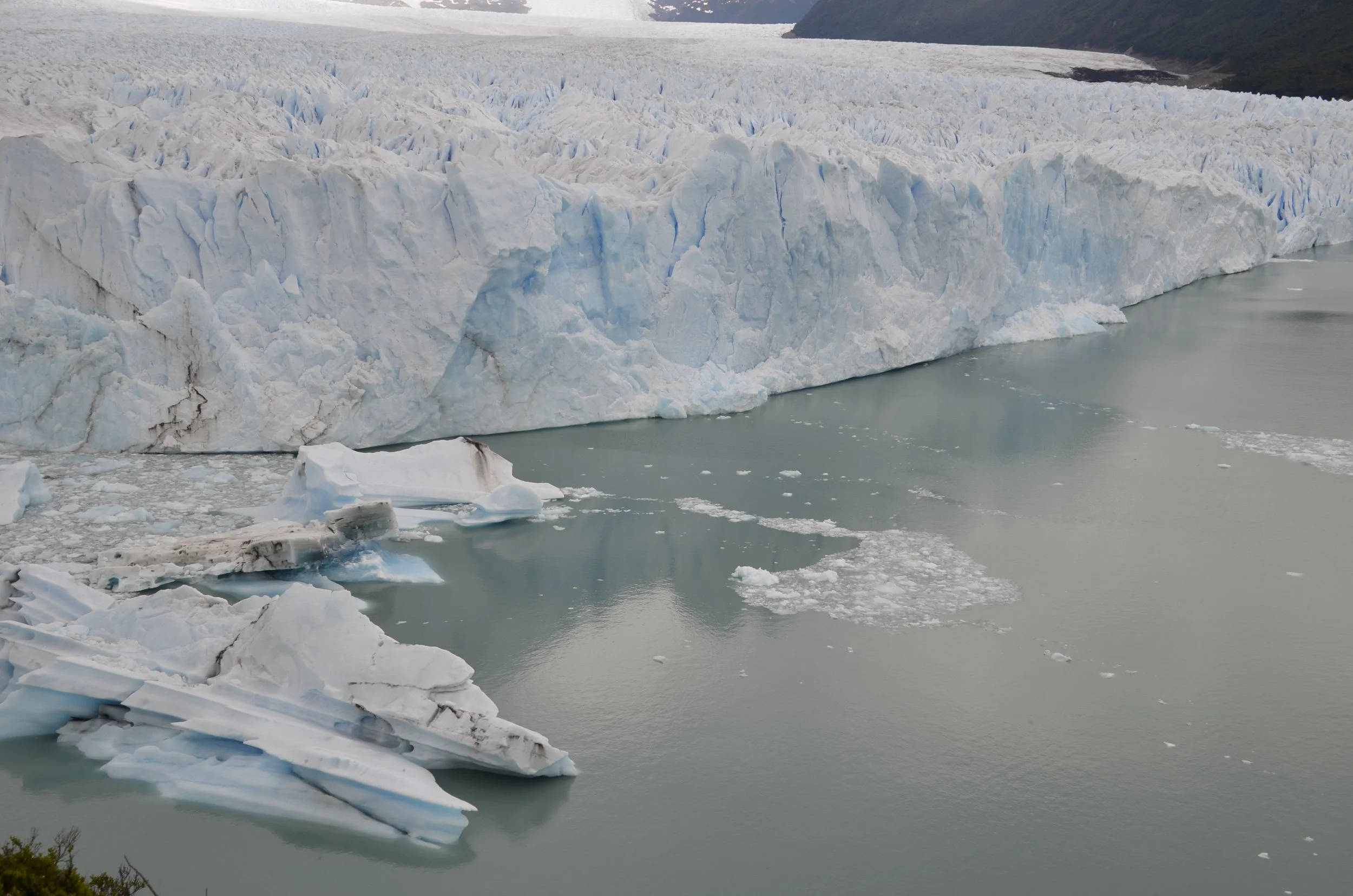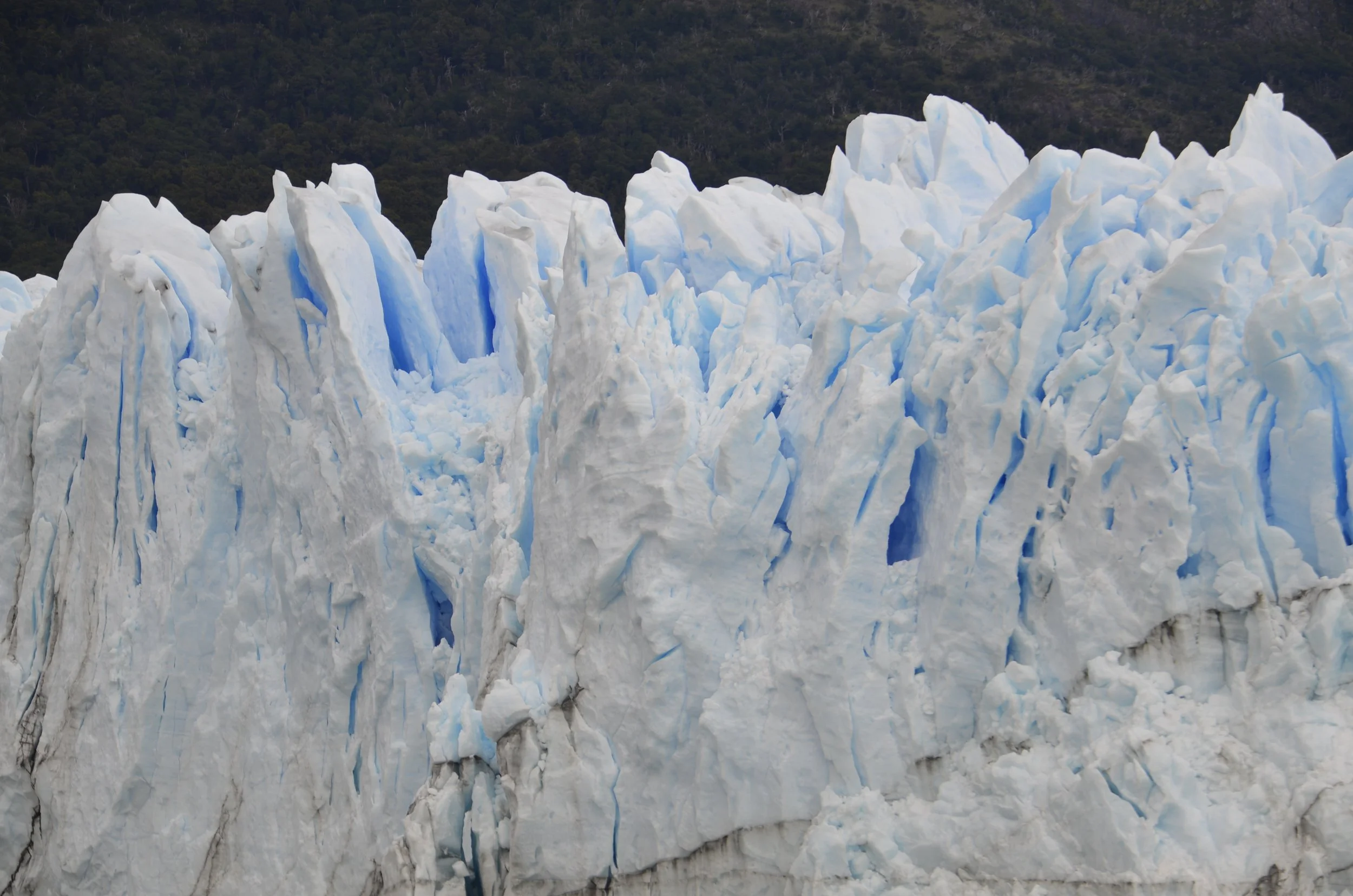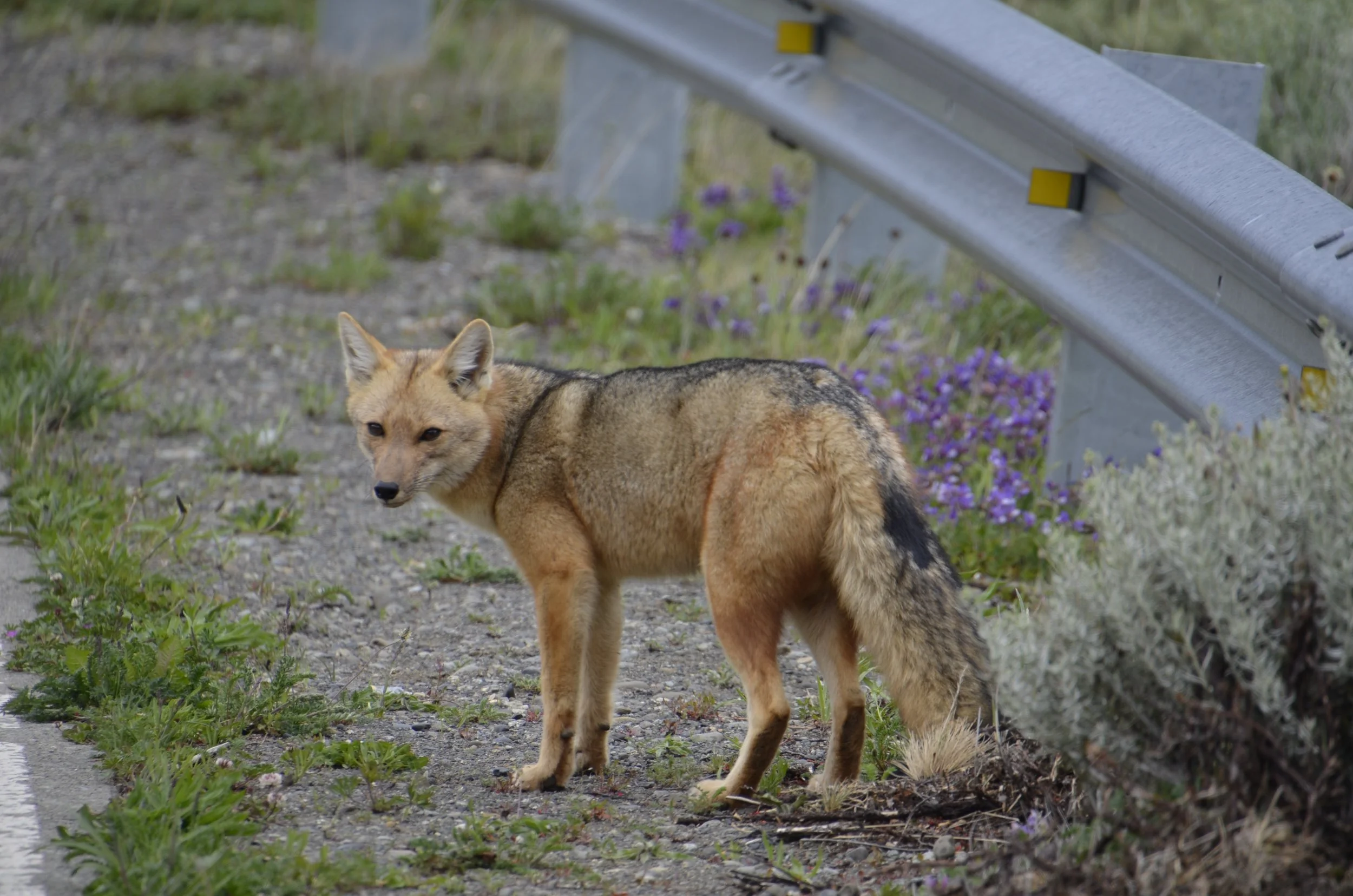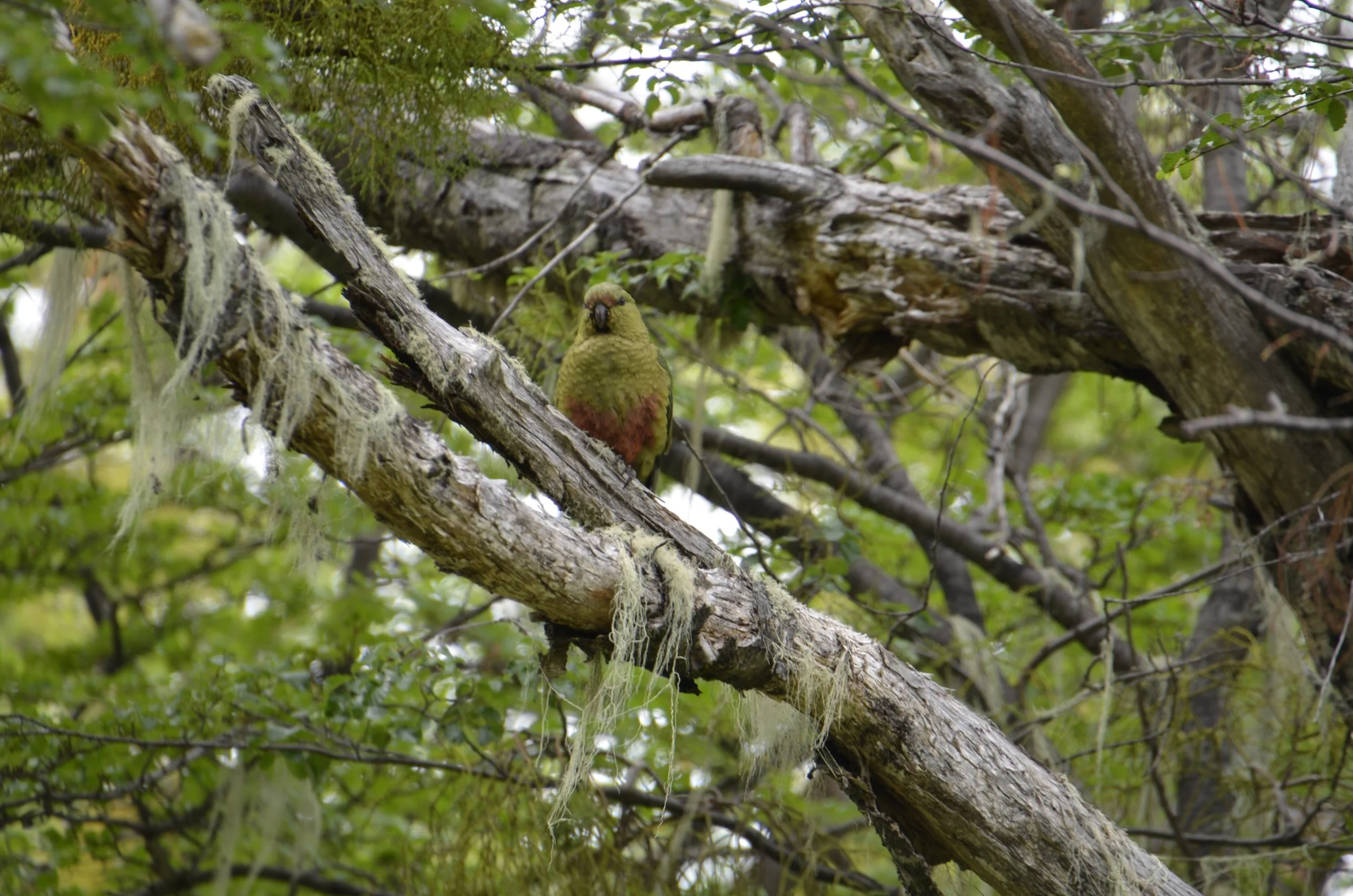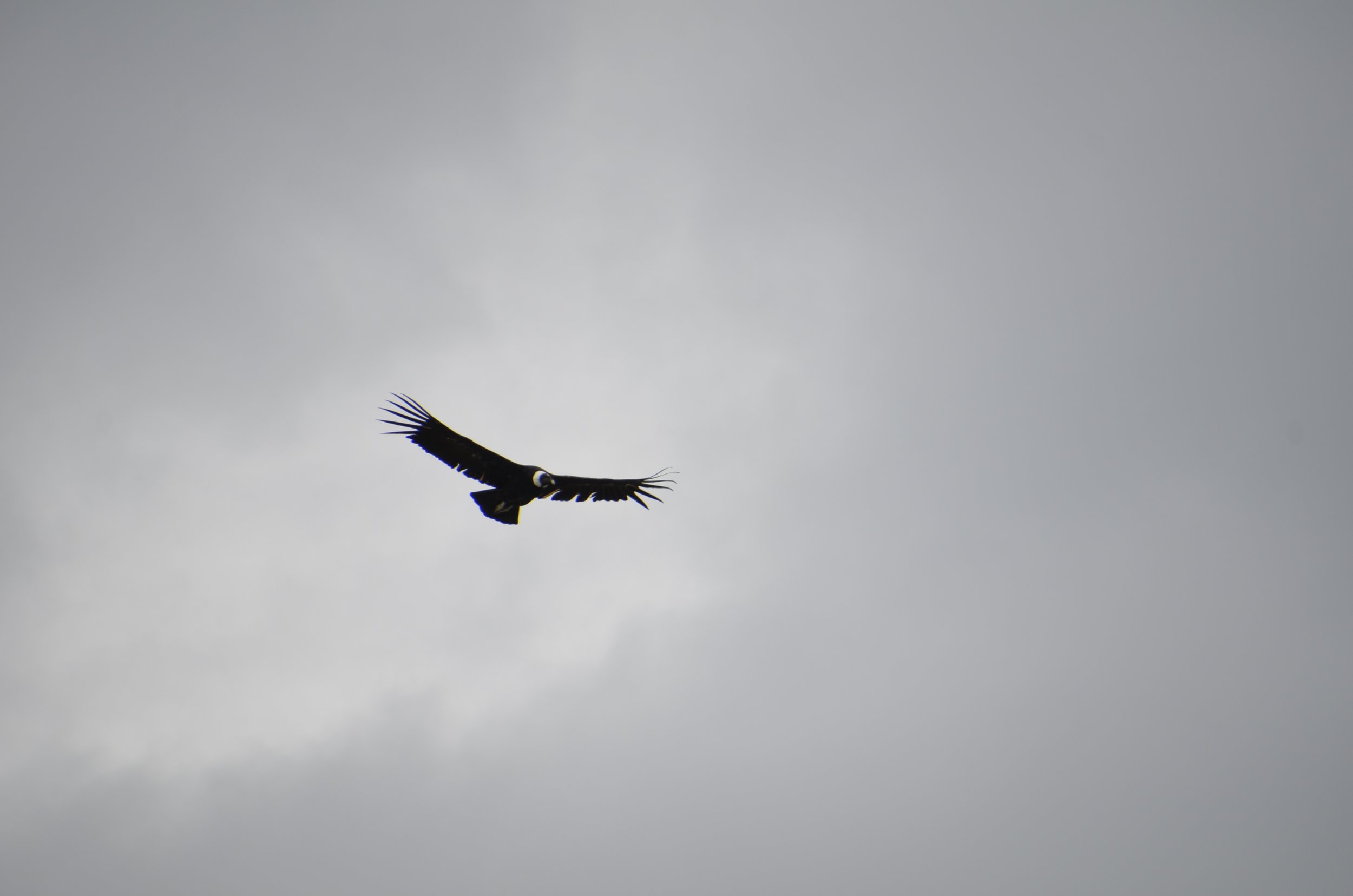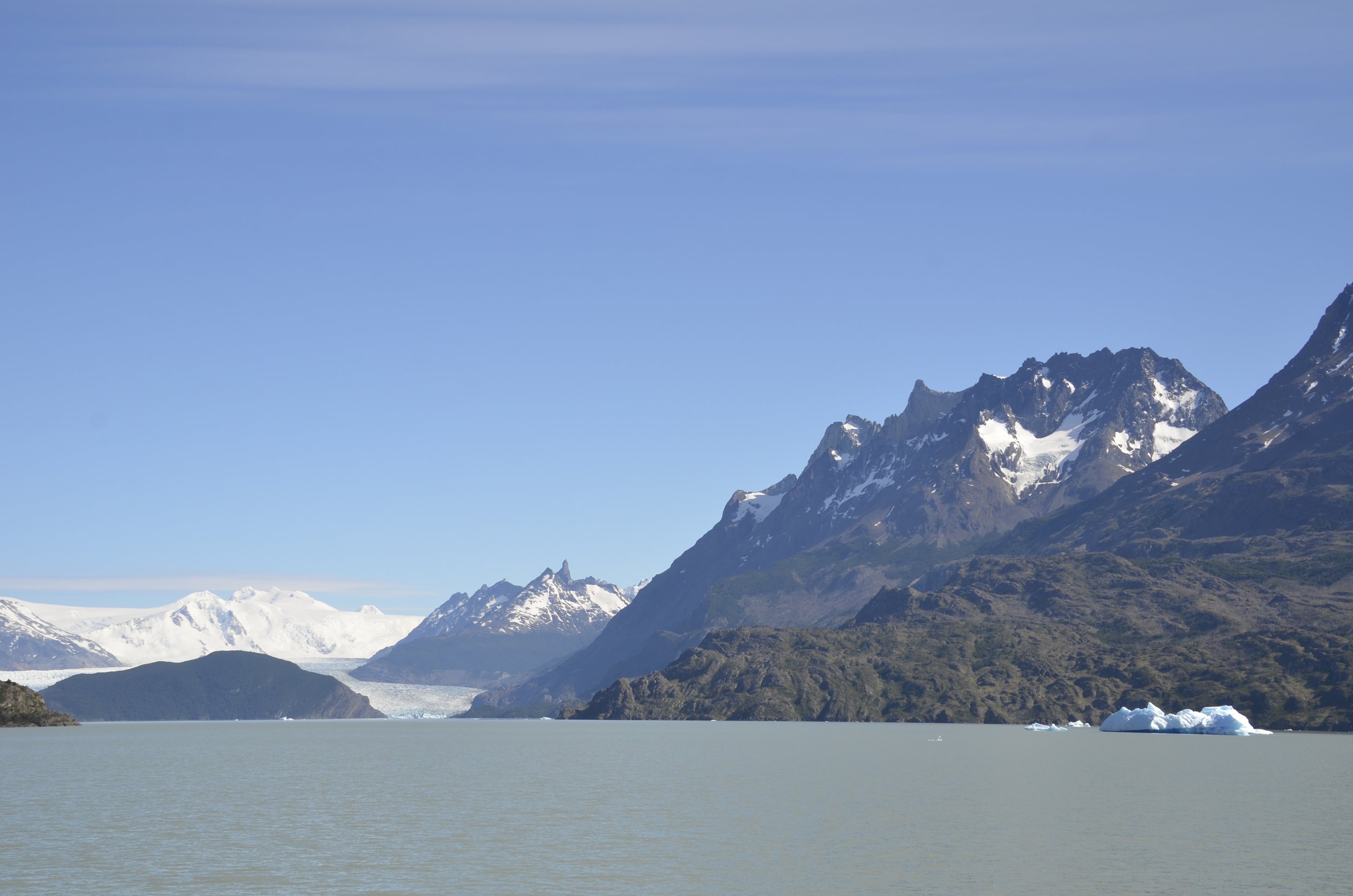A Few Final Thoughts, Mainly on Driving Patagonia (from Steve)
At the beginning of our trip, we discovered that the effective exchange rate when we cashed in US Dollars at certain local stores or used Western Union to send Argentine Pesos to ourselves from the USA was nearly twice as good as we could get with our credit cards or at an ATM. So we decided to get enough local cash at the beginning to last us for a while. Unfortunately, the largest Argentine banknotes are 500 and 1000 pesos, so we exchanged $400 for this currency brick.
Luckily, by the end of our trip, the Argentine government instituted a new dollar exchange rate for holders of USA credit cards. This new fluctuating rate, which approximates Western Union’s, makes life much easier (and safer) for USA tourists.
Lisa may have mentioned that crossing the Southern Ocean on a cruise could be rough. If one were unaware of this, the crew’s provisioning of emergency supplies in the hallways provided a pretty good hint:
On the second or third day of the cruise, several people tested positive for Covid—despite predeparture screening, vaccinations all around, etc. Naturally, one happened to be the ship’s doctor! The situation was nicely handled. Despite being isolated and eating in their rooms, the unlucky people still got to go out on excursions—in a separate, albeit masked, group. As a result there was little reluctance to voluntarily test when another bug worked its way through the passengers later in the trip. Fortunately, after that first wave, the tests were negative for everyone (including Steve):
As you may recall, our first set of stops on the cruise was in the “Falkland Islands.” Oops—when in Argentina, notwithstanding the results of the 1982 “Falklands War,” those are the “Islas Malvinas.” And in case you might forget, there are recurring reminders—including in every national park:
We ended up driving only 5130 KM (~3200 Miles), which doesn’t sound like much for 35 days. But there were a few factors that made the trip seem longer.
About half of the distance was on gravel roads—including most of the 1000 kilometers on Chile’s Carretera Austral (Ruta 7), the unpaved areas of which ranged from nicely graded, wide two lanes, to bumpy, loose gravelled, hilly, no-guardrail over the abyss, and maybe a single lane around a blind corner.
Actually, a decent stretch of road despite the potholes!
At one turn, we even had to put the truck in low 4WD to back up on a hill to make way for a semi hauling in road construction equipment! (No pic—our photographer had both hands holding on for dear life. 😊)
After several days driving, we were excited to finally reach pavement!
Unfortunately, this was a false alarm—we were soon back to potholed gravel. Finally, after a bit more than a week, on the outskirts of Puyuhuapi, we hit a 200 kilometer section of paved road and enjoyed back to back days of smooth sailing through jaw-dropping scenery!
Another reason the distances seem longer is the fact that you are sharing the road. Lisa’s already shared pictures of gauchos (and their dogs) herding cattle down the road, as well as the unattended herds of goats, sheep, and cattle that find it easiest to move via Ruta 7. But, there also were some of the most dedicated/insane bicyclists that we have seen on our travels:
Some people ride the entire 1250 kilometers of the Carretera!
The sections of Argentine Ruta 40 that we drove, on the other hand, were mostly paved (although one 70KM stretch of gravel “under construction” stands out), and it has a 110 KPH speed limit! The gotcha, at least in the far south, is that there are many, as in a lot, of potholes and abrupt changes in pavement level. The passenger side of the truck sometimes would voice surprise and objections when these discontinuities were hit at highway speeds, or when the truck swerved to avoid them. 😊 Thus, the distance covered seemed to be more than it actually was.
A quick aside—reminiscent of Wall Drug in South Dakota, La Leona sits midway between El Calafate and El Chaltan on Ruta 40 (and is the only stop between the two!). It touts two things: 1. It is where the infamous US outlaws Butch Cassidy and the Sundance Kid hid out for a year in the early 20th century; and 2. Its Famous™ Lemon Pie:
Note that, at least for now, the traffic volume on the Carretera is so light that you eventually have to remind yourself to be careful when stopping the middle of the road/bridge for your photographer because, unlikely as it might be, there could be other vehicles in the neighborhood. 😊
The Carretera Austral, which some call the “Most Scenic ‘Highway’ in the World,” has a very interesting history. After his coup, General Pinochet decided that Chilean Patagonia needed to be linked to the rest of the country by an internal road so that troops could be more quickly deployed against Argentina if necessary. Prior to that point, any road connection to the more populated sections of Chile necessarily involved crossing to Argentina—and a good number of towns were accessible only by ship. Construction, which involved more than 10,000 Chilean military personnel, started in 1978, and the final town connected to date, Caleta Tortel, had its branch road finished in 2003 (electricity and, finally, internet were later additions—the latter of which within just the past five years or so). Even now, if one wishes to drive all of the now existing 1250 kilometers, there are several required ferry crossings—one of which is 110 kilometers in length. Finally, note that construction has not stopped. In addition to the ongoing attempt to pave the road, it is being extended another 935 KM (581 mi) to Puerto Natales—which will involve another 9 (!!) ferry crossings. Needless to say, this is a very spread out, mountainous, and water-filled area.
The future of Ruta 7 is intriguing. It is the core of Chile’s planned “Ruta de los Parques,” which will be 1700 miles long, connect 17 national parks encompassing 28,000,000 acres, and constitute about 1/3 of the entire country. https://www.rutadelosparques.org/en/who-we-are/ This project will be a boon for adventure travelers and those who wish to see vast tracts of land in their natural state. Politically, the extensive park designations have been made relatively easy because of the extremely low population of the region. Settlement was late and slow—references to “the pioneers” can refer to settlers of the 1940s and even later. (The Parks project has also benefited from extensive funding and planning by the founders and executives of the North Face and Patagonia clothing companies.)
Consistent with the low population and relatively low levels of tourism, gas stations are WIDELY dispersed along the Carretera. Outside of maybe two towns, we didn’t see stations less than 100KM apart (and sometimes much farther). Fill up early and often if you drive here. (Maybe consider getting the tank “Full, Full,” which involves the attendant rocking and shaking your vehicle to get an extra 2 or 3 liters in the tank!)
Grocery stores were somewhat easier to find (if you include minimarkets), but it was still safer to stock up on all your necessities whenever they were at hand:
(we were fully stocked on our lunch staple of PB&J, so that wasn’t part of this shopping run)
There were no easy routes from Ruta 7 to Ruta 40; rather, border crossings might involve a couple hundred kilometers on gravel roads that, even for south Patagonia, were lightly traveled. In fact, we wondered just how badly one would have to irritate superior officers to get assigned as a border guard at some of these stations!
Beautiful views, 2 hours from nowhere….
It wasn’t until we were near the end of our driving and crossed over toward the Argentine resort towns of Bariloche and San Martin de los Andes that we encountered a border crossing that was serviced by paved roads on both sides of the border. Unsurprisingly, those towns didn’t feel like “Patagonia” to us. They had shopping streets with good wine stores and even fancy chocolate shops:
Although the traffic in south Patagonia was sparse, it clearly exhibited a broad range of spending. If you want to do it right (and don’t mind an empty bank account), you should look into something like this:
We were unaware of the existence of these “Expedition vehicles” until this trip, when we saw a dozen or so of them. They look like a semi when they come around a corner, are reminiscent of a SWAT command vehicle, and are designed to take you basically anywhere in the world. They sleep up to six, are self-contained, can cross 3-4 feet deep streams, and apparently can command a 7 figure US Dollar purchase price! (Interestingly, one of the preeminent manufacturers is in Springfield, MO—Lisa’s hometown.)
At the other end of the spending spectrum, hitchhiking is extremely common, and according to a couple of young women that we talked to (one Columbian, one French), it has a reputation of being safe even for solo females. Bus service is also really good around and between the hiking meccas of El Chalten and Torres del Paine--we were amazed to find Bus Sur coaches waiting at the ferry dock when we came back from a hike at the latter! Thus, the trip can be very affordable and still convenient. (But the distances can be daunting once you leave the hiking meccas--our eldest son and his wife had an 18 hour bus ride in this area. And we are not certain about the reliability of bus service on the Carretera….)
We were surprised at the historic German influence in Chile’s southern seacoast and into the Lakes region just to the north. Both regions received many German immigrants in the late 19th and early 20th centuries--and from the 1850’s until at least the 1920’s, Chile subsidized the settlement of Germans in the south so as to bolster its position against Argentina. (Interestingly, Argentina was doing the same thing during this period!) As a result, it is not unusual to visit a small town or city on either side of the border and see German names on businesses (“Schilling,” “Blumenhaus,” and “Hopperdietzel,” for example). In fact, Puerto Varas, founded for Germans in the 1850’s, includes 2 typical German Eagles on its coat of arms, has a “Club Alamen/Deutscher Verein” restaurant, and has numerous roadside stands and restaurants advertising their “Kuchen.” At times, we almost felt like we were in Missouri wine country!
Finally, we found it interesting that every bridge—including many that you wouldn’t even register as a bridge, bore a nameplate identifying the structure itself and the river or arroyo that it bridged. Frequently the bridge would be named after a local notable, such as Señor Hopperdietzel. The most common name along the Carretera Austral though is:
(Borrowed from Mapio.net)
If you knew no Spanish at all you’d think that Señor “Sin Nombre” had to be the most important figure in Chilean history—even beyond General Jose Carrera and the lauded Bernardo O’Higgins. In reality though, “sin nombre” just means “without name.”
So, that’s it for this trip. As you can probably tell, we really enjoyed it, and would recommend Patagonia to anyone looking for an adventure!










